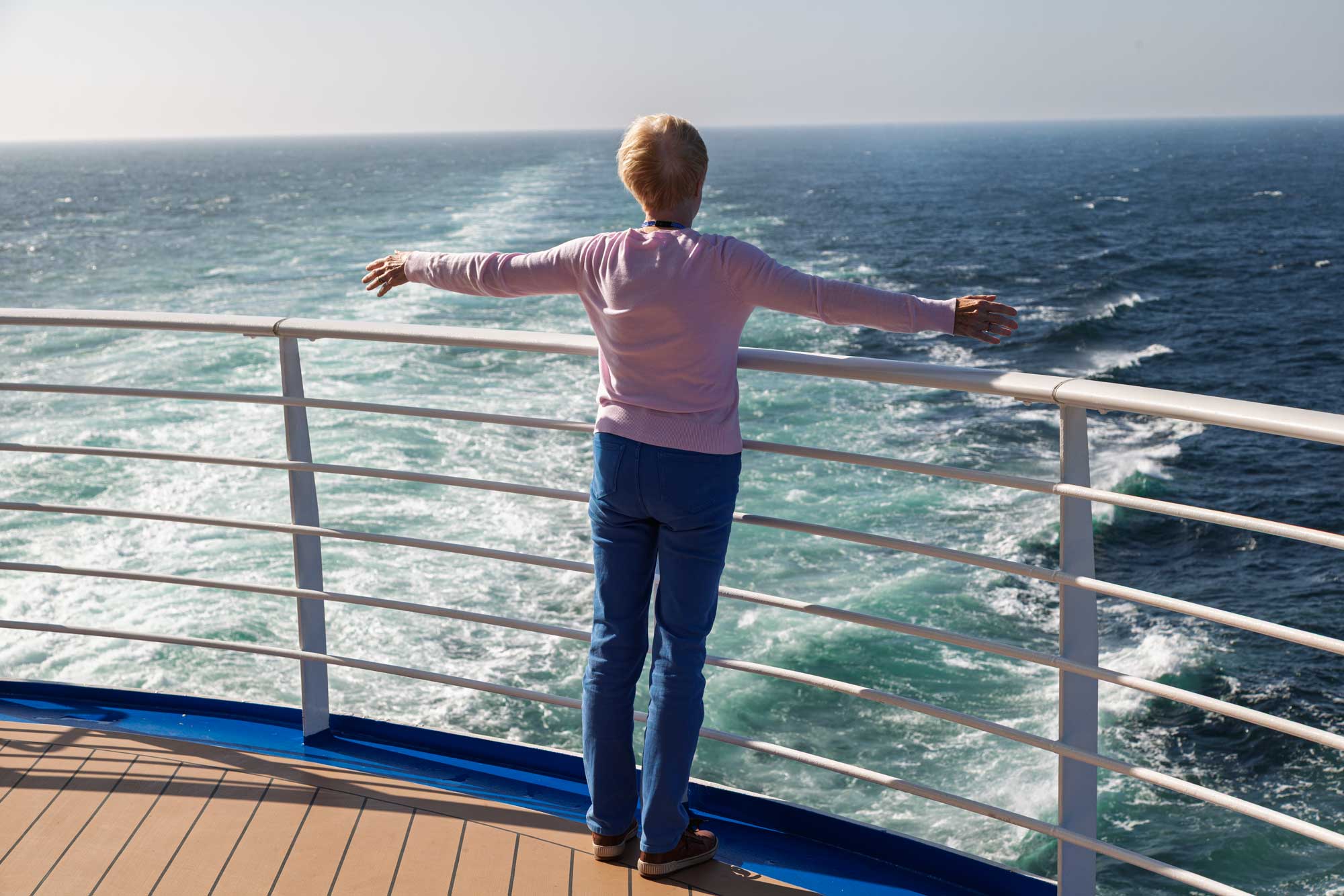MEDITERRANEAN CRUISE 2025
Contents
- Monday 15th September - Vigo, Spain
- Wednesday 17th September - Malaga, Spain
- Friday 19th September - Barcelona, Spain
- Sunday 21st September - Pisa, Italy
- Monday 22nd September - Rome, Italy
- Tuesday 23rd September - Pompeii, Italy
- Friday 26th to Saturday 27th September - Istanbul, Turkey
- Sunday 28th September - Gallipoli, Turkey
- Monday 29th September - Mykonos, Greece
- Tuesday 30th September - Rhodes, Greece
- Wednesday 1st October - Kusadasi, Turkey
- Thursday 2nd October - Chania, Crete
- Friday 3rd October - Athens, Greece
- Saturday 4th October - Heraklion, Crete
- Monday 6th October - Valetta, Malta
- Tuesday 7th October - Palermo, Sicily
- Wednesday 8th October - Sea Day (Ship photos)
- Friday 10th October - Cadiz, Spain
- Saturday 11th October - Lisbon, Portugal
- Monday 13th October - Final Day on the ship
It's September 2025 and we have set off on a cruise from Southampton to Istanbul and back. The whole trip will take 31 days. We are aboard the Sky Princess which is the same ship as we sailed on to Canada last year. Today we arrived at our first port of call which is Vigo in the Spanish province of Galicia.
The name "Vigo" comes from the Roman "Vicus" which means "village" but today it is the largest city in Galicia and one of the main ports in the world for the marketing of fish for human consumption.
The weather when we arrived was quite misty with occasional drizzle. We walked into Vigo as soon as the ship arrived in port but perhaps we should have left it until after lunch as the sun came out during the afternoon.
We walked up to the Castle that overlooks Vigo in order to get good views over the bay. However, the higher we climbed the more we got into the clouds and drizzle so the views weren't particularly spectactular.




The photo below is of El Sireno or The Merman. It is a sculpture by the Galician artist Francisco Leiro and was erected in 1991 in the Porta do Sol in Vigo.

Docked next to our ship was the B. A. P. Union. This is a tall ship belonging to the Peruvian Navy. It functions as a training vessel and a cultural ambassador for Peru. The ship features classrooms, a museum showcasing Peru's culture, and serves as a floating symbol of the nation's maritime heritage. They allowed visitors on board free of charge and we therefore took the opportunity to have a look around.


In 1888 after the end of hostilities between the United States and Spain, a large number of Spanish soldiers remained in Cuba and needed to return home. Their health was in very poor condition.
Between 2nd September and 6th October 1898 a number of these repatriated soldiers arrived at the Vigo estuary. The people of Vigo were deeply moved and poured their care and attention over them, showing amazing solidarity. The lack of support from public institutions to these heroic soldiers caused uprisings and the governor, fearing more riots, decided to end landings in Vigo.
The people of Vigo provided the soliders who had arrived (over 7,000) with everything that the government failed to do - food, clothing and money. Due to this the government gave the accolade "Always Charitable" to the city of Vigo and this is the name of the statue in the photo below which was installed in Vigo in 1898.

The weather has improved significantly since we sailed across the Bay of Biscay and around the western-most coast of the Iberian peninsula, passing the Straits of Gibraltar around midnight last night. Today we have arrived in Malaga and the weather is gloriously sunny and very hot.
Malaga is one of Spain's oldest cities, having been inhabited since the time of the Phoenicians, who called it Malaka. It is a city of narrow streets, whitewashed houses, churches and sunny plazas.
It was the chief port of the Kingdom of Granada and the last stronghold of Moorish Spain. The city fell to Ferdinand and Isabella in 1487 and the re-conquest of Spain ended with the fall of Granada five year's later (the same year as Columbus sailed across the Atlantic and discovered the New World).
We walked into the old centre from the cruise terminal, passing a nice, and not too crowded, beach along the way.
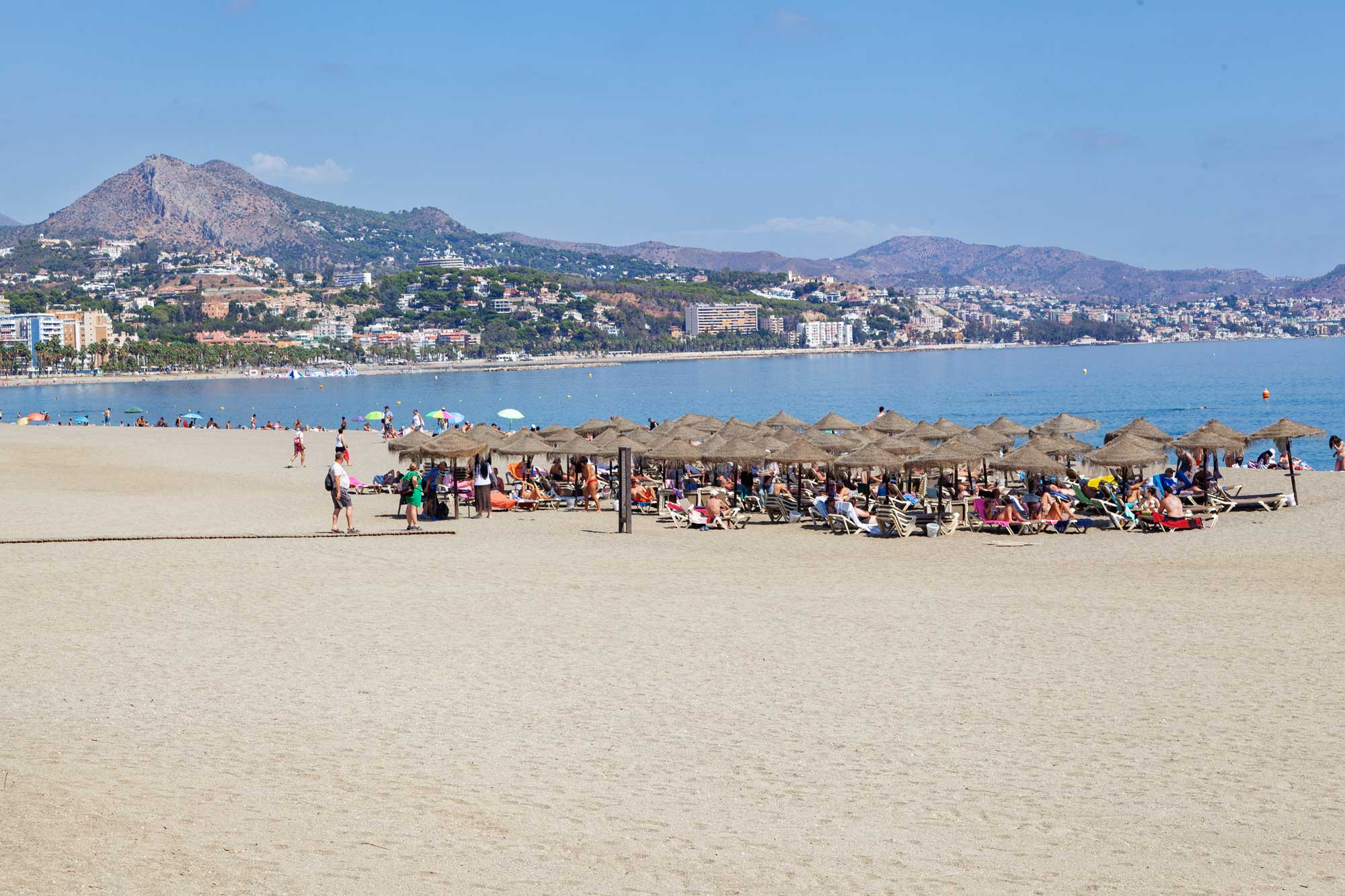
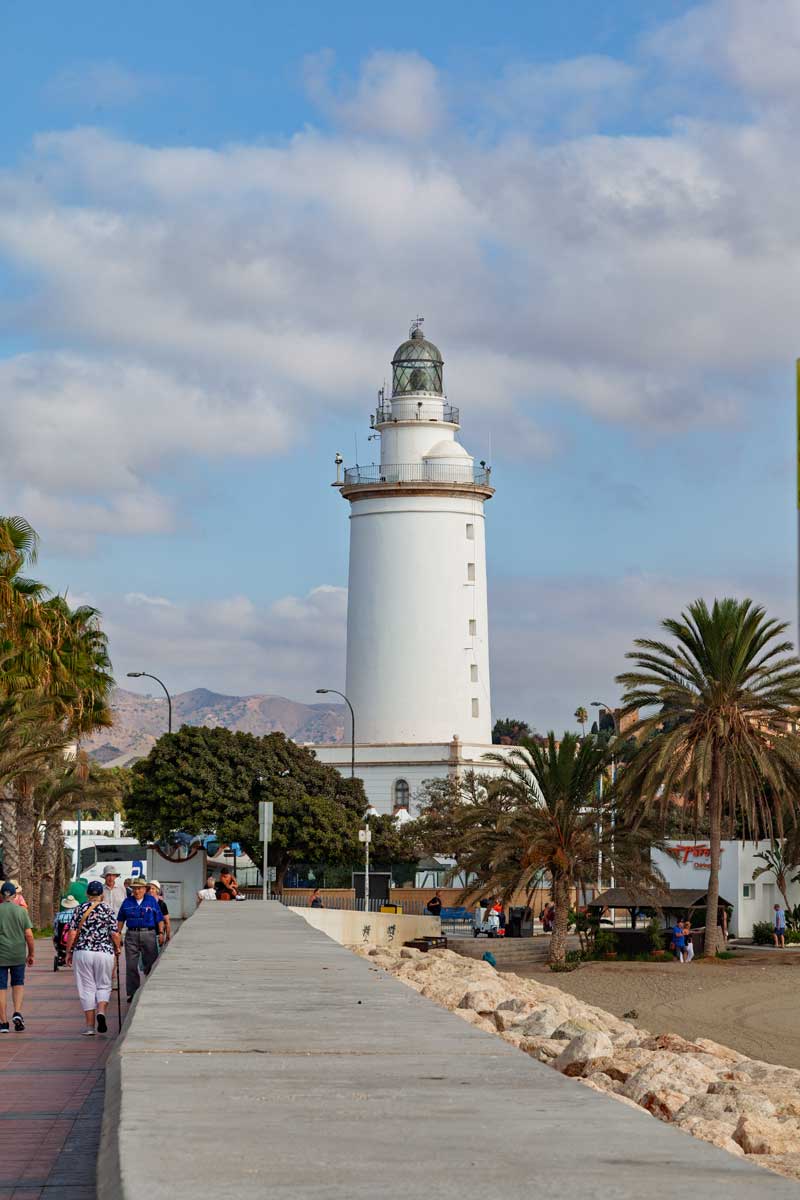
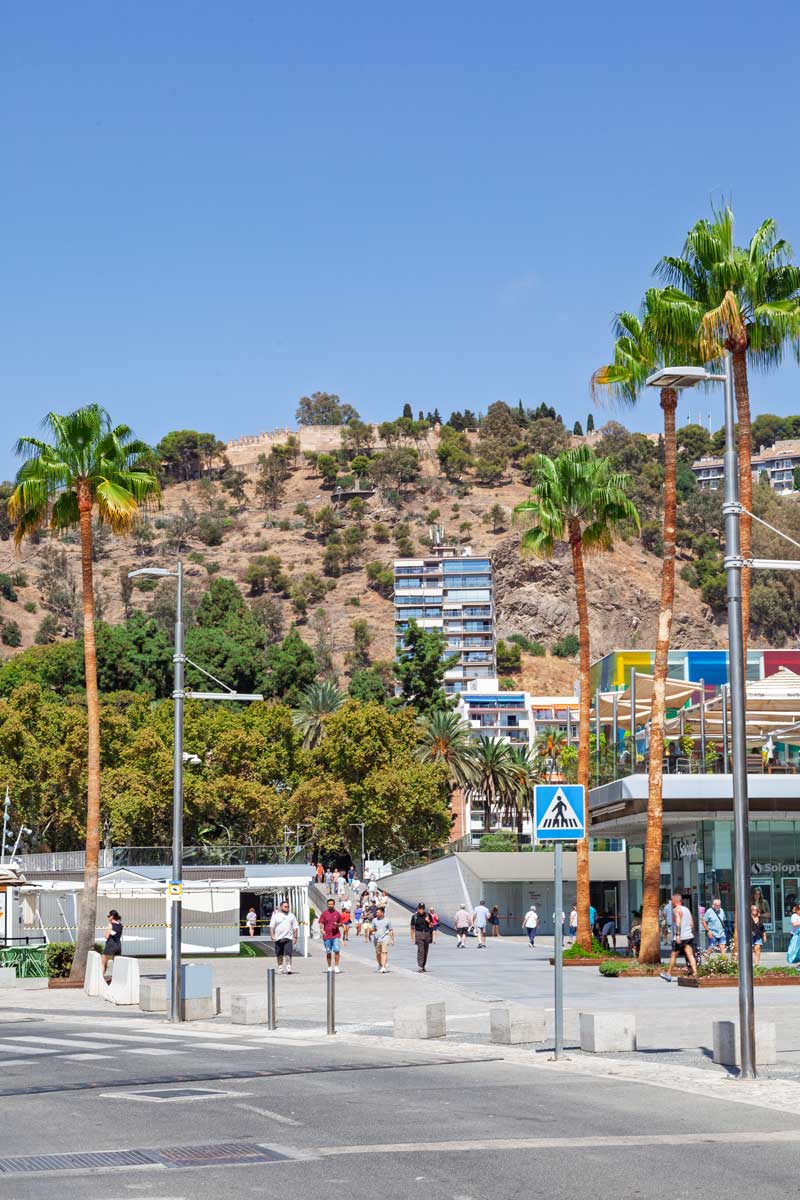
I would say that the two main attractions are the Alcazaba which is shown in the photo below and our main destination for the day, the Castillo de Gibralfaro .
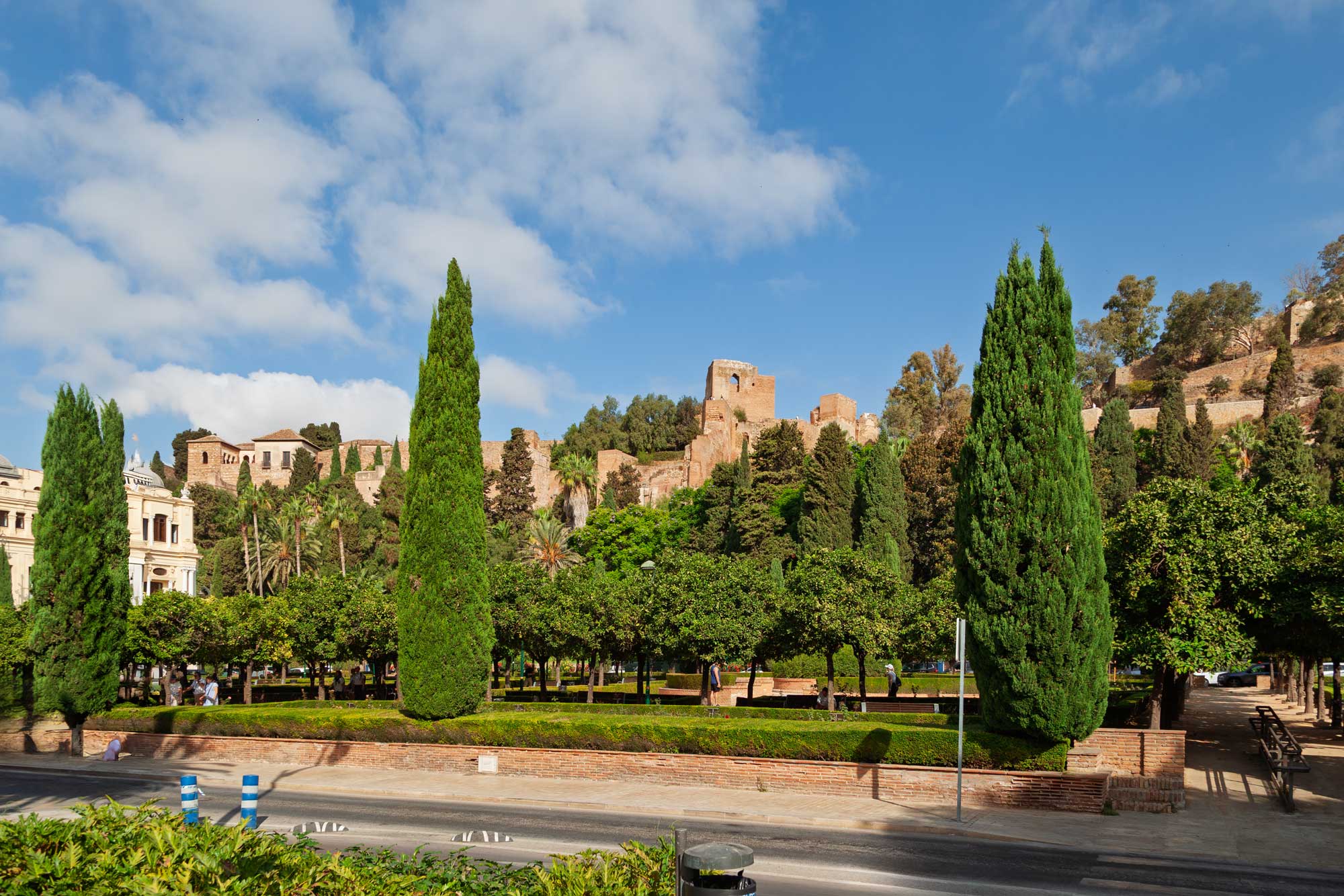
The Alcazaba is a fortress palace that was built during the Muslim era and is located at the foot of Mount Gibralfaro (where the castle is). The two structures were connected by a corridor protected by walls called La Coracha (which literally means "the walled corridor"). The area of the Alcazaba is nowadays around 15,000 square meters which isn't even half the size it was in its heyday.
Our main destination, however, was the Castillo de Gibralfaro which stands at the summit of Mount Gibralfaro. We did the very steep, and consequently strenuous, walk to the top but took the bus to get back down to the main city centre.
The views from the castle were well worth the effort we had made.
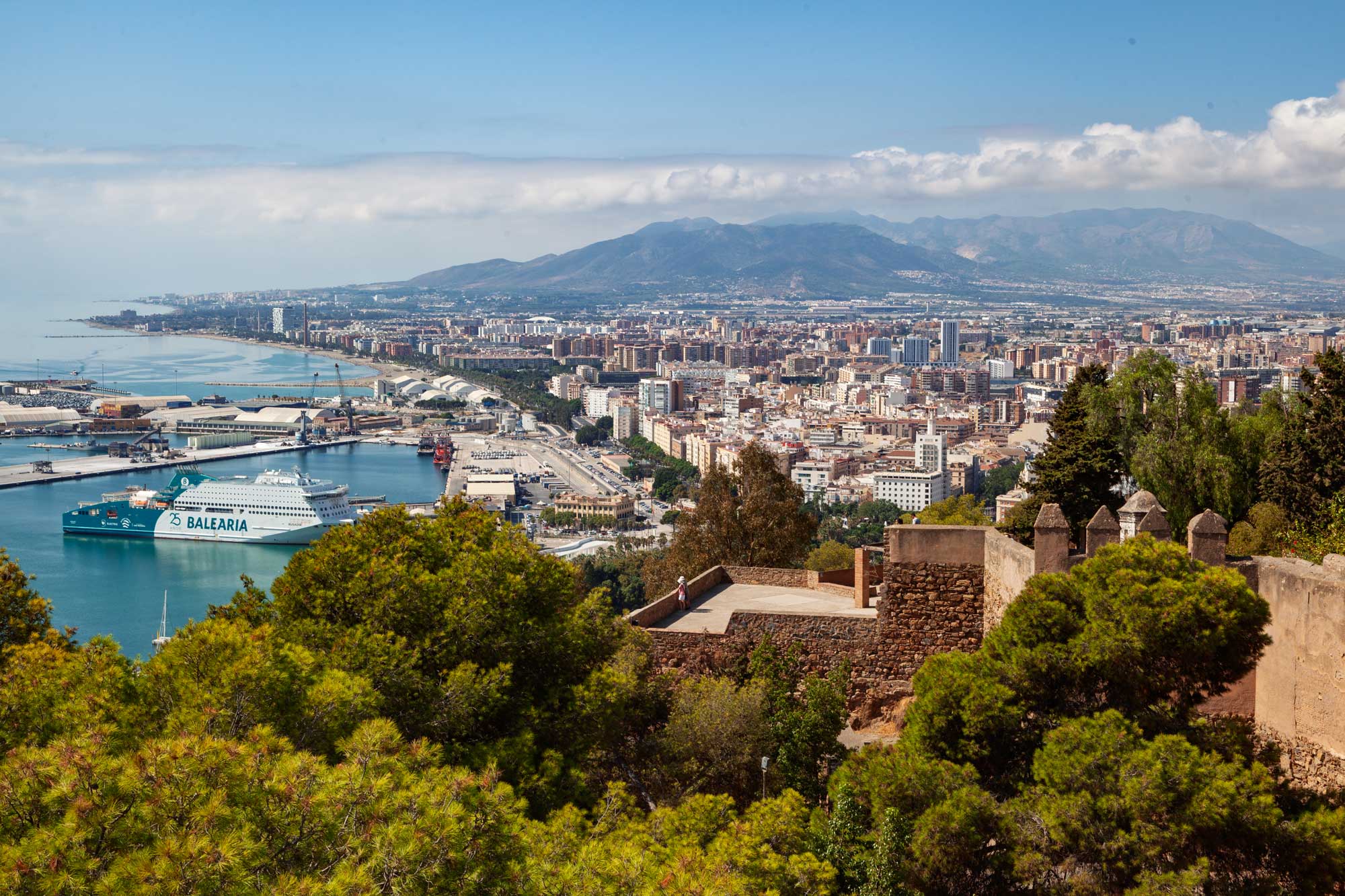
The name Gibralfaro is supposedly formed from two words, one Arabic and the other Greek. The Arabic part is "Gibral" meaning "hill" and the Greek is "Faro" meaning "lighthouse". I can vouch that the hill is still there but the lighthouse on the summit is long gone!!
The castle was built in the 14th century to house the Moorish troops and to protect the Alcazaba. It was one of the most impregnable fortified buildings in Europe.
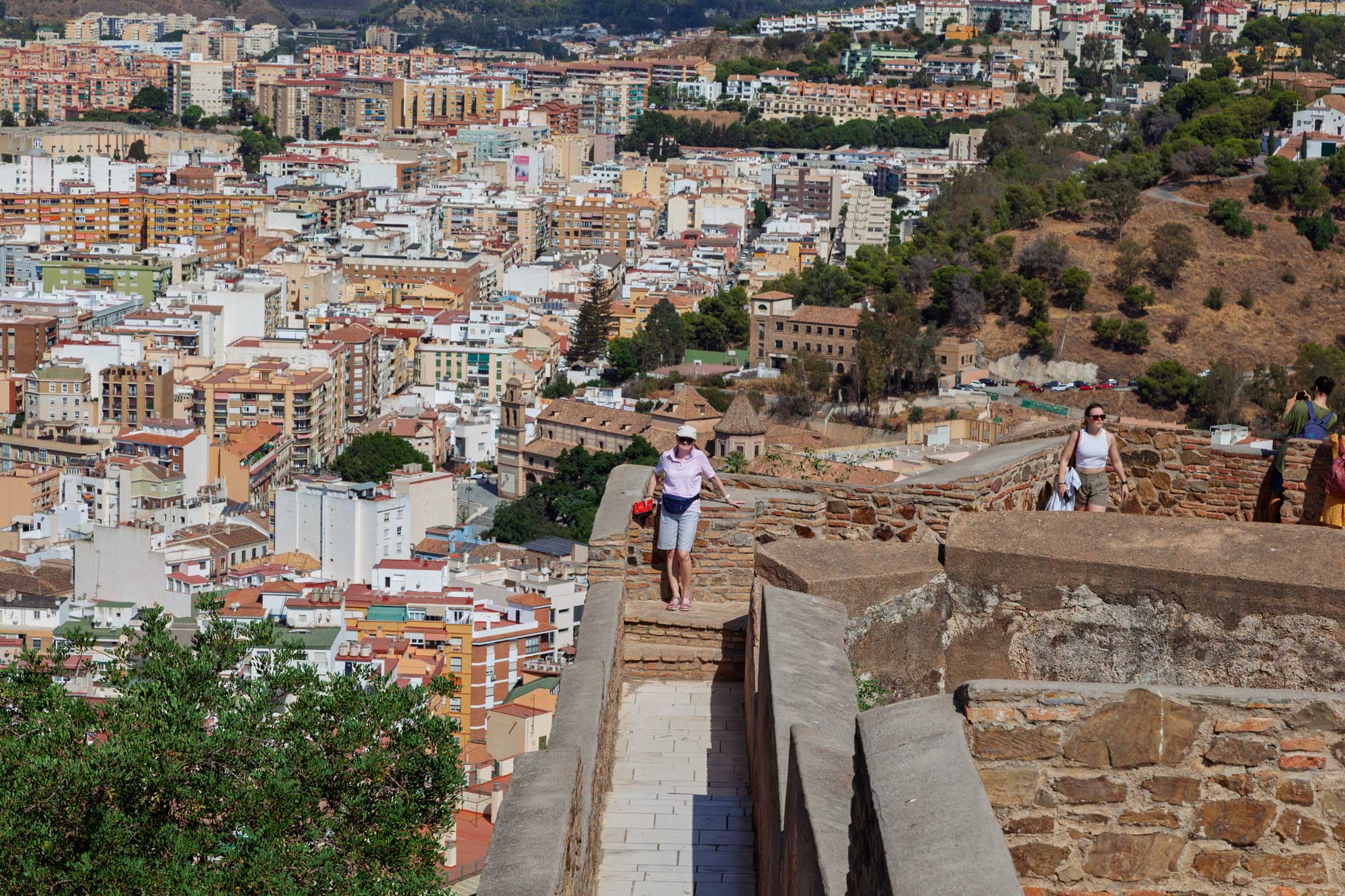
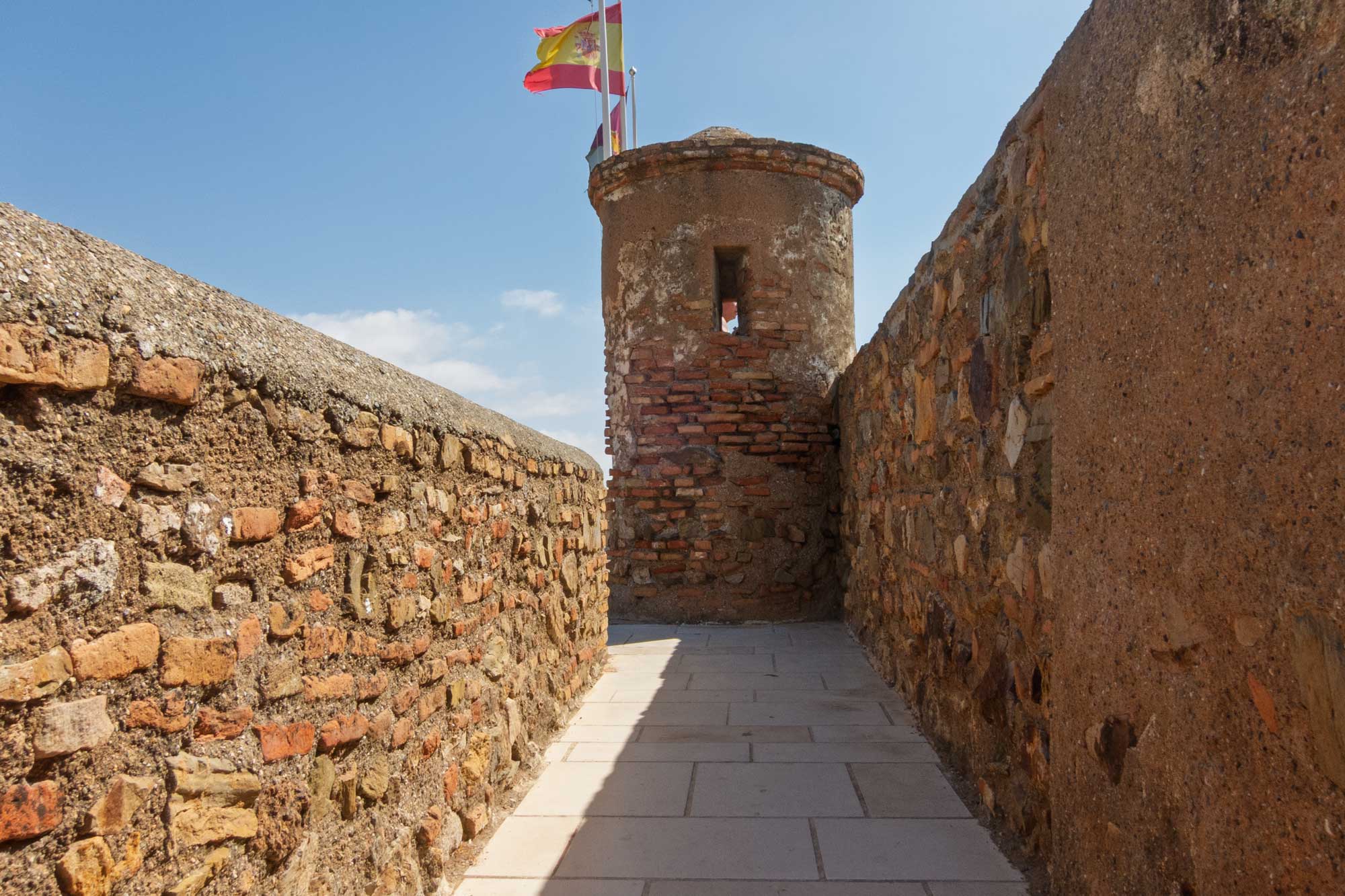
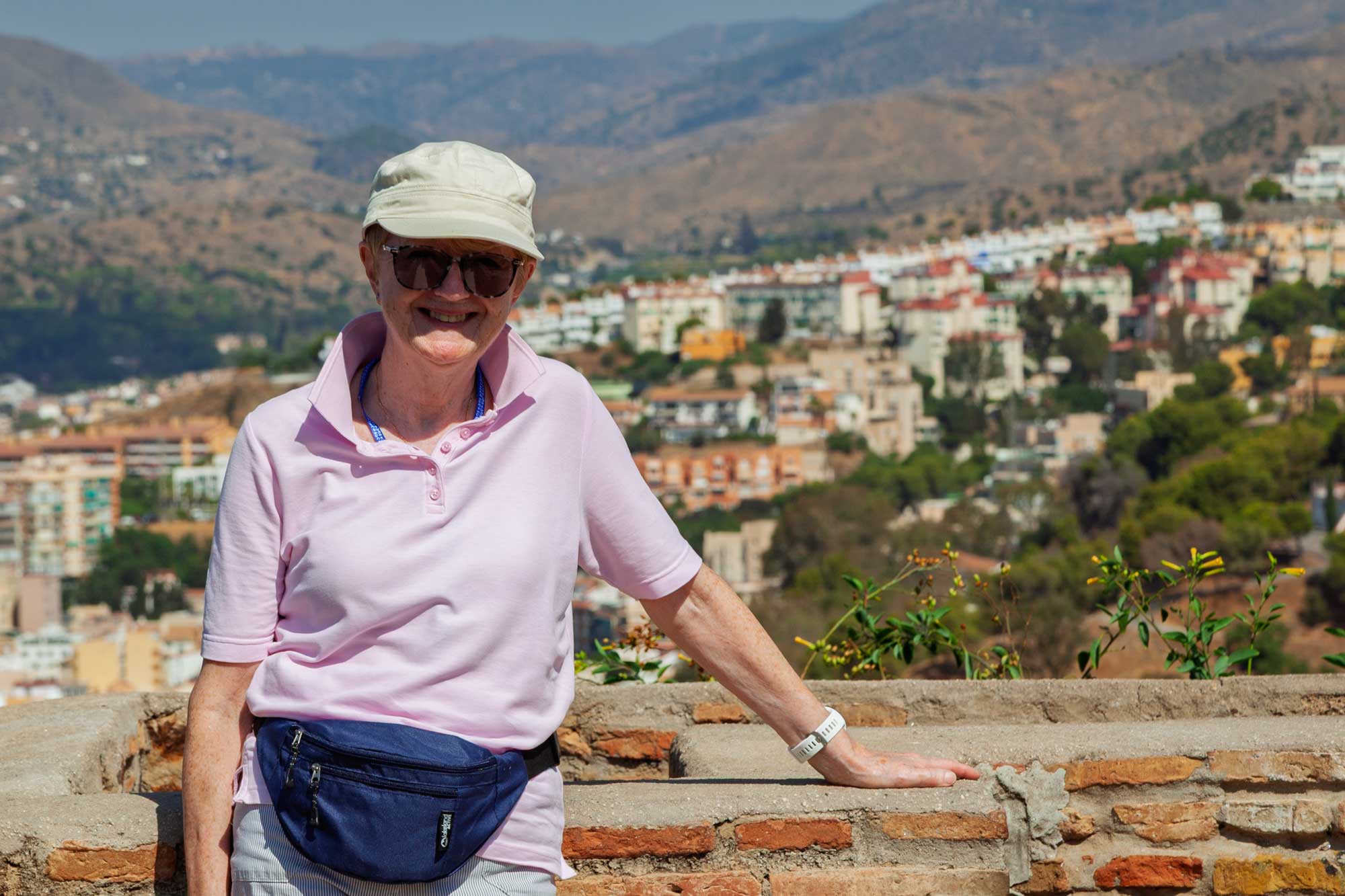
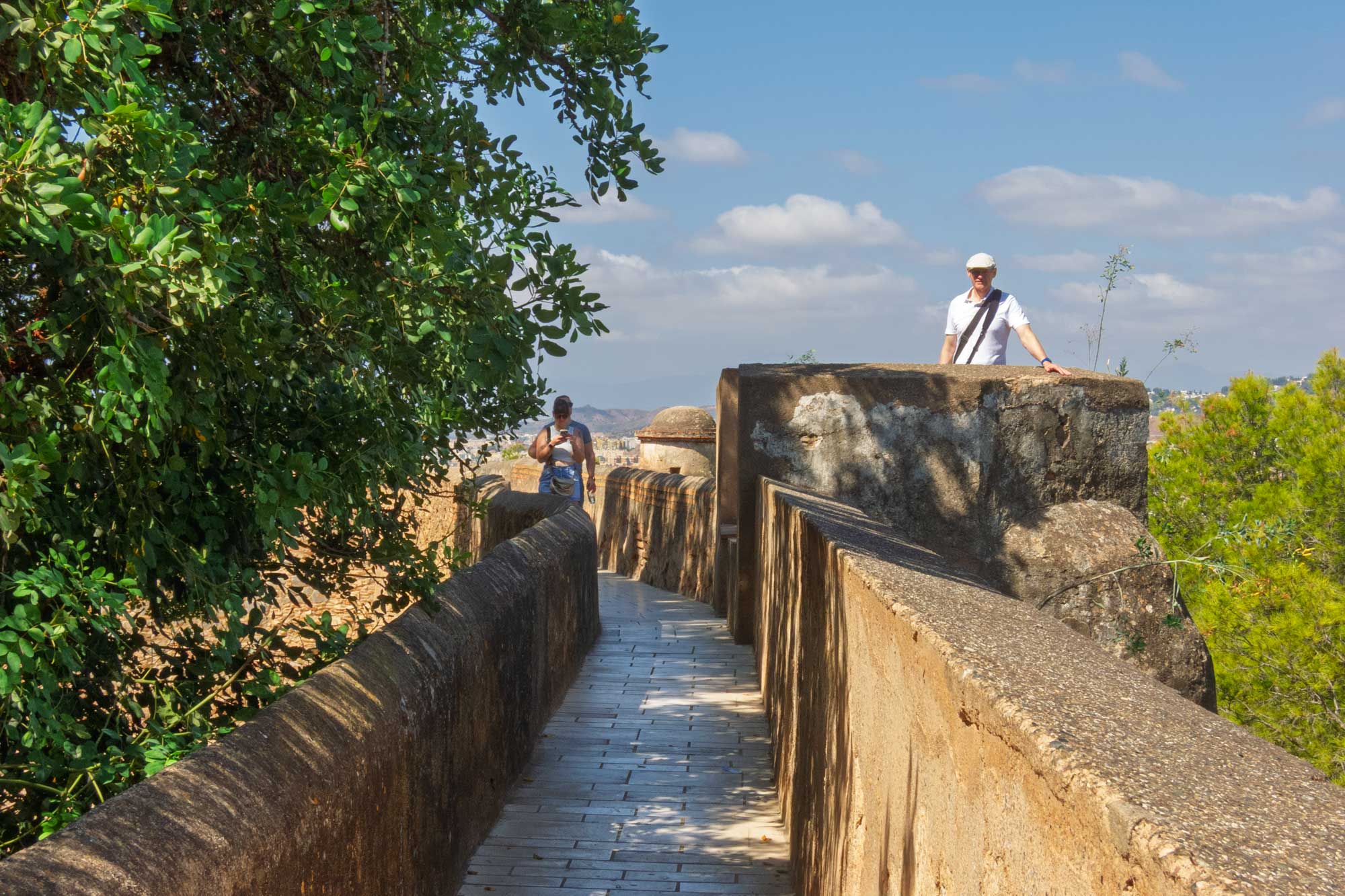
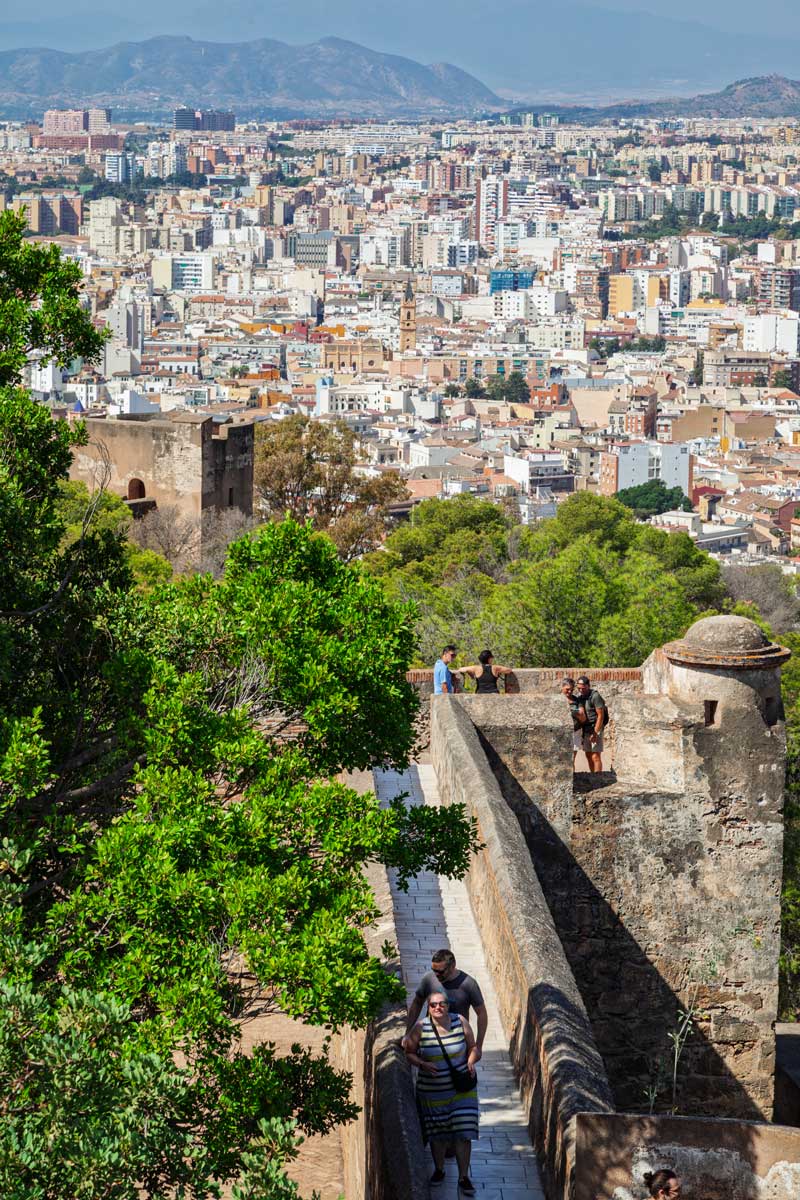
The Malagueta (bullring) at the Plaza de Toros is another "attraction" (although not for us!). It was opened in 1876.
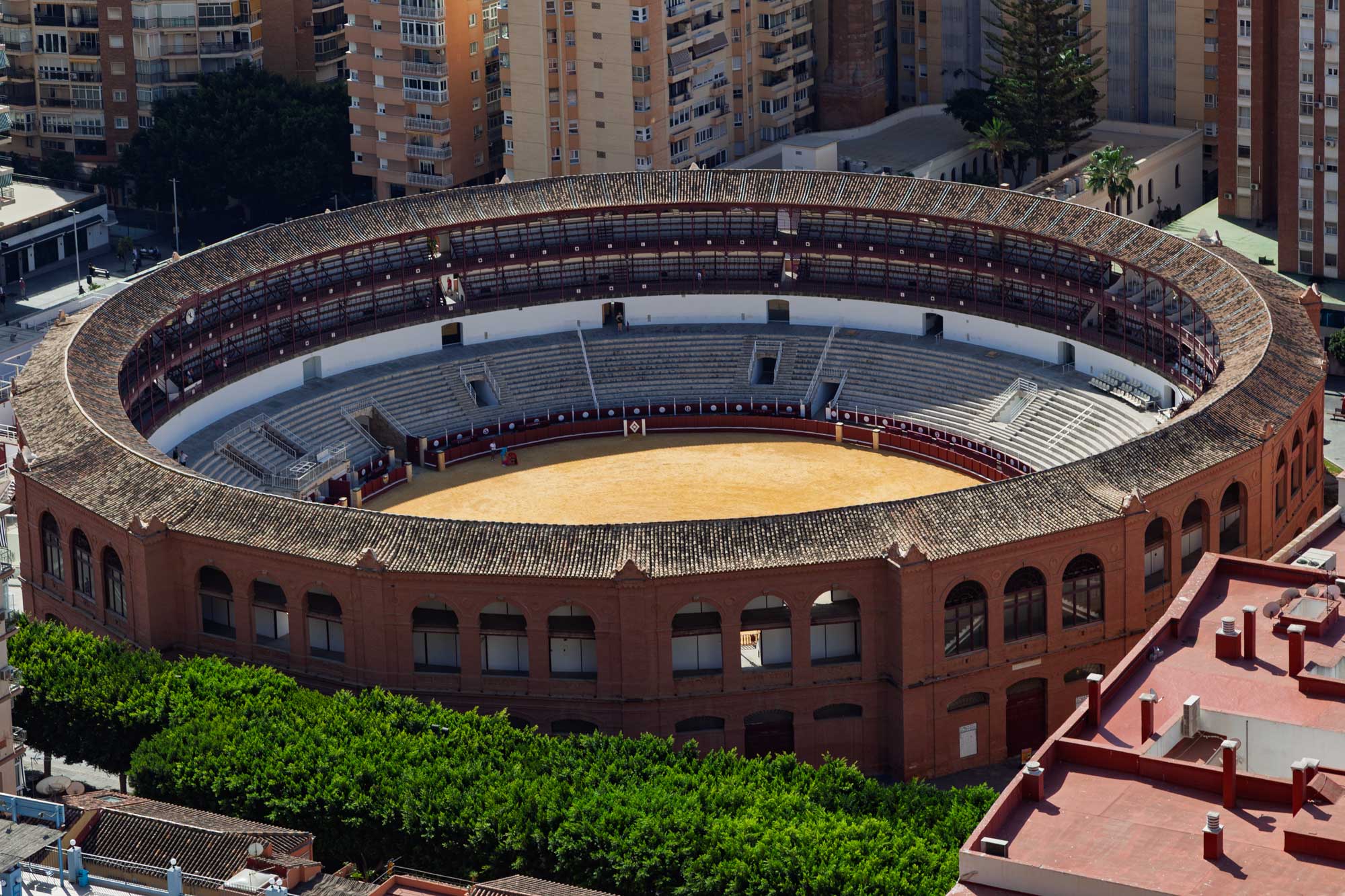
Finally, some general photos:
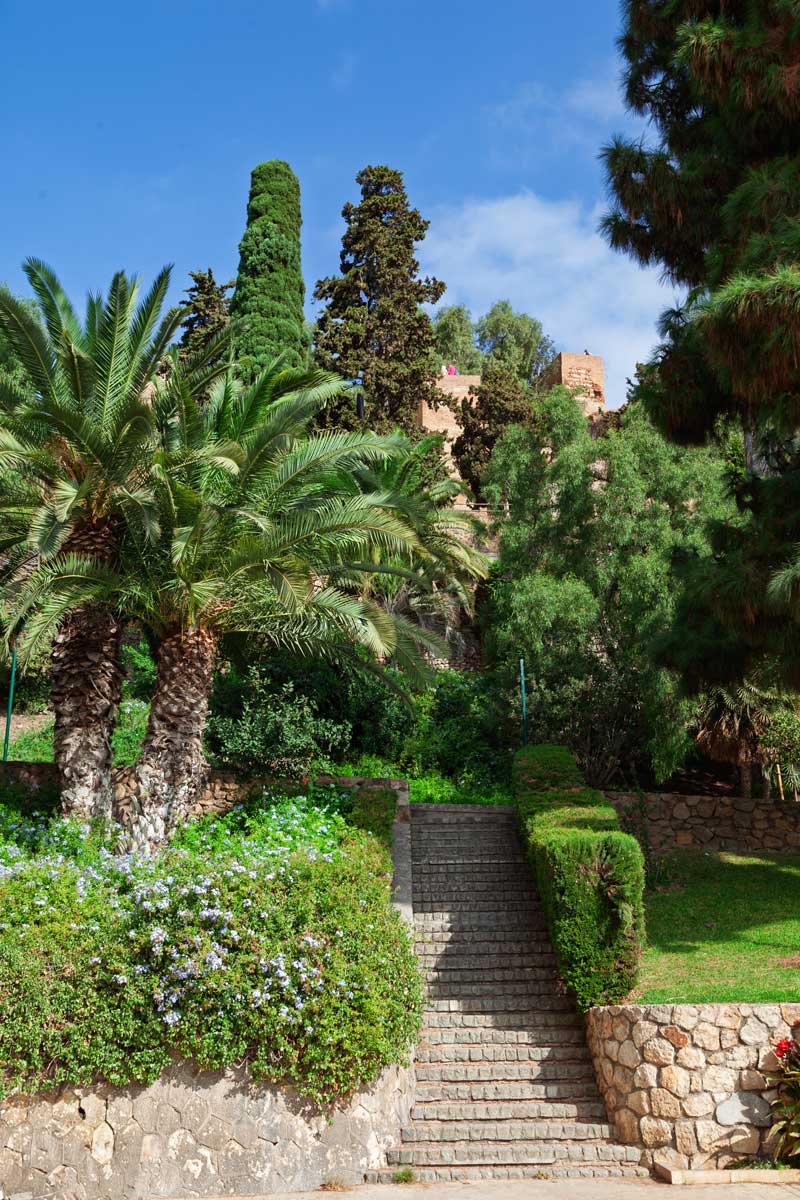
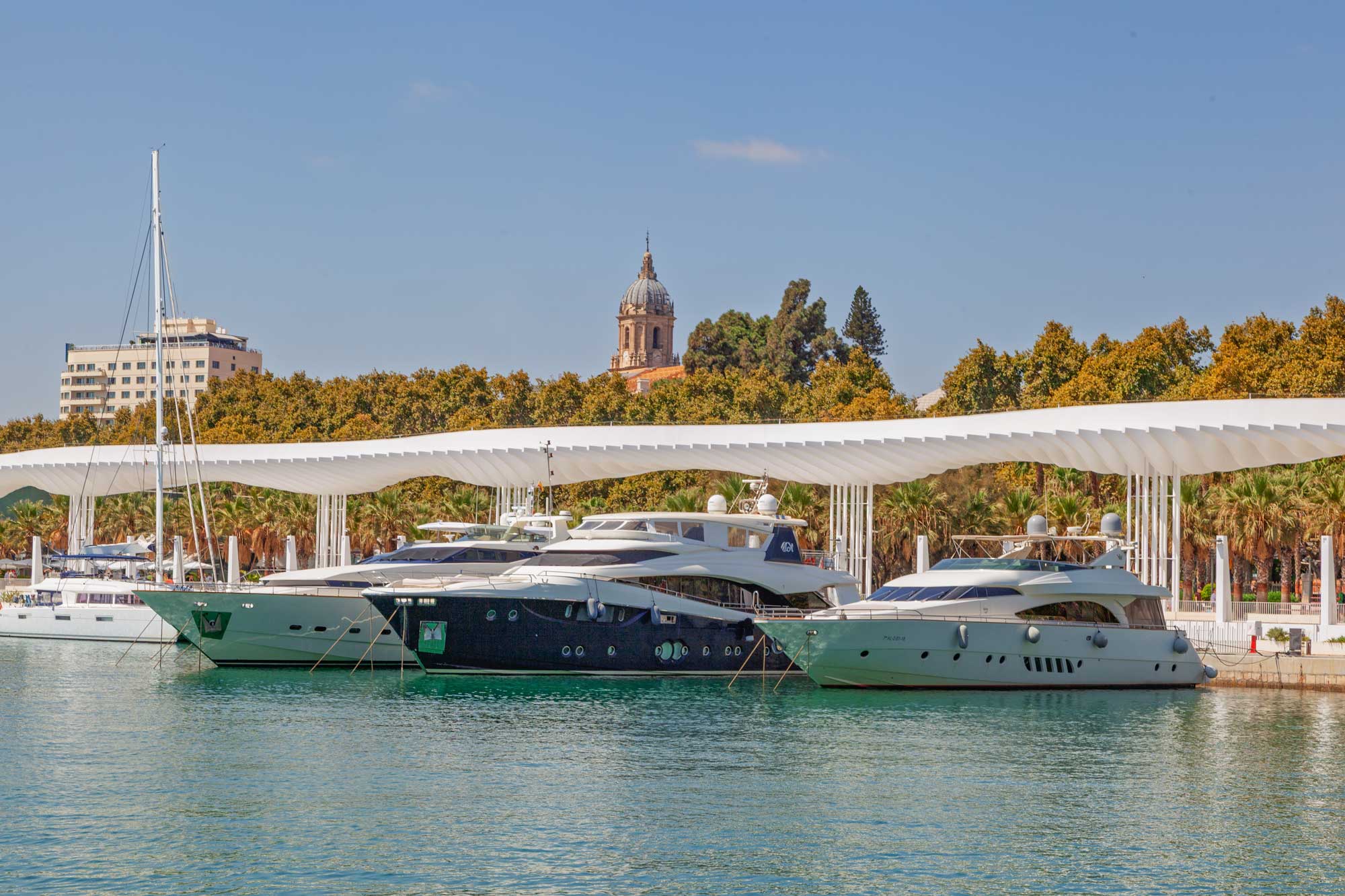
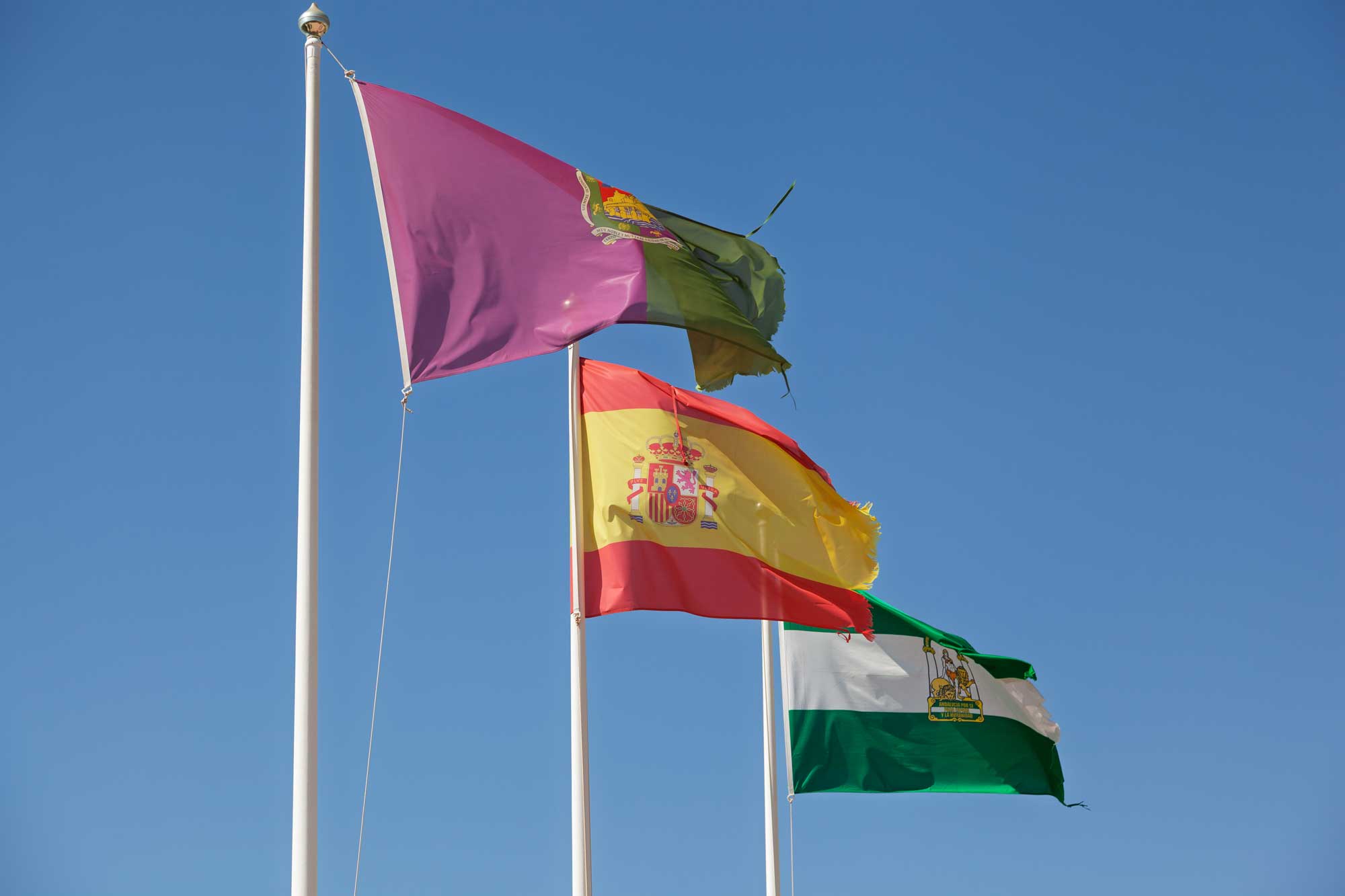
We have continued our voyage eastwards along the southern Spanish coast and have arrived today in Barcelona, the capital and largest city in Catalonia.
It was a very hot day again today which made walking quite tiring. Nevertheless, starting from the Christopher Columbus monument, we walked along La Rambla to Placa de Catalunya and from there further north as far as La Pedrera - Casa Mila.
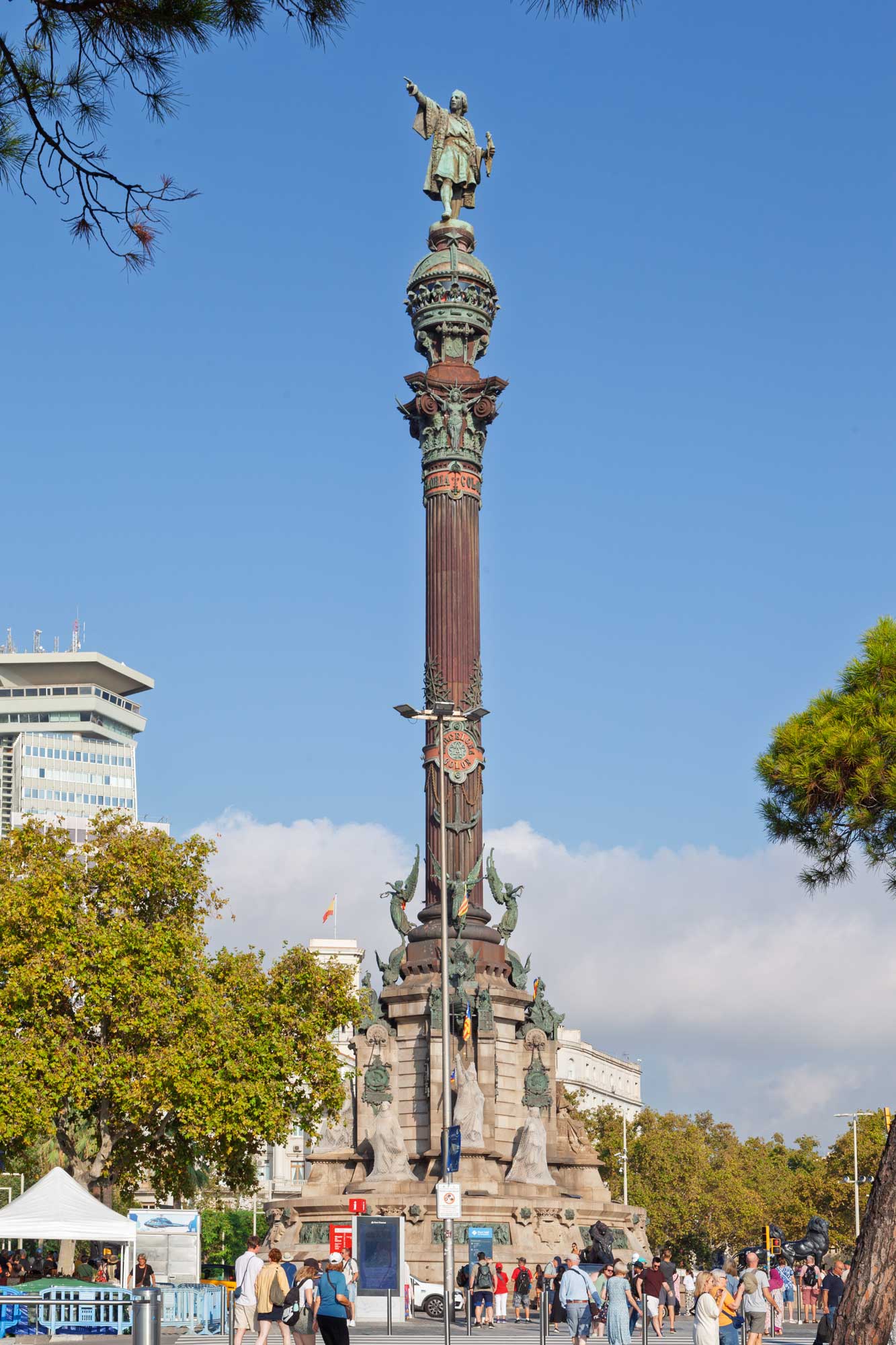
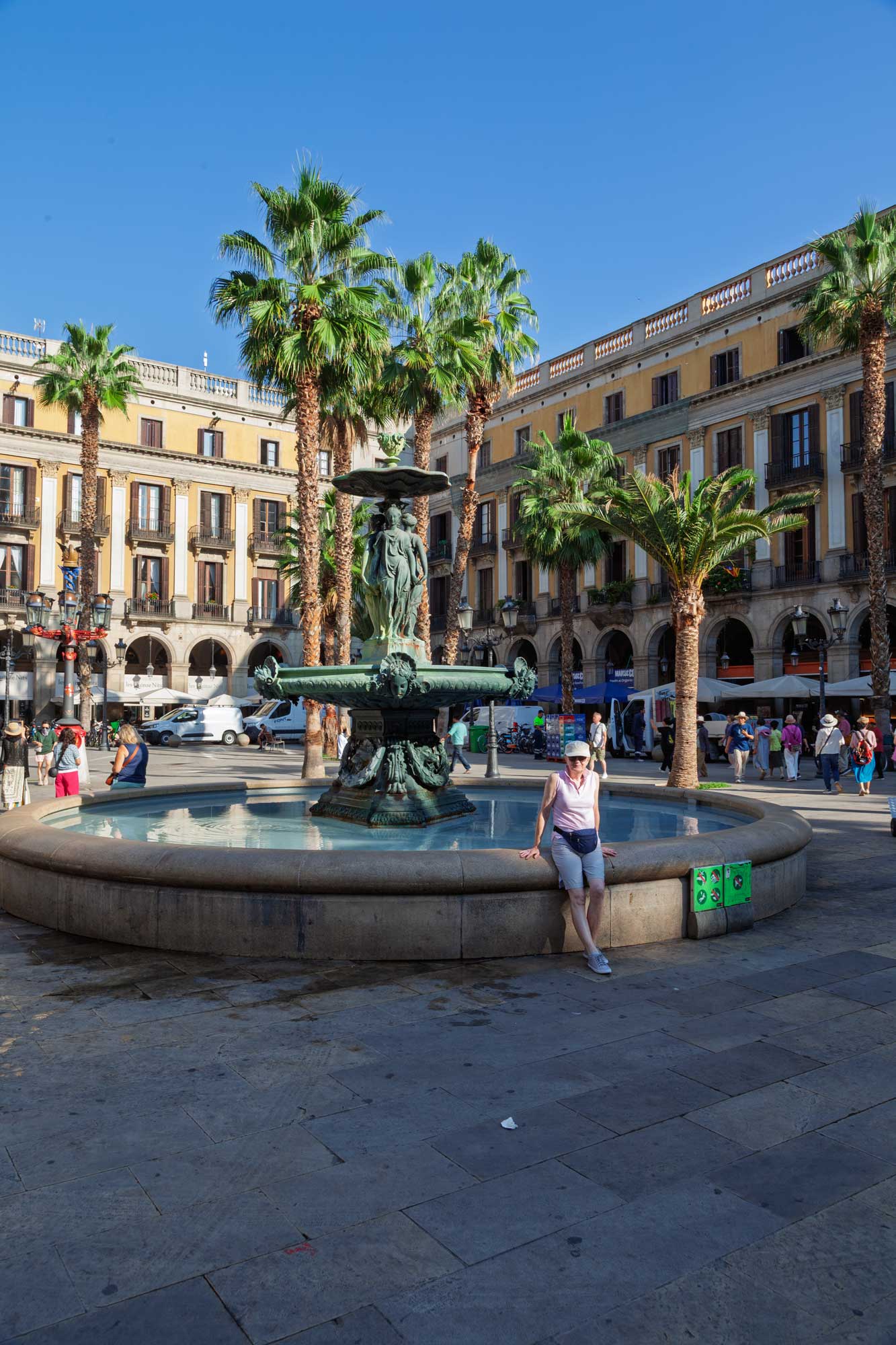
As we walked up La Rambla, we diverted off briefly to Placa Reial. In this square are some lamposts which are the first public works of the architect Antoni Gaudi.
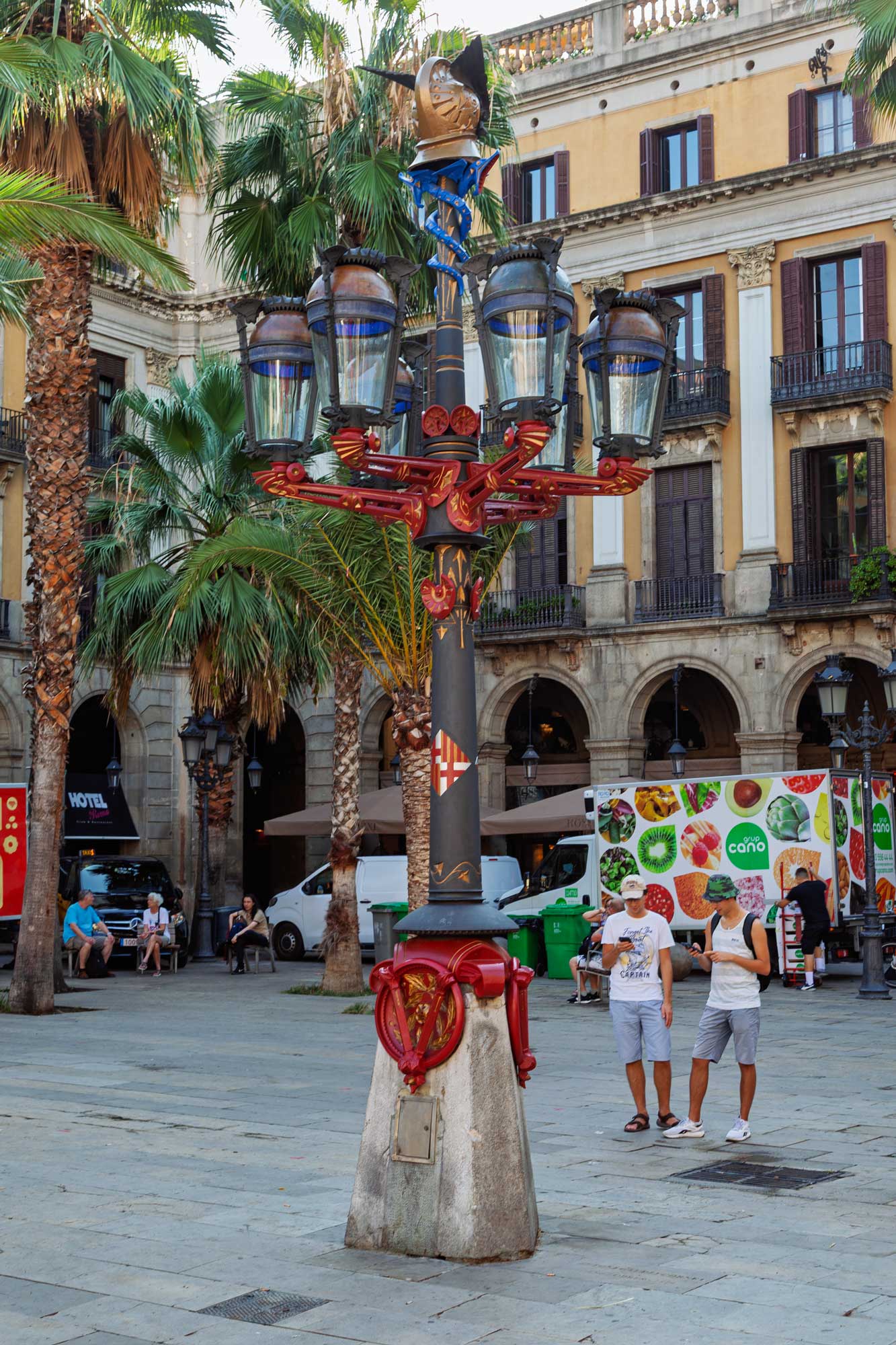
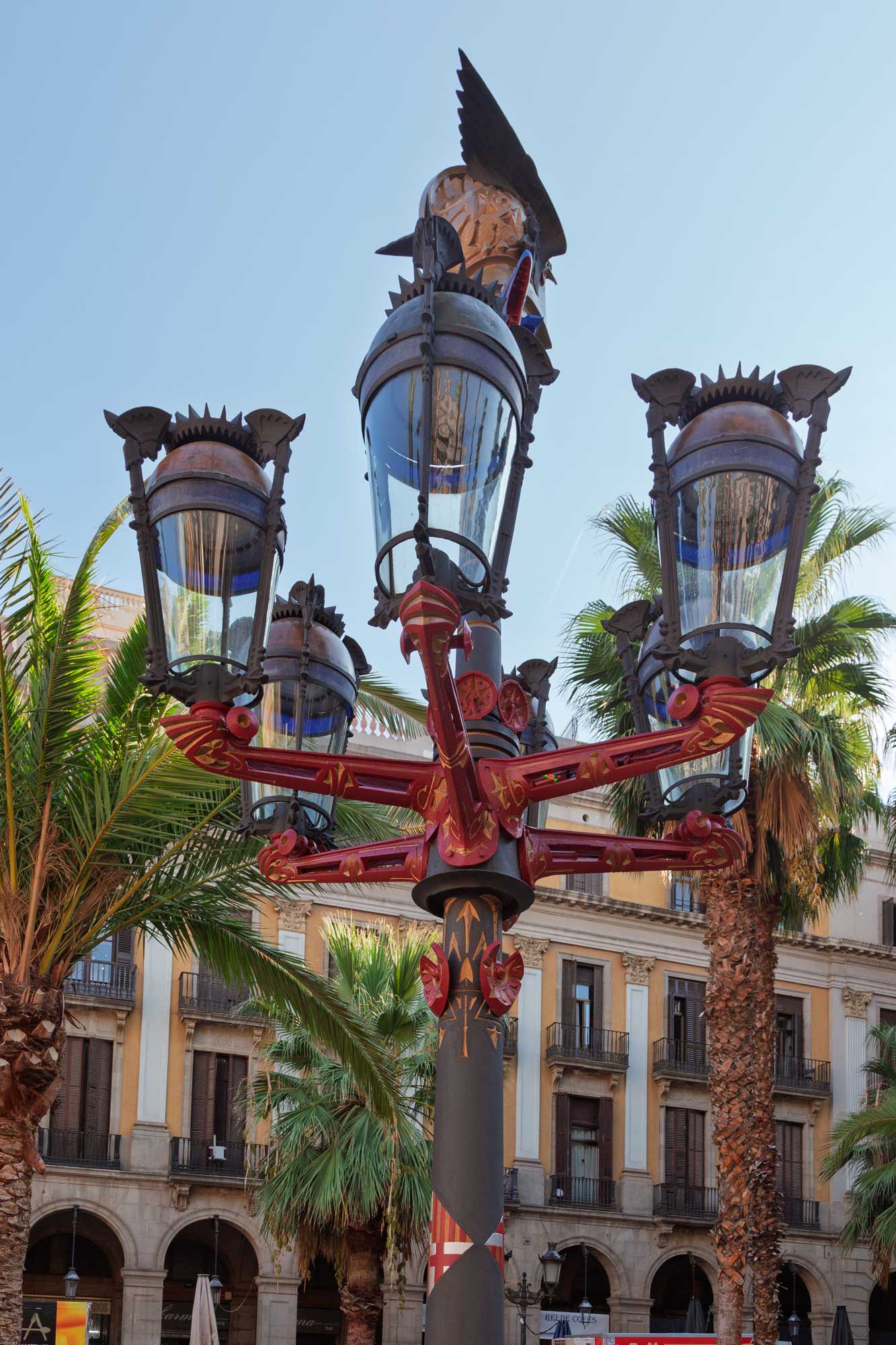
We also spent a little time at the food market called Mercat de la Boqueria.
Here, among other things, there was octopus for sale.
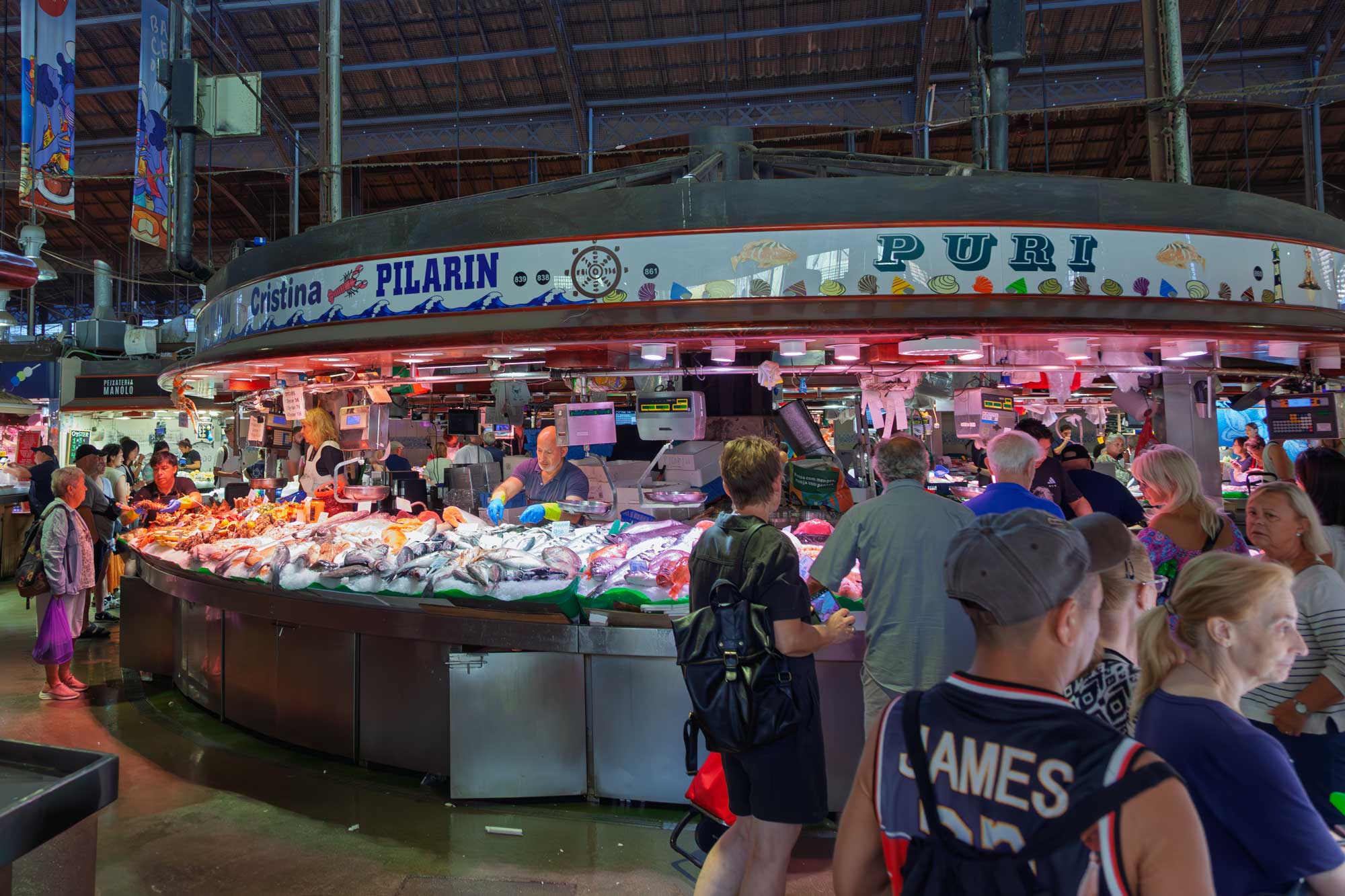
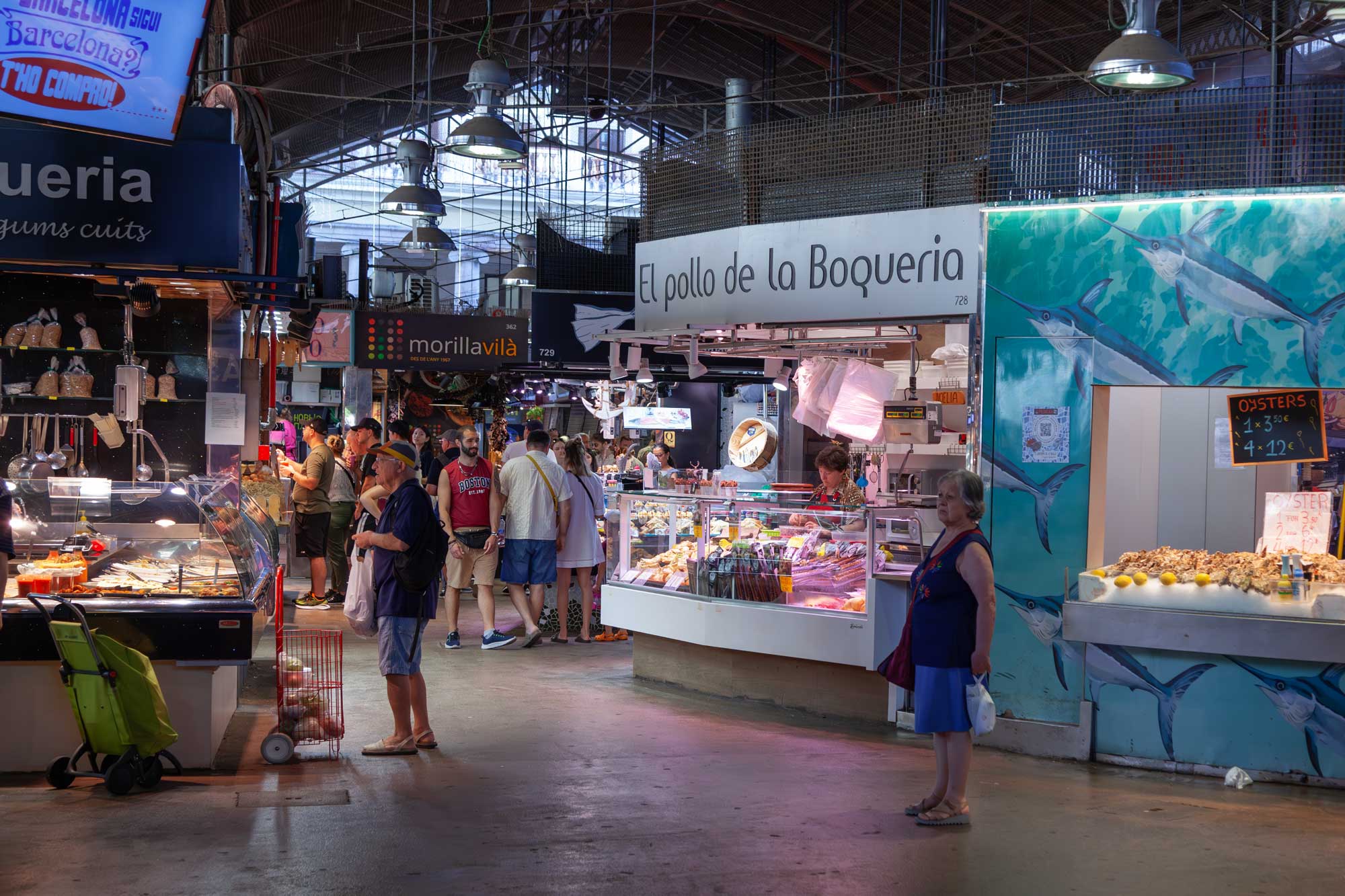
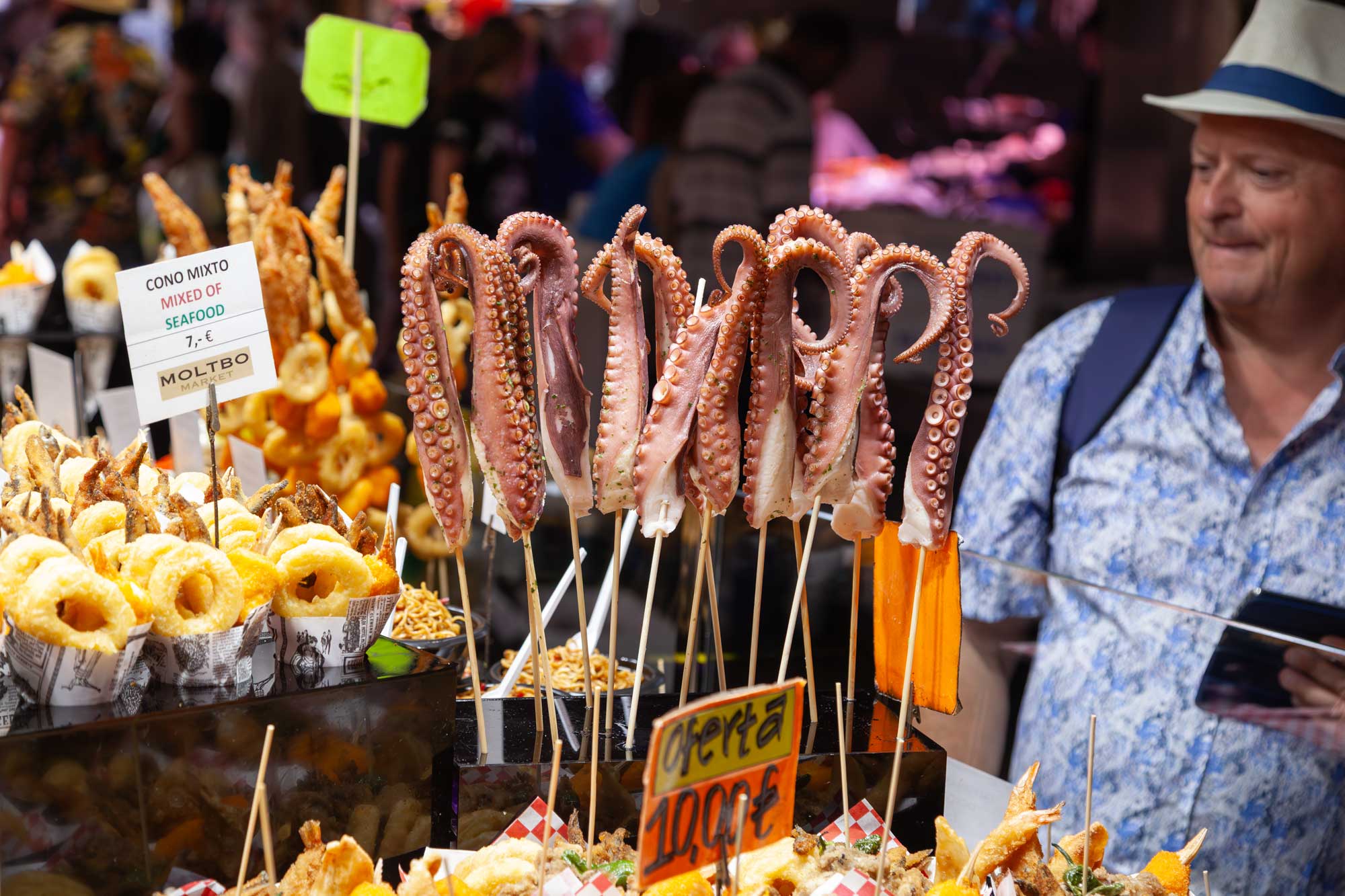
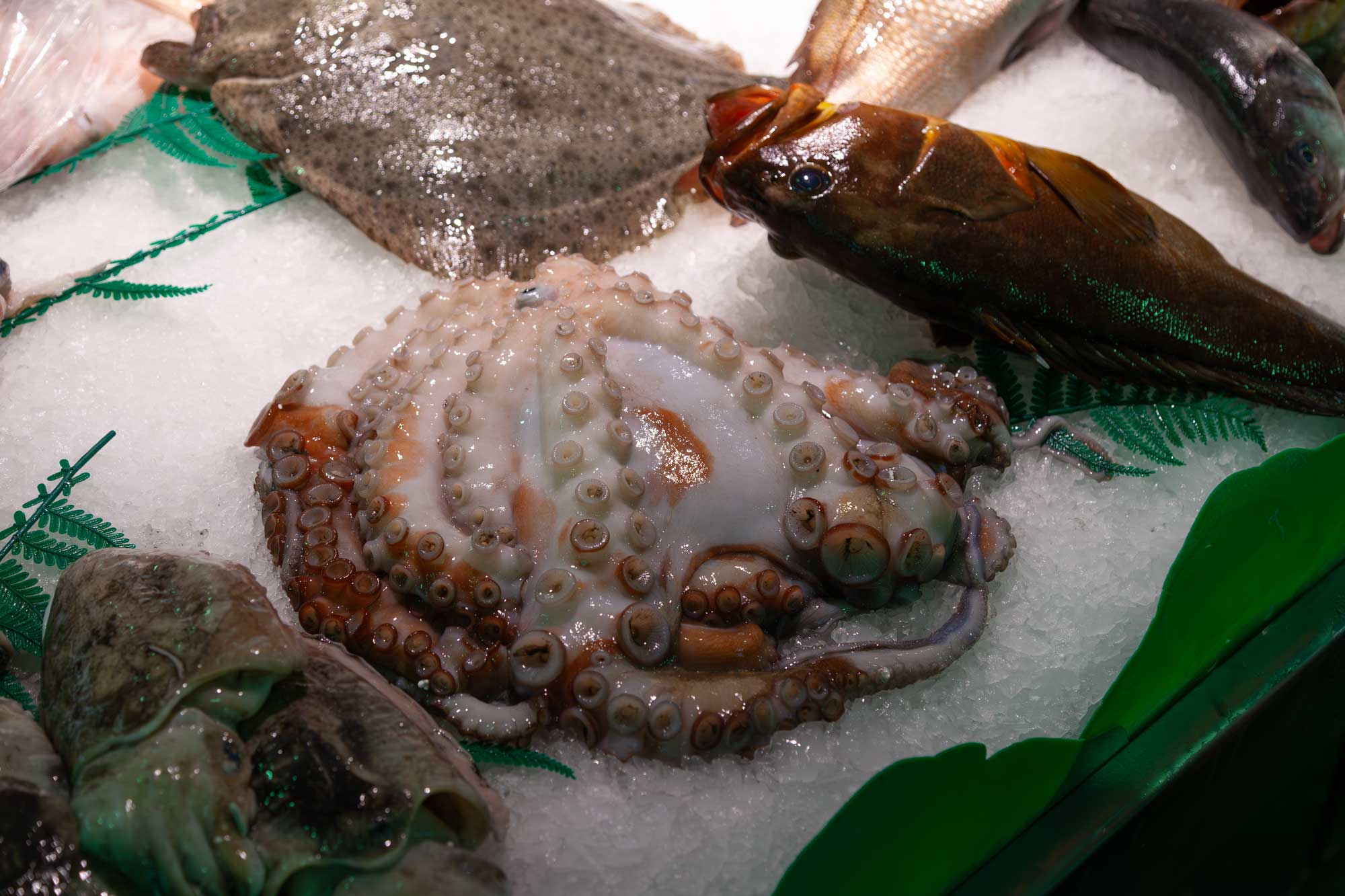
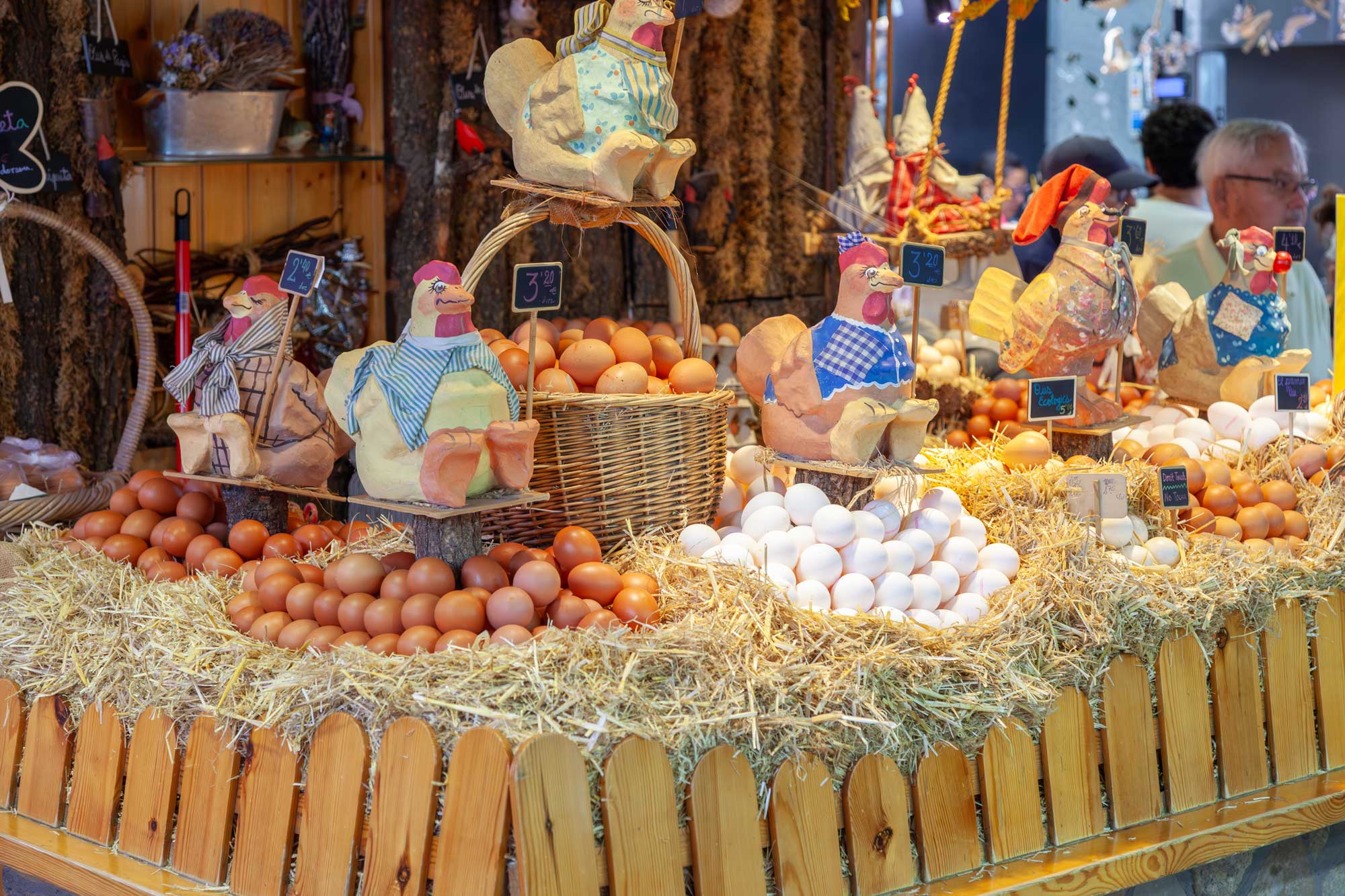
Placa de Catalunya:
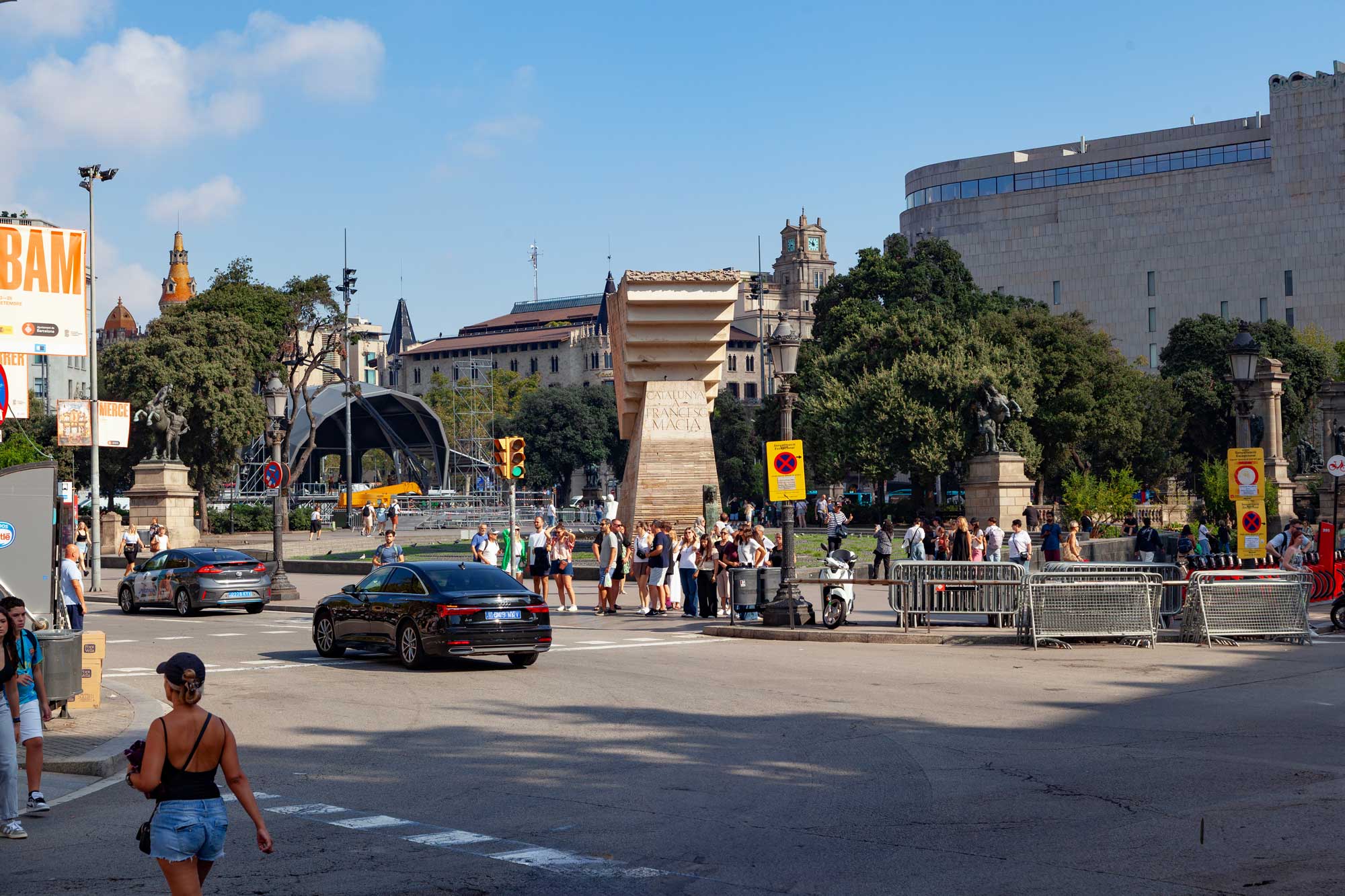
La Rambla:
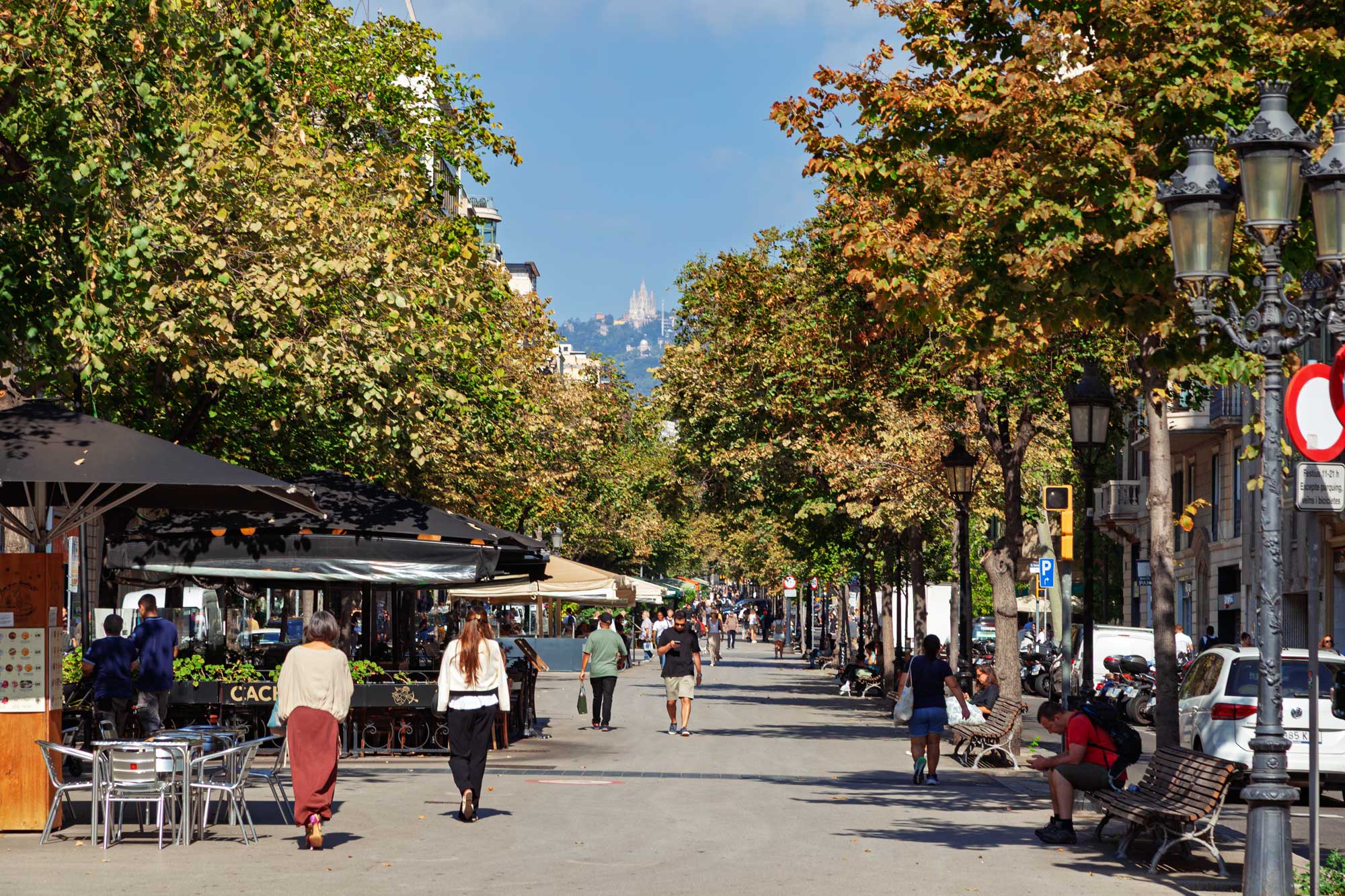
Finally we reached La Pedrera - Casa Mila, which was also designed by Gaudi:
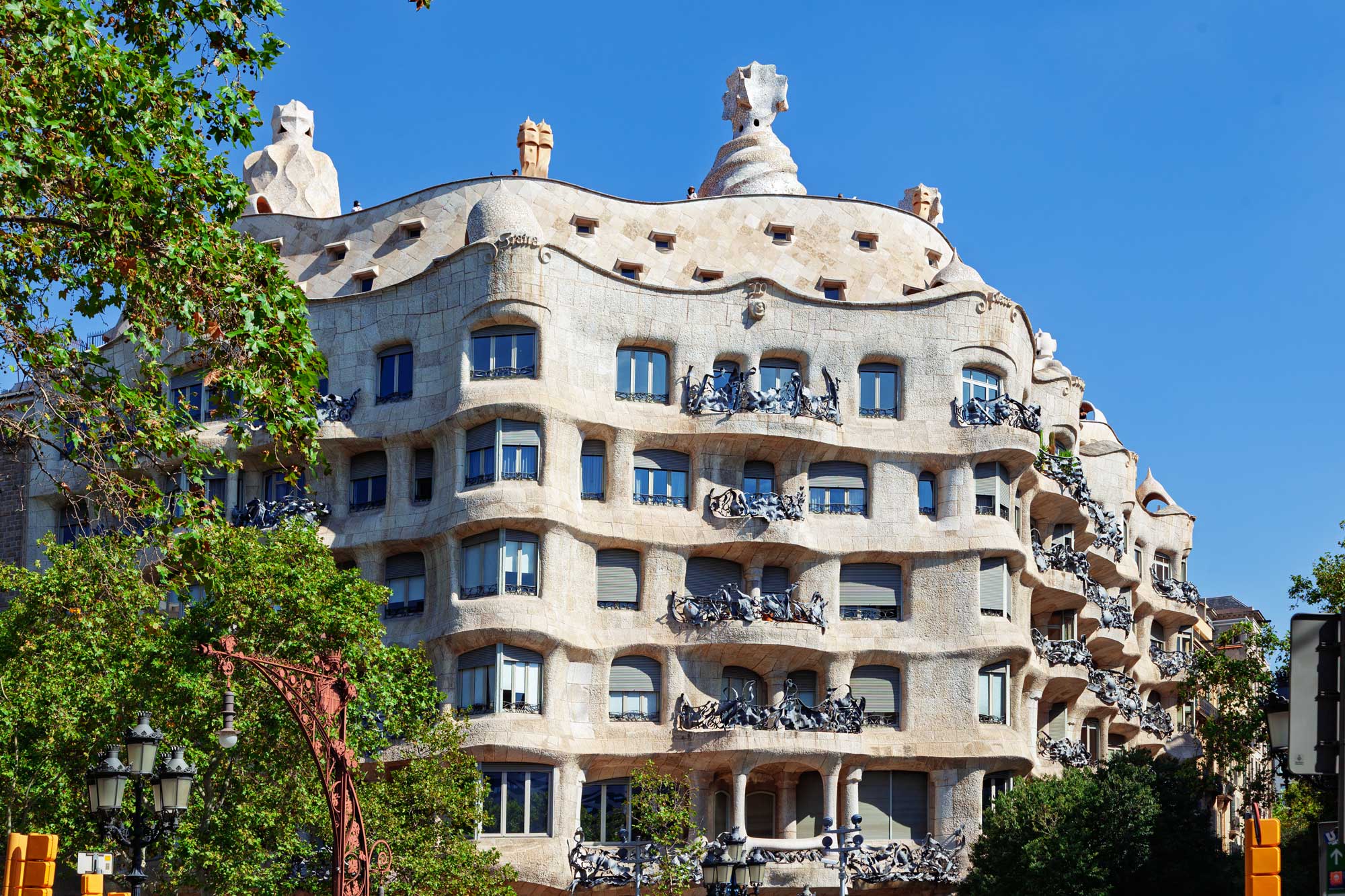
Back at the coast:
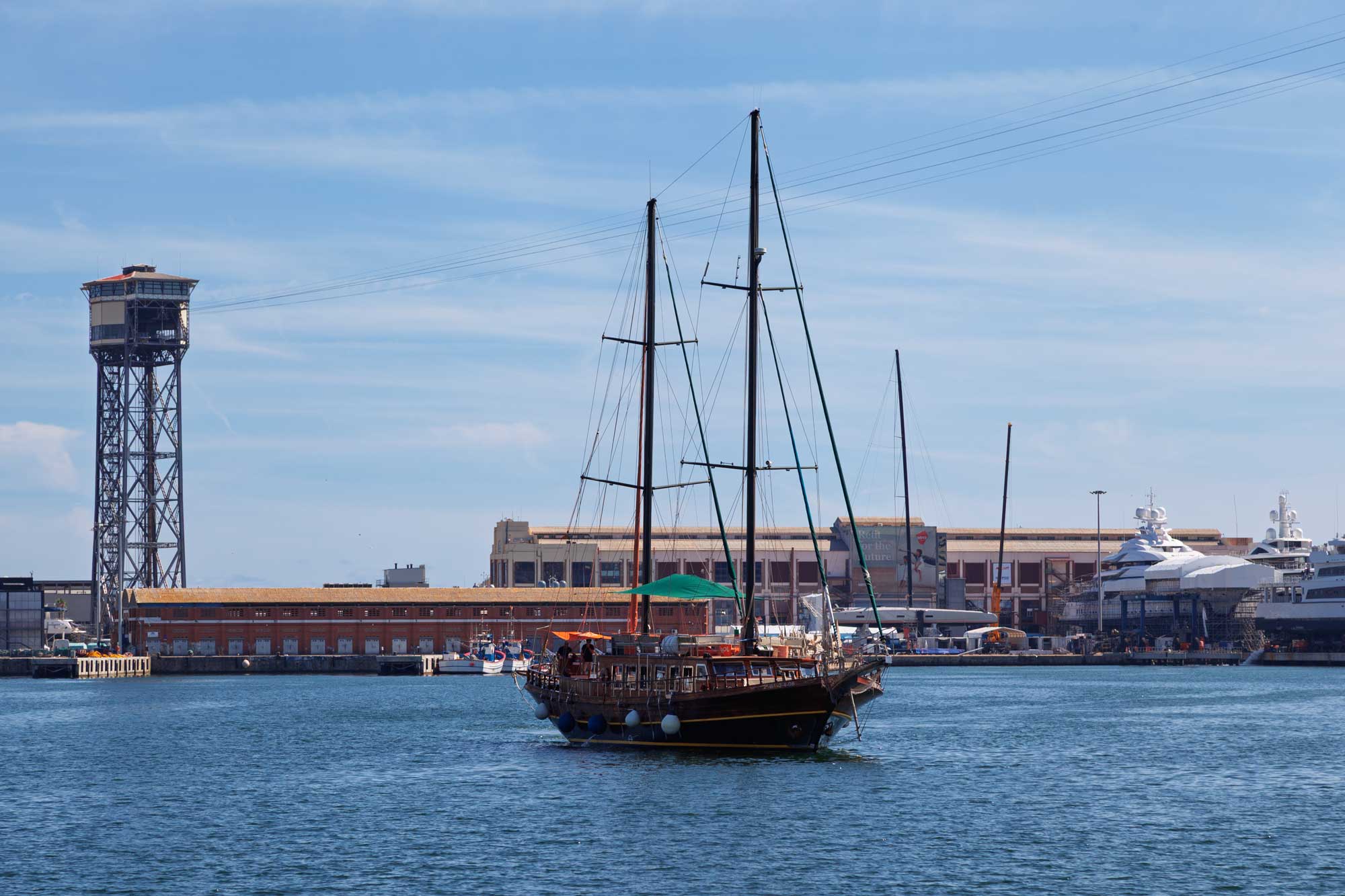
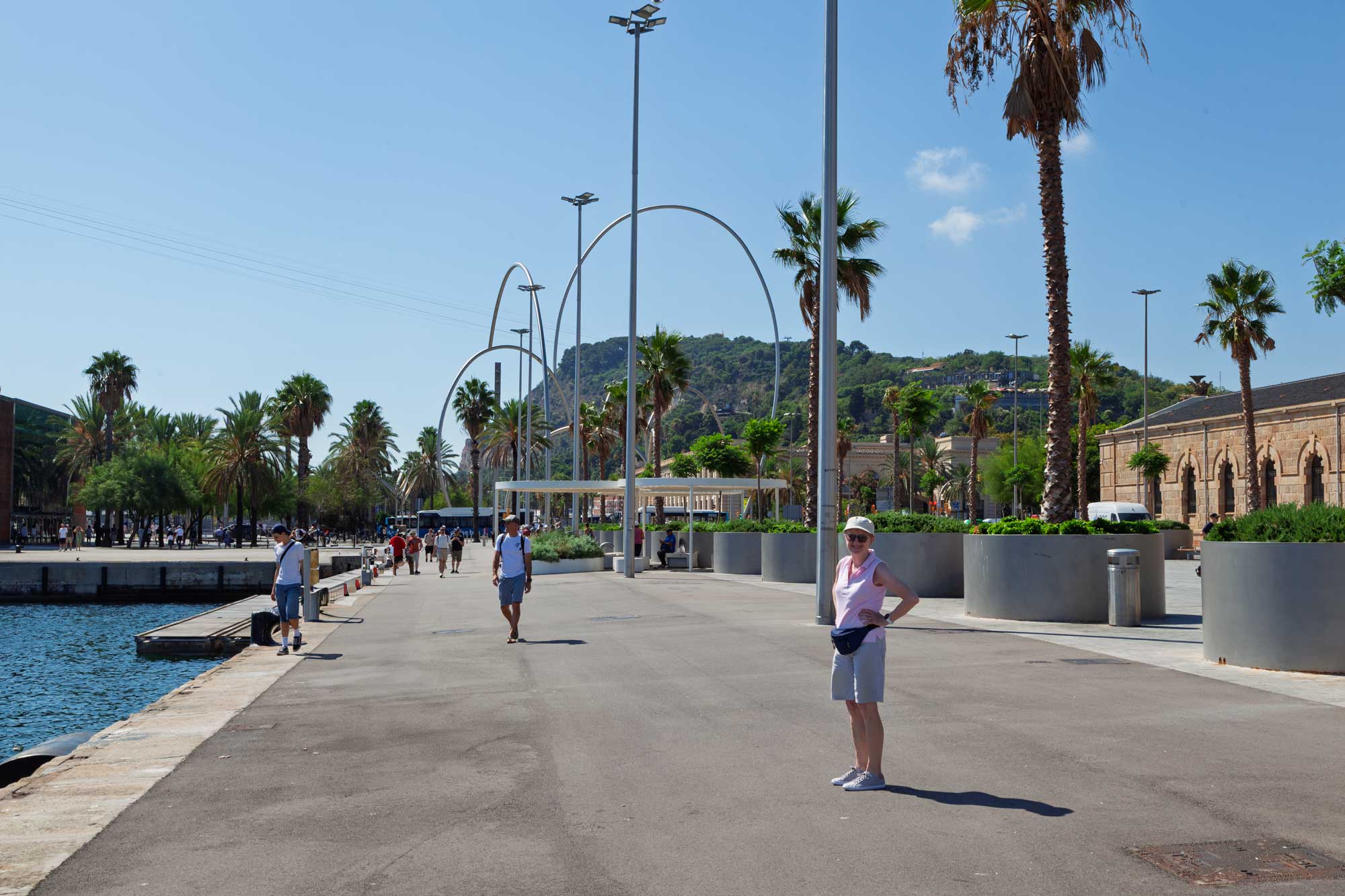
As I write this update, Pisa is already a long way behind us. We've just got back from a trip to Rome. I've simply not had time to keep up with our travels. The weather has been really sweltering and my body has not taken kindly to it as I've had an allergic reaction and my arms and legs are covered with a breakout of hives.
Nevertheless we've had a great time over the last couple of days. We had planned to catch the train to Pisa but when we had walked to the station the next train was an hour off arriving so we decided to get a taxi. It cost us 30 Euros which wasn't bad considering that the standard price would have been 75 Euros. Pat said that she didn't think that we were in a licensed taxi, but we got to Pisa quickly and safely so I guess it didn't matter.
I've only got a couple of photos: after all, when you've seen one view of the Leaning Tower, you've seen them all!
Update on Rome to follow when I get chance (another busy day going from Naples to Pompeii tomorrow!)
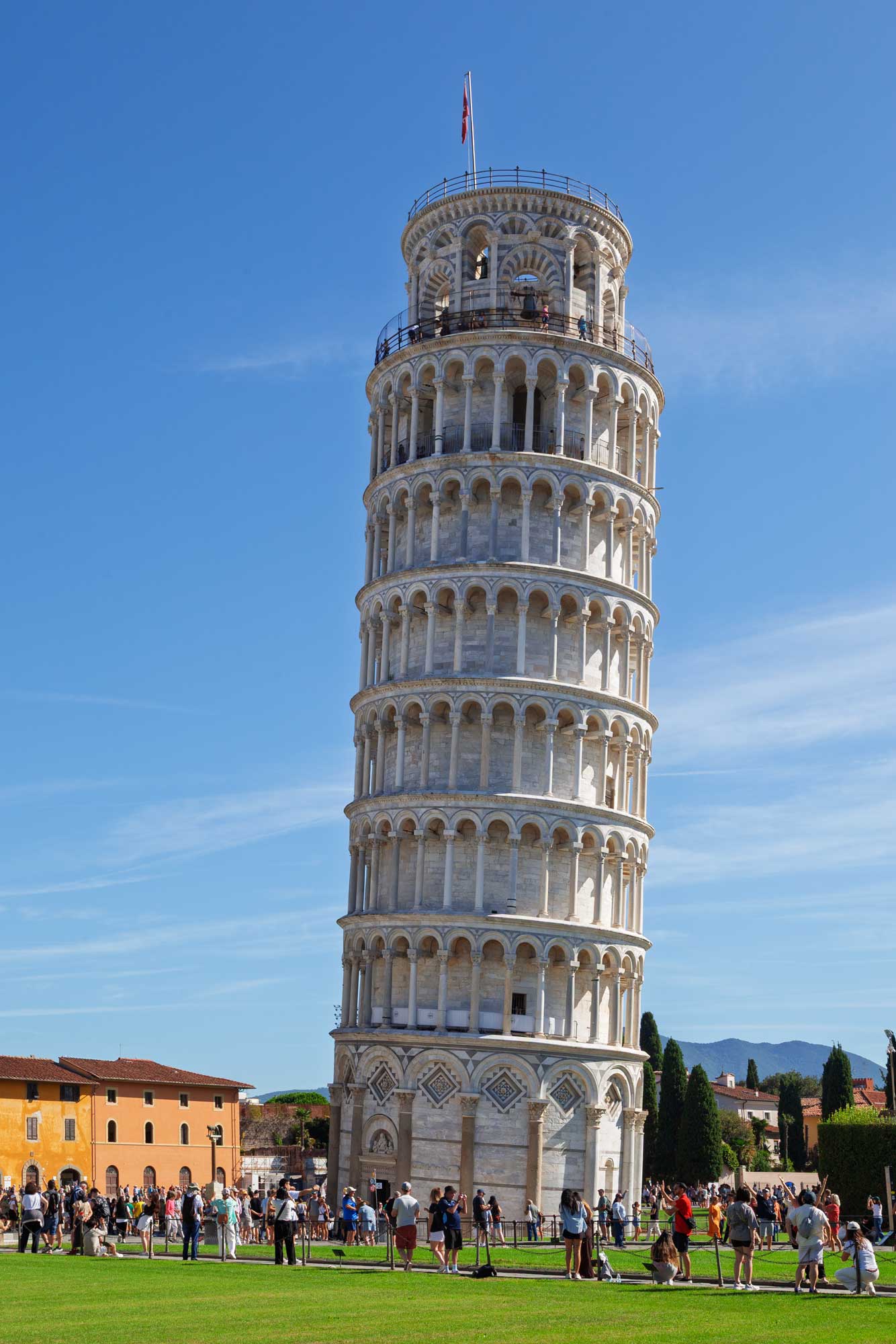
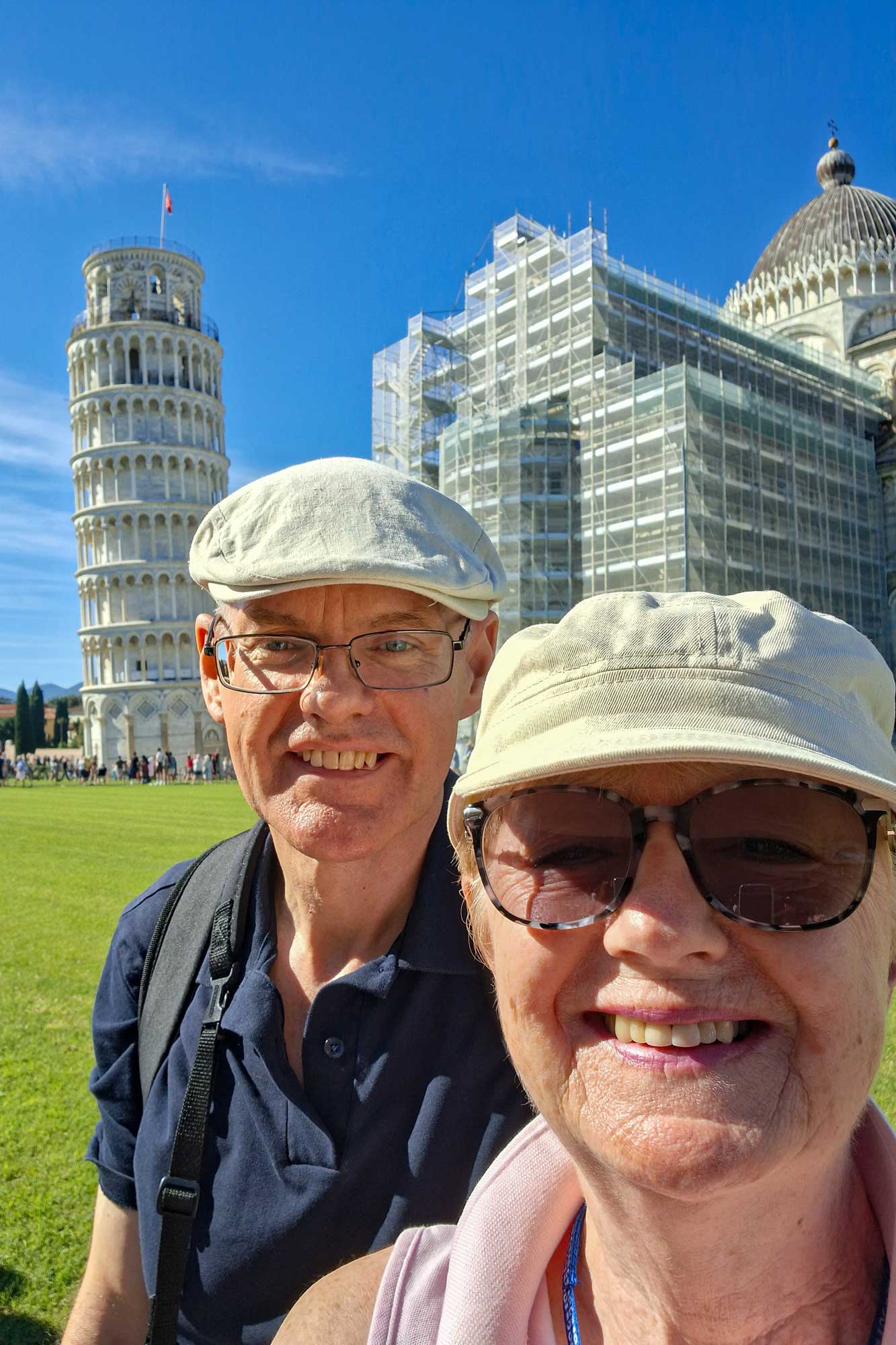
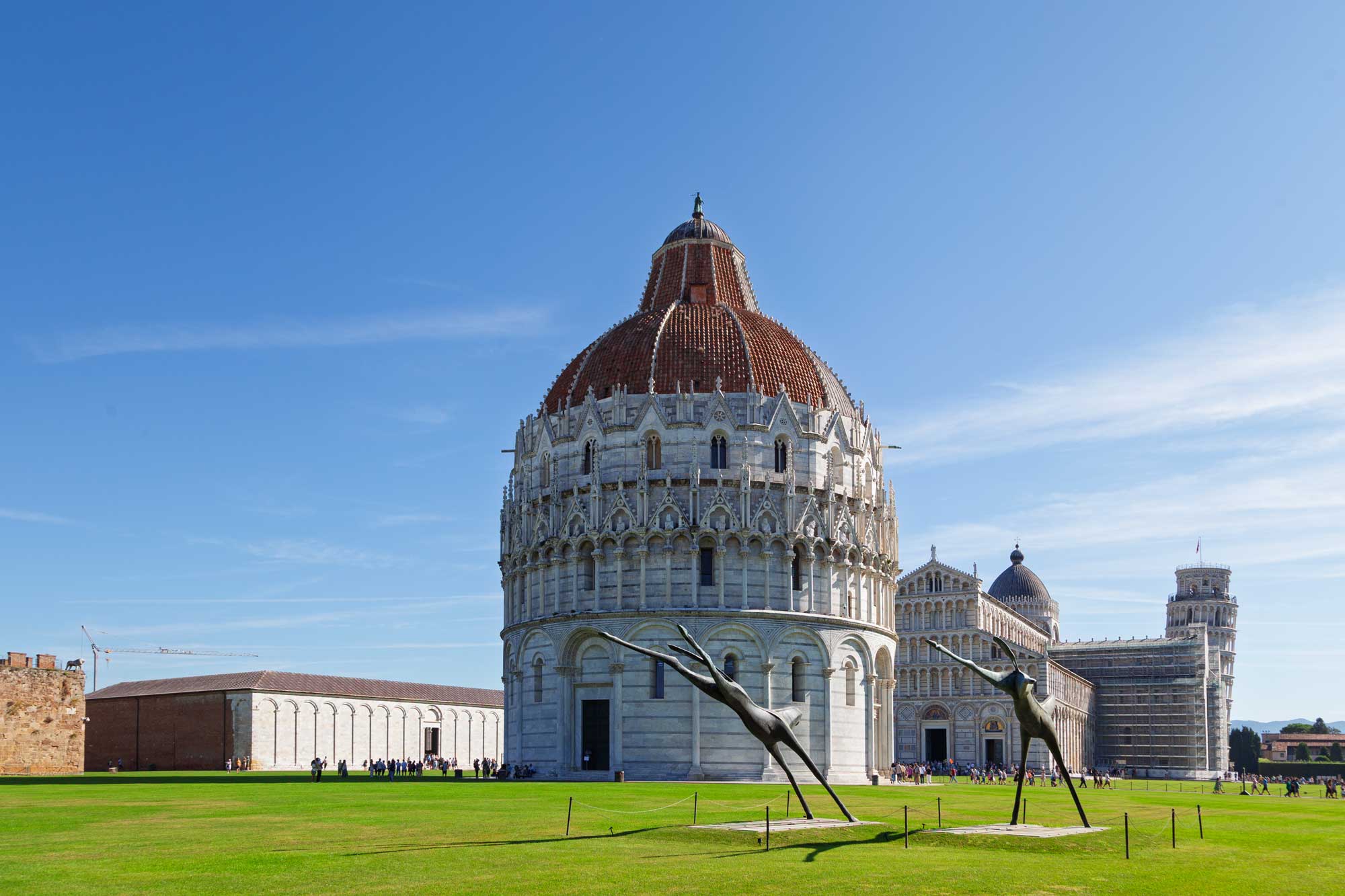
As Rome is quite some distance away from our port of call (Civitavecchia), we decided to take one of the ship's excursions. This was meant to be via an Express Train. However, there was a train strike in operation on the day we went to Rome and therefore had to go by coach instead. This, of course, required that we negotiate the Roman traffic. On the way back this caused some problems and we only made it back to the ship with one minute to spare before the gangway was due to be taken up!
The coach dropped us off next to the Vatican. It just so happened that the German President was making a visit so we had to wait a few minutes for the associated cavalcade to drive past before the roads were re-opened and we could start our explorations fo the city.
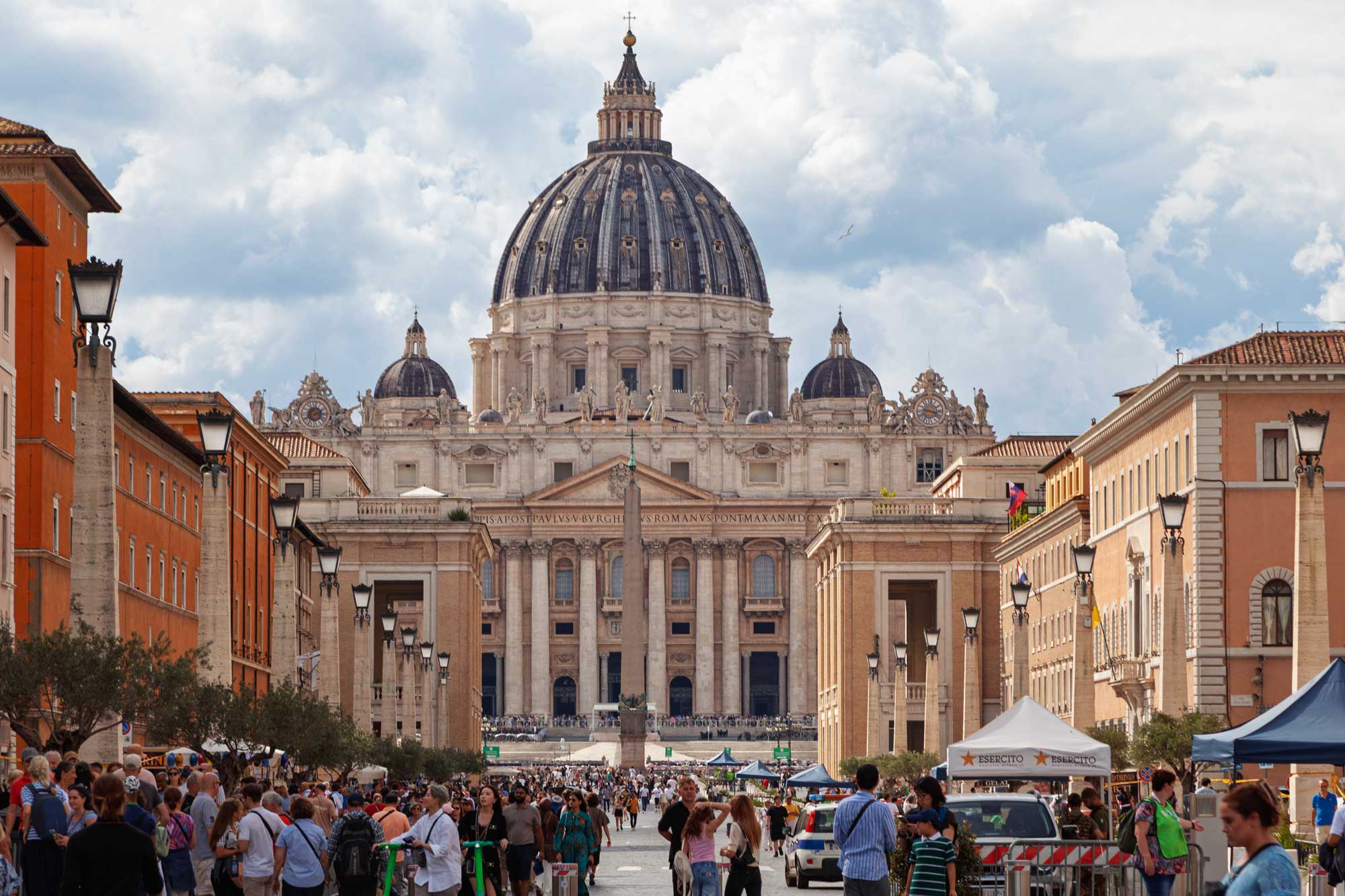
The first building of significance that you arrive at after walking away from the Vatican is the Castel Sant'Angelo. It was originally built as a mausoleum for the Roman Emperor Hadrian and his family but was subsequently used by the Popes as a fortress and castle. At one time, it was the tallest building in Rome.
Immediately in front of, and leading to, the Castel Sant'Angelo is the Pons Aelius which is a bridge also built by Emperor Hadrian. The bridge is aligned on either side with statues of angels which were erected during the baroque period and each of which hold an instrument of the Passion of Christ.
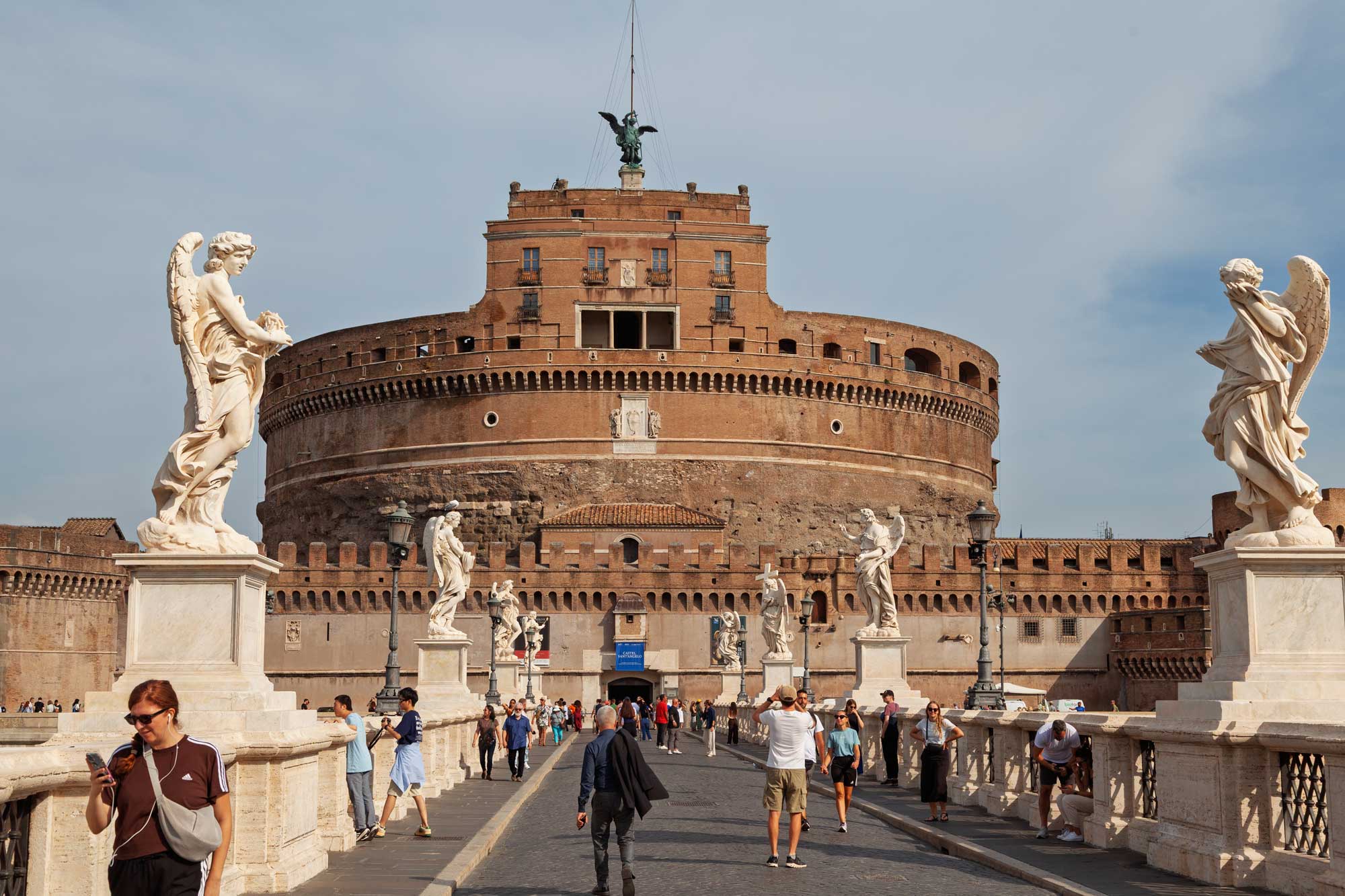
Leaving the Vatican City, we walked south to the Colosseum. We had intended to go inside as we had done on our first trip to Rome in 2002. Today, however, the queues were enormous and, because we had seen it before, we decided not to do so.
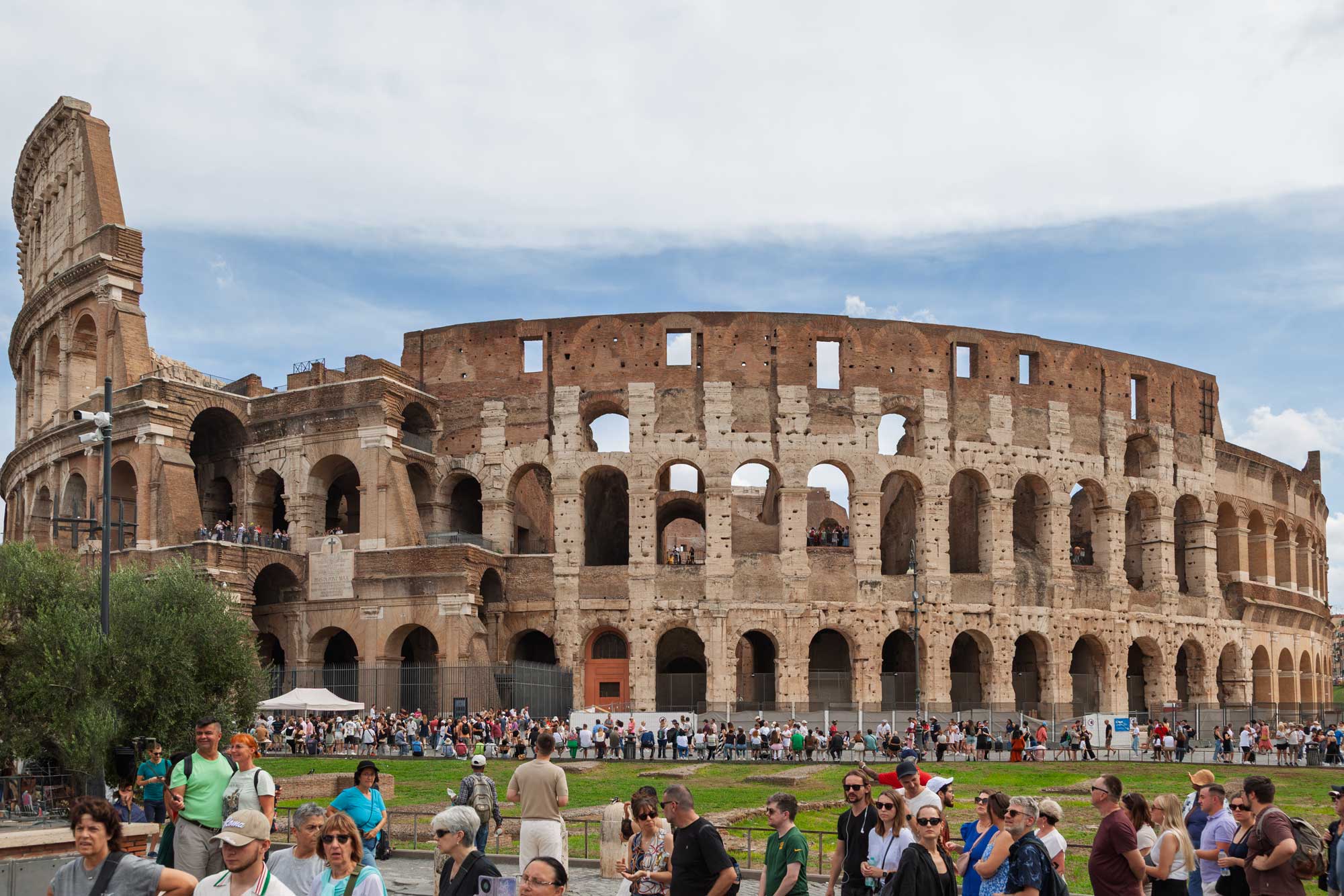
I had taken a similar view of the Colosseum, though at night, on a previous visit to Rome in 2013:
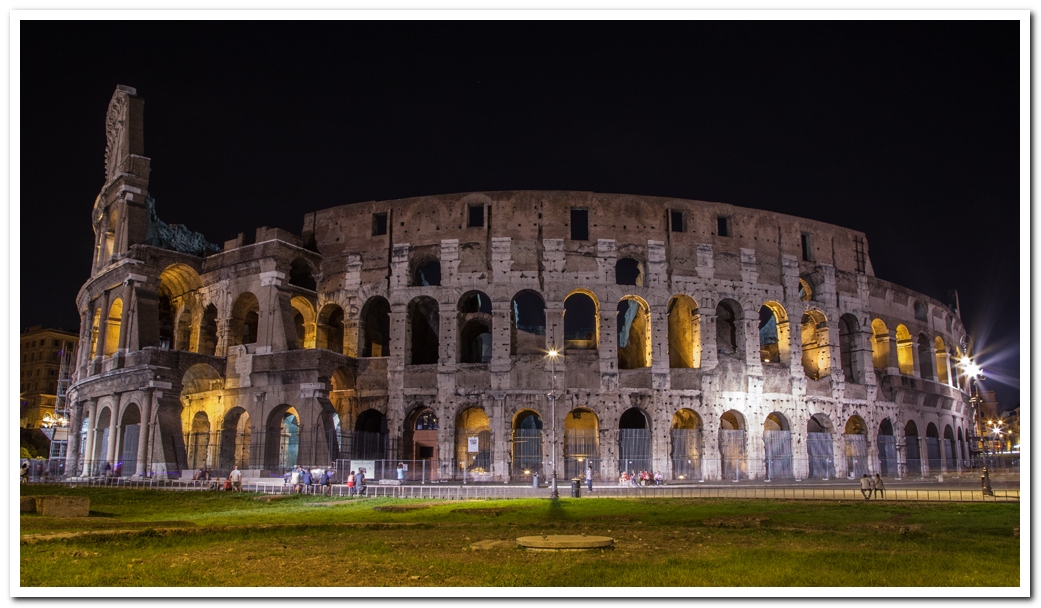
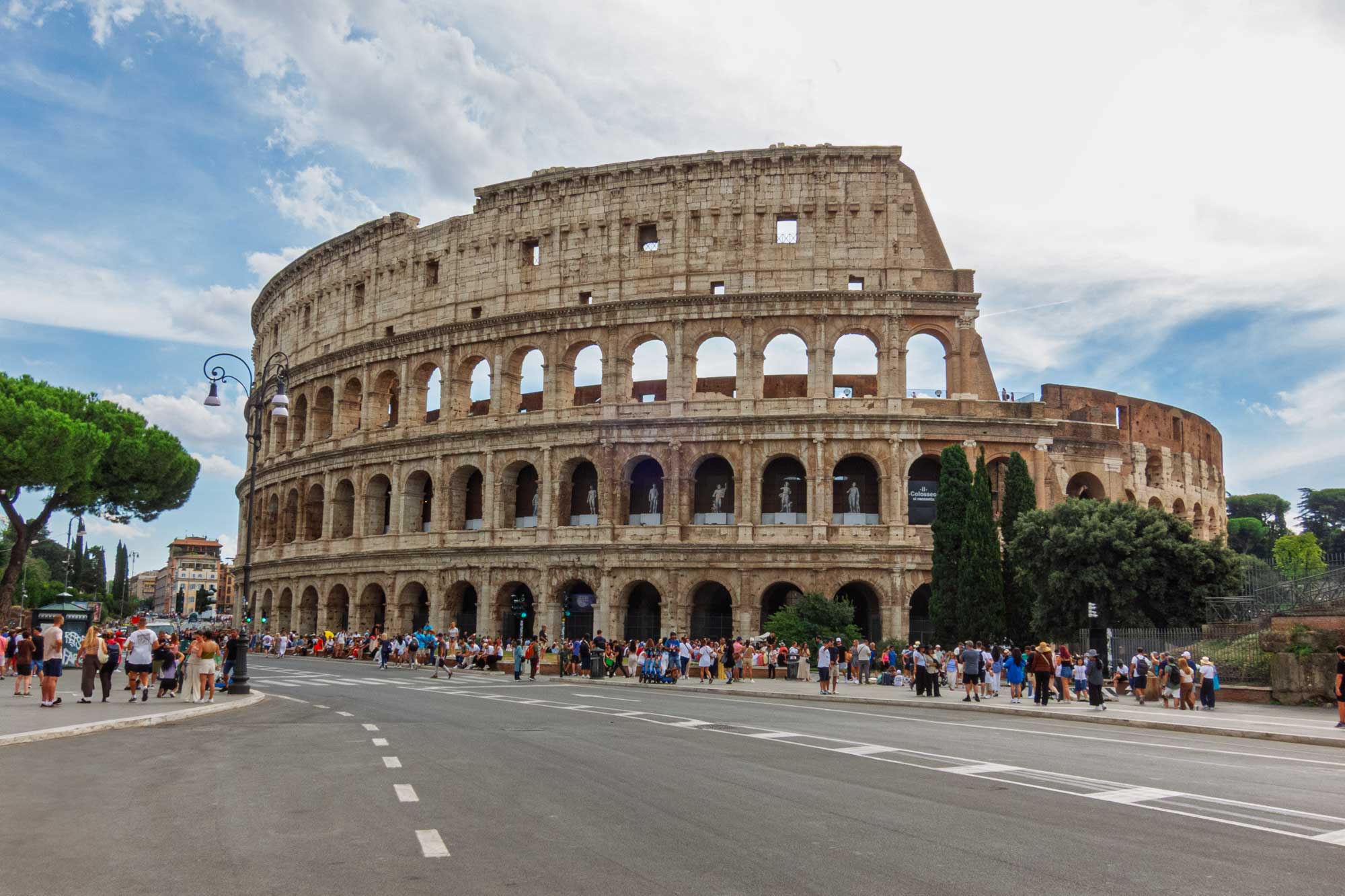
Between the Colosseum and the Monument to Victor Emmanuel II are the remains of the Roman Forum. A Forum was a public square (similar to the modern day plaza) and, in the case of Rome, it is surrounded by the ruins of several important government buildings.
For many centuries the Forum was the focus of day-to-day life in Rome: the site of triumphal processions and elections; the venue for public speeches, criminal trials and gladiatorial matches; and the nucleus of commercial and legal affairs.
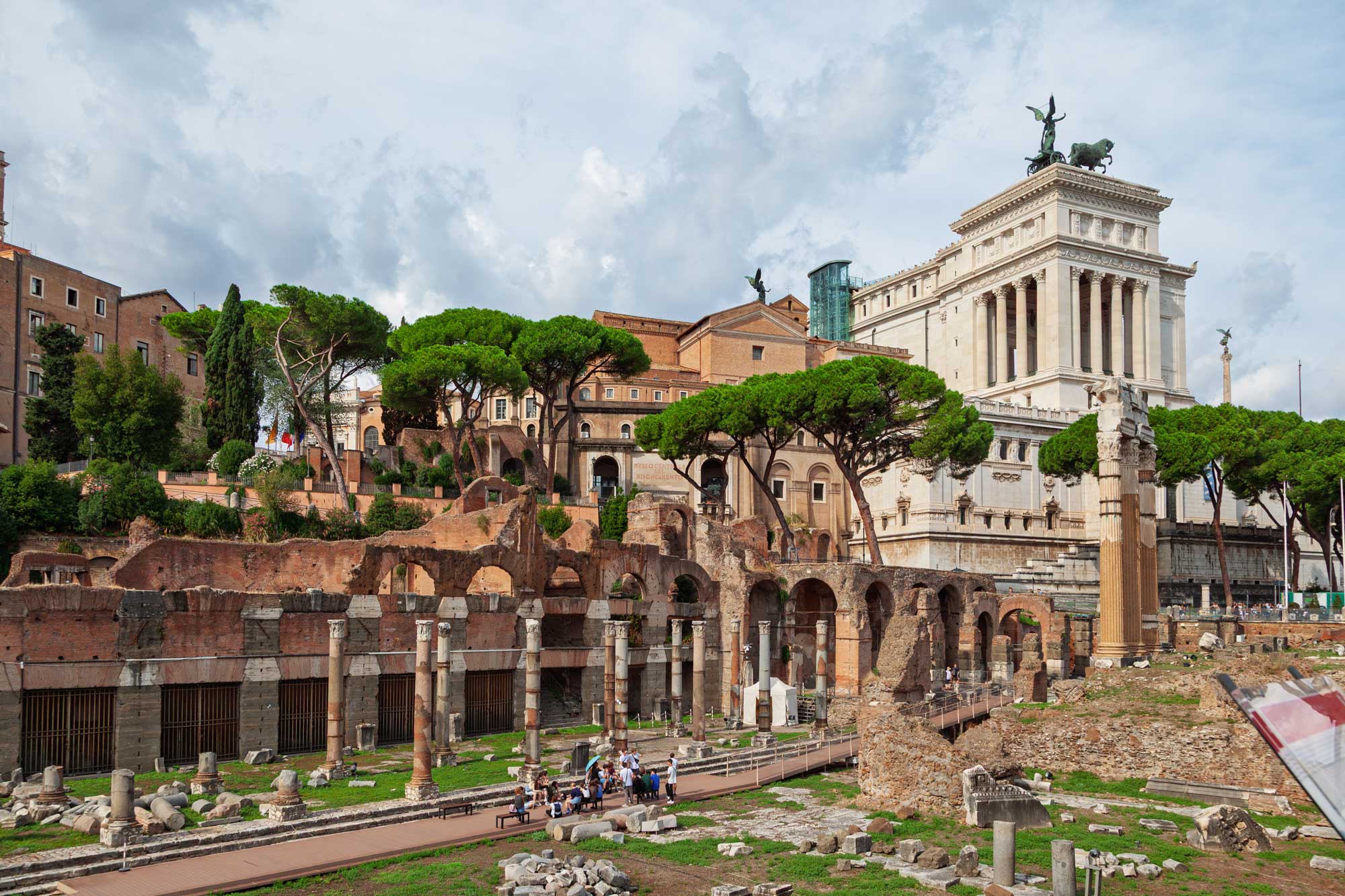
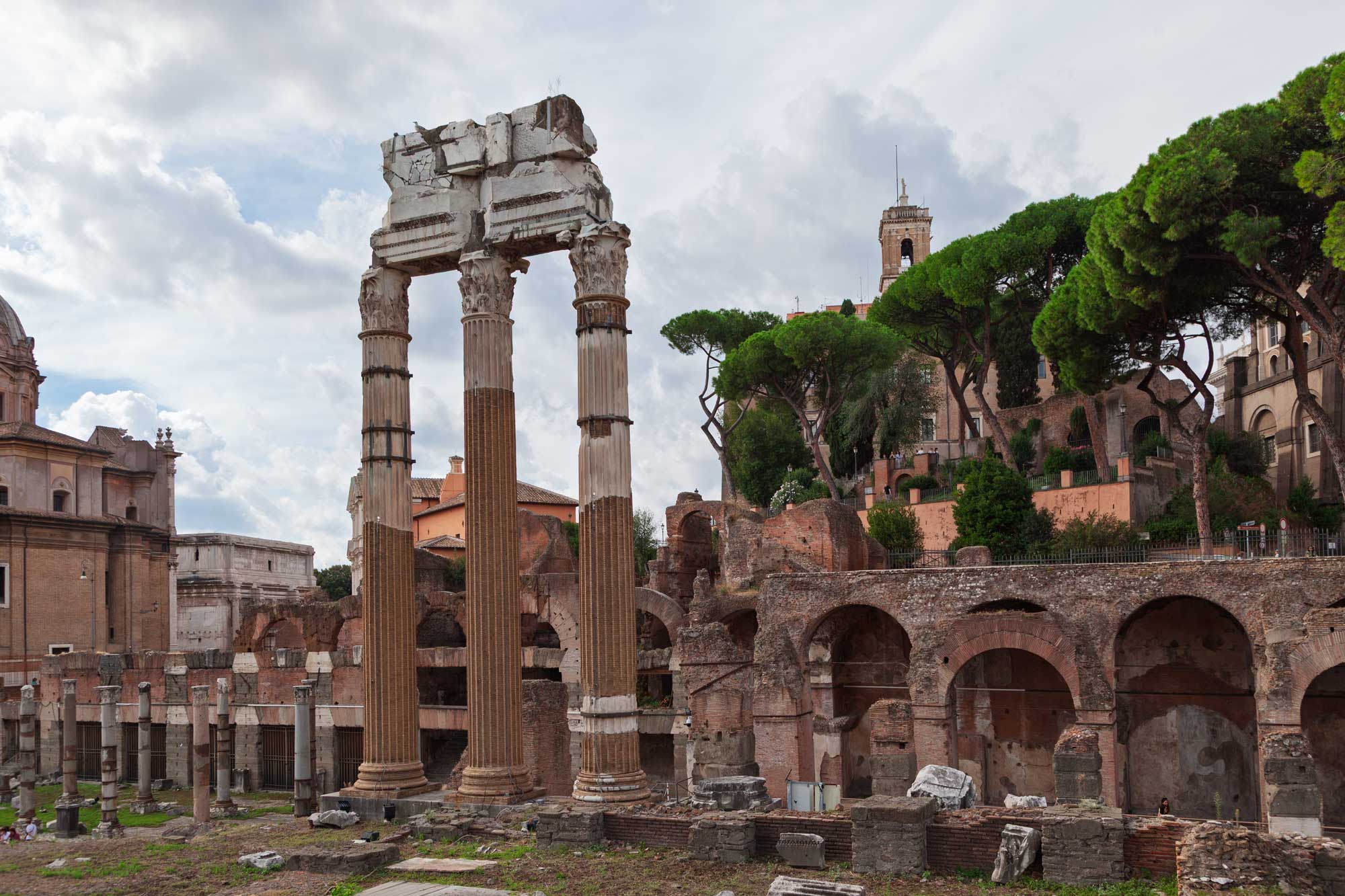
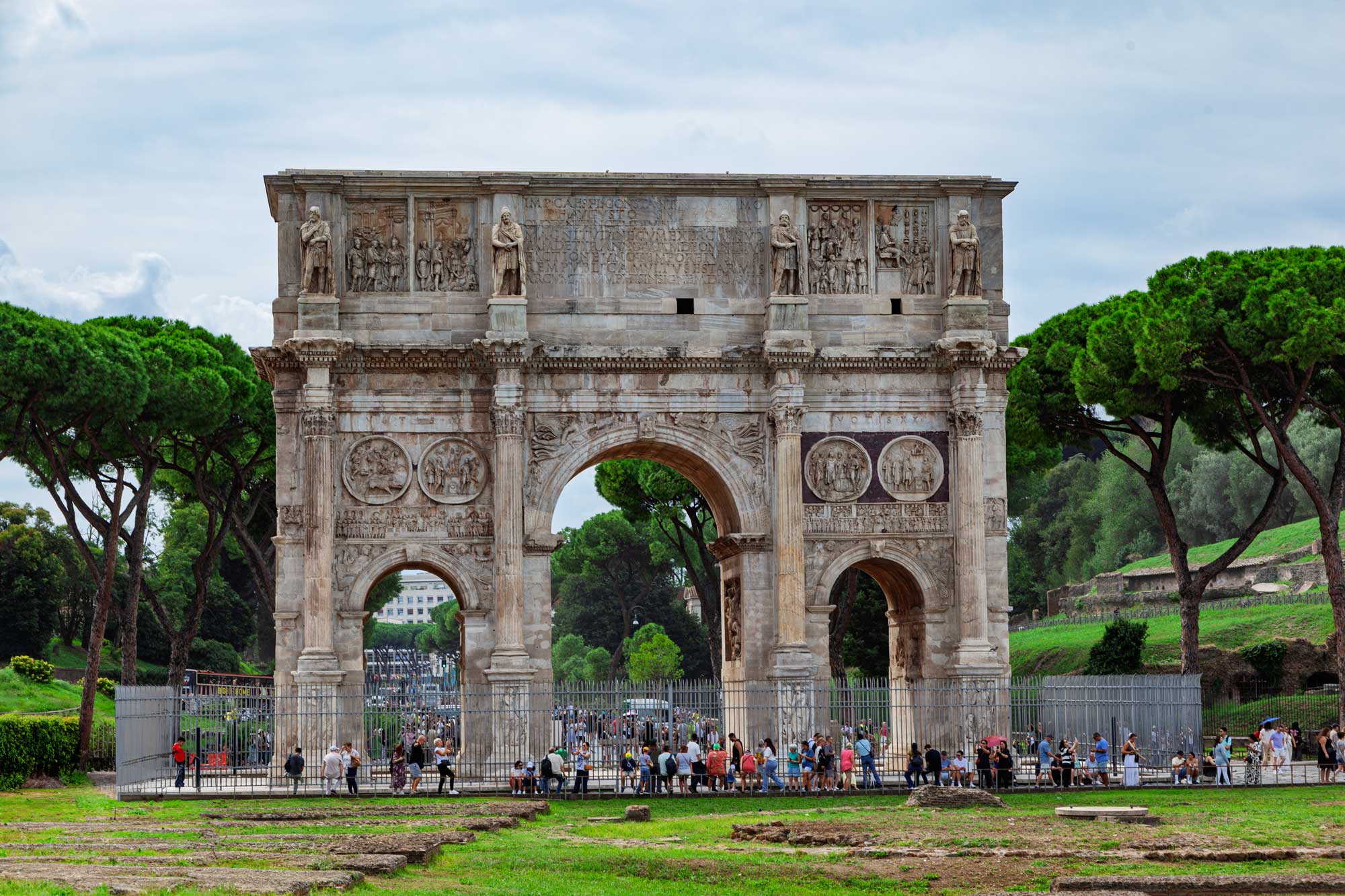
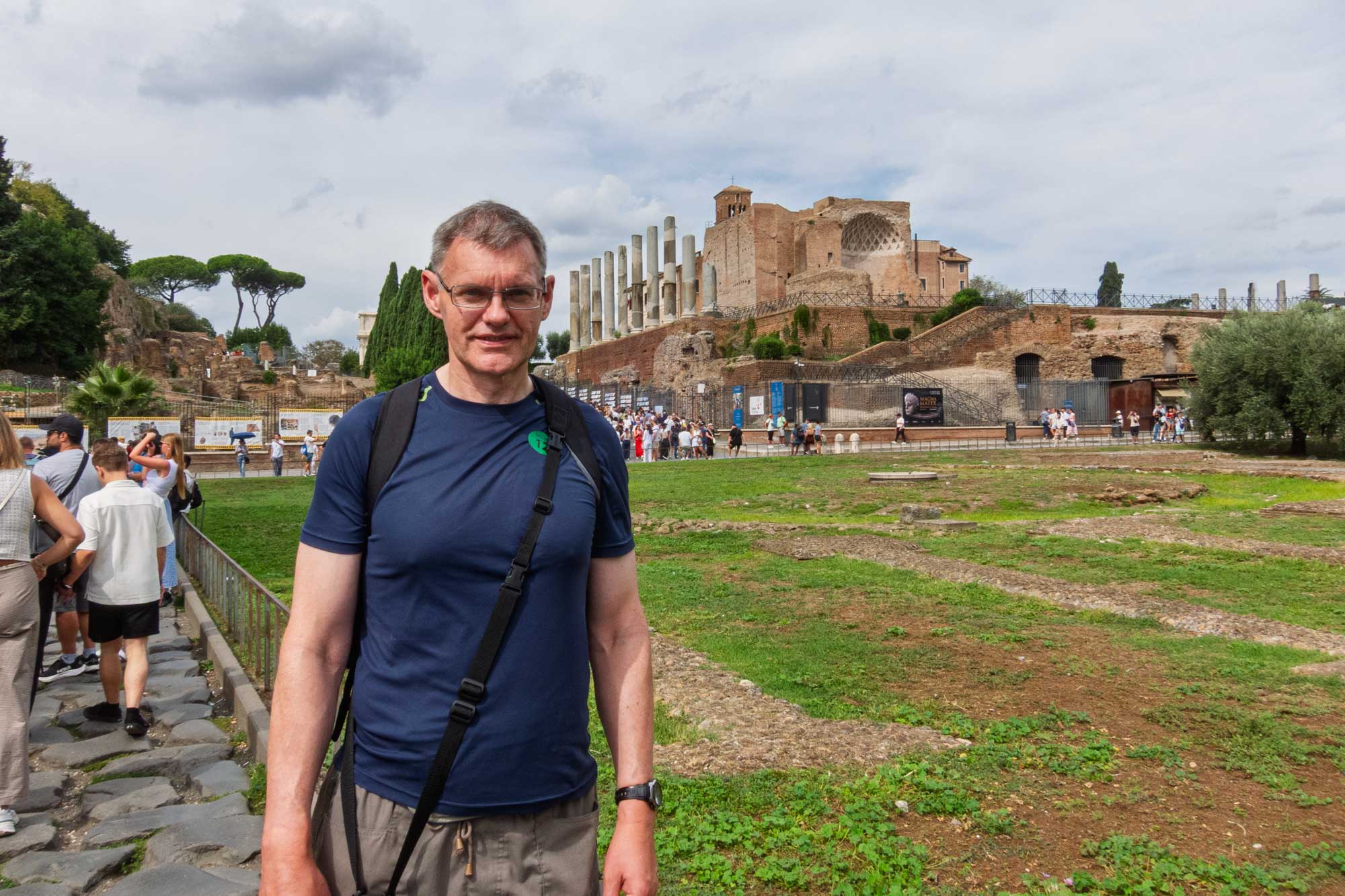
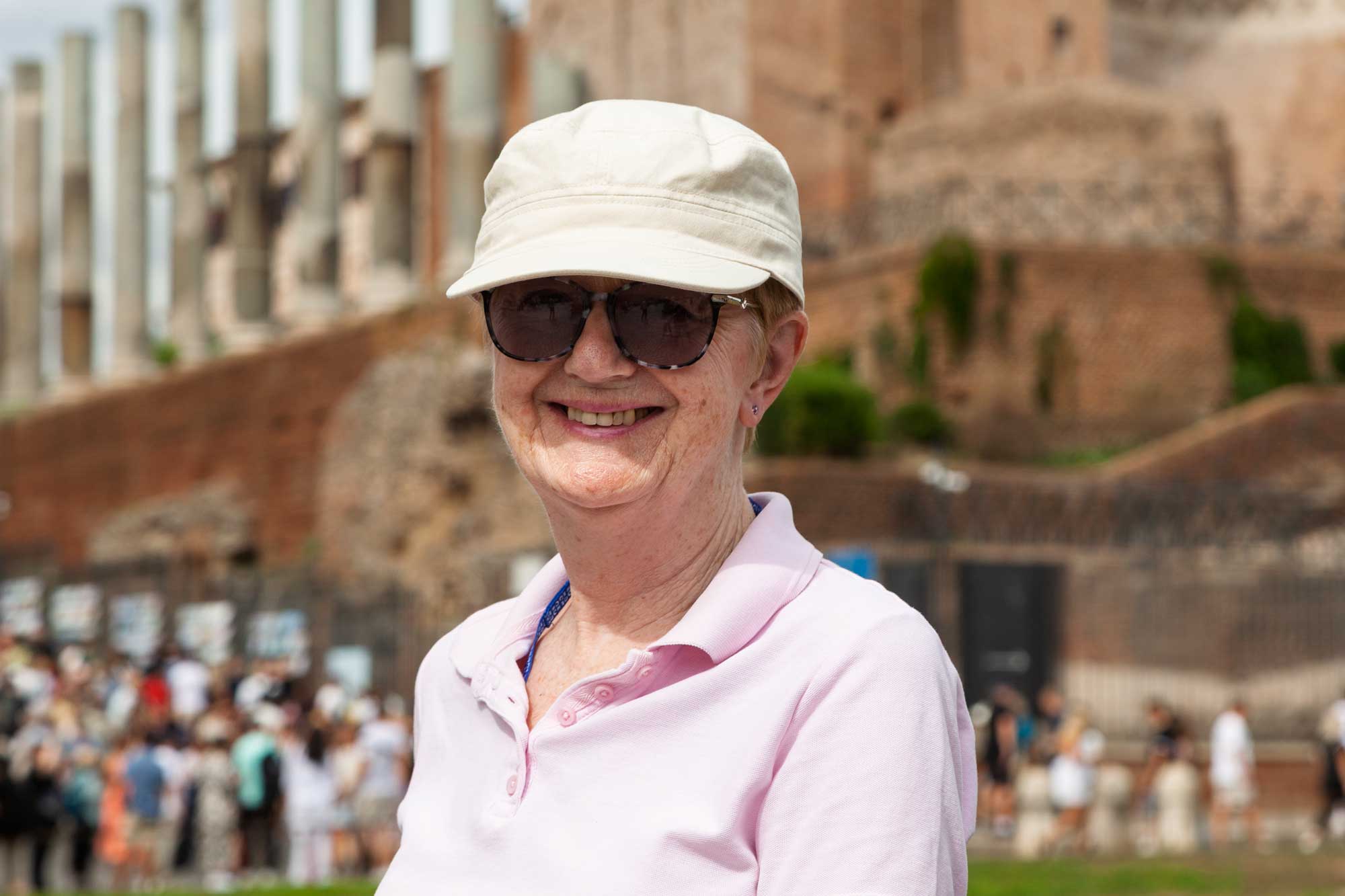
On our way back to the coach, we stopped off at a terrasse cafe on the banks of the River Tiber. Whilst we were there, Pat spotted a Coypu swimming in the river and then coming ashore near to where we were sitting. We've never seen one of these before, so I quickly grabbed my camera to take a picture:
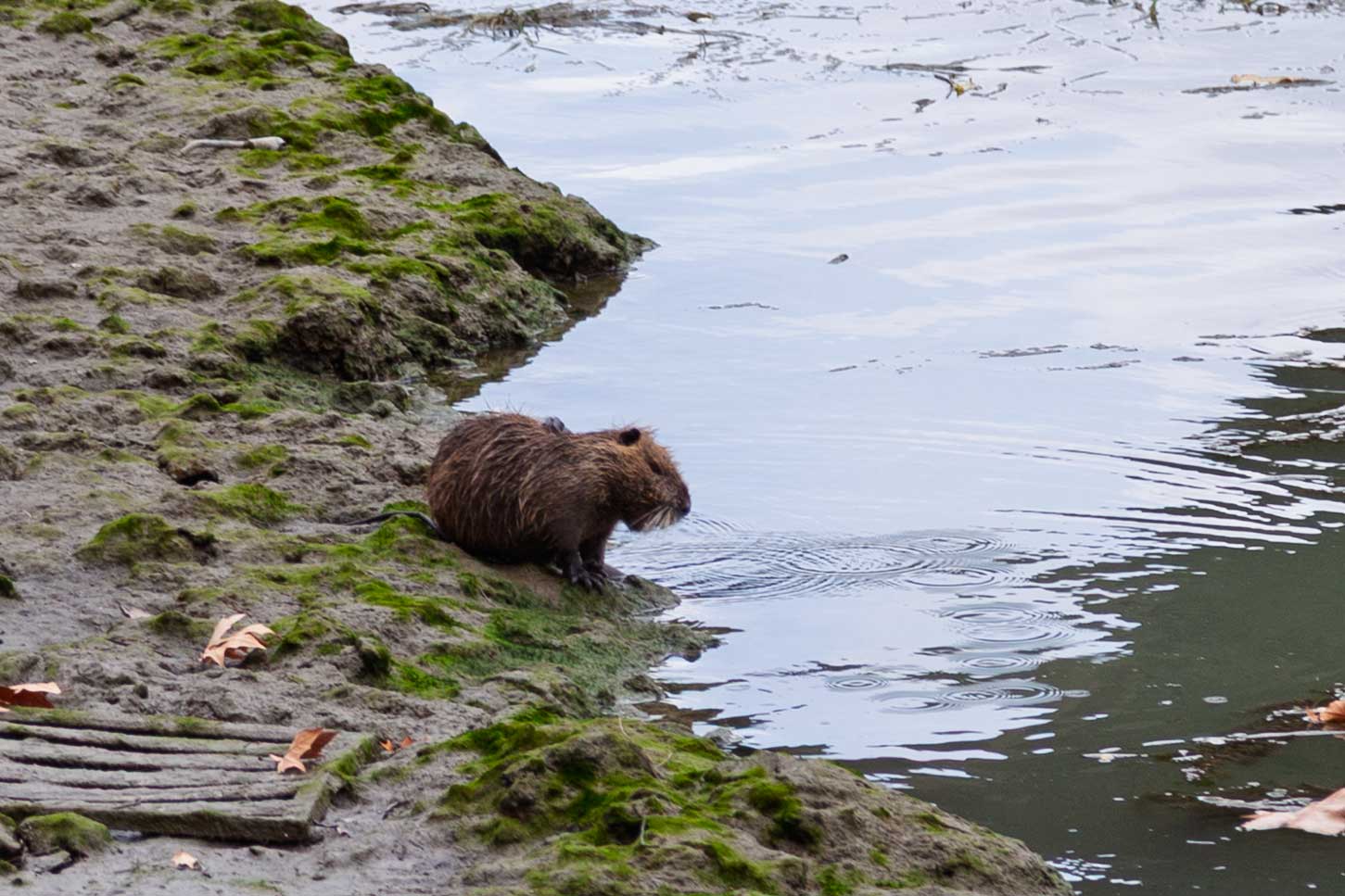
Our next port of call was Naples. Here our plan was to go to see the ancient city of Pompeii (which lies in the modern day municipality of Pompei - notice the change of spelling!)
I had bought some antihistimines whilst we were in Rome and I took a double dose of them the night before arriving in Naples. Fortunately this greatly helped the hives I had been suffering from and now it has gone from most of my arms and legs with just a few isolated areas left. I'm sure they will have gone by the time we reach Istanbul.
To get to Pompeii we walked to the main train station in Naples (took us about 35 minutes). It was well worth doing this as the train only cost us £11.53 return whereas the taxi drivers had been quoting us £130 and the ship excursions were even dearer than that.
The only complaint was that the train was extremely busy. There were no seats free for us and we were crammed in like sardines. It was very much like the pictures you see of trains in India or on the Japanese Underground. We were stood up for the entire 30 minute journey to Pompeii and it was so packed that people could just stand around us and not need to hold onto any bars as the train moved because we were so packed together.
Just as we arrived in Pompeii and had bought the entrance tickets the heavens opened and there was an almighty thunderstorm which lasted throughout our visit there. We were absolutely soaked by the time we got back to the ship (on the return train journey we managed to get on quickly and grab seats so it was much more comfortable for us).
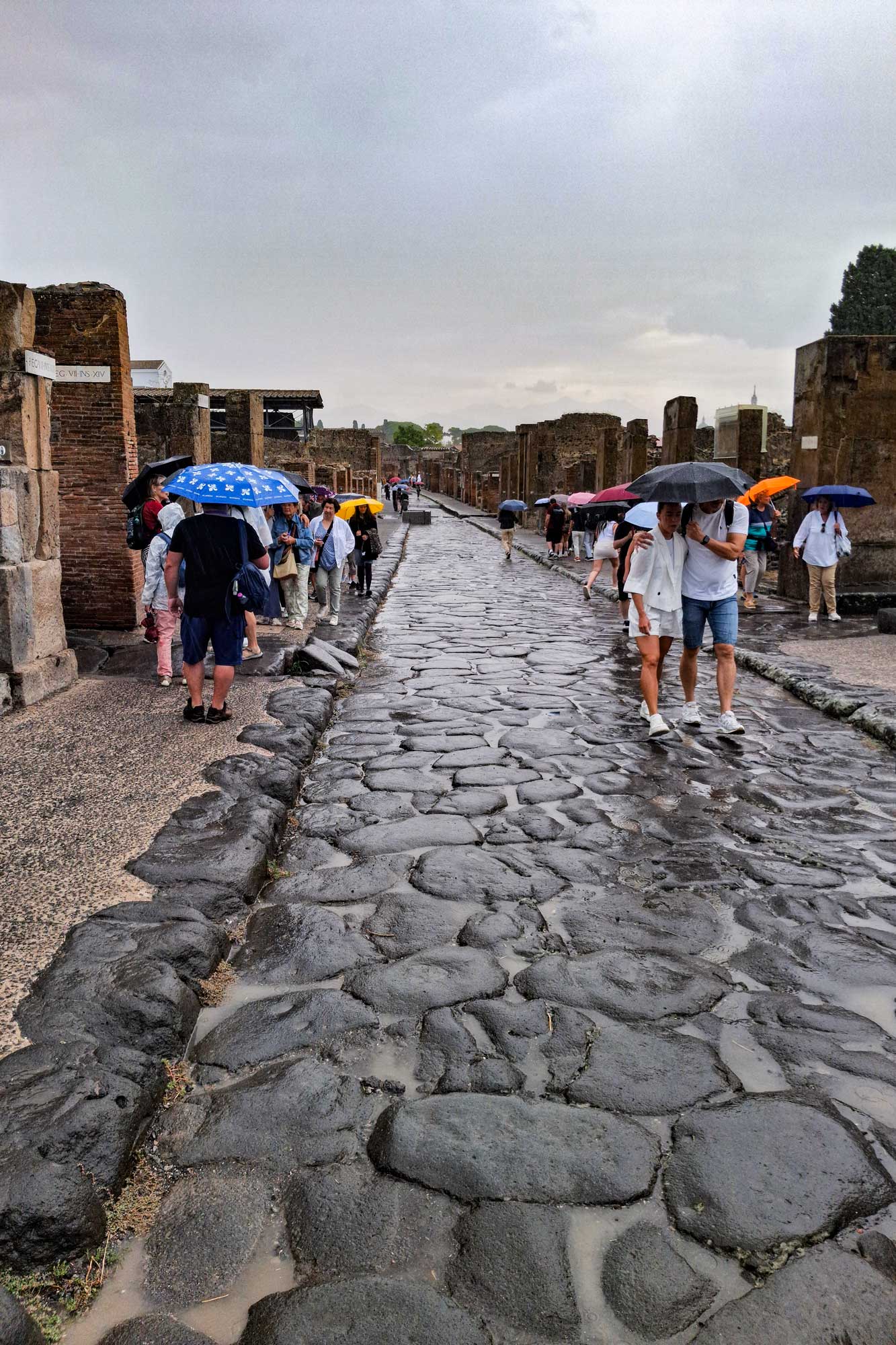
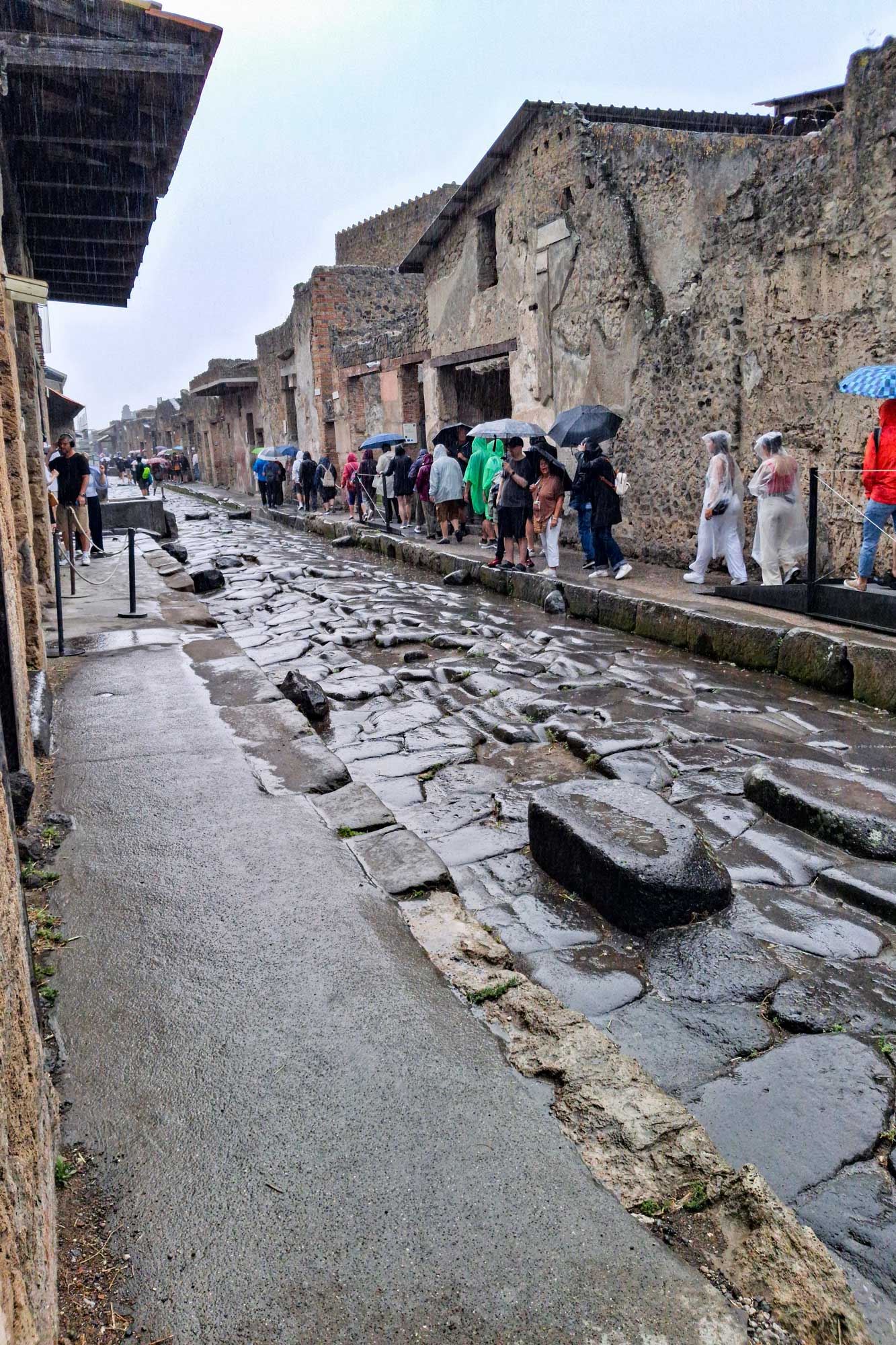
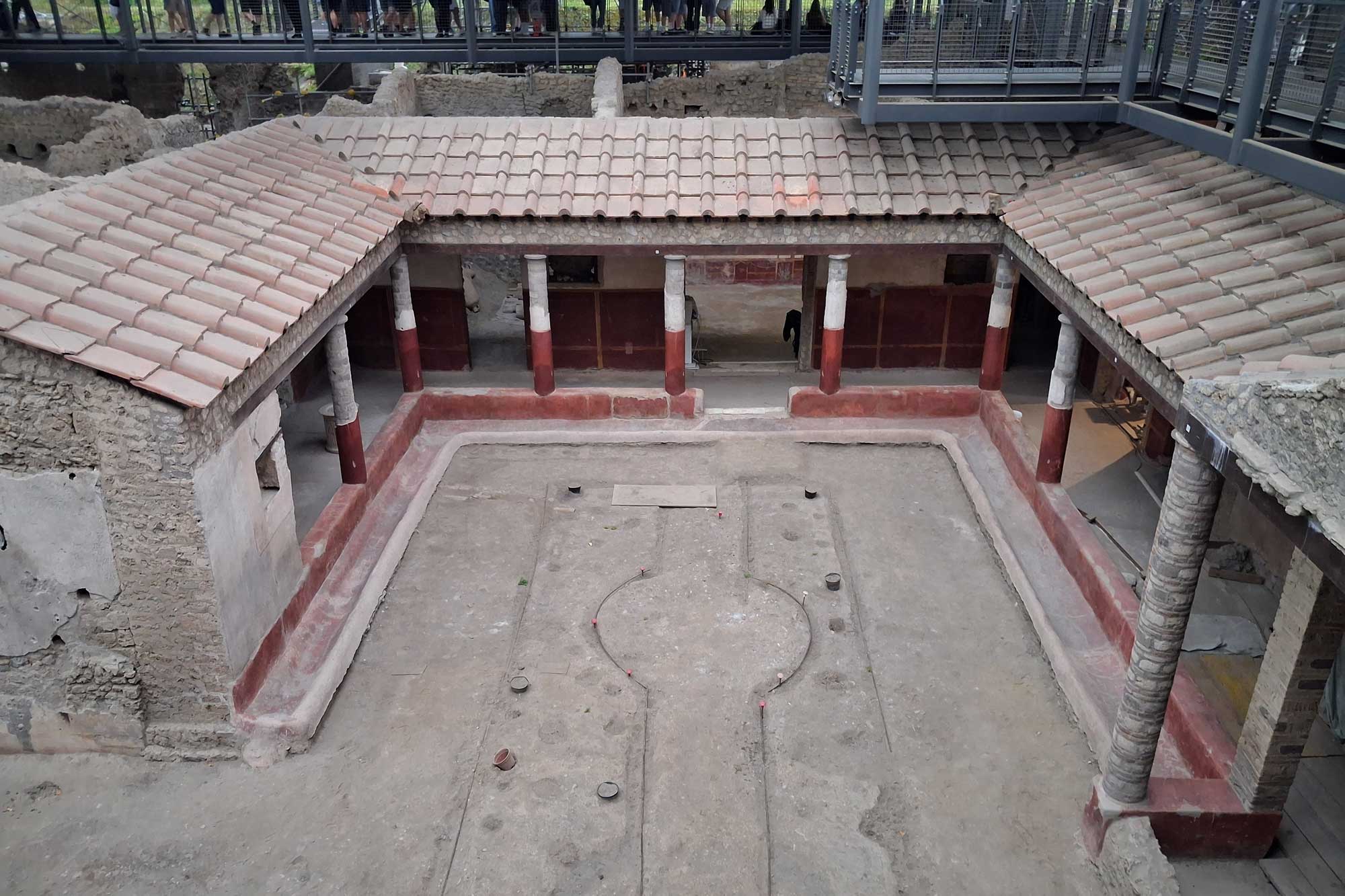
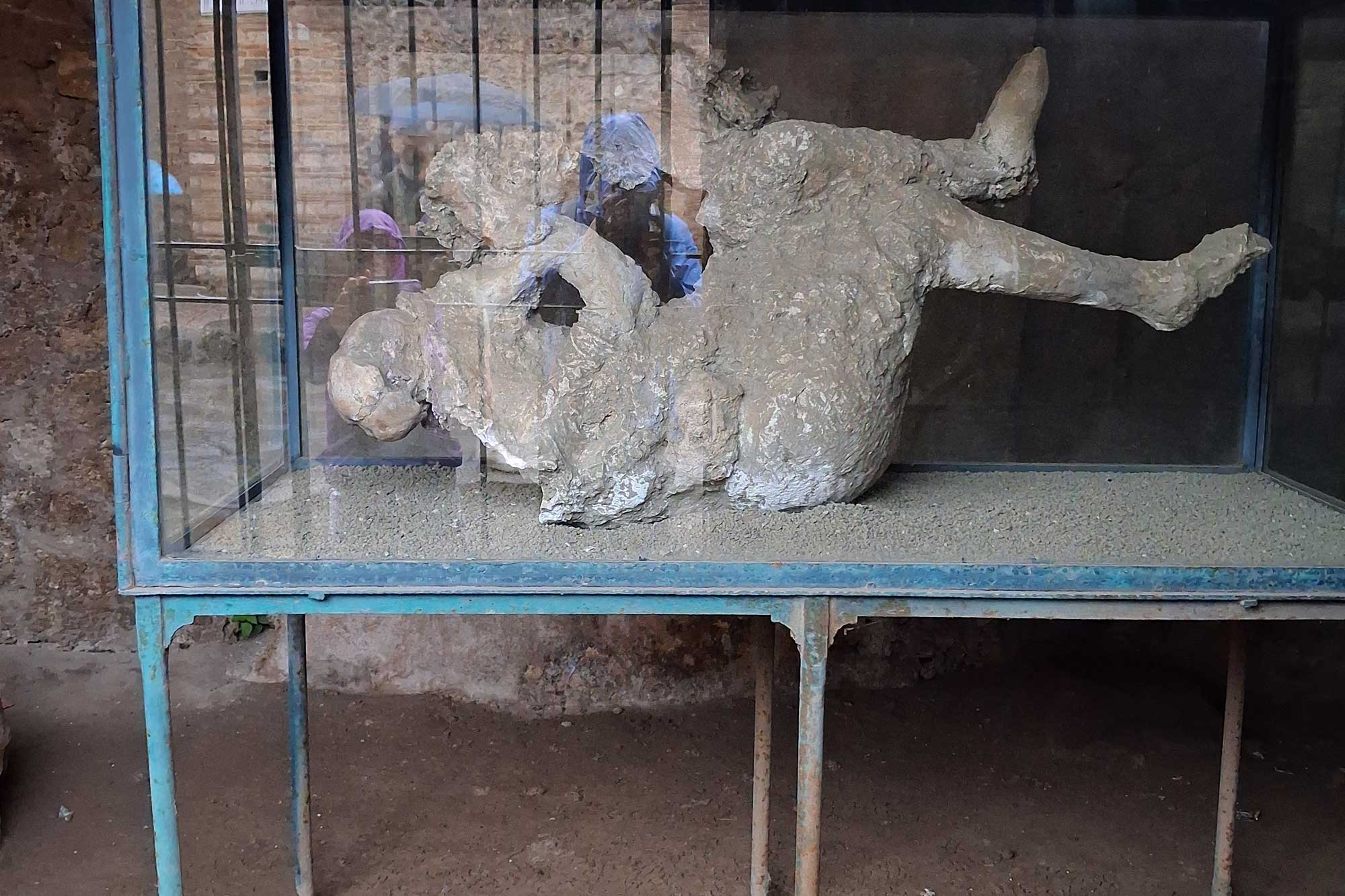
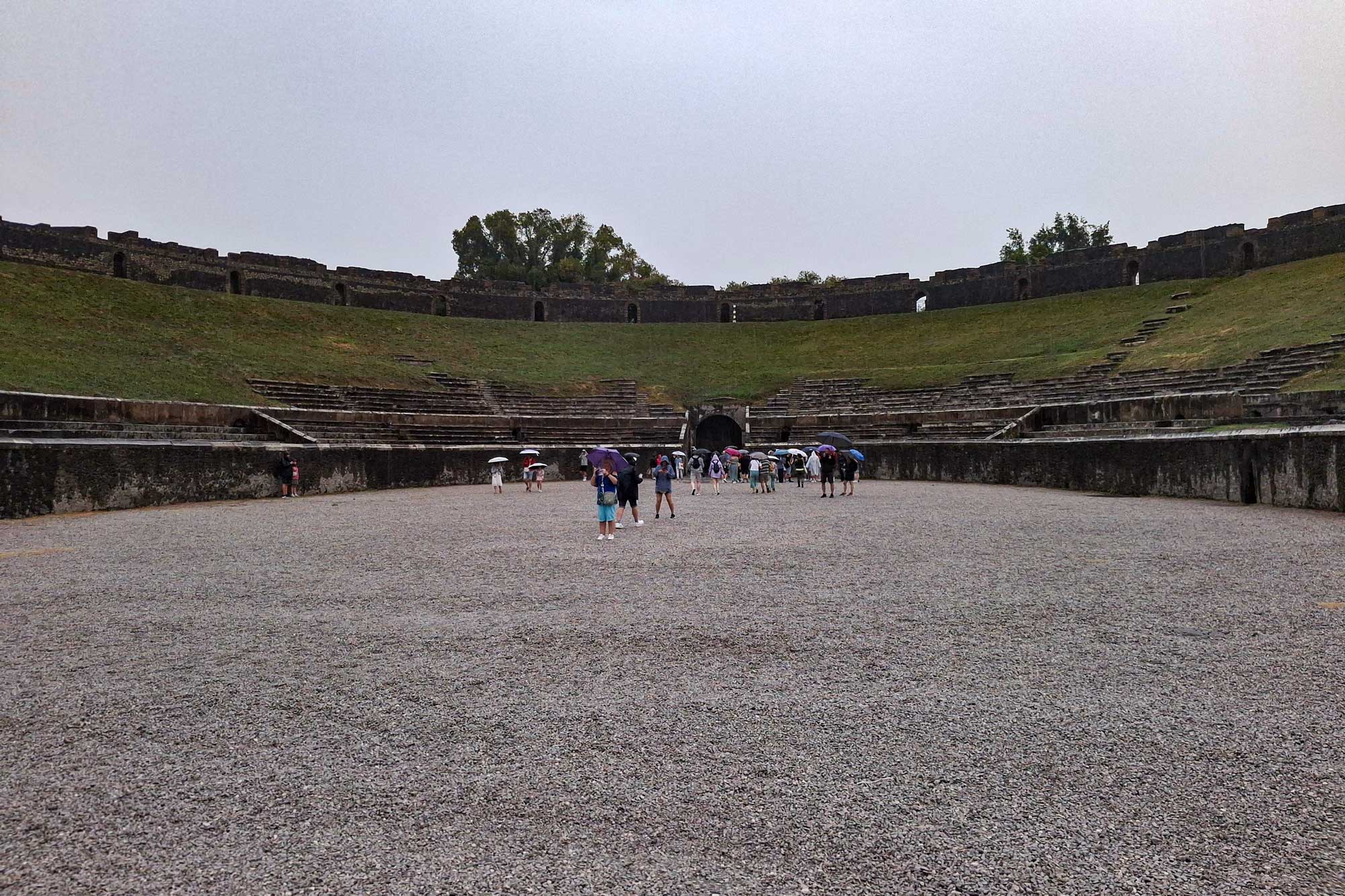
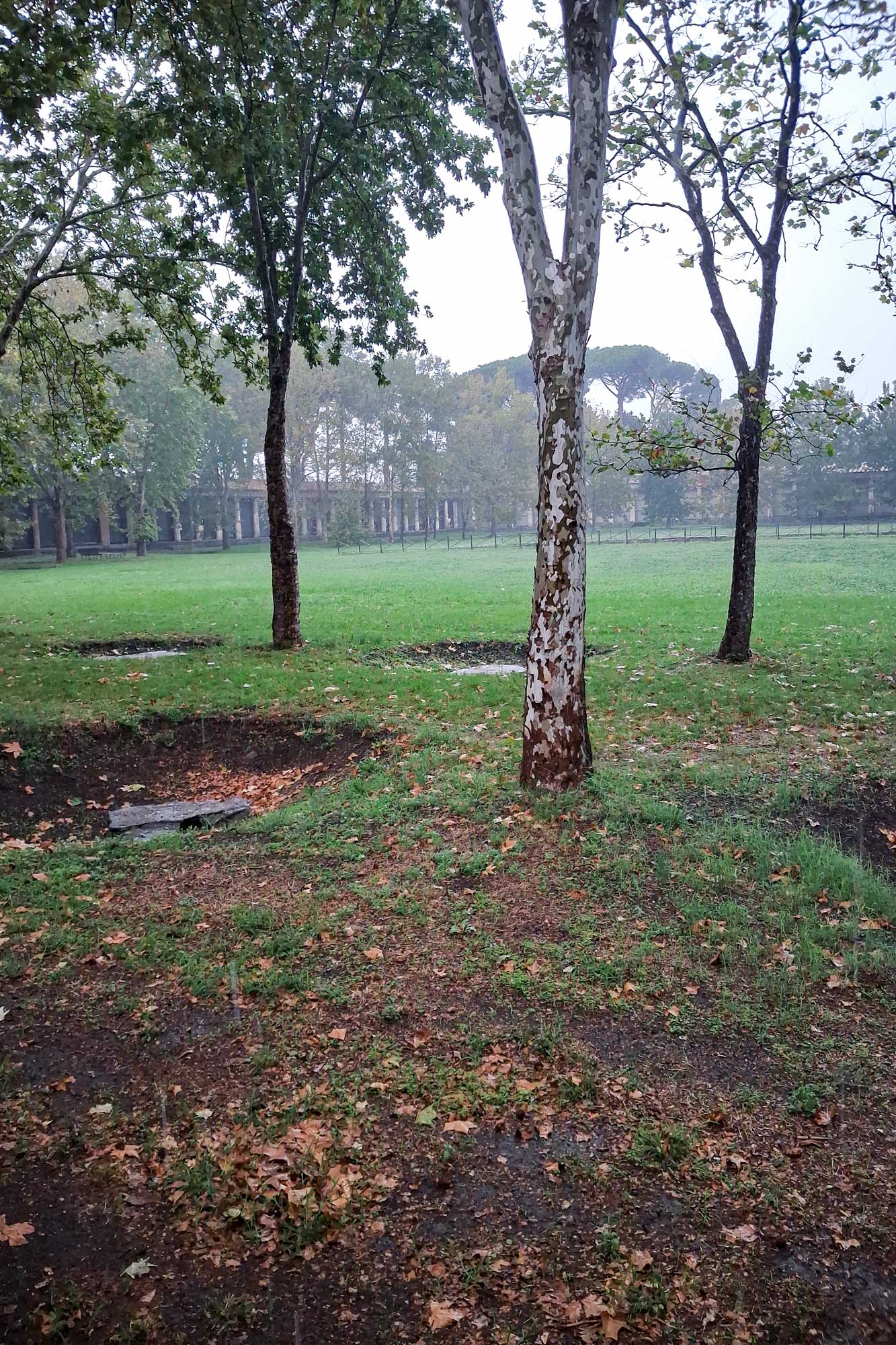
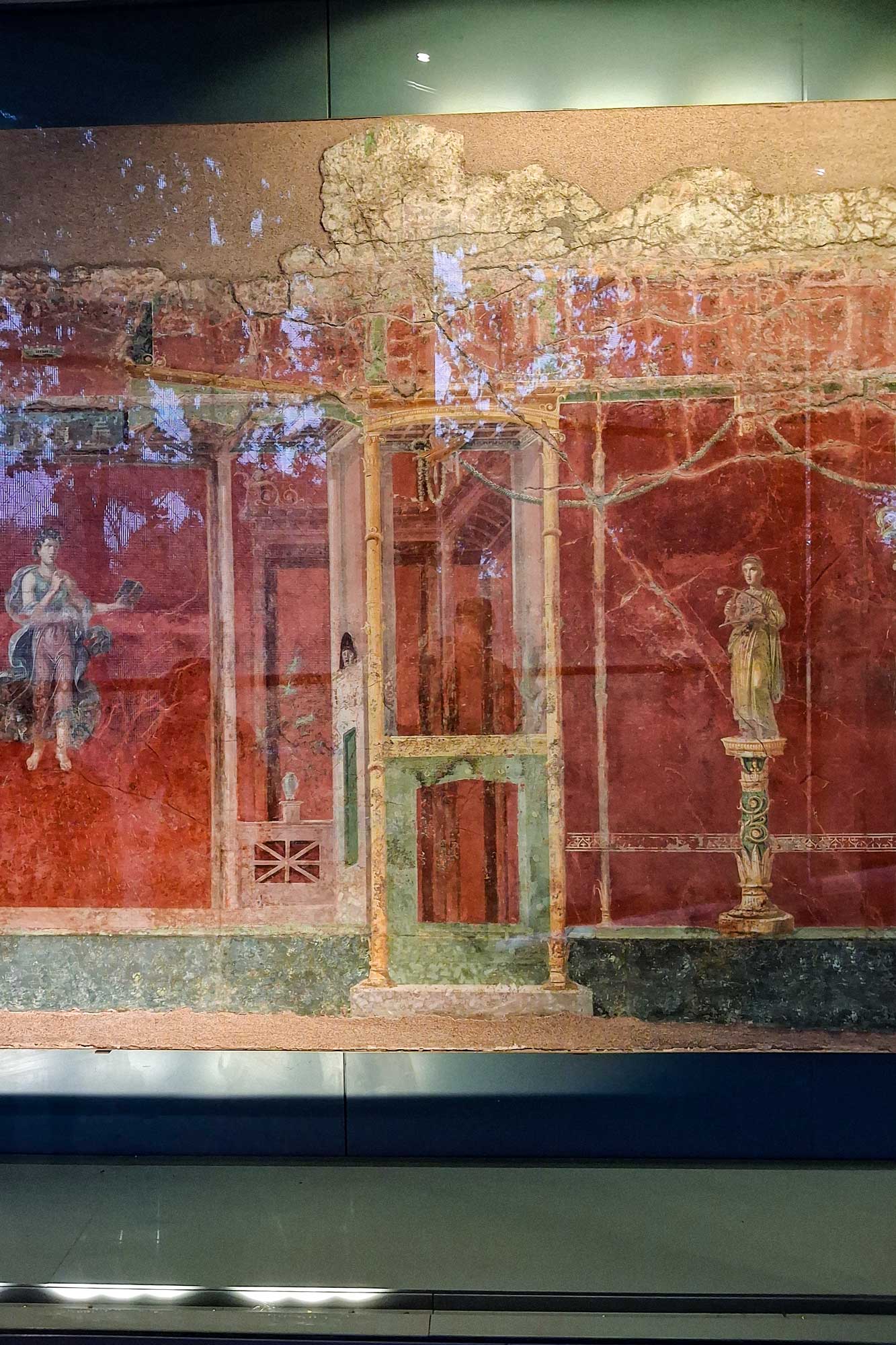
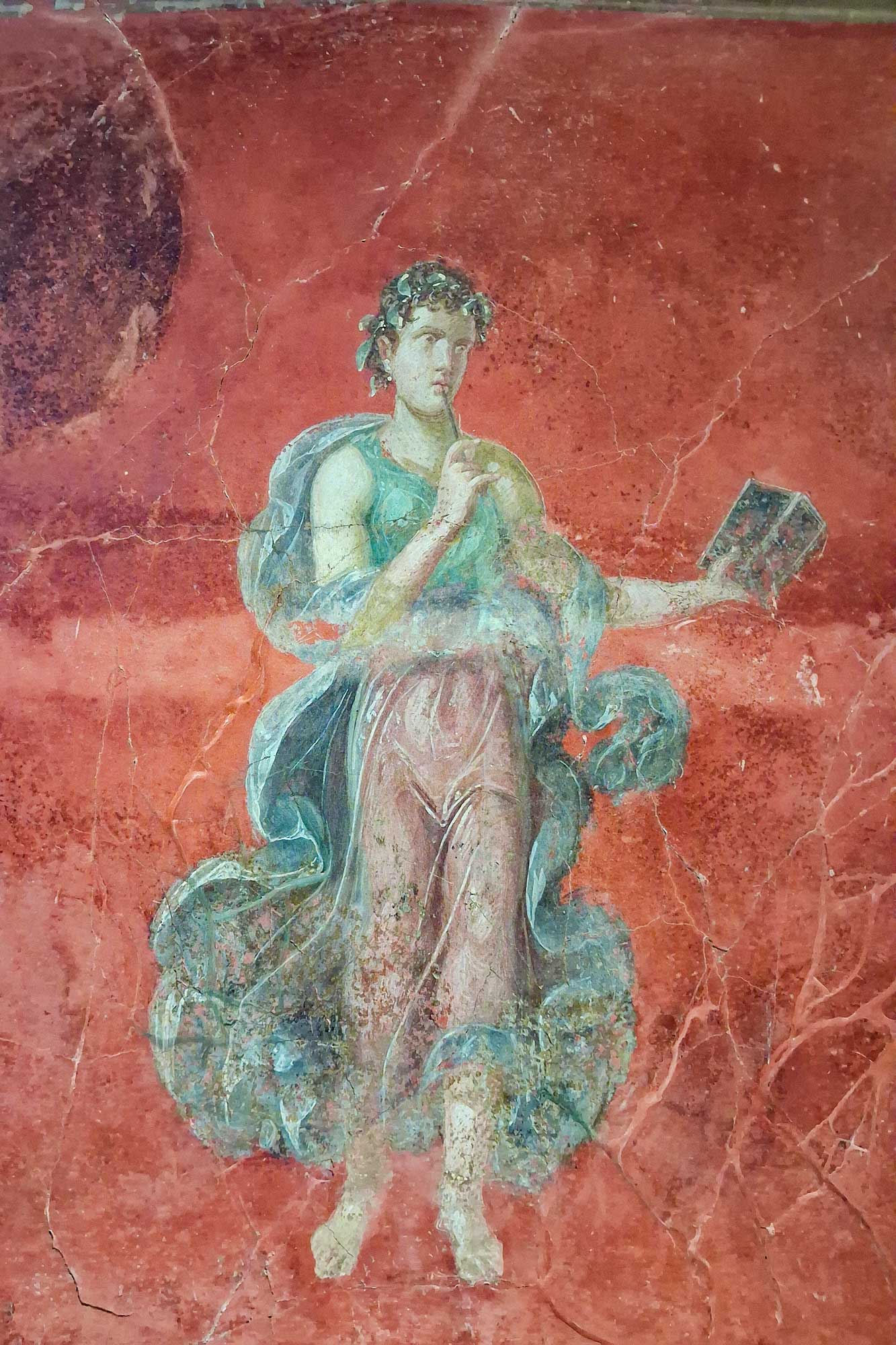
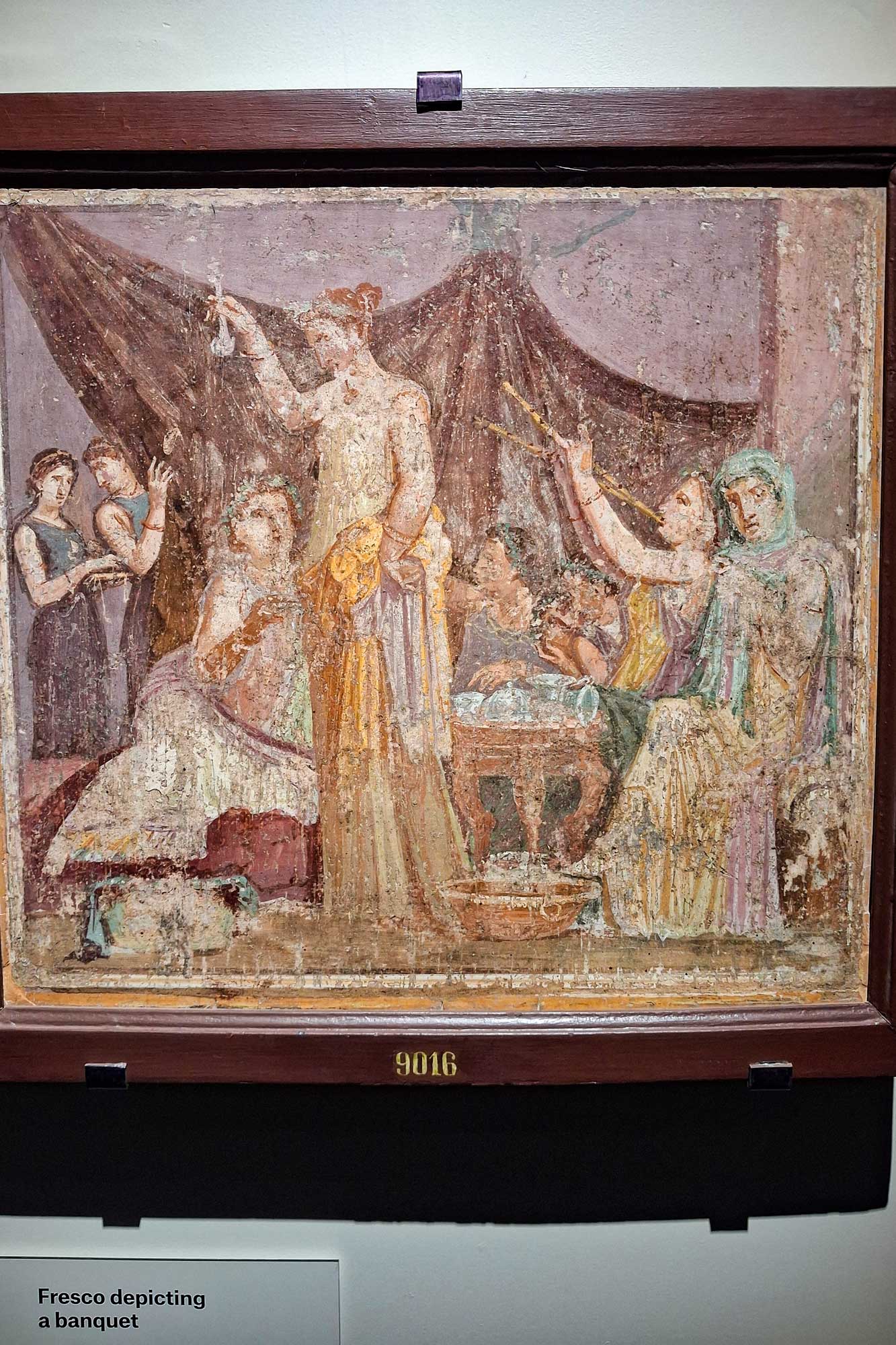
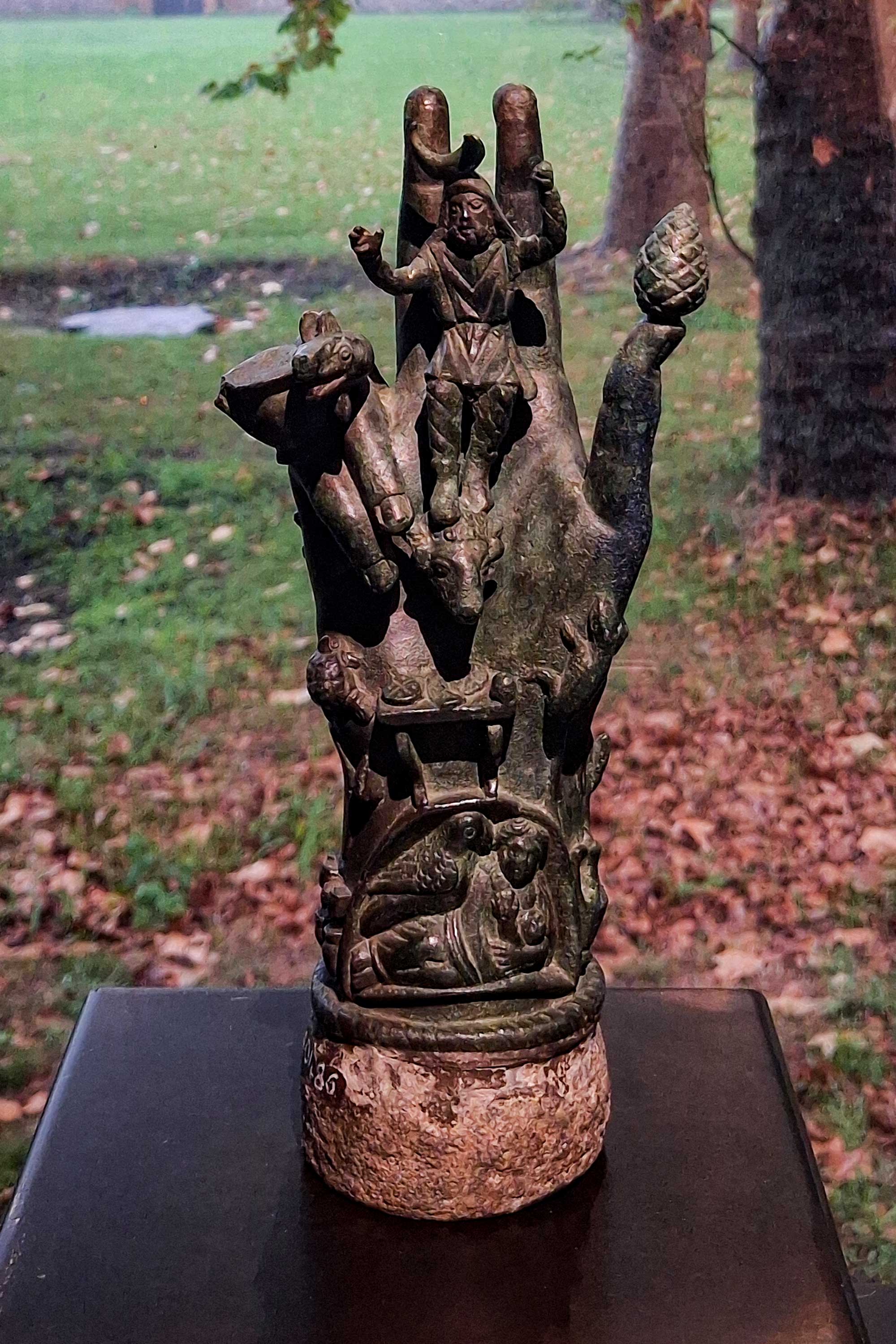
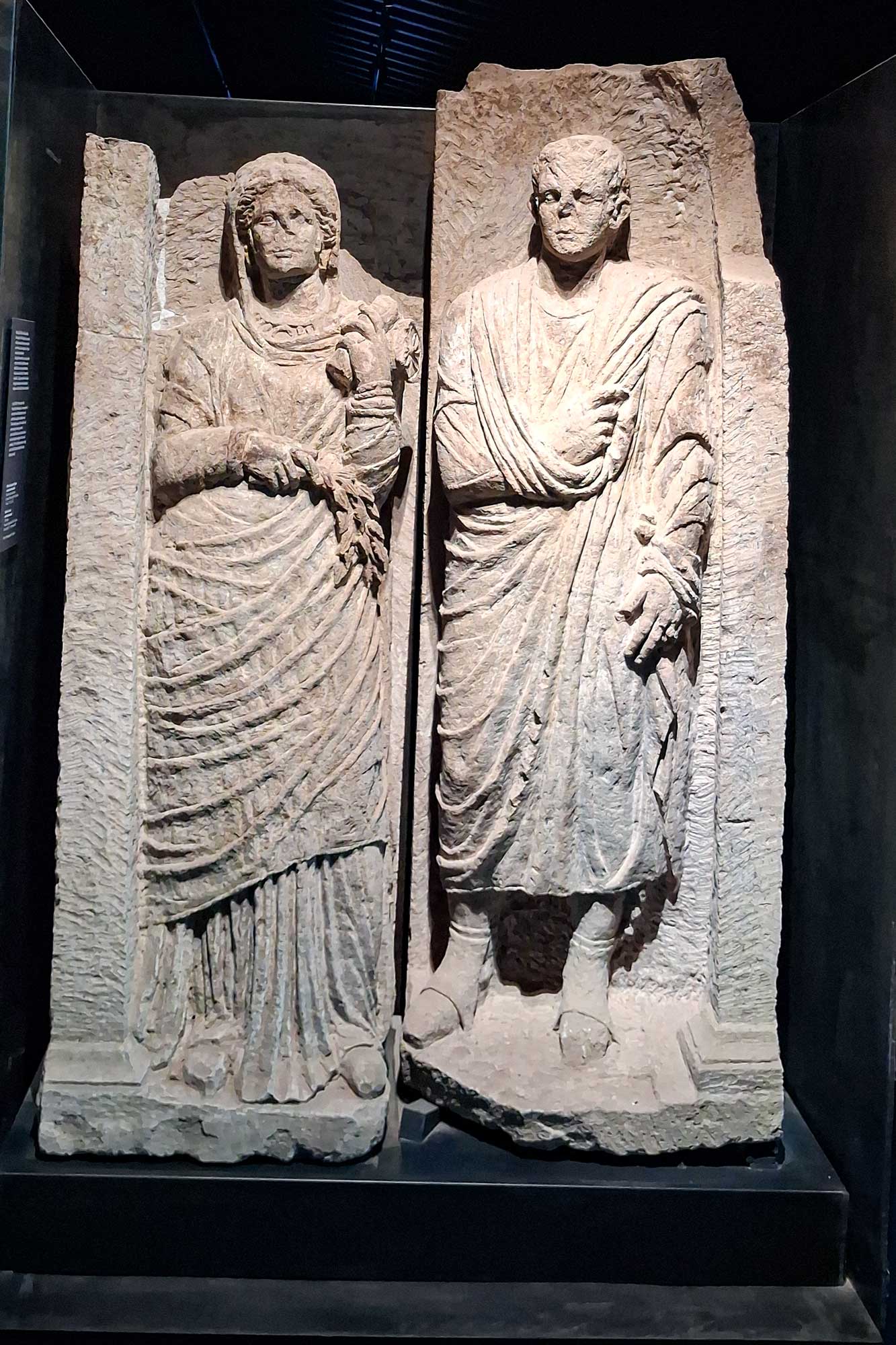
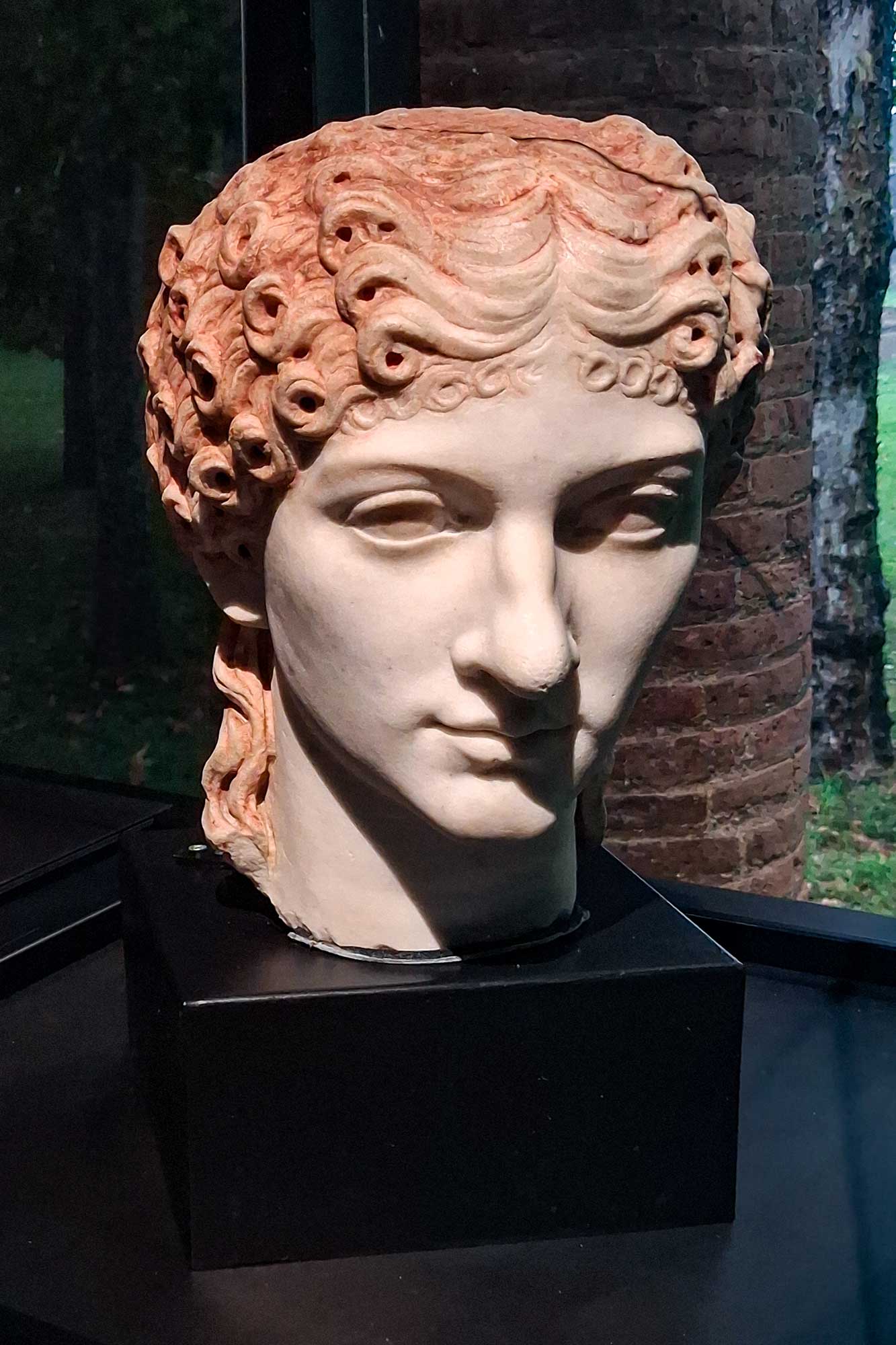
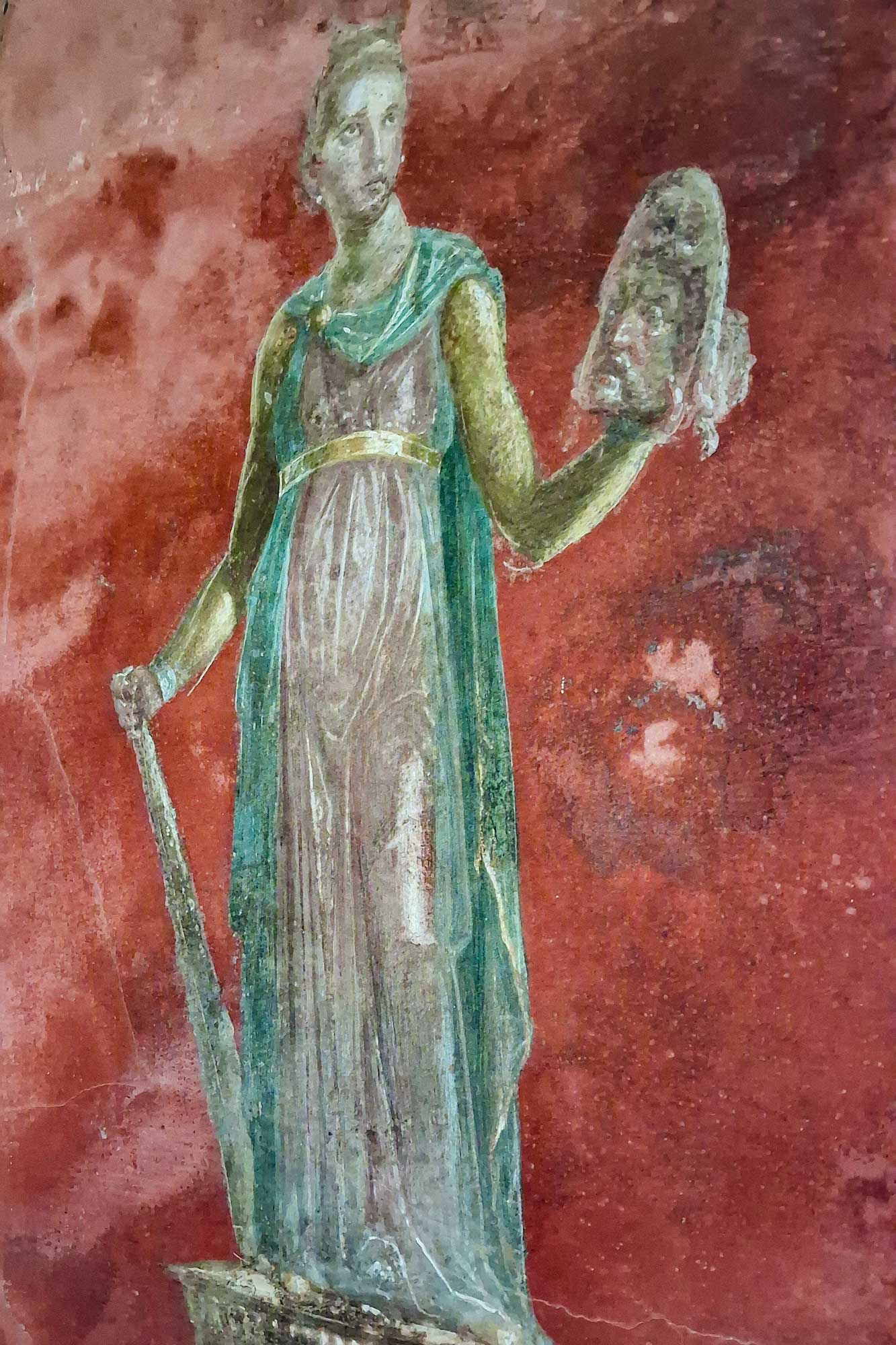
We always love visiting Rome as well as Pompeii as we love seeing all the ancient roman ruins. However, we both think that neither of these beat Istanbul! It's a huge city and we have only seen a very small part of it in the four days we've spent here (two days on our present cruise and 2 days on a previous cruise).
Photos cannot really do justice to the place because they can never truly convey the immensity of the city itself nor of the enormity of the various bazaars that we've walked through (particularly the Grand Bazaar - as indeed its name would suggest). But more than that, photos are unable to capture the smells and sounds of the city (whether this comes from the aromatic fragrances of the spices, the shouts of vendors enticing every passing tourist to their stalls, or the announcement from the various mosques that punctuate the city's skyline).
God willing, we would both hope to return one day.
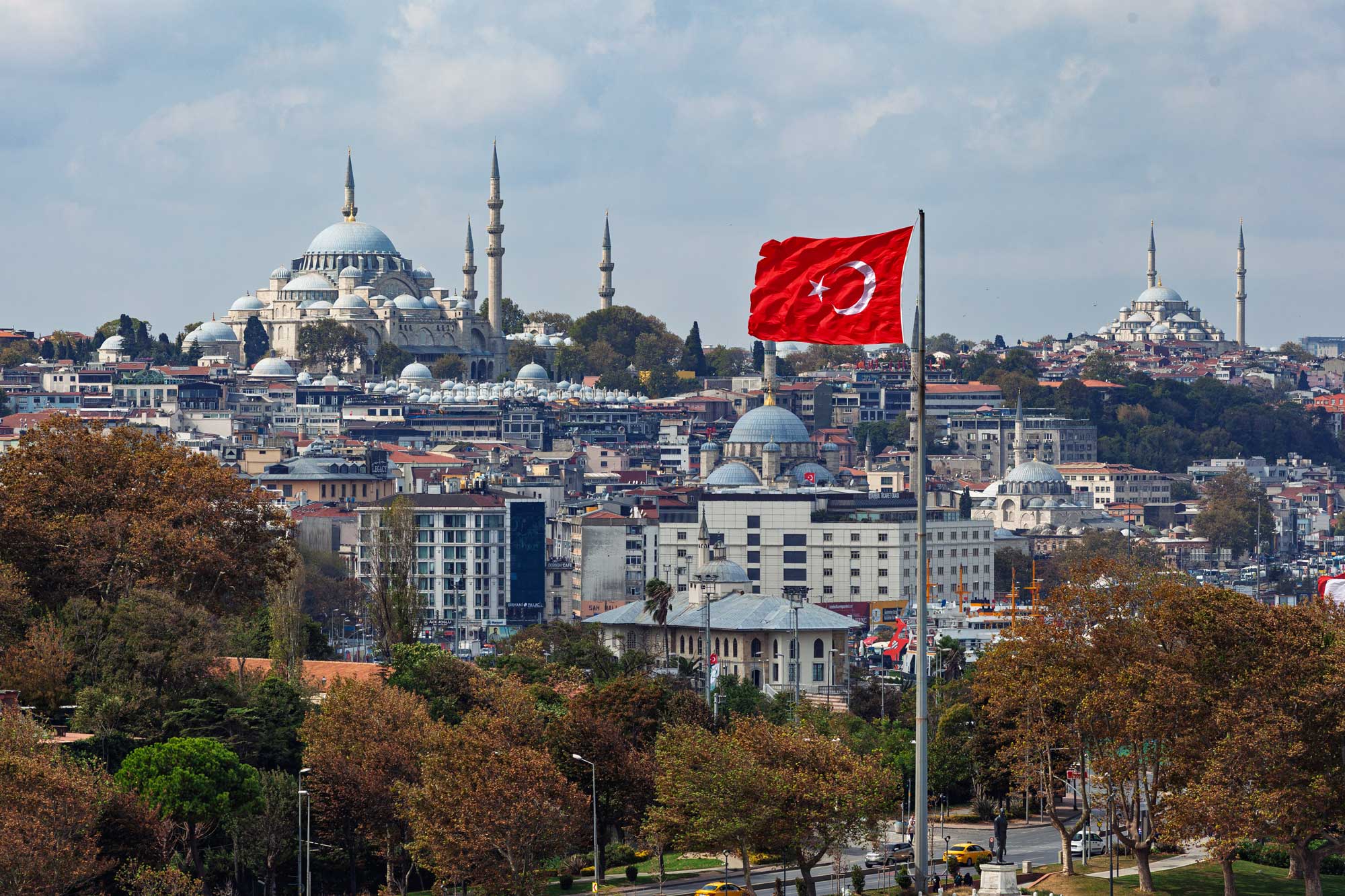
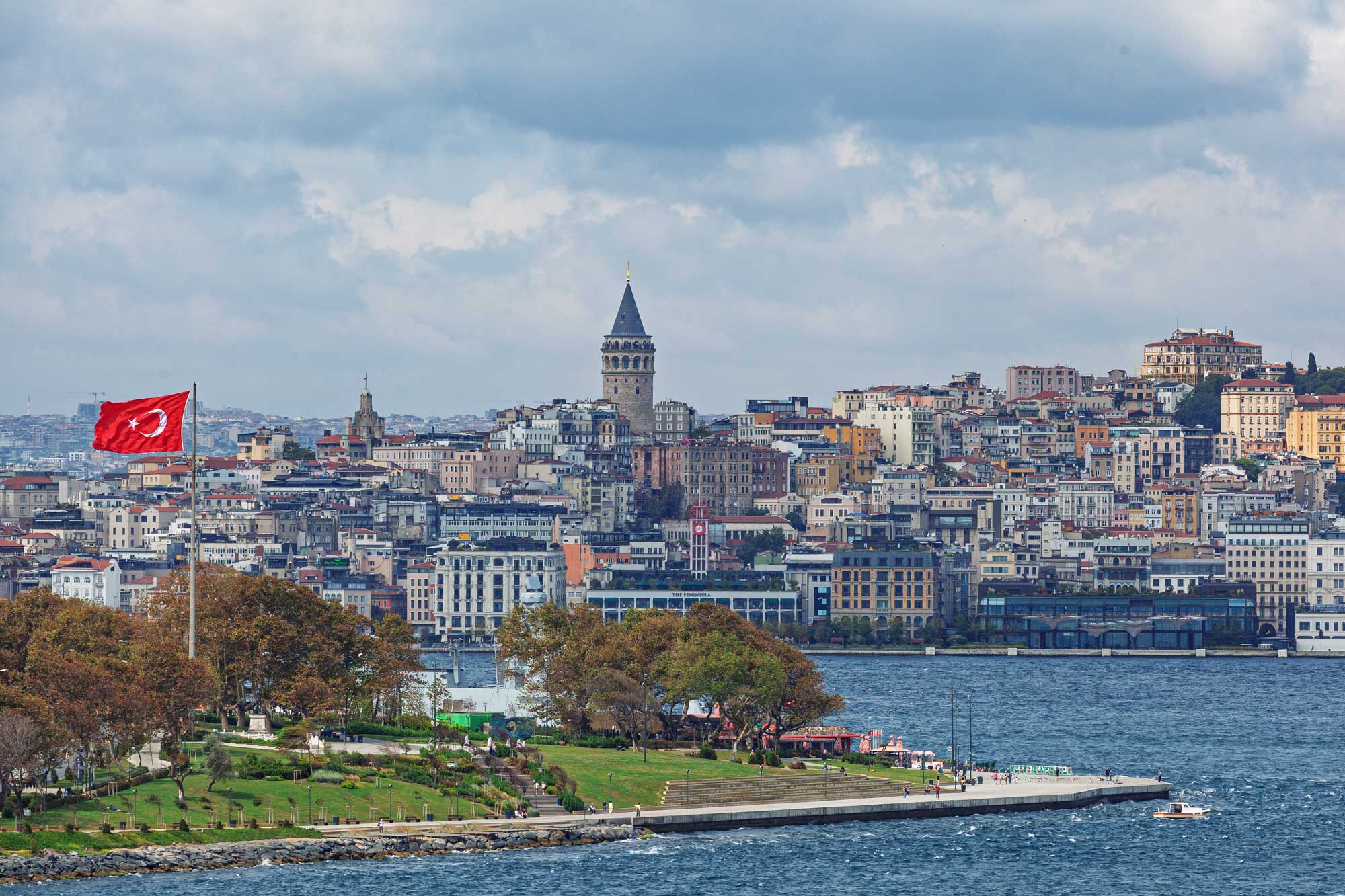
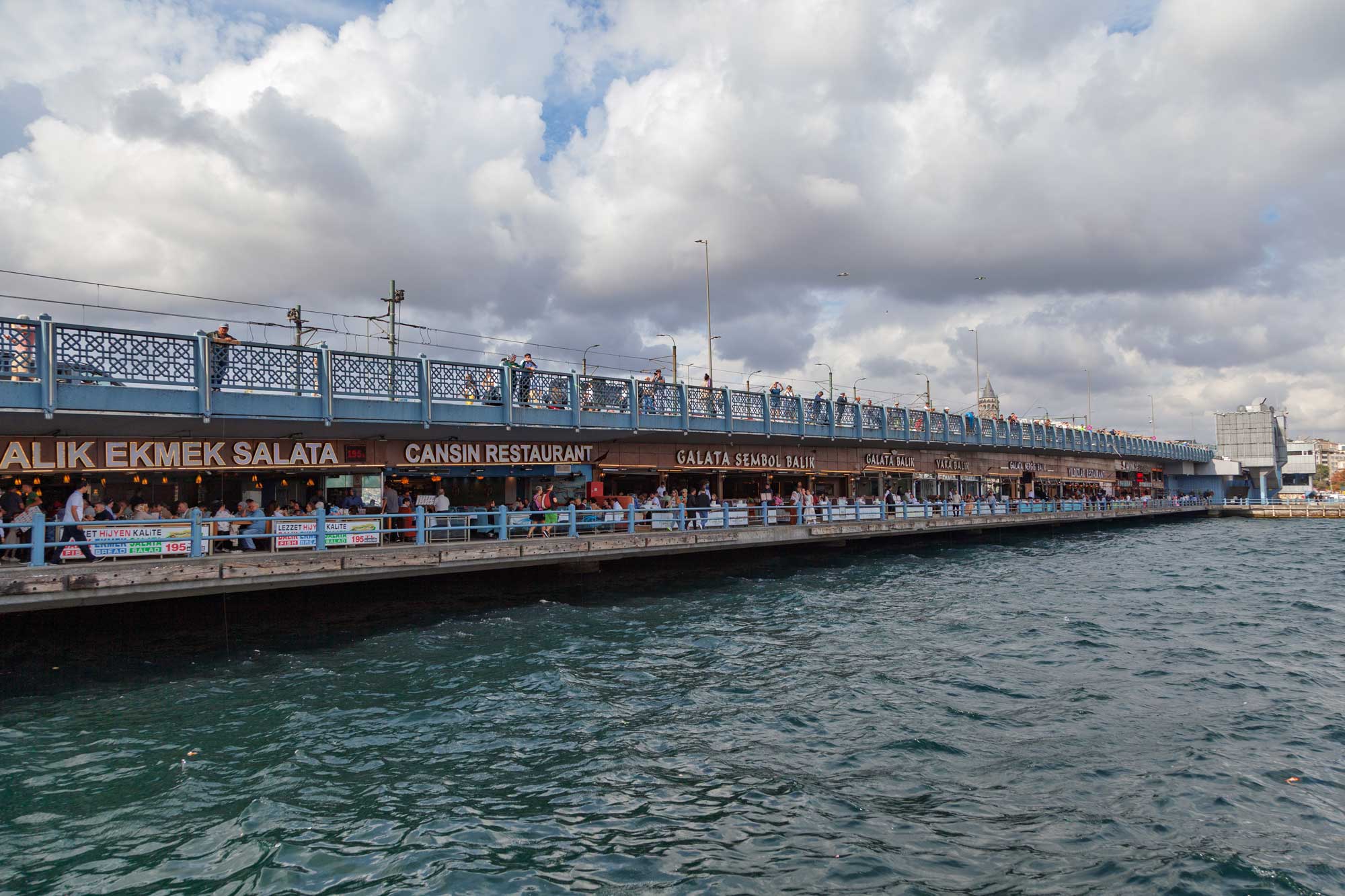
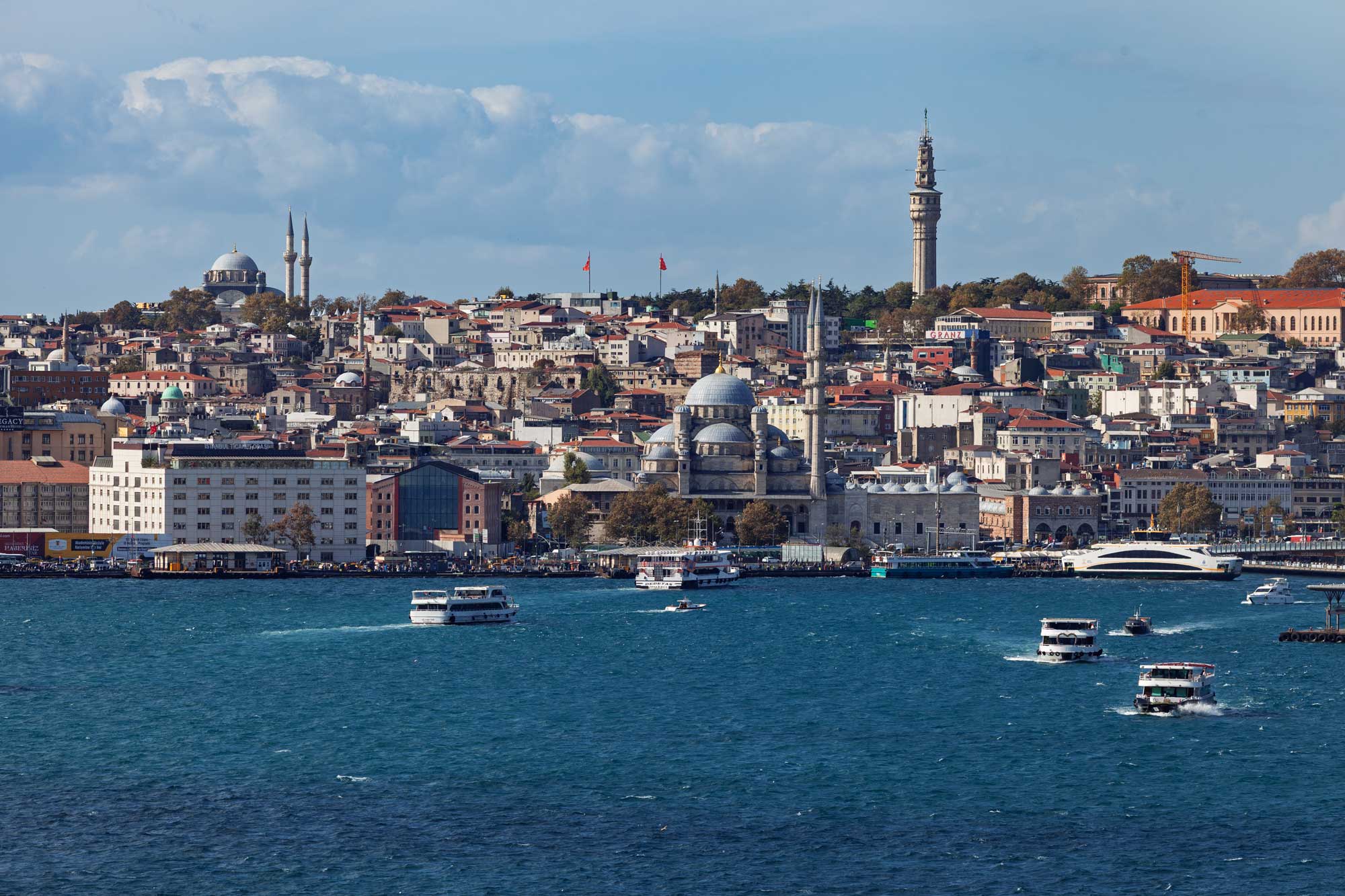
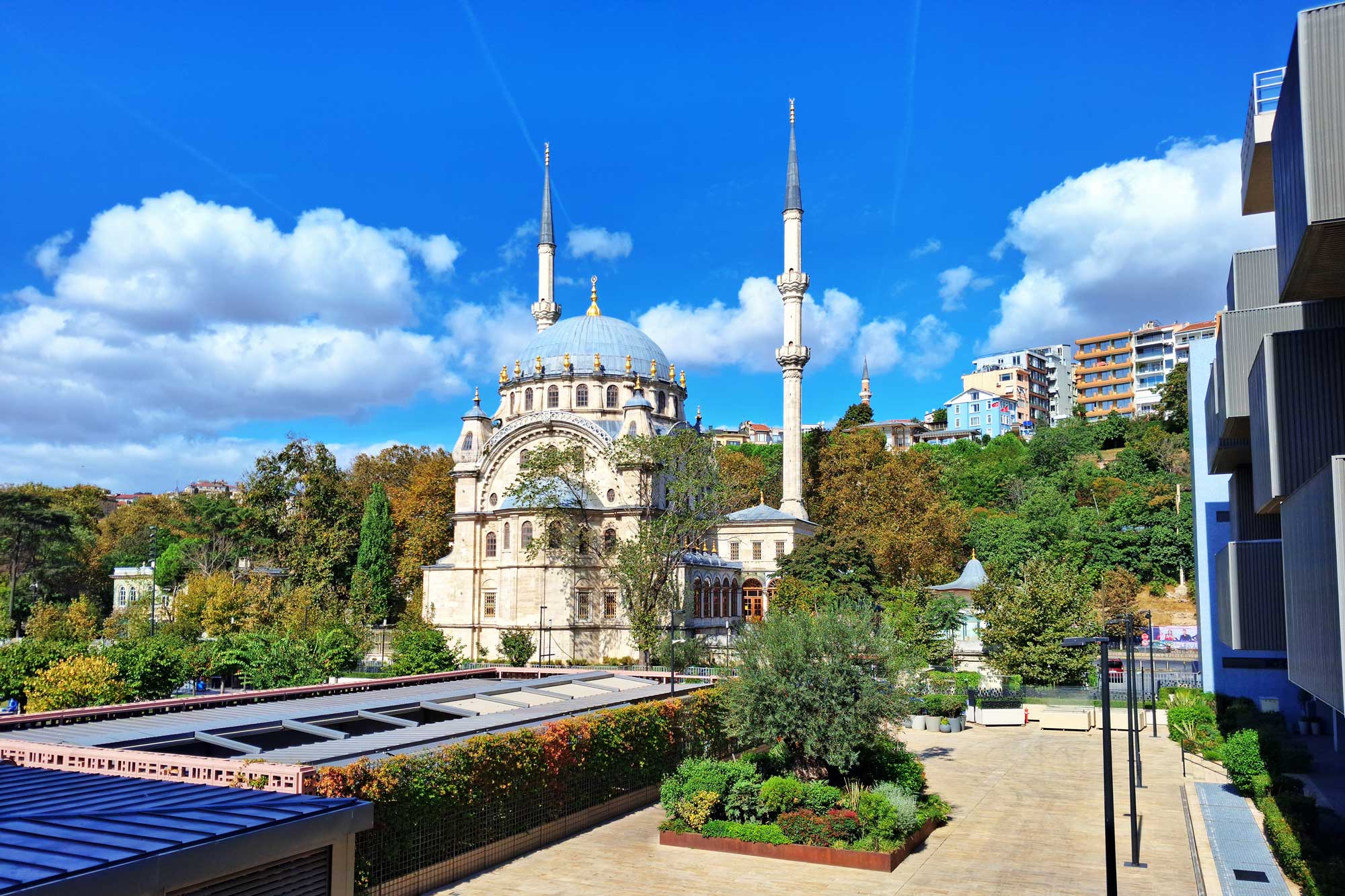
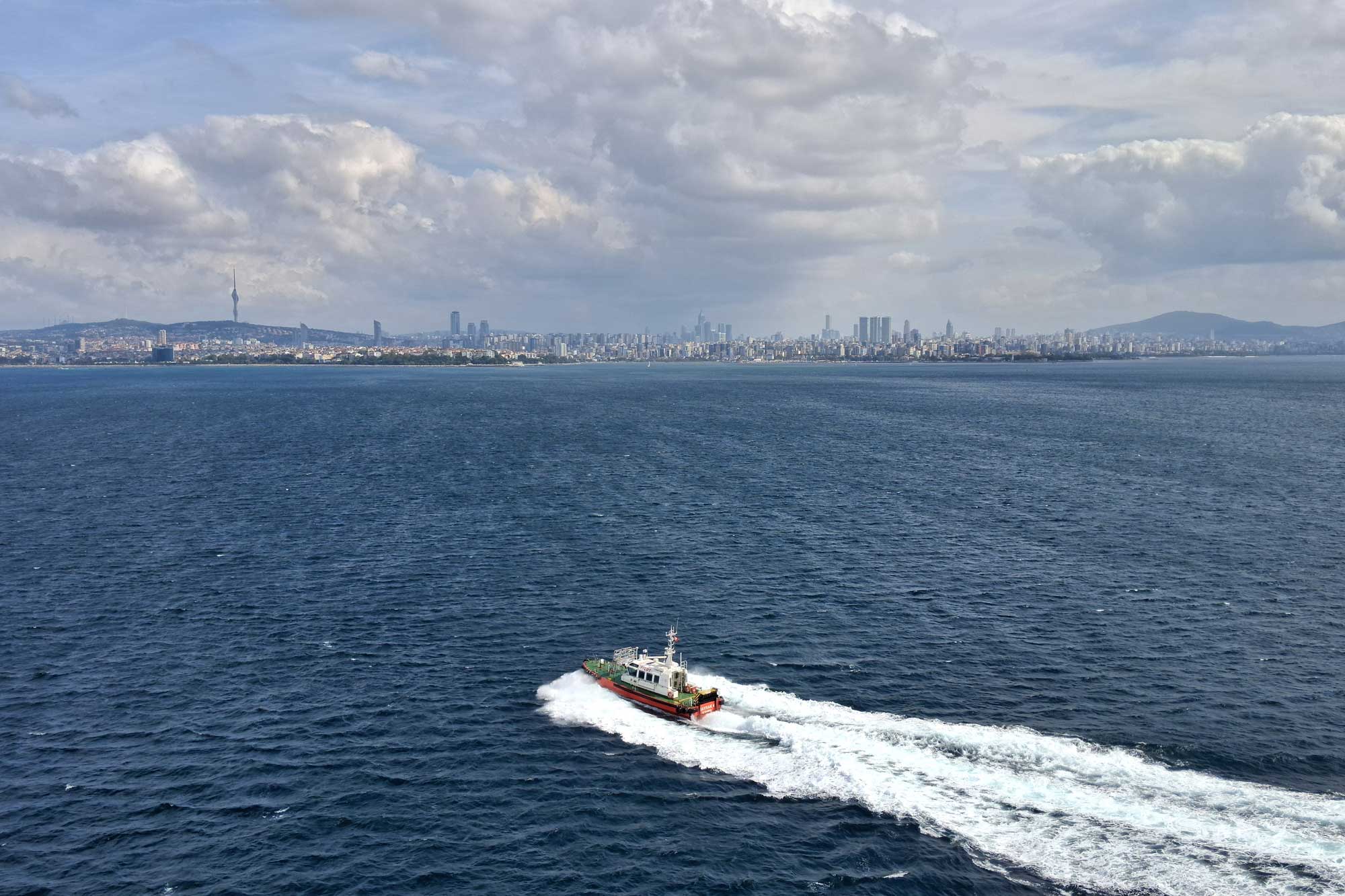
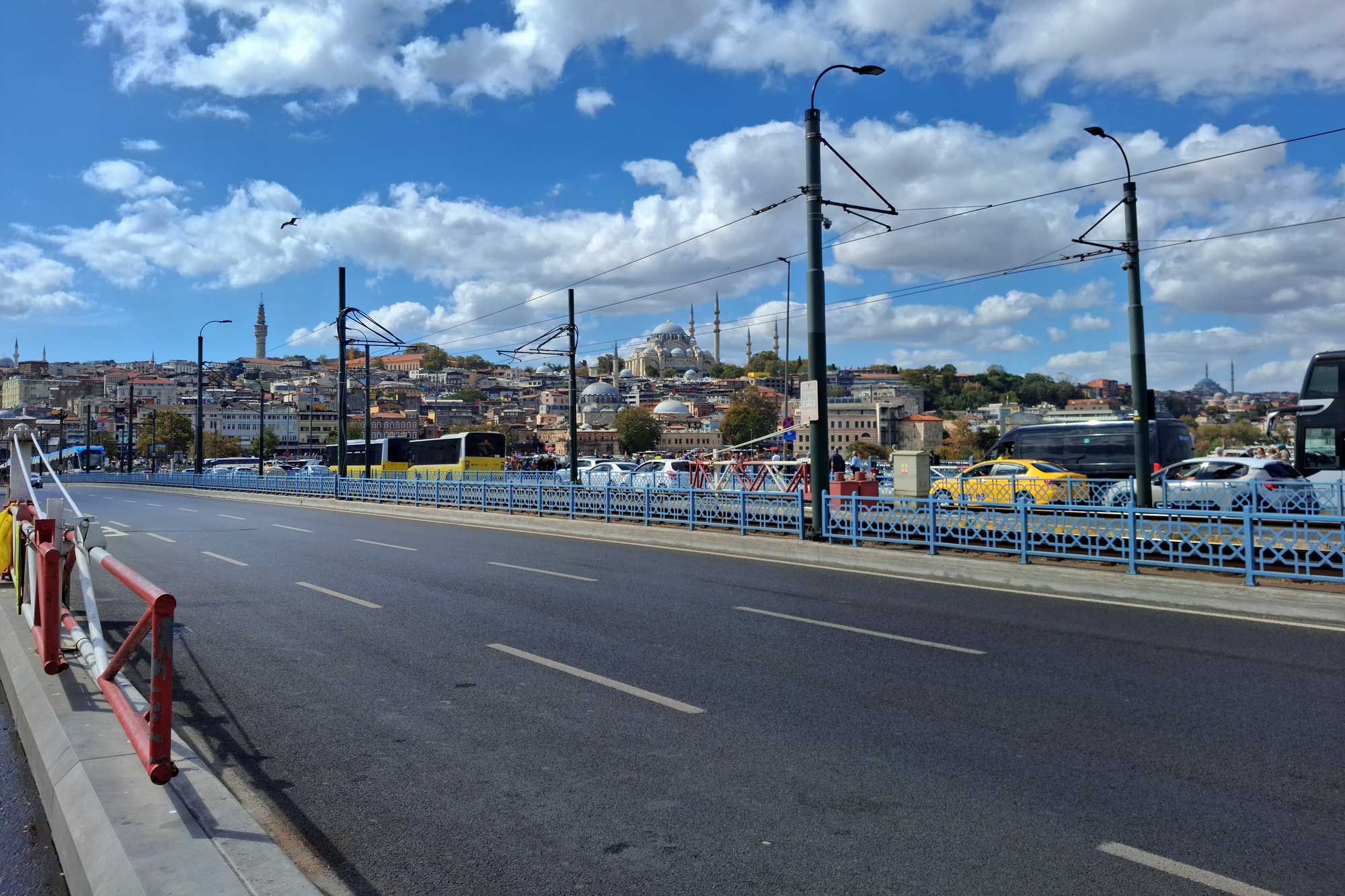
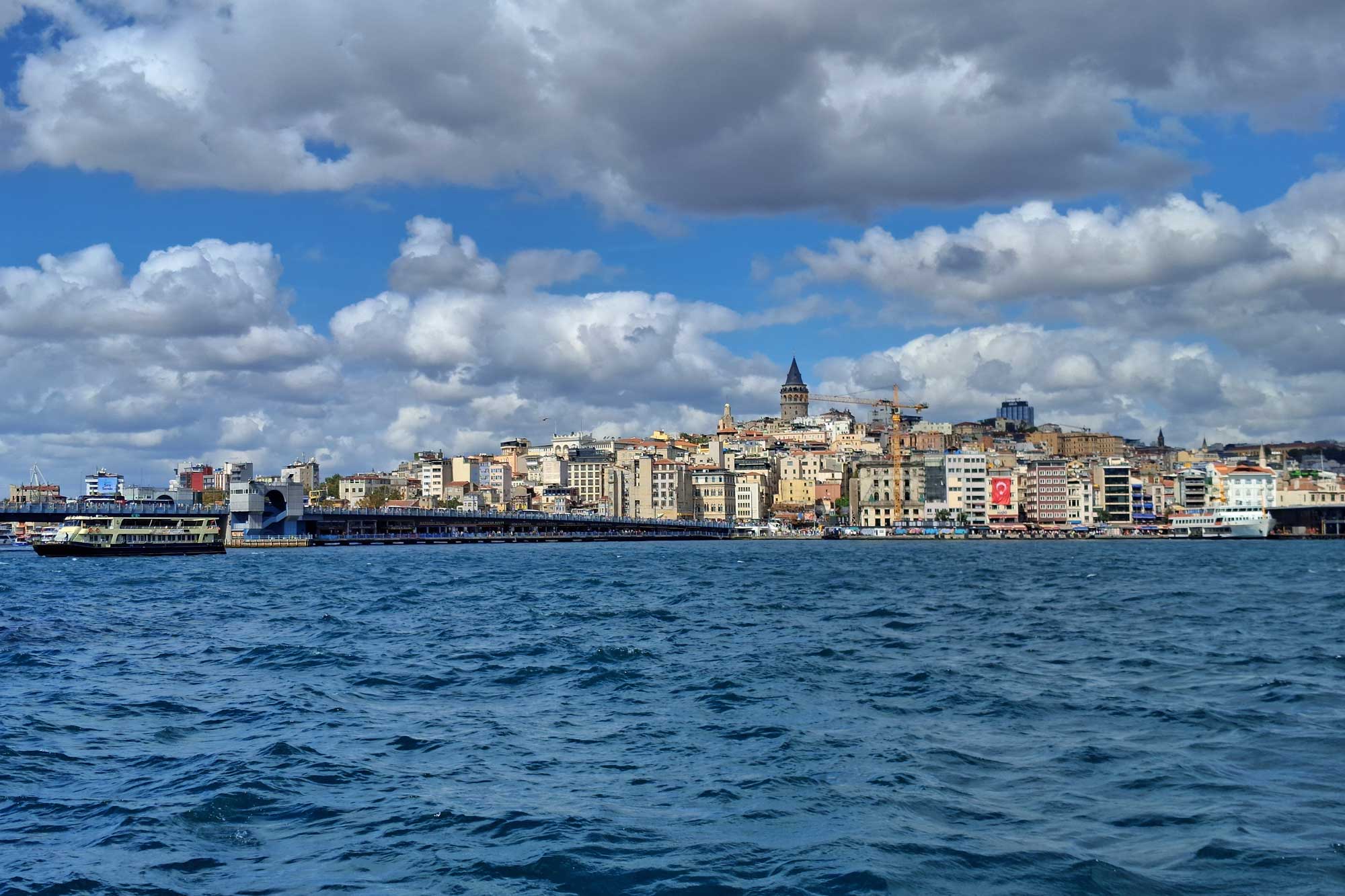
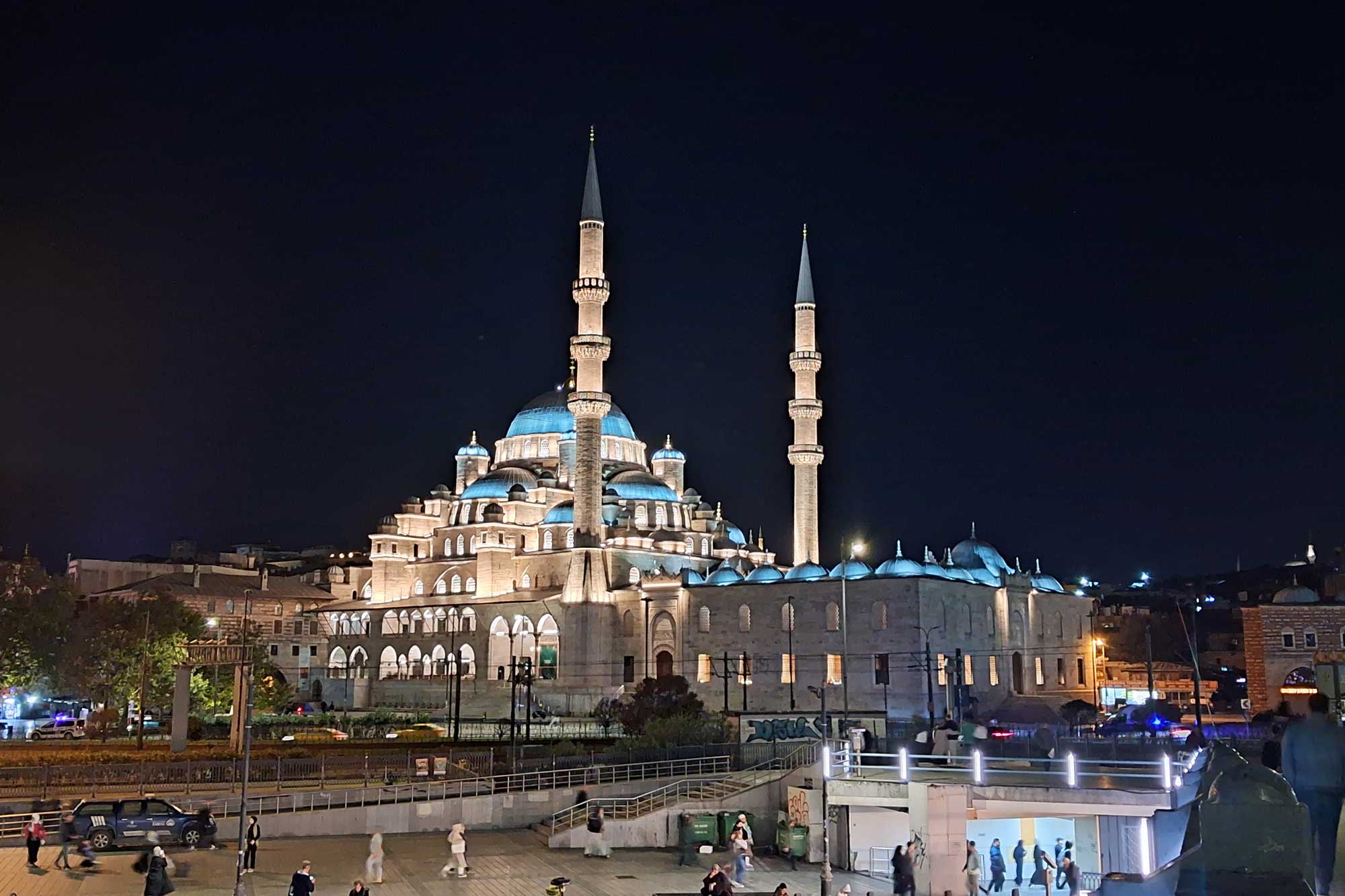
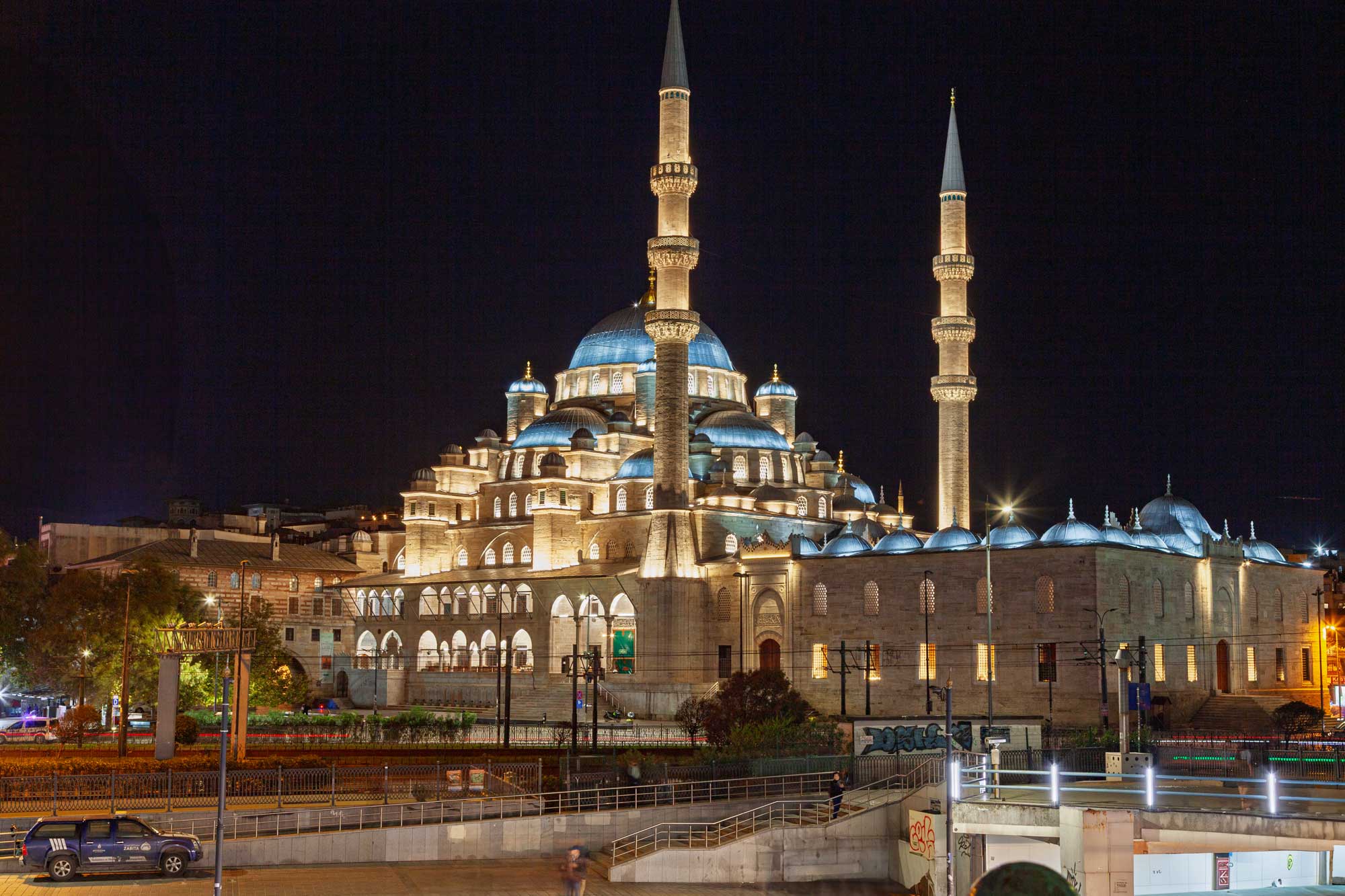
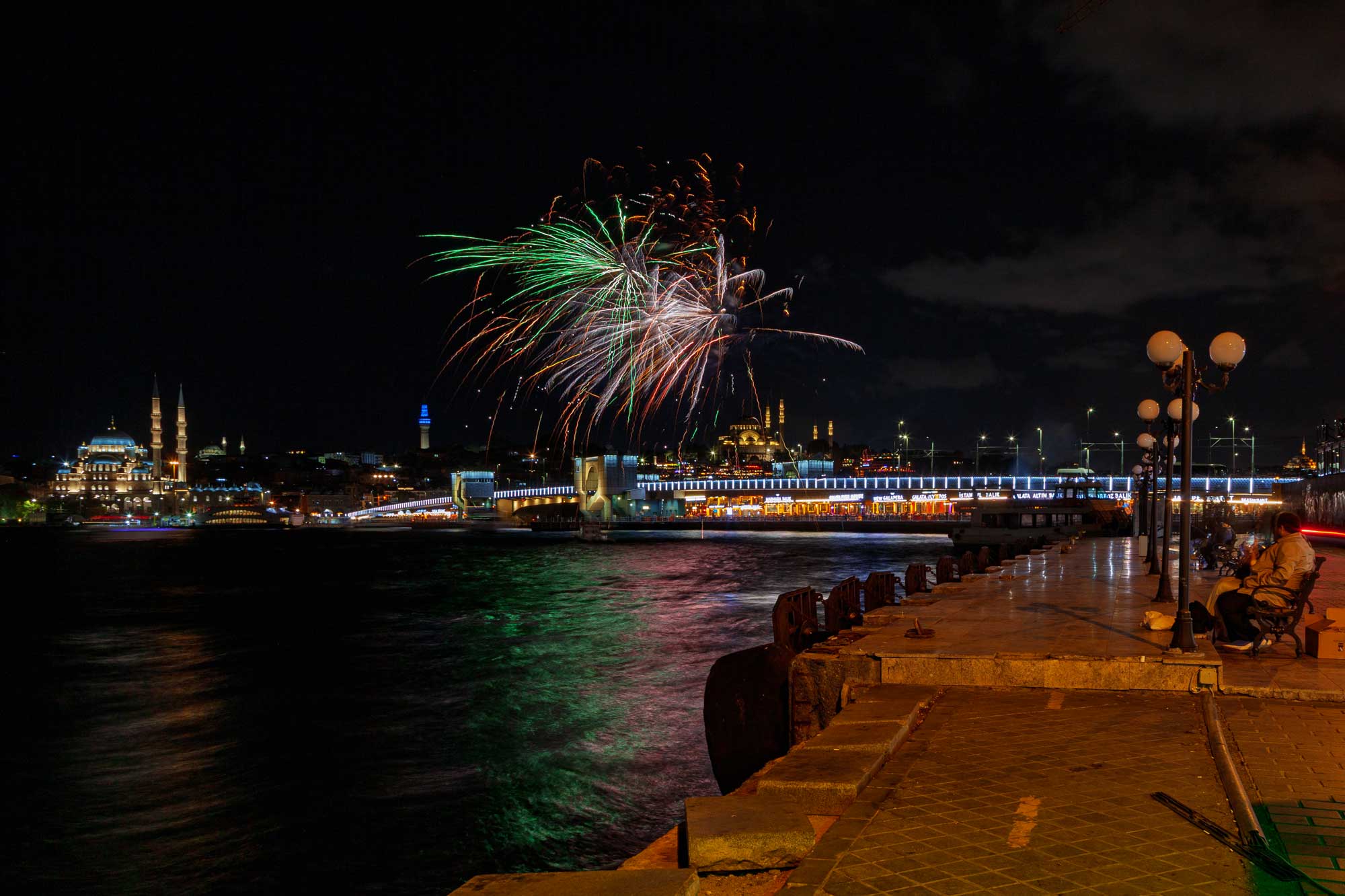
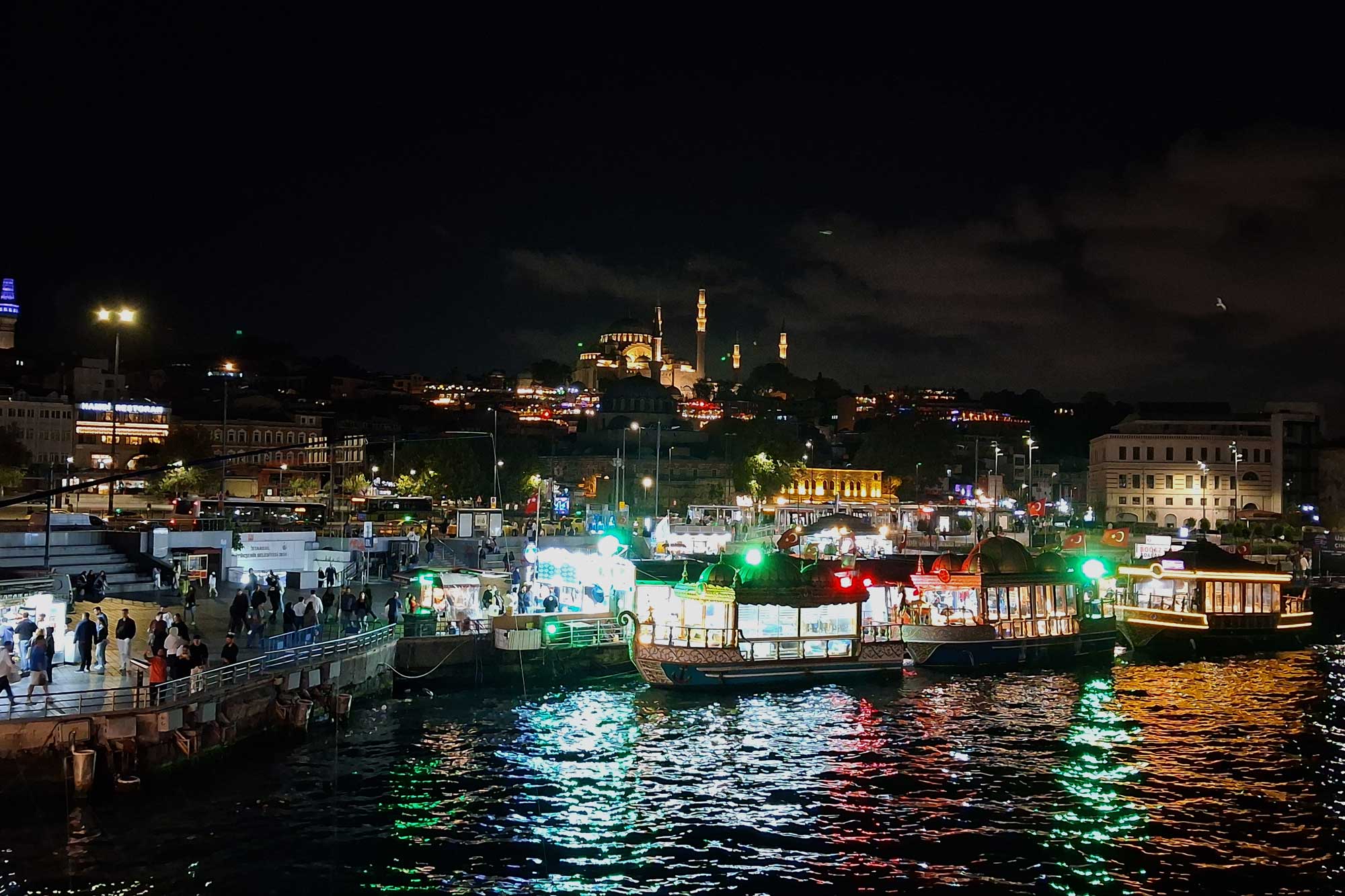
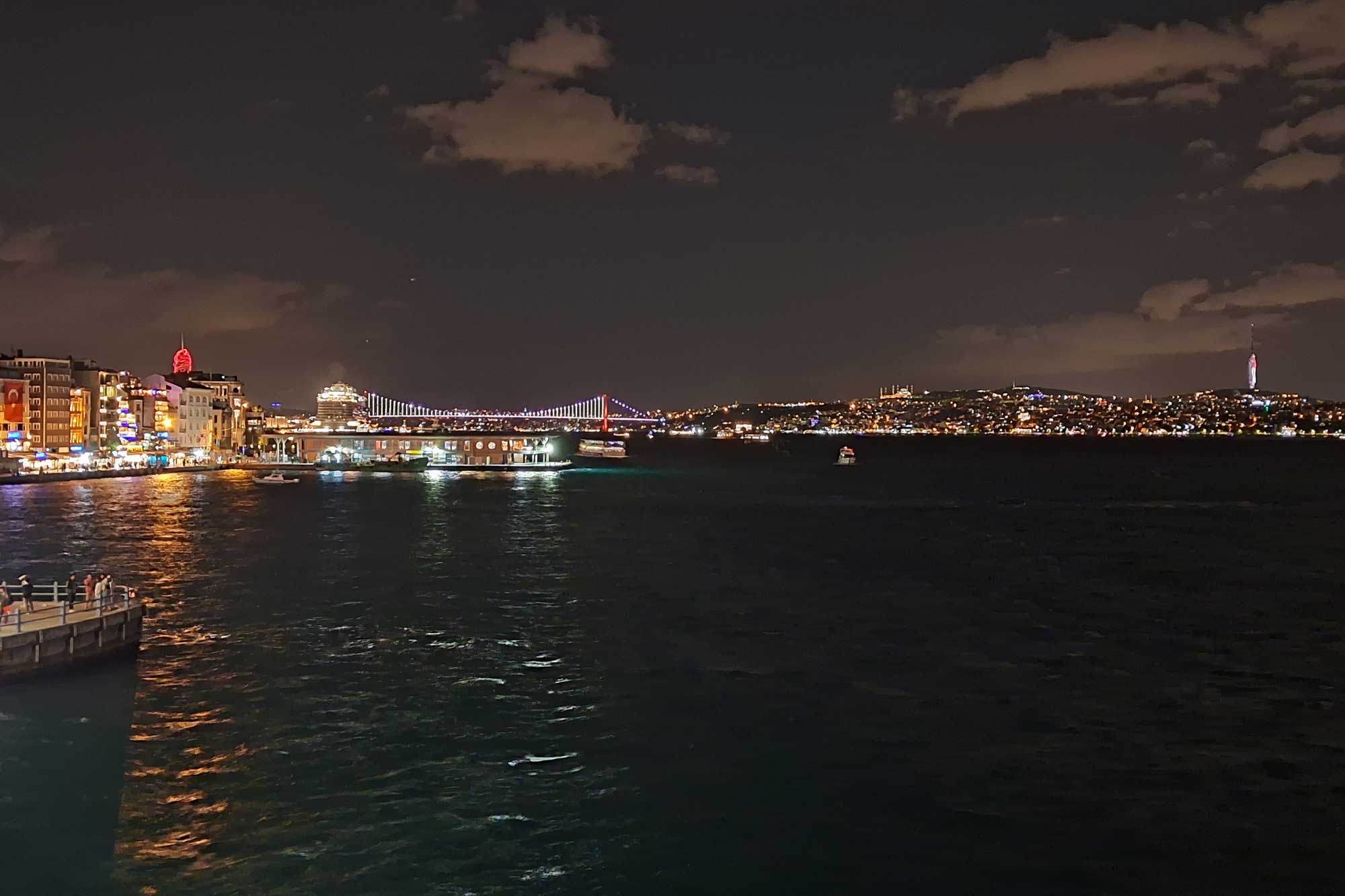
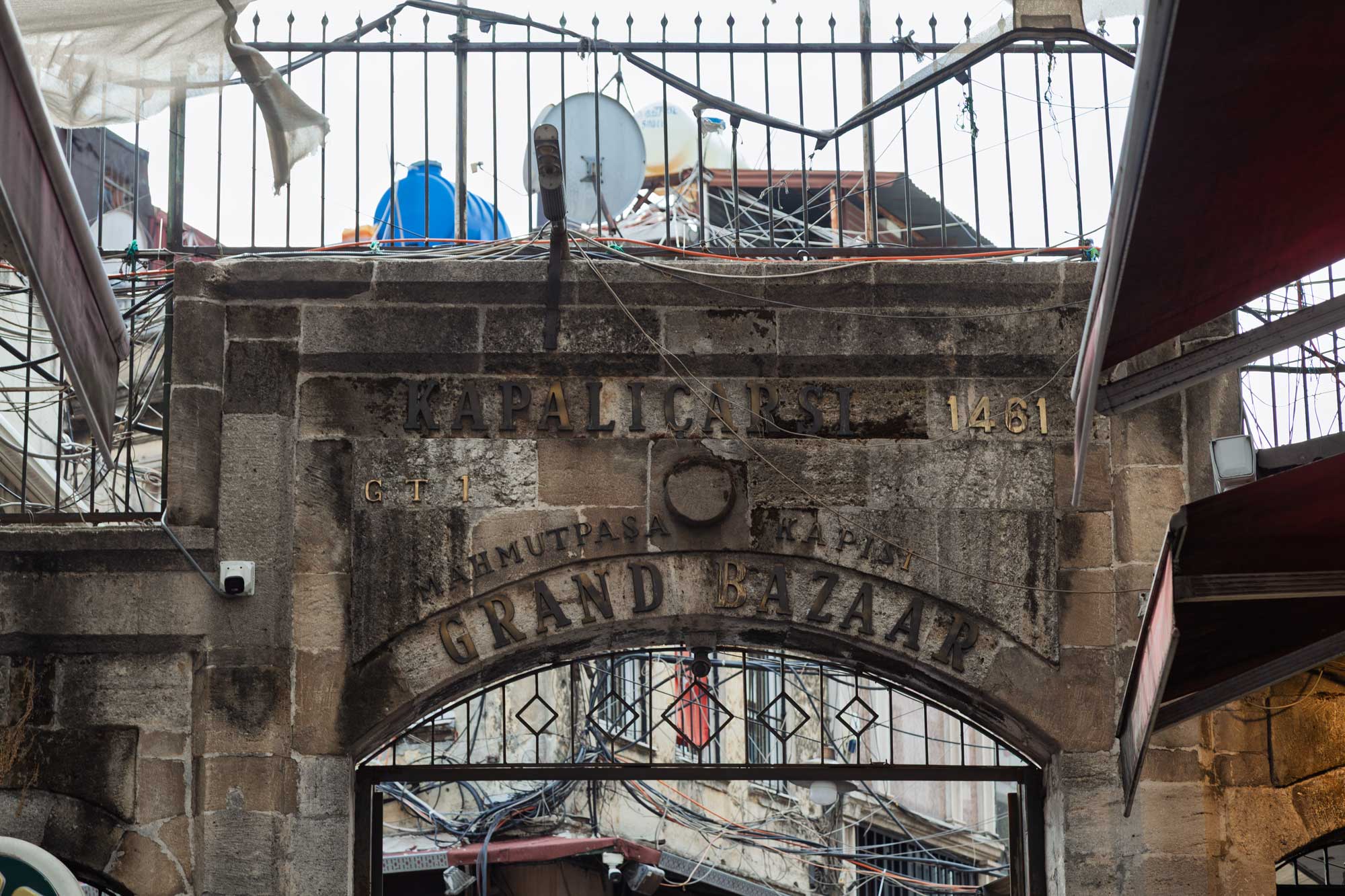
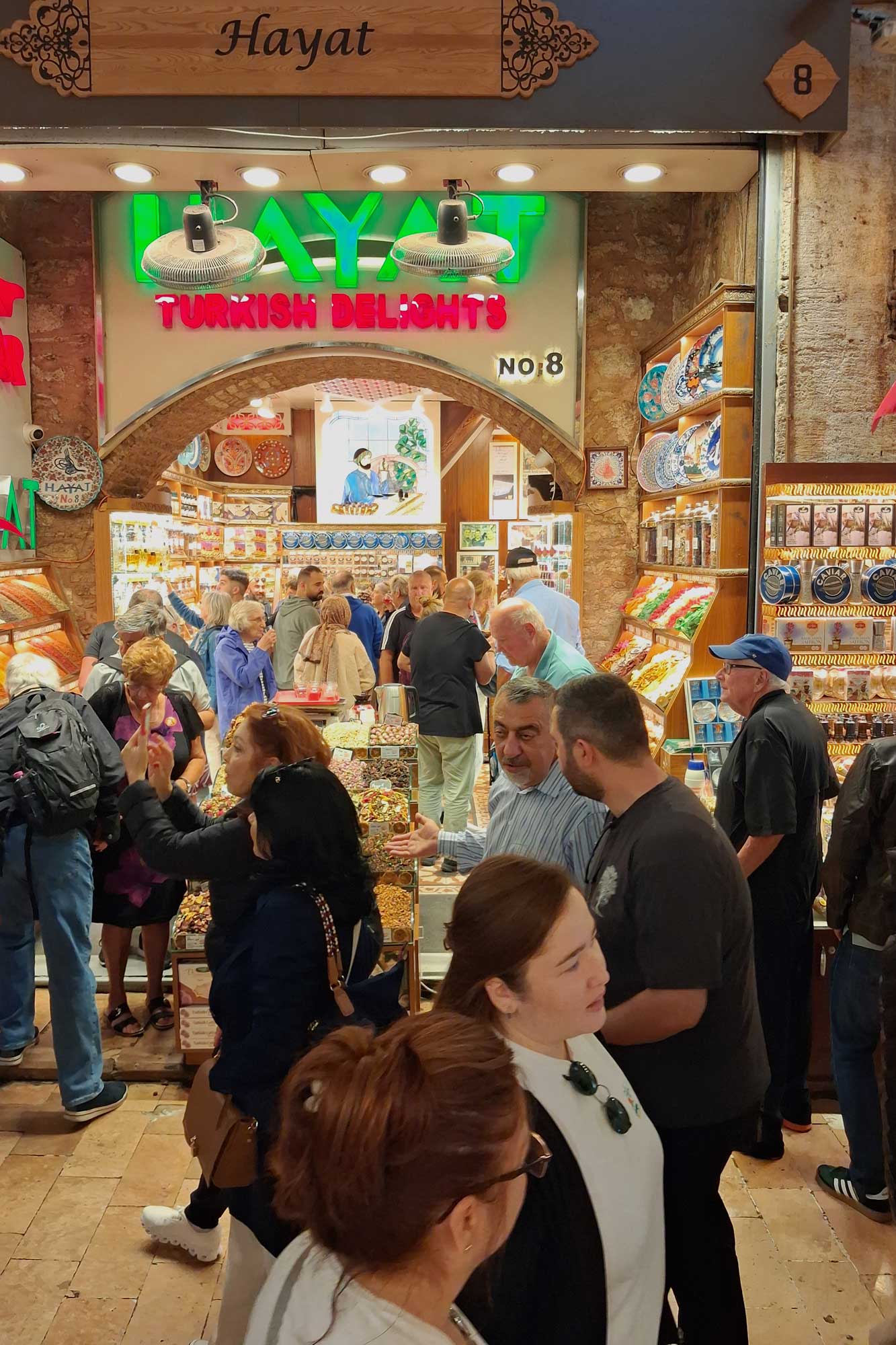
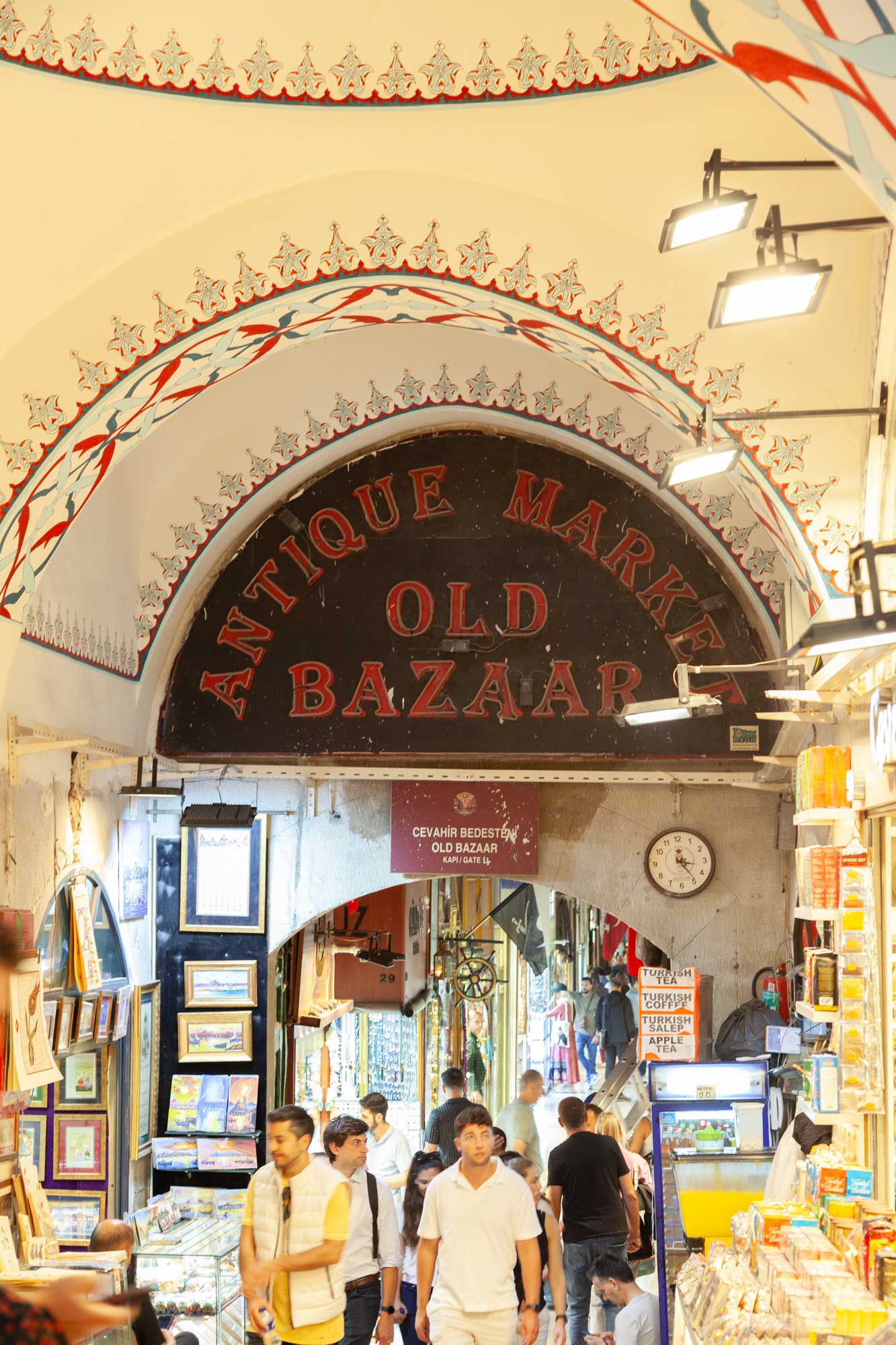
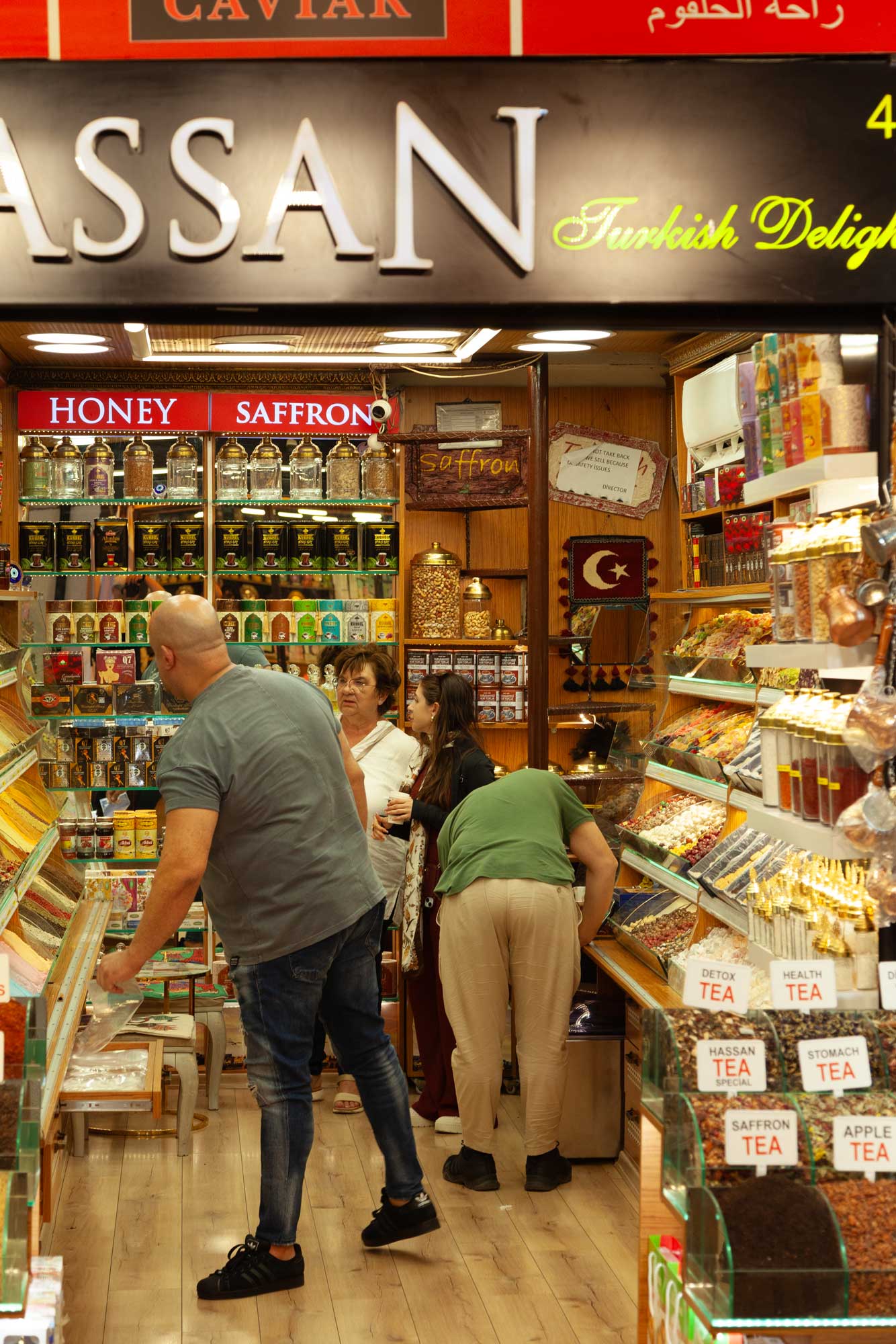
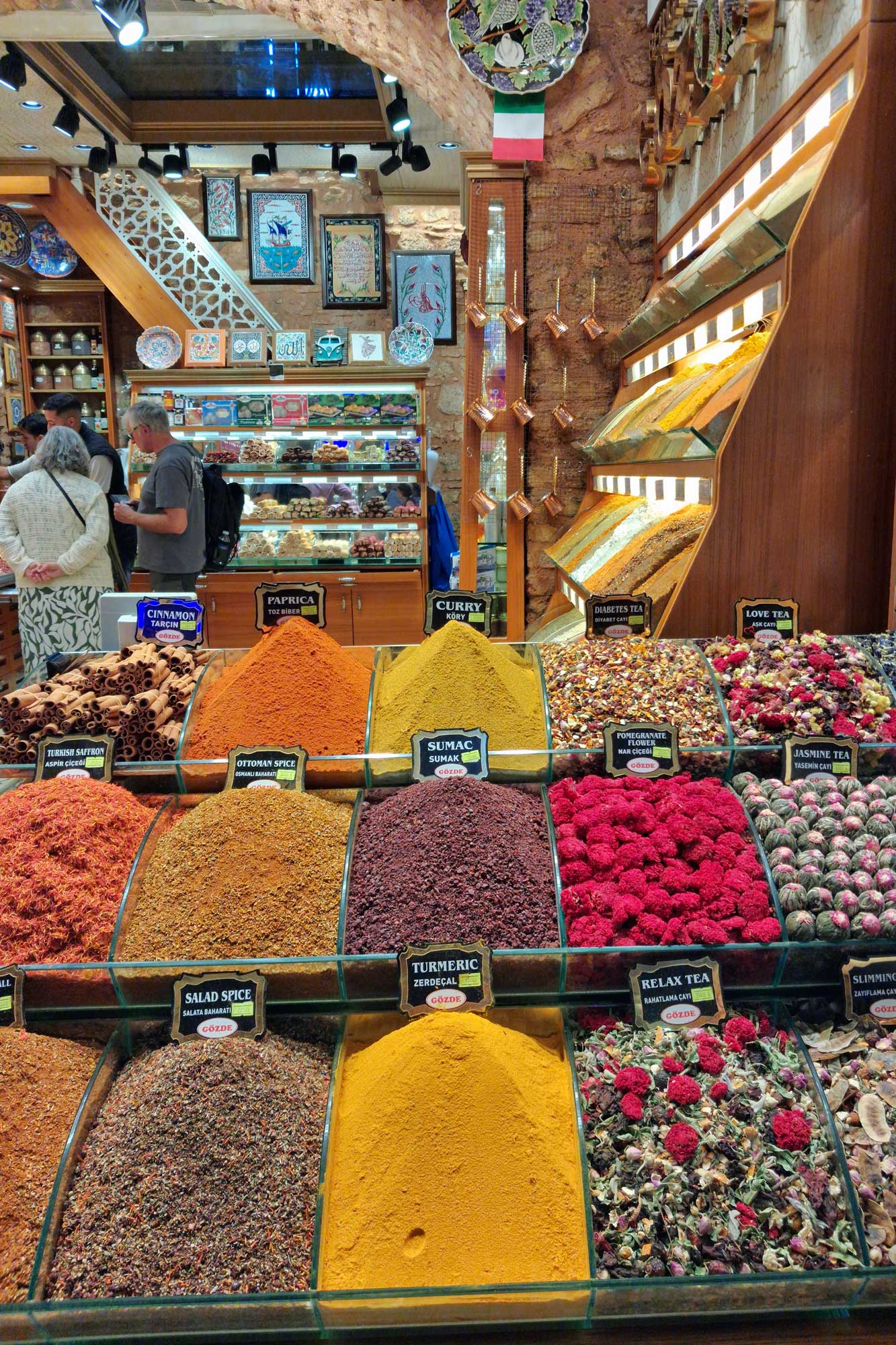
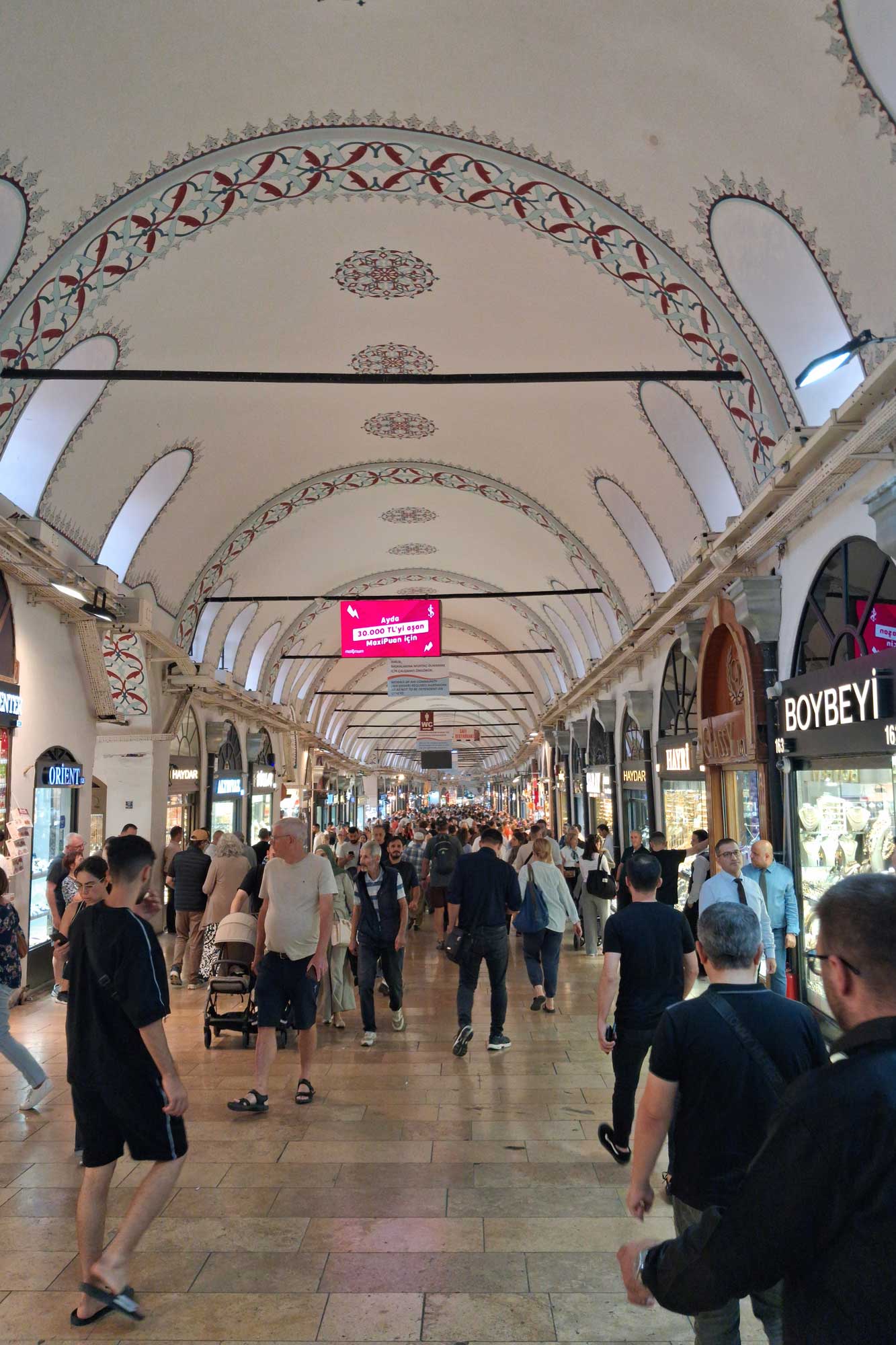
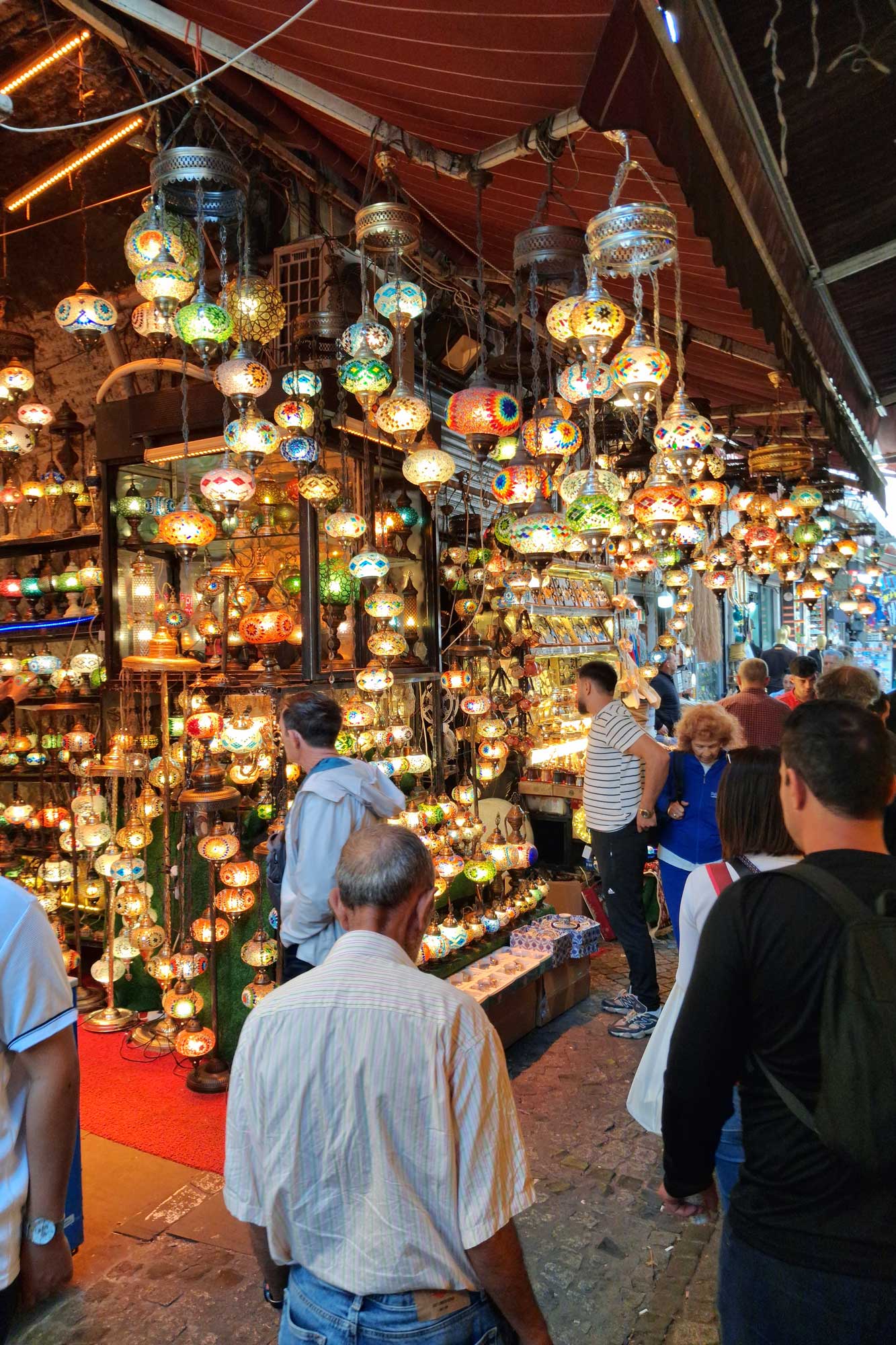
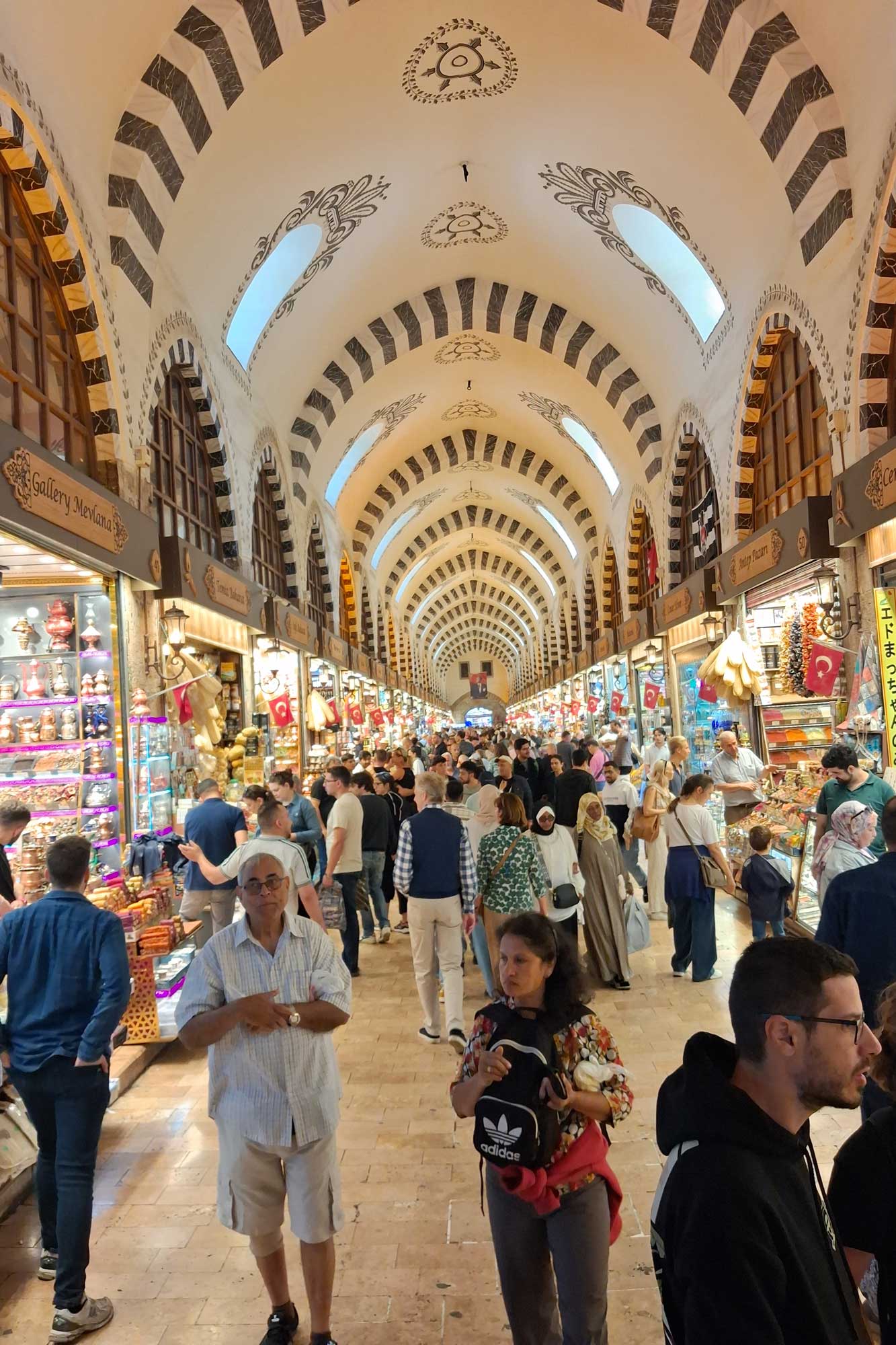
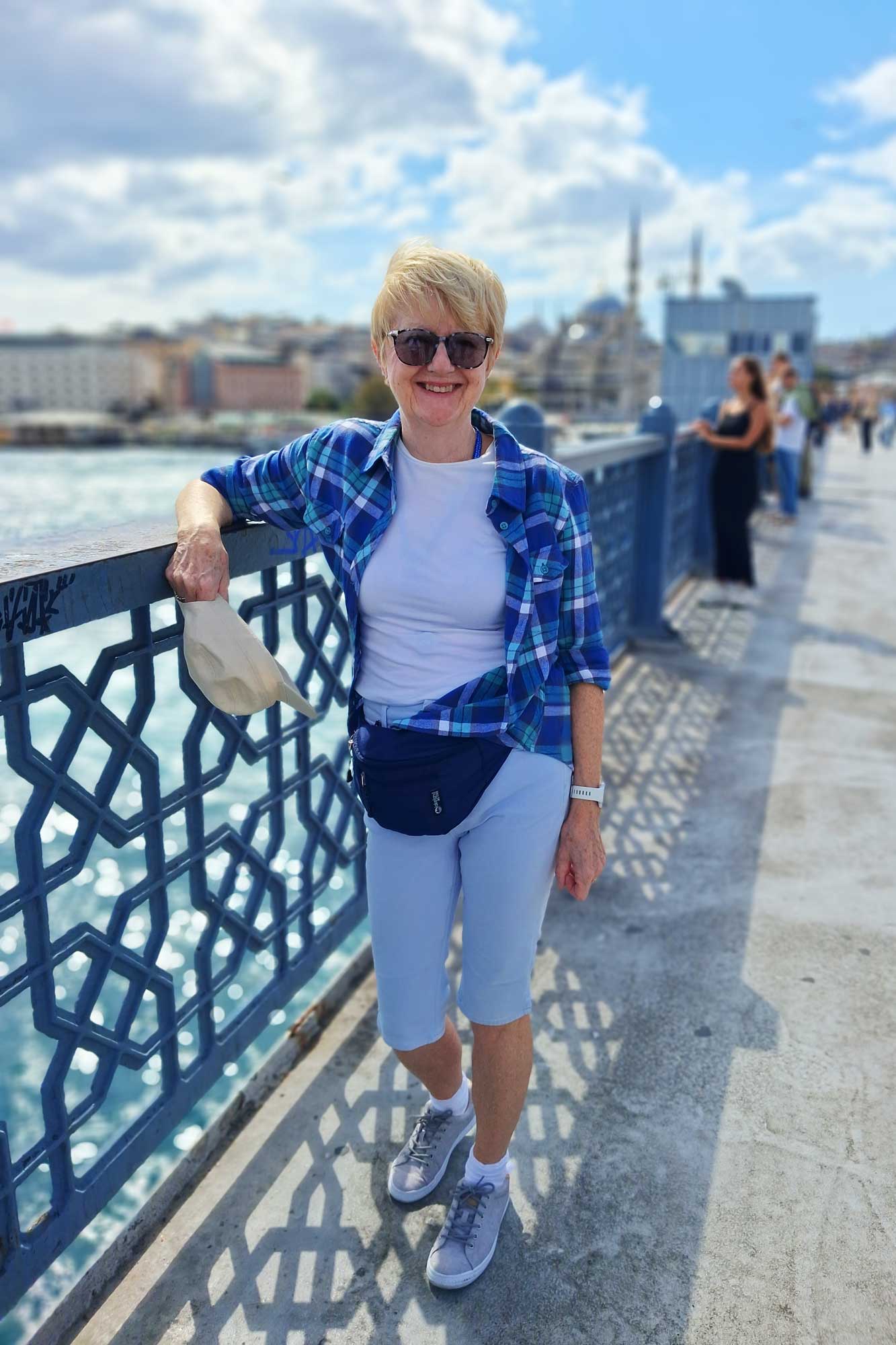
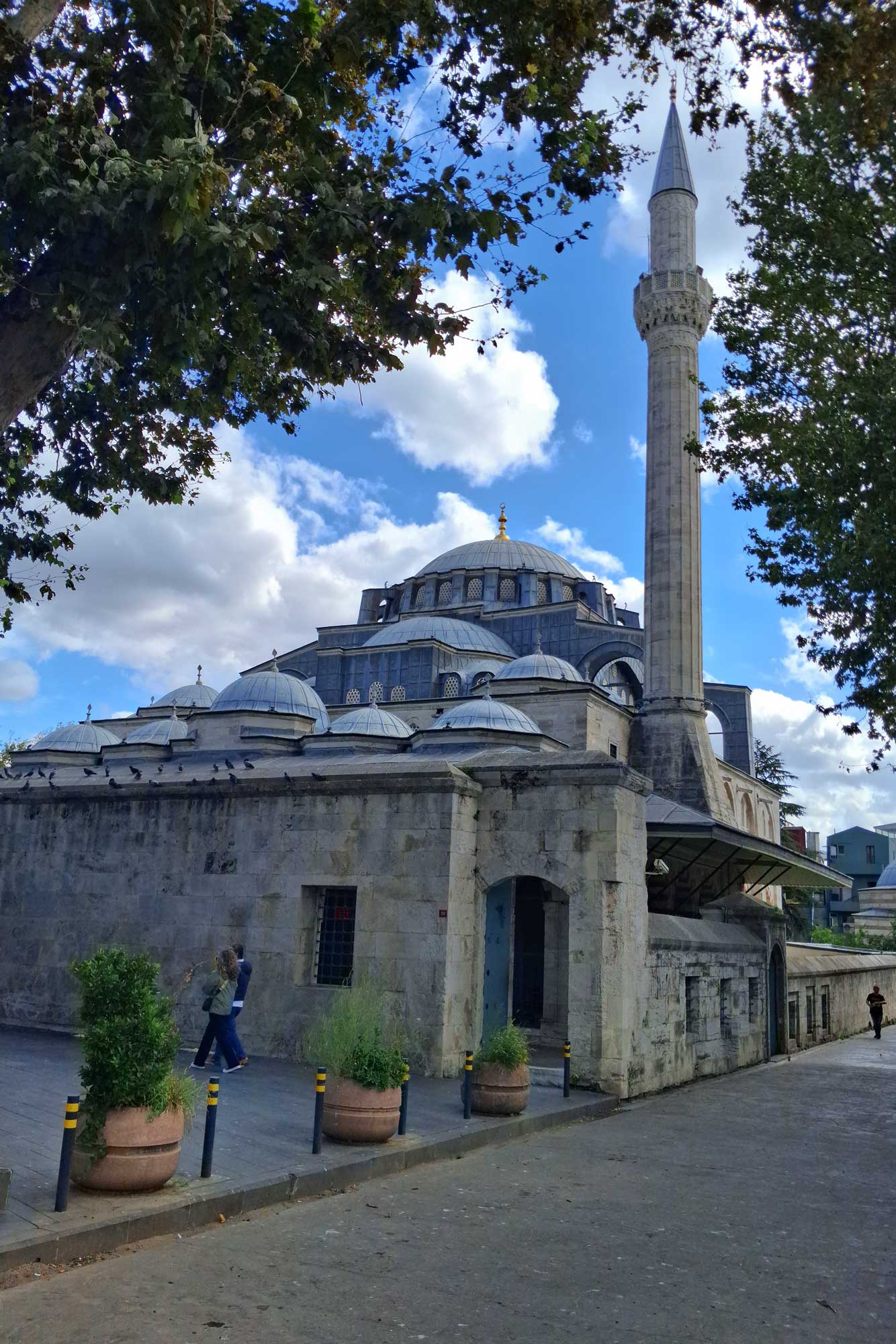
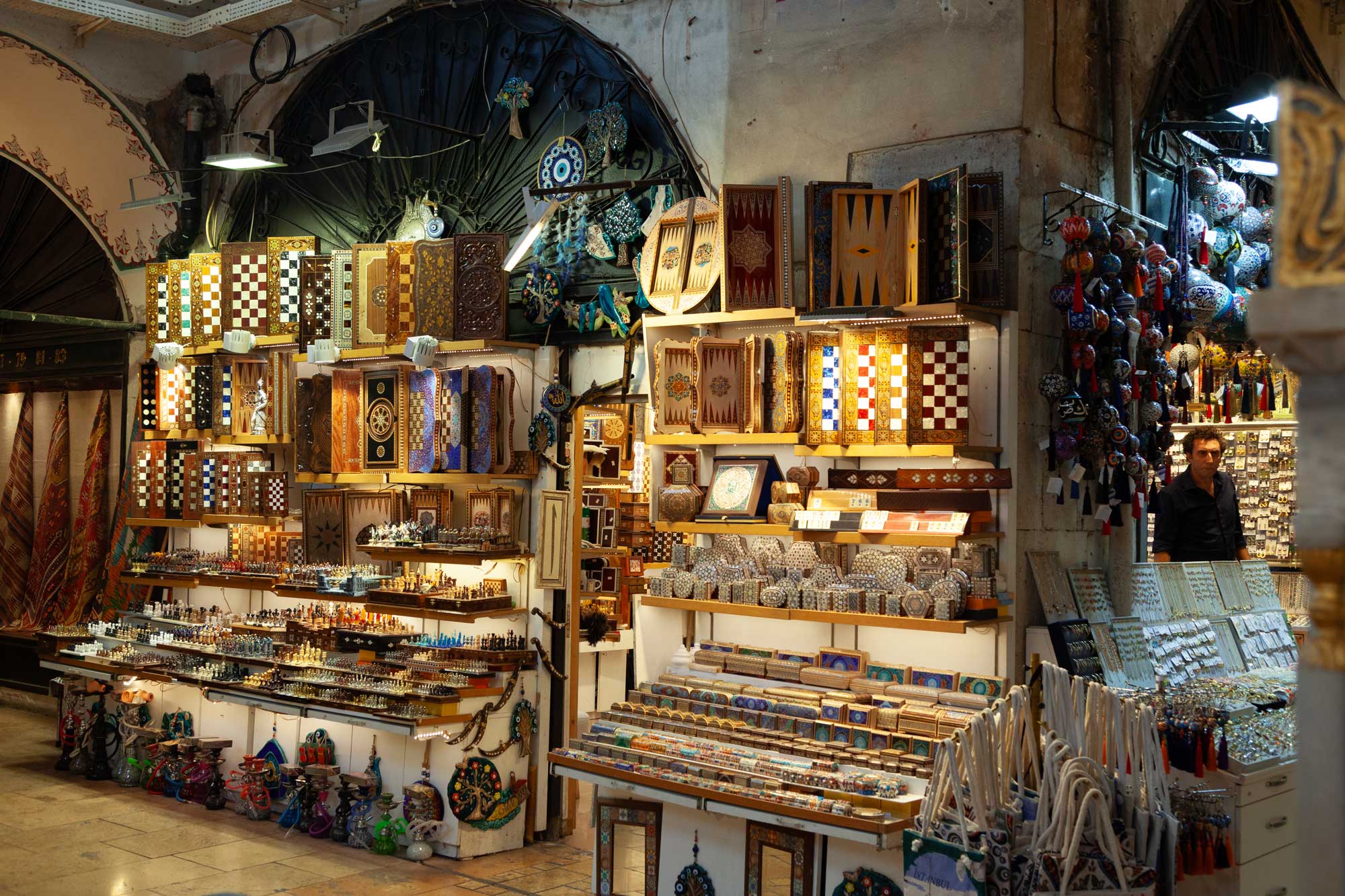
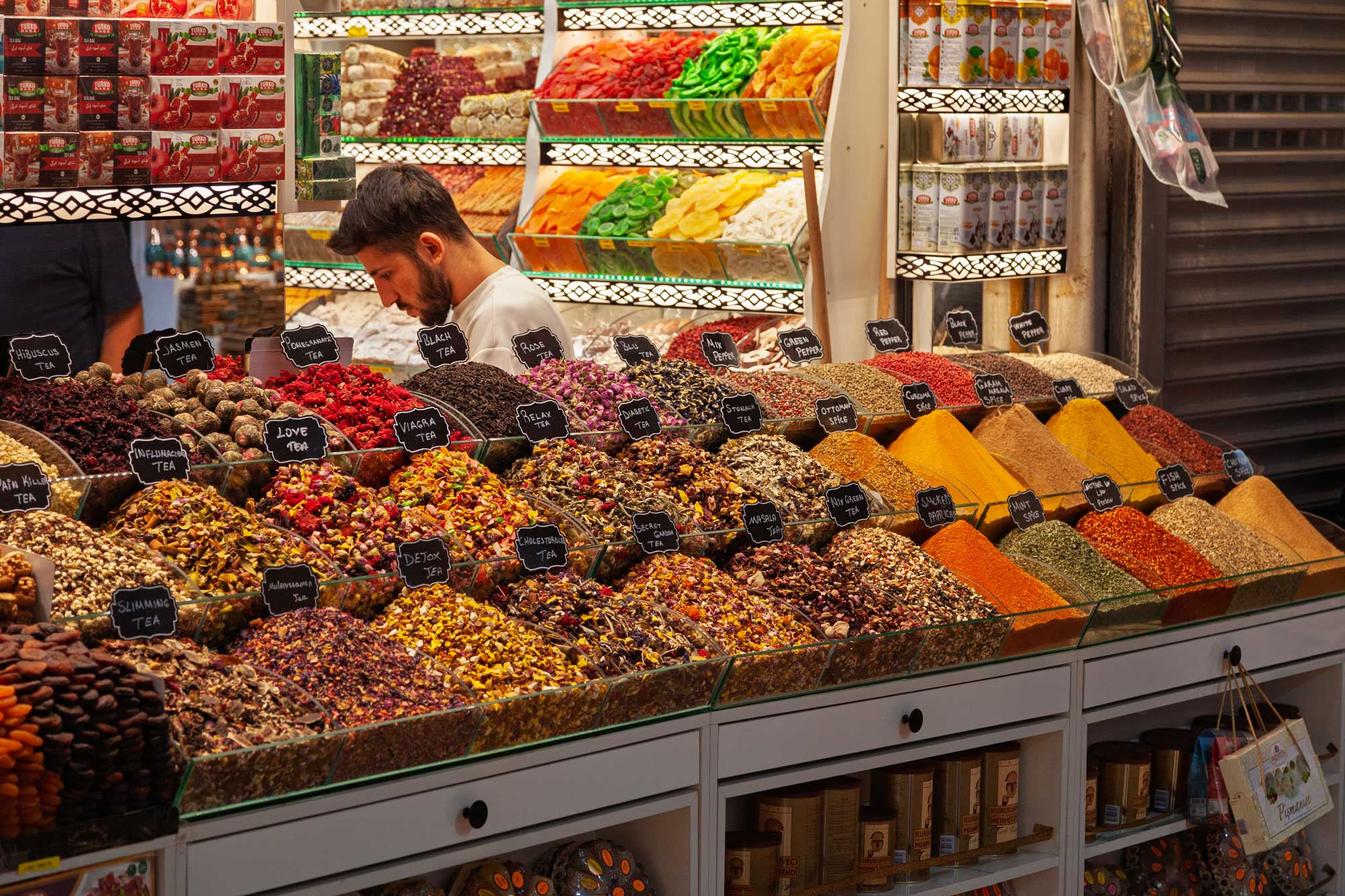
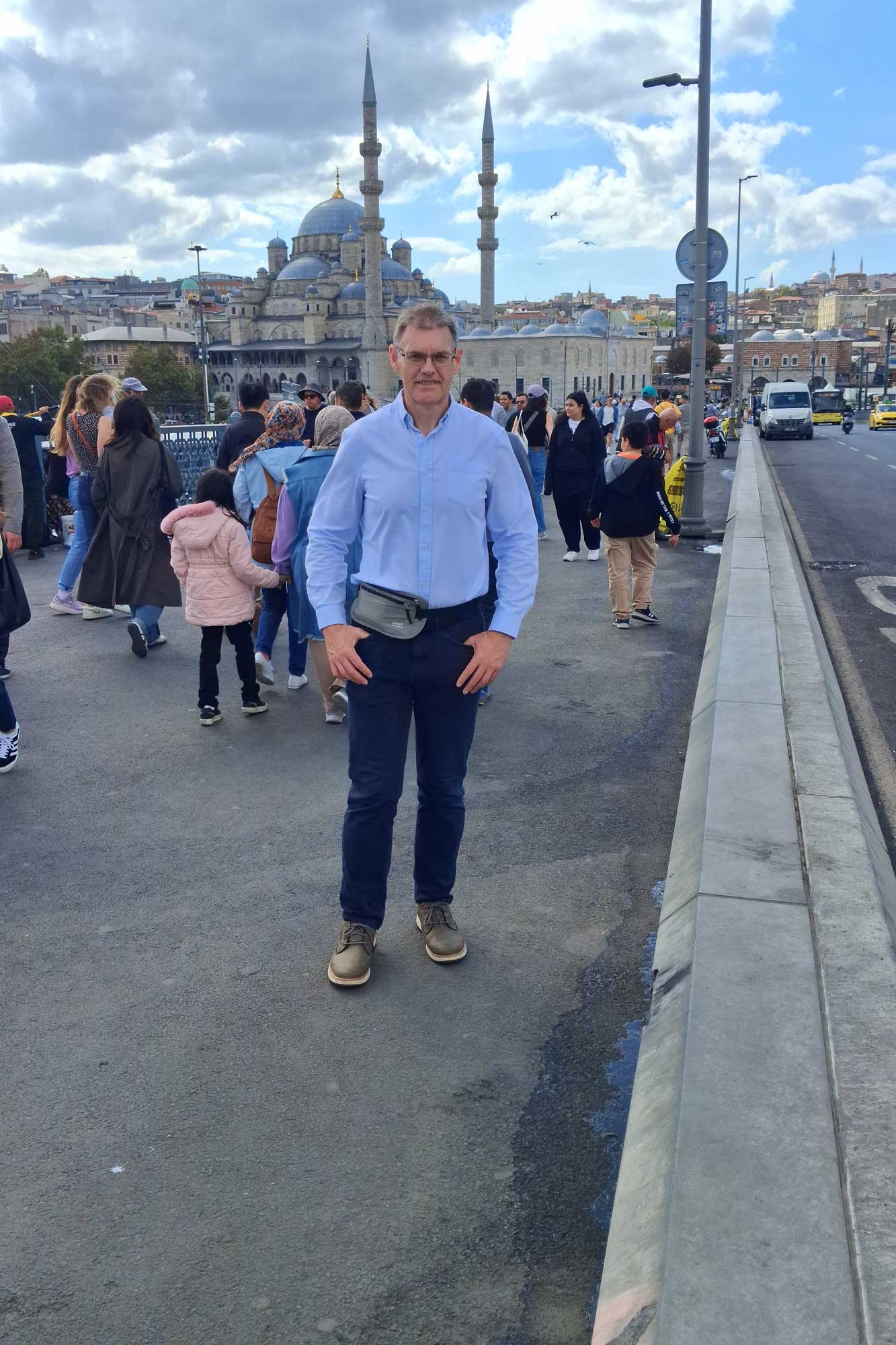
During the morning following our departing Istanbul, we sailed past the Gallipoli peninsula.
This area was, of course, the scene of the ill-fated landings during the First World War in 1915.
An amphibious landing on the penisula started in April 1915 and the campaign was abandoned 8 months later with casualties of around 250,000 men on both sides. Thus it was a costly campaign for the Entente powers and the Ottoman Empire as well as for the sponsors of the expedition, especially the First Lord of the Admiralty, Winston Churchill, who was blamed for the defeat by many MPs (and especially the Conservatives). It led to the formation of the coalition government that then ruled the country for the duration of the war. However, the condition of the Conservatives being part of the coalition was that Winston Churchill lose his position at the Admiralty.
The campaign, on the other hand was considered a great Ottoman victory. In Turkey, it is regarded as a defining moment in the history of the state, a final surge in the defence of the motherland as the Ottoman Empire retreated.
The campaign became the basis for the Turkish War of Independence and the declaration of the Republic of Turkey in 1923, with Mustafa Kemal Atatürk, who rose to prominence as a commander at Gallipoli, as founder and president.
The first photo below shows the Çanakkale Martyrs' Memorial commemorating the approximate 253,000 Turkish soldiers who fought in the campaign.
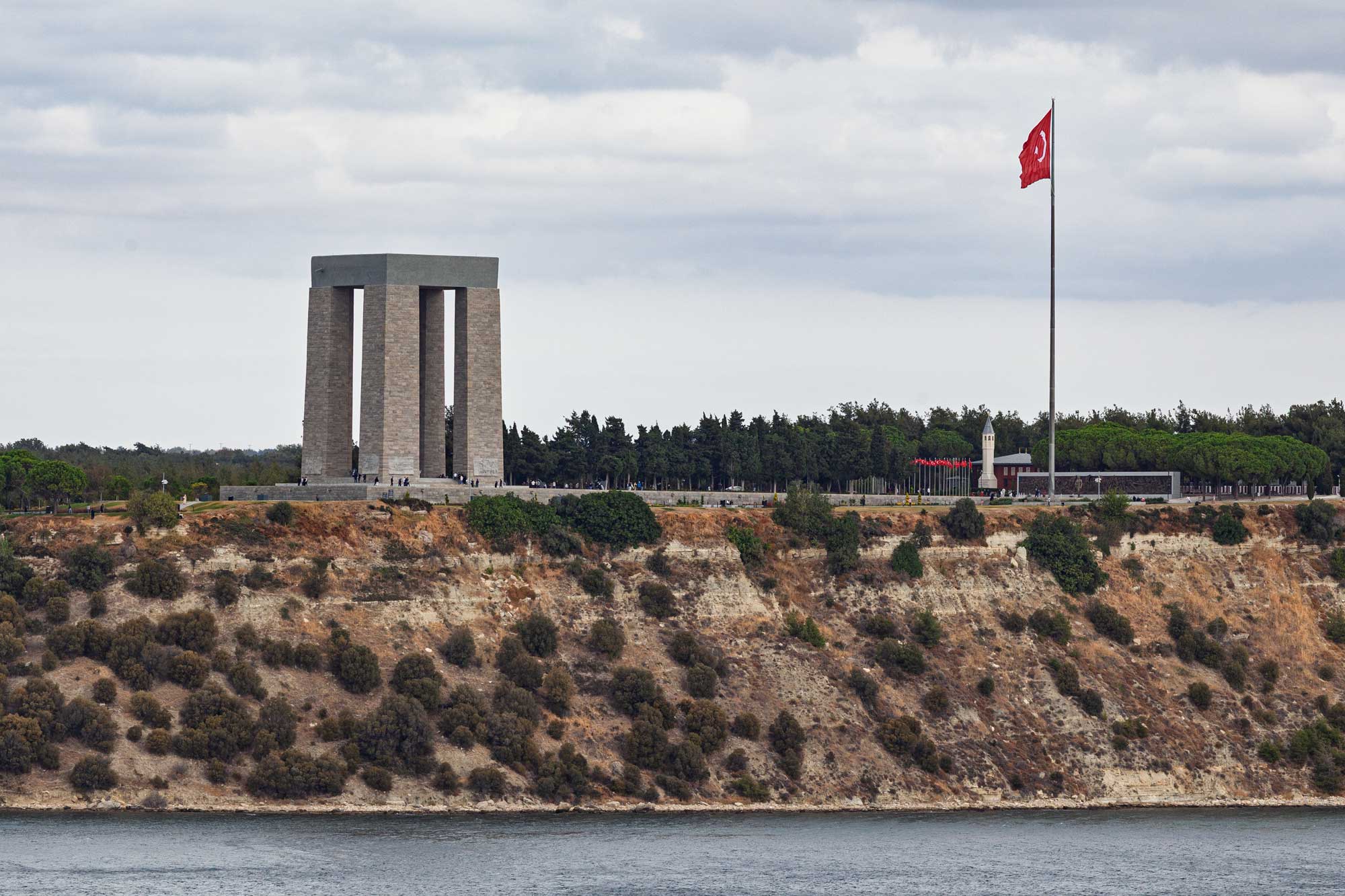
And this is the Helles Memorial which is a Commonwealth War Graves war memorial near Sedd el Bahr, in Turkey on the Gallipoli peninsula. This memorial is the main Commonwealth battle memorial for the whole Gallipoli campaign, and also commemorates the 20,956 Commonwealth servicemen with no known grave who died in the campaign in 1915-1916.
The United Kingdom and Indian forces named on the memorial died in operations throughout the peninsula, with main landings at Cape Helles and Suvla Bay, and the Australian and New Zealand Army Corps fought mainly at ANZAC Cove. There are also panels for those who died or were buried at sea in Gallipoli waters.
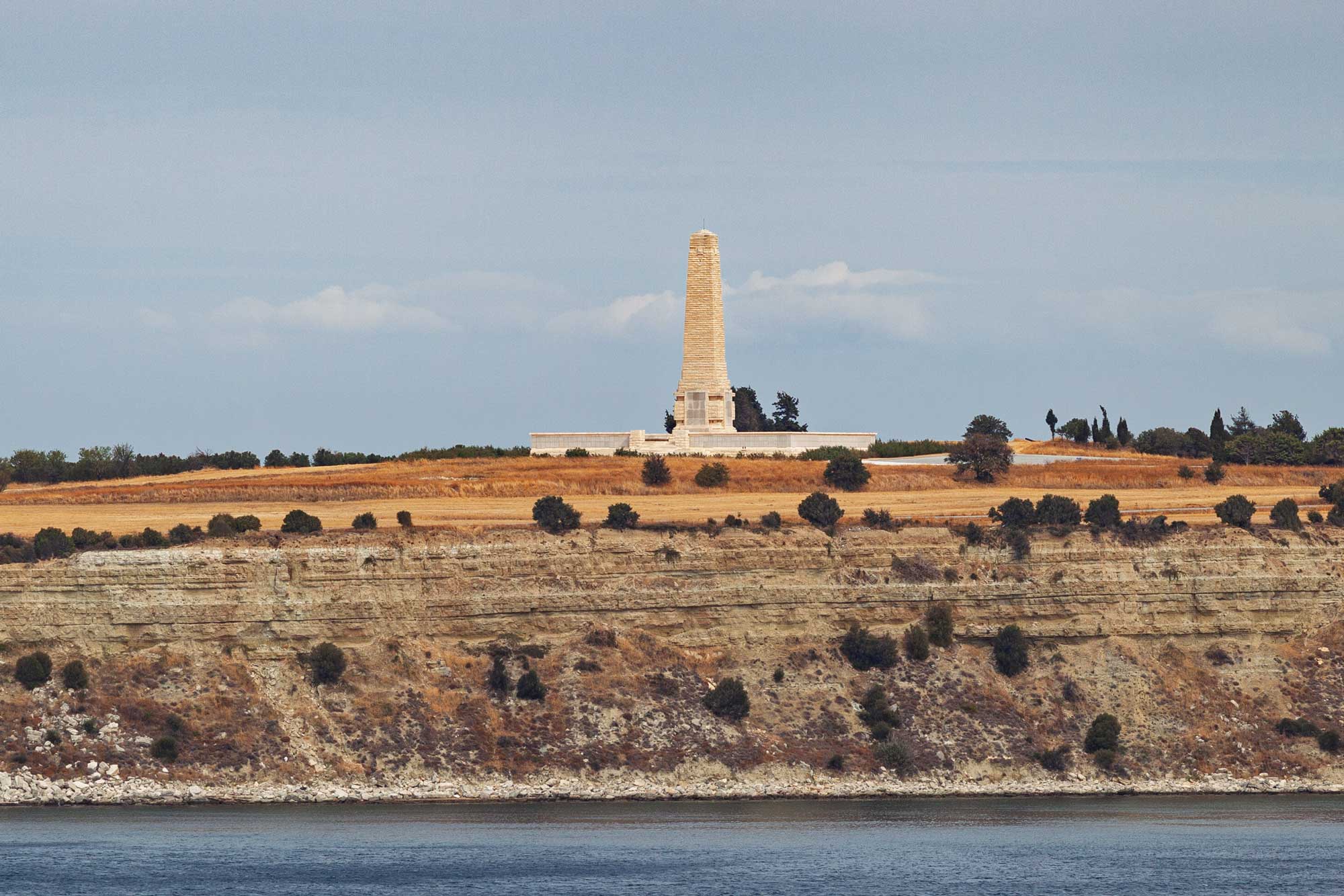
Today we have arrived in Mykonos, an island in the Greek Cyclades. We've been here before but on that occasion it was lovely and sunny. By contrast the weather at the moment is very wet. Not quite as bad as Pompeii when we encountered the thunderstorm, but certainly enough to get us thoroughly wet and glad to get back on ship to the comfort of the amenities on board.
To get to the town of Mykonos we caught a sea bus which only cost 5 Euros for the return trip. Although the queue was long, it didn't take much time as the "bus" held lots of passengers.
The main landmark of Mykonos are the windmills on the shore. The island itself is known as The Island of Winds because of the strong winds that often blow here. At least today it was quite tranquil.
The streets of Mykonos are very narrow, but picturesque with it.
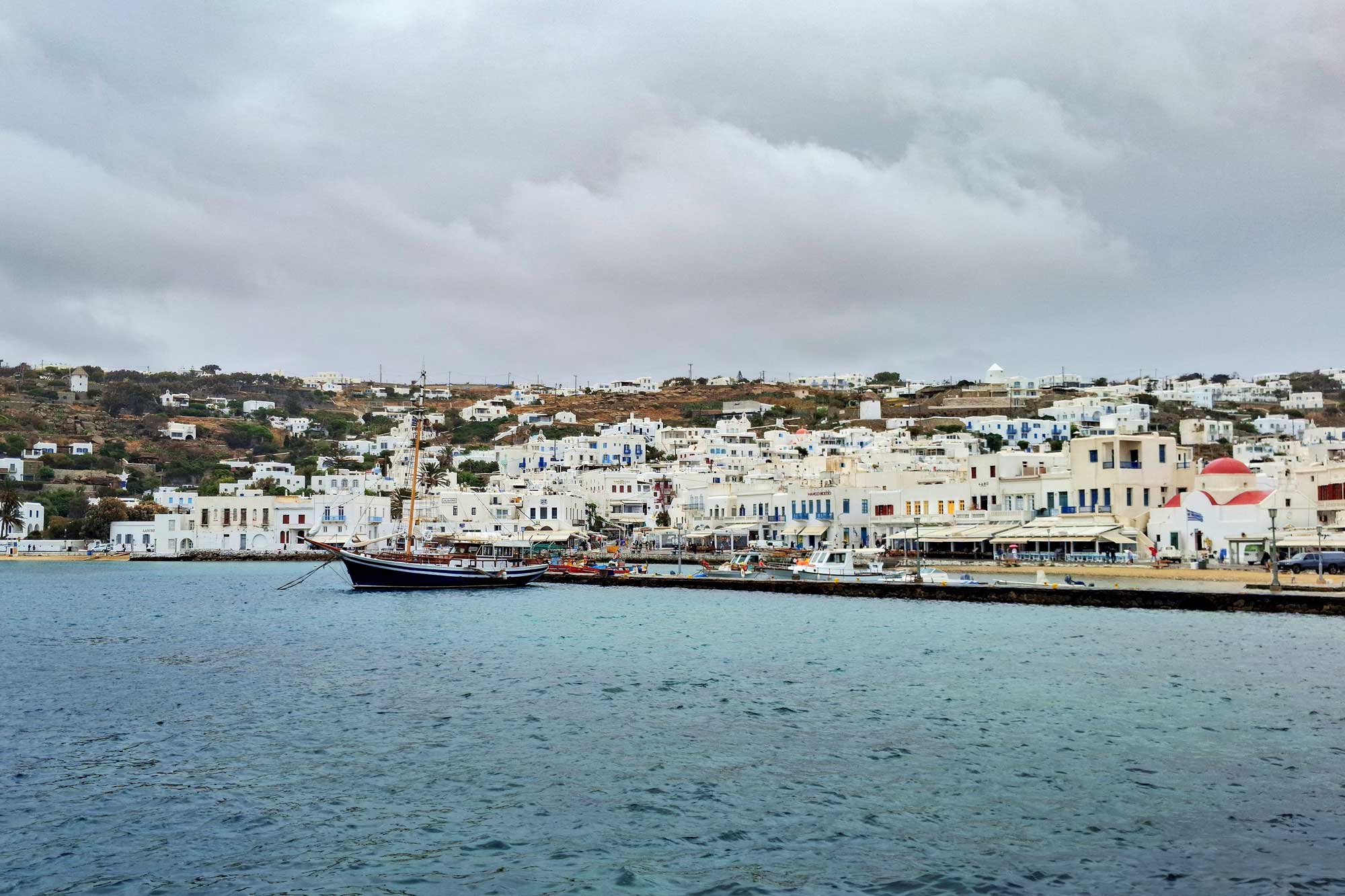
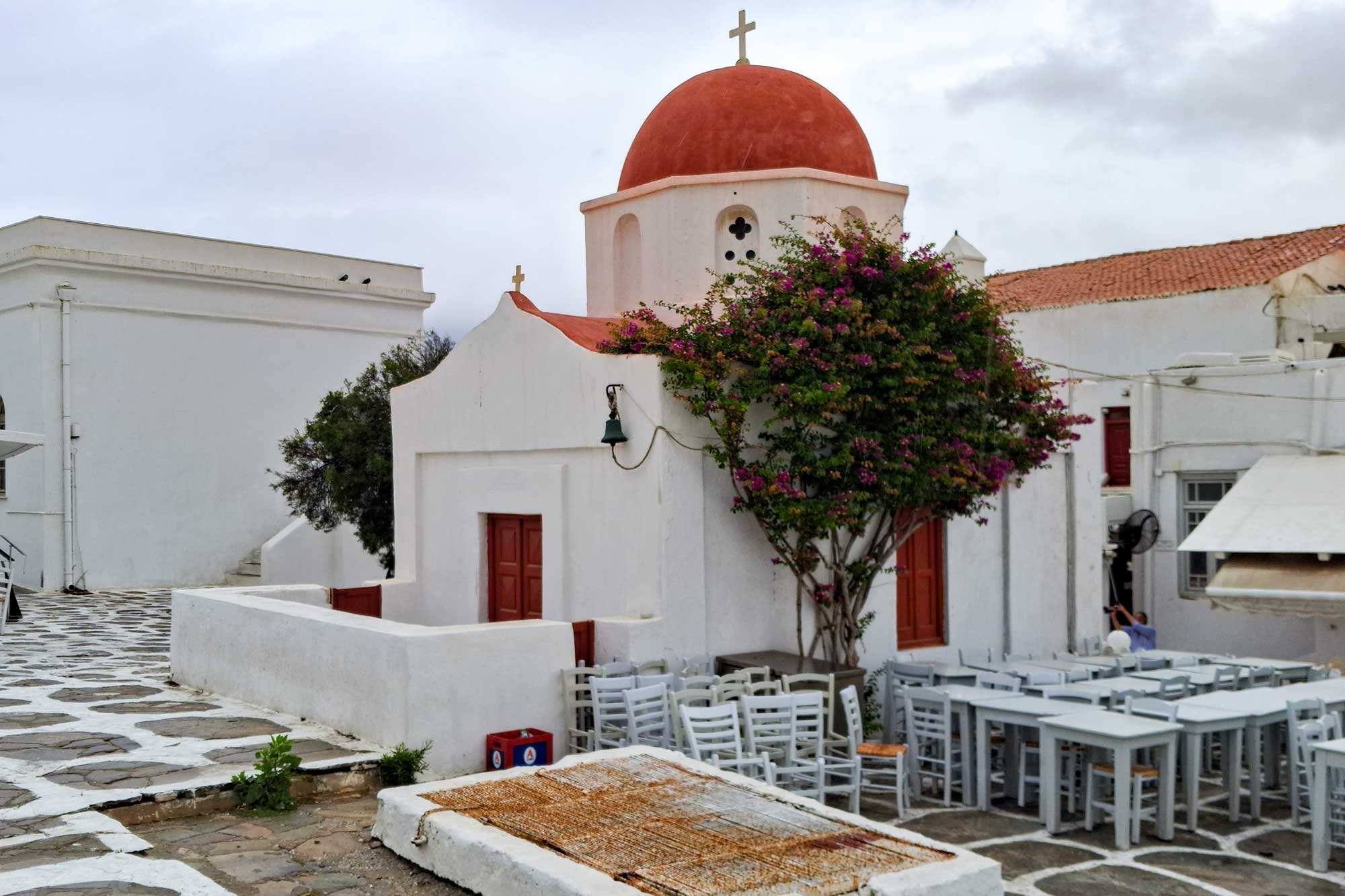
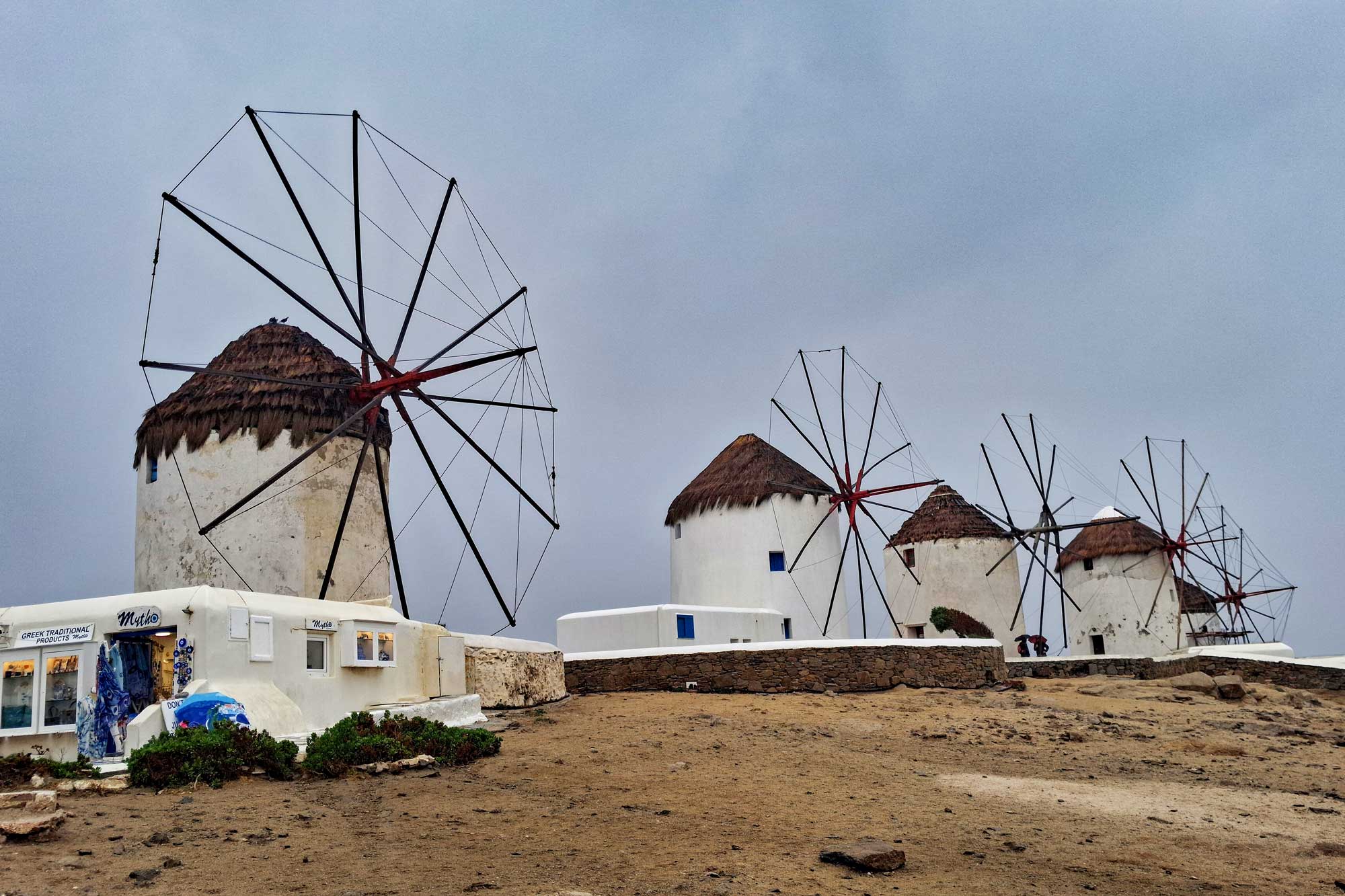
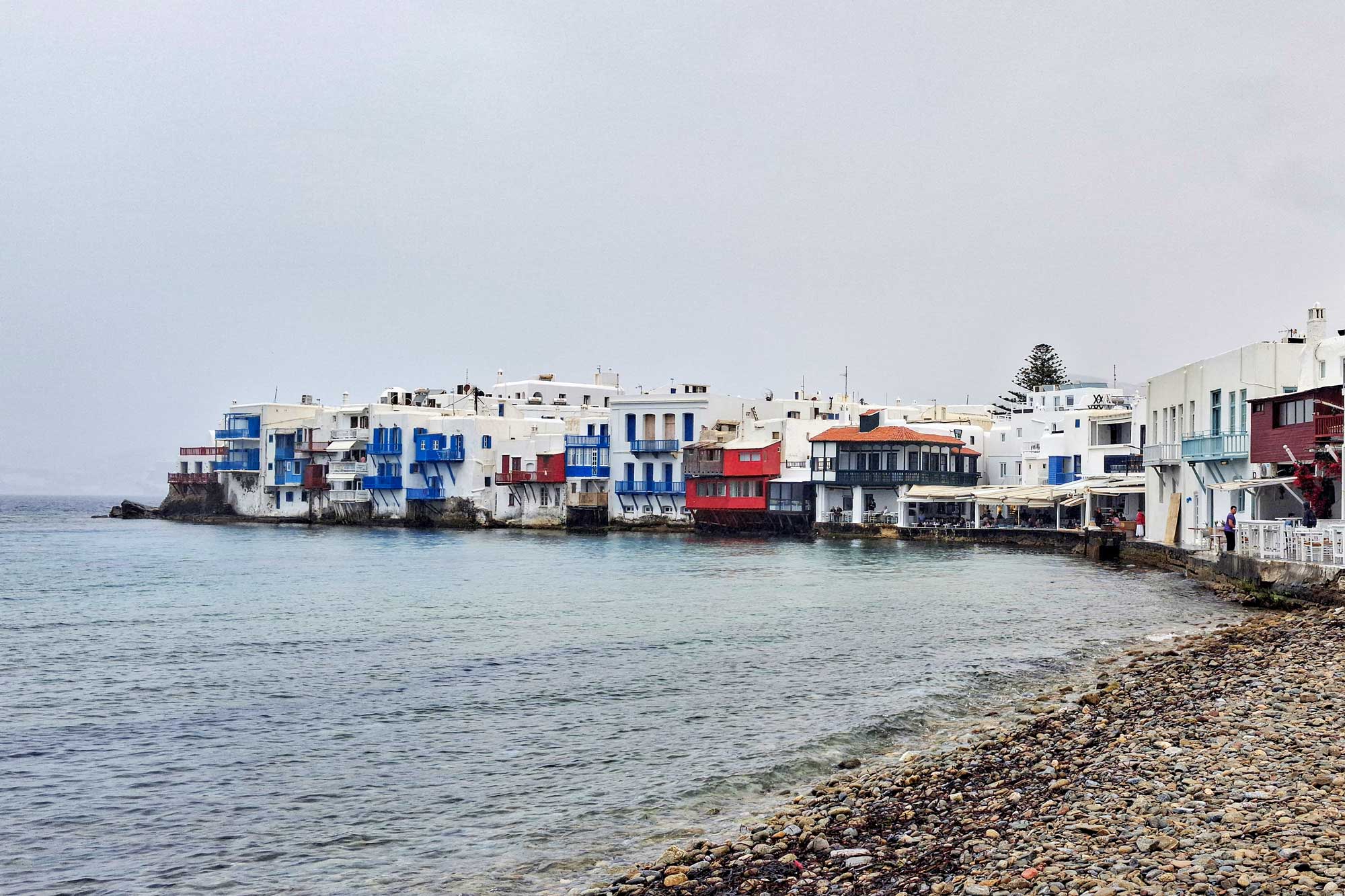
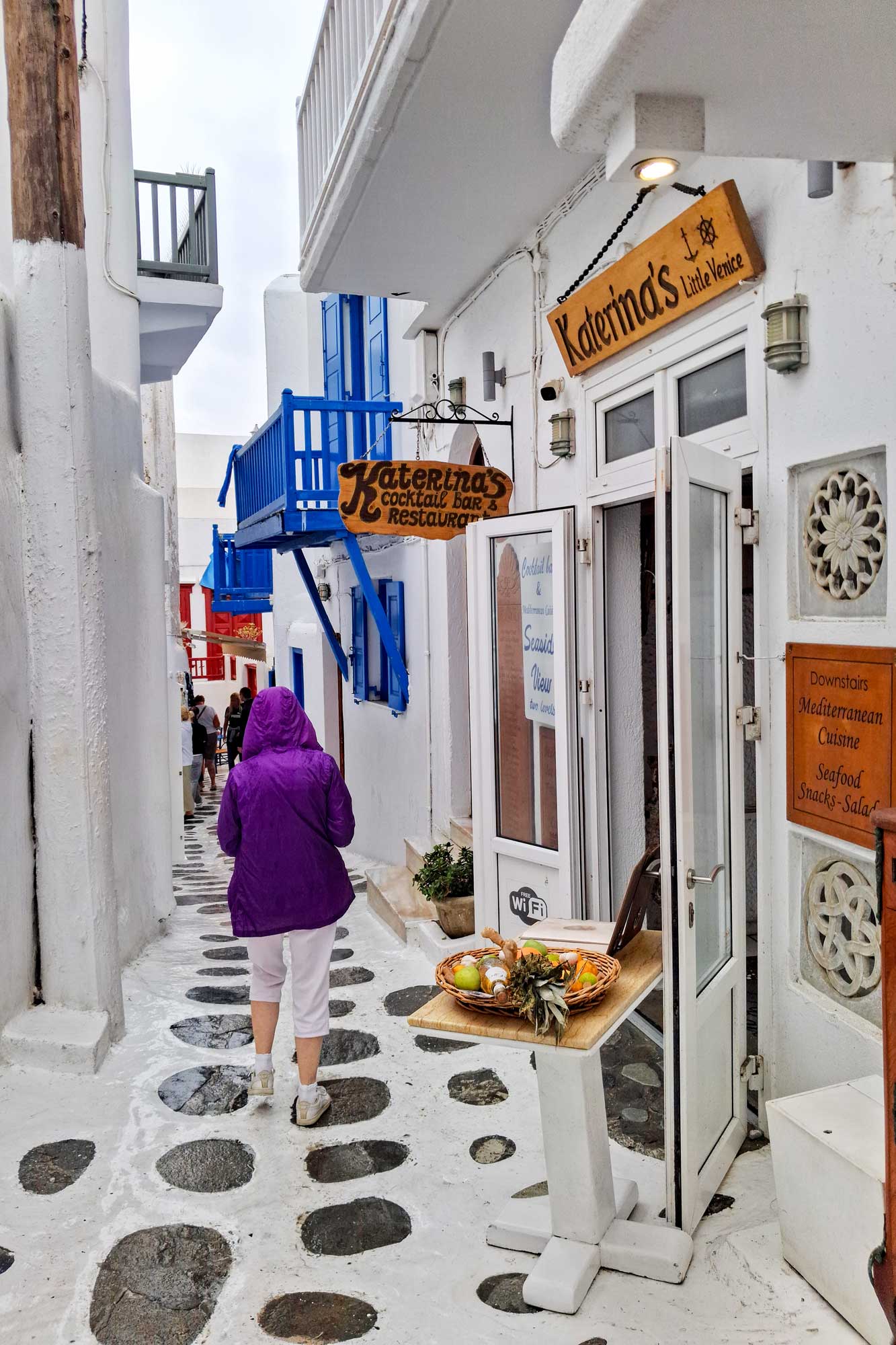
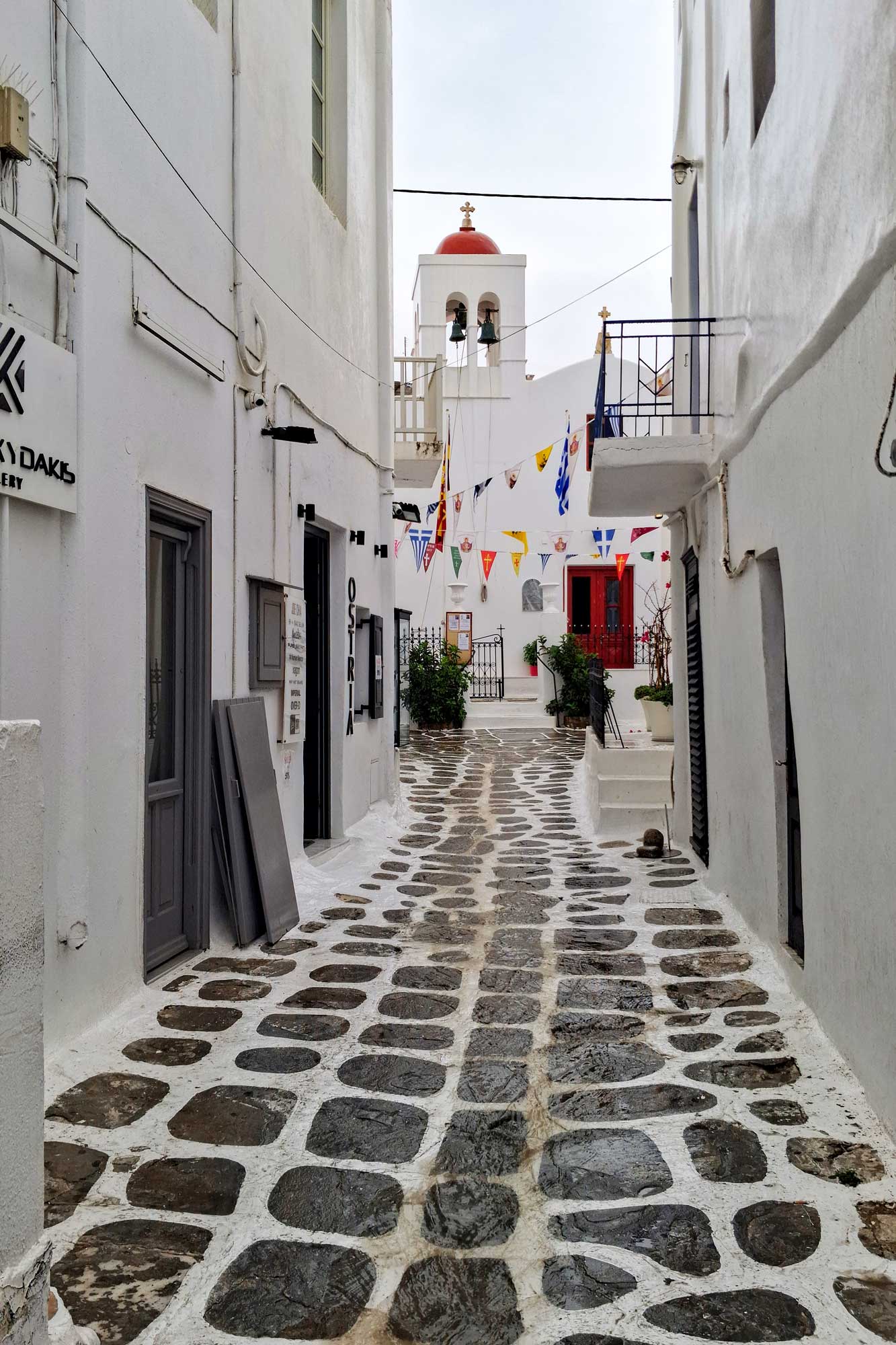
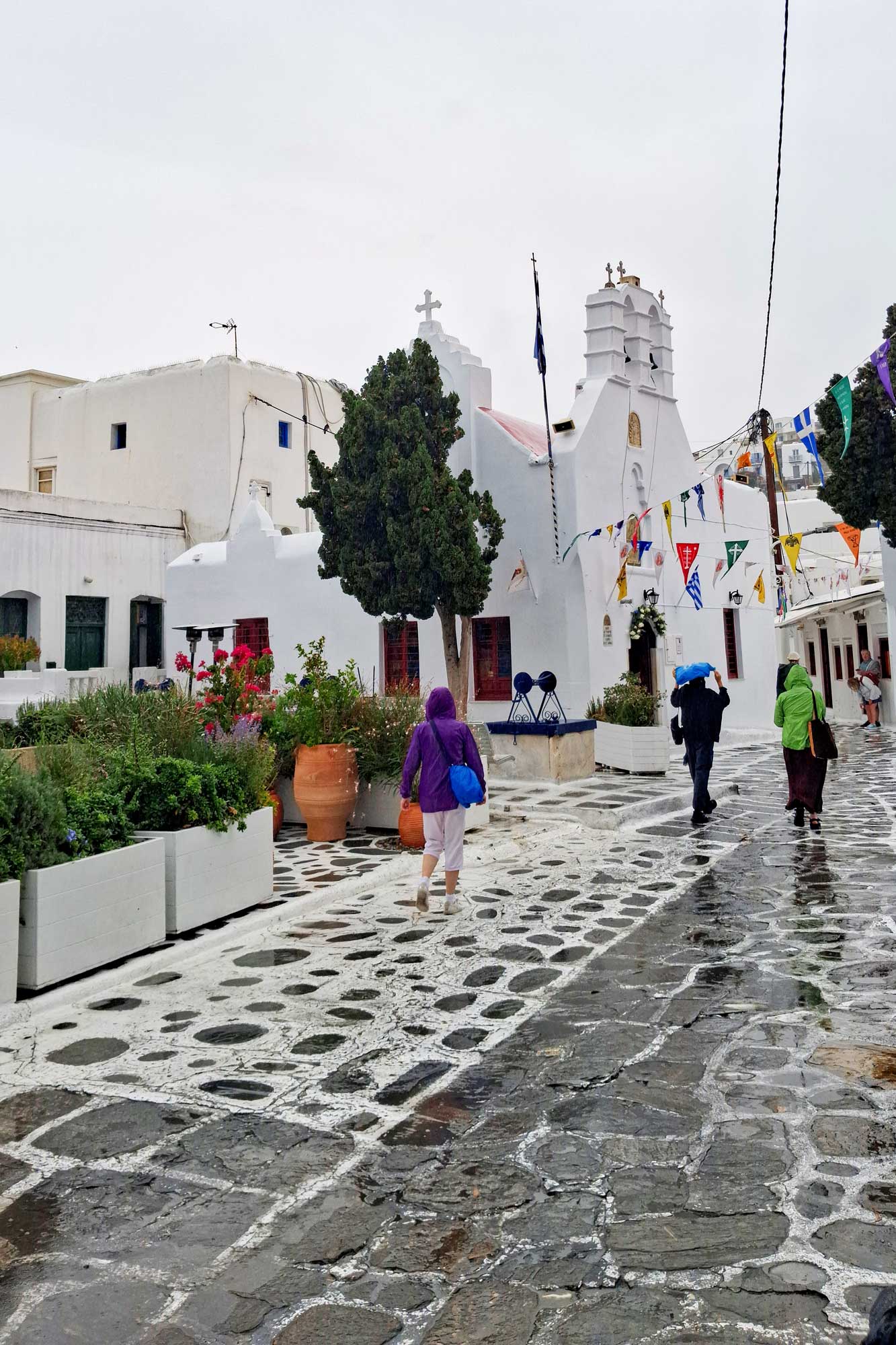
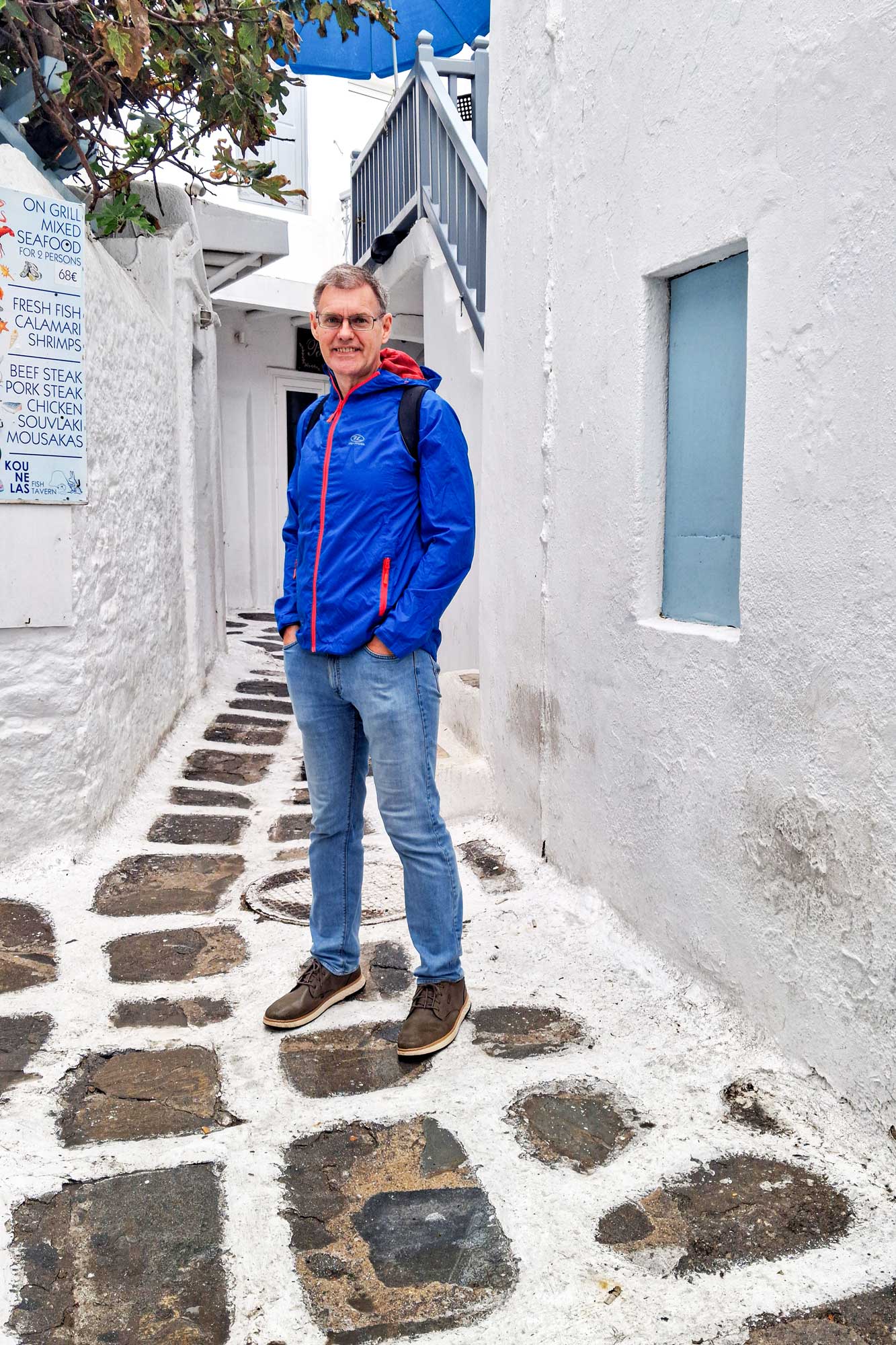
This is the first time we've visited the Greek island of Rhodes. It is beautiful!! That impression was helped by the day being a brilliantly sunny one and the temperatures being once more in the high 70s Farenheit.
The island has a long history which includes being settled by Minoans and Mycenaeans before being colonized by Dorians, who established three cities that later formed the city of Rhodes. It was a powerful maritime centre known for the Colossus of Rhodes before coming under Roman, Byzantine, and then Ottoman rule. The Knights of St. John ruled from 1309 to 1522, leaving behind a well-preserved medieval city. After periods of Turkish and Italian rule, it became part of Greece in 1946.
The Order of the Knights of St John (or The Knights Hospitaller) were, like the Knights Templar, a christian military order founded in medieval times. They arose out of the Benedictine Monastic Order and founded a hospital in Jersualem but were also involved militarily in defending pilgrims and the Holy Land itself. They fought in the Crusades, but following the re-conquest of the Holy Land by Islamic forces they moved to Rhodes before eventually moving to Malta.
The Order of St. John remains relevant even in modern times - it is the parent organisation of St. John's Ambulance.
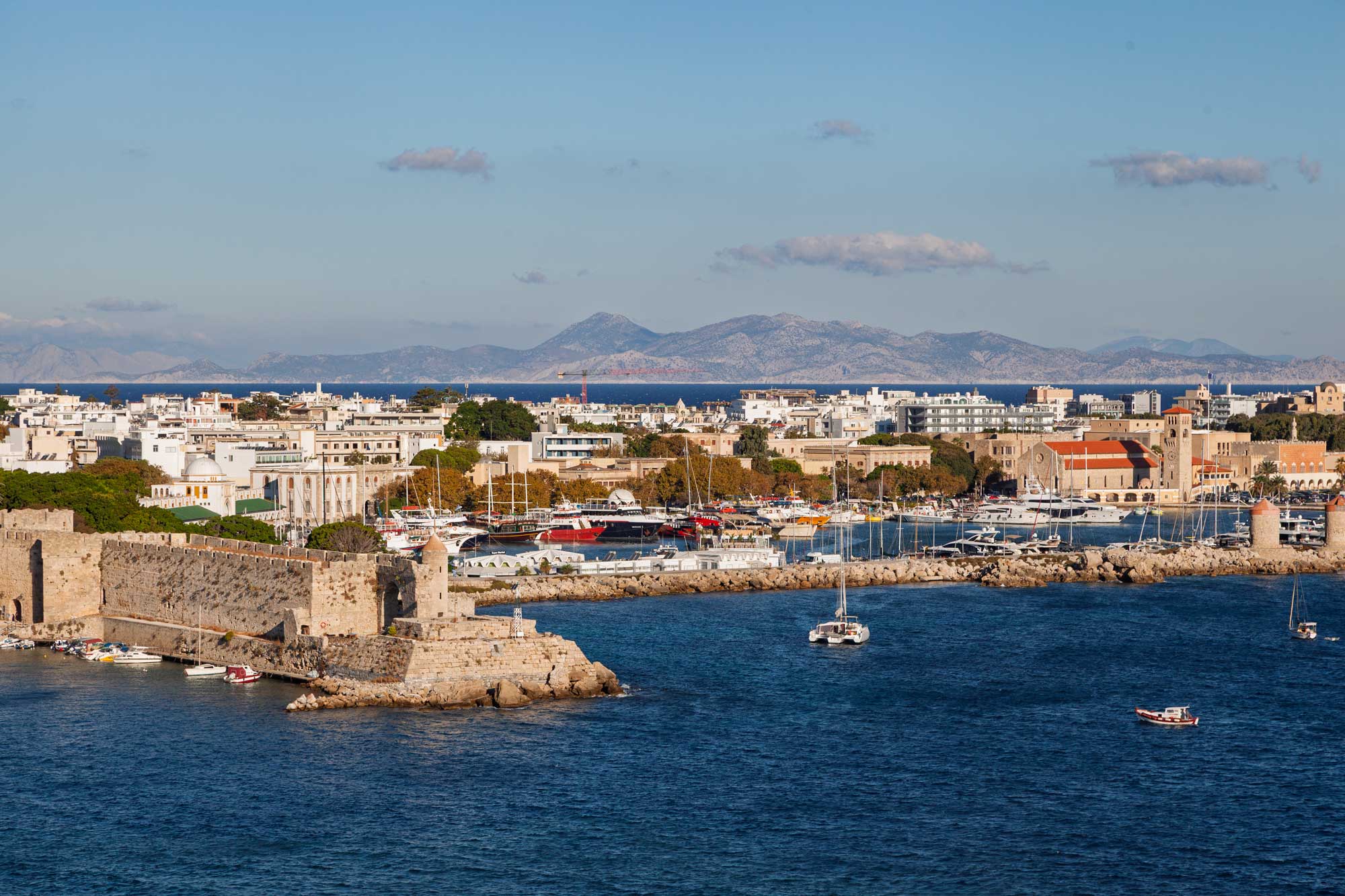
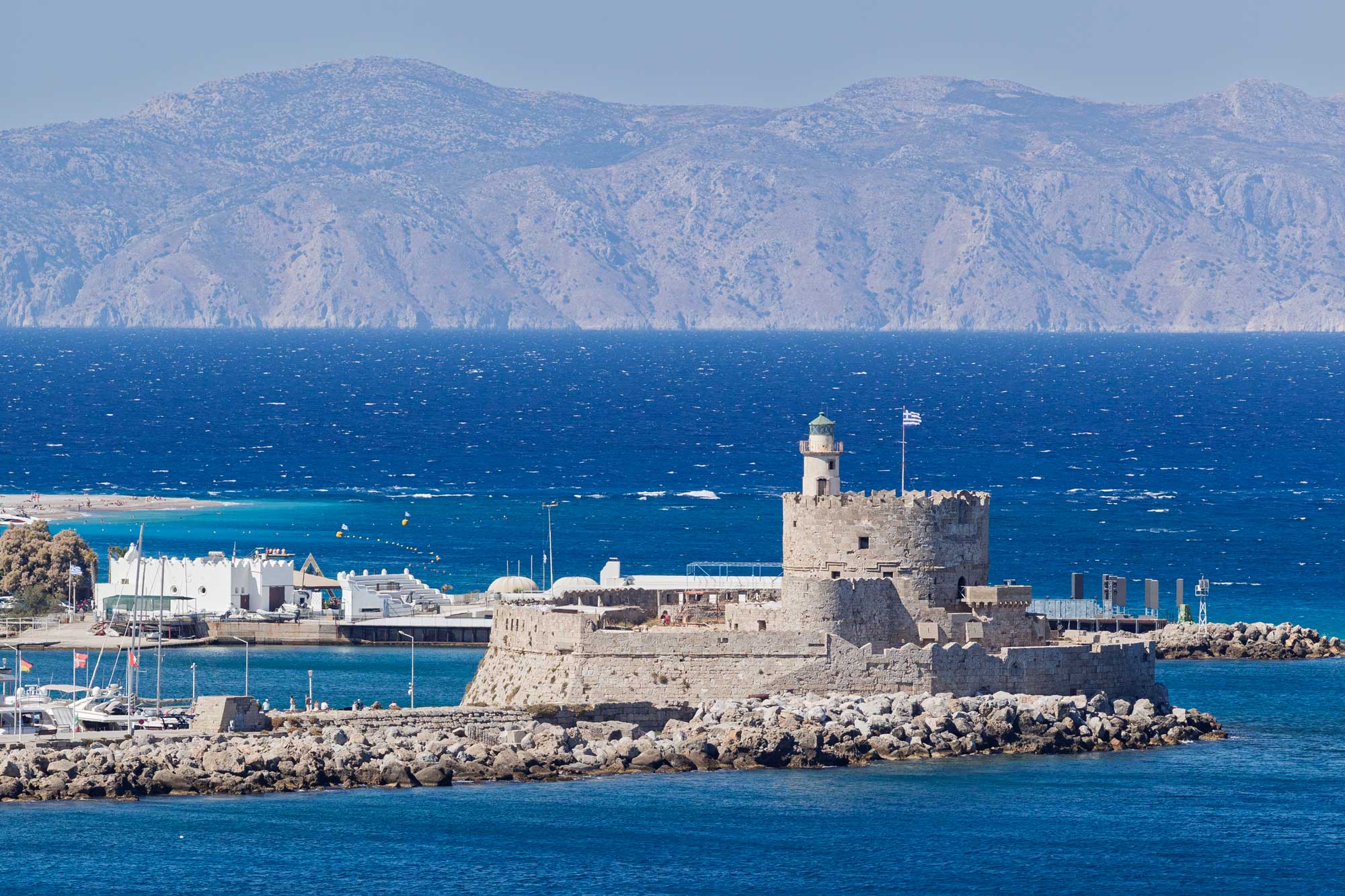
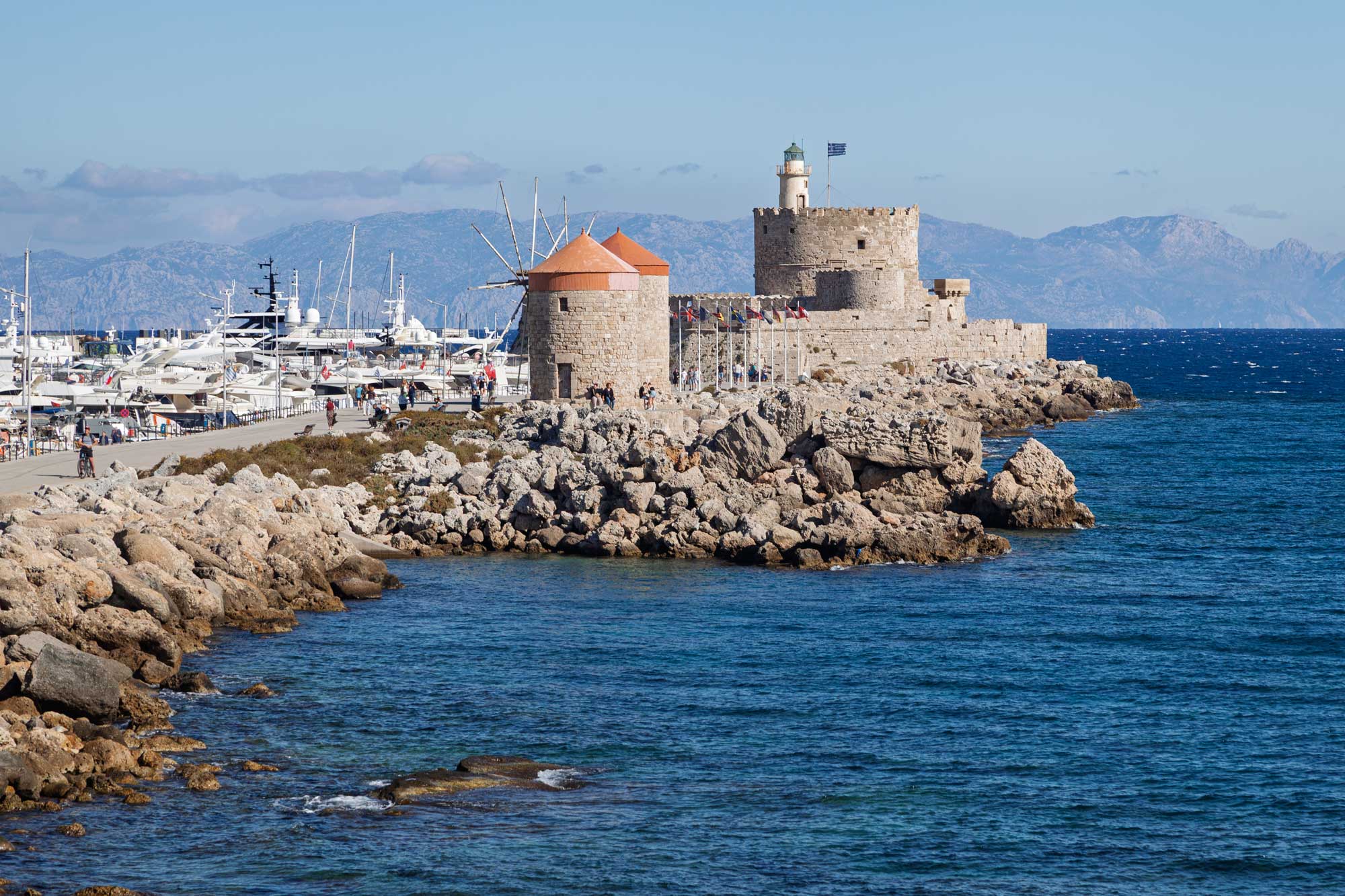
Rhodes is known for being the site of one of the 7 Wonders of the Ancient World for it is here that the Colossus of Rhodes stood. It was a bronze statue that was about two thirds the height of the modern day Statue of Liberty in New York. It was a statue of the Greek sun god, Helios, and was erected in 280 BC to commerate the successful defence of the island from Demetrius I of Macedon.
It collapsed during an earthquake in 226 BC and then remained on the ground for nearly 800 years until the muslims invaded in 653 AD and took the bronze away as scrap metal.
The exact location of the statue within Rhodes is unknown. Some say it stood with its feet on each side of the harbour wall and ships would pass underneath as they arrived in Rhodes. However, the skills to erect a statue capable of this did not exist at the time.Another theory is that it stood on one side of the harbour - but which side is not known. In support of perhaps both of these theories, two columns have been erected at each end of the harbour walls to supposedly show where the statutue stood. The tops of the column are adorned by a male deer on one side and a female deer on the other. You can see these in the next photo.
Scholars now think that it is possible that the building that became the Palace of the Grand Master of the Knights of St John was built on the site of the Colossus of Rhodes.
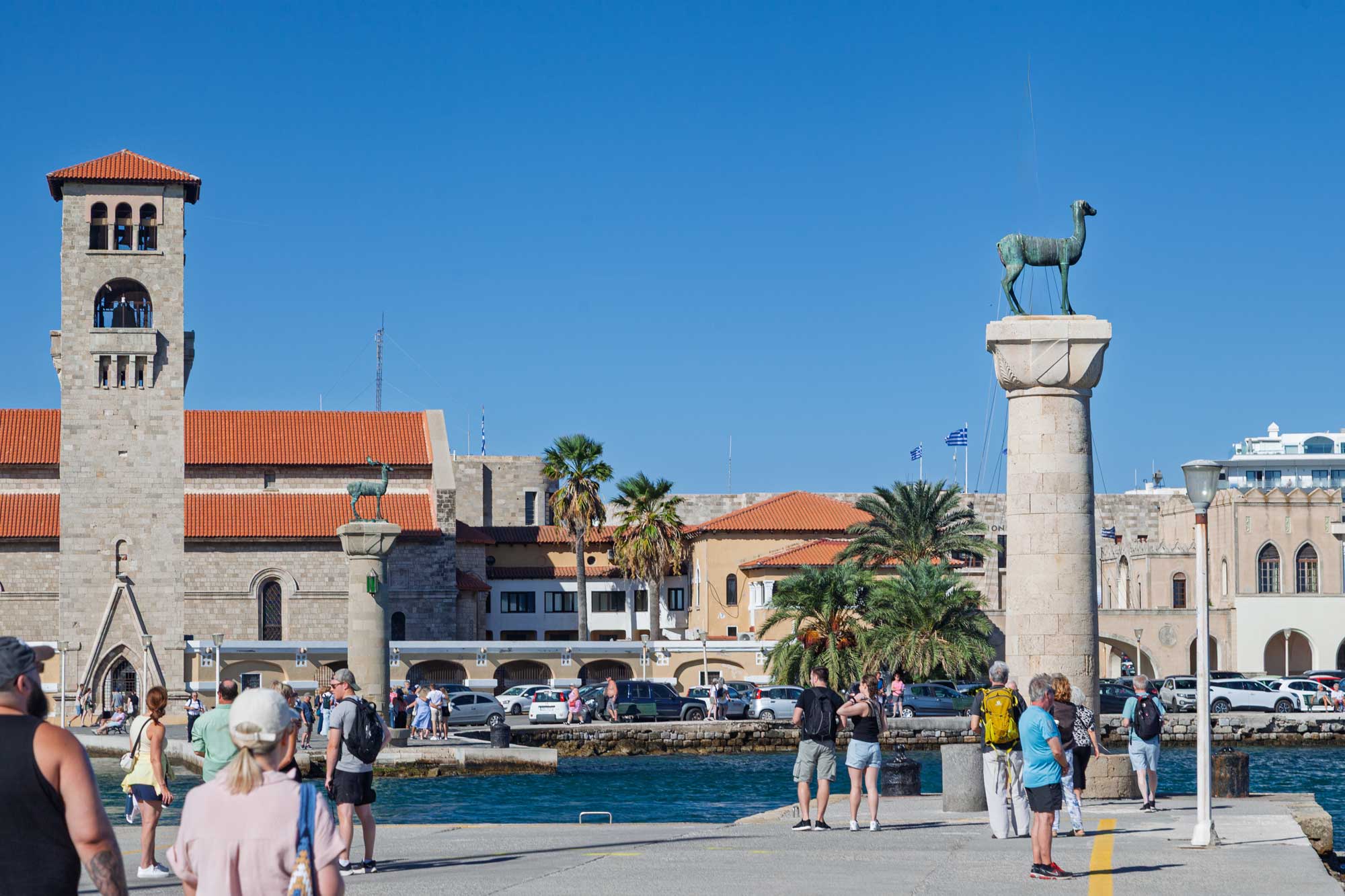

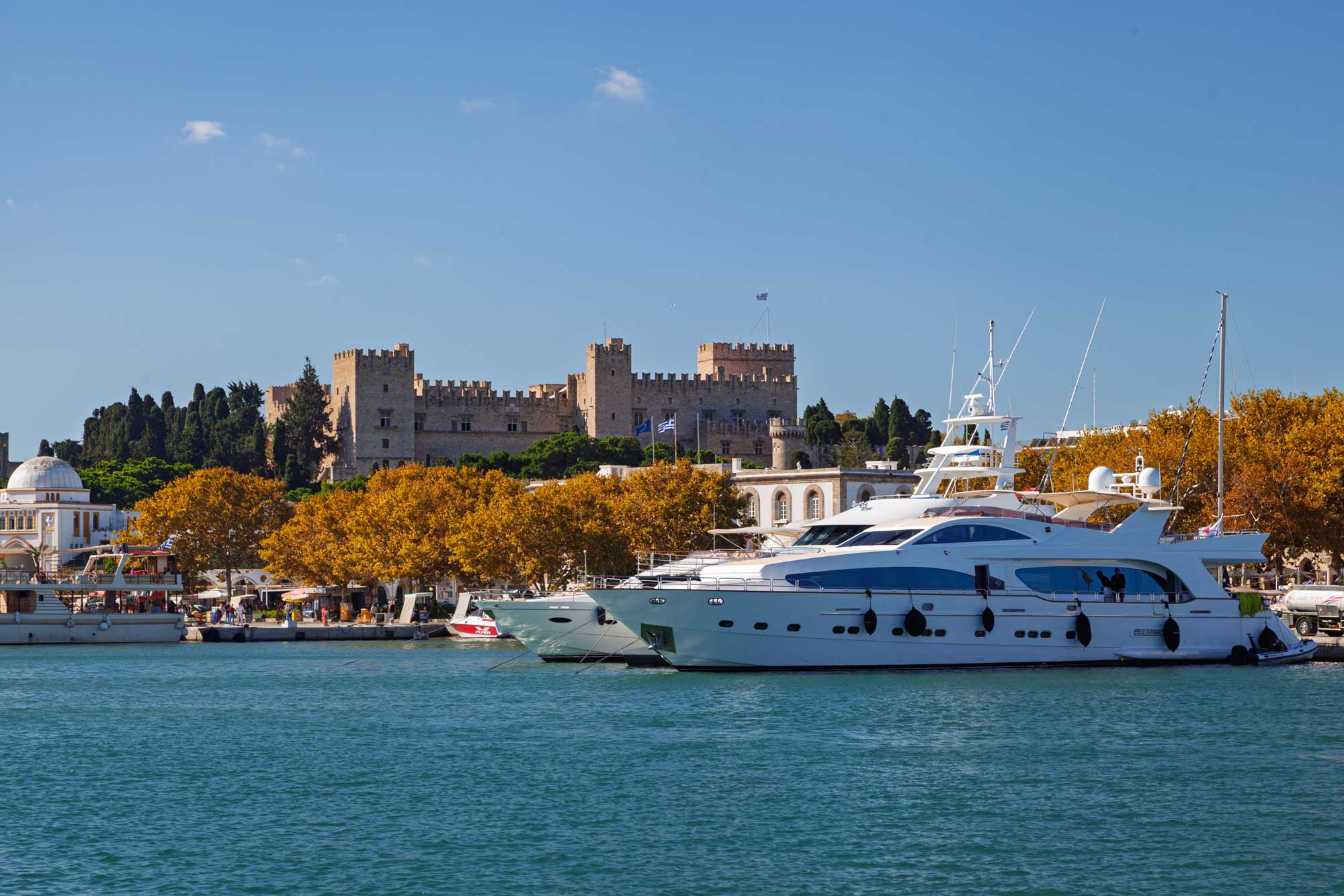
In the background is the Palace of the Grand Master of the Knights of Rhodes. In the exact spot in which the palace exists today, were the foundations of the ancient temple of the sun god Helios. The palace was originally built in the late 7th century as a Byzantine citadel. After the Knights Hospitaller occupied Rhodes in 1309, they converted the fortress into their administrative centre and the palace of their Grand Master.
In 1856, a gunpowder magazine under the nearby Church of Saint John was struck by lightning, causing a massive explosion that killed many people, destroyed the church, and destroyed much of the Grand Master's Palace. Most of the upper floors collapsed, while the ground floor rooms survived.
After making our way from the ship into the old town of Rhodes, we had a look around the Palace. It is still very extensive inside so was well worth the visit.
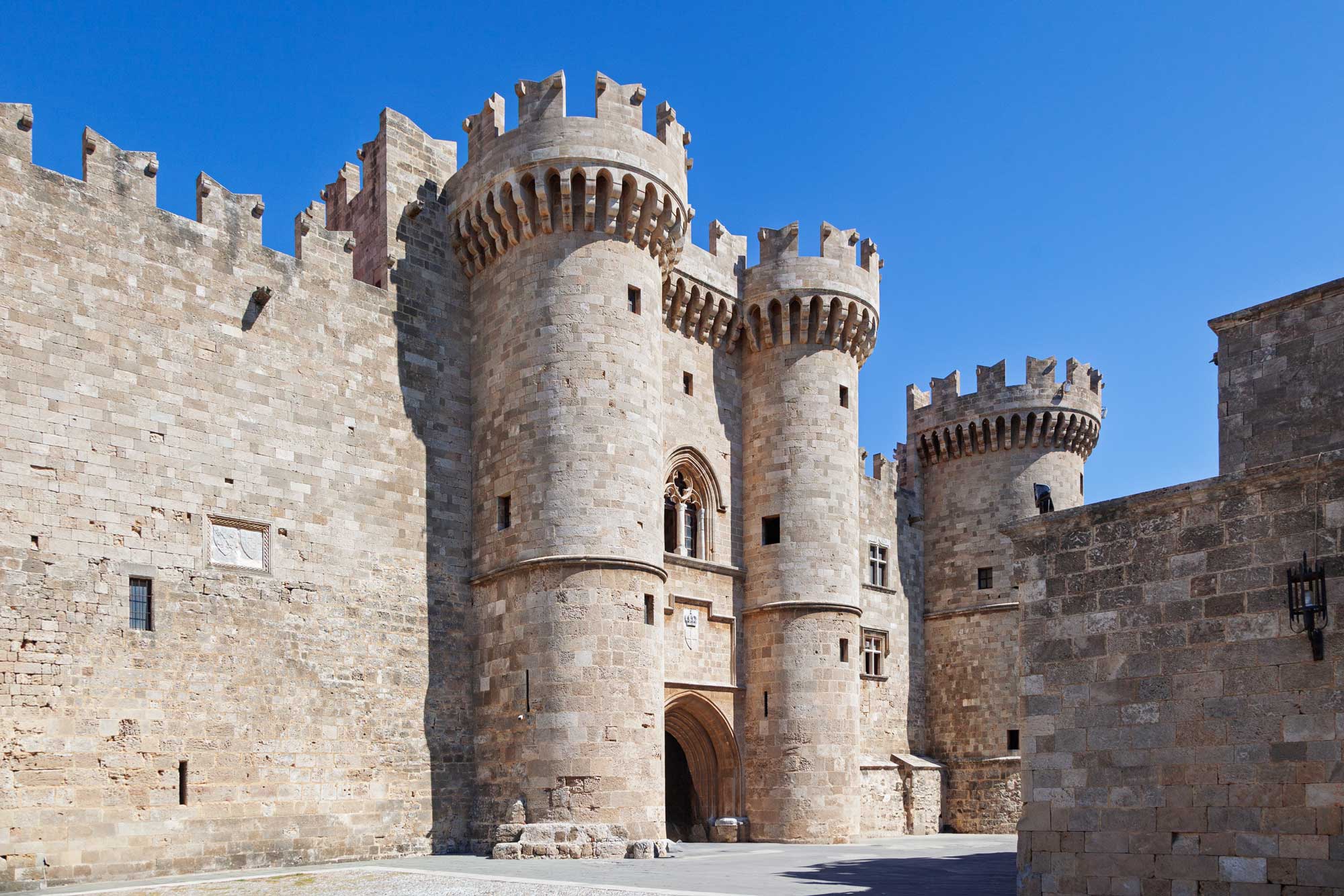
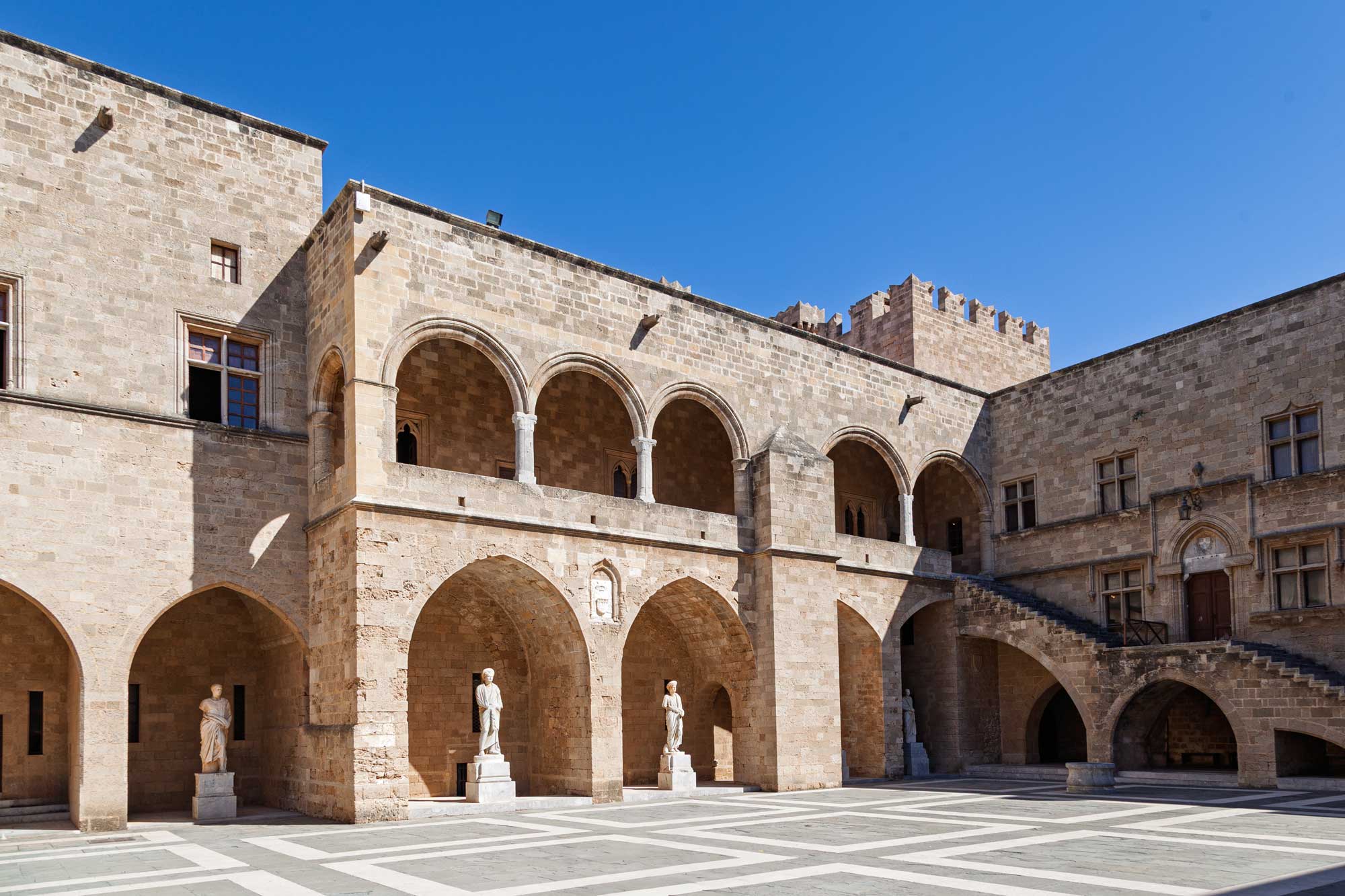
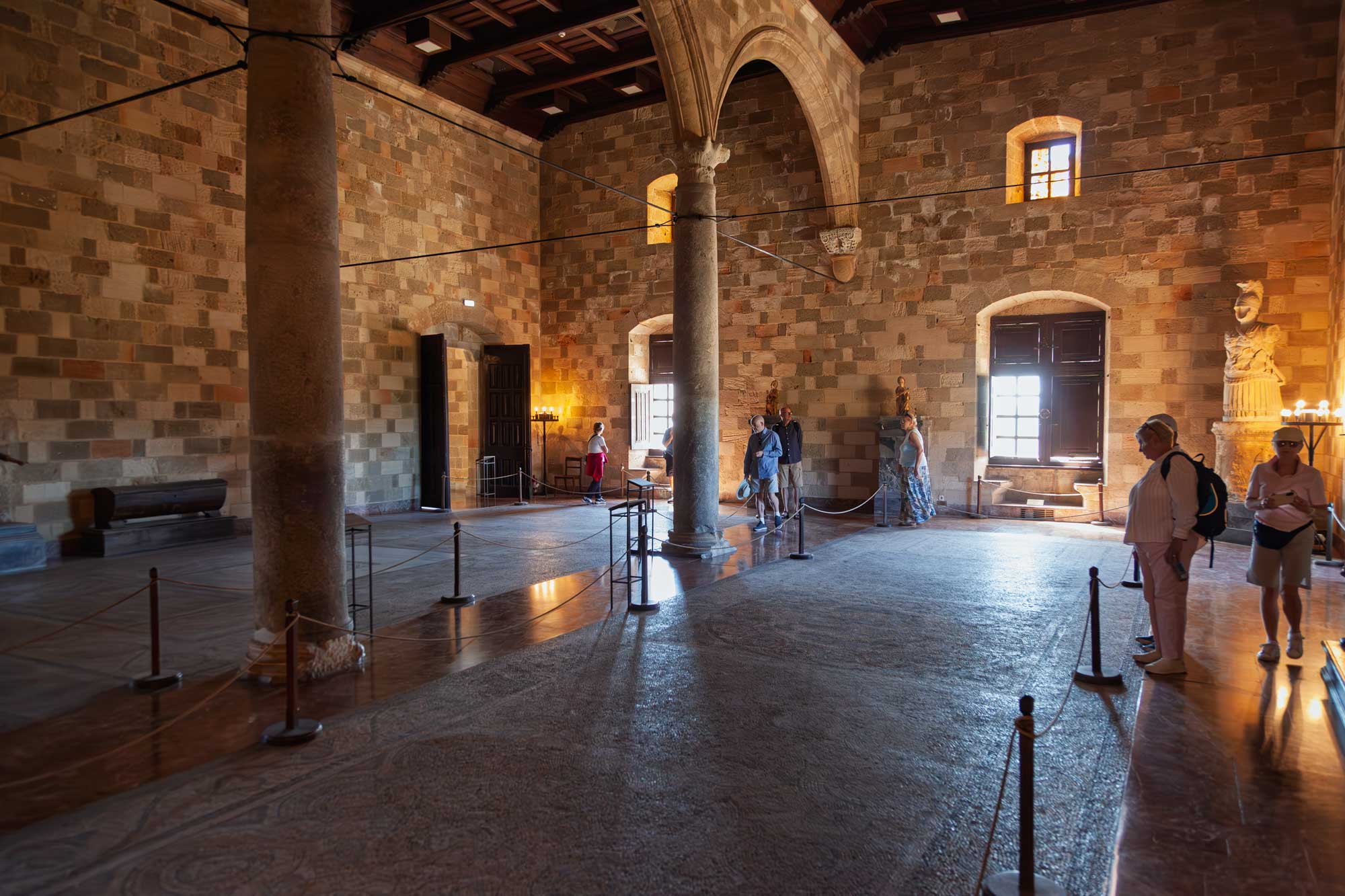
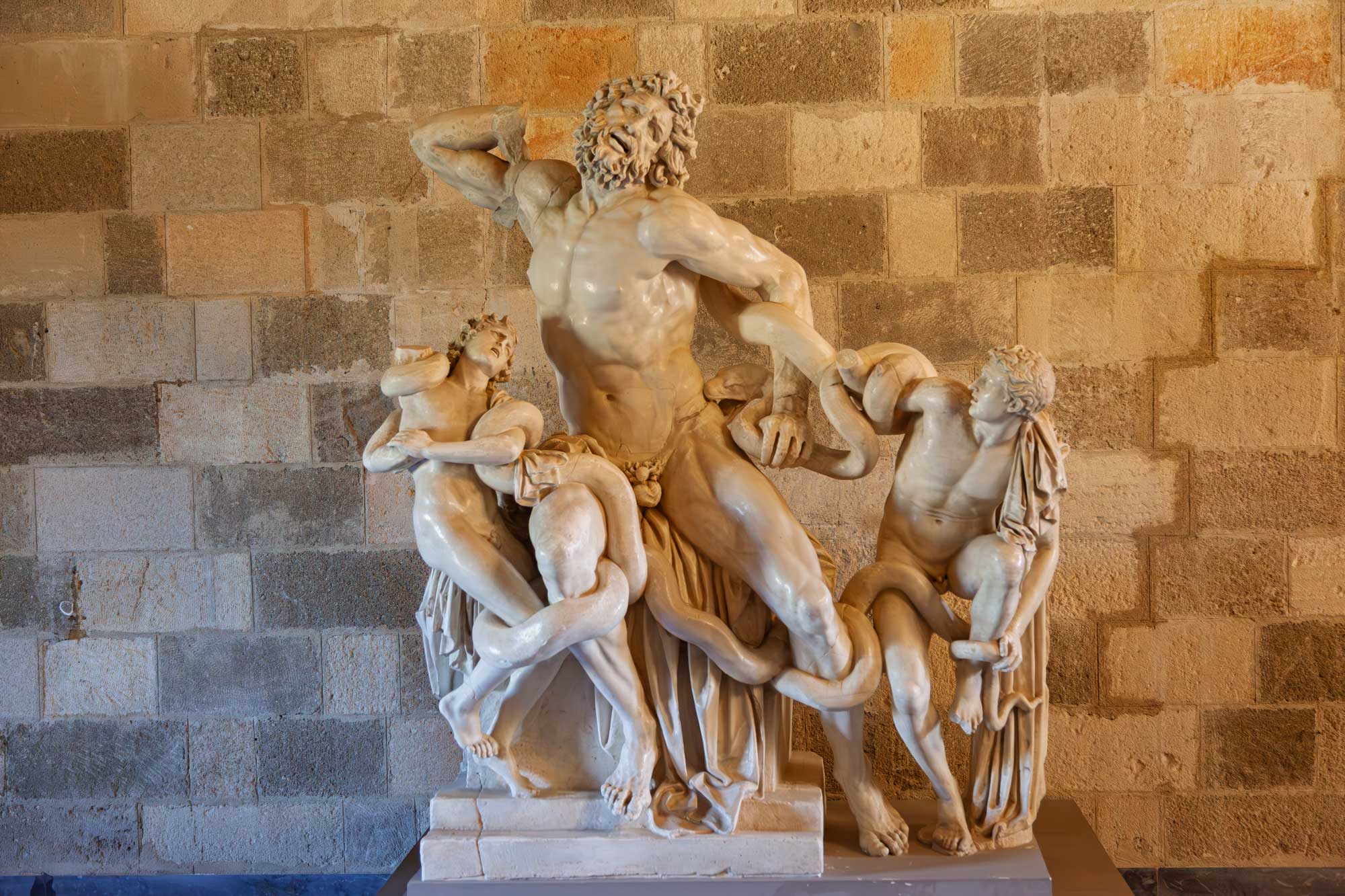
The mosaic in the next photo is from the late 4th or early 5th century AD.
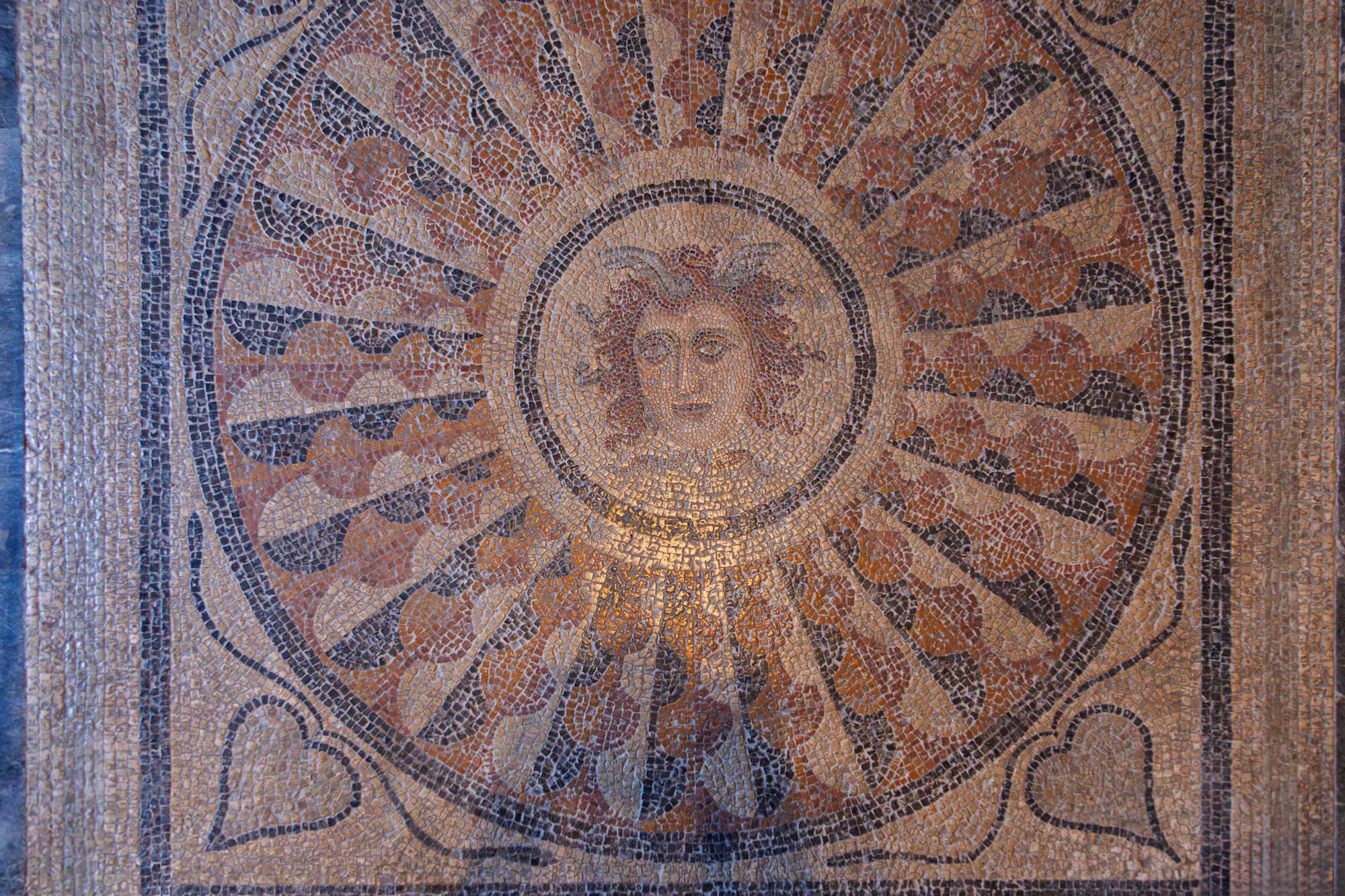
And this is the actual Papal Bull from 1113 by which the Pope declared the Order of the Knights of St John to be a lawful order of the Catholic Church.
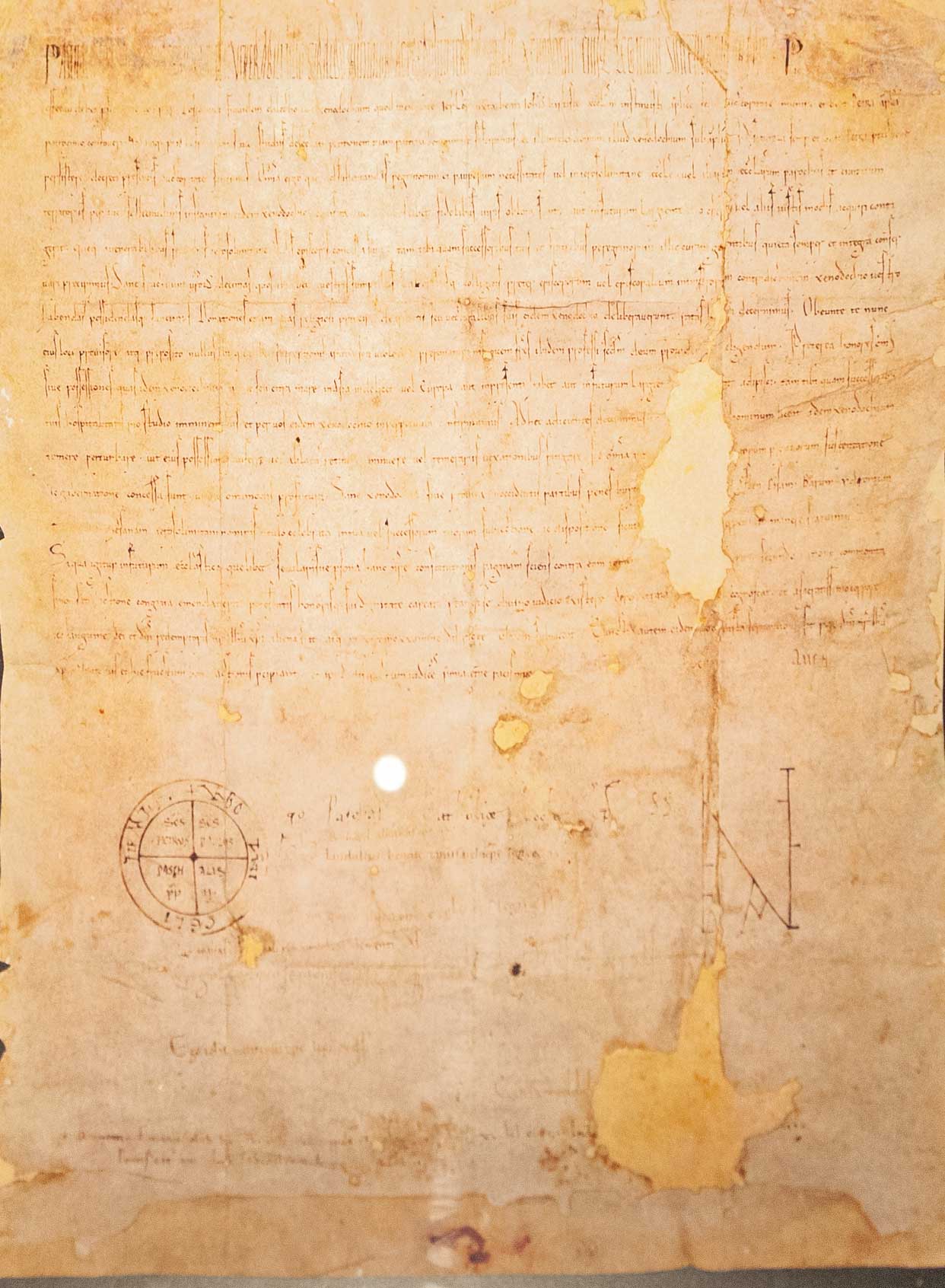
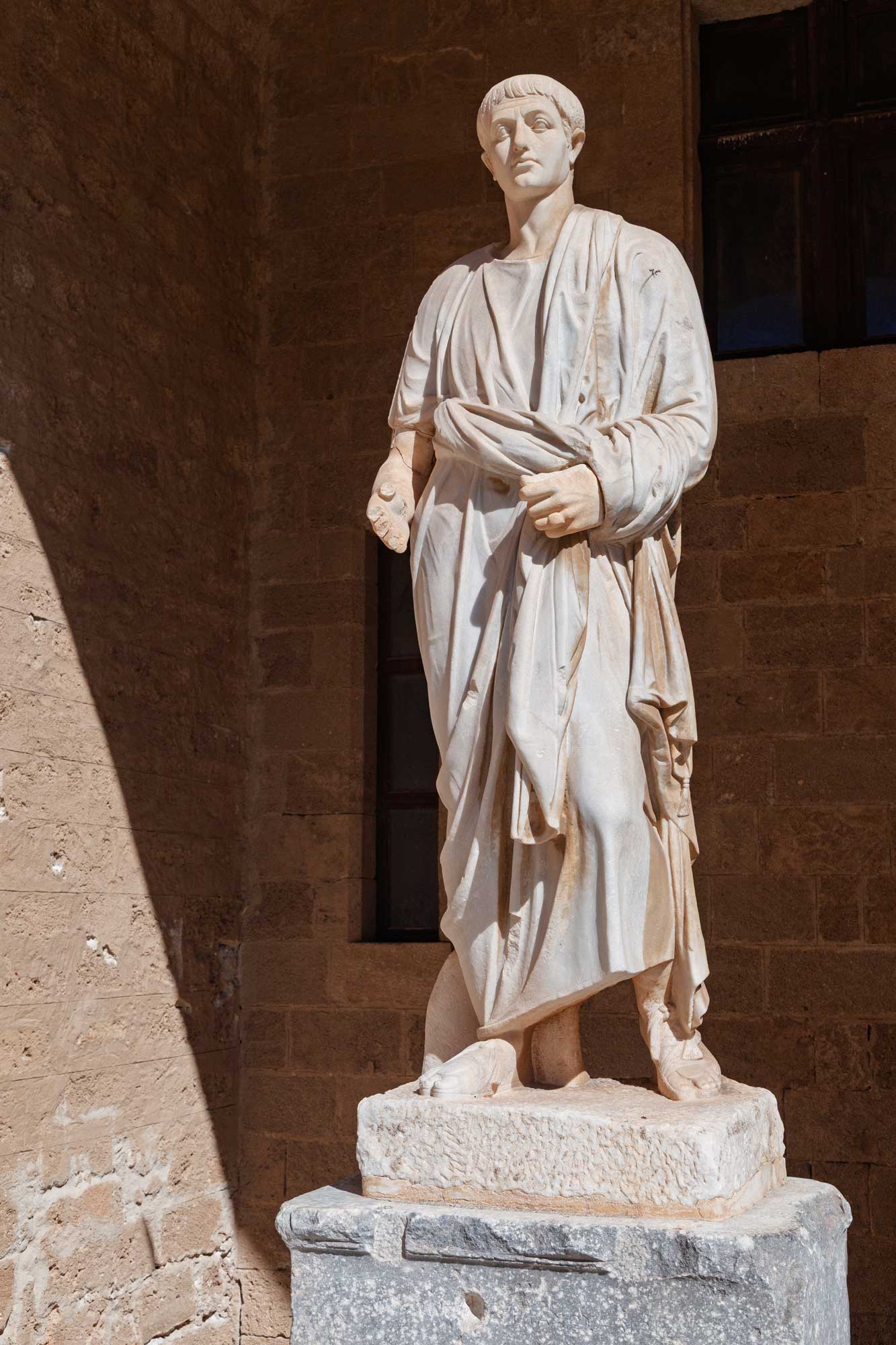
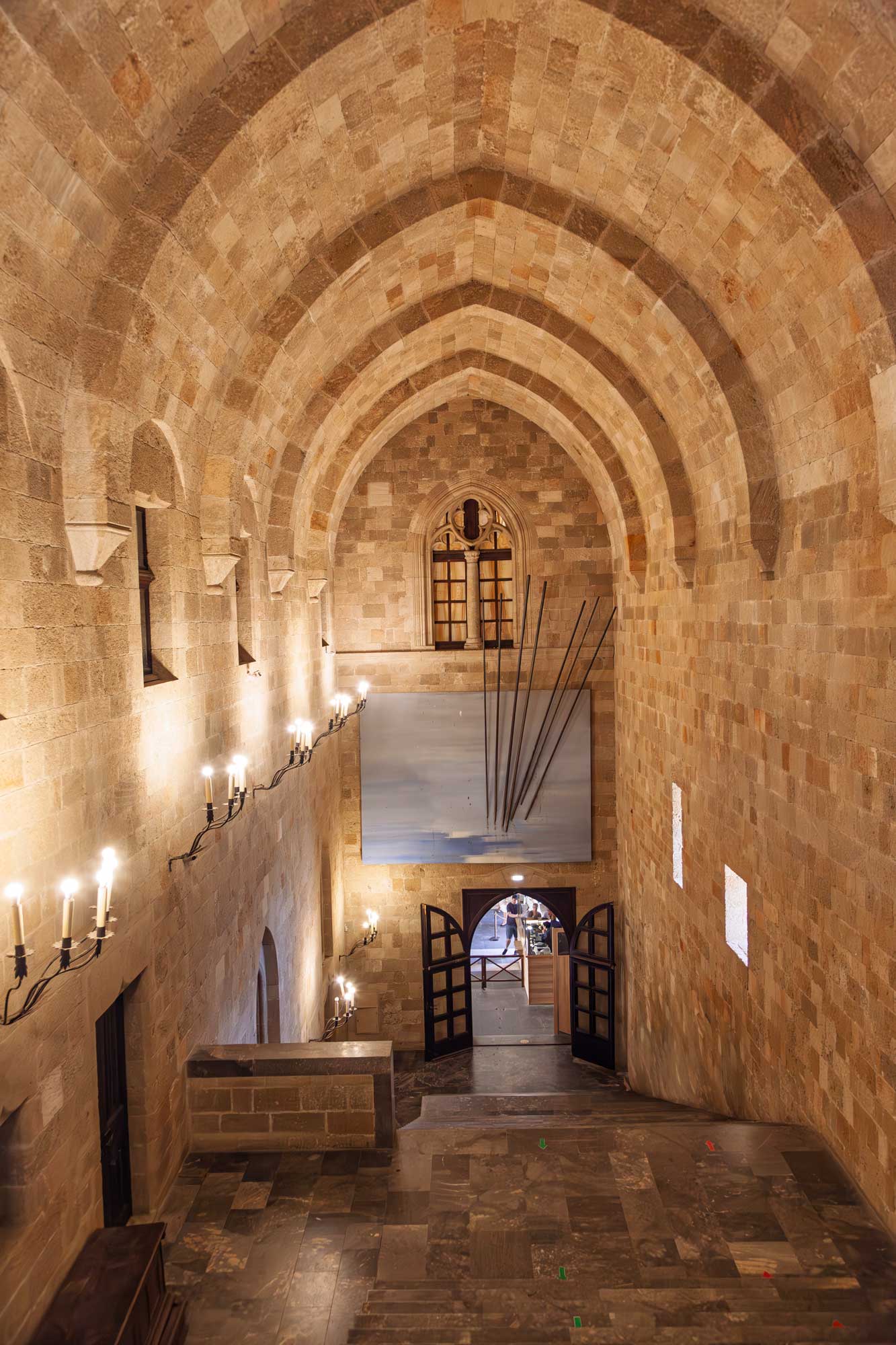
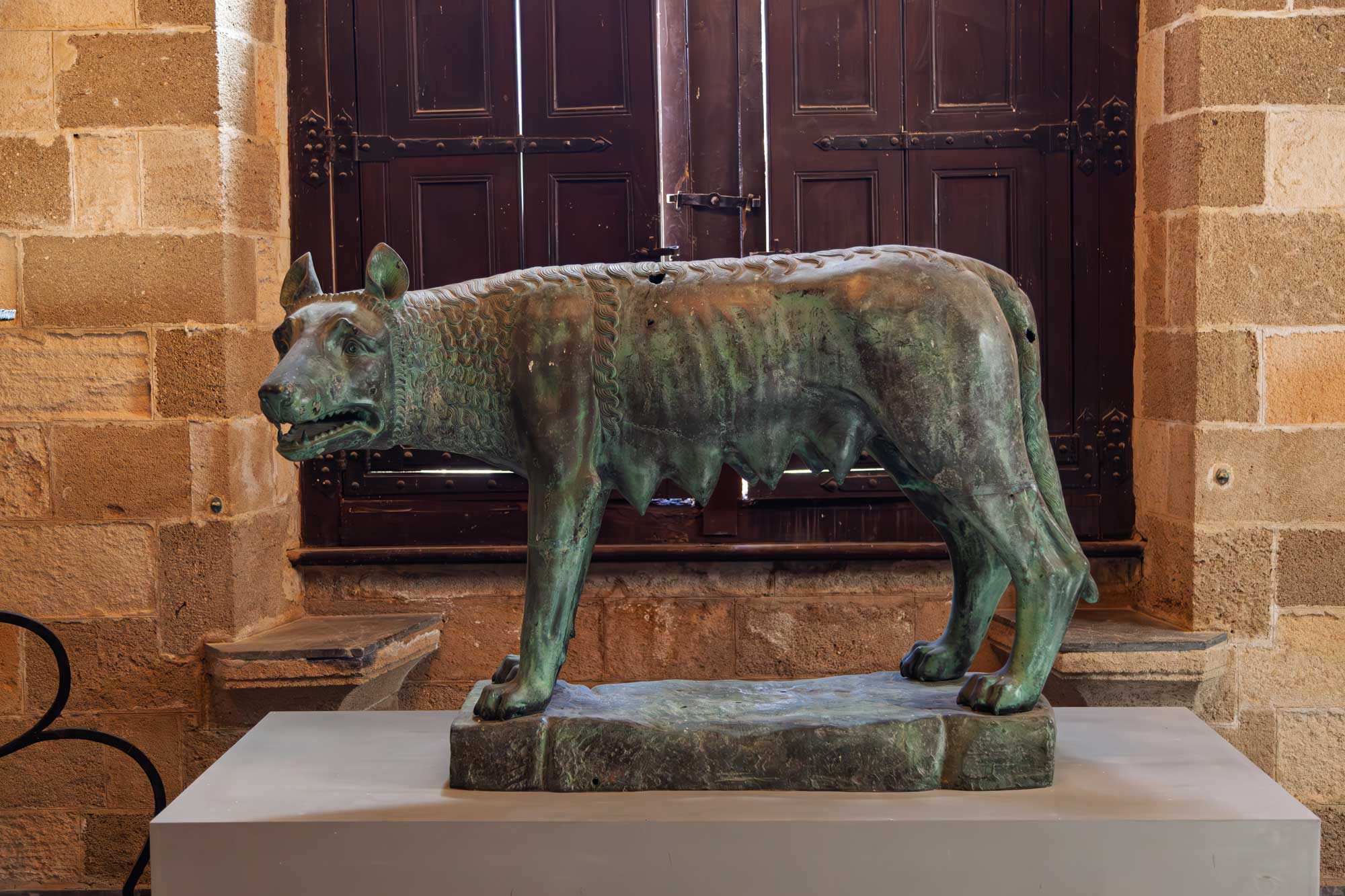
General views from our walk around the old town:
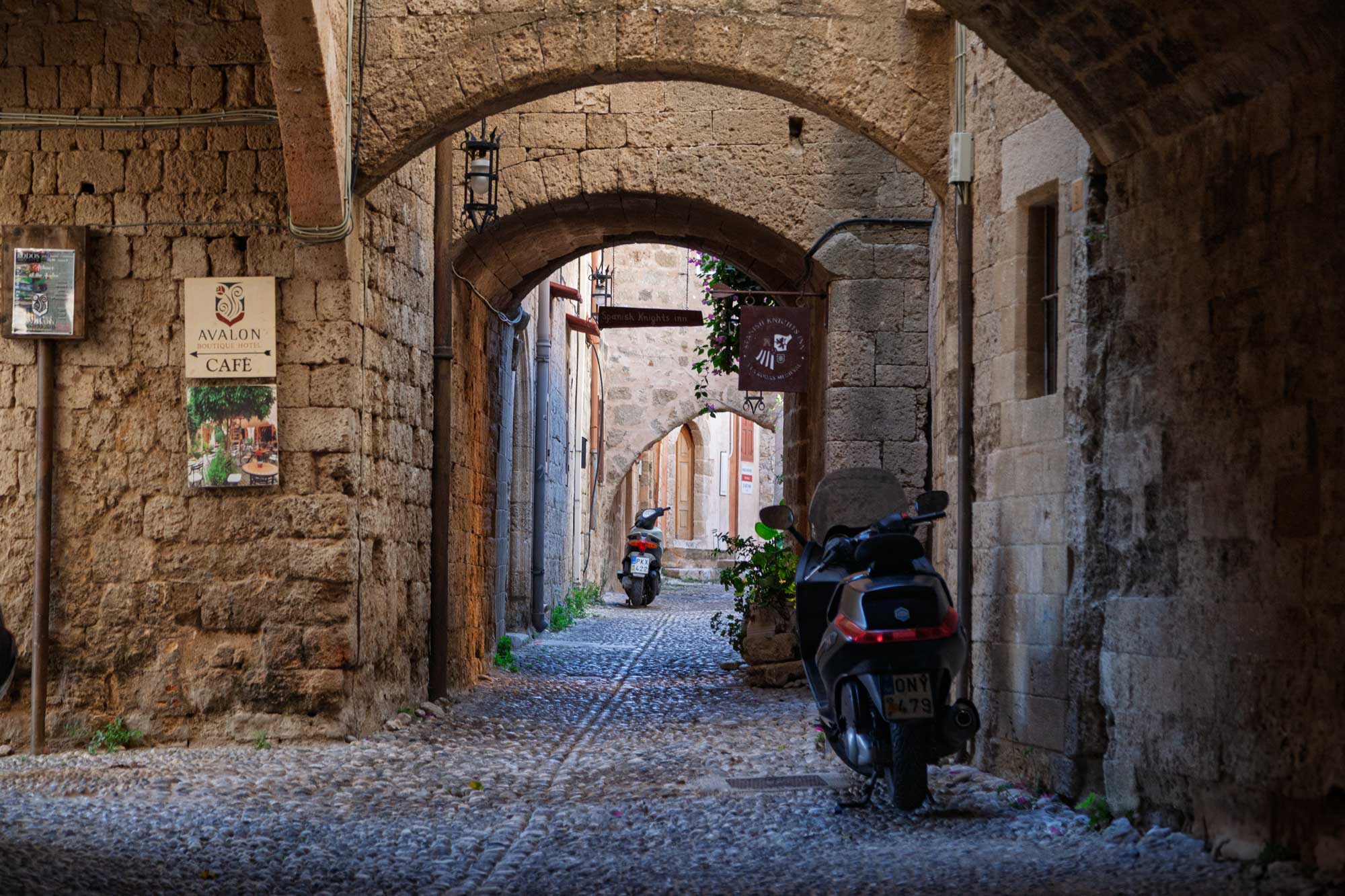
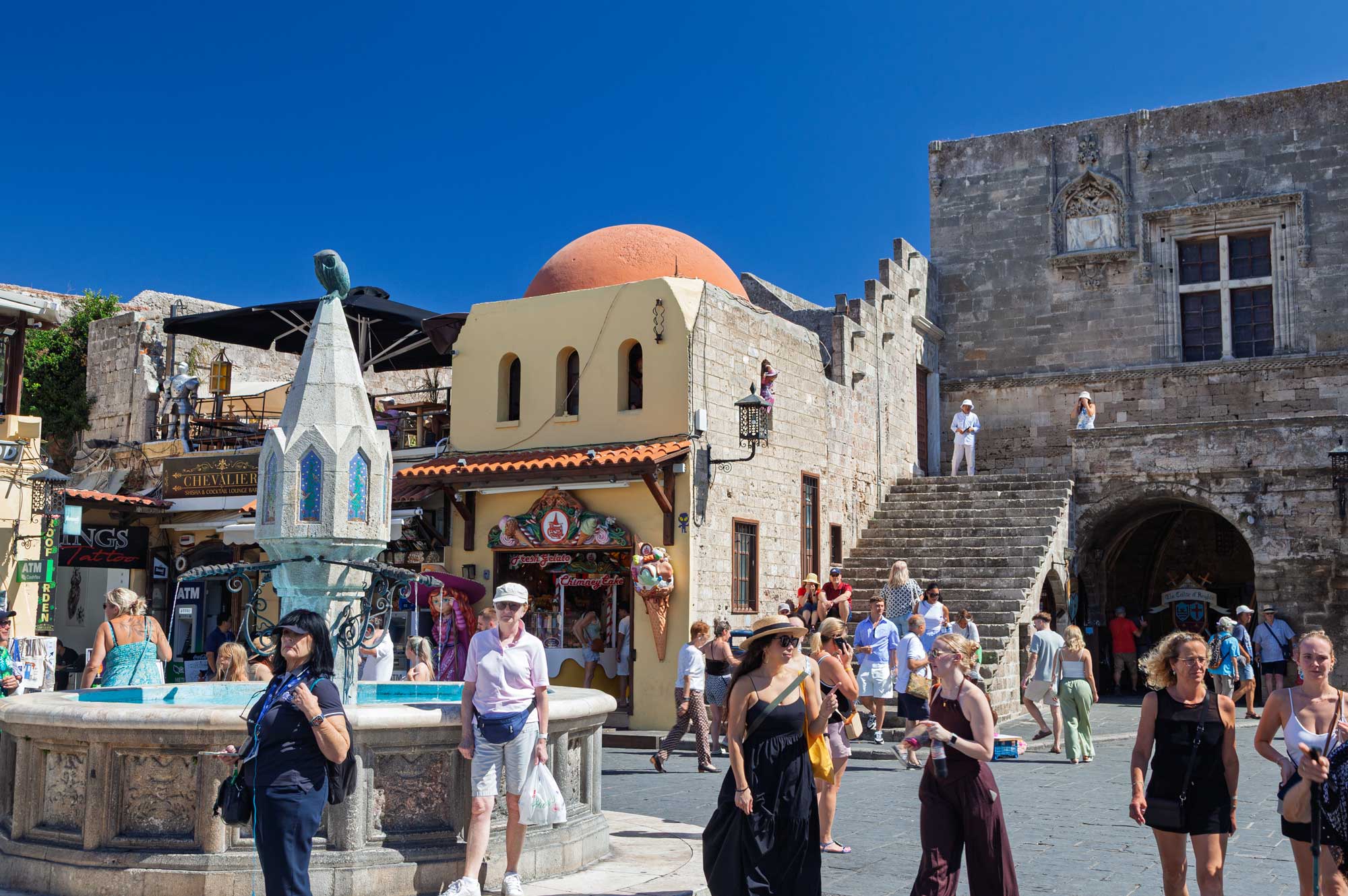
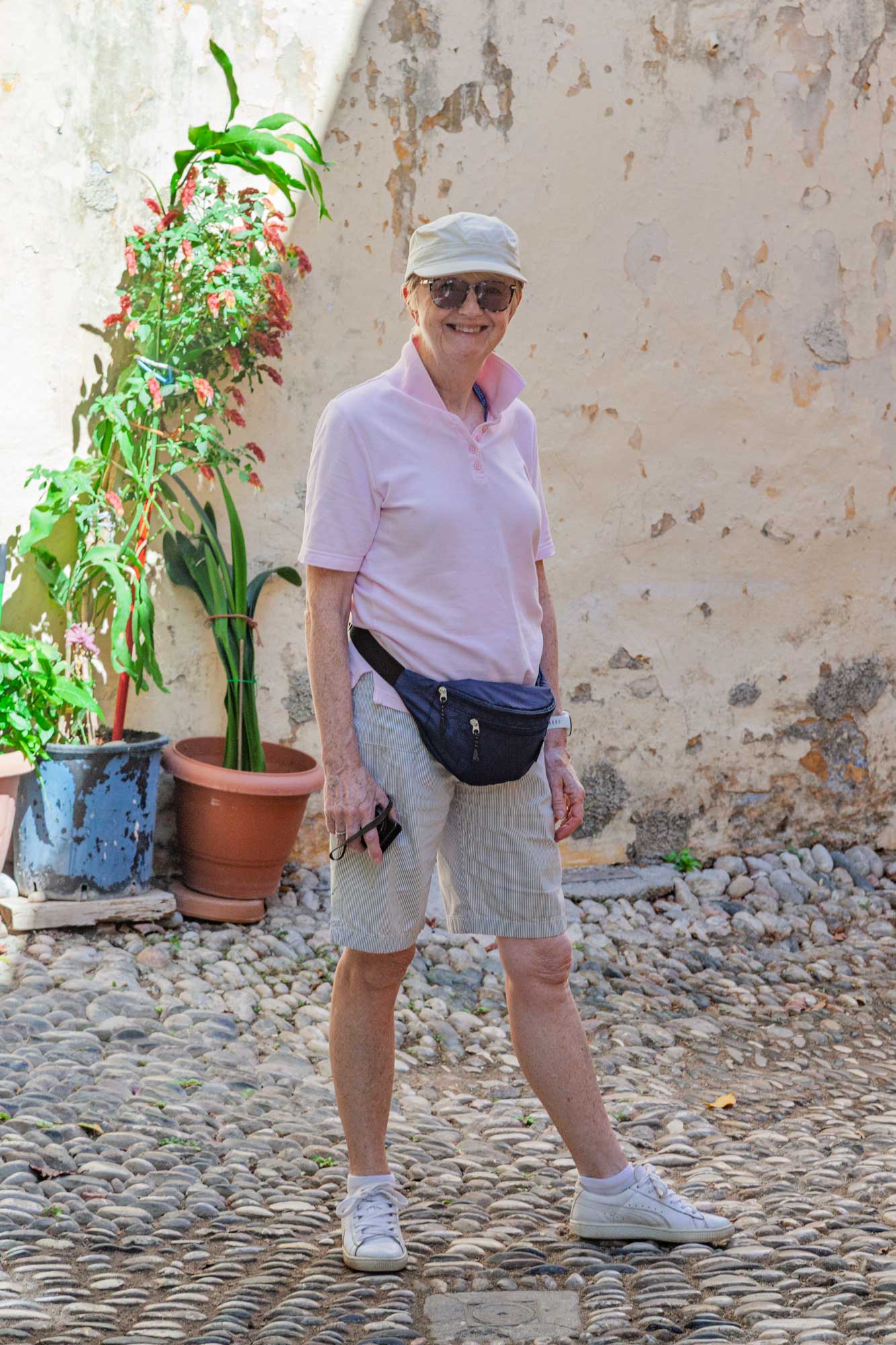
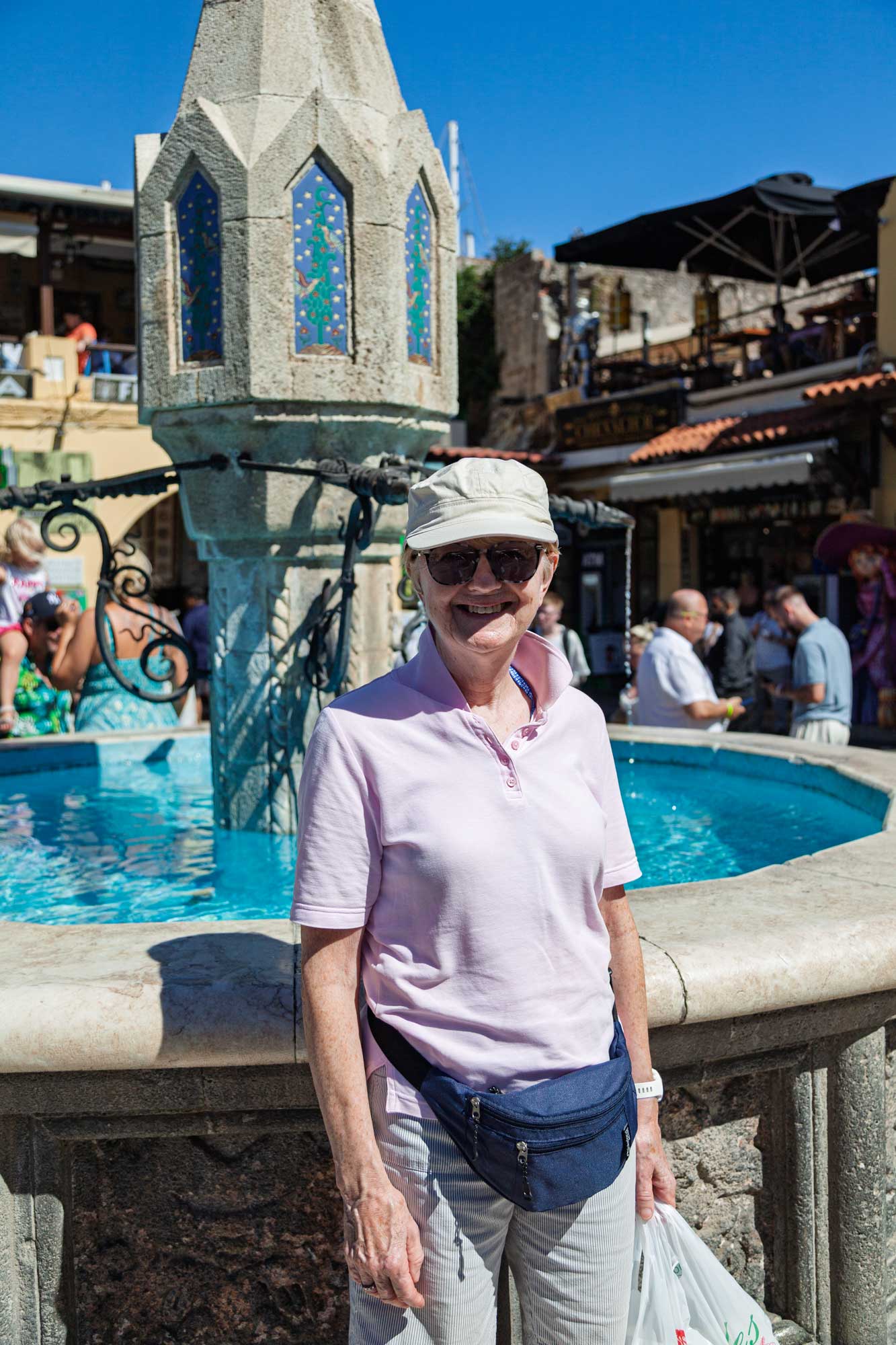
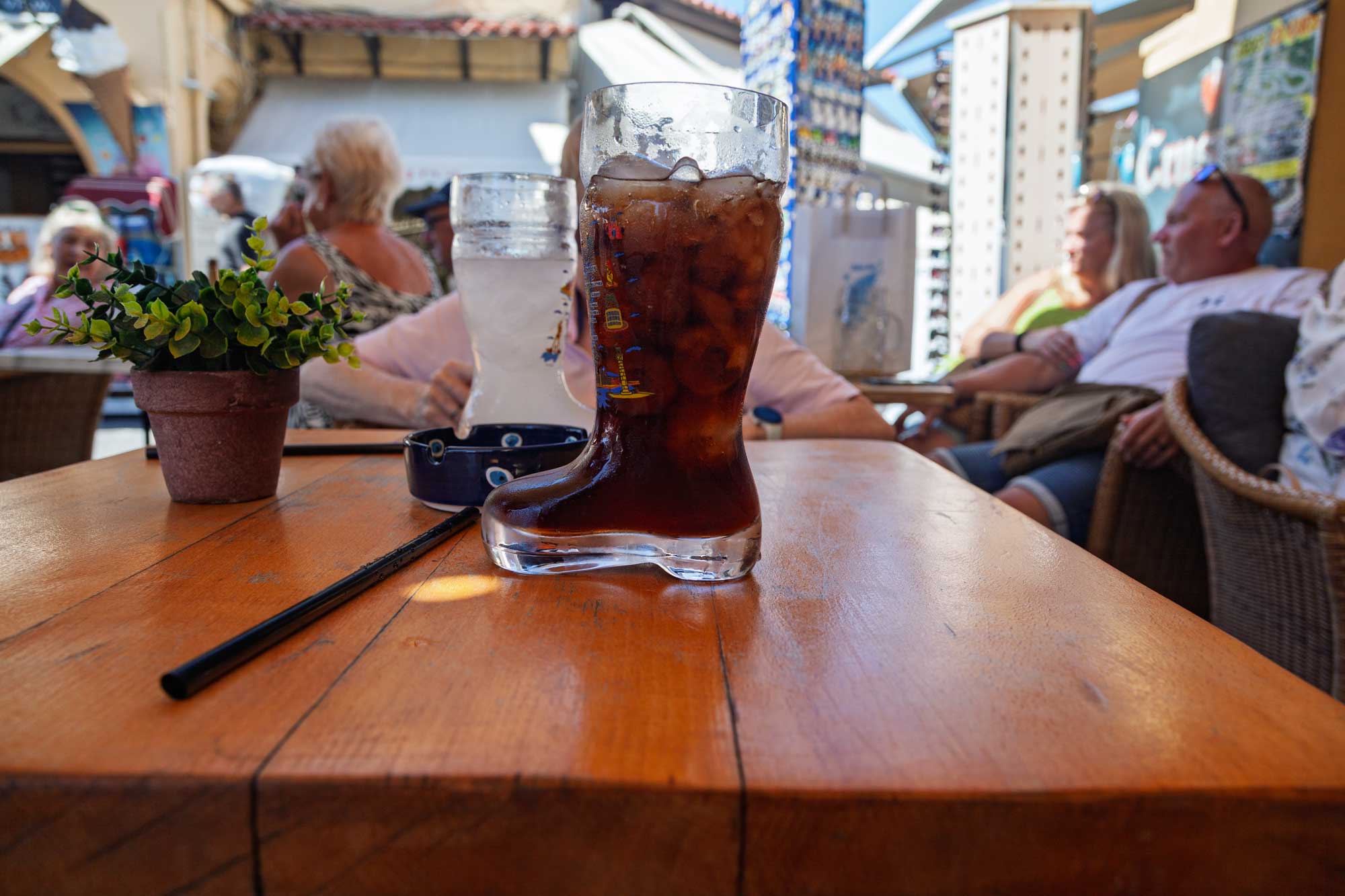
The final photo is of The Street of the Knights.
This stone-paved street replaced an ancient road that connected the town to the Acropolis of Rhodes. It was once home to the Knights of Saint John. The street's starting point is at the Hospital of the Knights and leads up at the Palace of the Grand Master.
The buildings along the street include inns dating to the 15th and 16th centuries. Some buildings are constructed from finely chiseled sandstone, while others are adorned with intricate carvings or commemorative plaques. A double archway spans the road at its highest point, while elegant doorways wide enough to accommodate a horse and carriage are found throughout.
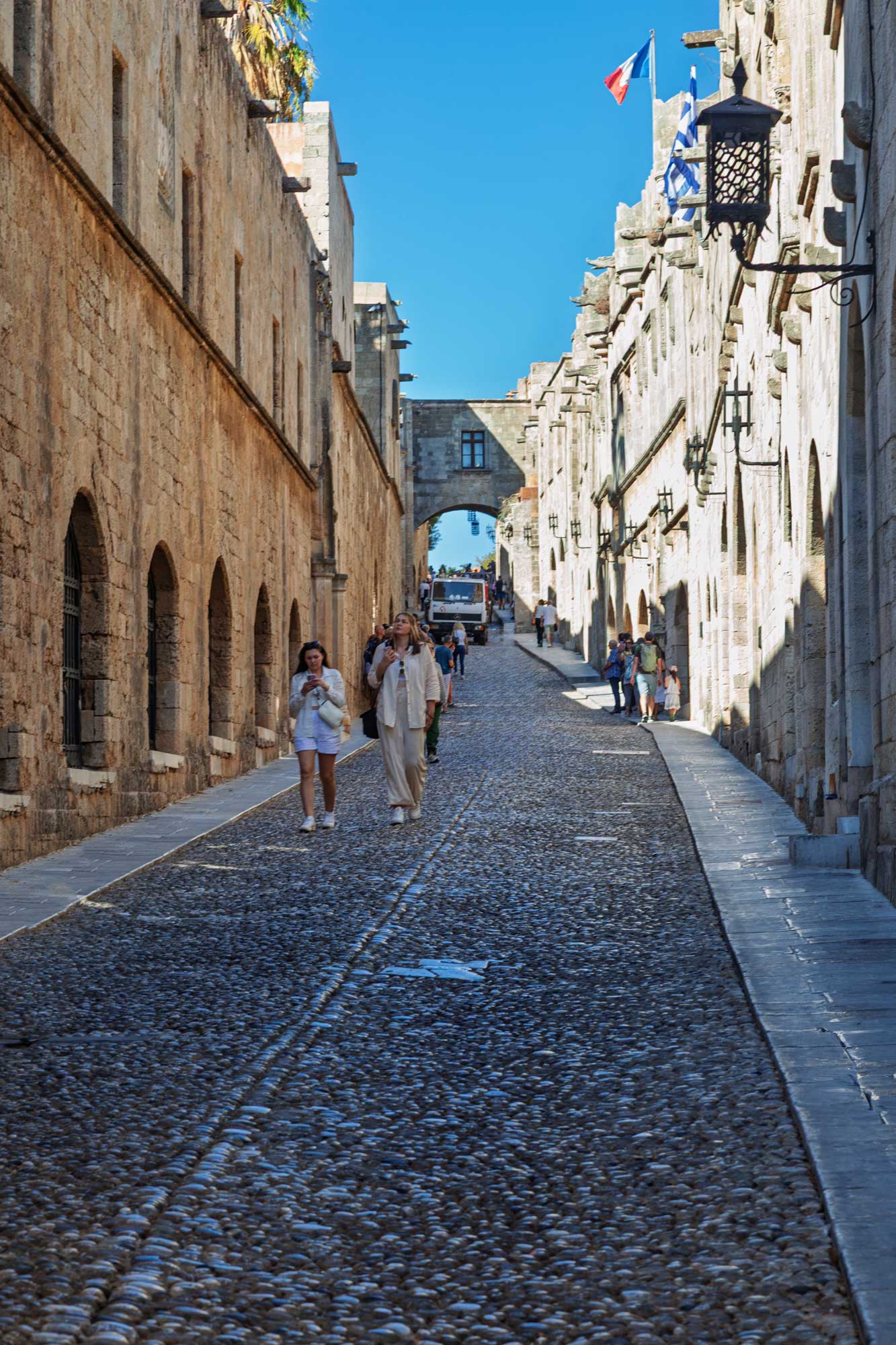
Our port for the day, Kusadasi, Turkey is the port to be used to get to Ephesus. At the time that the Apostle Paul preached to the Ephesians (and wrote his letter to them that is now to be found in the New Testament), Ephesus was a port on the sea. However, even at that time the river that made it's way into the sea at Ephesus was already starting to silt up the estuary and that process has continued into modern times to such an extent that Ephesus is now located 6 miles inland from the sea and the port is now situated at Kusadasi.
We have visited the extensive ruins of Roman Ephesus twice previously and one of these was when we spent a week at Selcuk which is the modern town that has been built alongside the ruins of the ancient city. For that reason we decided not to make the trek to the ruins but rather just amble around Kusadasi.
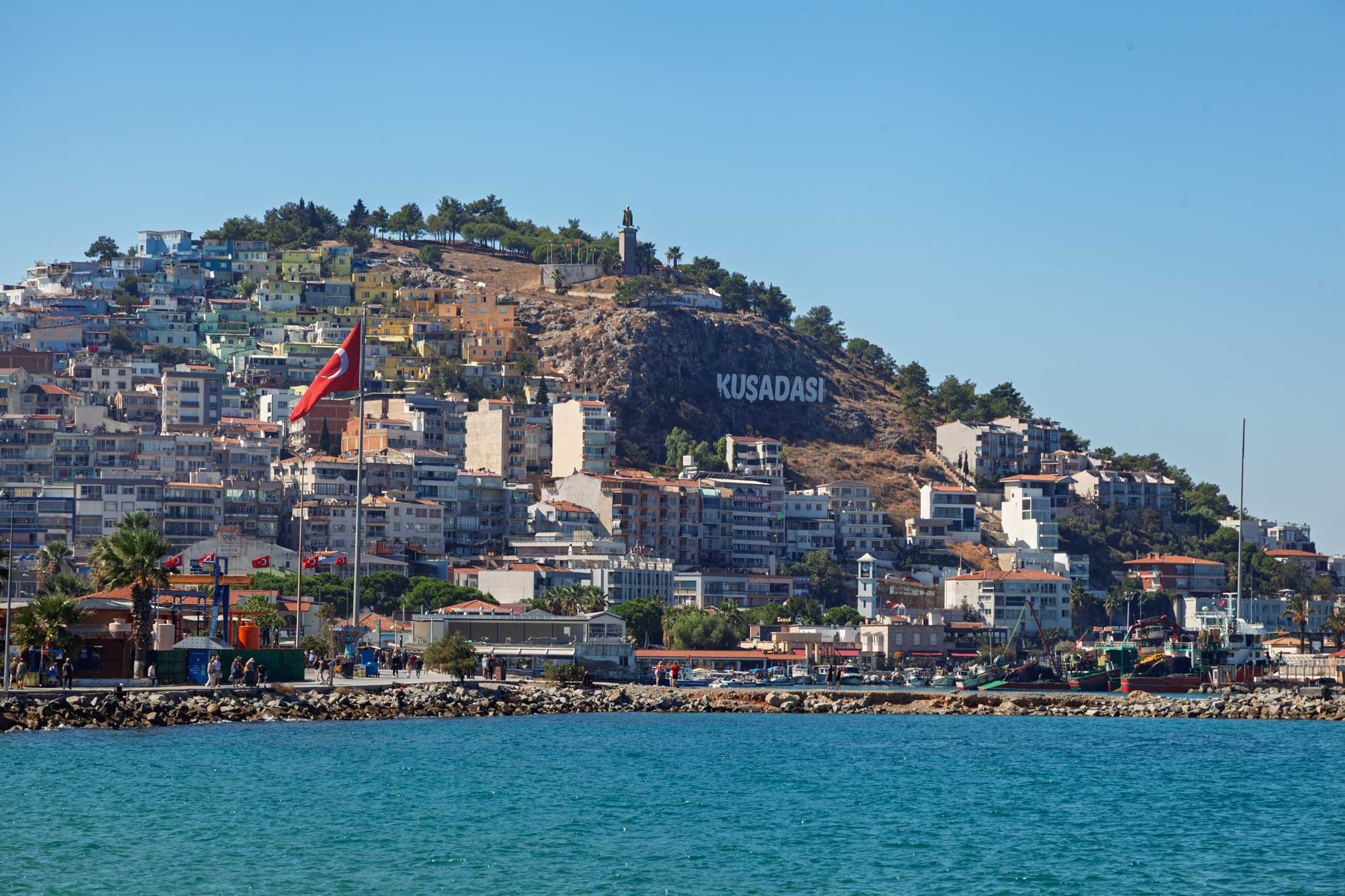
One place we'd not been to when visiting Kusadasi previously was the small island lying just off the coast that is now connected to the mainland by a short walkway. That is where we headed as soon as we disembarked for the day.
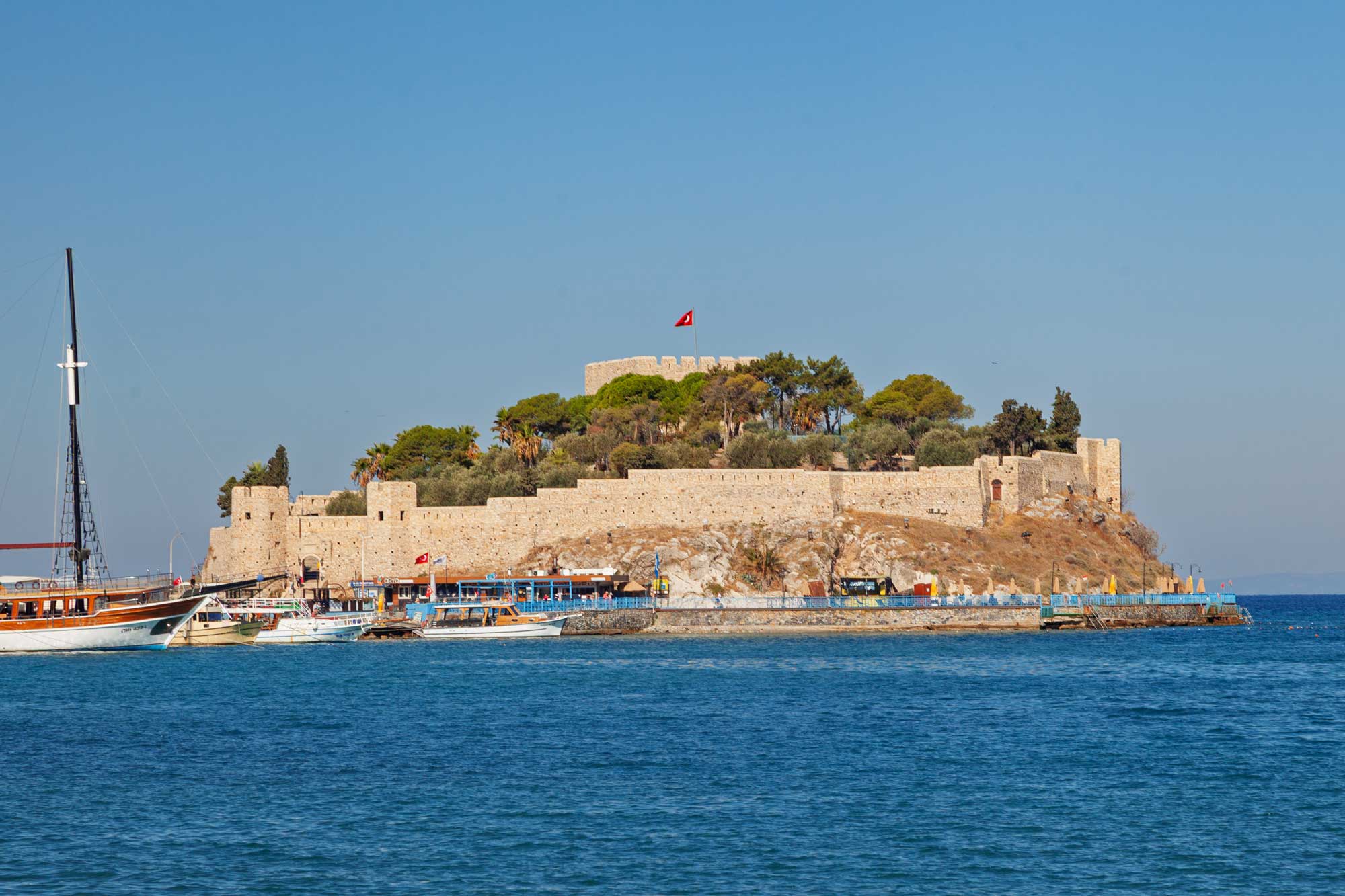
The castle on Guevercinada (or Pigeon Island) from which Kusadasi derives its name and is the symbol of the city, was fortified in order to defend the harbour of Kusadasi. Some researchers claim it was built in the 16th Century by the pirate Hayreddin Barbarossa who became Grand Admiral of the Ottoman navy.
The walls around the castle are definitely a later additon, being built in 1826: there is an inscription to that effect on the castle gate.
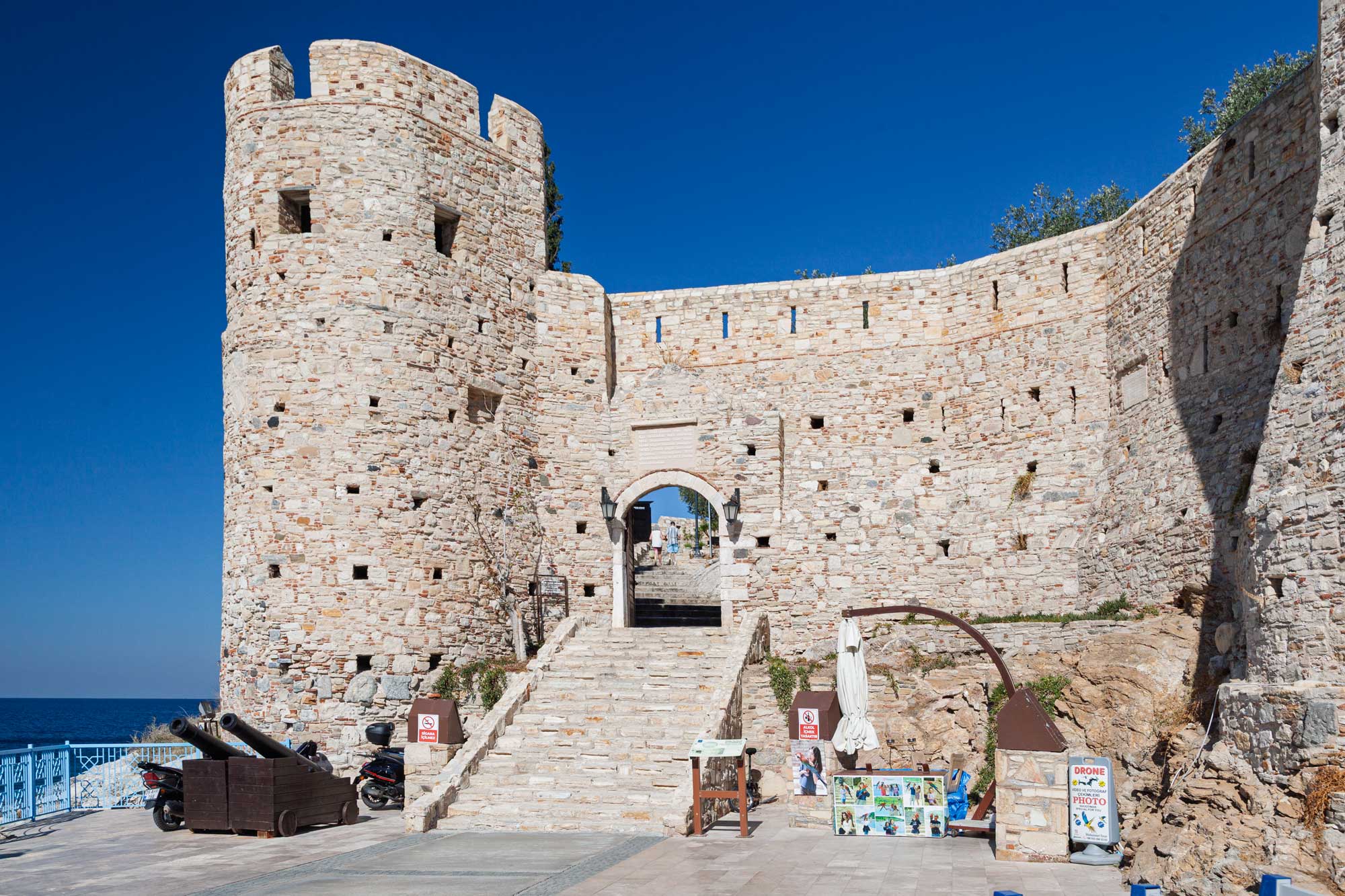
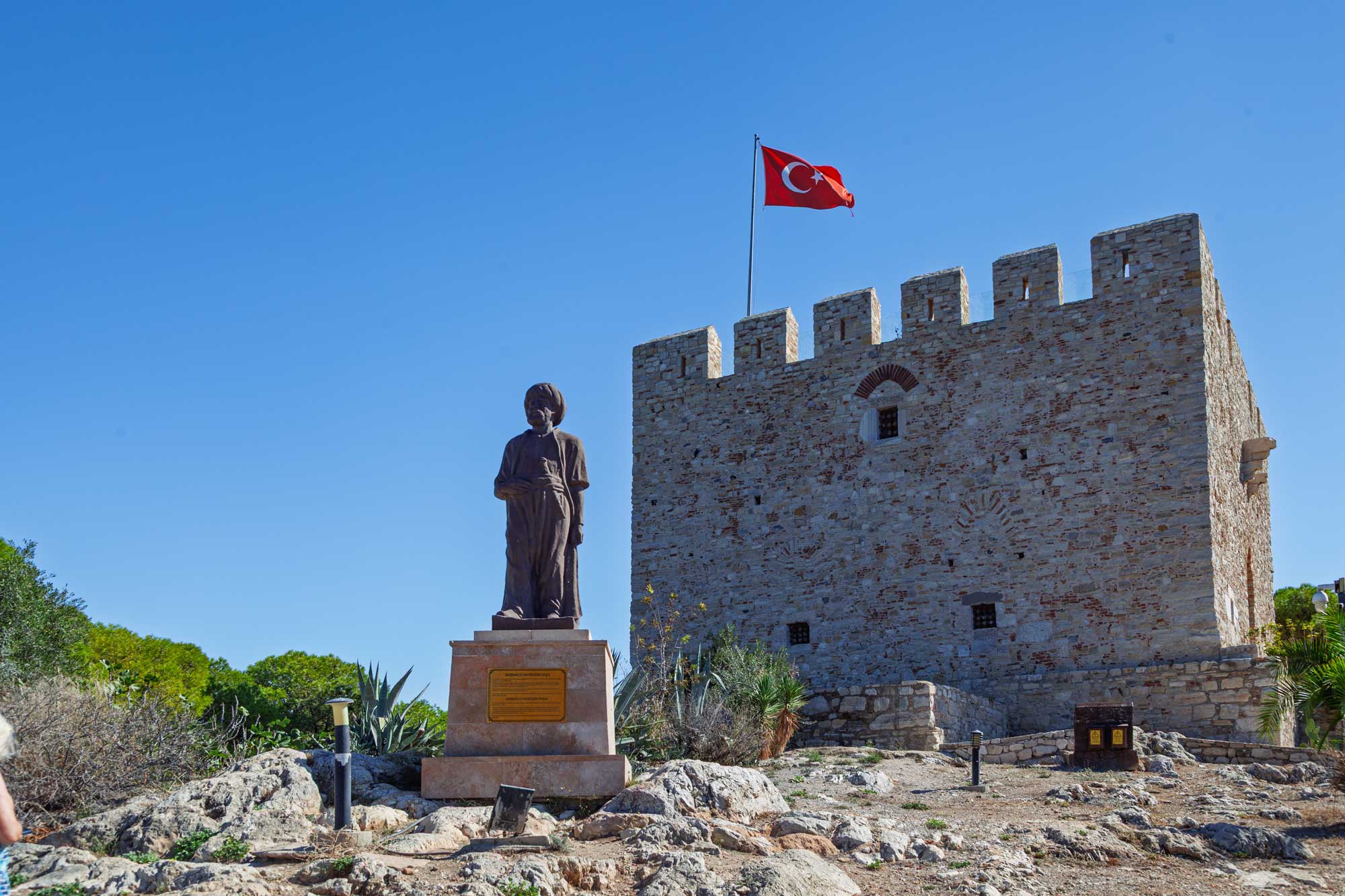
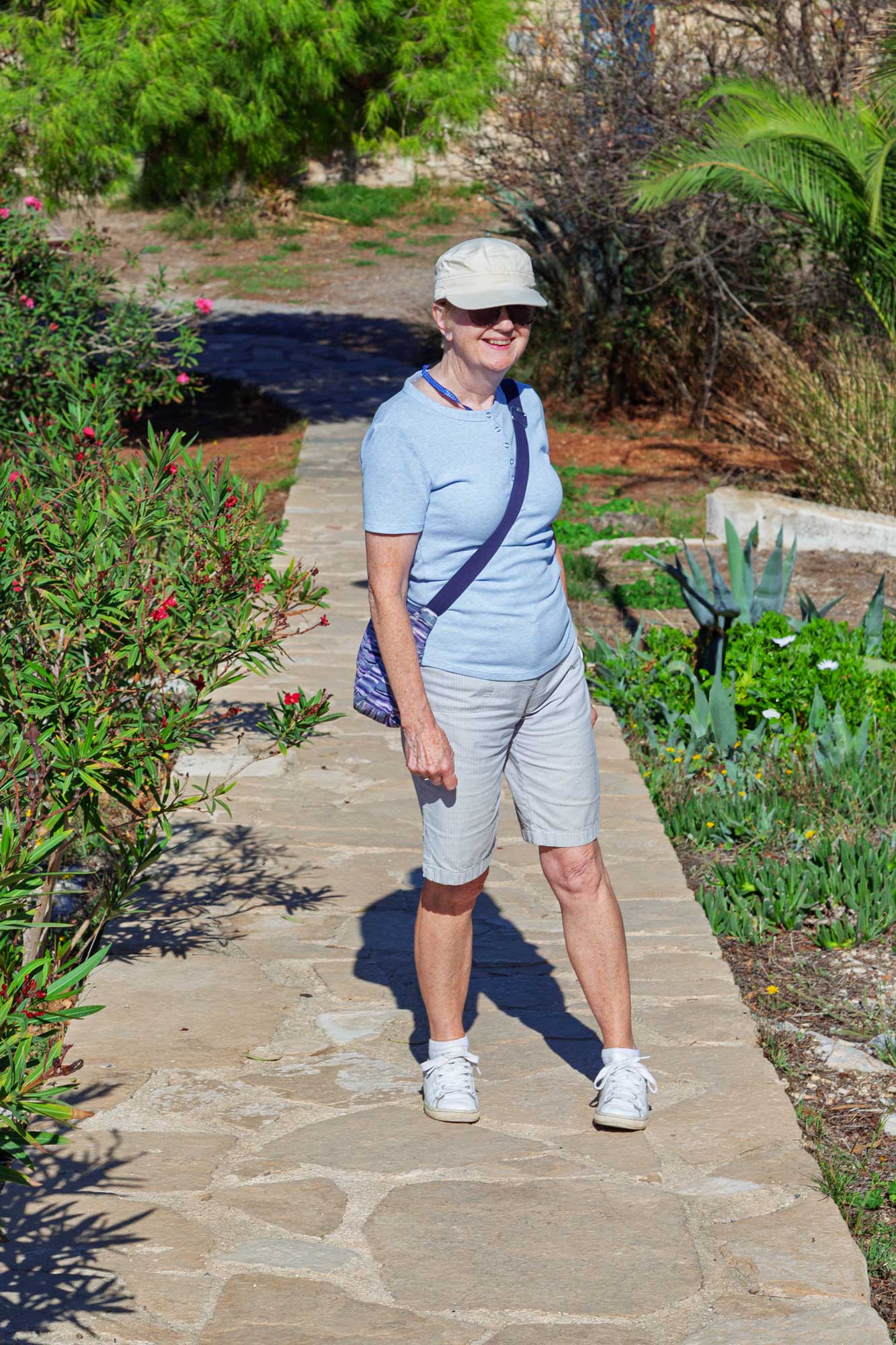
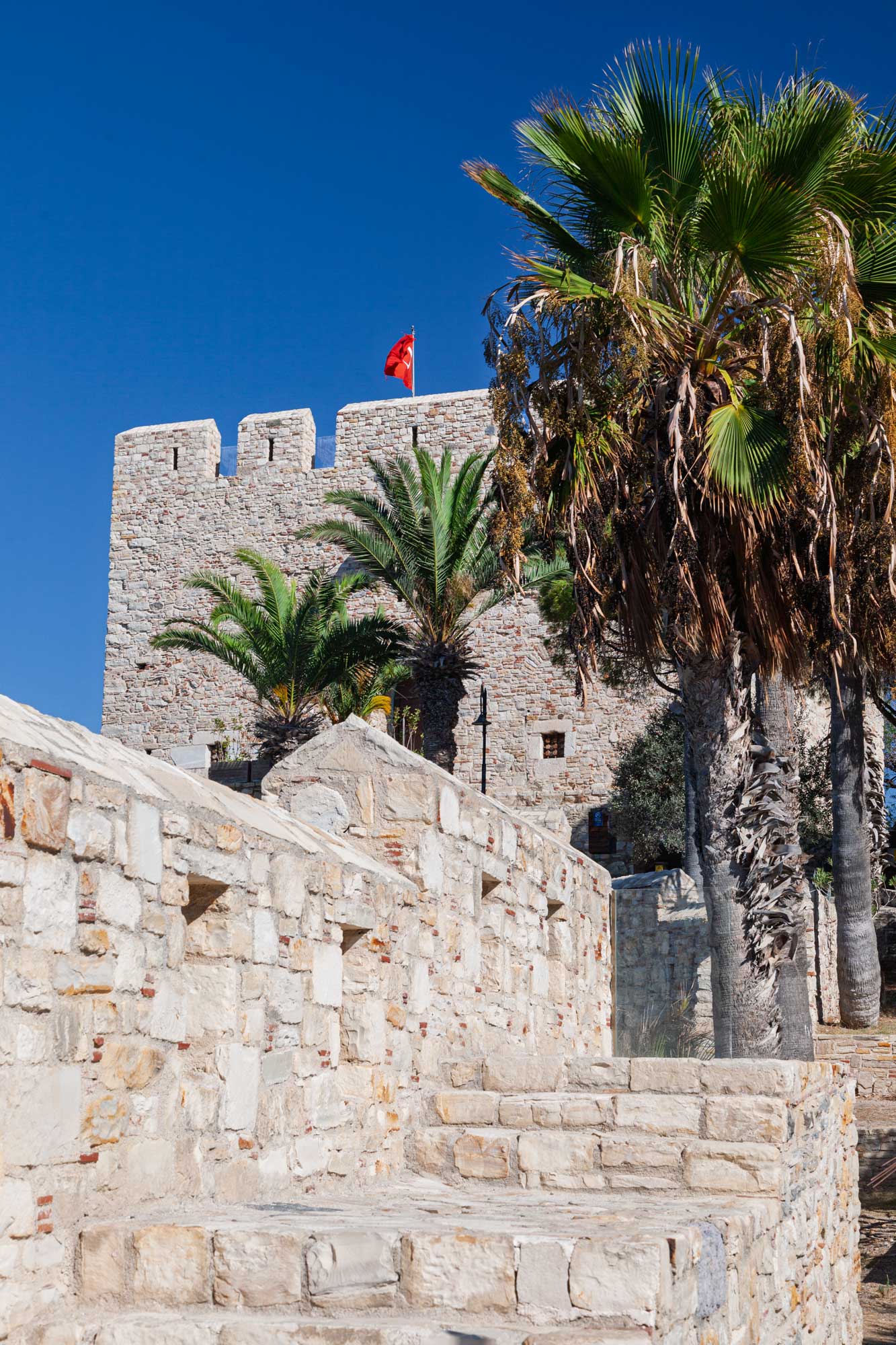
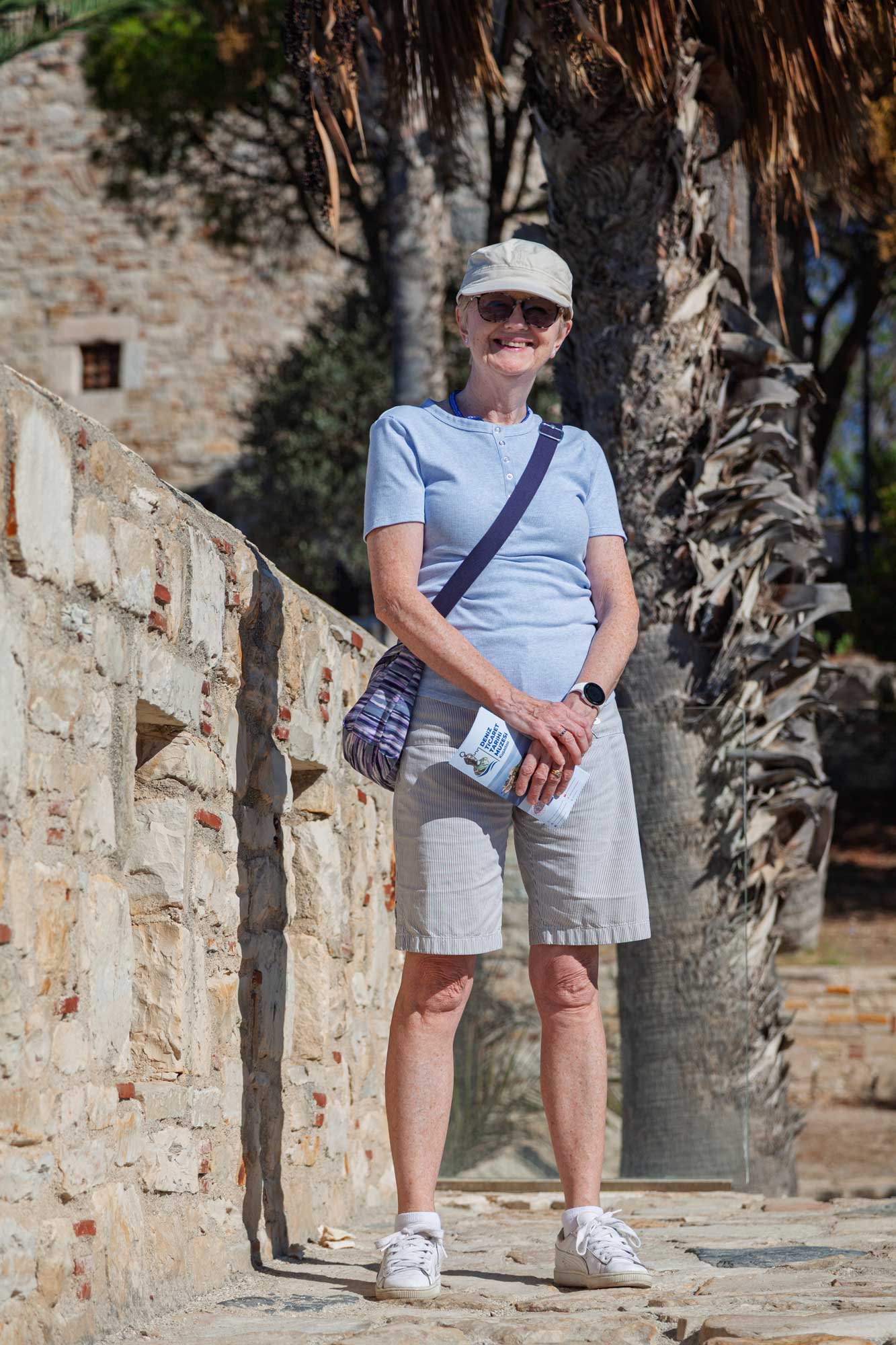
After visiting the castle, we walked back past our ship (and the other two ships that were in port on the same day) and up to the pigeon monument at the northern edge of the town centre.
In the photo below, our ship is the Sky Princess which is berthed just behind the TUI ship Marella Explorer in the foreground.
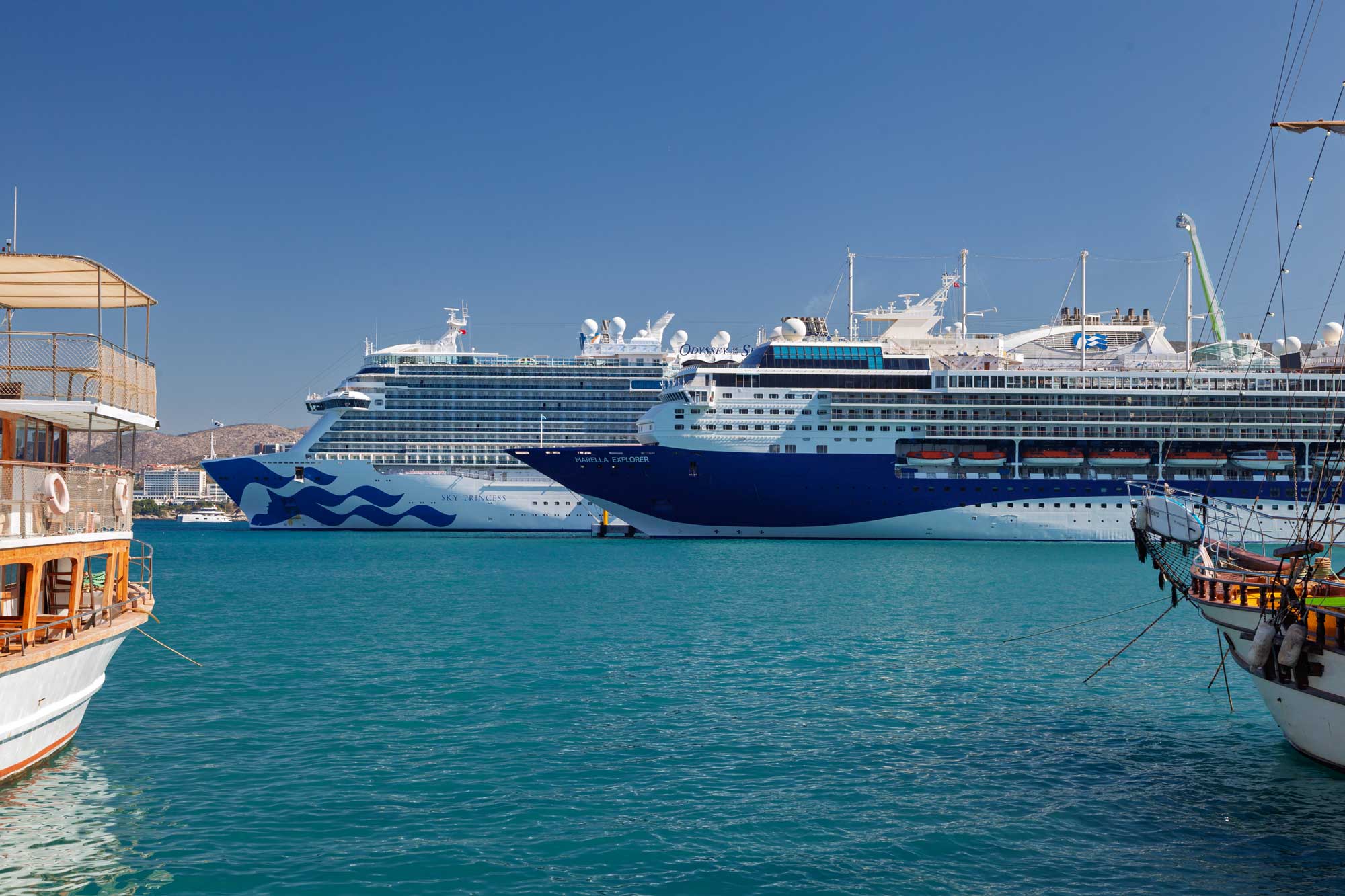
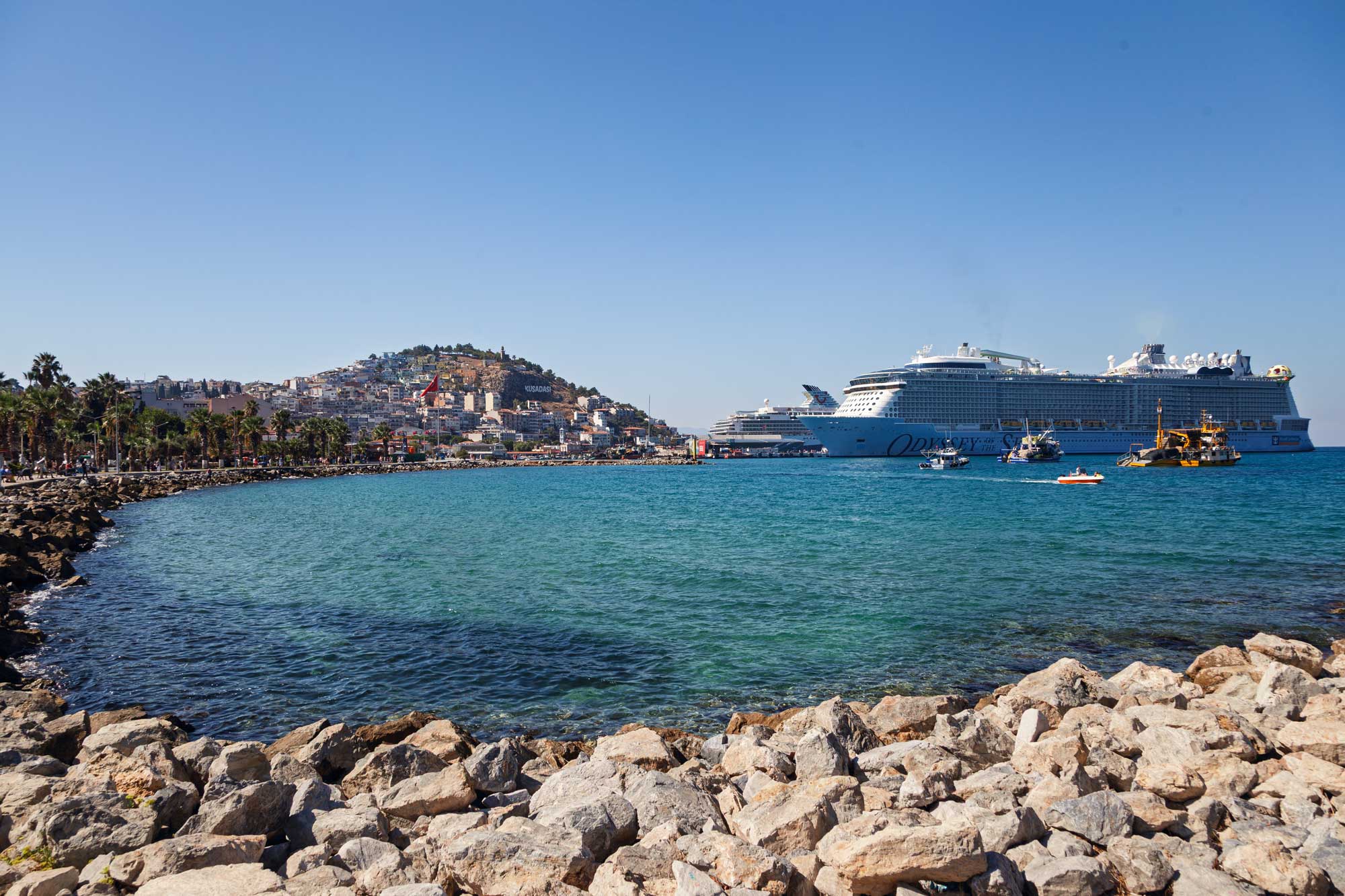
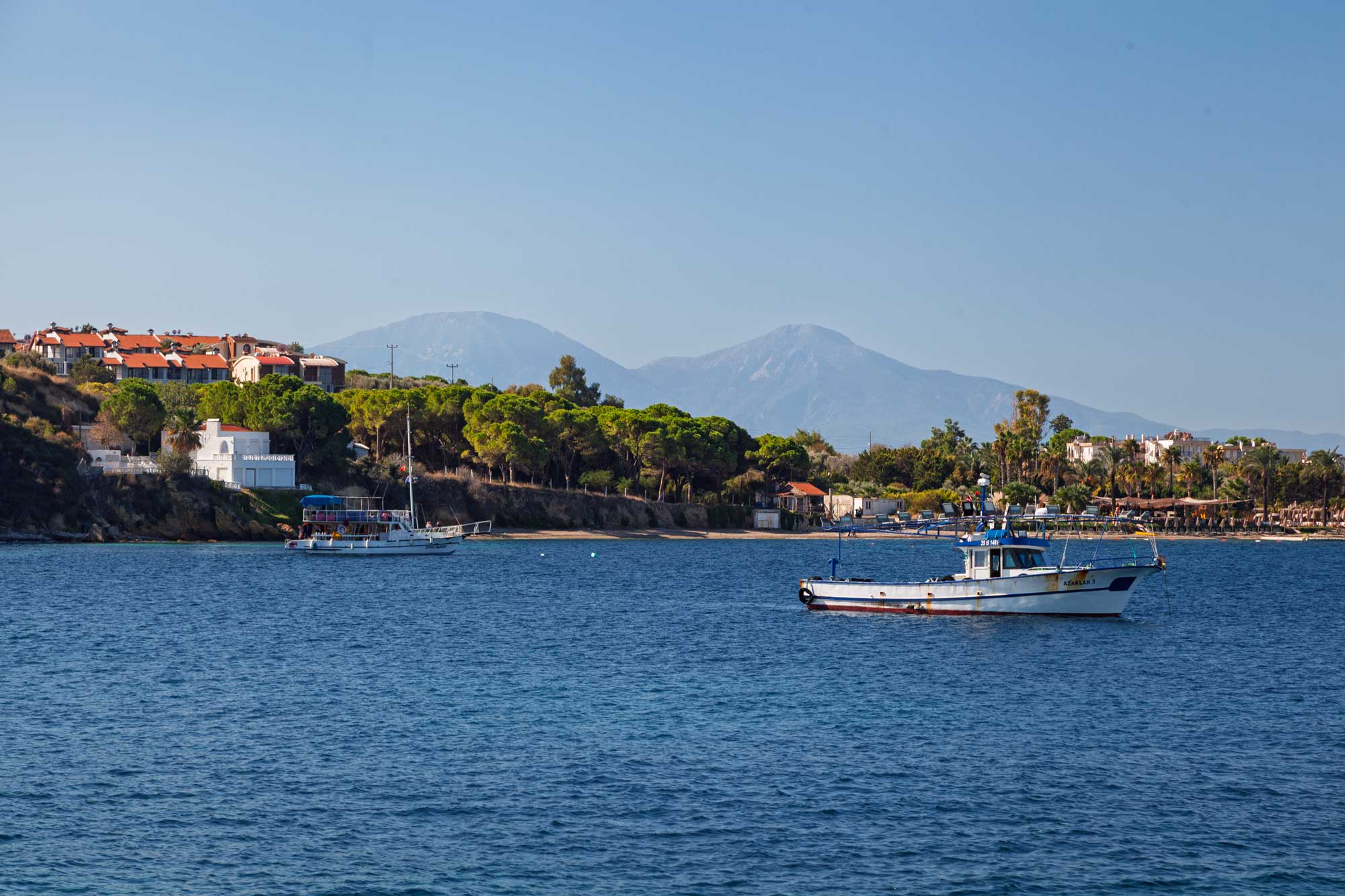
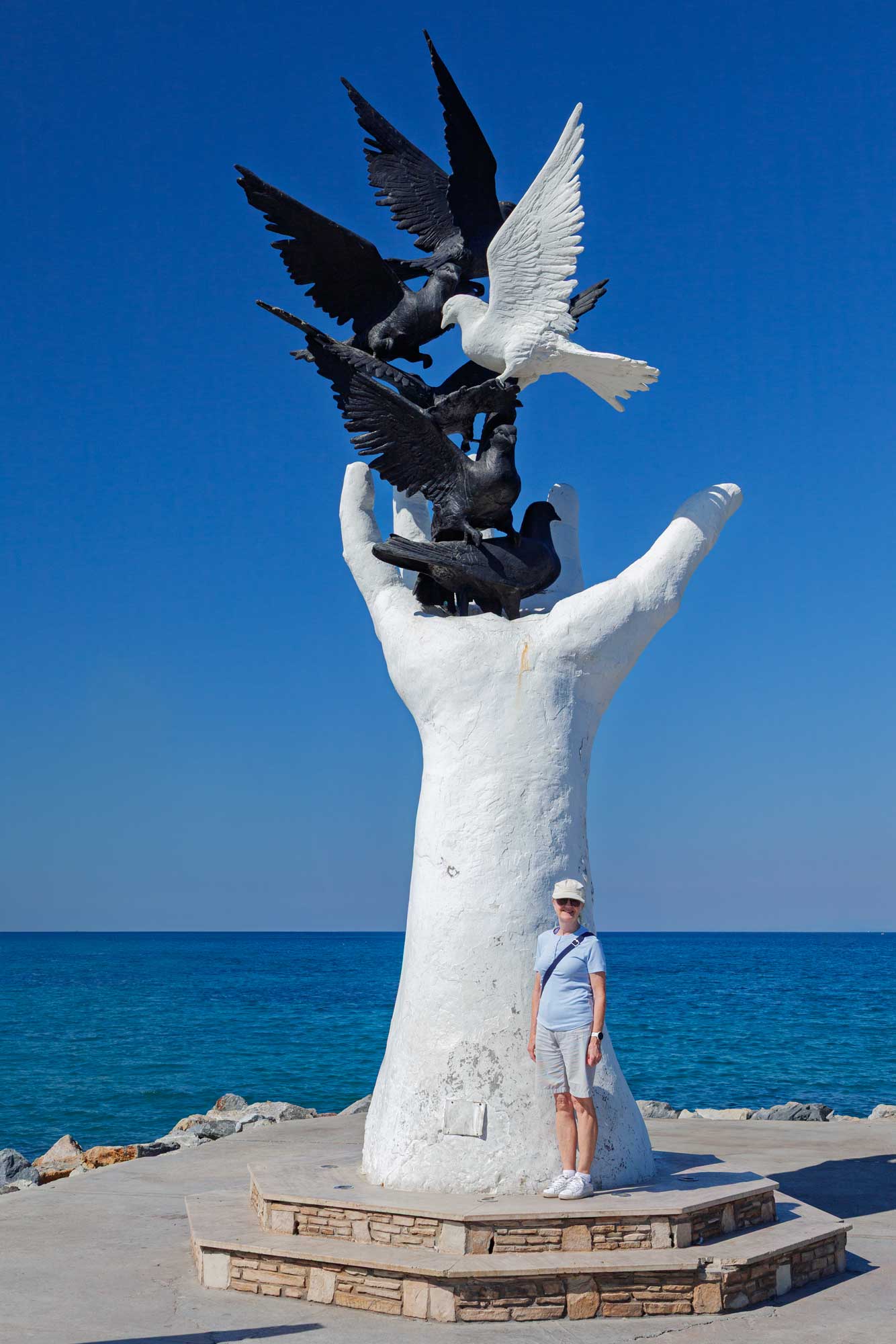
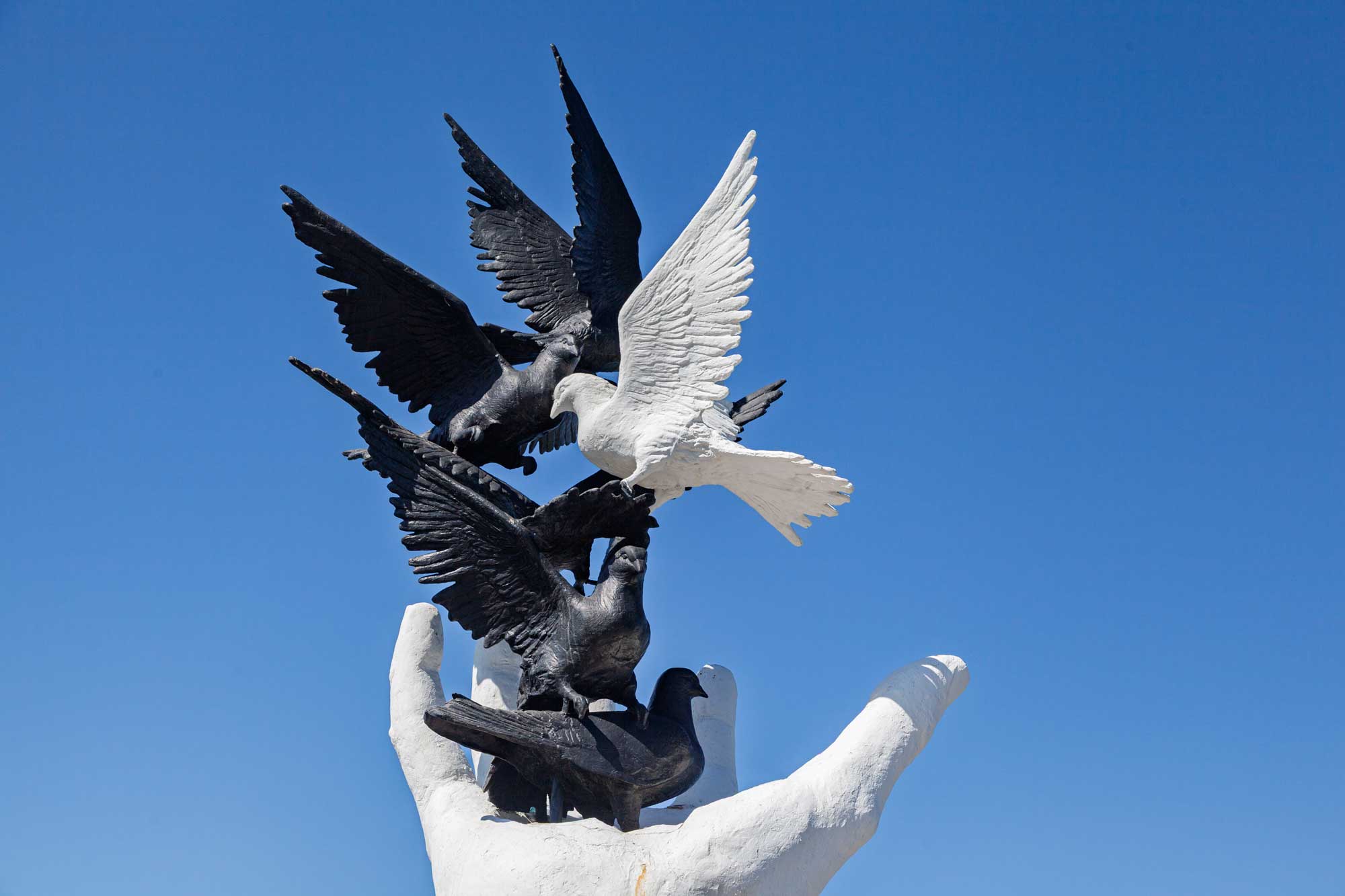
We are in Chania today. It lies on the North-West coast of the island of Crete. It was the site of a Minoan settlement by the name of Cydonia and it is from this name that the English word "quince" is derived.
In the 13th Century the Venetians conquered the territory and their influence can still be seen in the remains of the shipyards and in the architecture of many of the buildings along the seafront area.
The city subsequently fell under Ottoman control until it became part of Greece in 1913. The muslim era is still evident from the mosques that remain in the city.
We caught a shuttlebus into Chania from where we docked (about a 20 minute journey).and then walked directly to the old Venetian port area as this is definitely the most scenic part of the city. We punctuated the walk back by stops at the ruins of Firka Fortress and some lunch at one of the hundreds of small cafes or tavernas that lined the narrow streets of the old city.
On the way to the Venetian port we passed by "The Cathedral of the Presentation of the Virgin Mary". Which you can see in the first photo. During the Ottoman period the church was used as a soap factory!
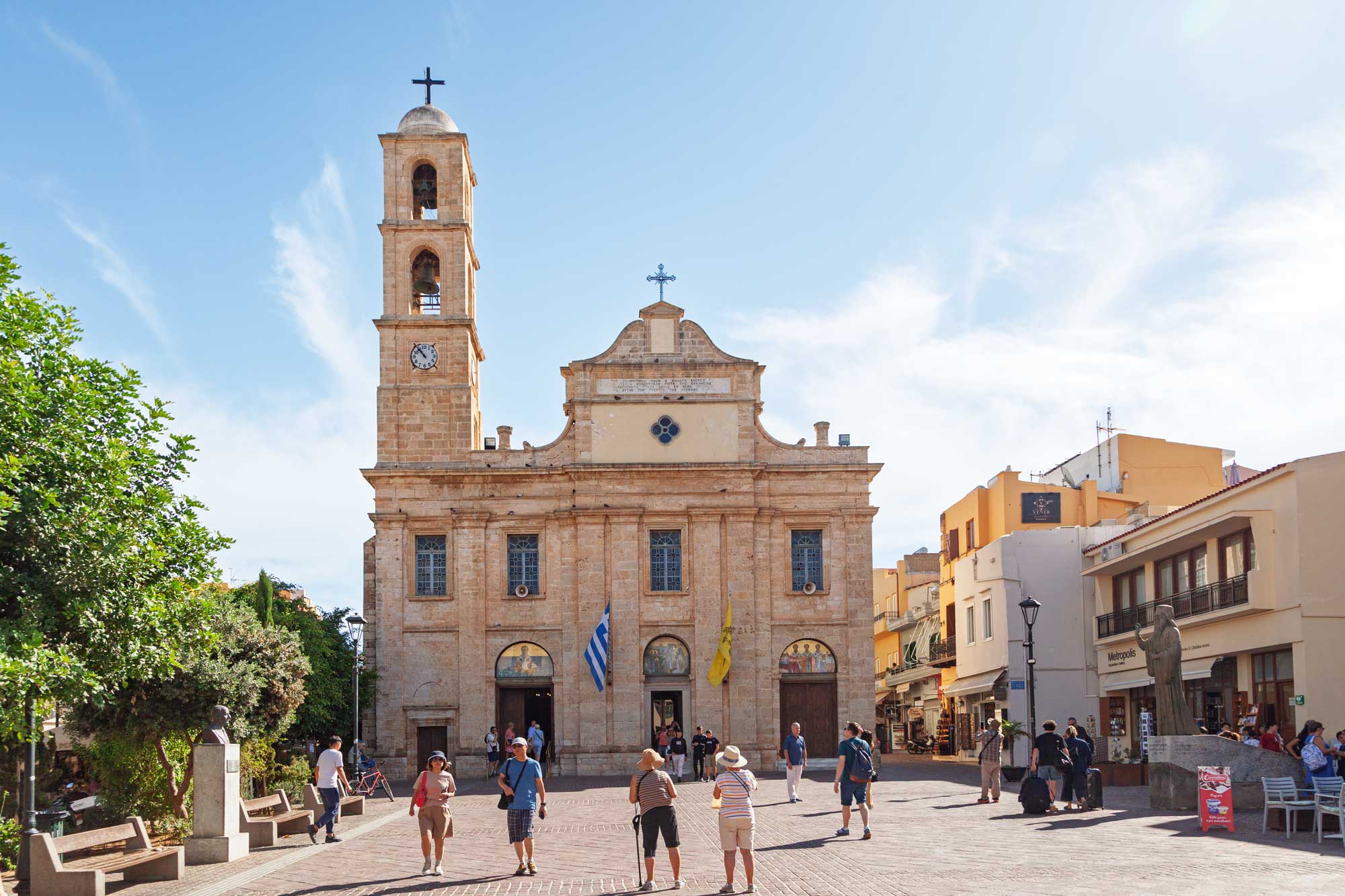
One of the squares we walked through on the way to the Venetian port area
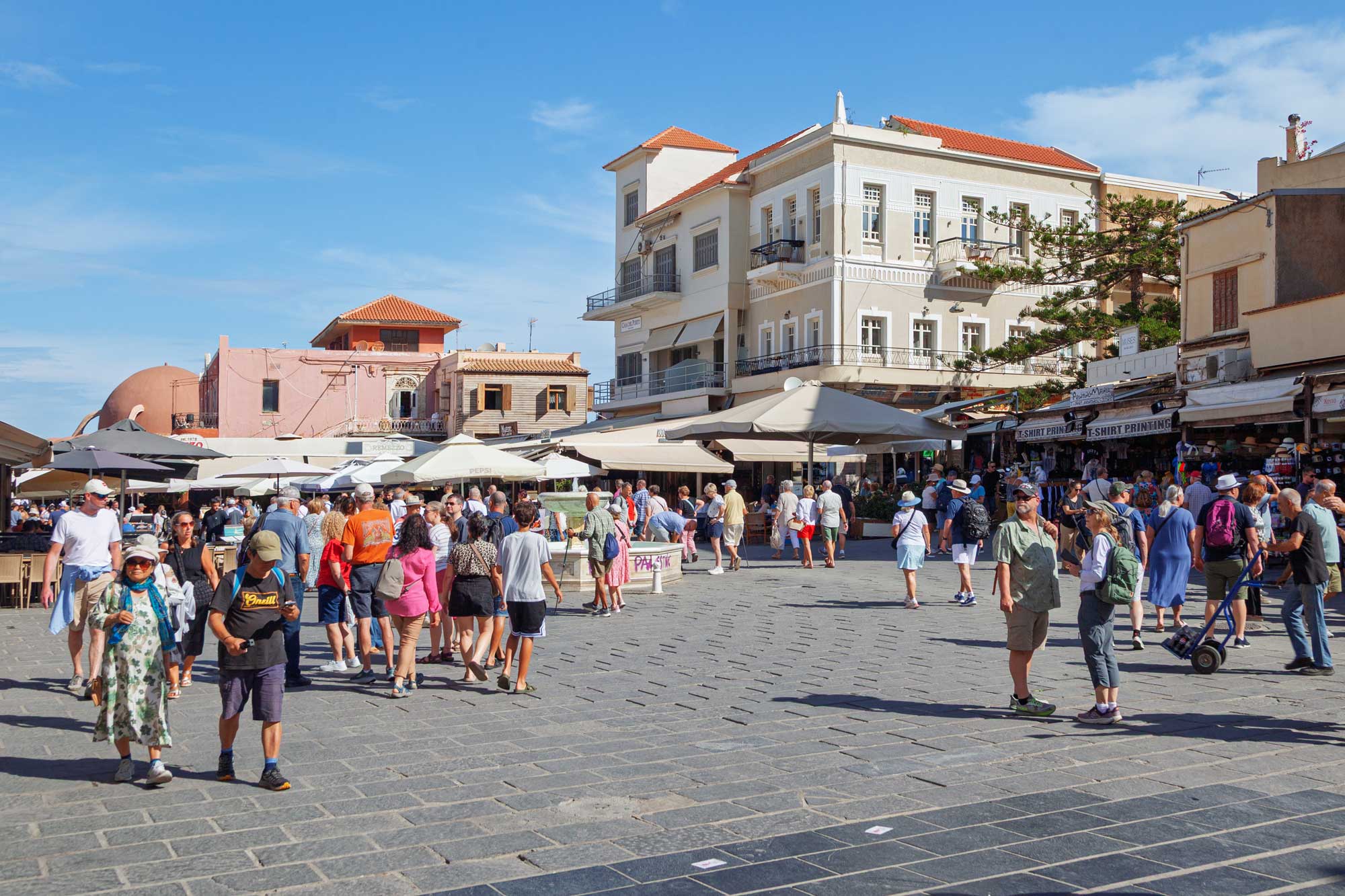
And now some views of the old Venetian port area of Chania.
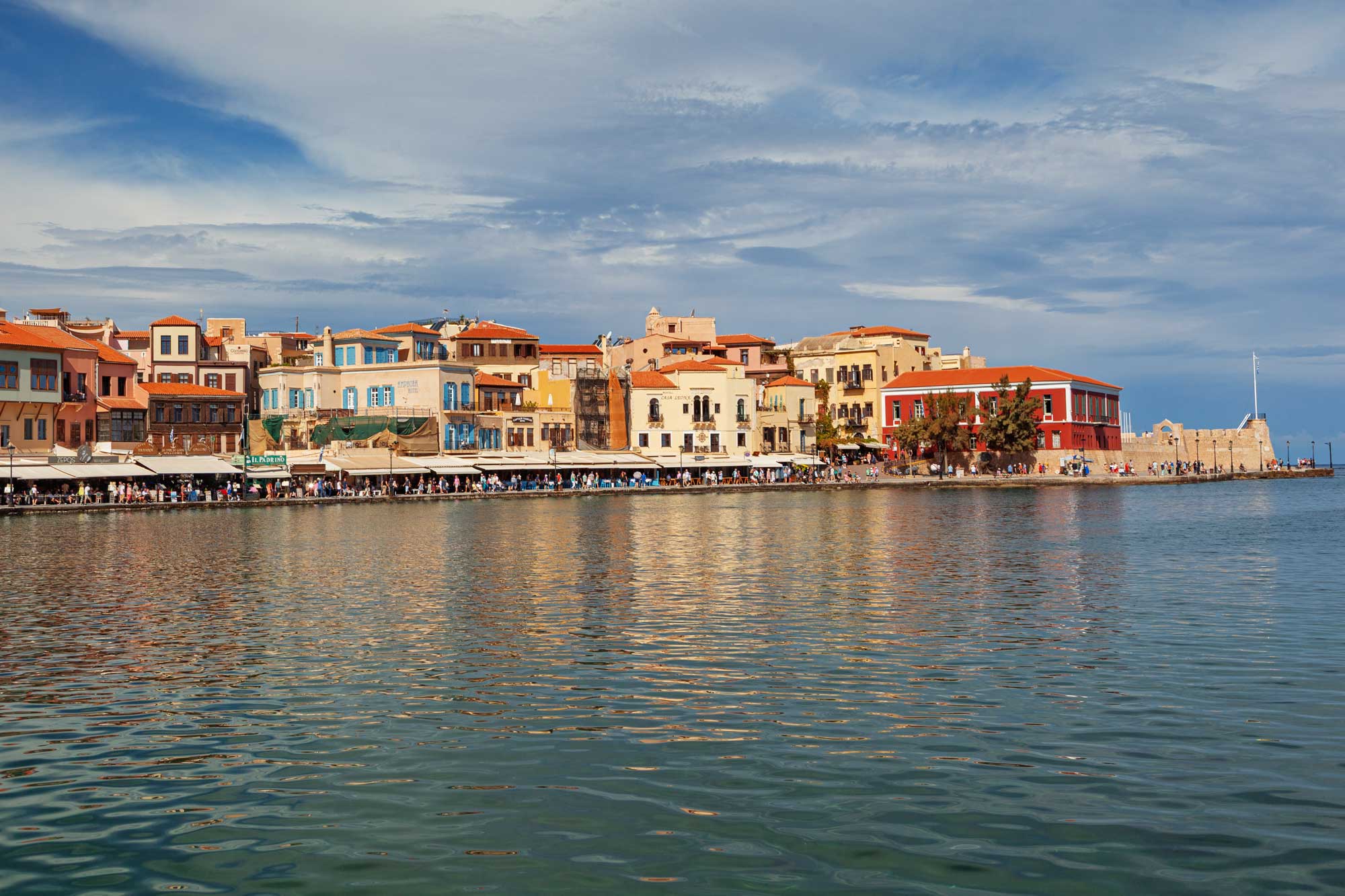
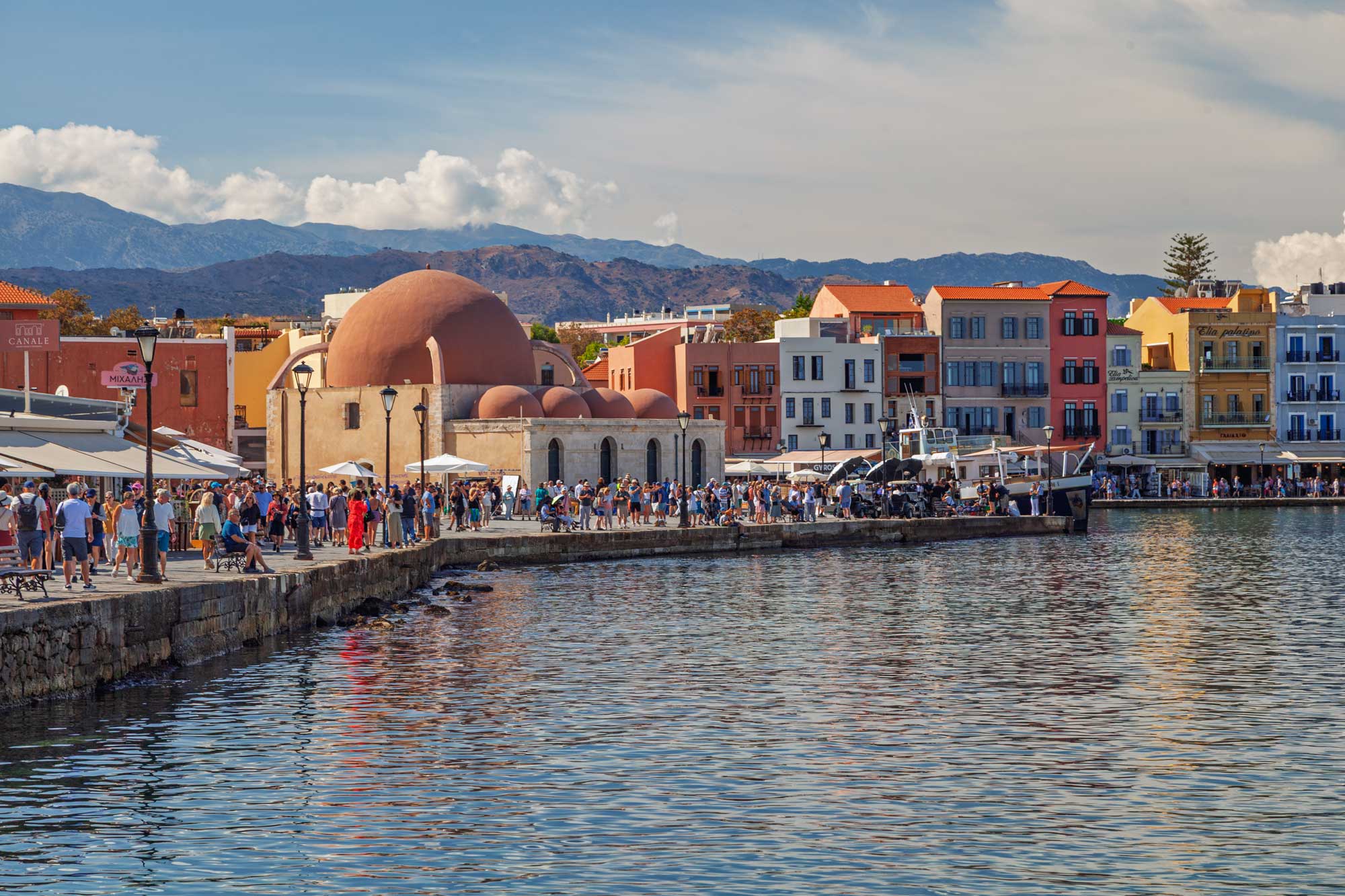
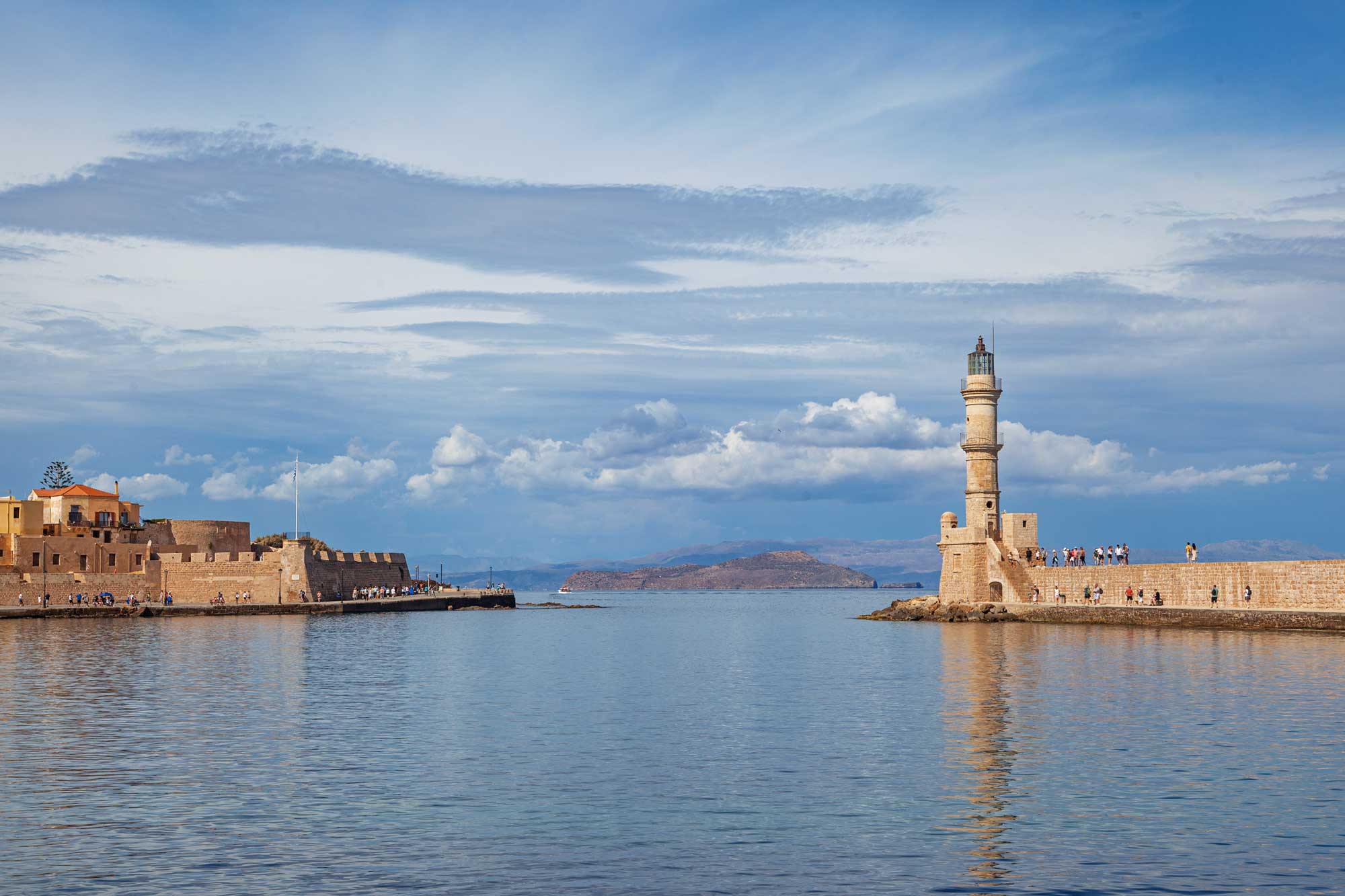
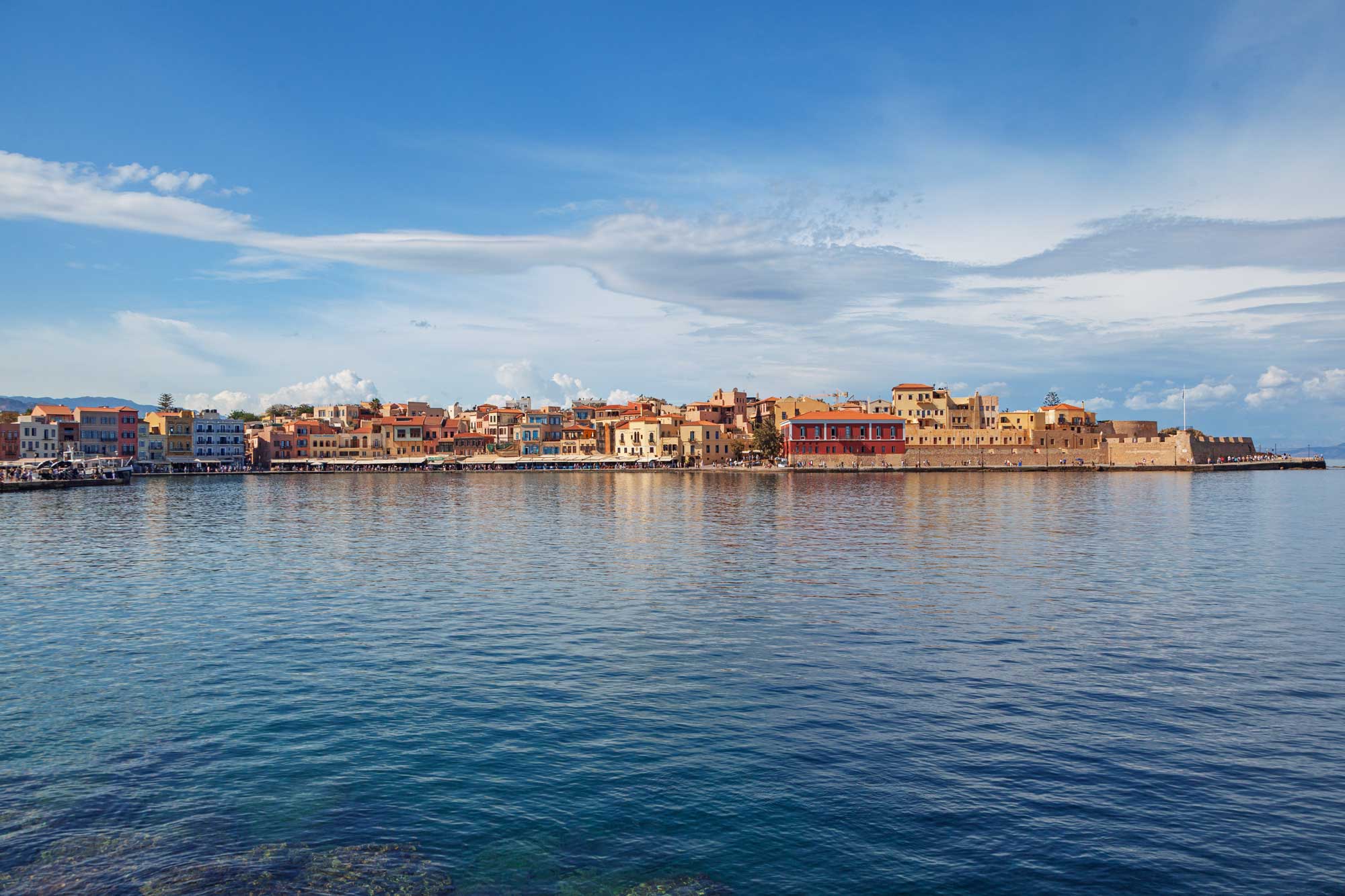
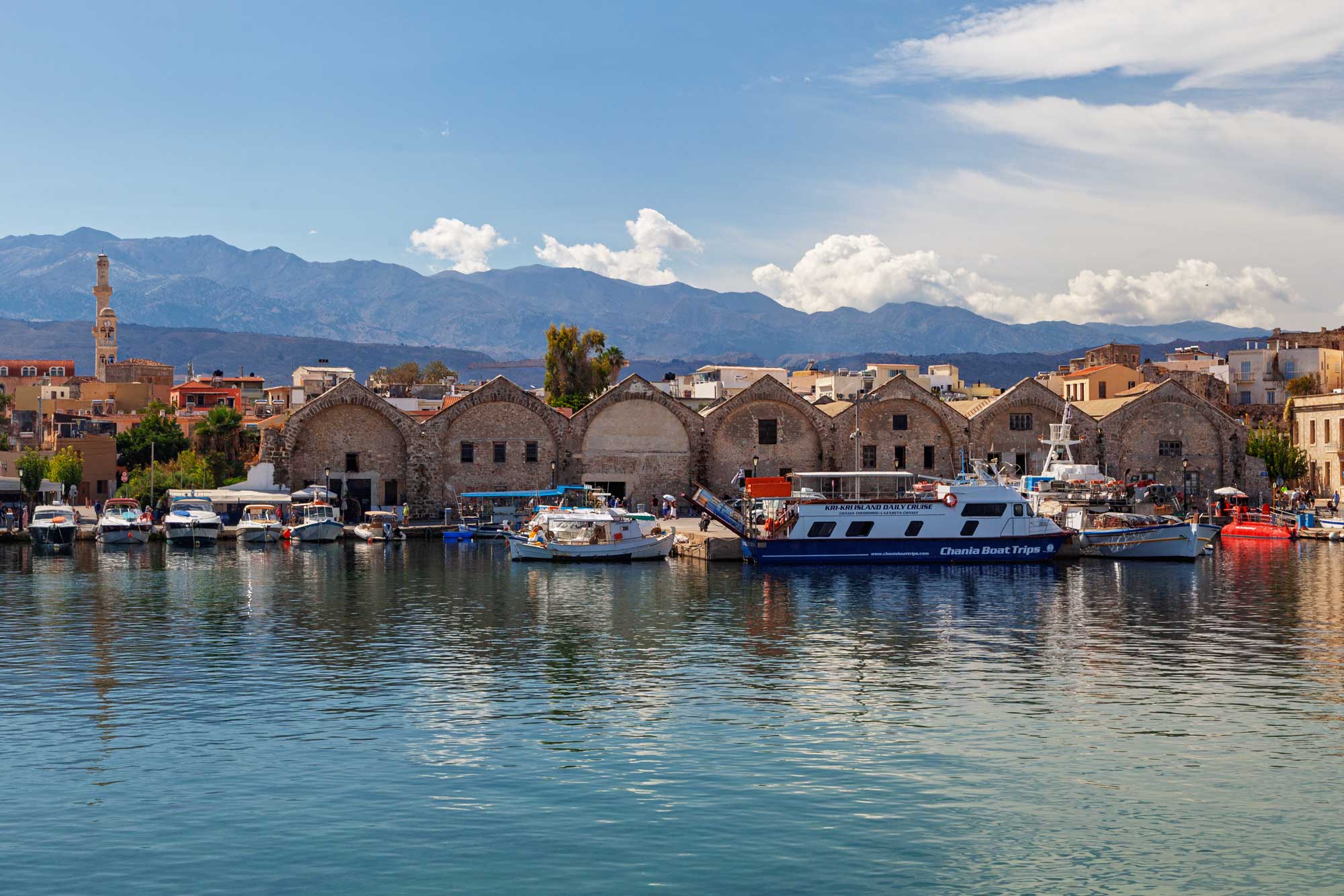
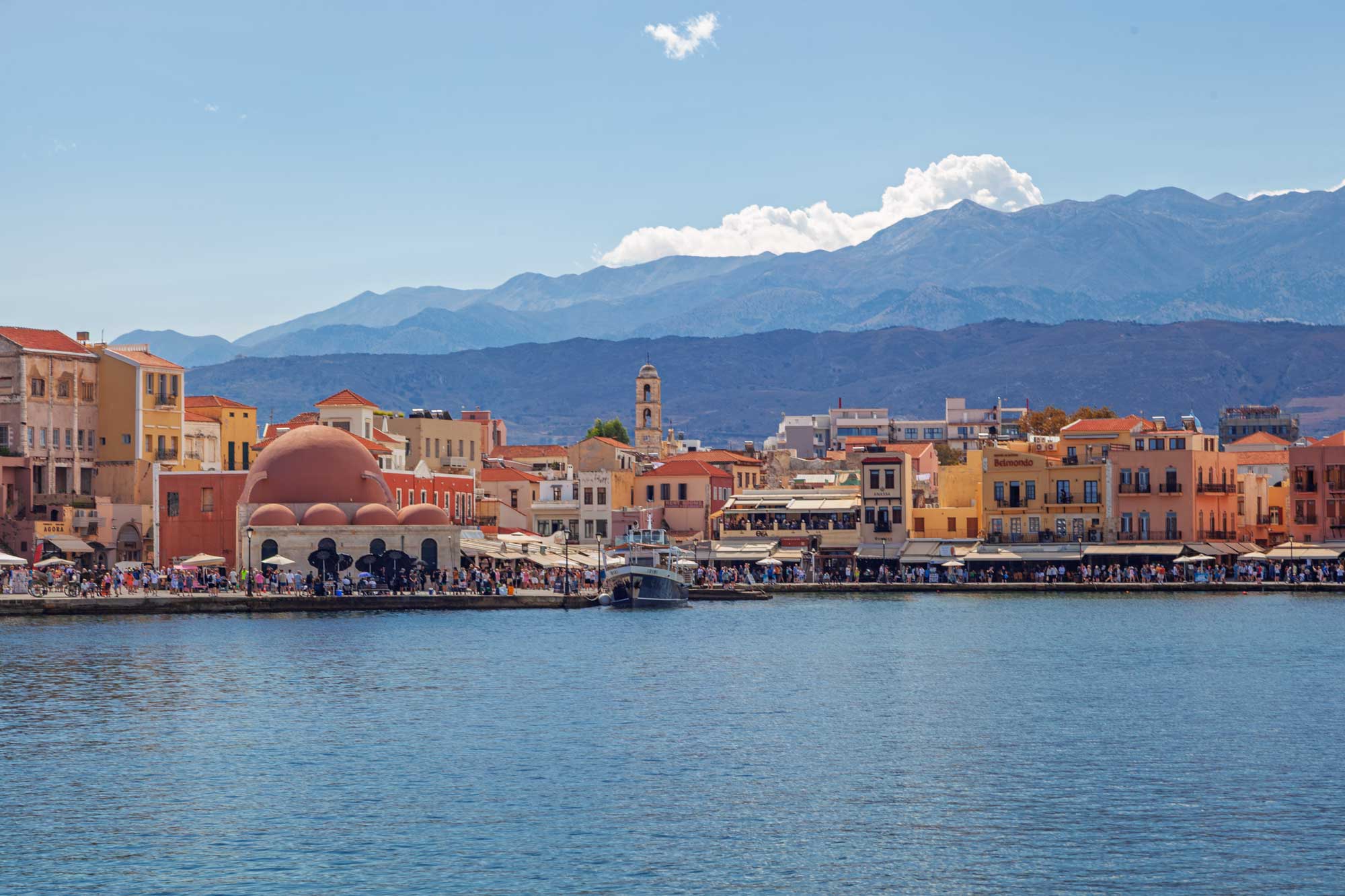
Part of the way along the harbour wall (which we walked along) is the structure in the next photo. It's actually the remains of a single-aisled church dedicated to St. Nicolas of Molos.
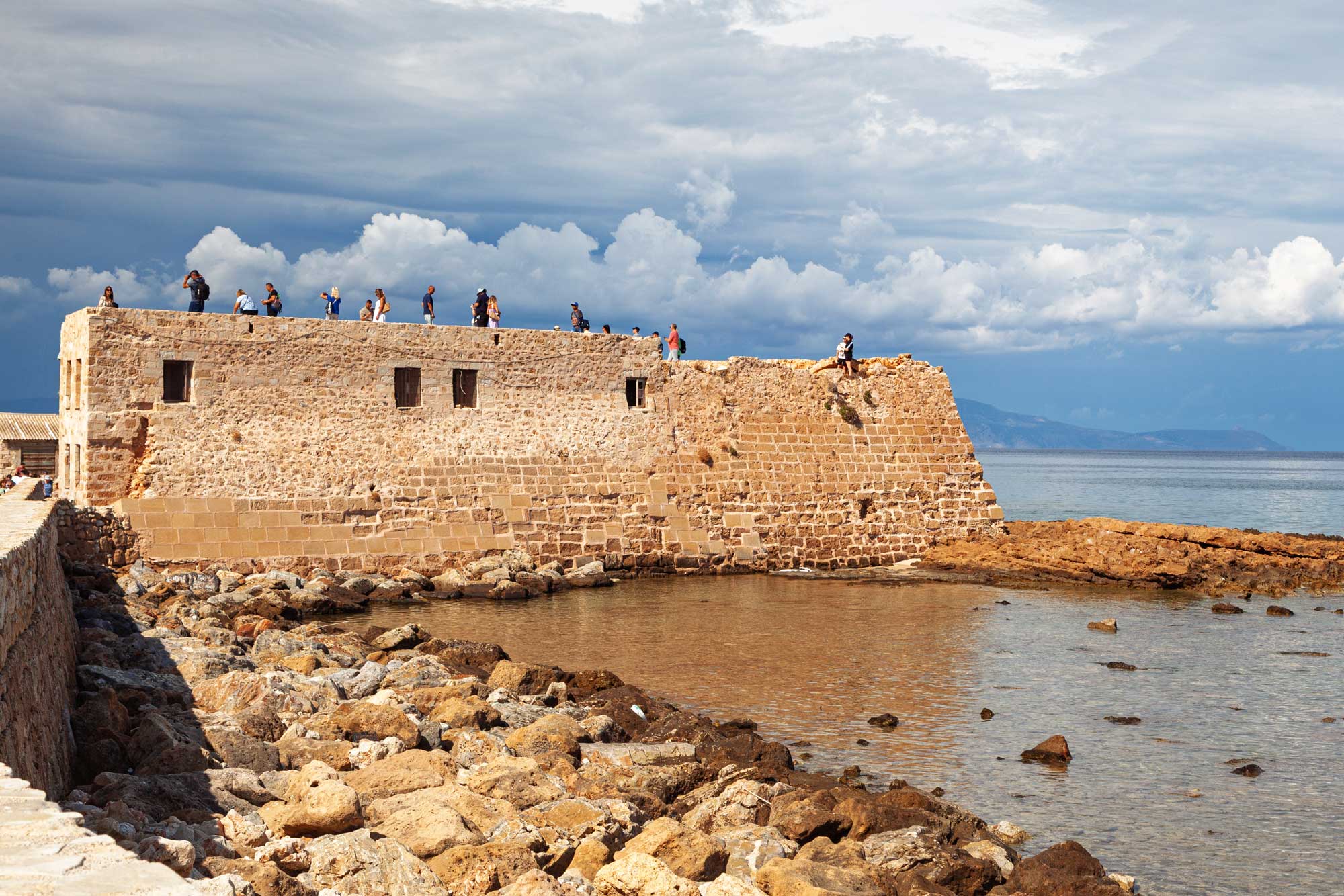
The Firkas Fortress is shown in the next photo. It was constructed on the north-west part of the port, opposite the lighthouse, to protect the entrance of the port. It maintains its Turkish name "Firka" which means "barracks". The fortress was the headquarters of the Army Commander of the city. In the interior, the spaces were organised into barracks and ammunition storage areas. It was also used as a prison.
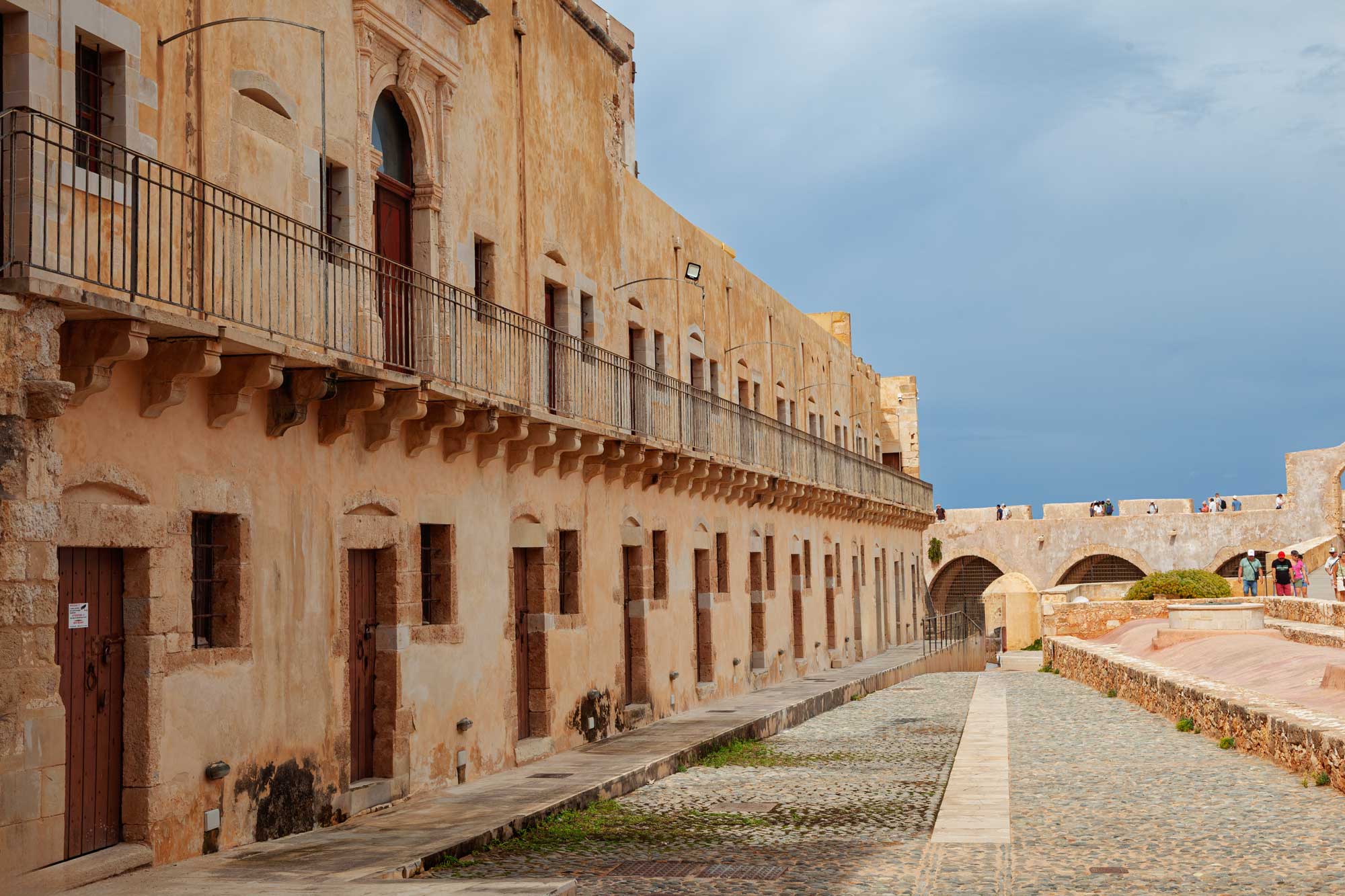
And now a few general photos:
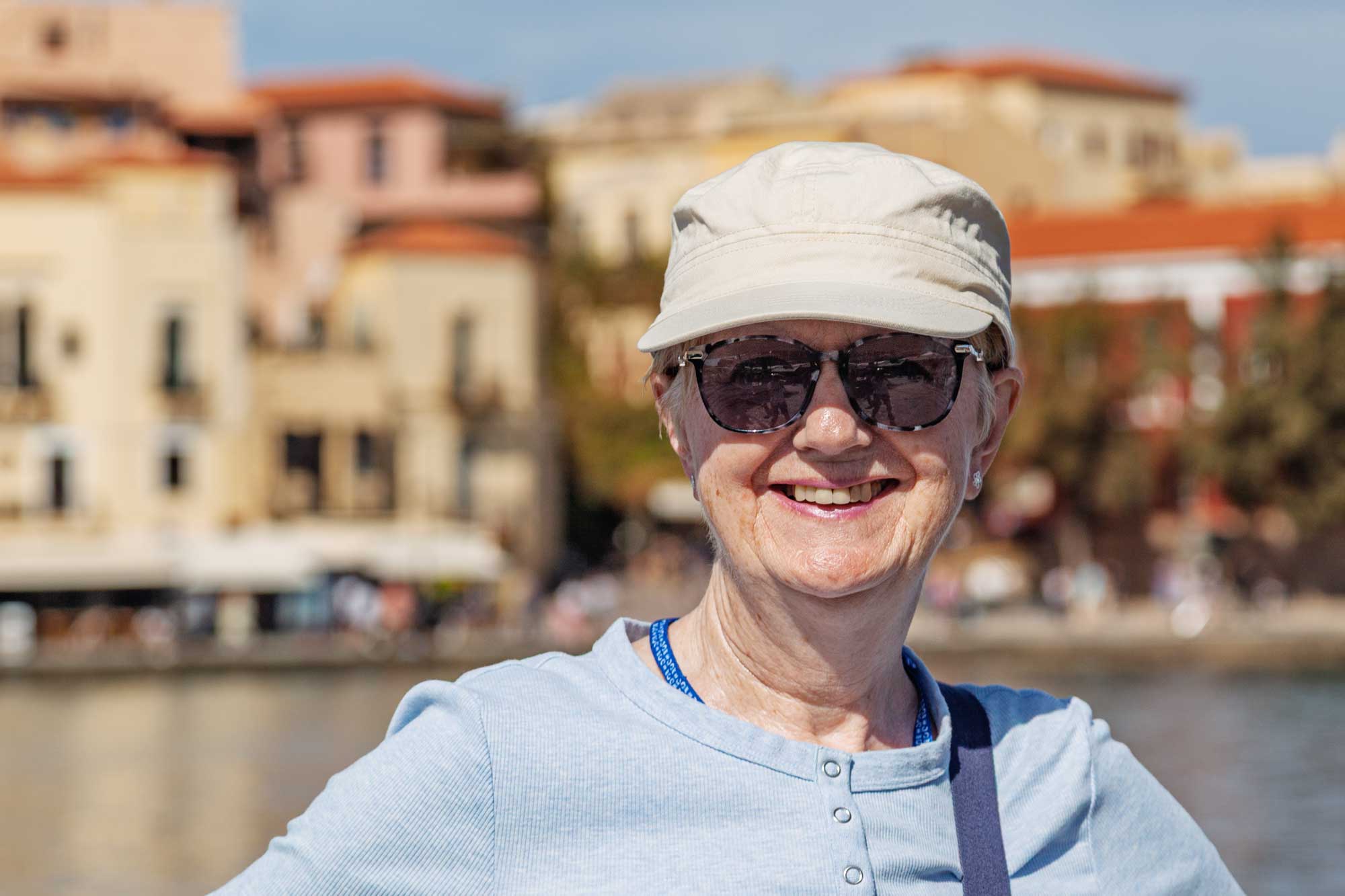
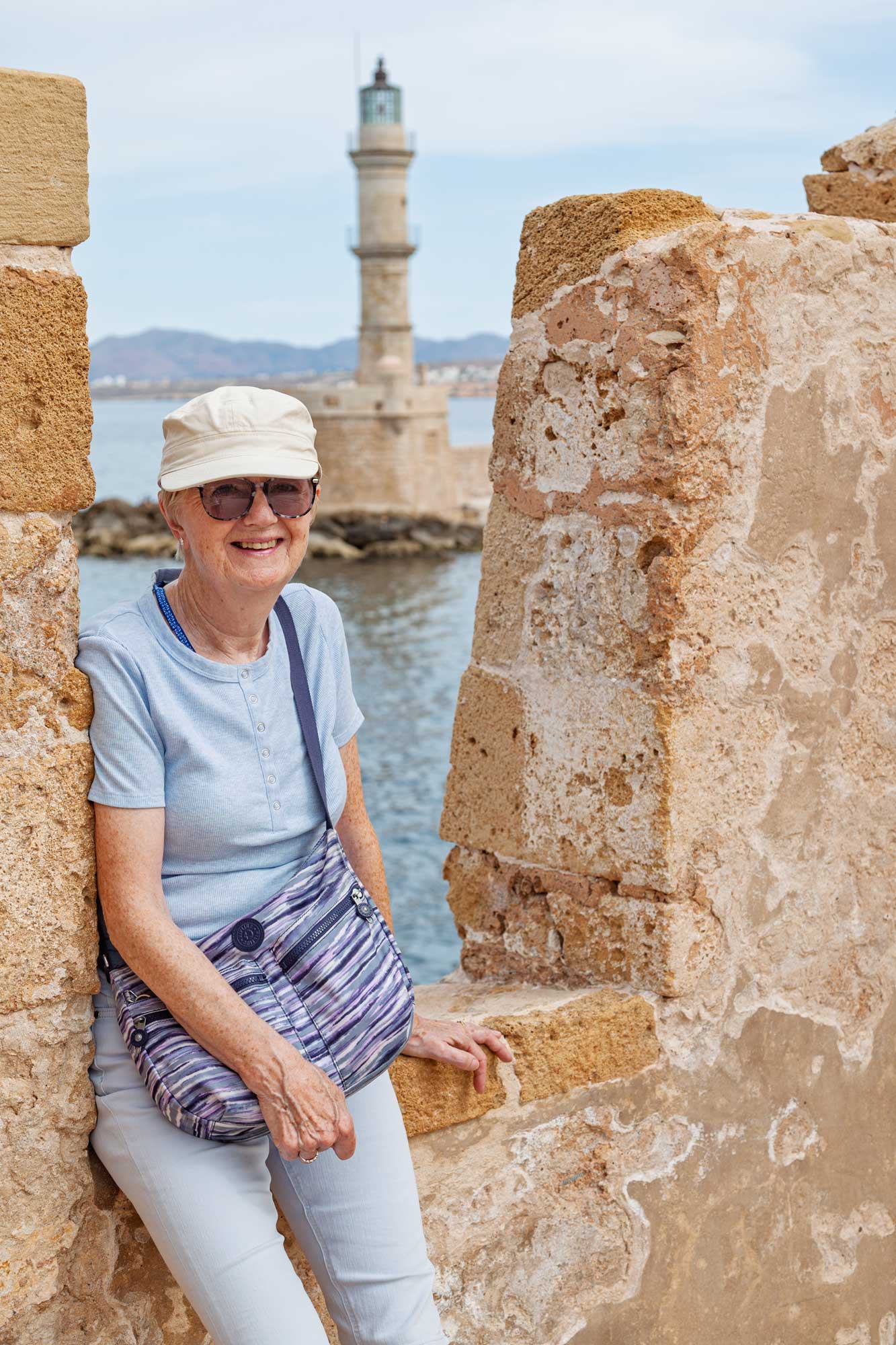
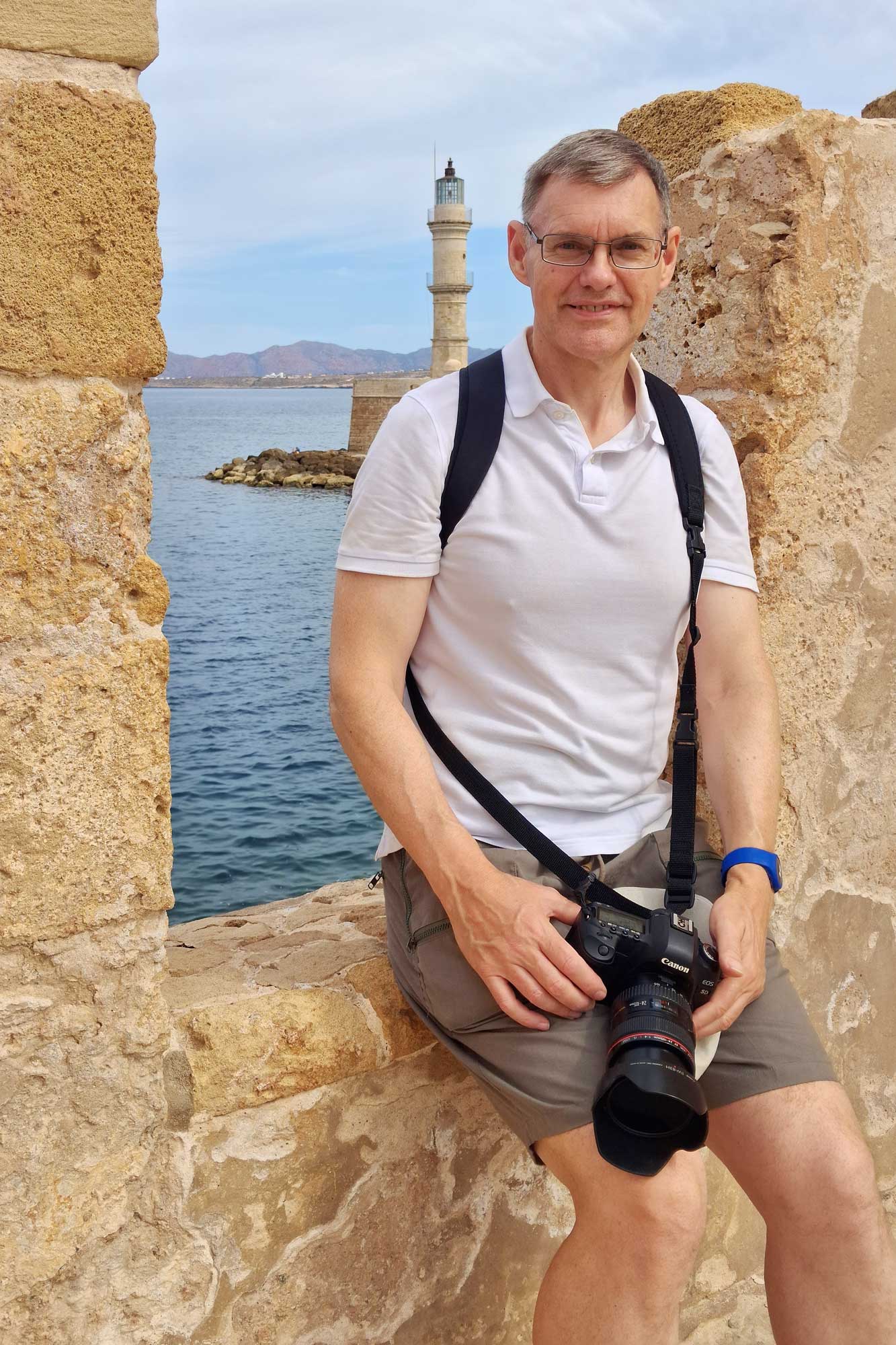
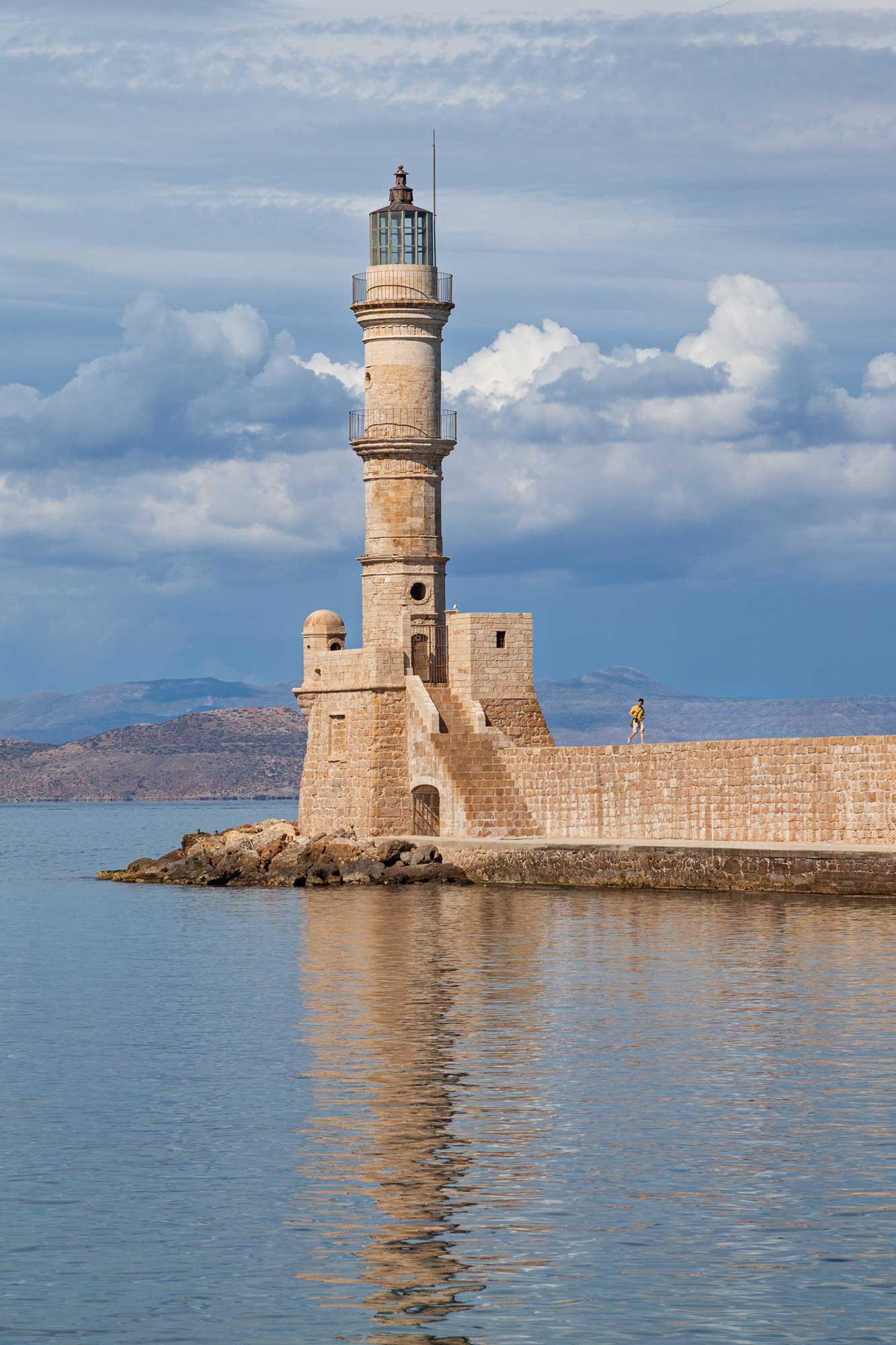
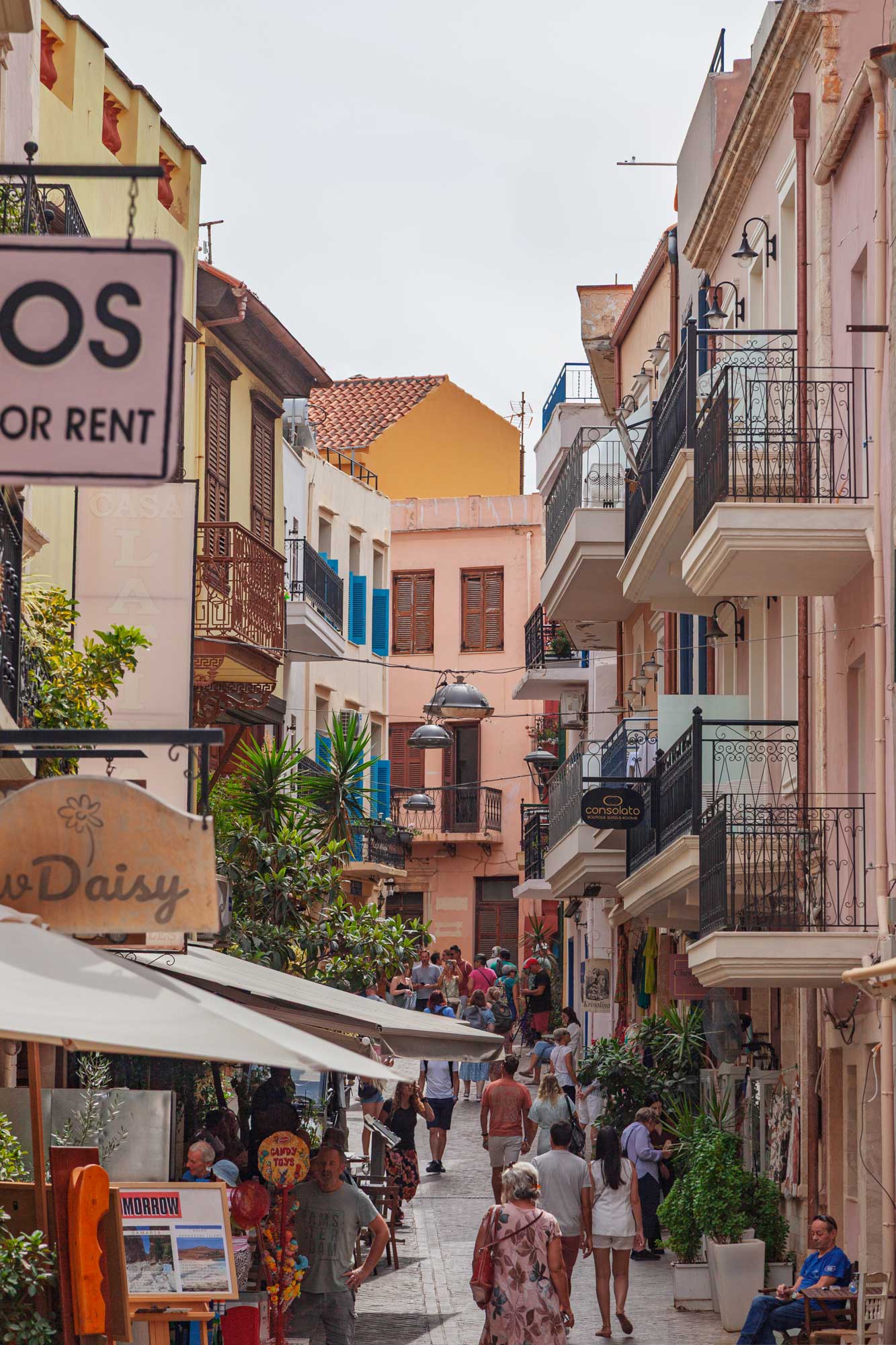
The last time we came to Athens on a cruise, we never actually saw anything of Athens because a couple of days before we both came down with a bug. It was a case of food poisoning, picked up from a buffet we had partaken of in Turkey. So we were both confined to our cabins and only saw the Parthenon from a few miles away as we looked out of our room. This time we were hoping for better ... but it didn't quite work out as we'd intended!
Being the skinflint that I am, I didn't want to pay the extortionate price of a shore excursion, so we decided just to get the ship's coach to the centre of Athens from our port in Piraeus and walk to the Parthenon from there. So far, so good. Everything was fine. The coach got us to Athens in good time. We then walked along the road that leads up the Acropolis until we got to the gates where we had to buy tickets to get into the grounds of the Parthenon. However, what I didn't know was that last year they had changed the ticketing procedure and now the tickets are only issued for entrance at a particular time of the day. Although it was only about 10.30am, the earliest available tickets for the day were for 3.45pm that afternoon ... the very time that our coach was booked to take us back to the ship ... so no entry to the Parthenon for us! and once more we could only view it from a distance. I guess a quarter of a mile is better than from 8 miles though!!
Despite that set back, we had a great time looking round other parts of the ancient remains that are in the area. In particular, we walked and viewed the places where the Apostle Paul preached as related to us in the Bible in the Book of Acts Chapter 17, nameley the Agora (or Marketplace) and Ares Hill (or Mars Hill if you prefer the Roman, or Areios Hill if you want to use the true Ancient Greek name of the god the hill was named after).
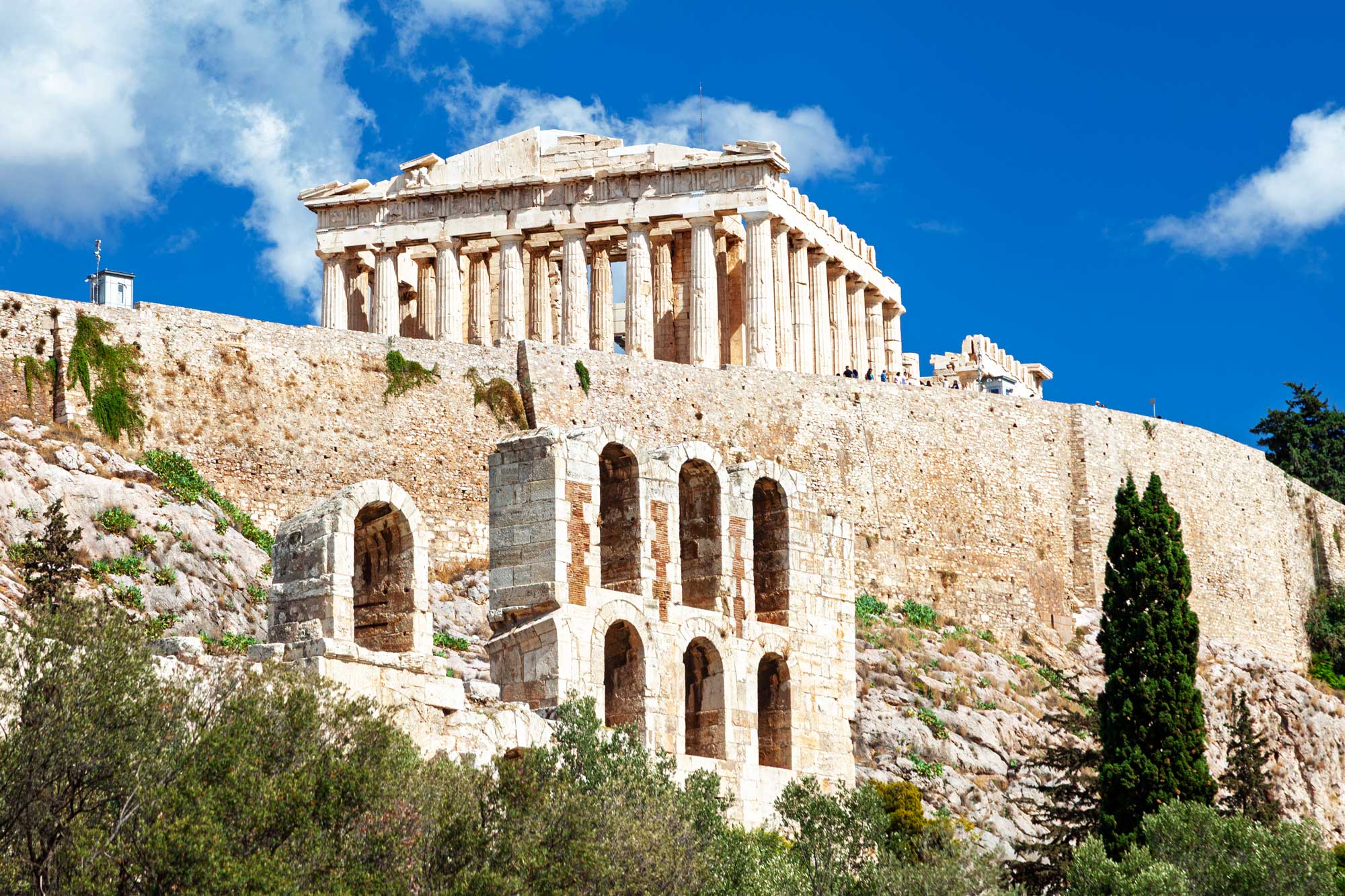
Areos Hill is where the meetings of the Areopagus were held. The latter was the principal council of Ancient Athens, later serving mainly as a judicial body responsible for cases of homicide, wounding, and certain religious offenses. The rocky outcrop on which it met lies at the north-west corner of the Acropolis, not far from the Parthenon. It was the place where the war god Ares was supposed to have been tried by the other gods on the Areopagus for the murder of Poseidon's son Halirrhothius. The word "Areopagus" is actually a Latin Composite of the two Ancient Greek words Areios Pagos which actually translates as the "Hill of Ares". So "Areopagus" in reality refers to both the name of the Council and the Hill on which it met.
The views of Athens from the Areios Pagos were as spectacular for us as they would have been to the Apostle Paul (albeit with more countryside than buildings!):
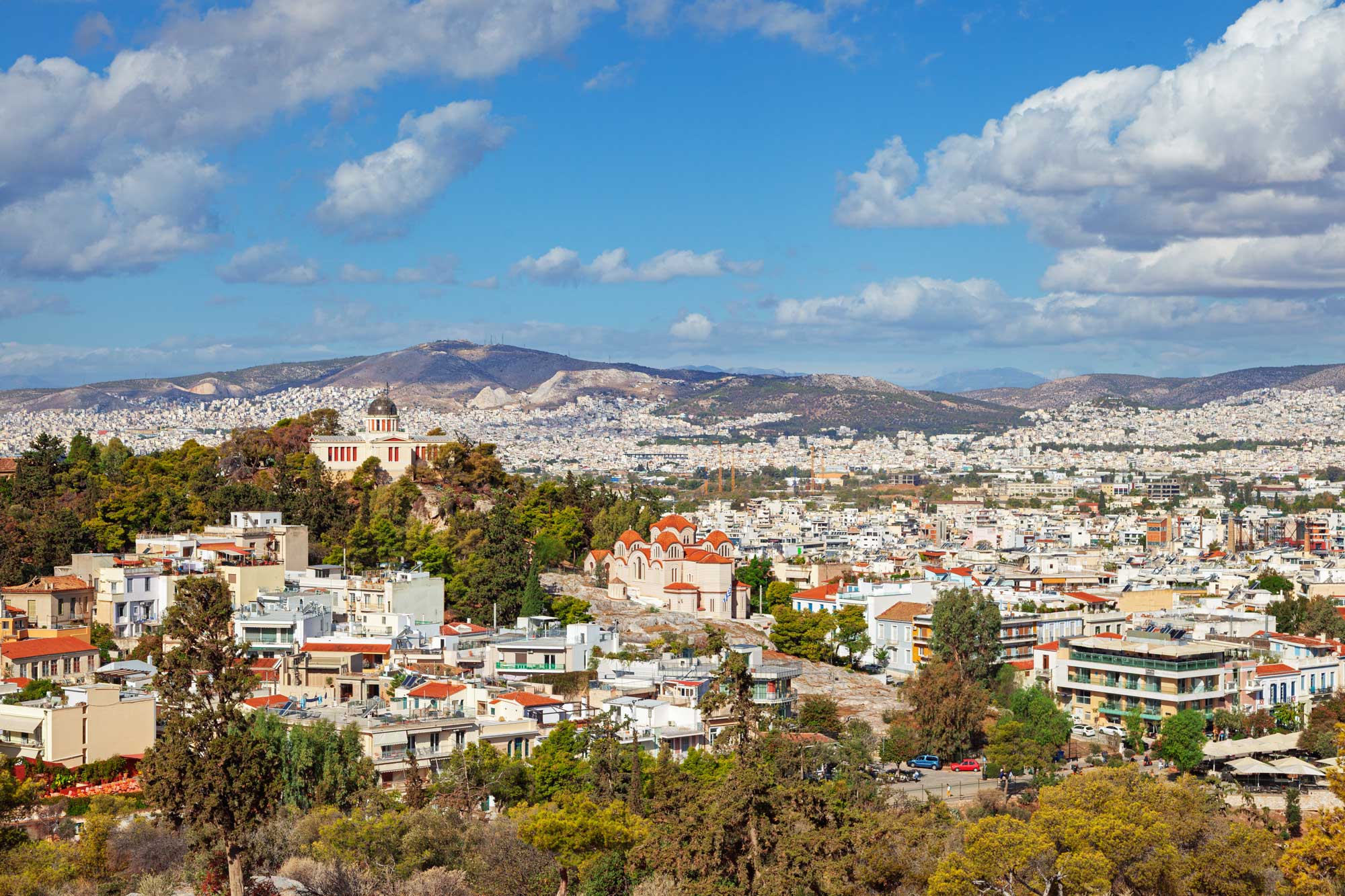
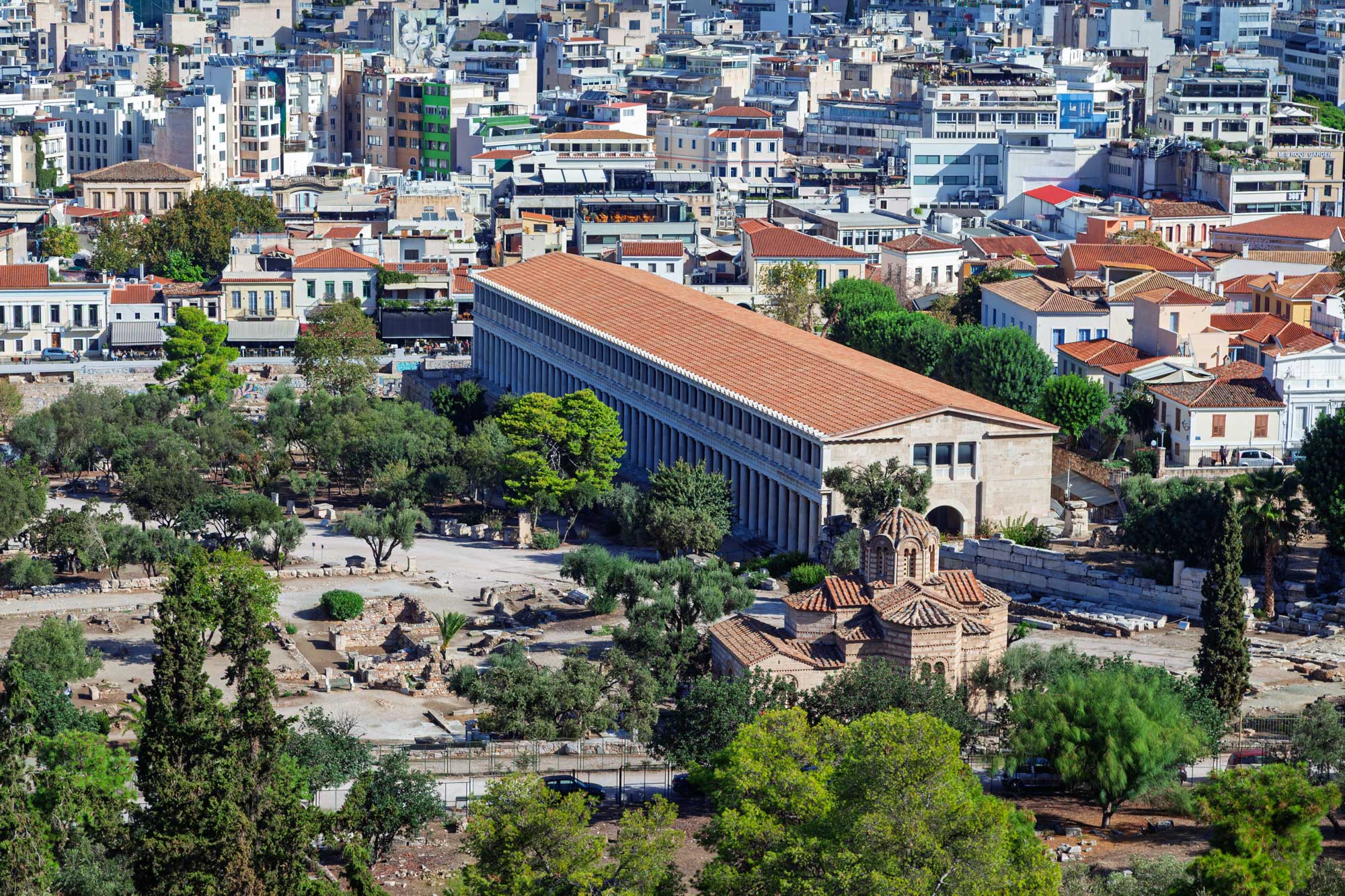
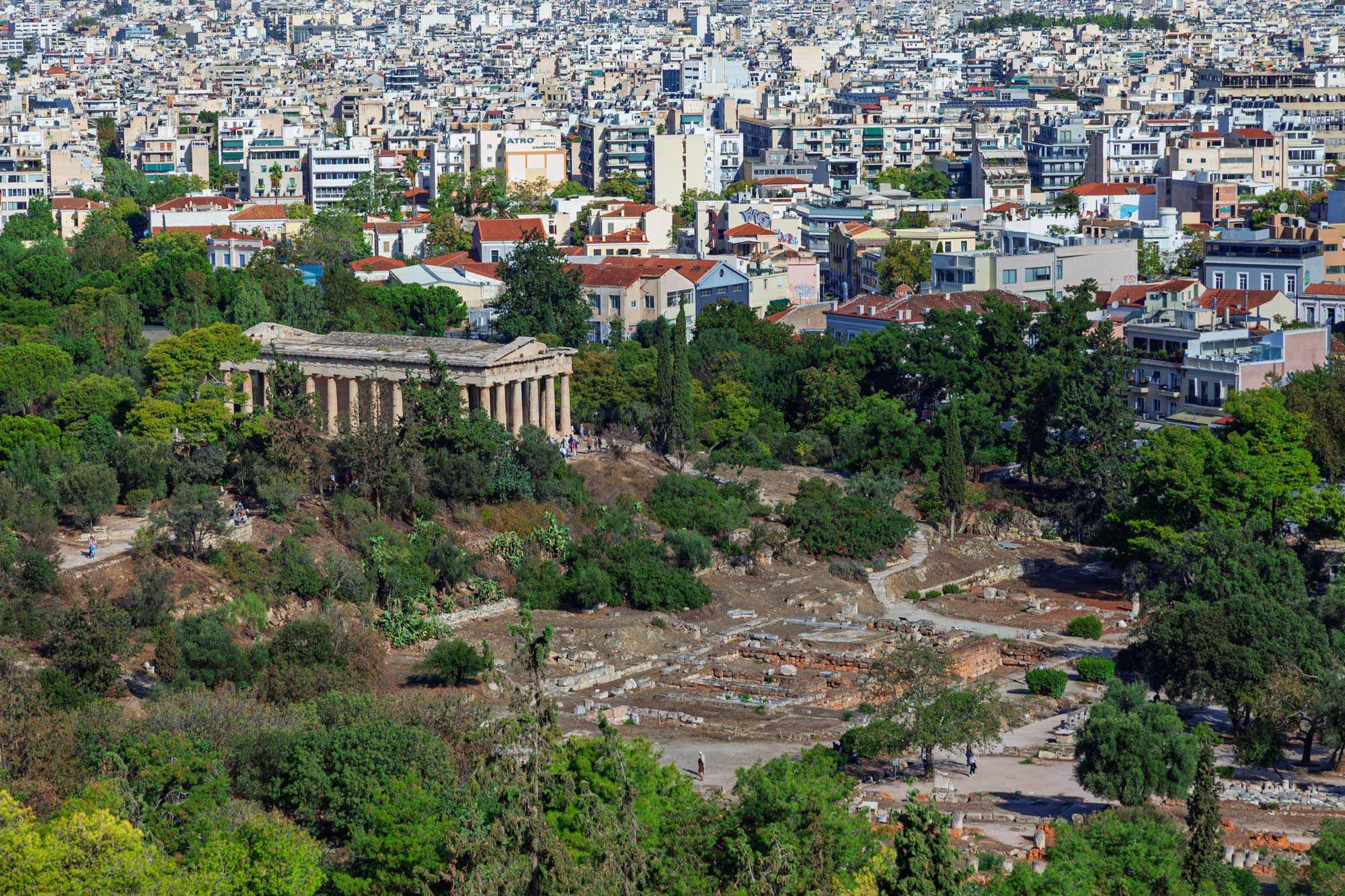
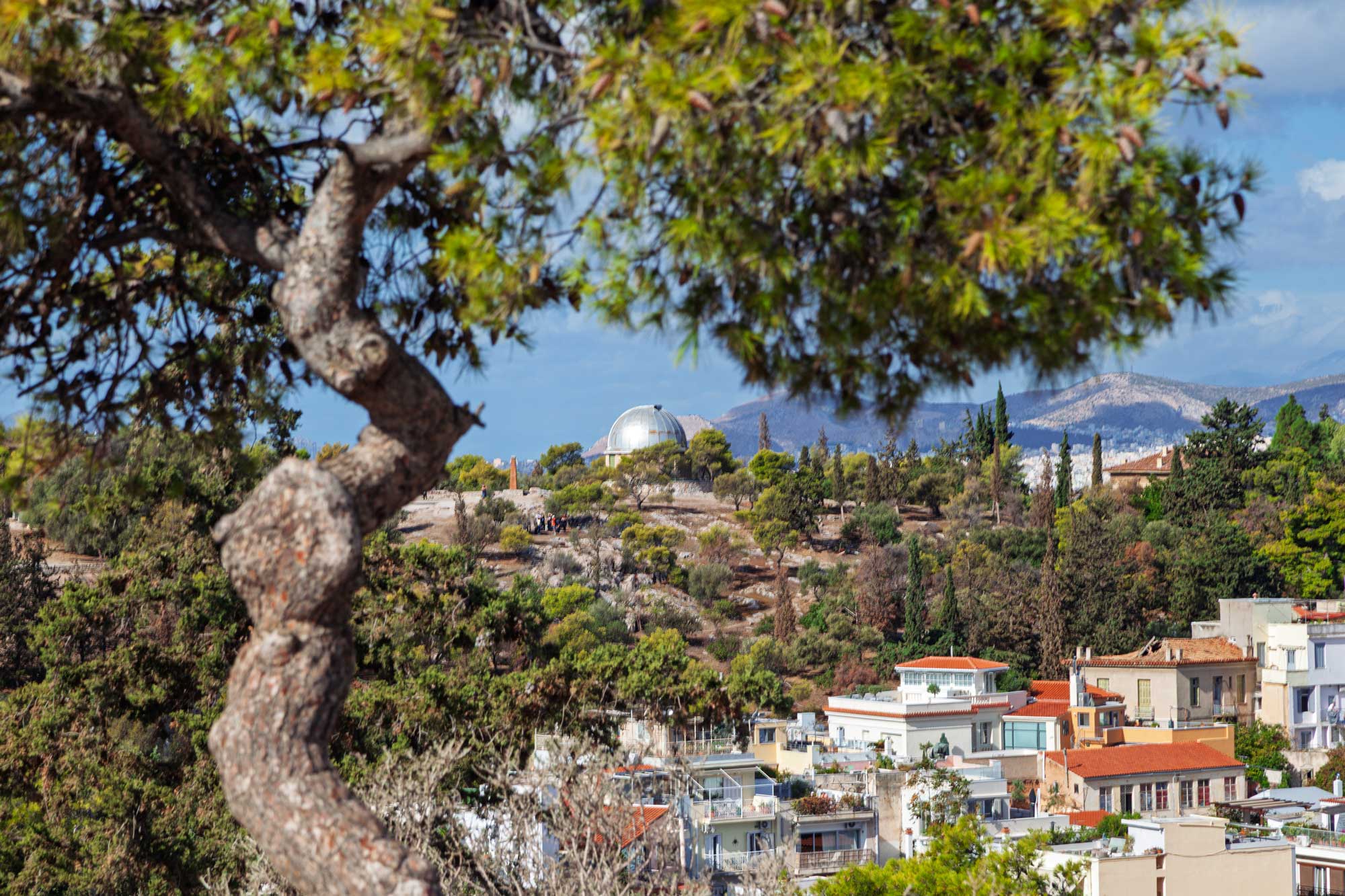
and this photo shows the rocky outcrop of Mars Hill/Ares Hill/Areios Pagos:
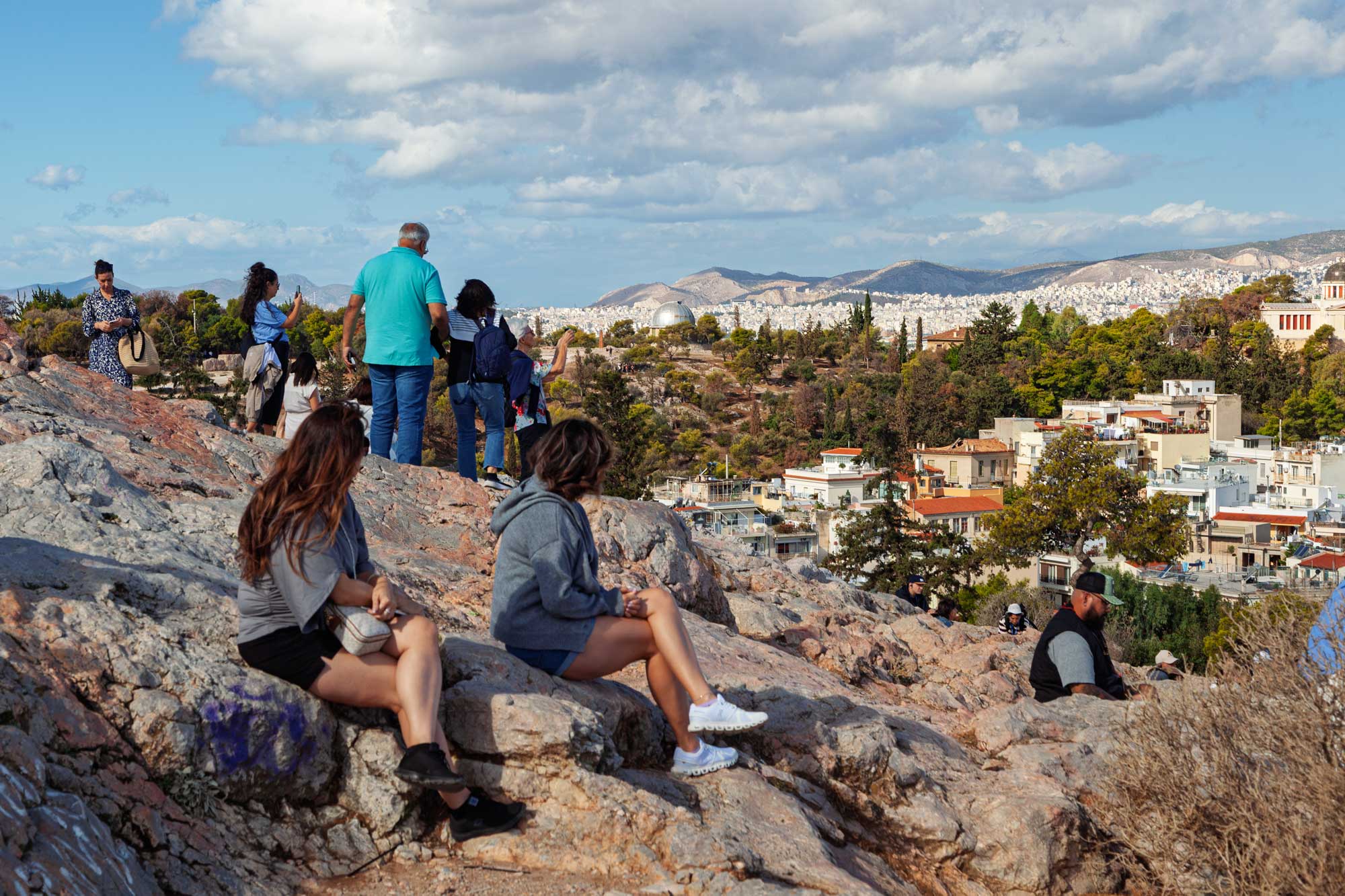
Before continuing, it's worth reading the account in the Bible to which I've referred:
"While Paul was waiting for them in Athens, he was greatly distressed to see that the city was full of idols. So he reasoned in the synagogue with the Jews and the God-fearing Greeks, as well as in the marketplace day by day with those who happened to be there. A group of Epicurean and Stoic philosophers began to dispute with him. Some fo them asked, 'What is this babbler trying to say?' Others remarked, 'He seems to be advocating foreign gods'. They said this because Paul was preaching the good news about Jesus and the resurrection.
Then they took him and brought him to a meeting of the Areopagus, where they said to him, 'May we know what this new teaching is that you are presenting? You are bringing some strange ideas to our ears, and we want to know what they mean (All the Athenians and the foreigners who lived there spent their time doing nothing but talking about and listening to the latest ideas).
Paul then stood up in the meeting of the Areopagus and said: 'Men of Athens! I see that in every way you are very religious. For as I walked around and looked carefully at your objects of worship, I even found an altar with this inscription: TO AN UNKOWN GOD. Now what you worship as something unknown I am going to proclaim to you.
The God who made the world and everything in it is the Lord of heaven and earth and does not live in temples built by hands. And he is not served by human hands, as if he needed anything, because he himself gives all men life and breath and everything else...
Therefore since we are God's offspring, we should not think that the divine being is like gold or silver or stone - an image made by man's design and skill'. In the past God overlooked such ignorance, but now he commands all people everywhere to repent. For he has set a day when he will judge the world with justice.'" (NIV)
In the above passage, we read that Paul started by preaching in the marketplace. In Greek this is the Agora. An "Agora" was a public meeting place in Greek cities. Early in Greek history (10th-4th centuries BC), free-born citizens would gather in the agora for military duty or to hear statements of the ruling king or council. Later, the agora also served as a marketplace, where merchants kept stalls or shops to sell their goods amid arcades.
There are in fact two agoras in Athens. One is the Roman Agora and the other is the Ancient Athenian Agora. The two were linked by a road. The next couple of photos show the remains of the Roman Agora. Although Paul lived during the time of the Romans, I'm not sure whether the reference to the marketplace in the Bible is to the Roman Agora or to the Ancient Athenian Agora. The latter was certainly the more extensive one. Maybe, as they were linked, the whole area was known as "the agora" or "the marketplace". The distinction is, however, of utmost importance in modern times ... you have to pay to go into each one separately!!
The next three photos show the Roman Agora:
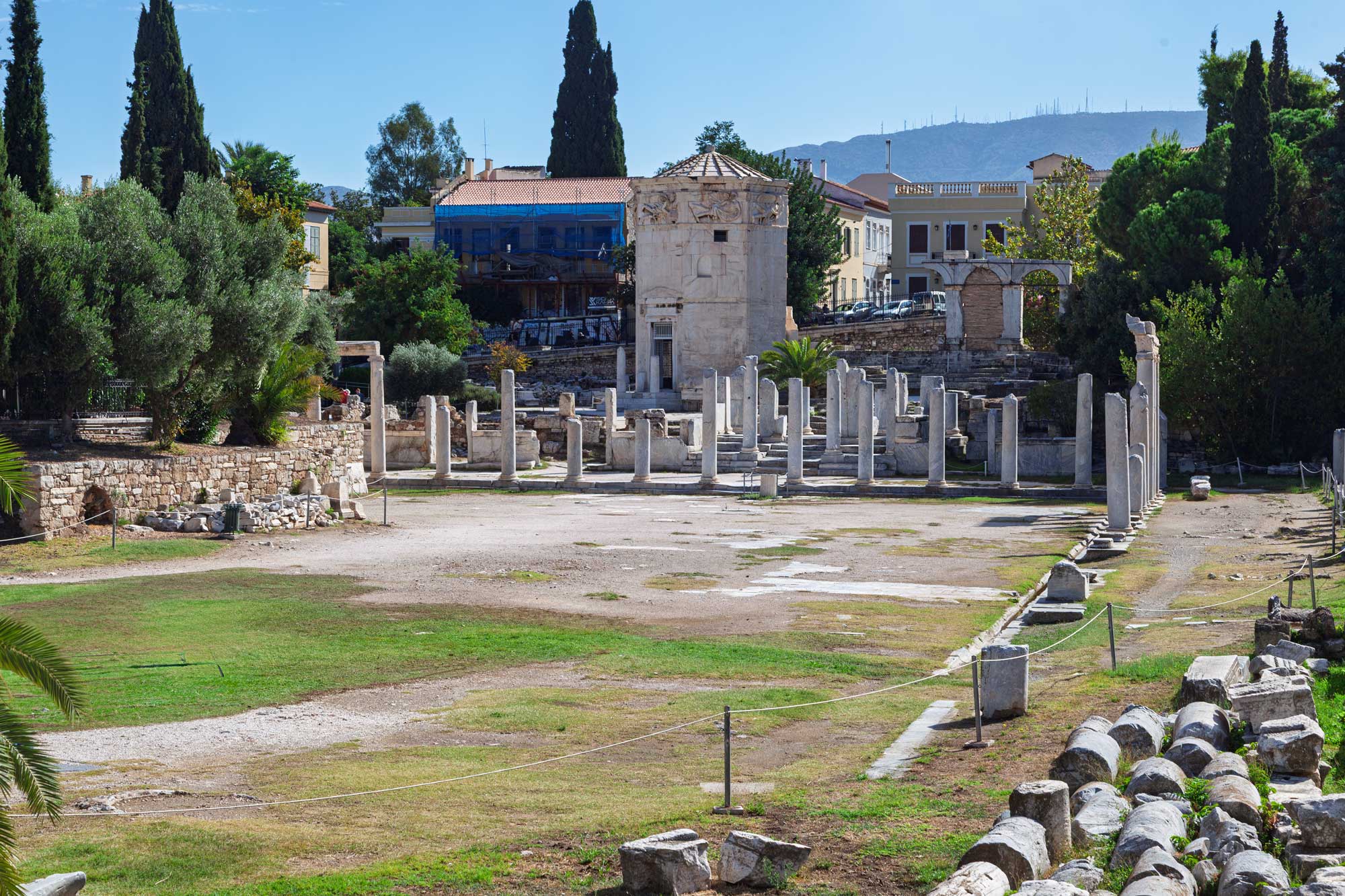
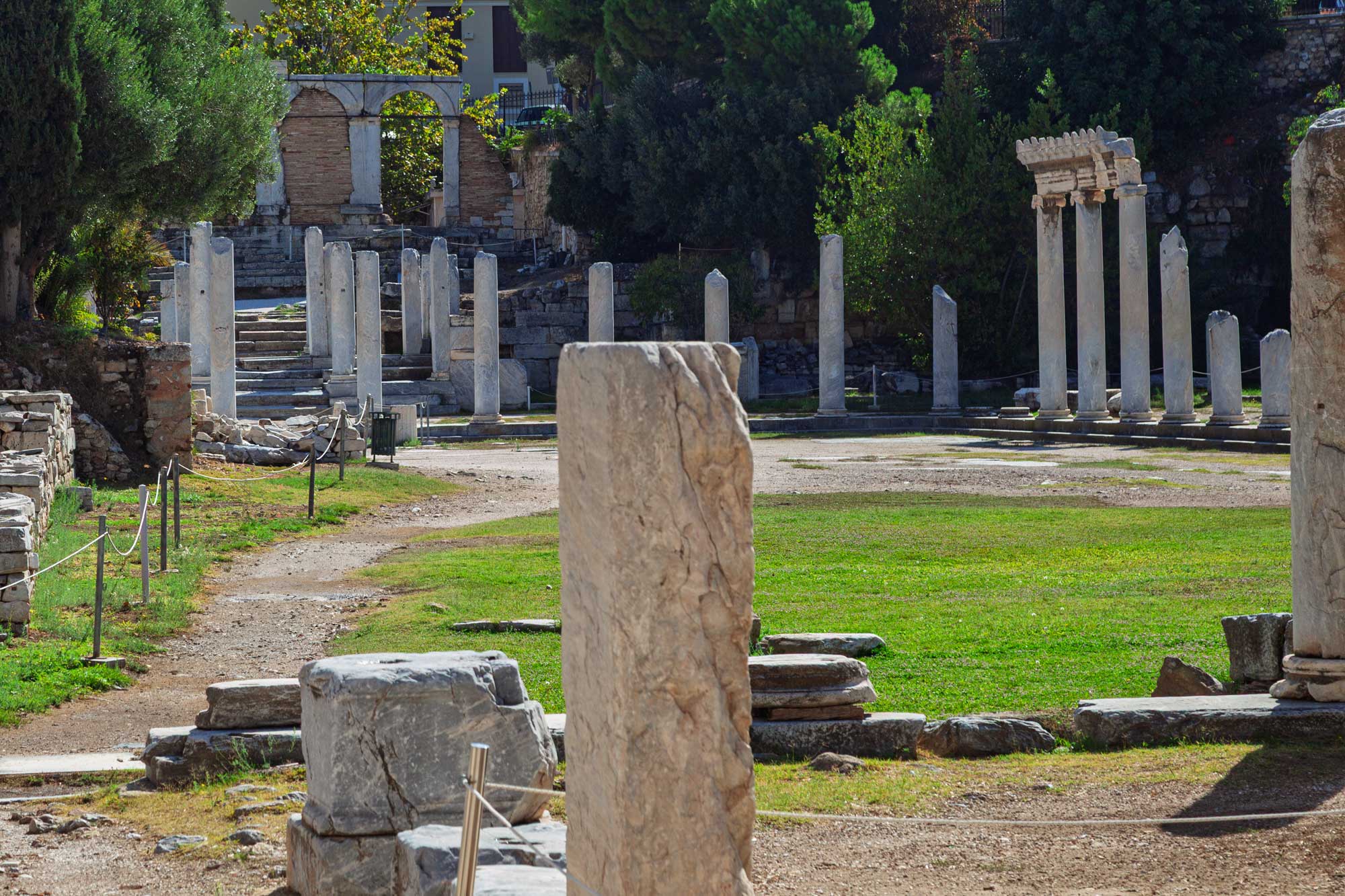
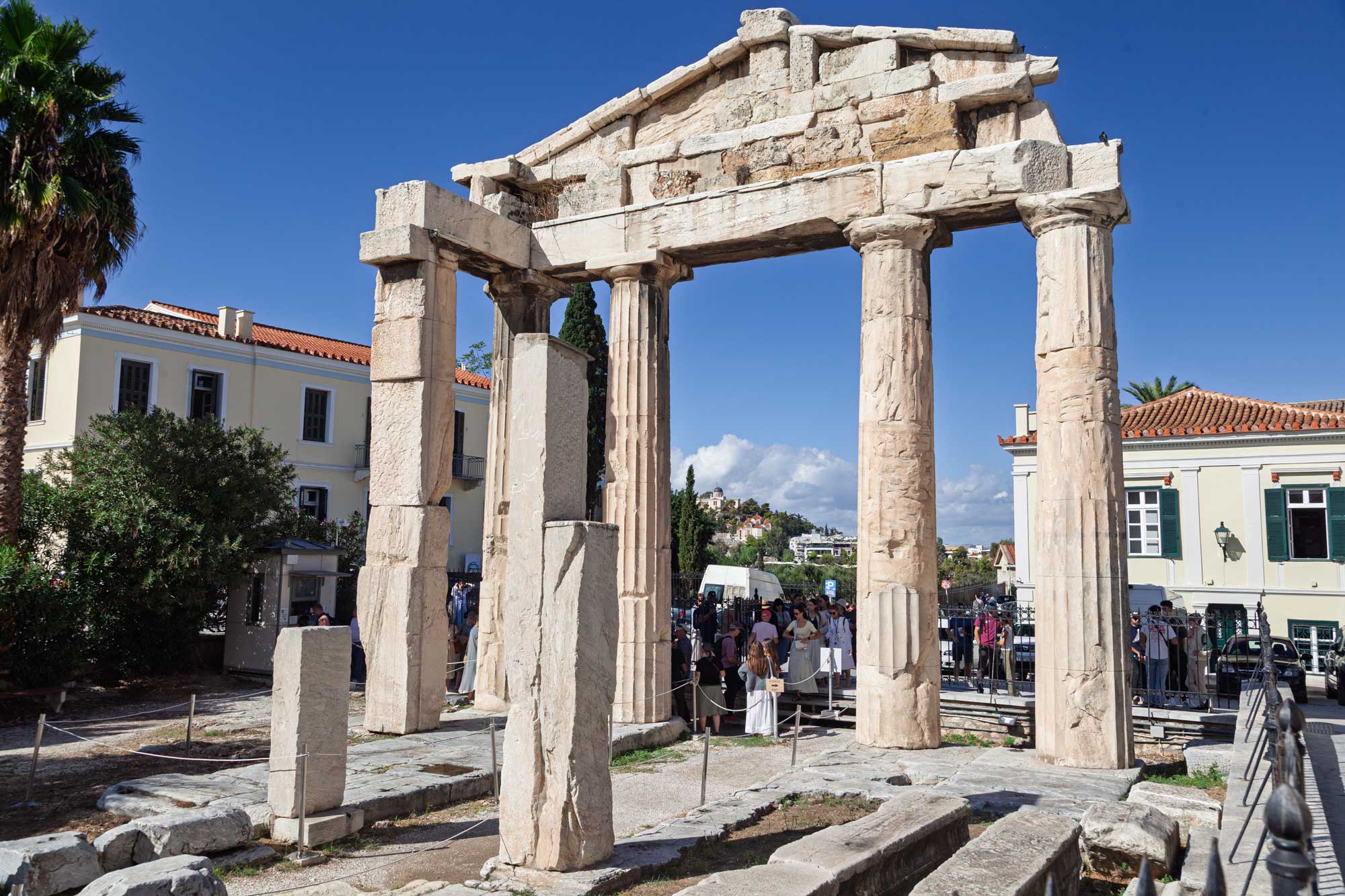
Now we move on to the Ancient Athenian Agora. The first two photos show the Temple of Hephaistos. This was also visible in the views from Mars Hill.
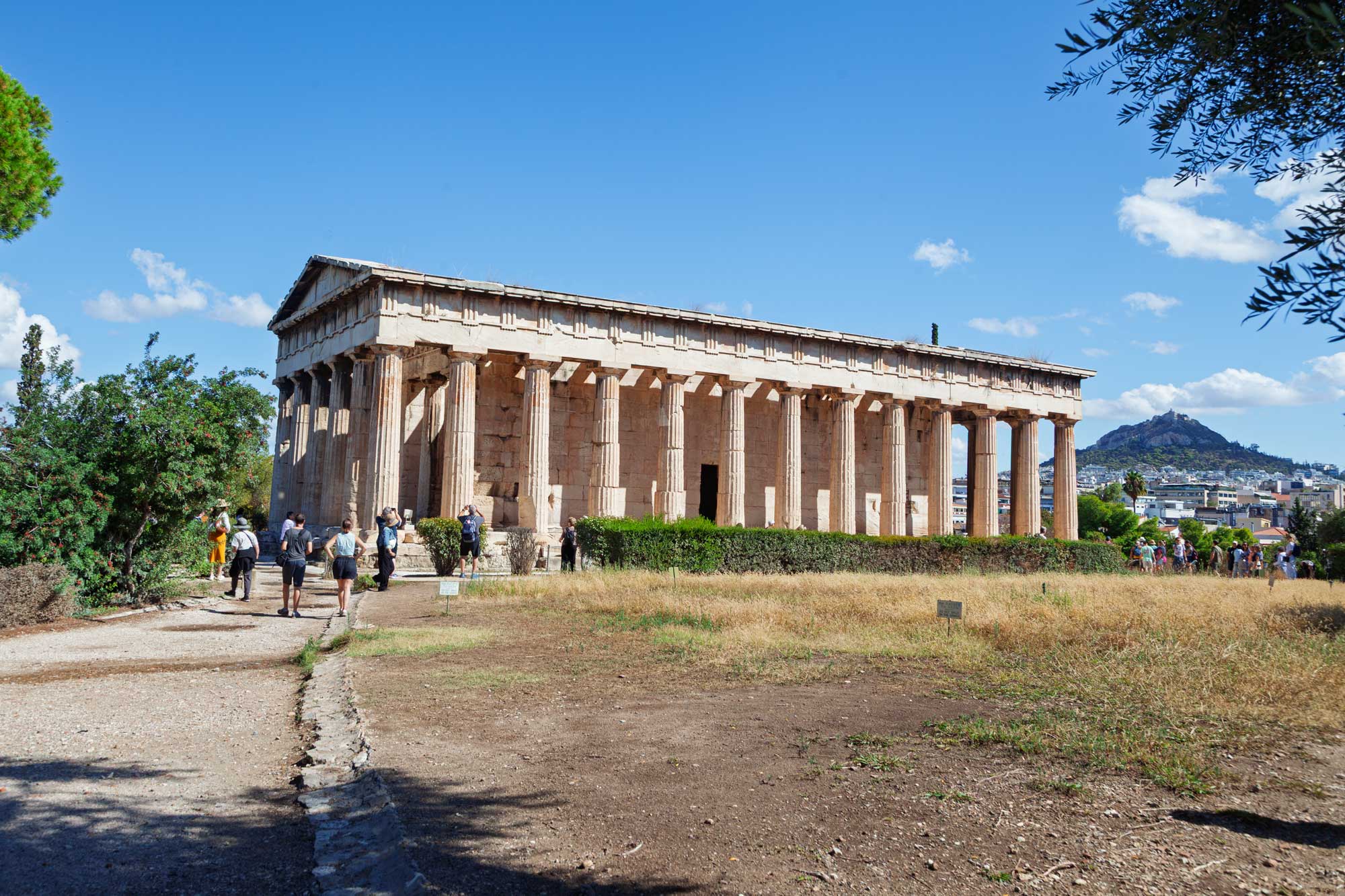
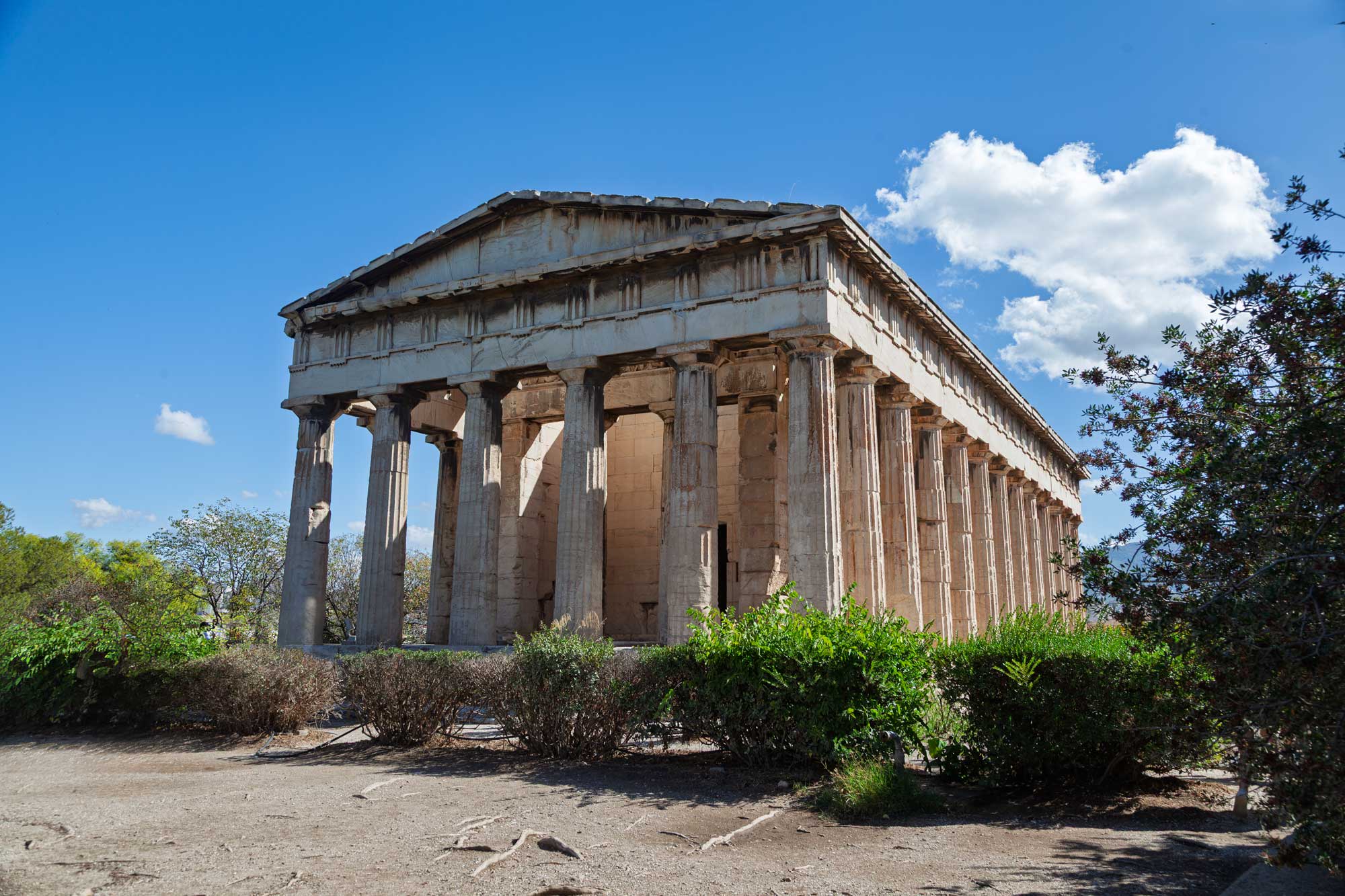
Now you see the wide area of the Agora with the Stoa of Attalus in the background. This impressive building was also plainly to be seen from atop Mars Hill.
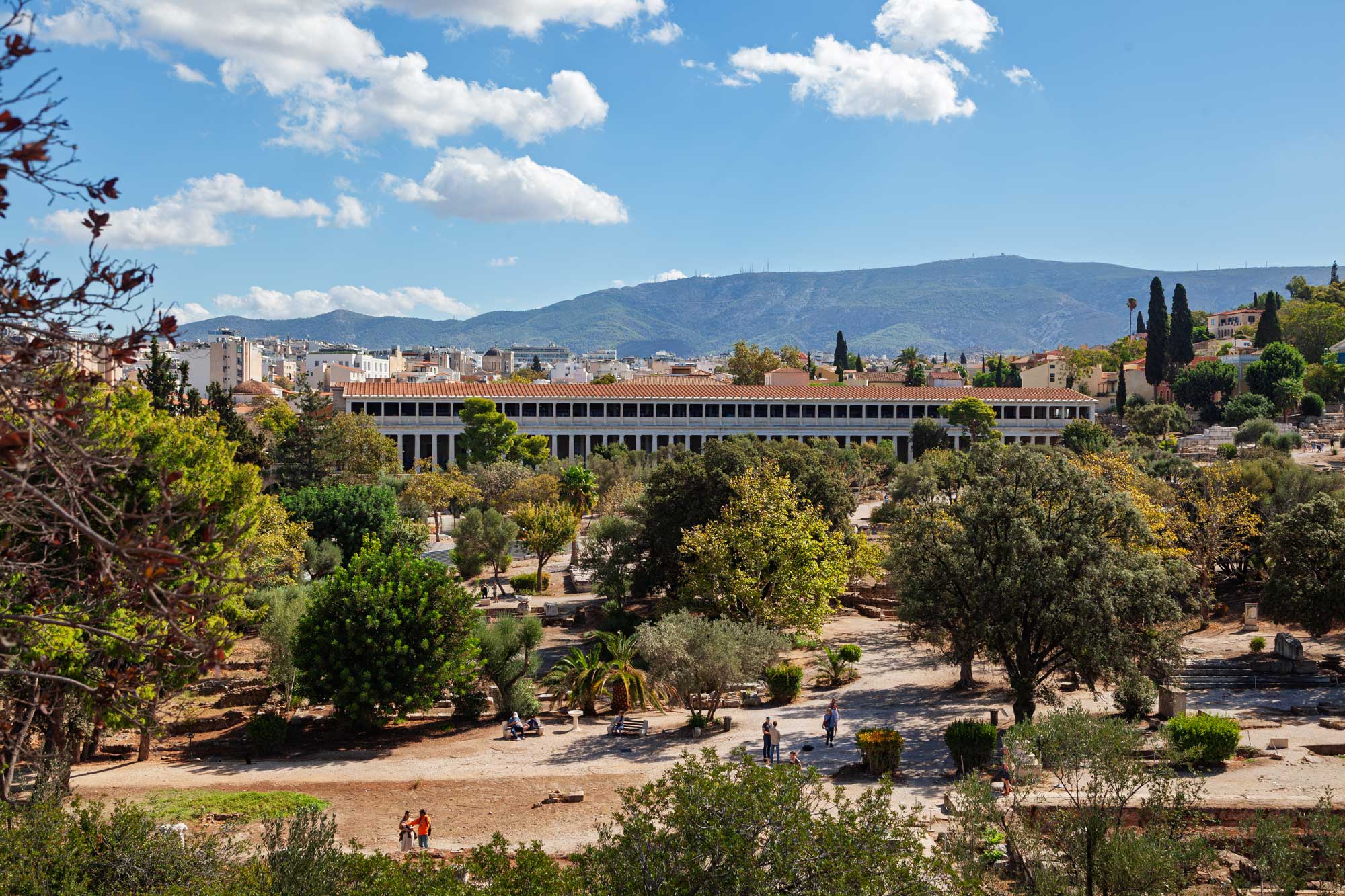
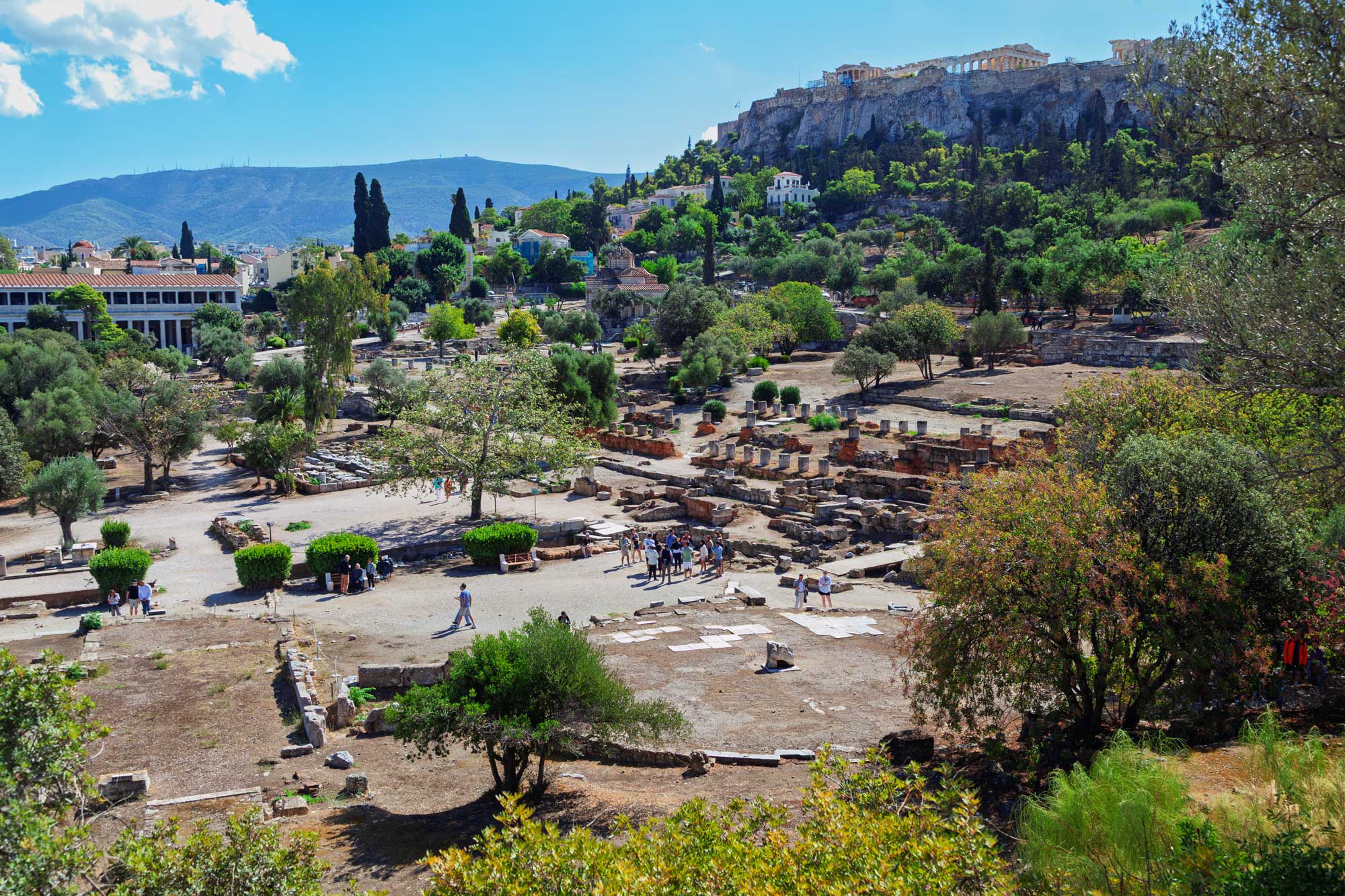
The Stoa of Attalus now houses an impressive museum of artifacts going back to around 1500BC. In the next photo you can see some restoration work taking place.
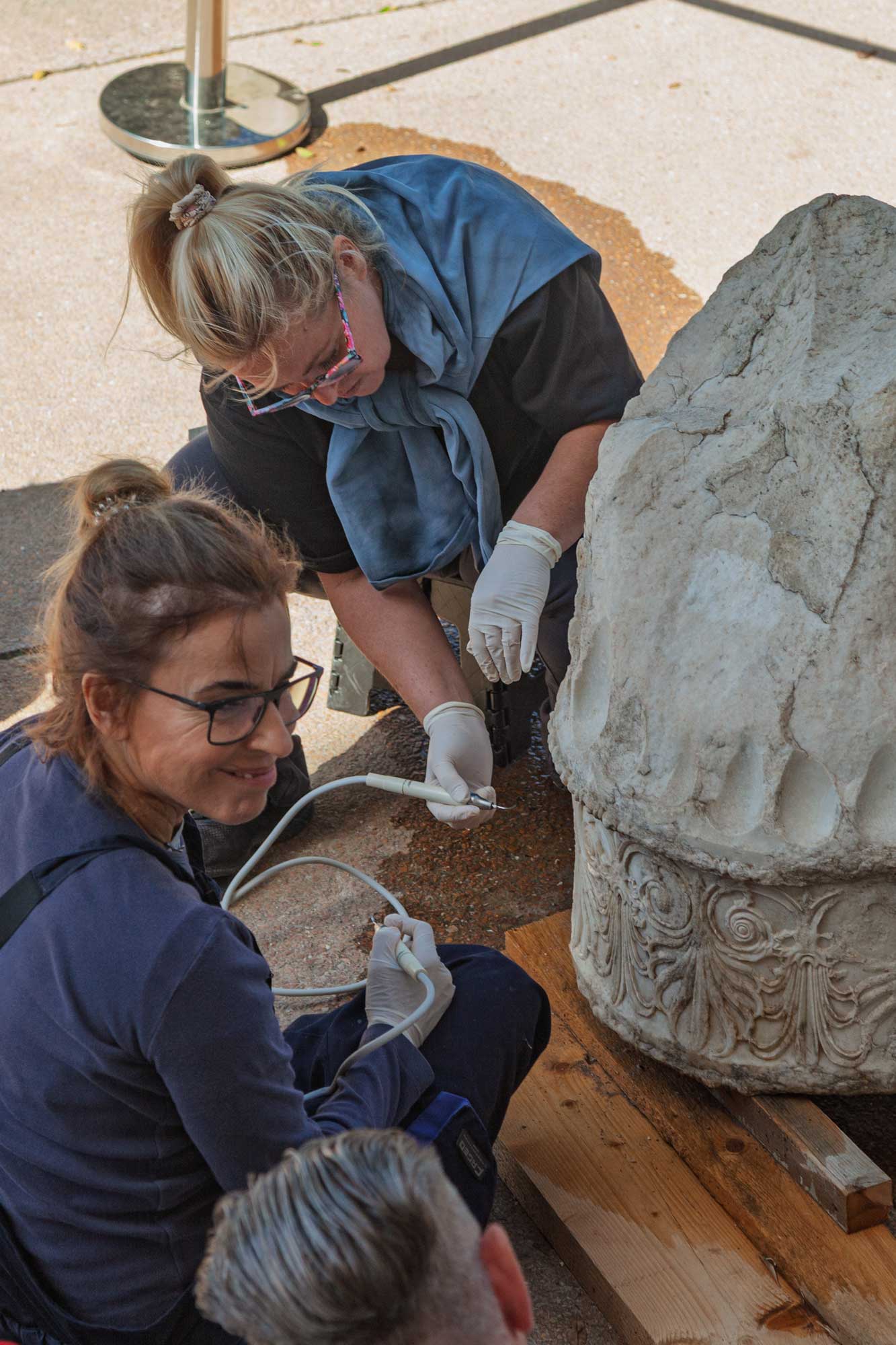
A bust of Alexander the Great inside the Stoa of Attalus
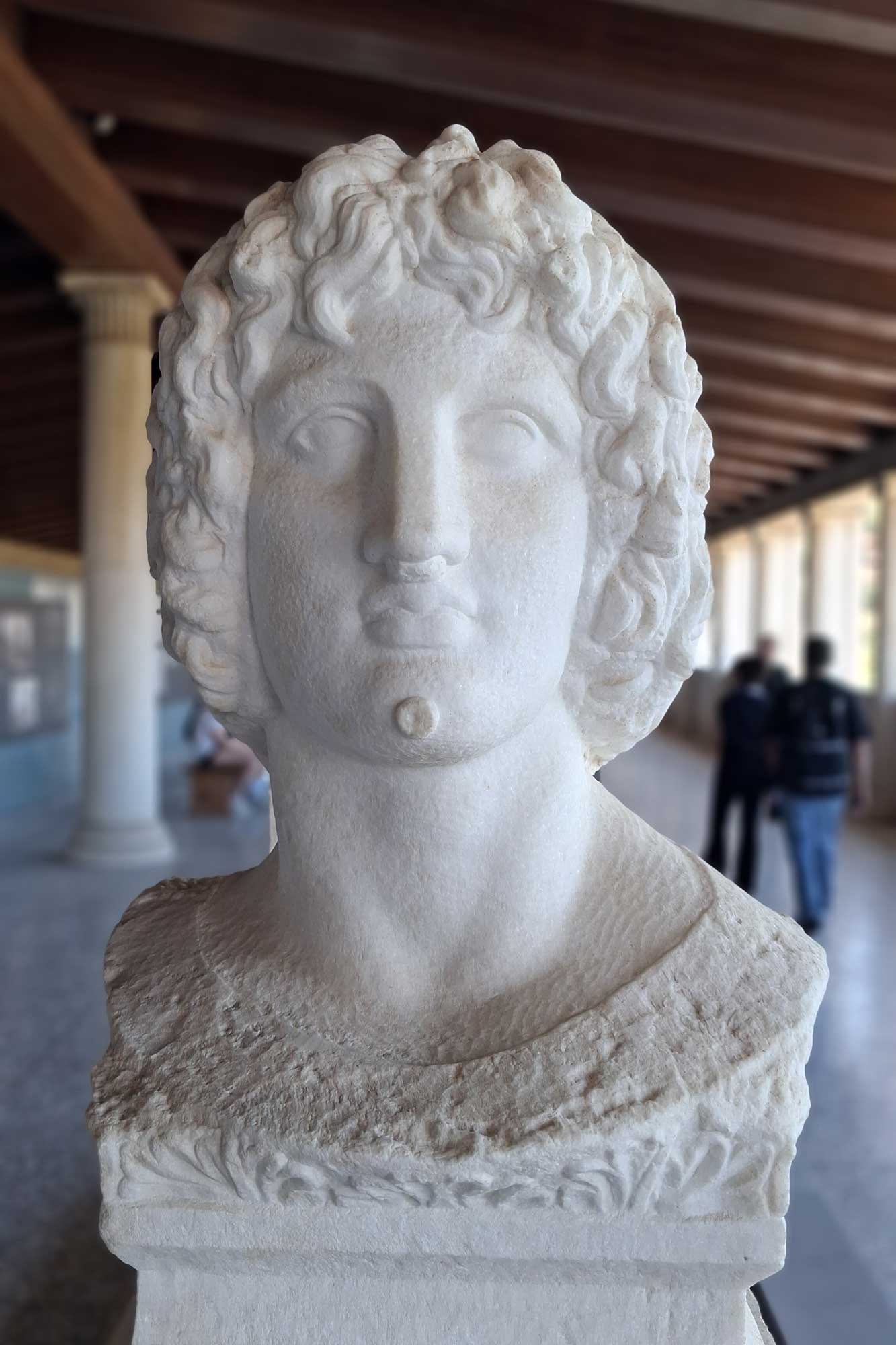
Me and Pat to finish with for today:
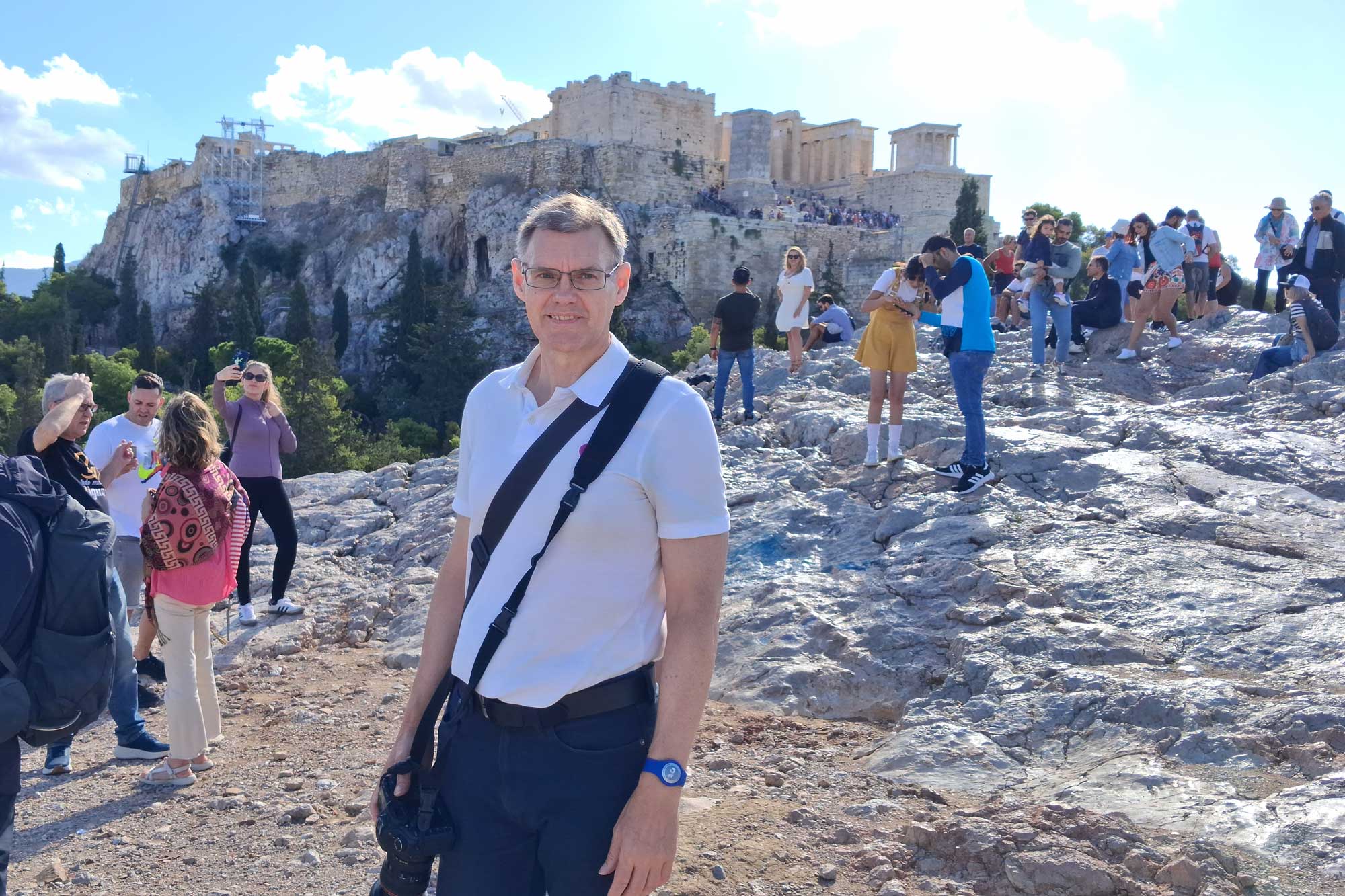
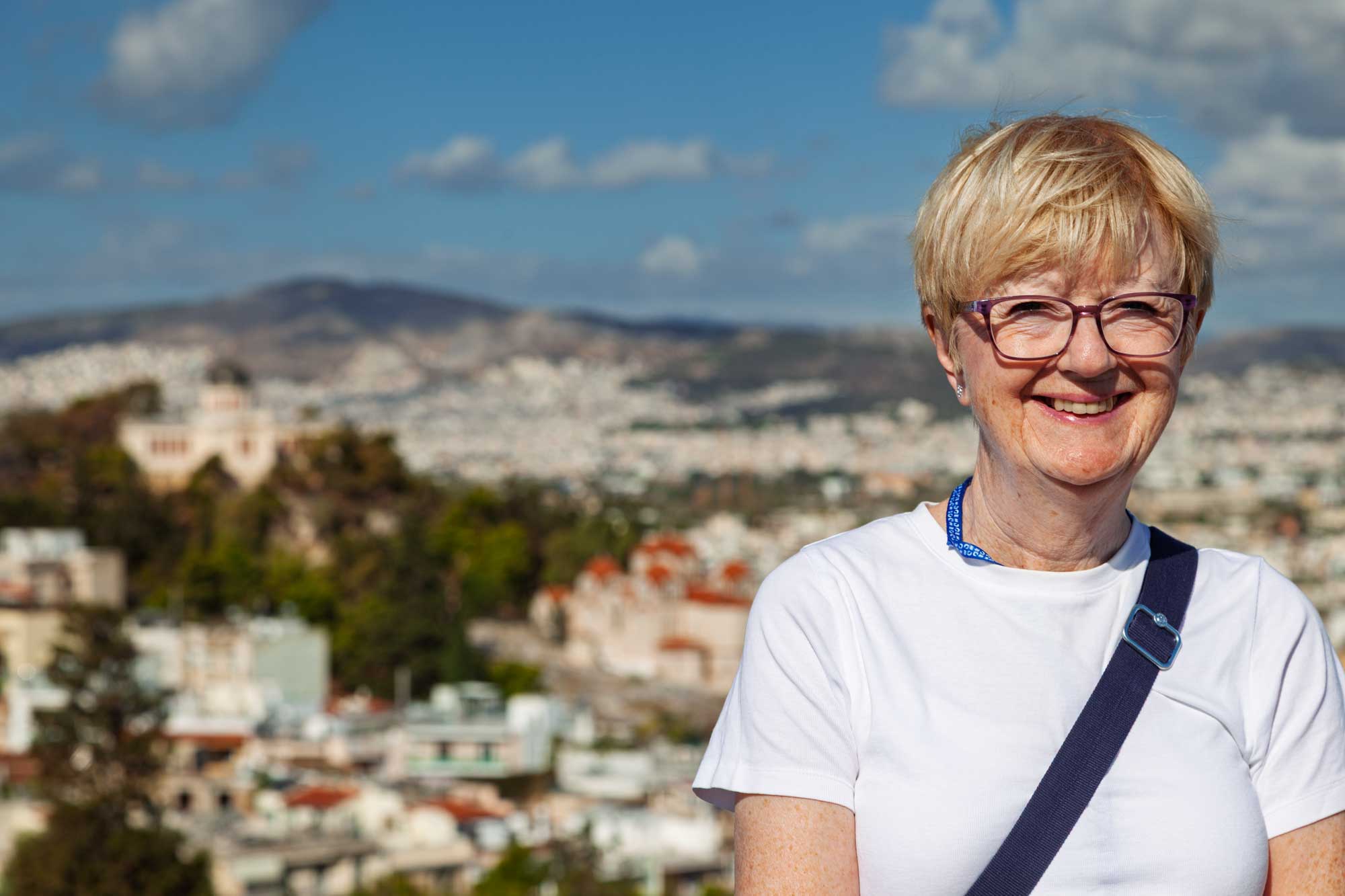
Today we were determined not to make the same mistake as yesterday, so we got up early and got off the ship soon after it had docked. Then, rather than walk and catch a bus, we got a taxi so that we could get to Knossos before the crowds. It was more expensive doing it this way. We got the taxi driver to wait an hour and a quarter for us whilst we visited the ruins of Knossos Palace and then drive us back to the centre of Heraklion. This cost us 50 Euros plus the entry for both of us to Knossos (40 Euros). Expensive, yes, but still much cheaper than taking the ship's own excursion, which would have cost us around £130 pounds each!
Knossos was a major centre of the Minoan civilisation and is fundamentally associated with the Greek myth of Theseus and the Minotaur.
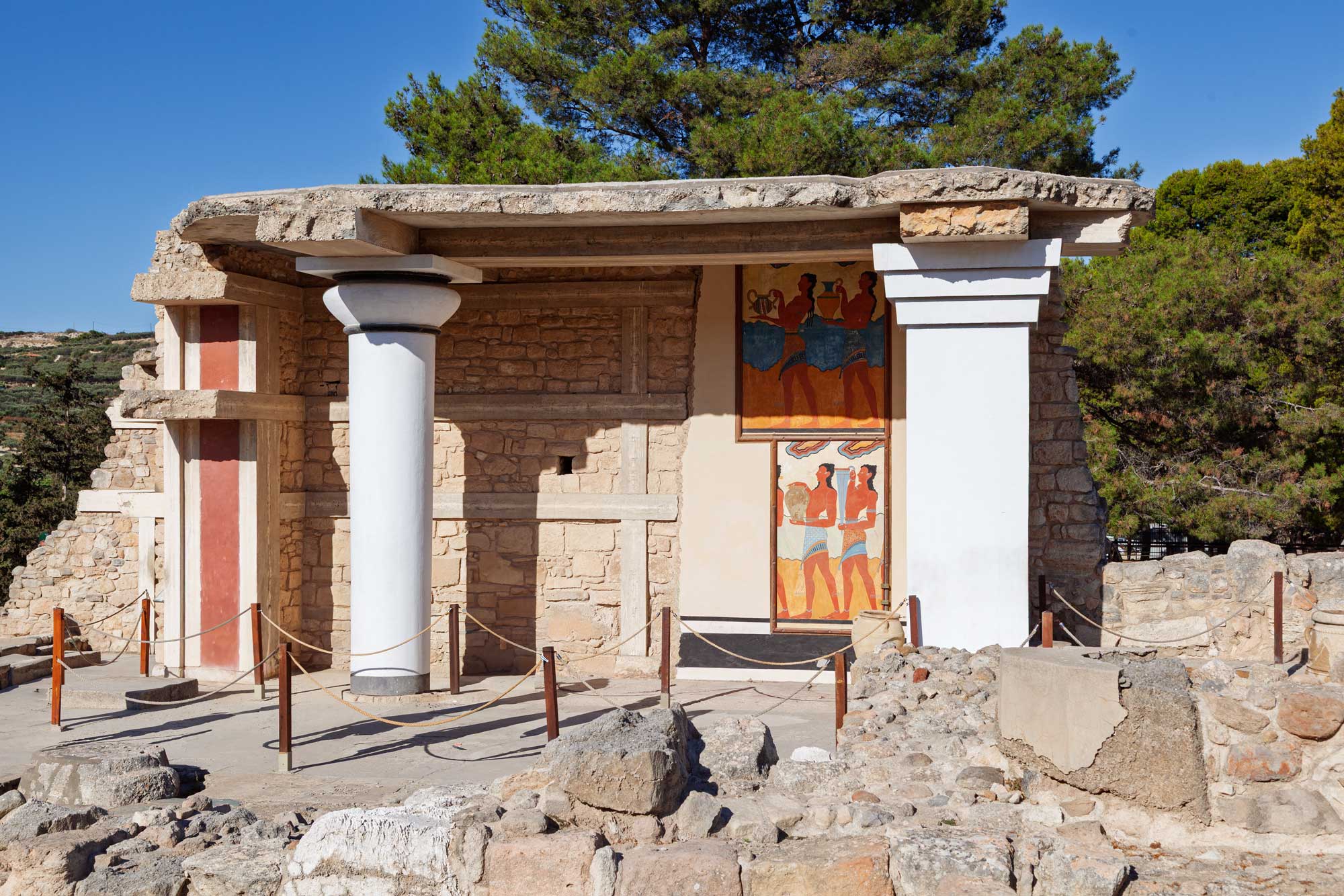
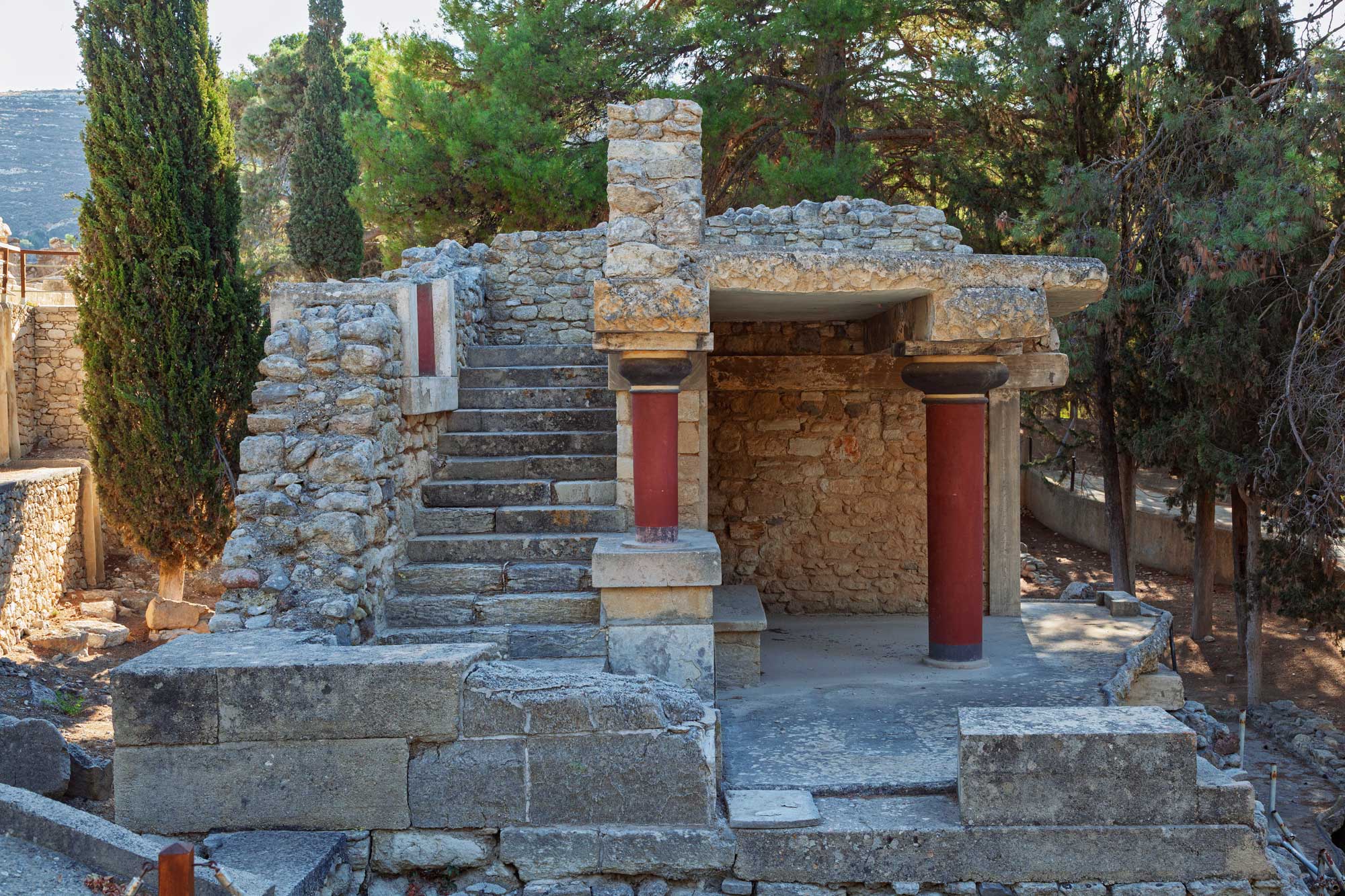
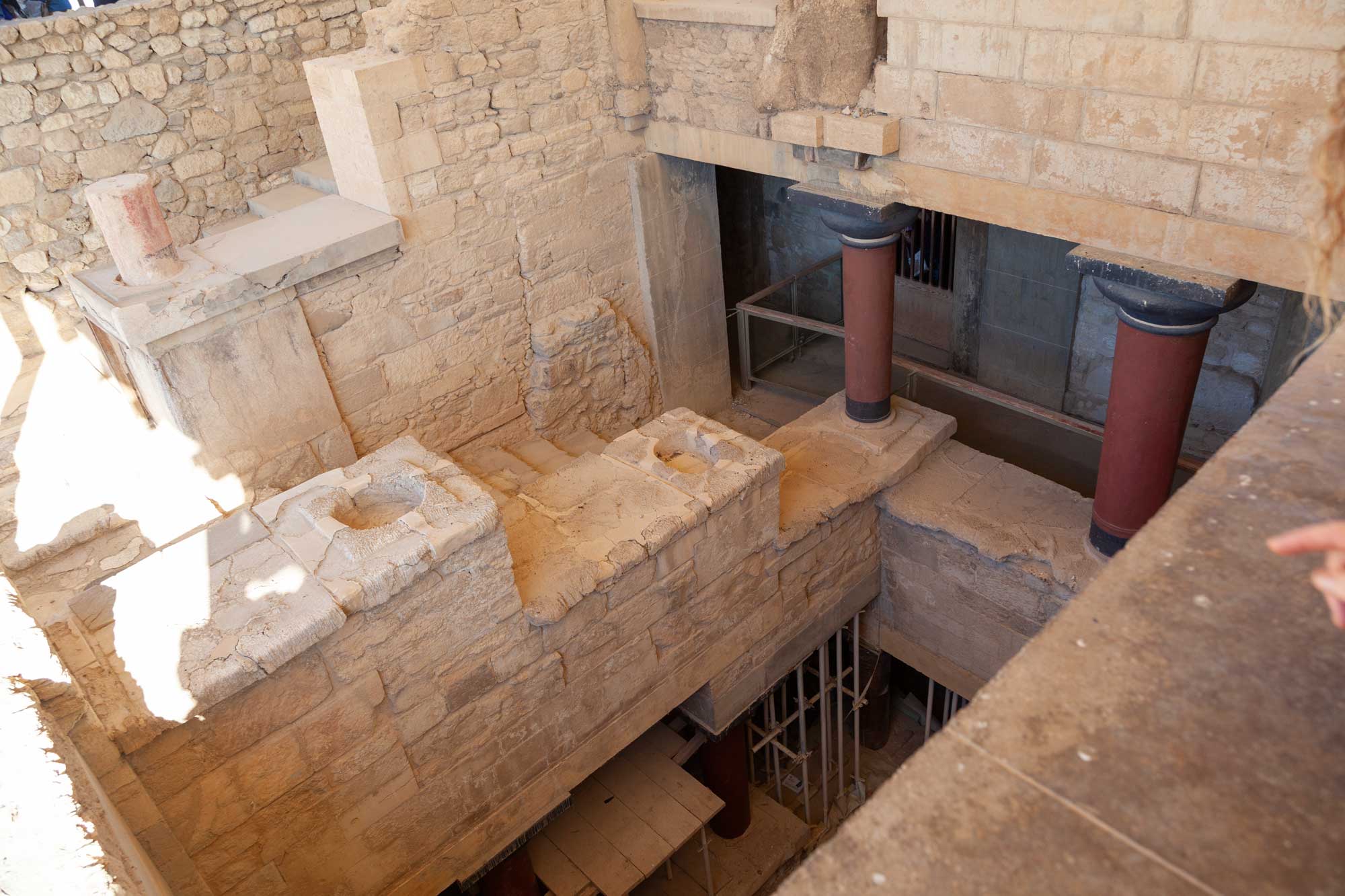
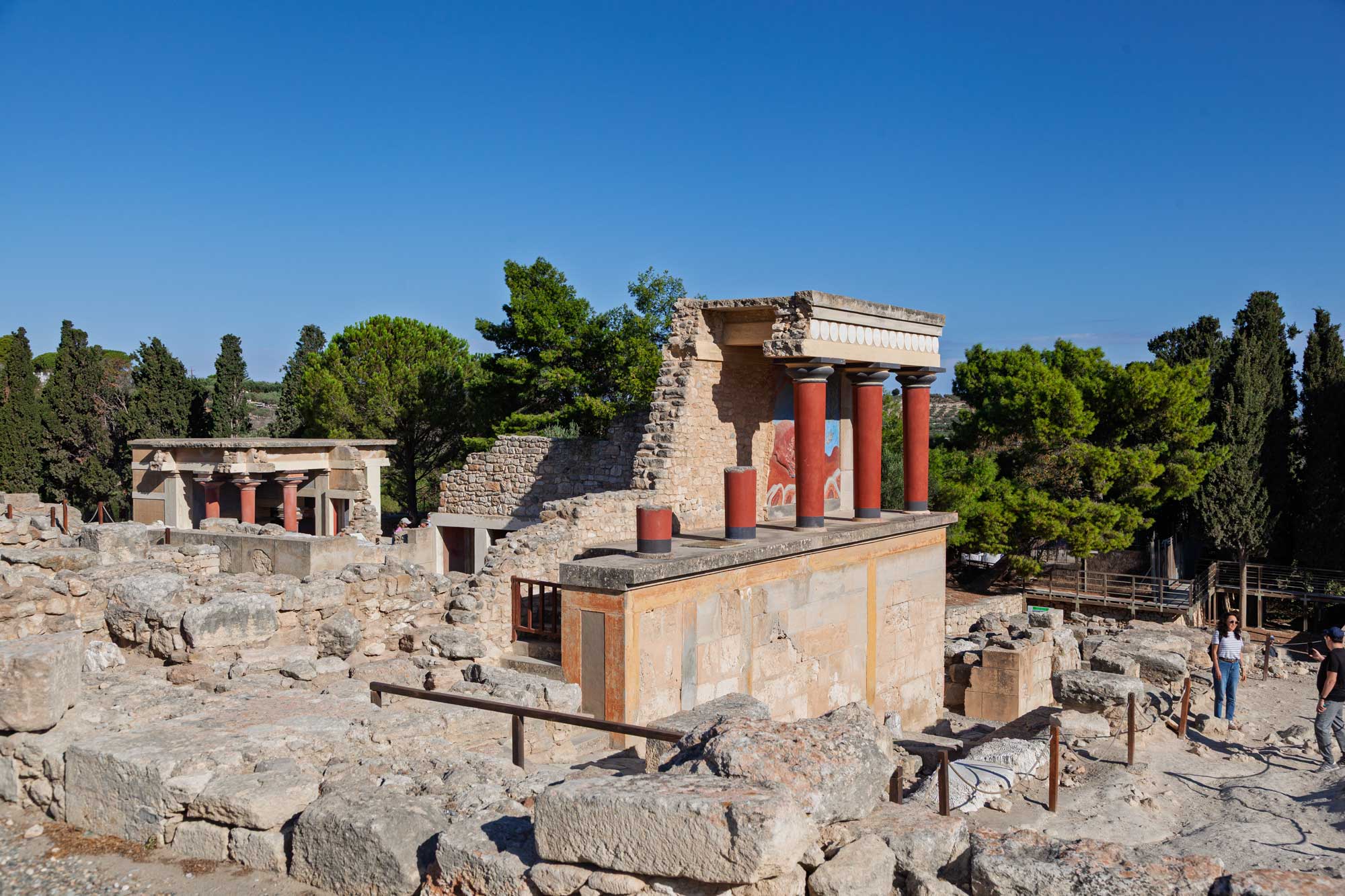
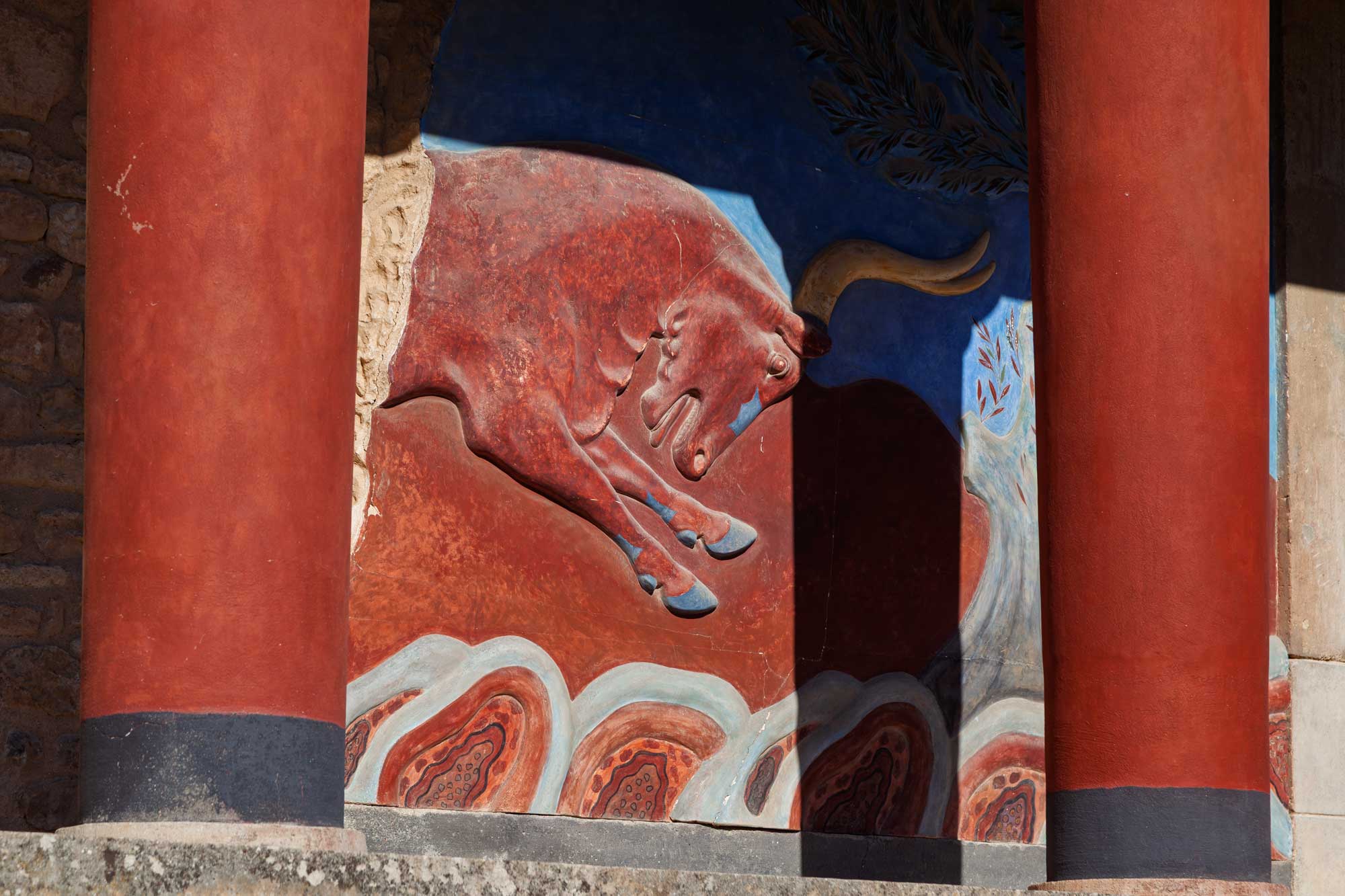
After returning to Heraklion, we walked through the shopping area, stopping for a drink on the way, and then carried on down to the Venetian port area where there was a fortification. We walked along the harbour wall before returning to the town and then back to the ship.
We are looking forward to a day at sea tomorrow as we have now done six different ports in six days. The day of rest will give us time to recover! Next stop afer that will be Malta.
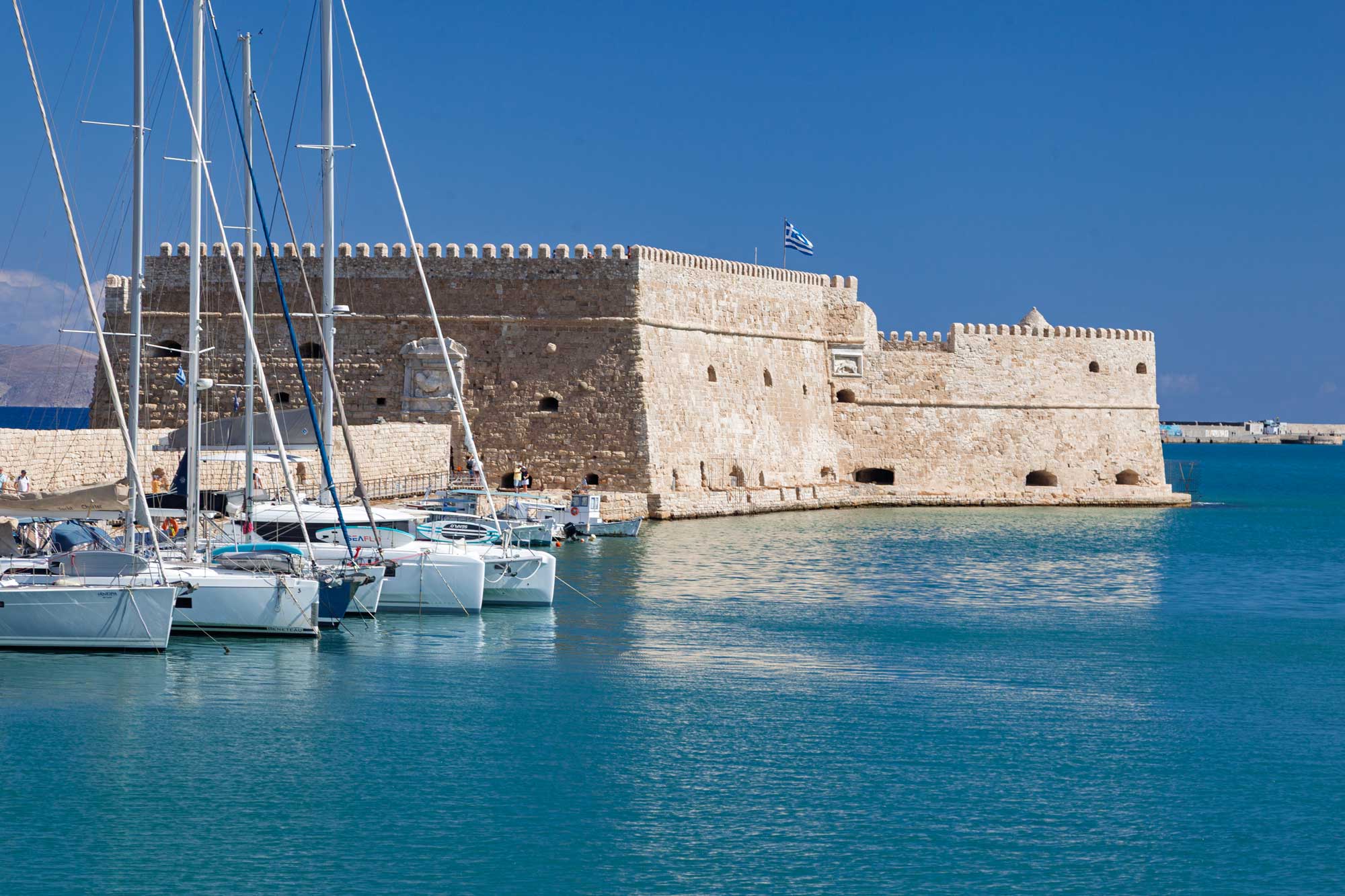
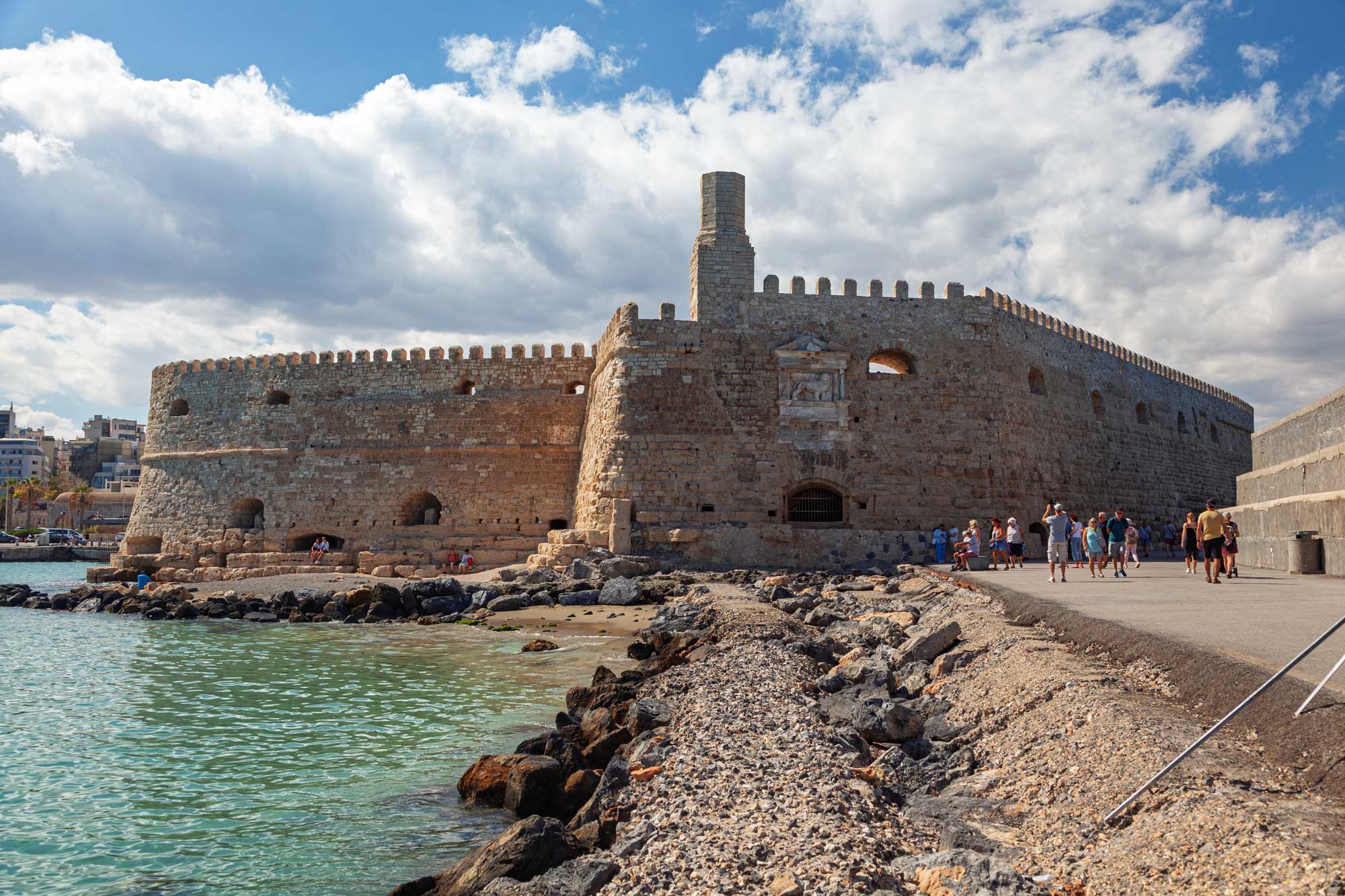
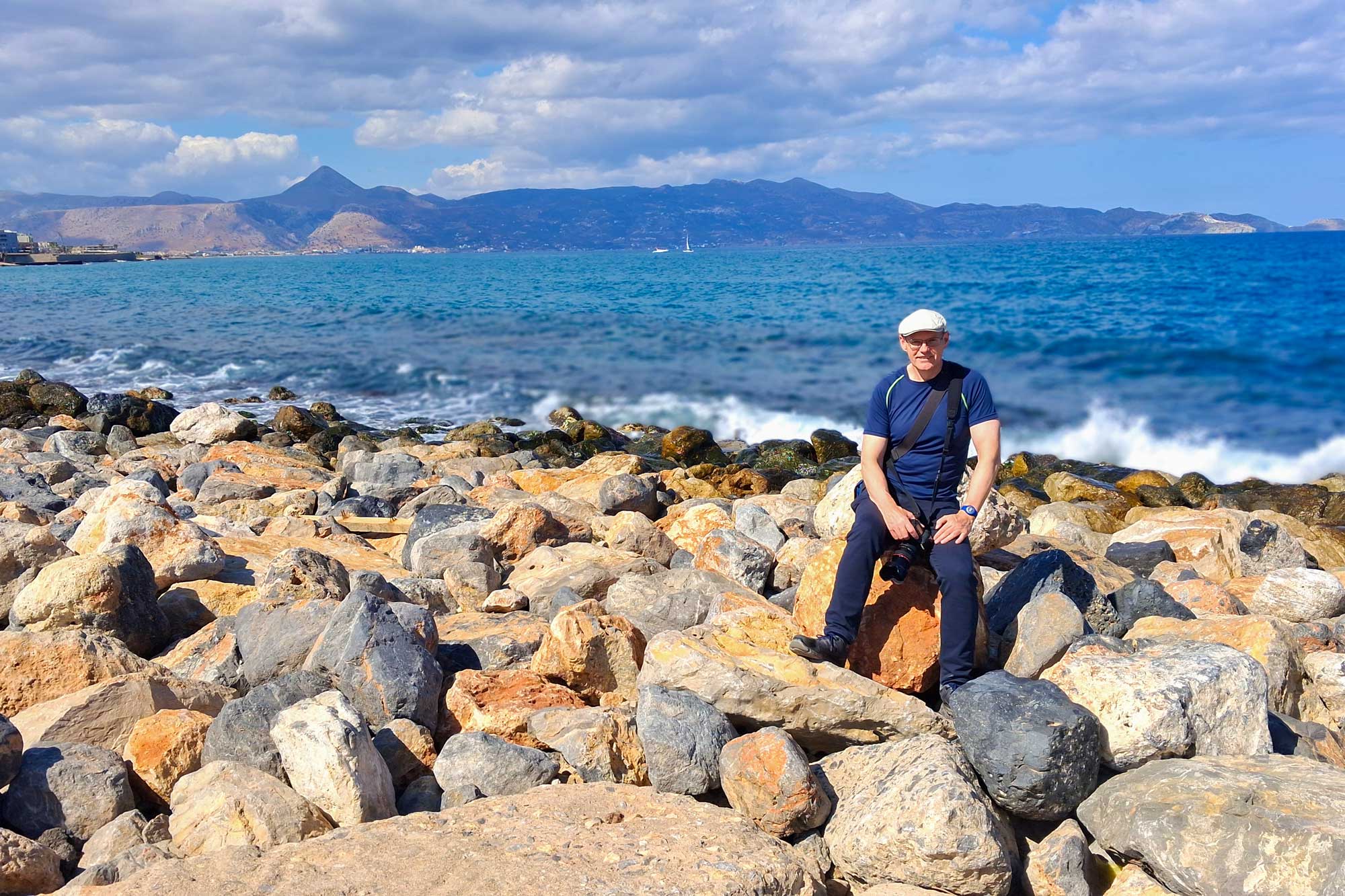
Today we arrived in Valetta, Malta. The first impression one gets here is that it is a very fortified city ... and it has needed to be as it has been attacked either successfully or unsucessfully throughout its hisory.
After the Knights of the Order of St John were forced out of Rhodes by invading muslim forces, it is in Malta where they made their new home in the early 16th century. Indeed, the capital, Valetta, is named after one of the Grand Masters of the Hospitallers.
The Knights subsequently faced many invasions by the Ottoman Empire but it was not until Napoleon invaded that their final demise on the island was sealed.
The French occupation of the island didn't last long and Malta became a British Crown Colony in 1813 and this was confirmed at the Treaty of Paris in 1814.
Its role in the Second World War, and its being awarded the George Cross are well known.
It finally gained its independence in 1964.
We walked up the steep hill from where our ship was docked and then through the town to the Fort of St Elmo which is an impressive complex of buildings in itself but which also houses the National War Museum which has a very extensive collection covering the whole gamut of Malta's history up to the end of the Second World War and beyond.
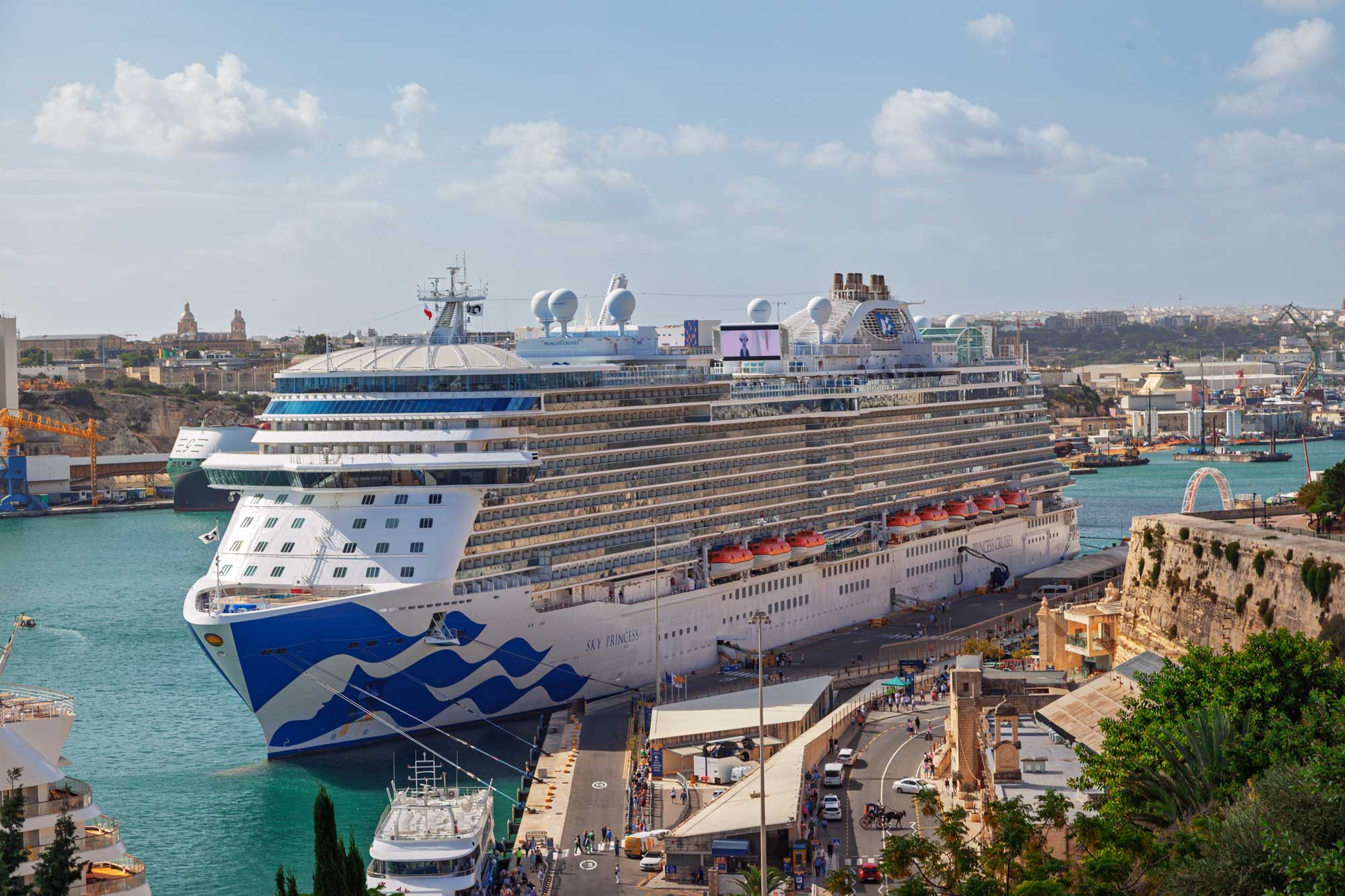
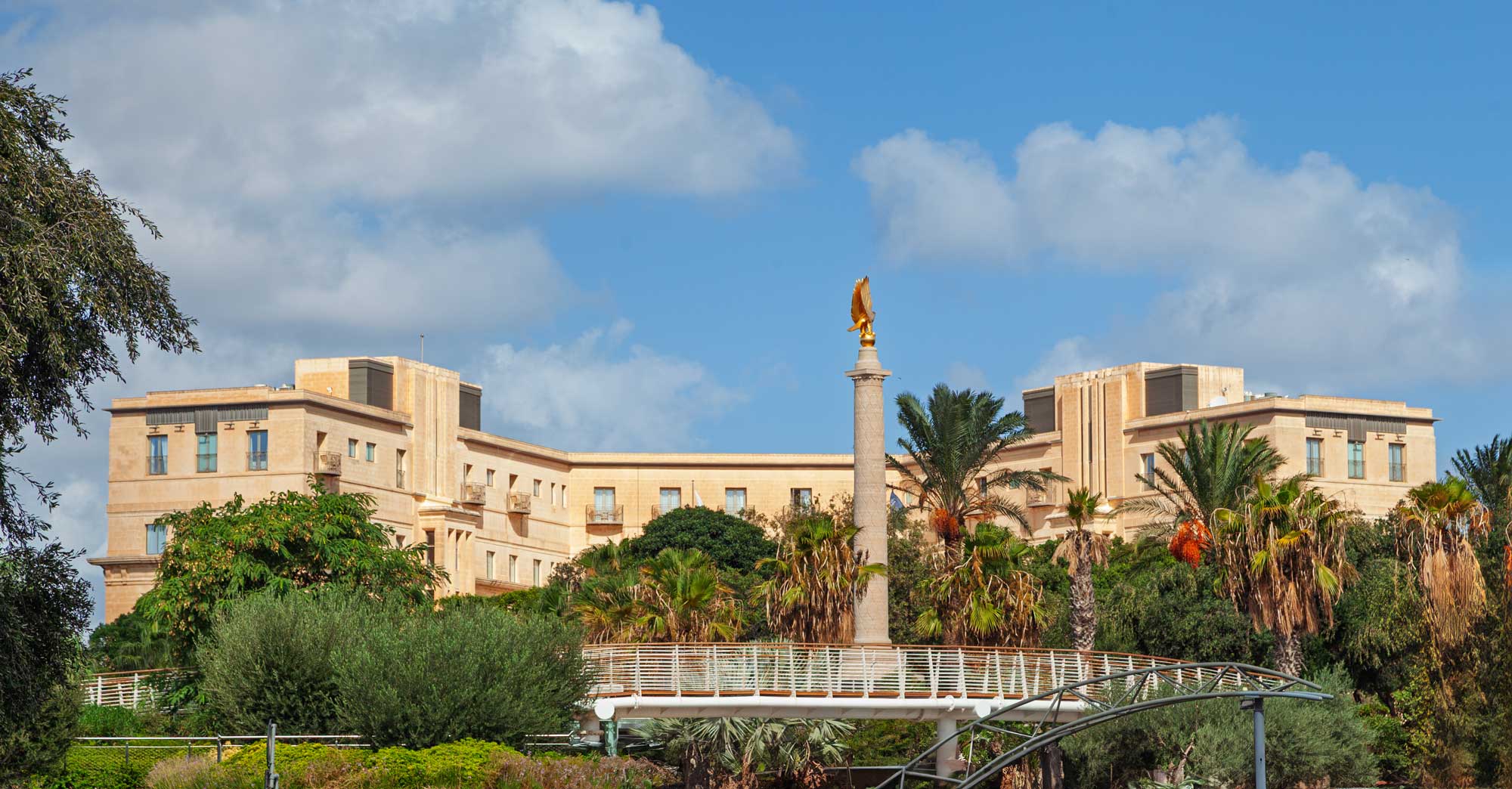
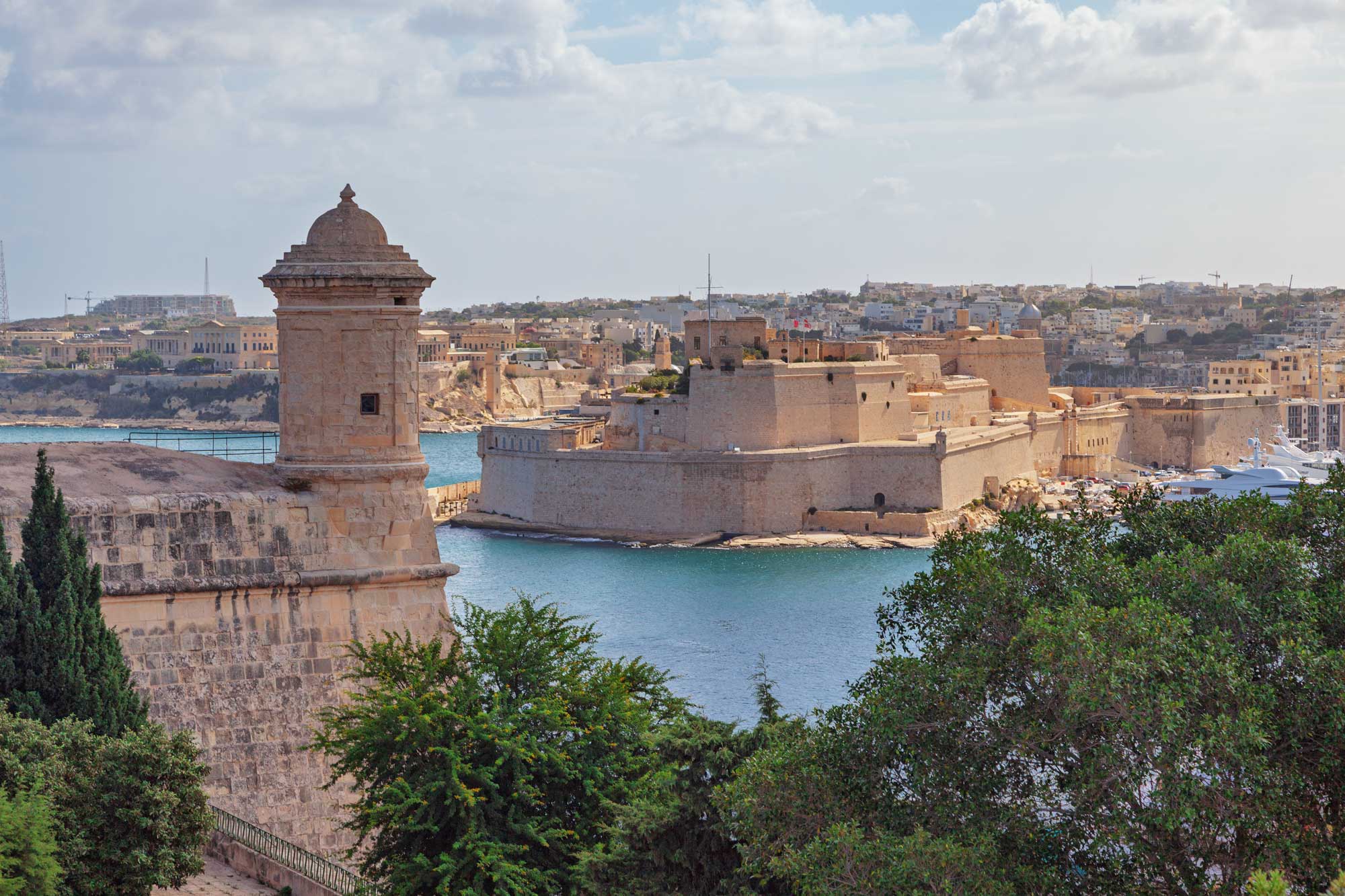
A lift has been erected near to where our ship docked which saves the walk up the steep hill on which the centre of the city lies, but we decided to walk anyway as the queue was very long and only 21 people can fit in the lift at one time.
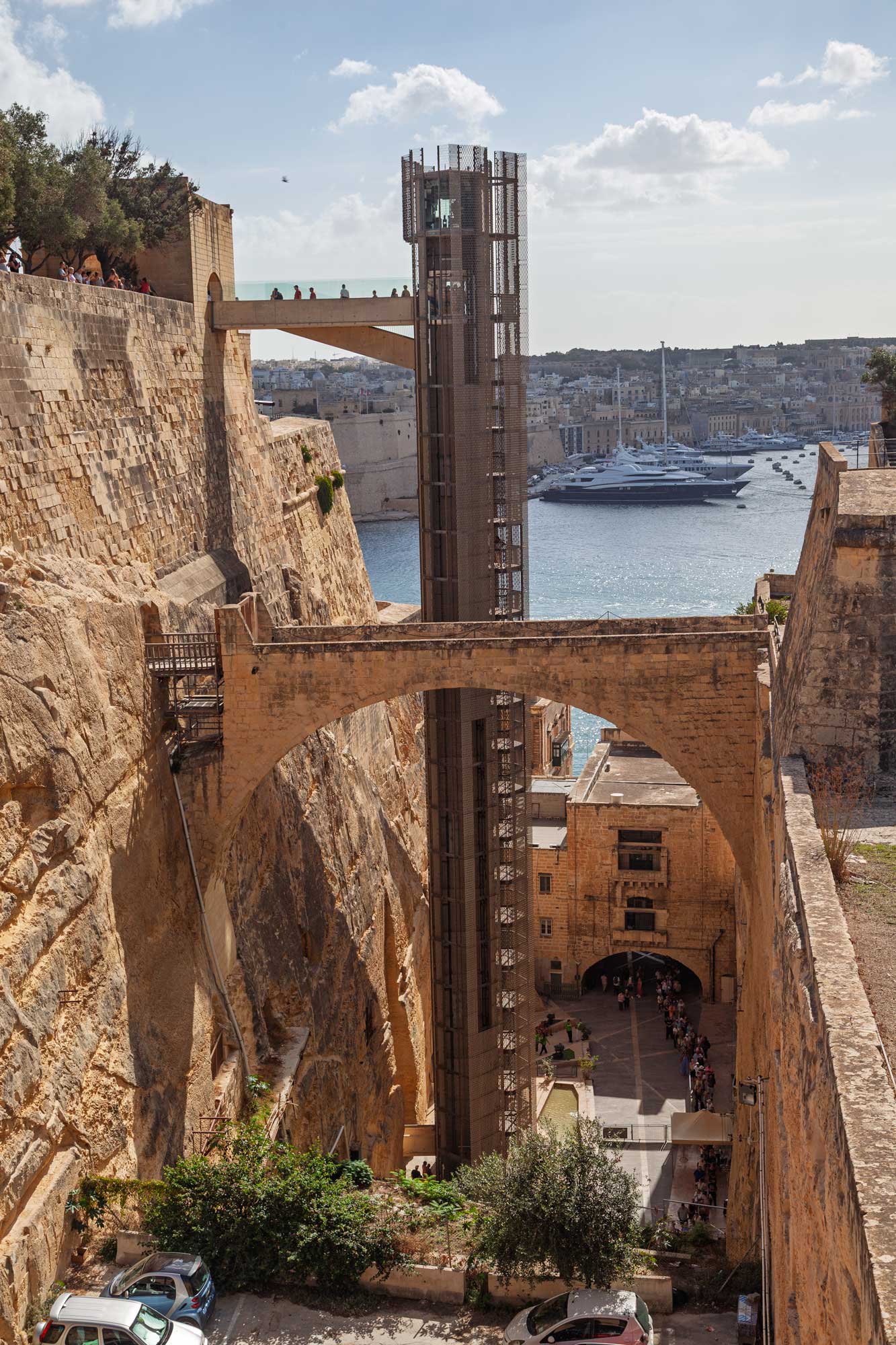
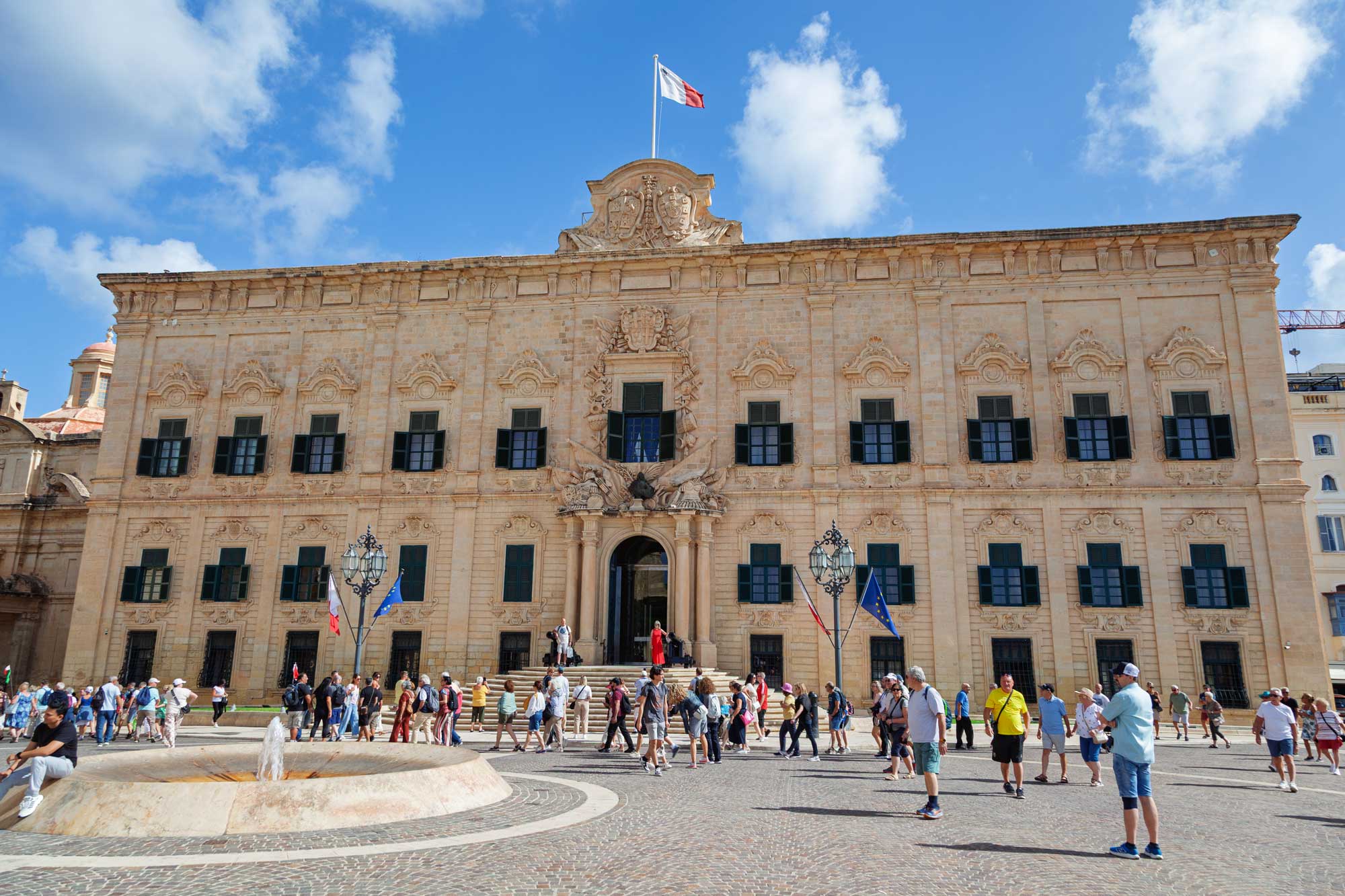
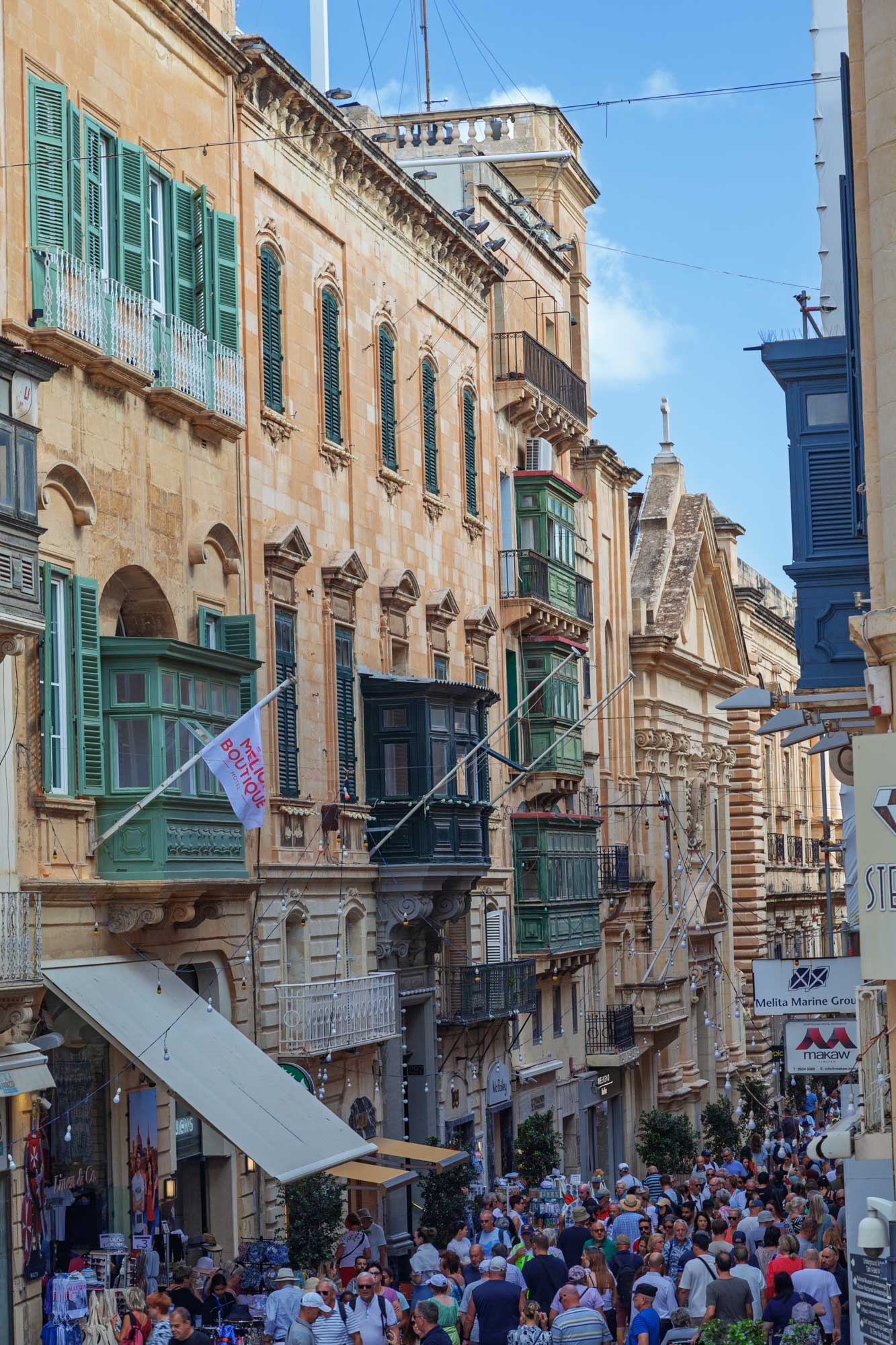
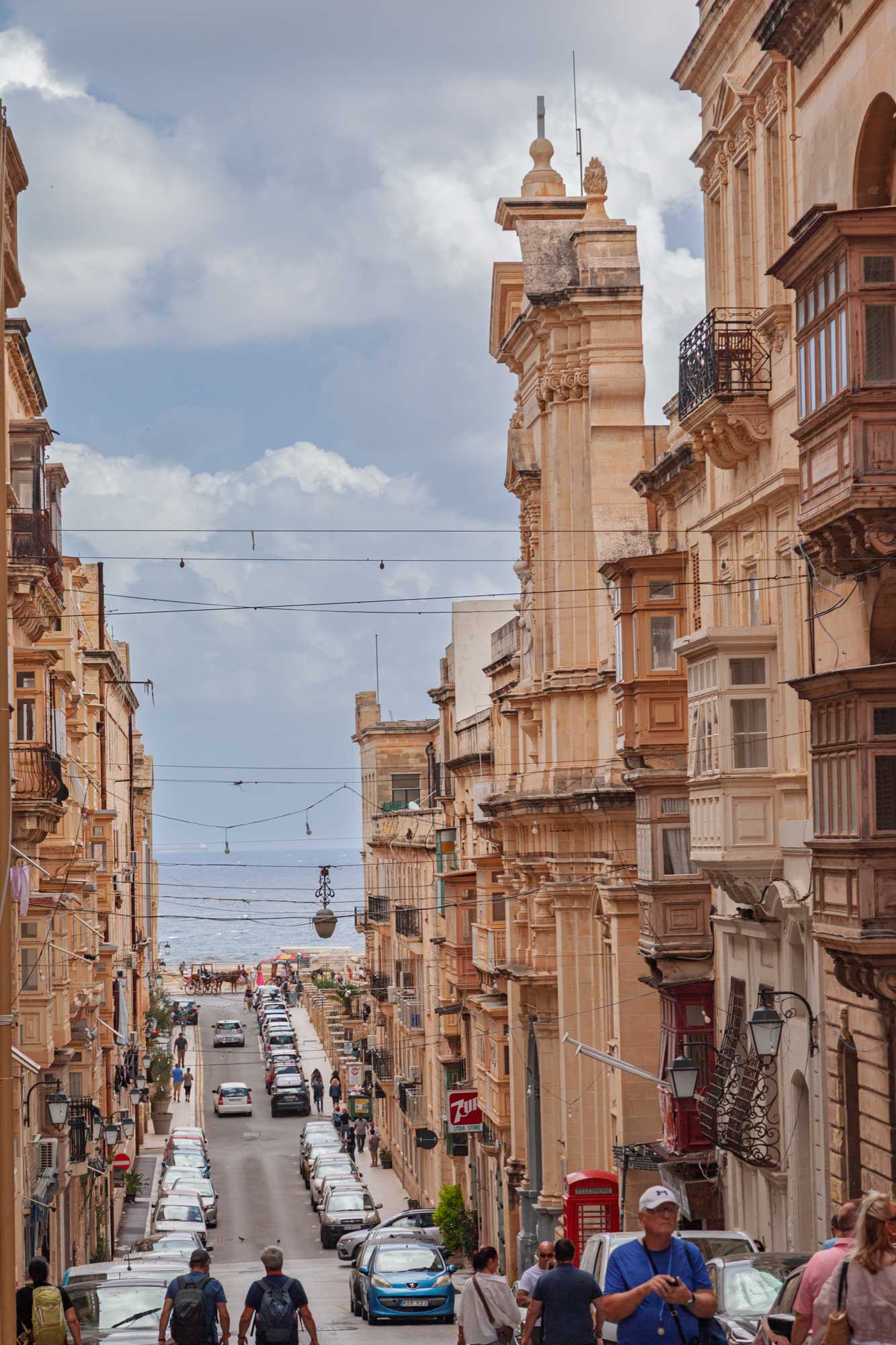
The next photo shows the Triton Fountain.
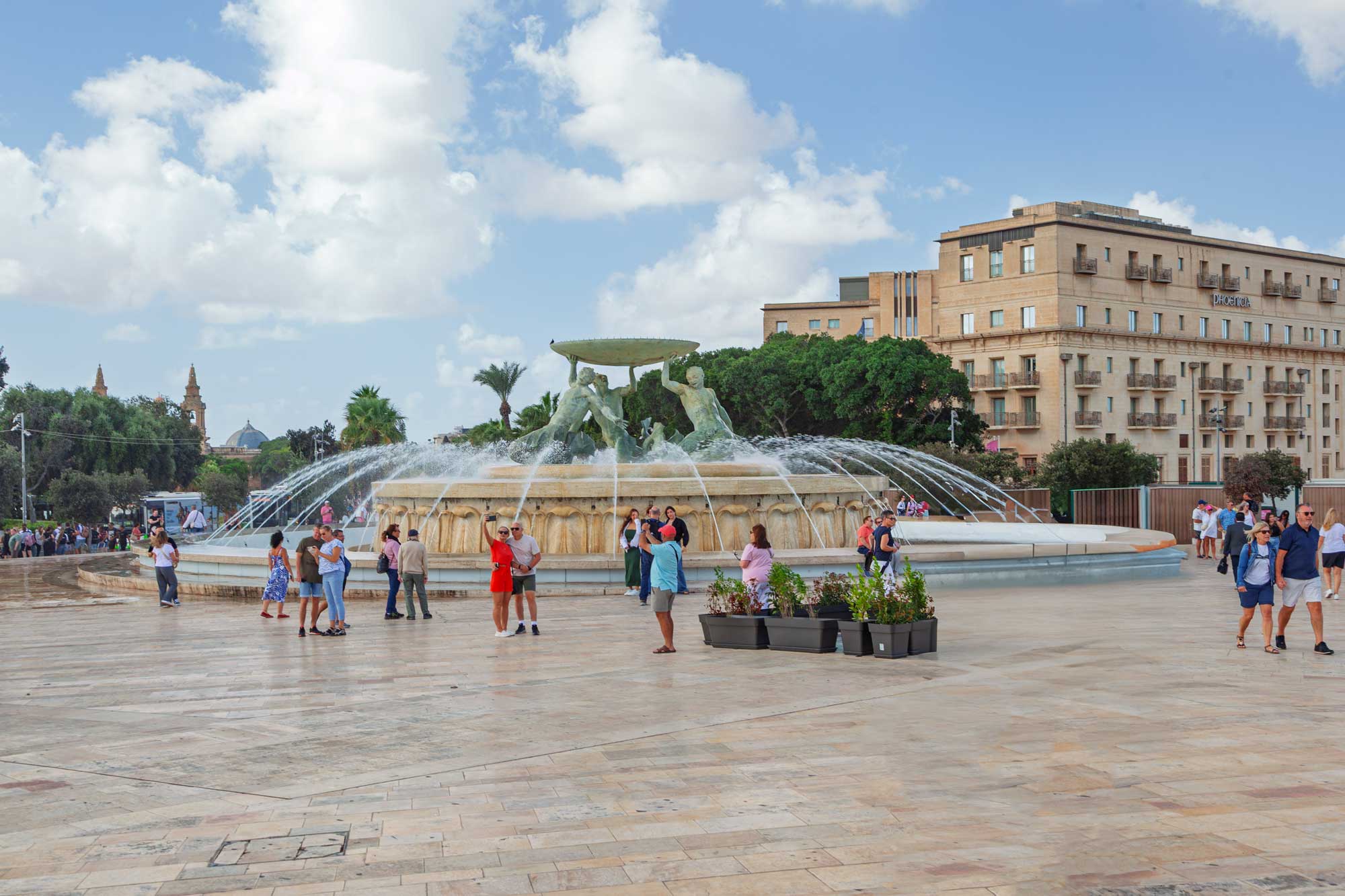
The British influence on the island is plain to see ... particularly the fact that the cars drive on the left and also the red post boxes and telephone kiosks.
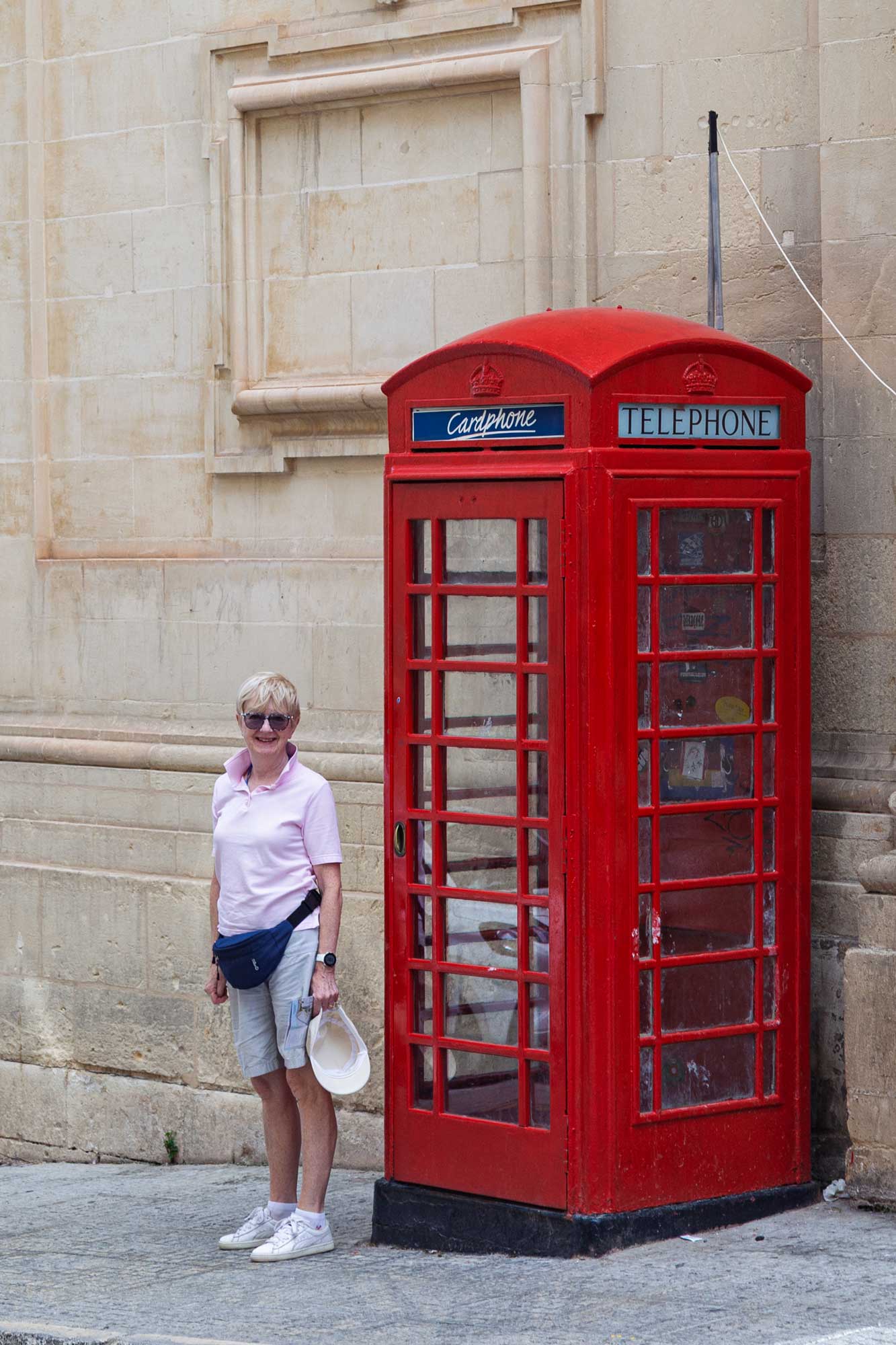
A few photos from our visit to St Elmo's Fort:
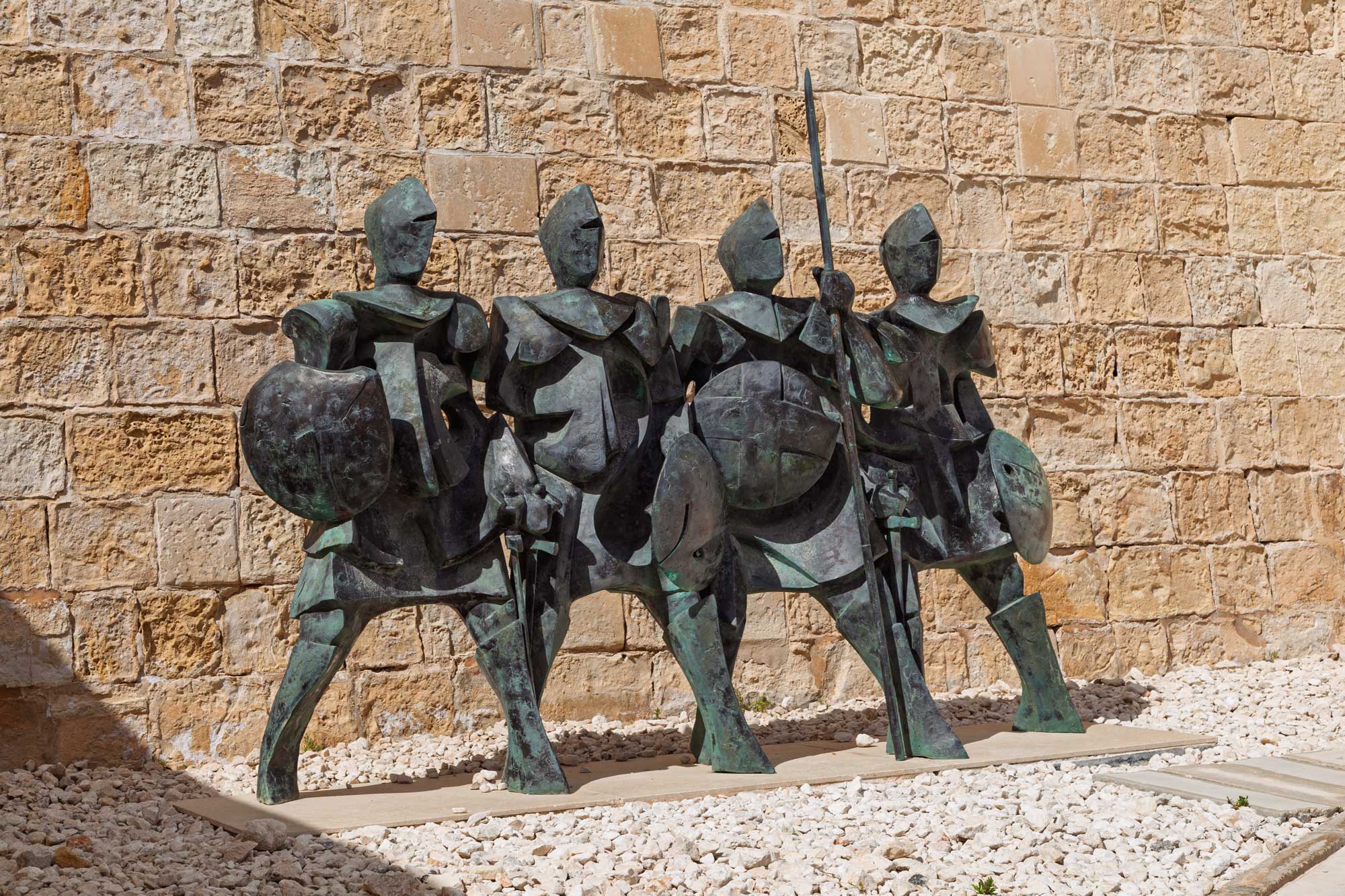
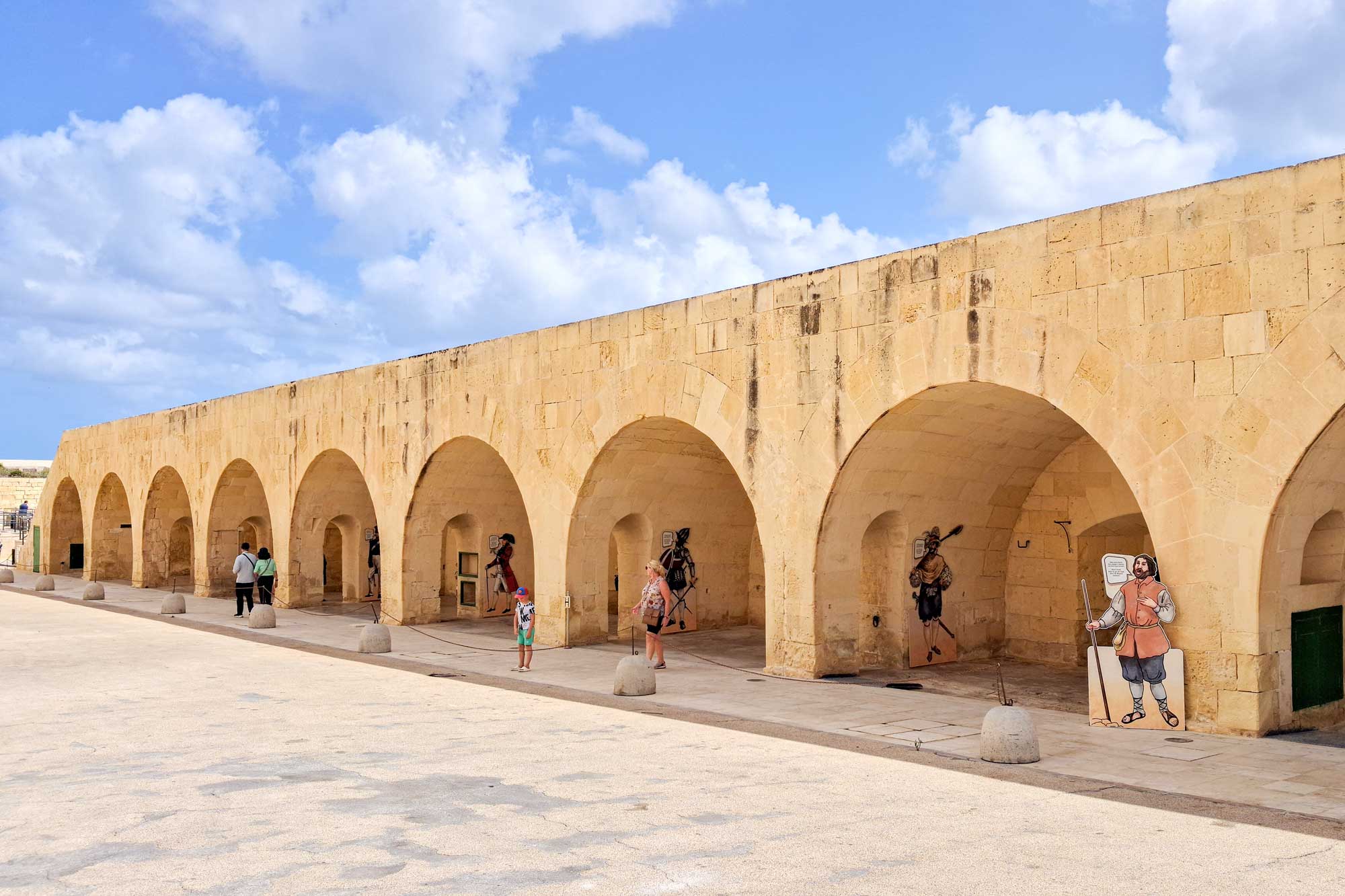
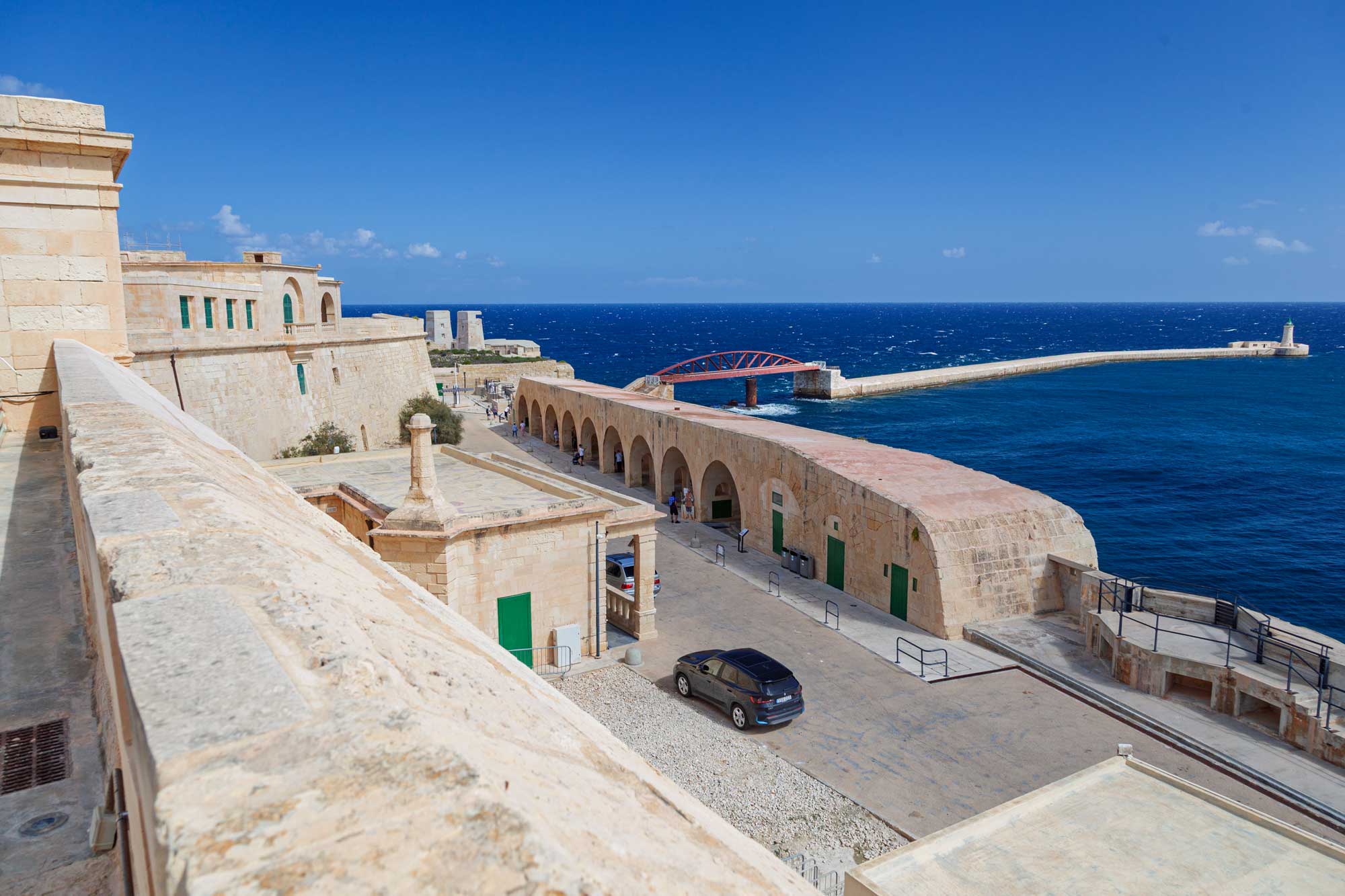
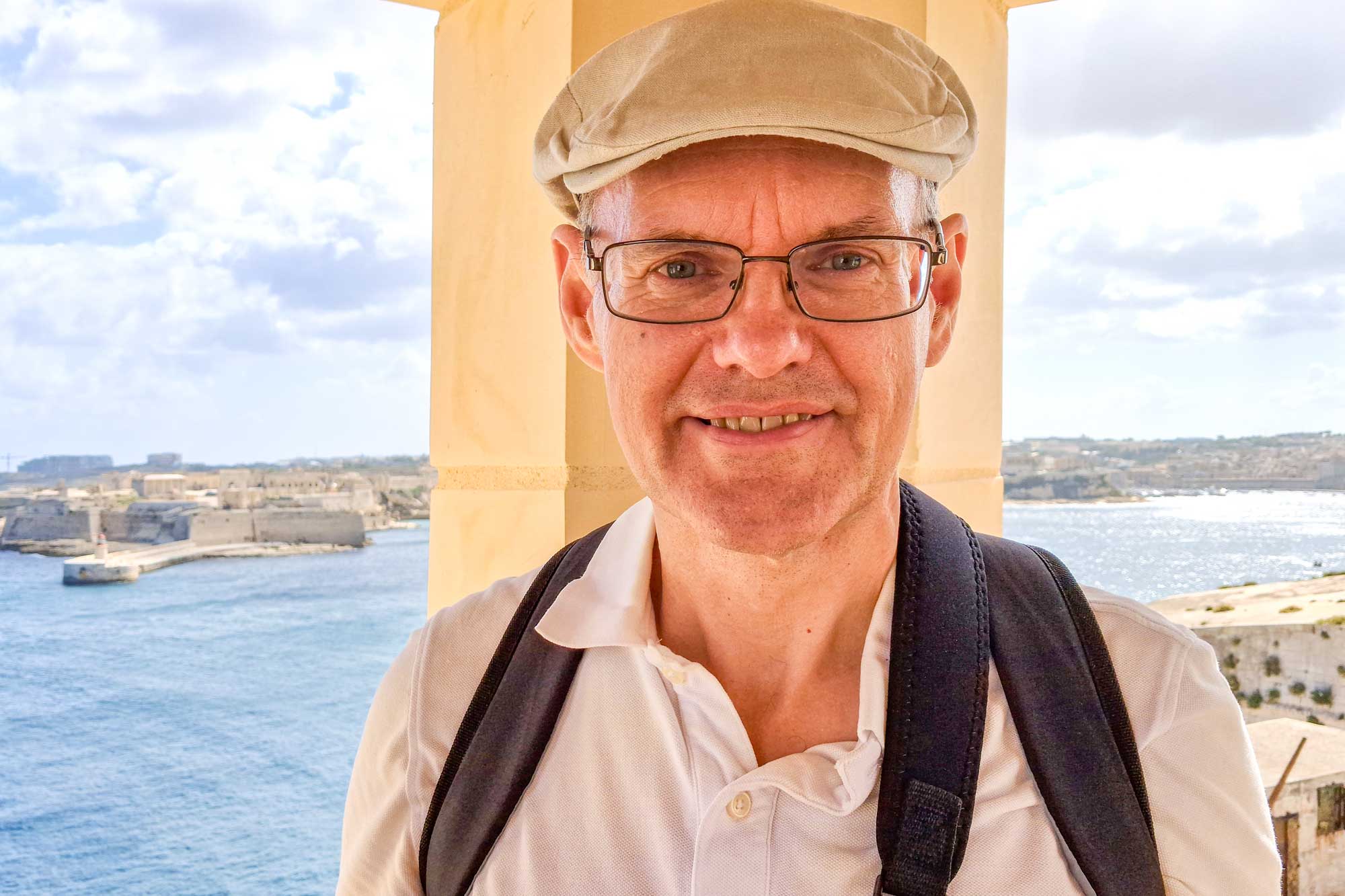
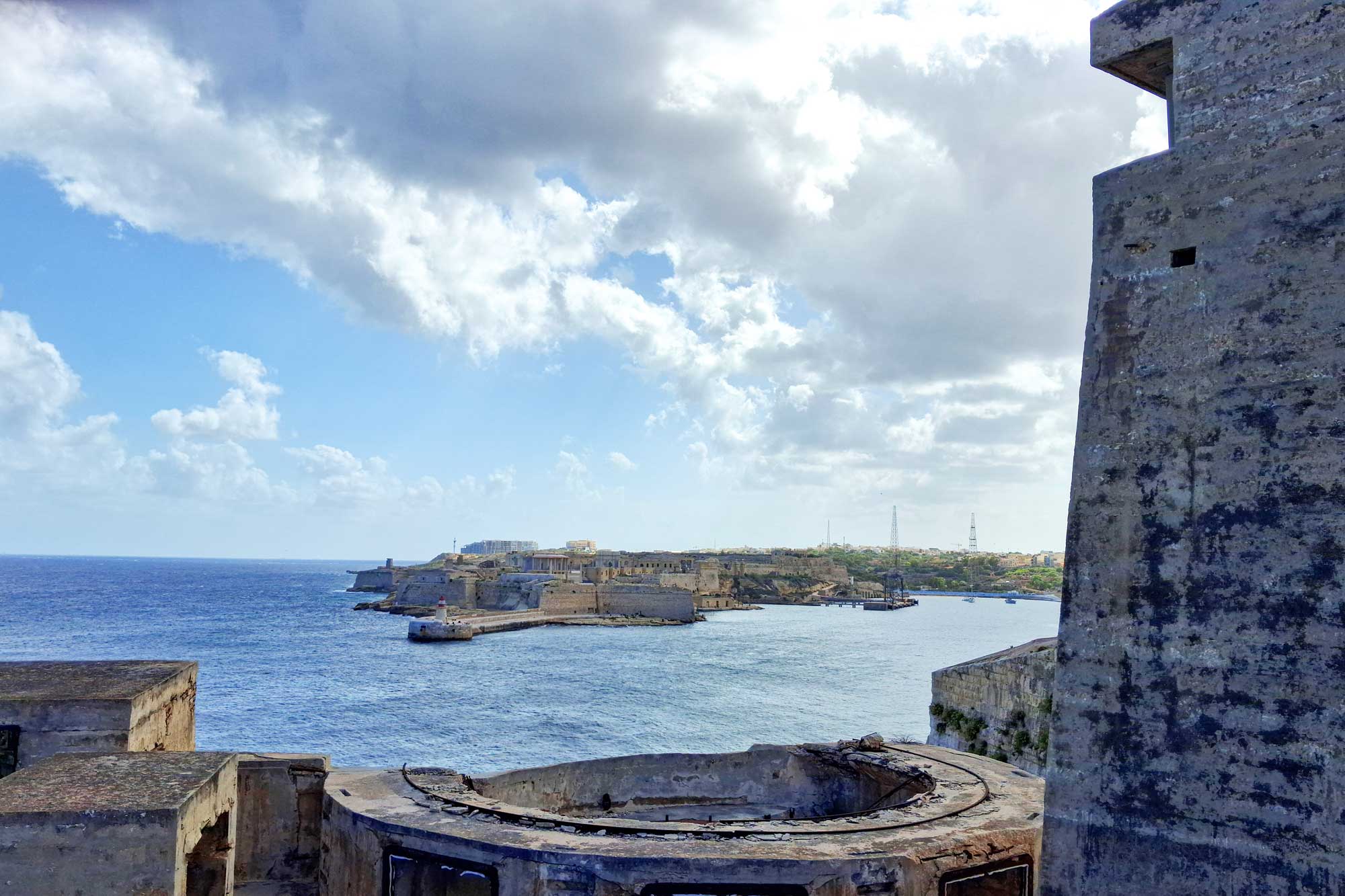
The last couple of photos I took as the ship sailed out of port en route to our next stop which will be Palermo in Sicily.
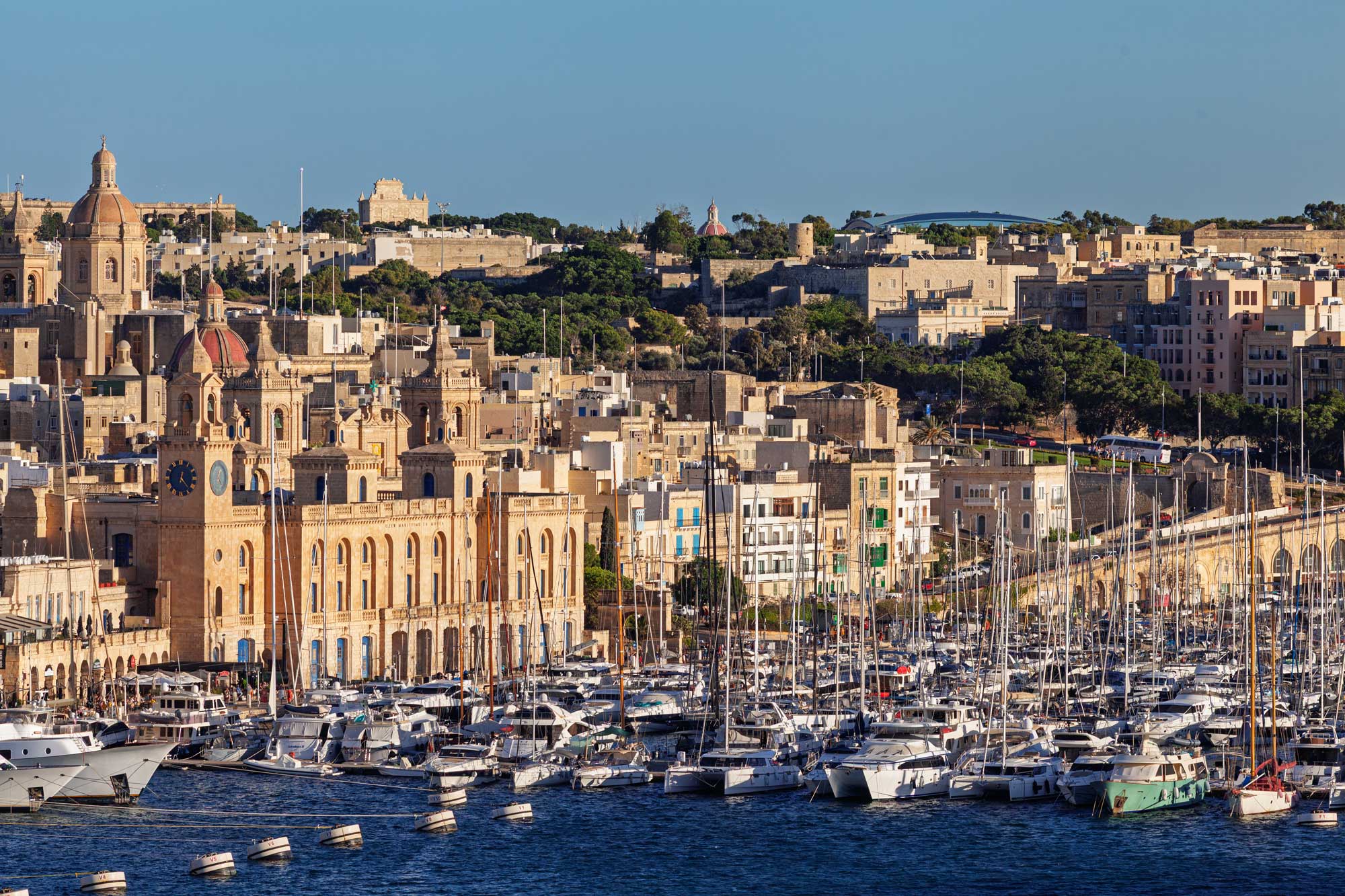
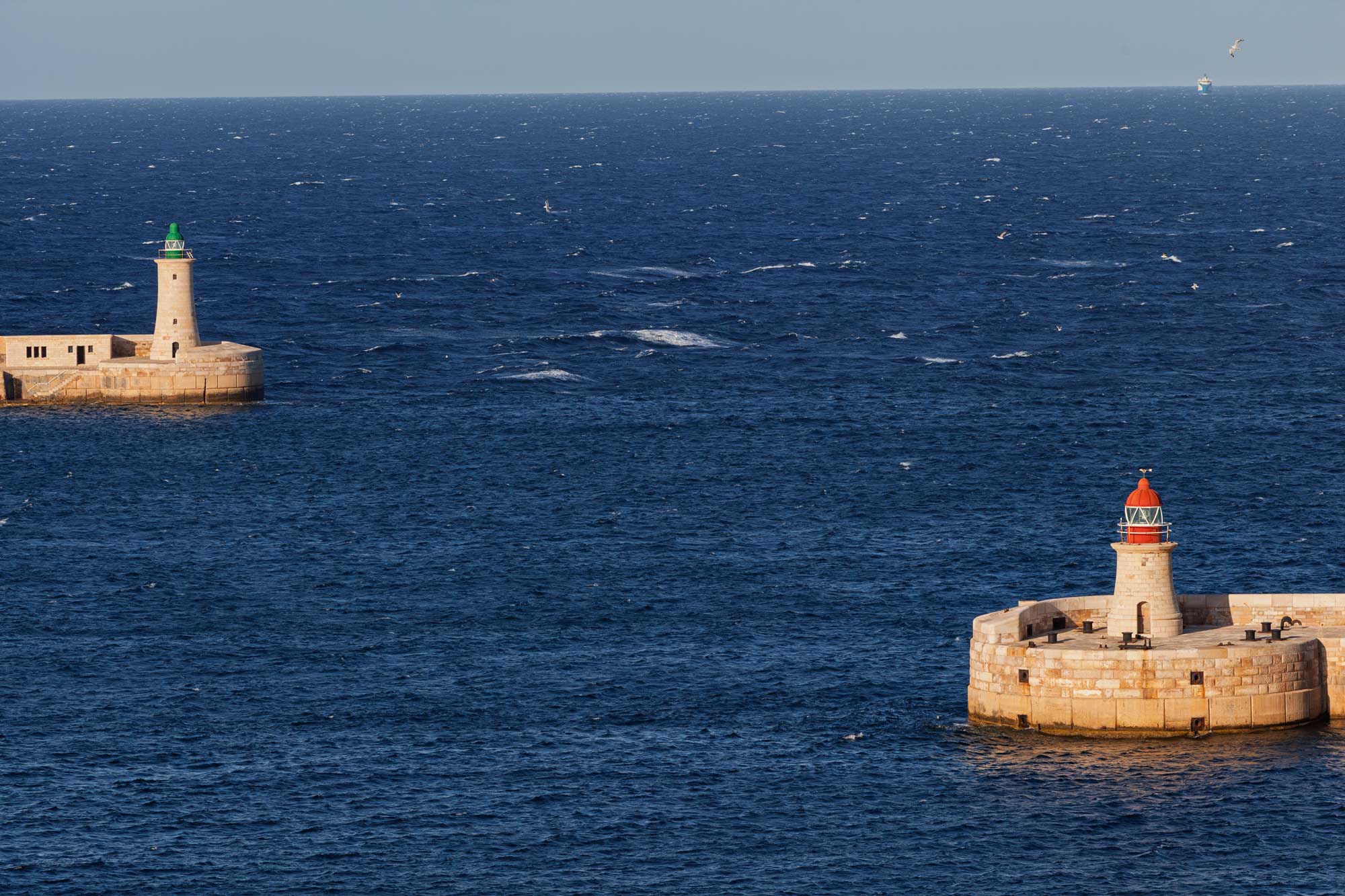
What can I say about Palermo?
It is a city. It is in Italy. It has traffic. It has places to which all the tourists flock and to which the natives have no regard whatsoever. The tourist touts plug the "attractions", but it is a city, it is in Italy and it has traffic. They do their best.
I'm looking forward to Cadiz!
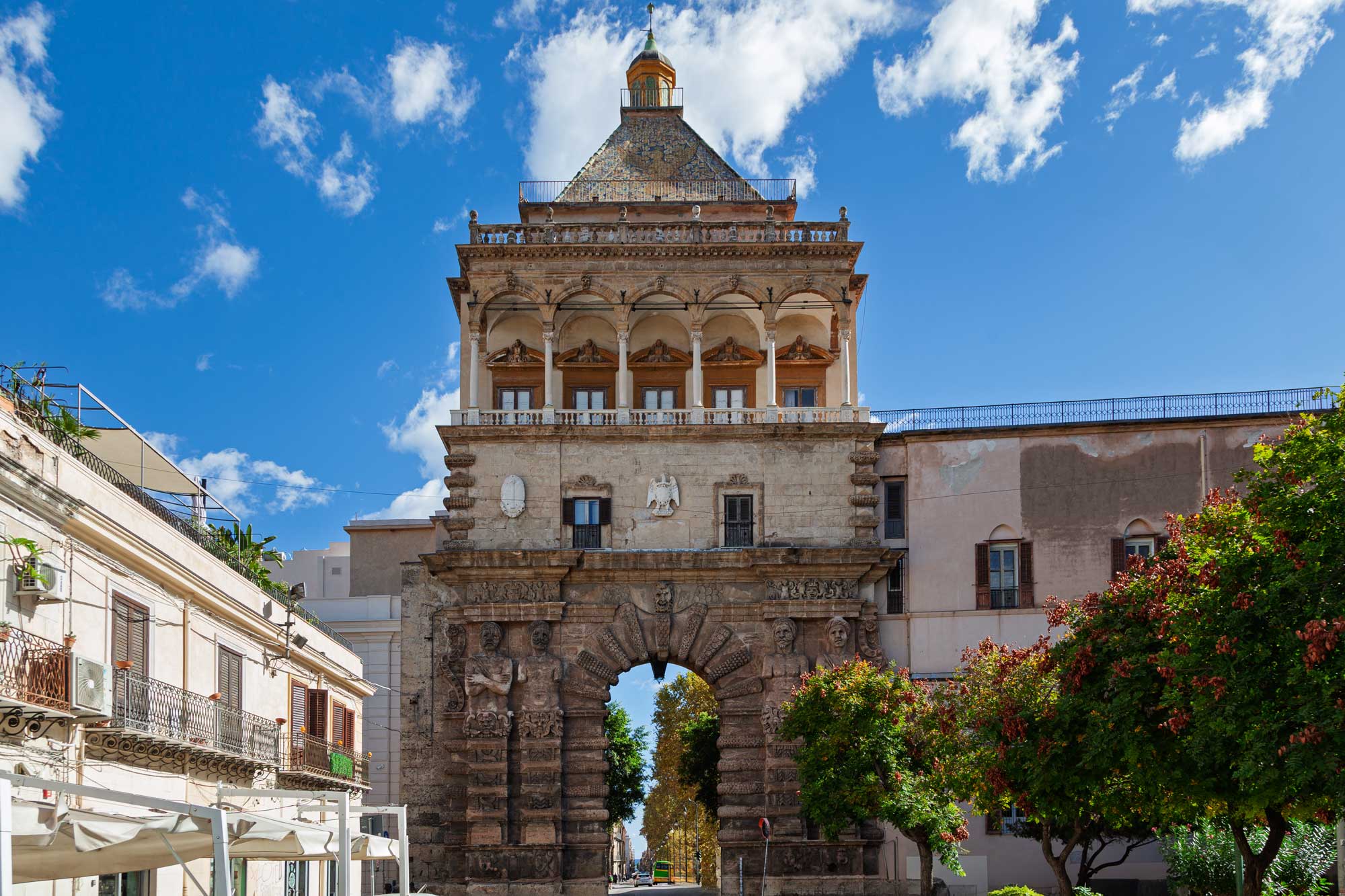
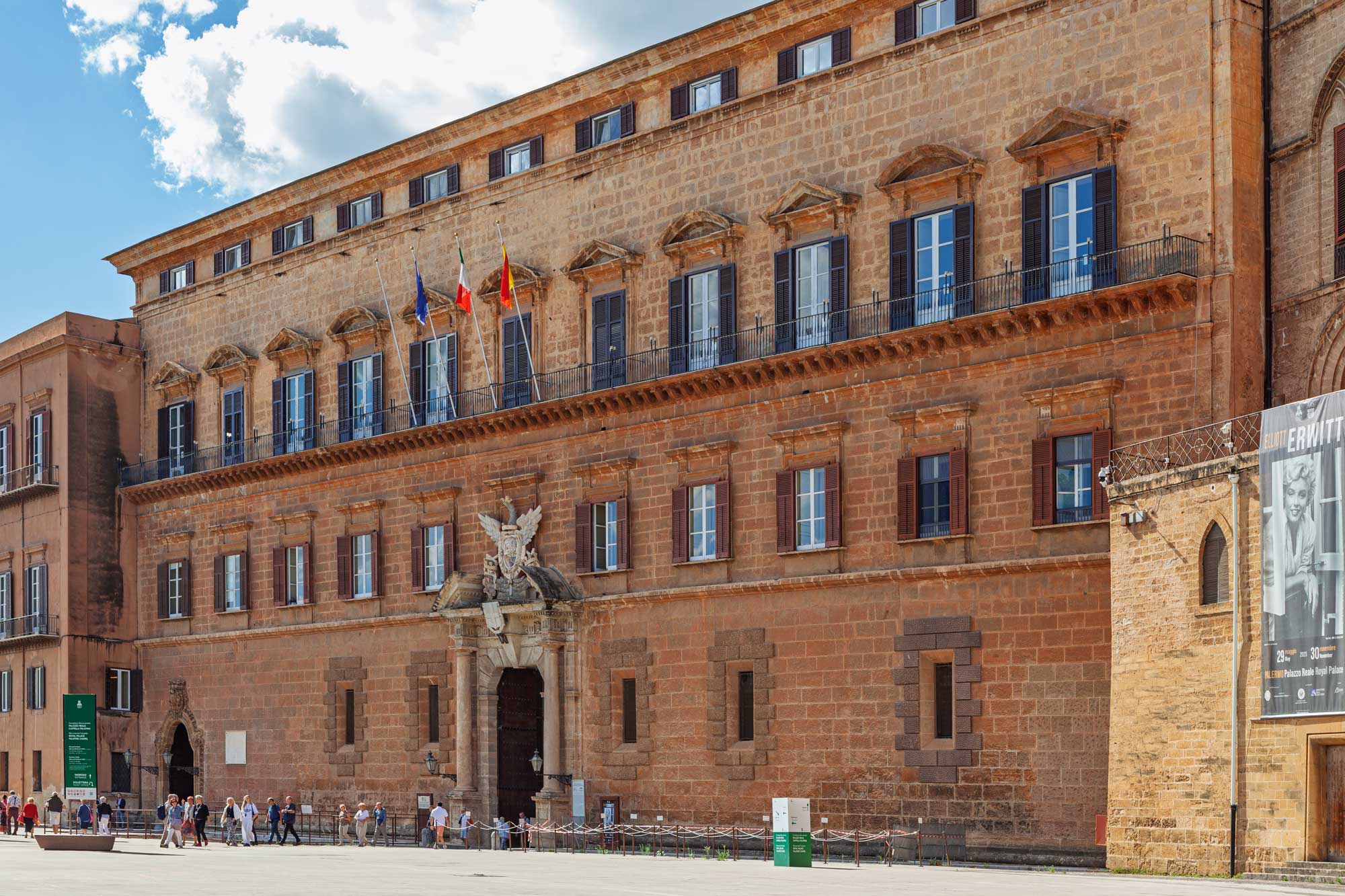
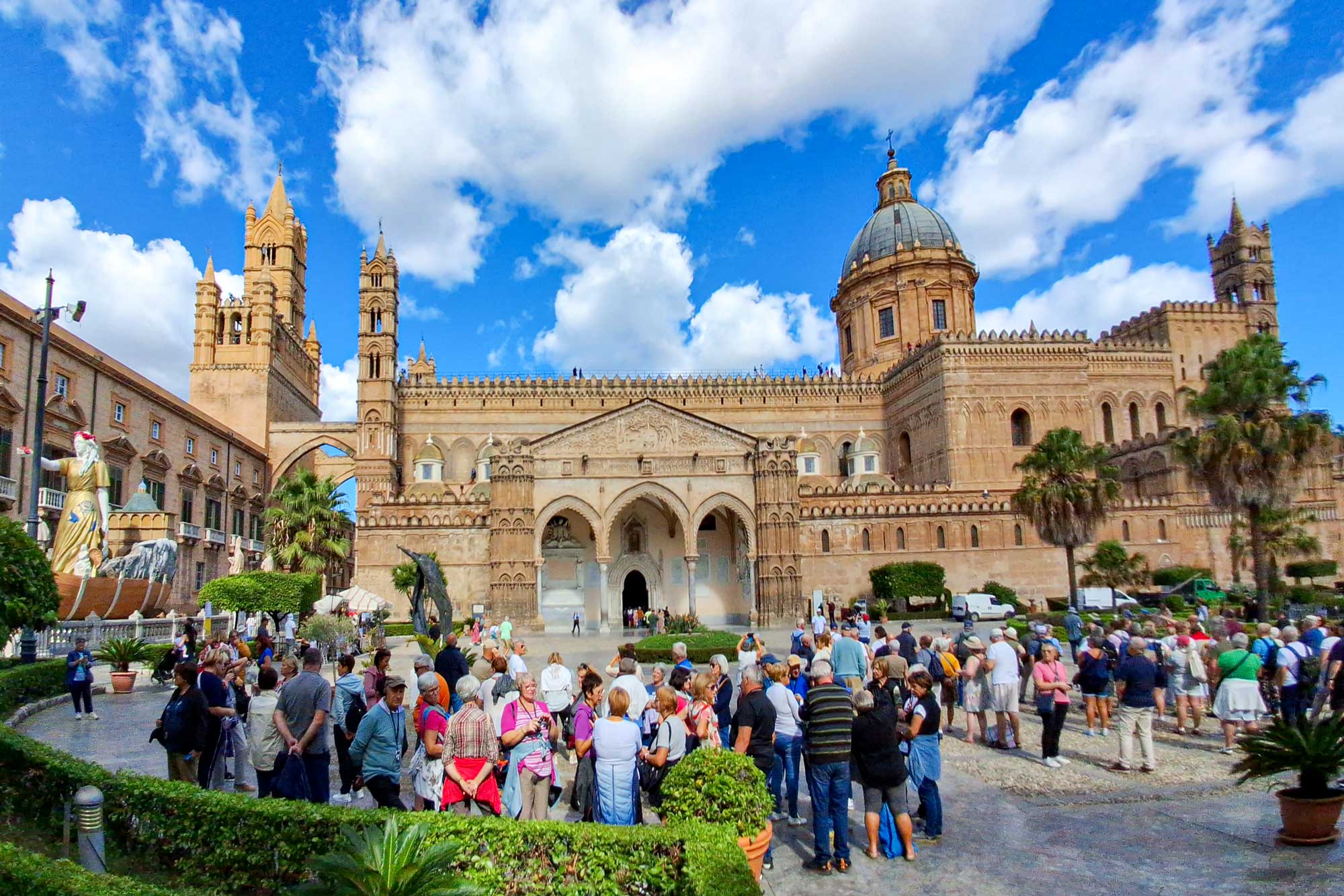
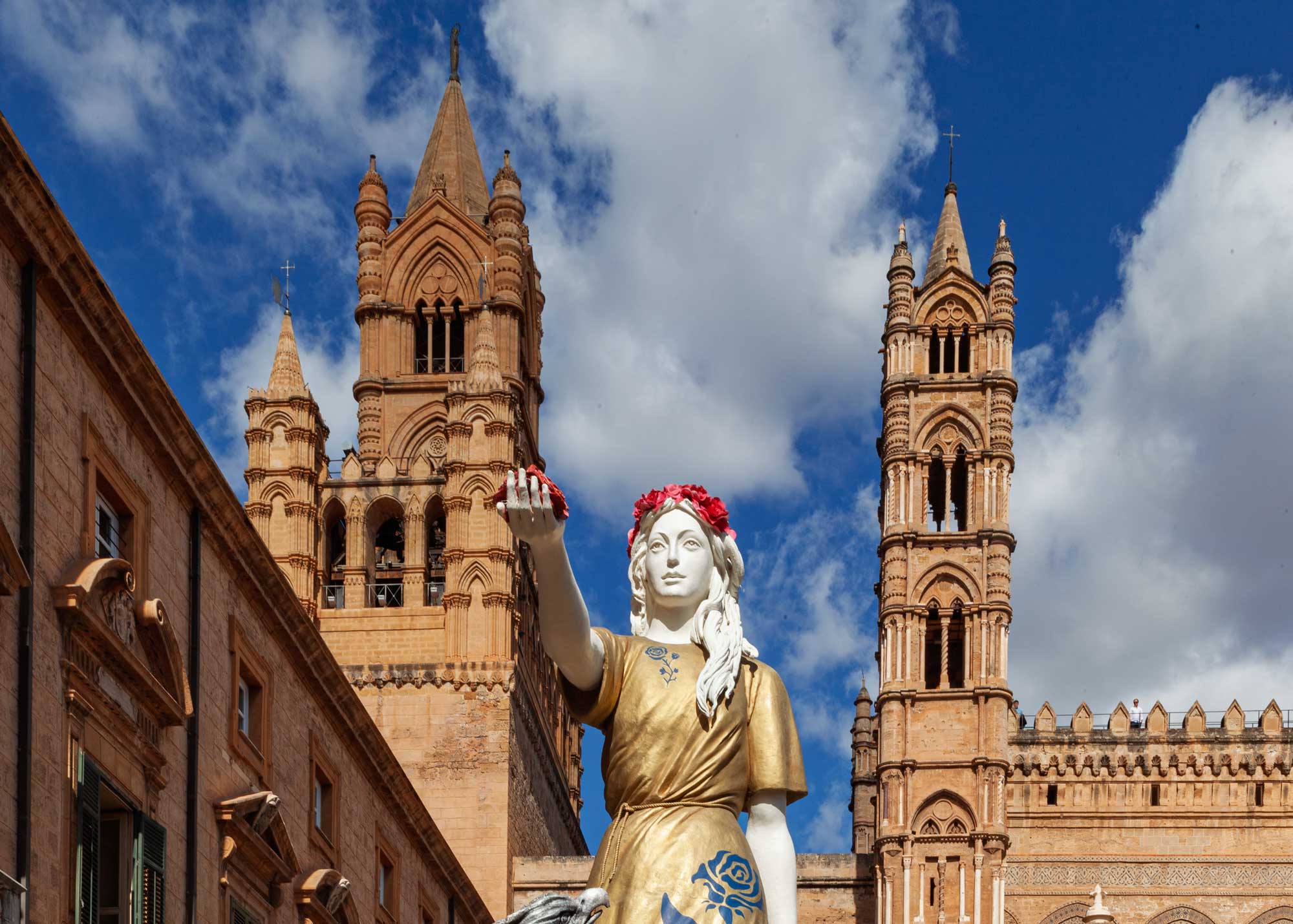
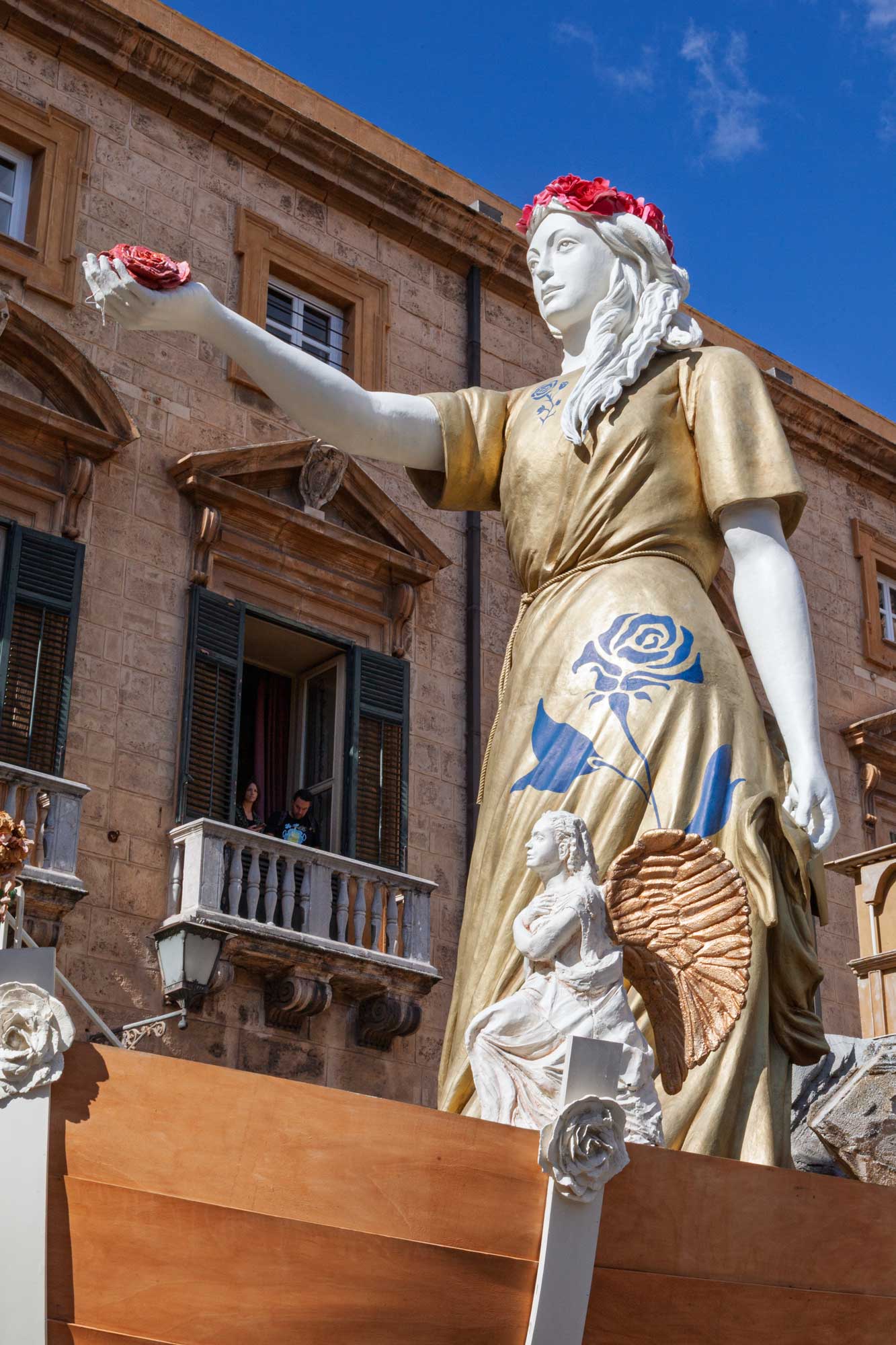
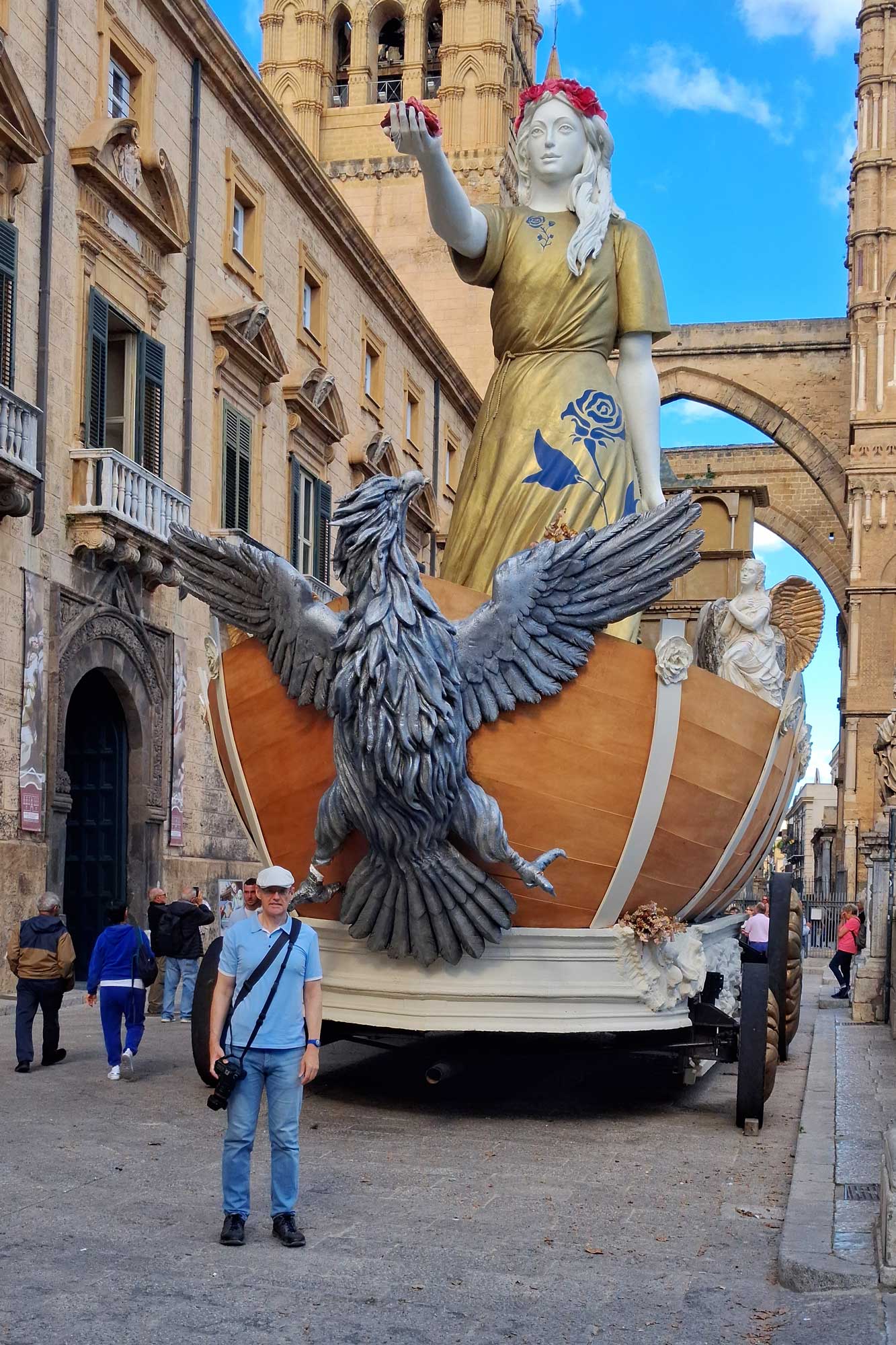
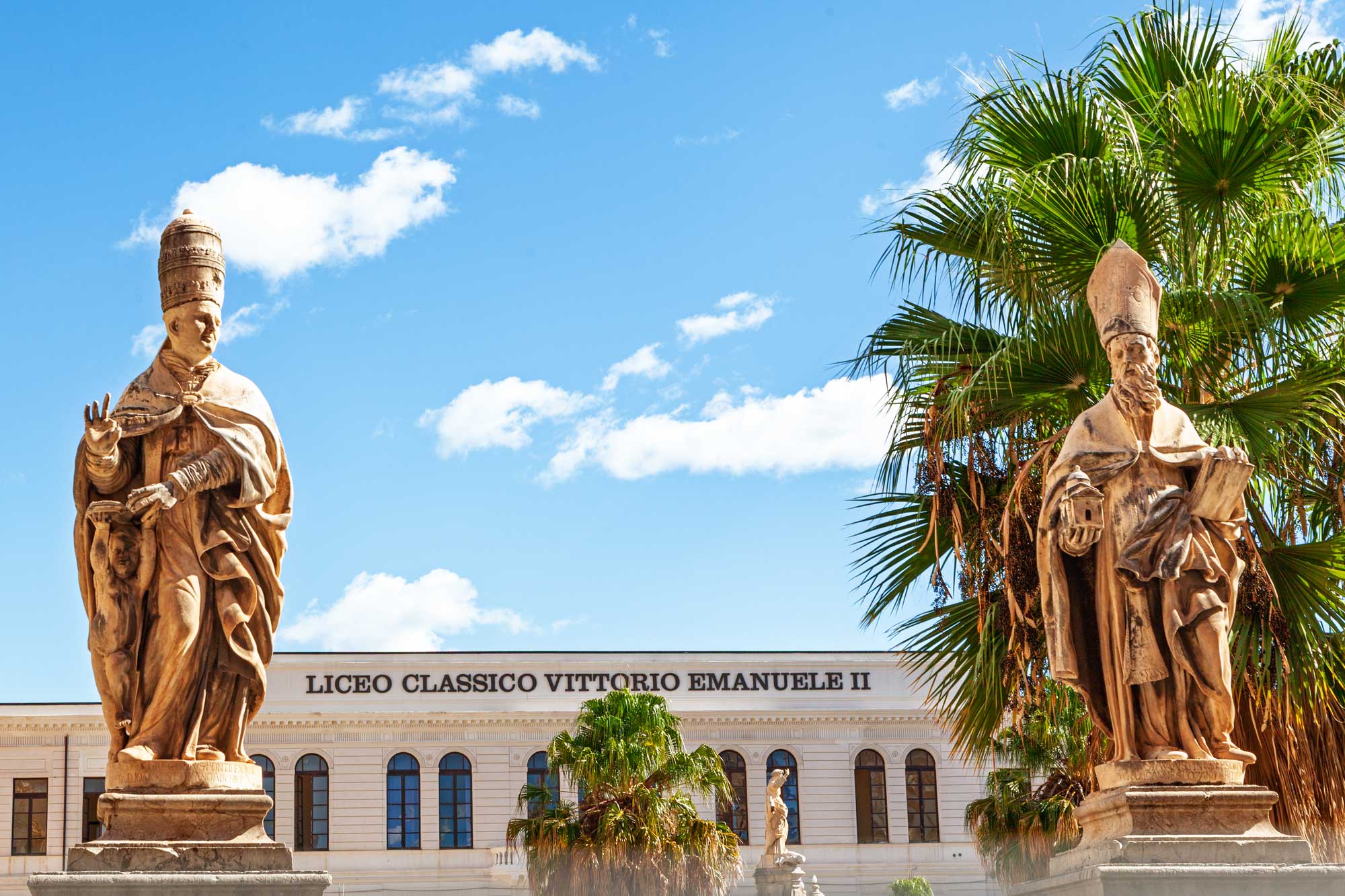
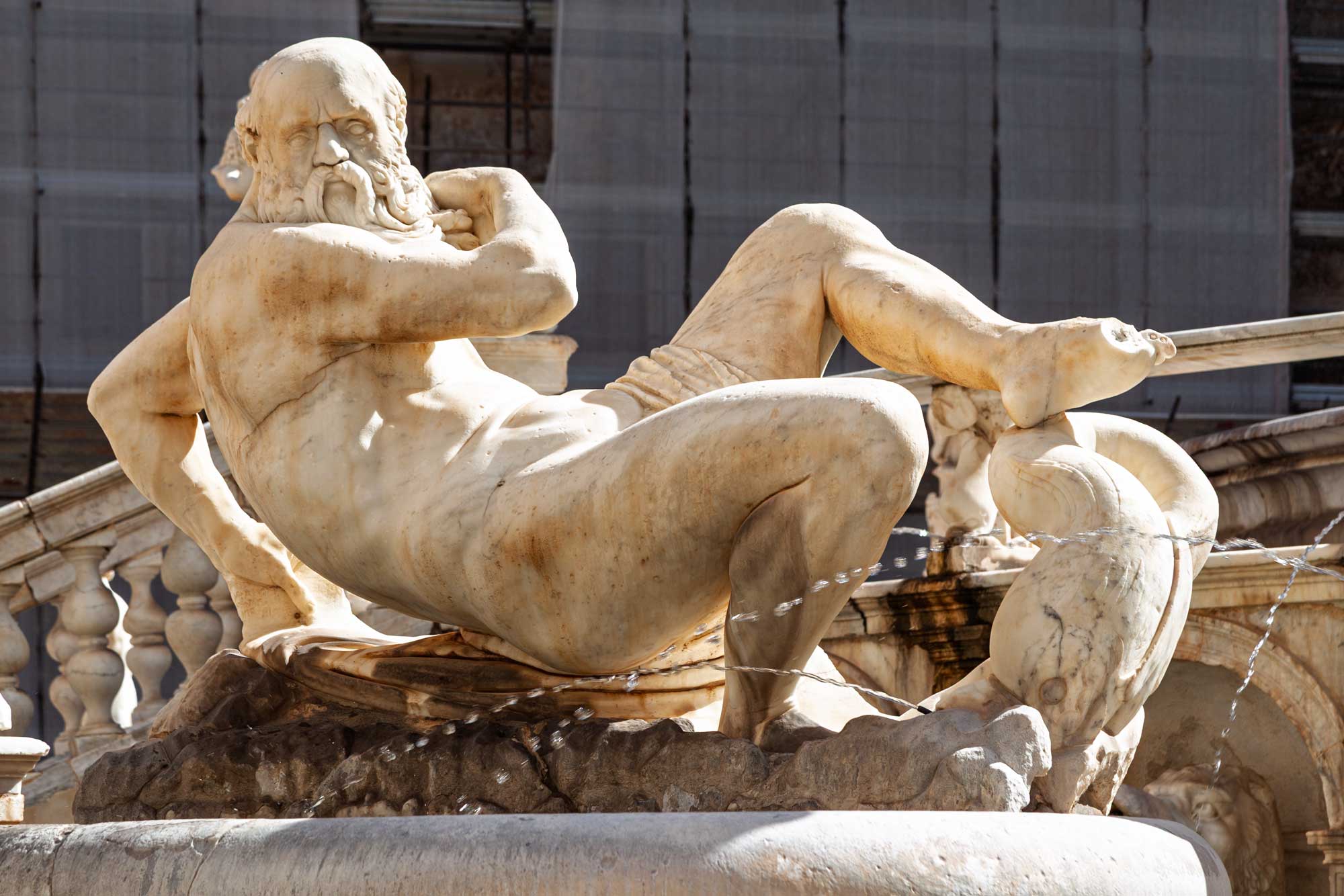
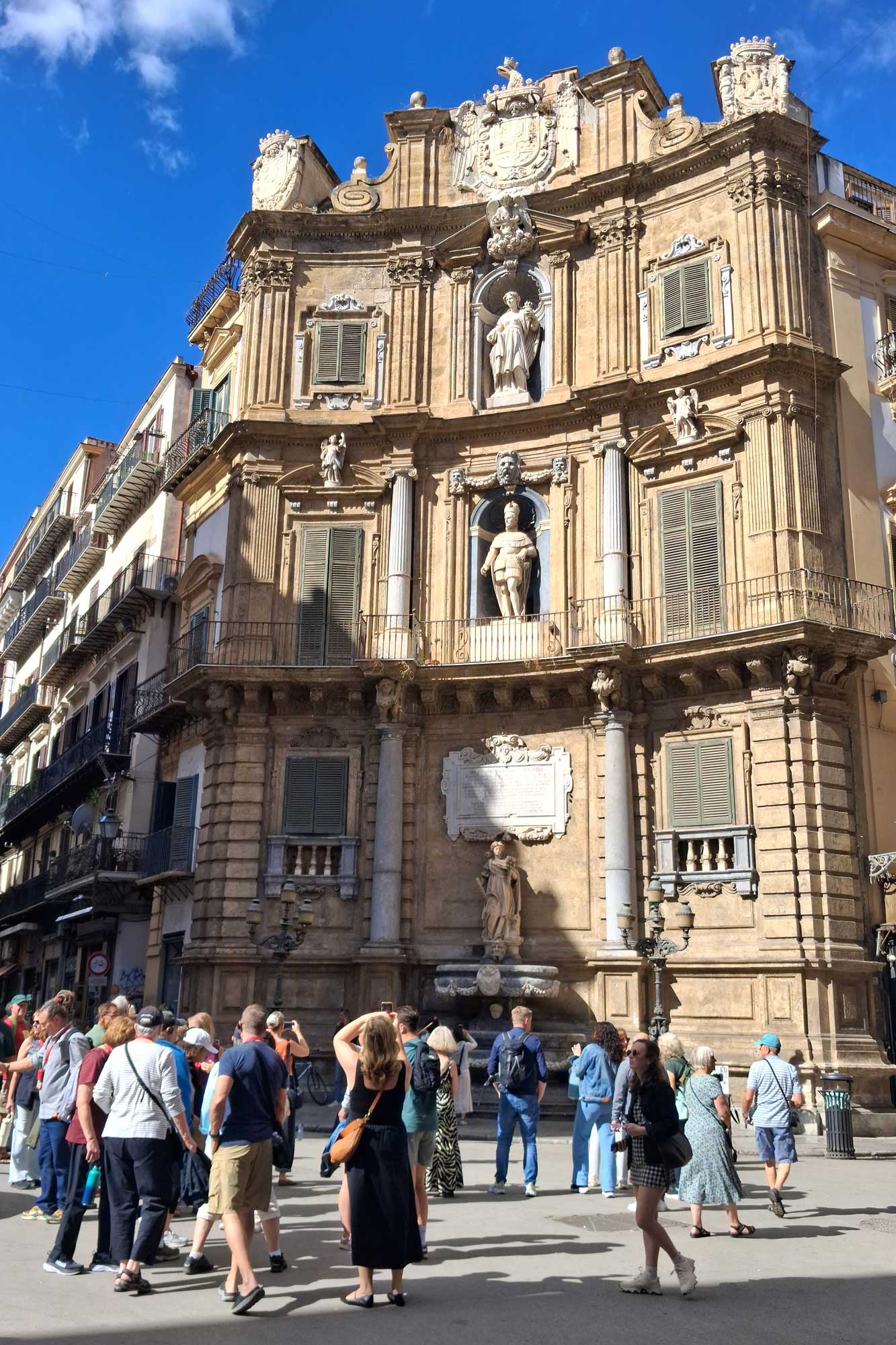
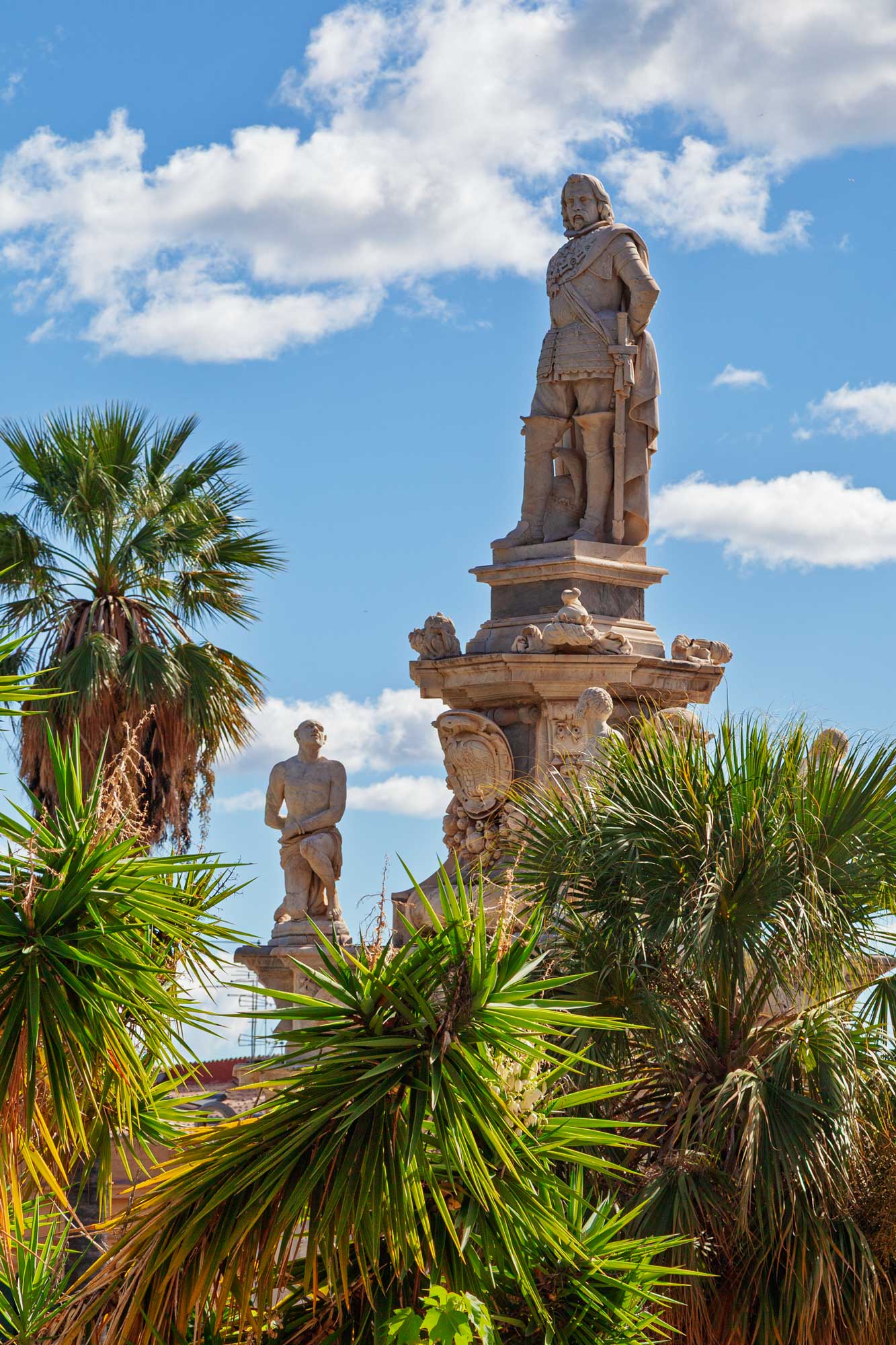
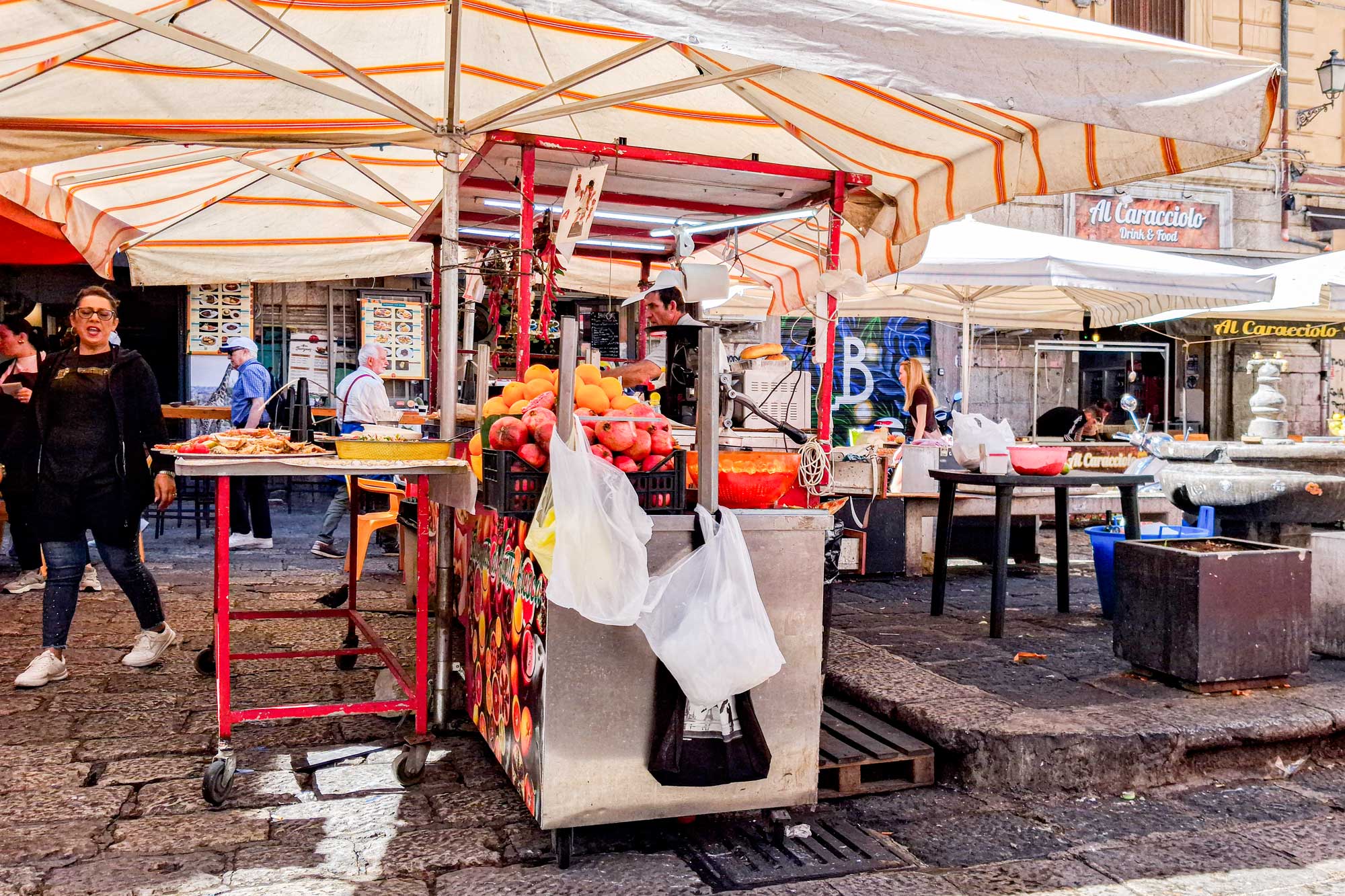
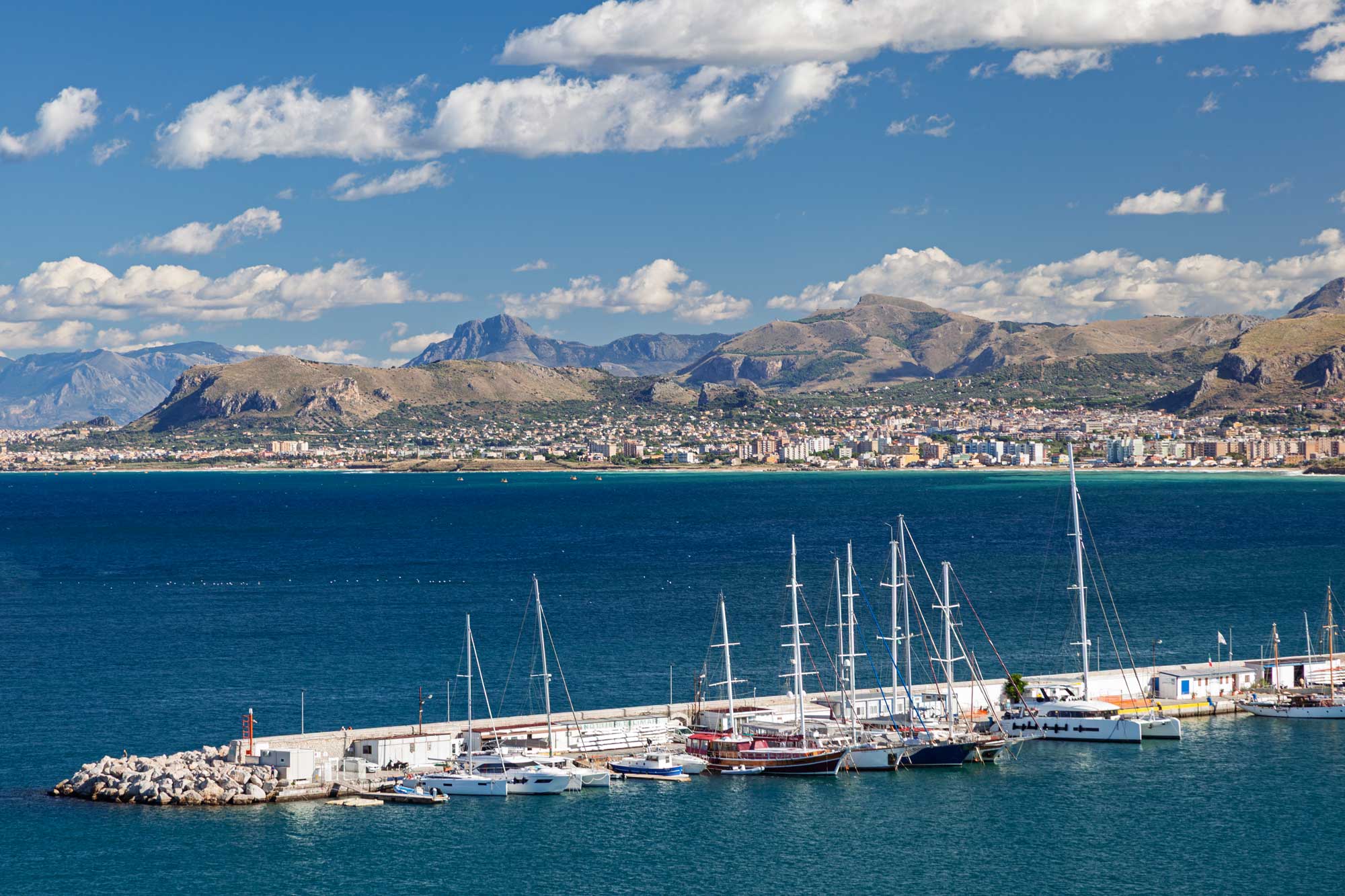
We are at sea today and tomorrow before landing in Cadiz on Friday, so I thought I'd share some photos from around the ship.
First of all, some of our cabin. We are in L217 which is on Deck 16. It's very handy as it's the same deck as the World Fresh Market which is a buffet style dining room where we have our breakfast and lunch and which we also go for our evening meal if we decide that we don't want to dine in the more formal dining rooms that are available (we might do this if, for example, there is a show we want to go to and it might be pushing it a bit to eat in the formal dining room and getting out in good time for the show ... because it takes much longer to get through the various courses in the main dining areas because it's waiter service rather than self-service.)
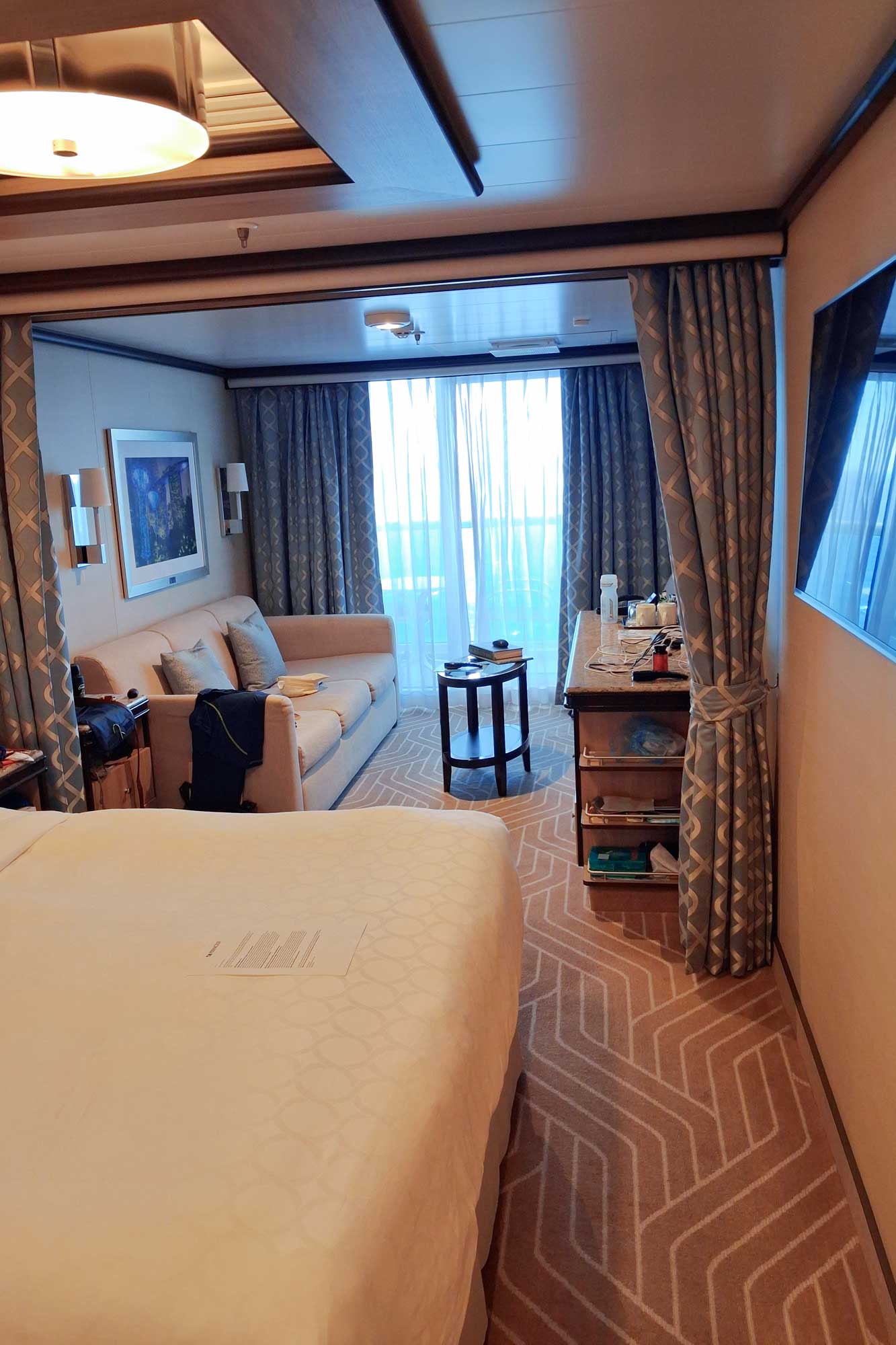
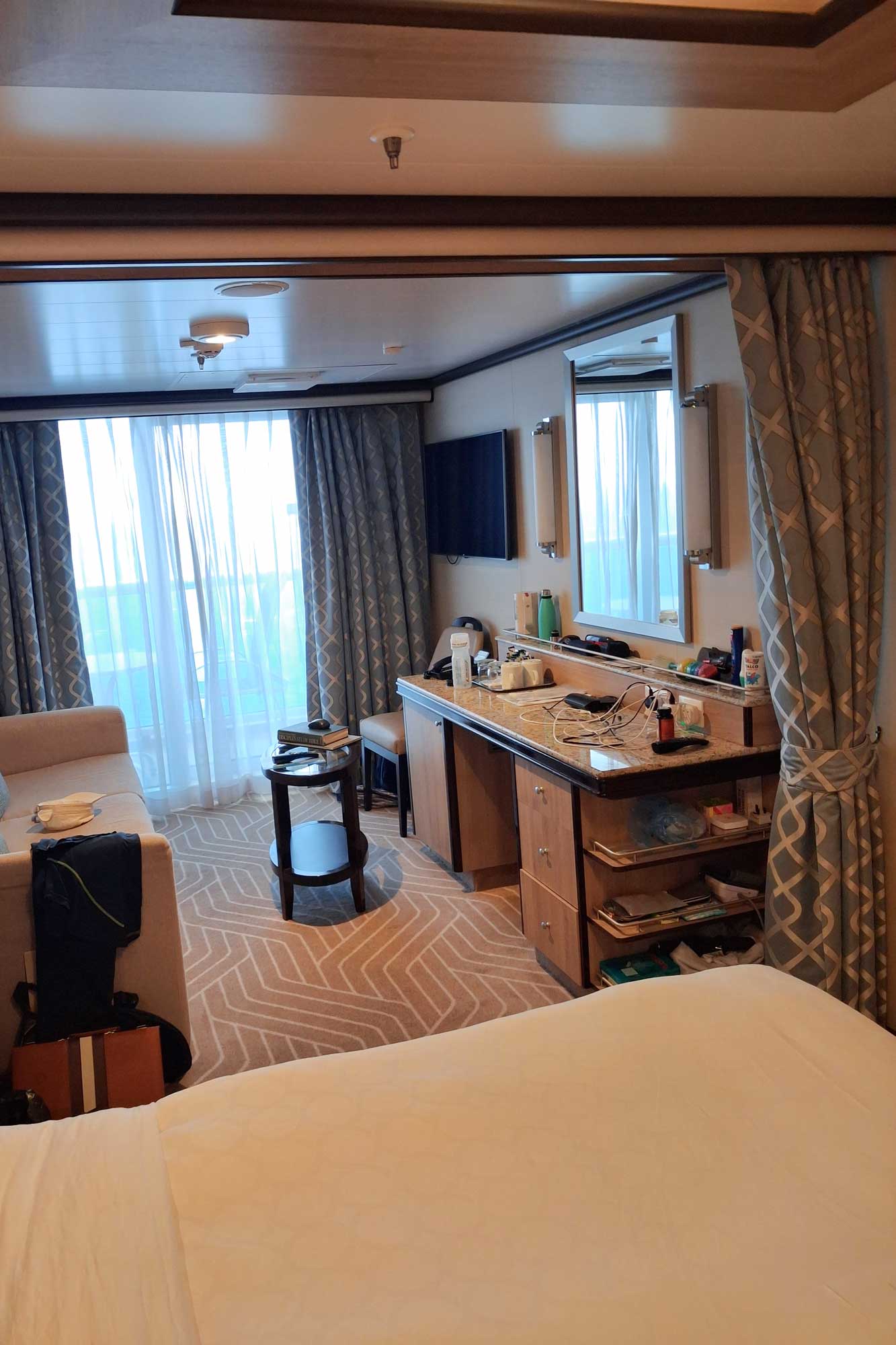
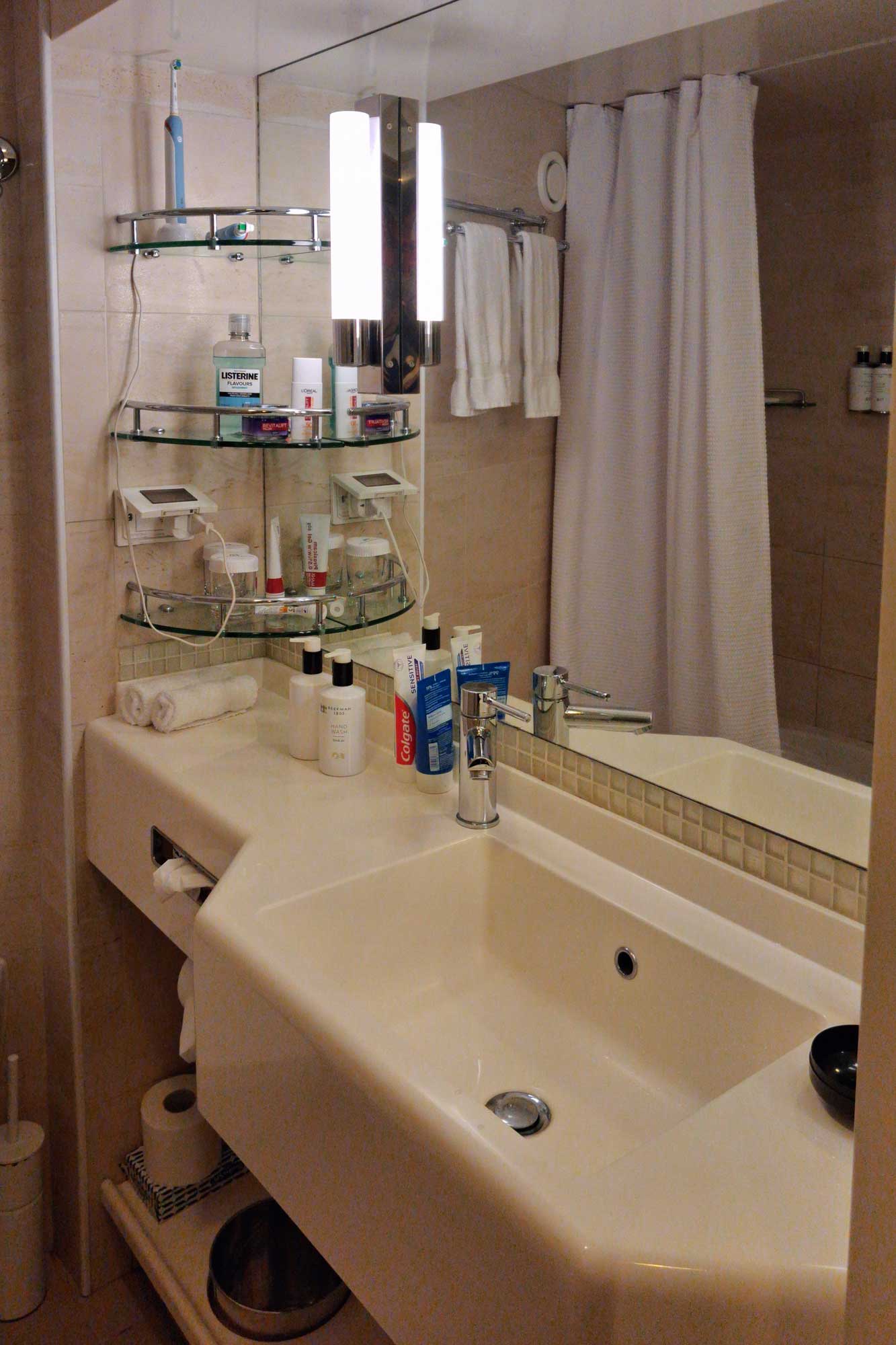
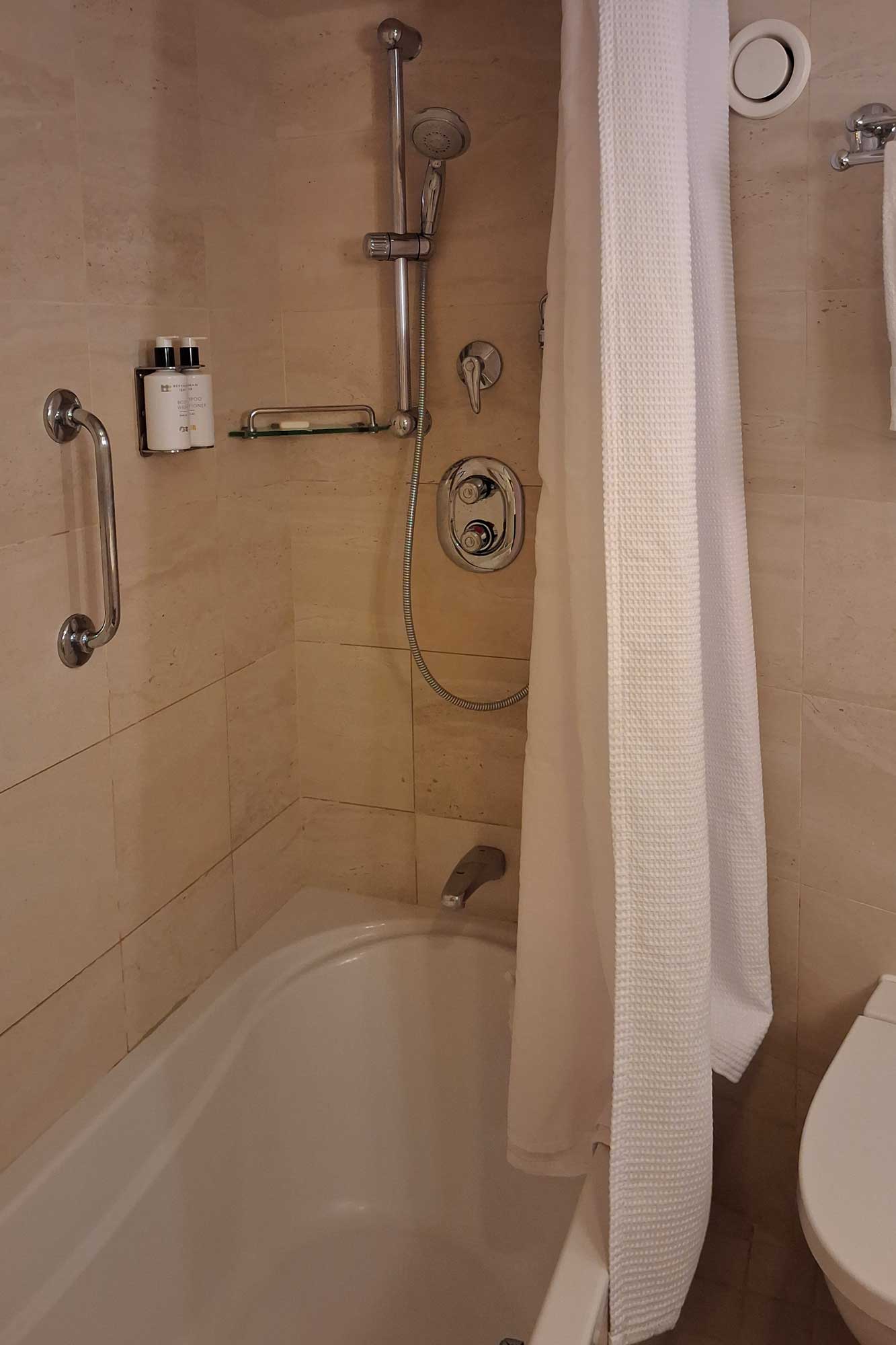
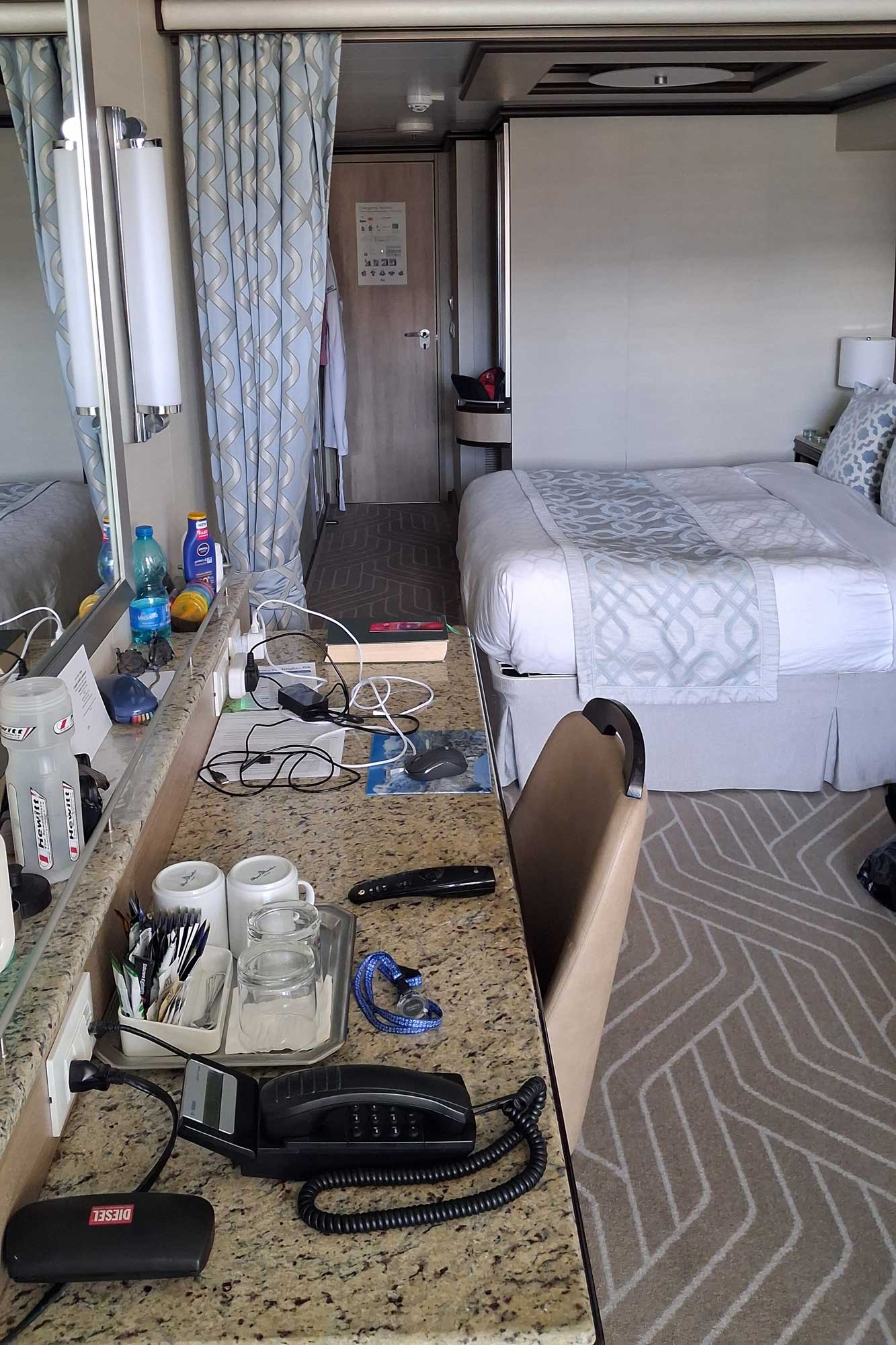
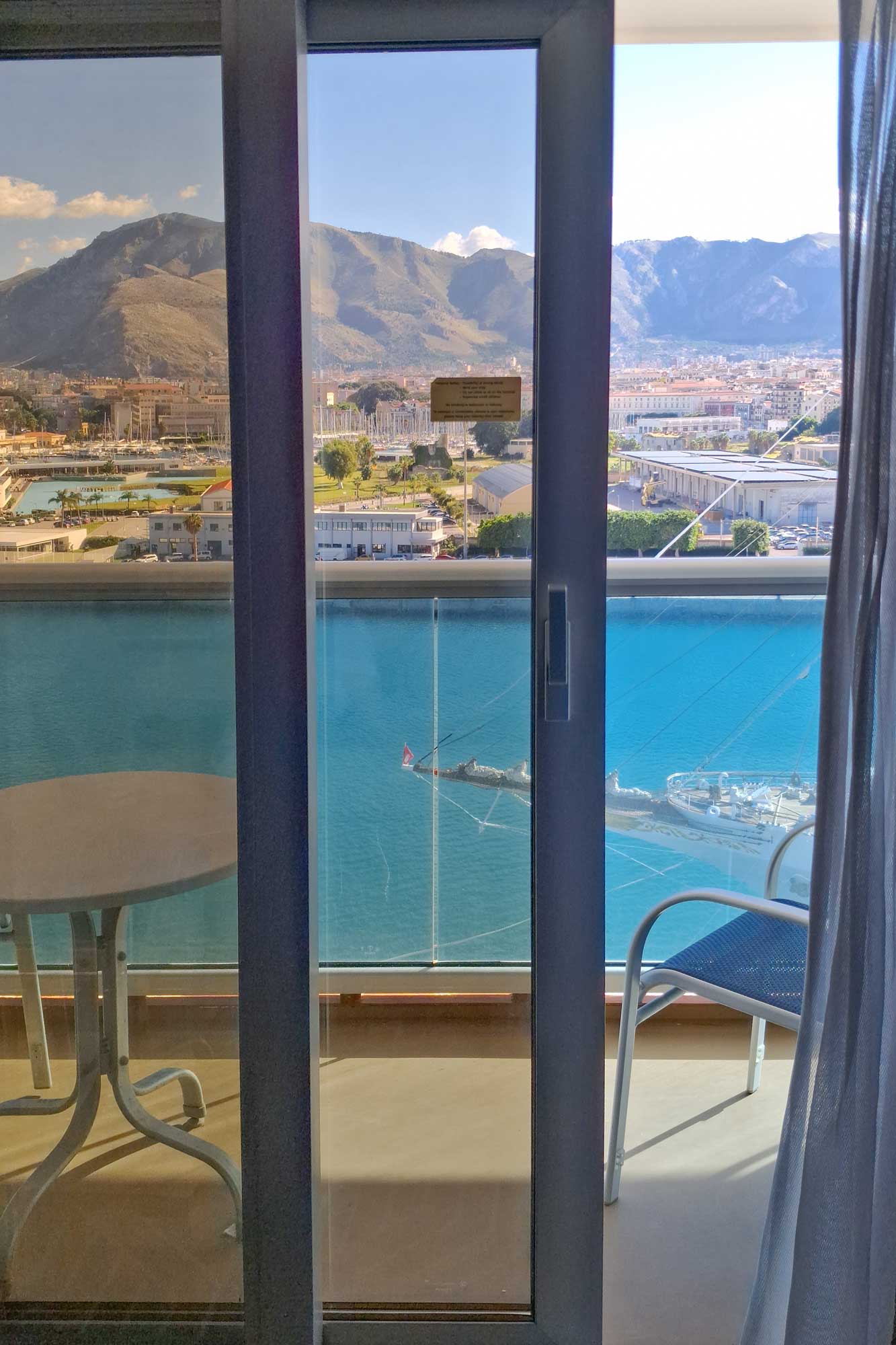
This is one of the groups (The New Party Band) that play in various locations on the ship. We tend to go to the main area of the ship (the Plaza on deck 5) and this is where the following photos were taken:
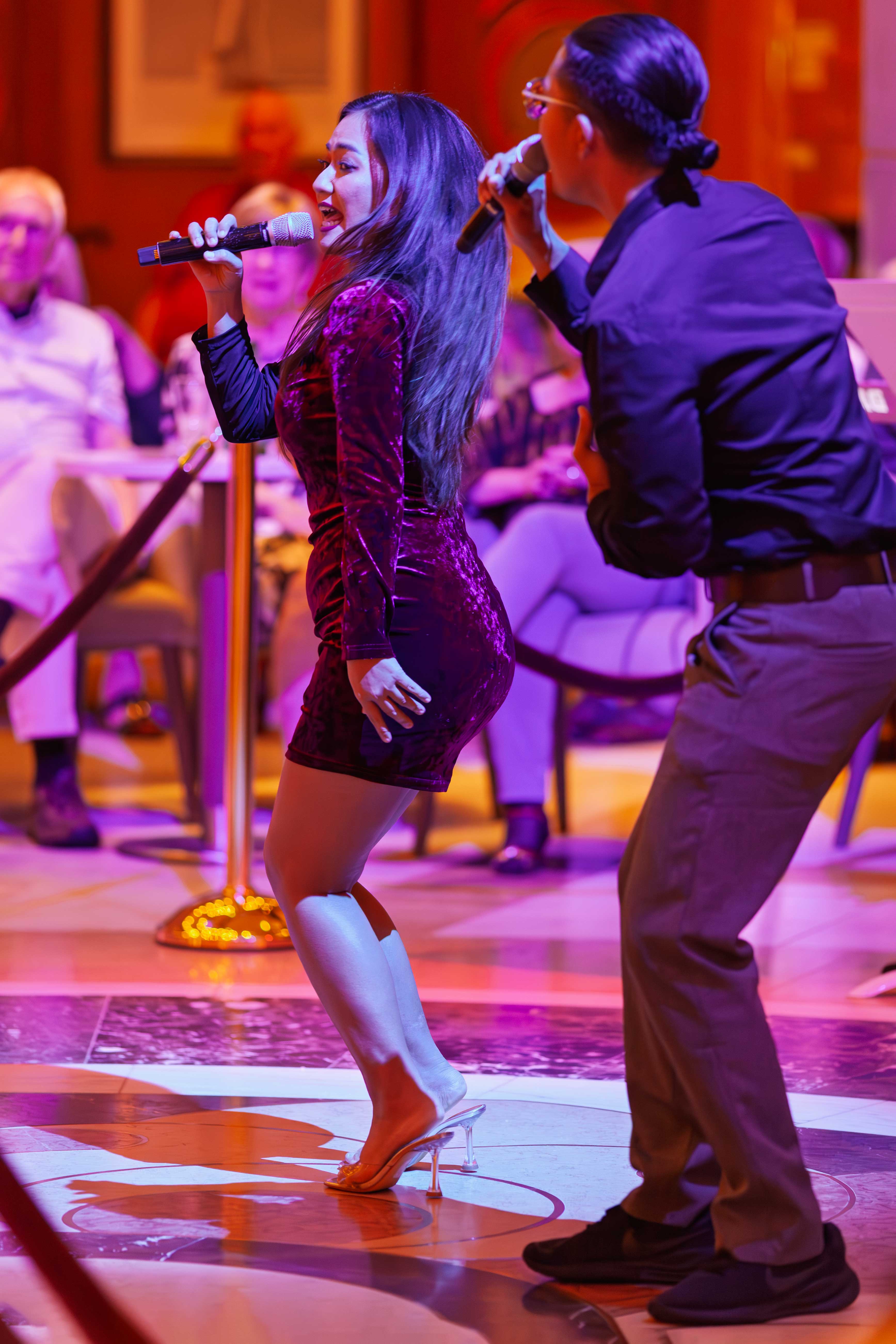
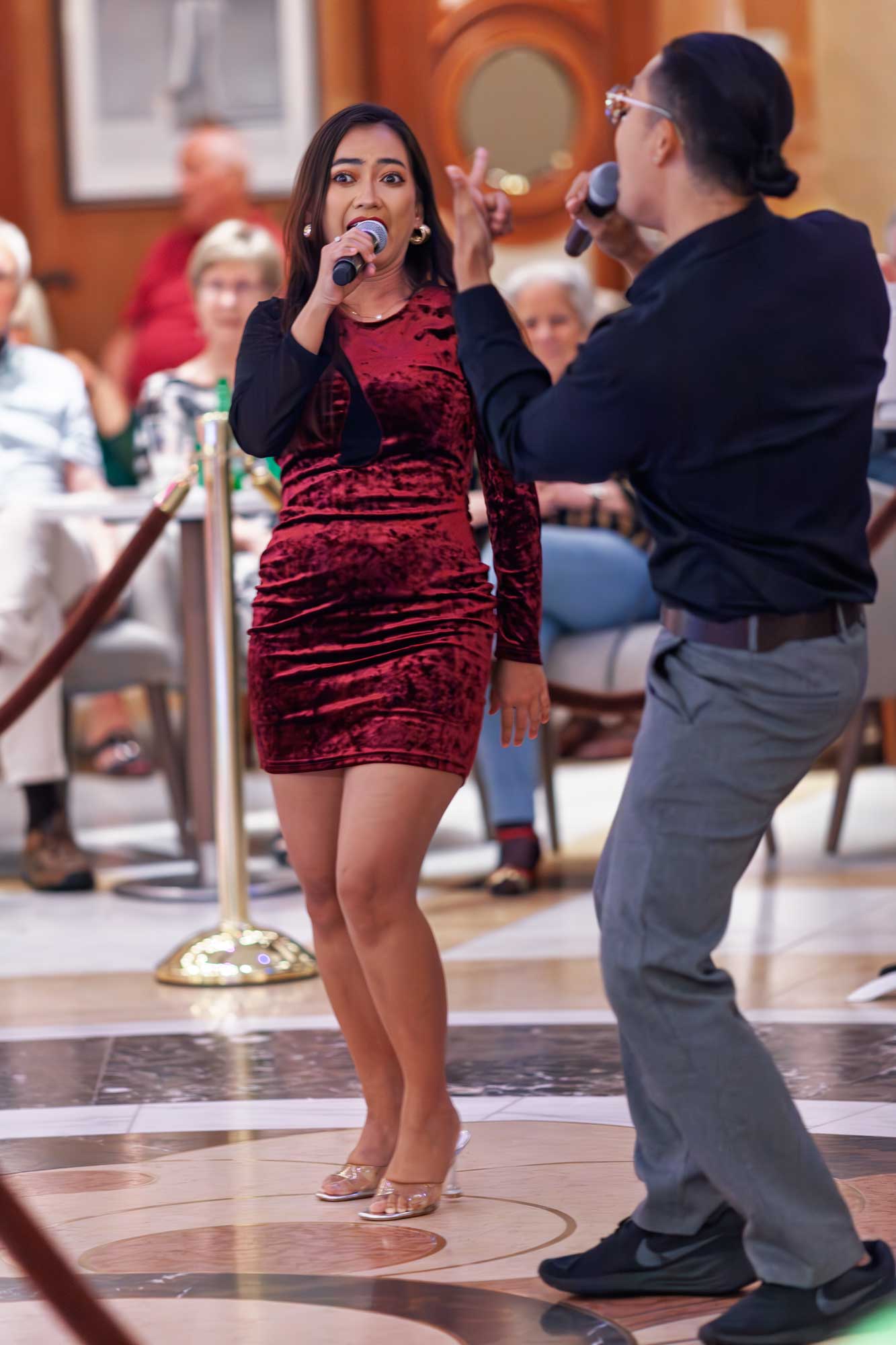
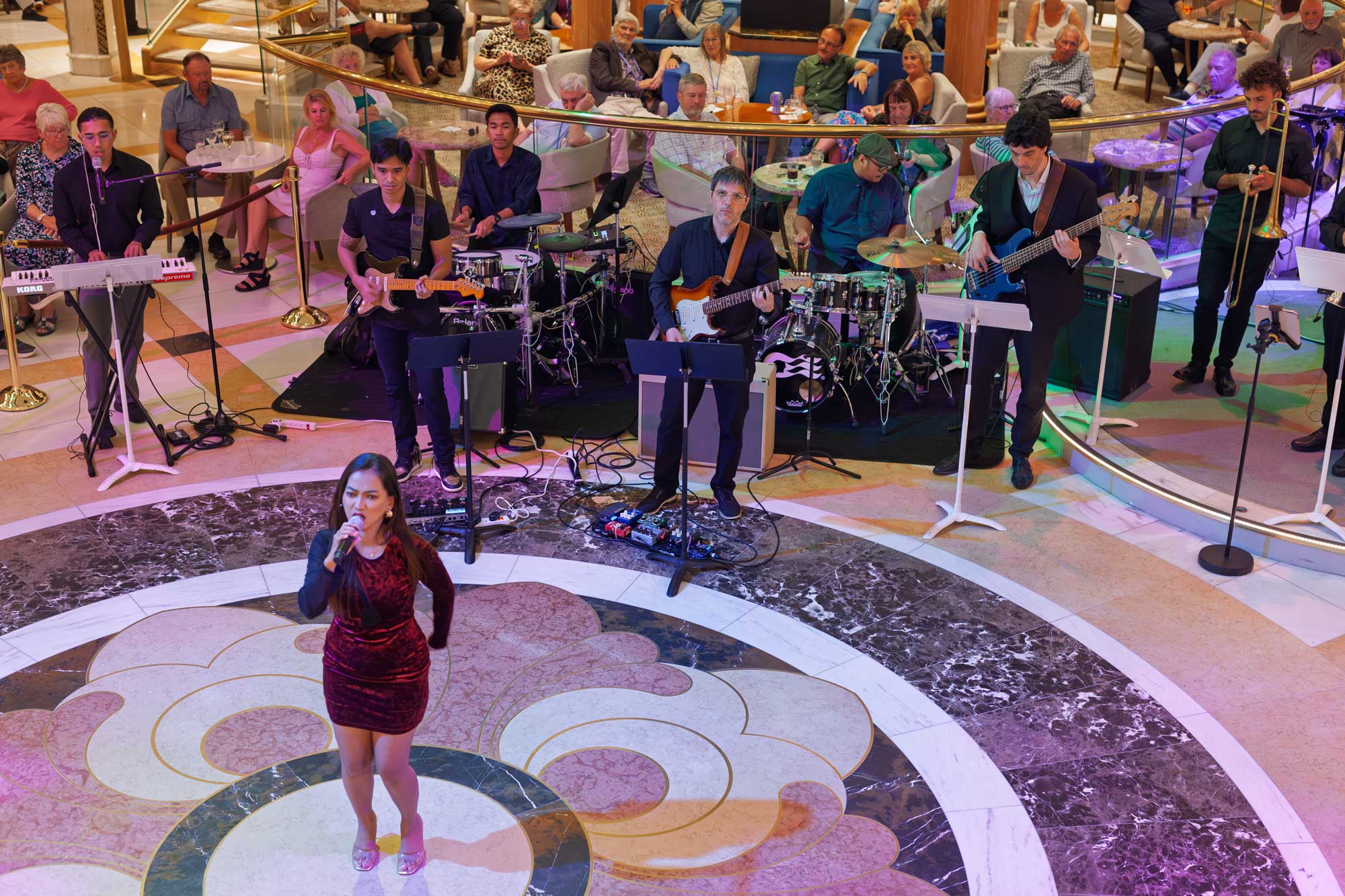
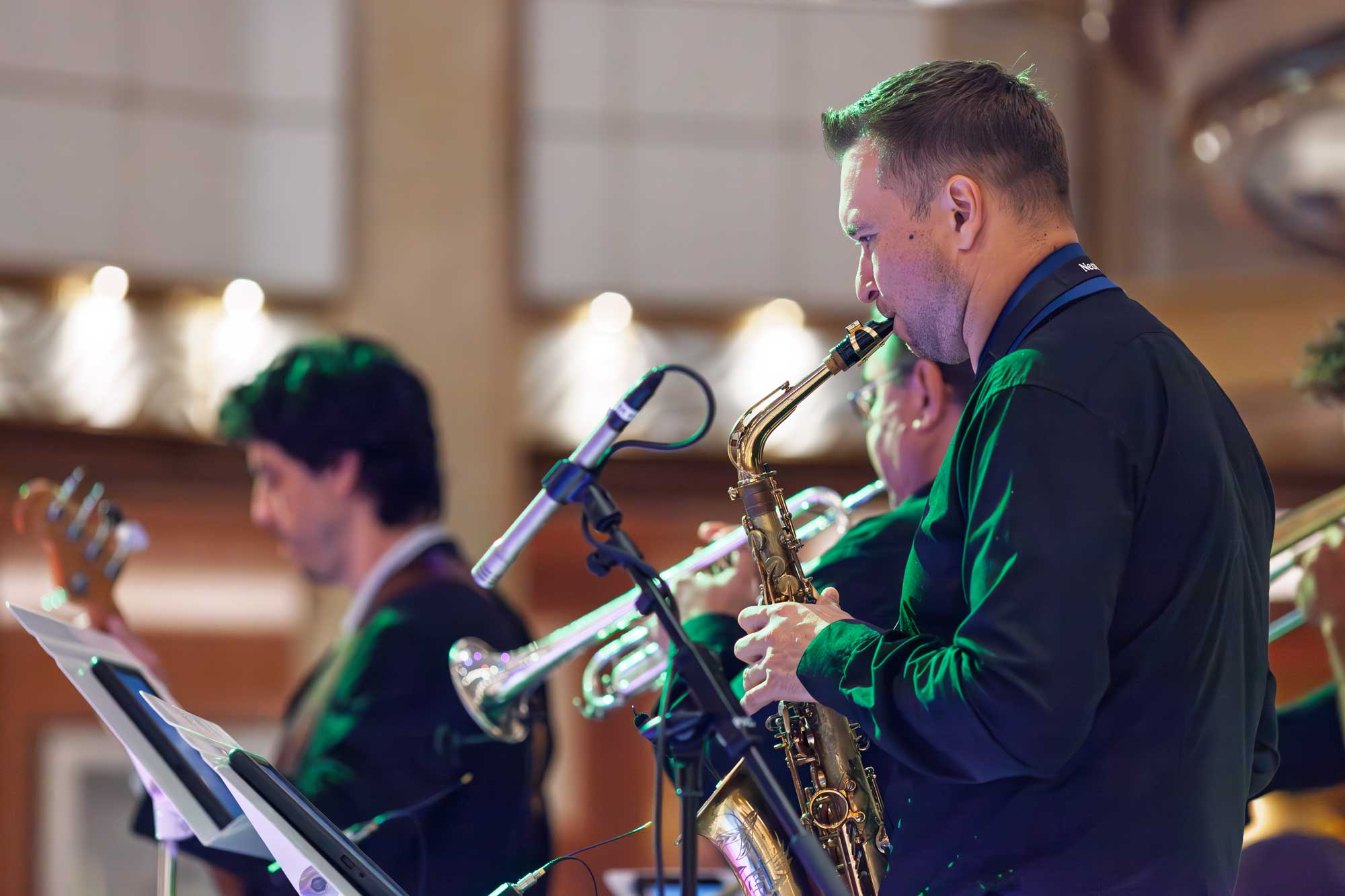
The lead singer from one of the other groups (Rock the Boat):
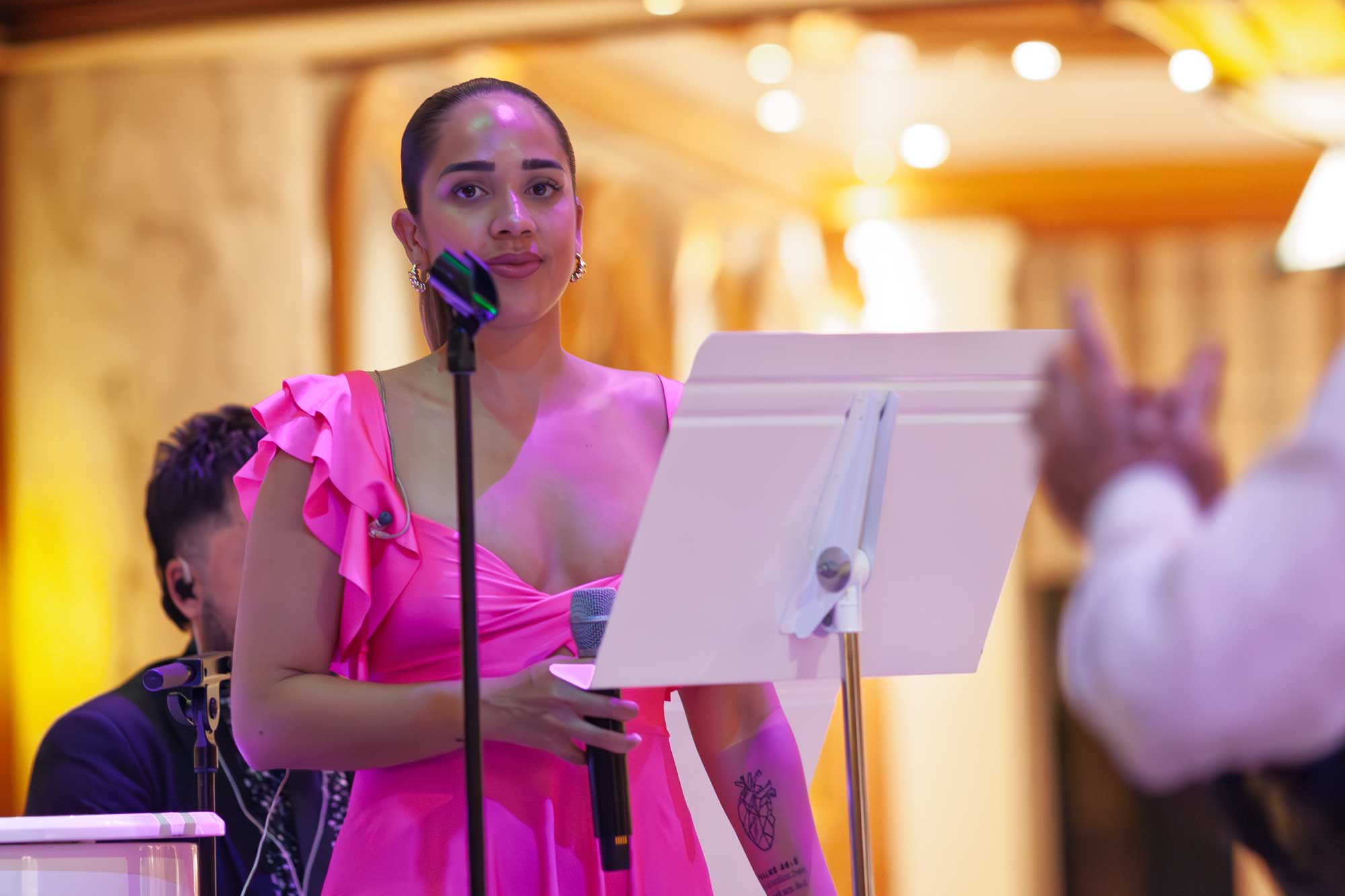
Some photos from a dance competition:
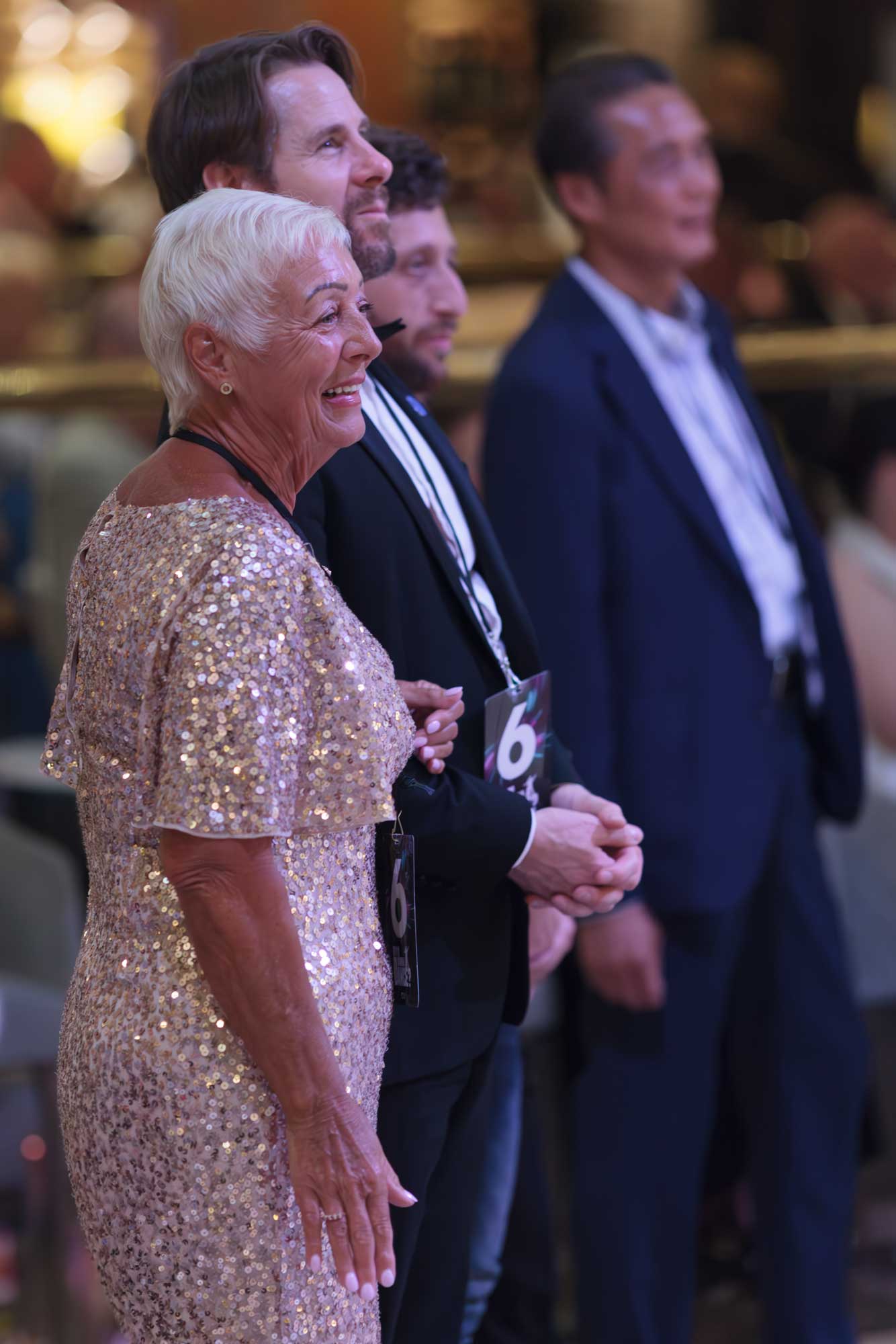
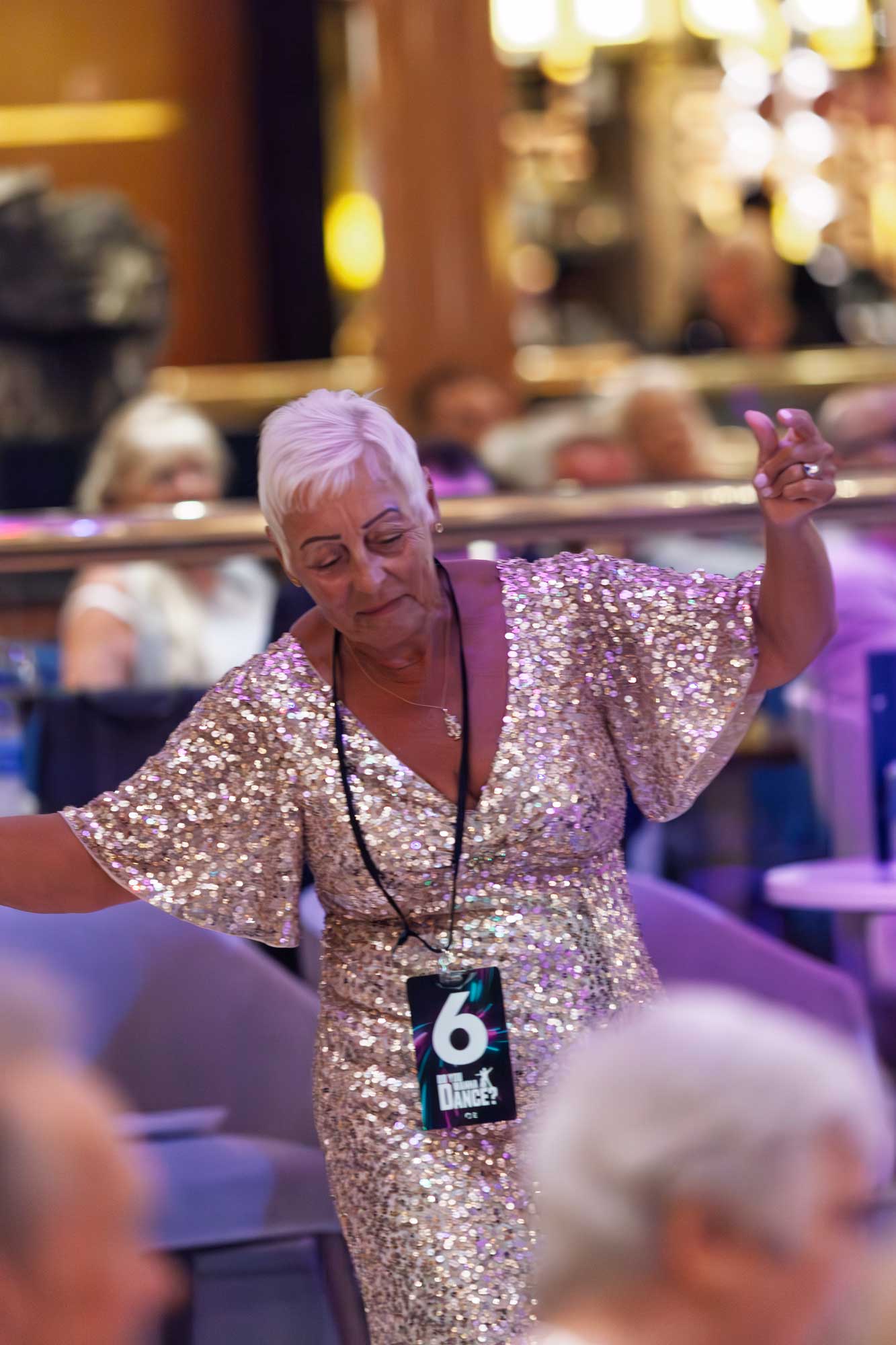
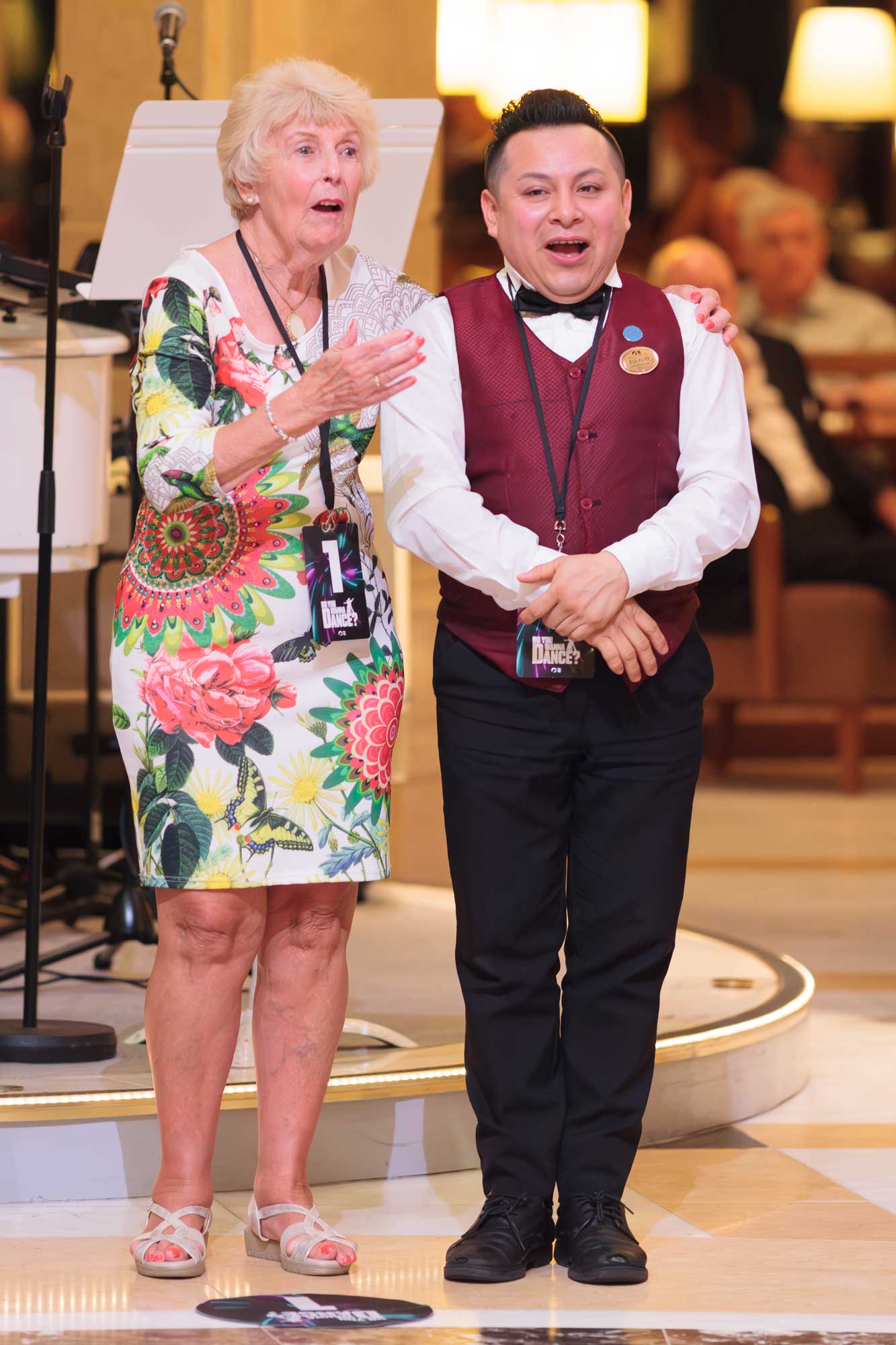
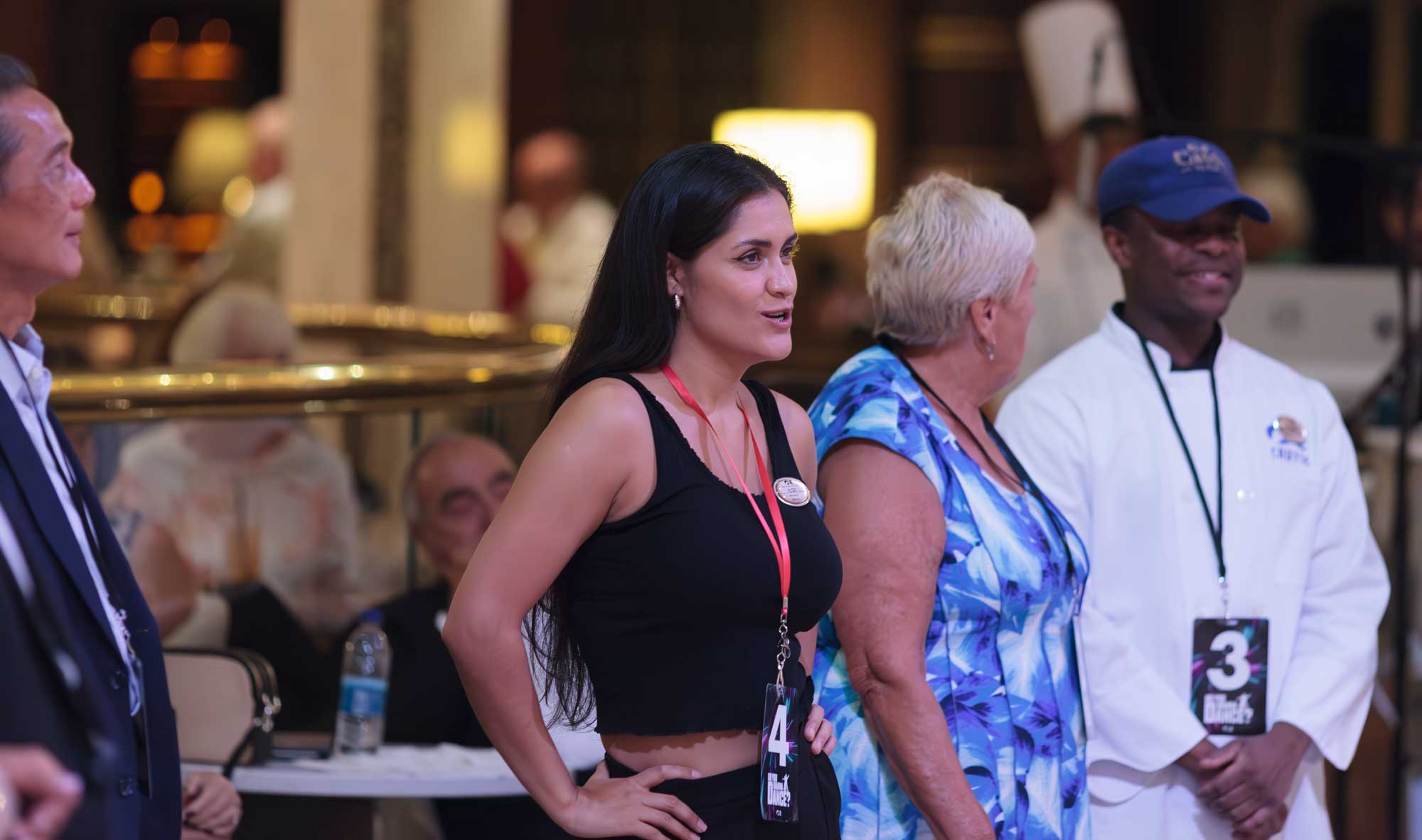
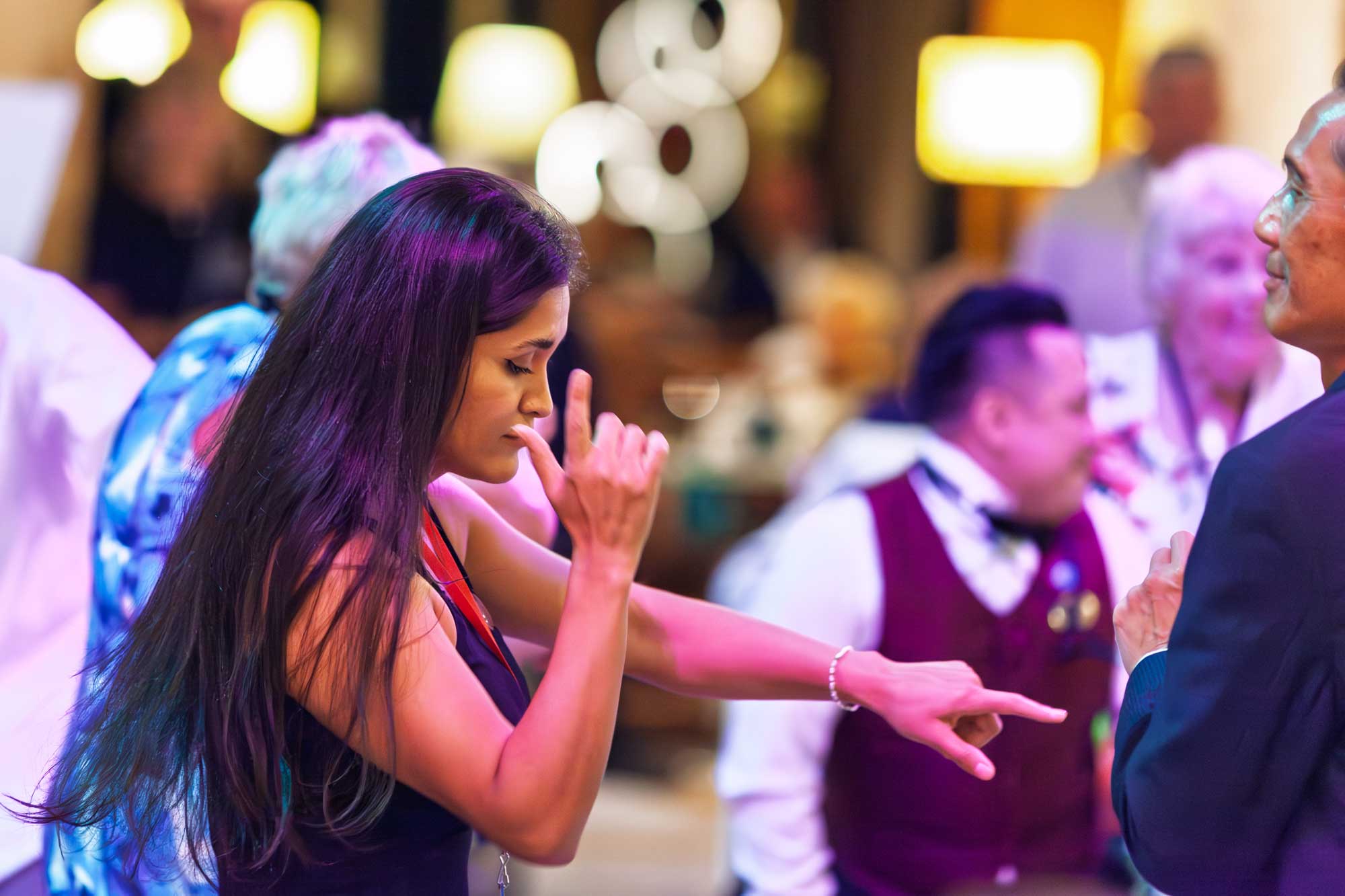
The main Plaza area:
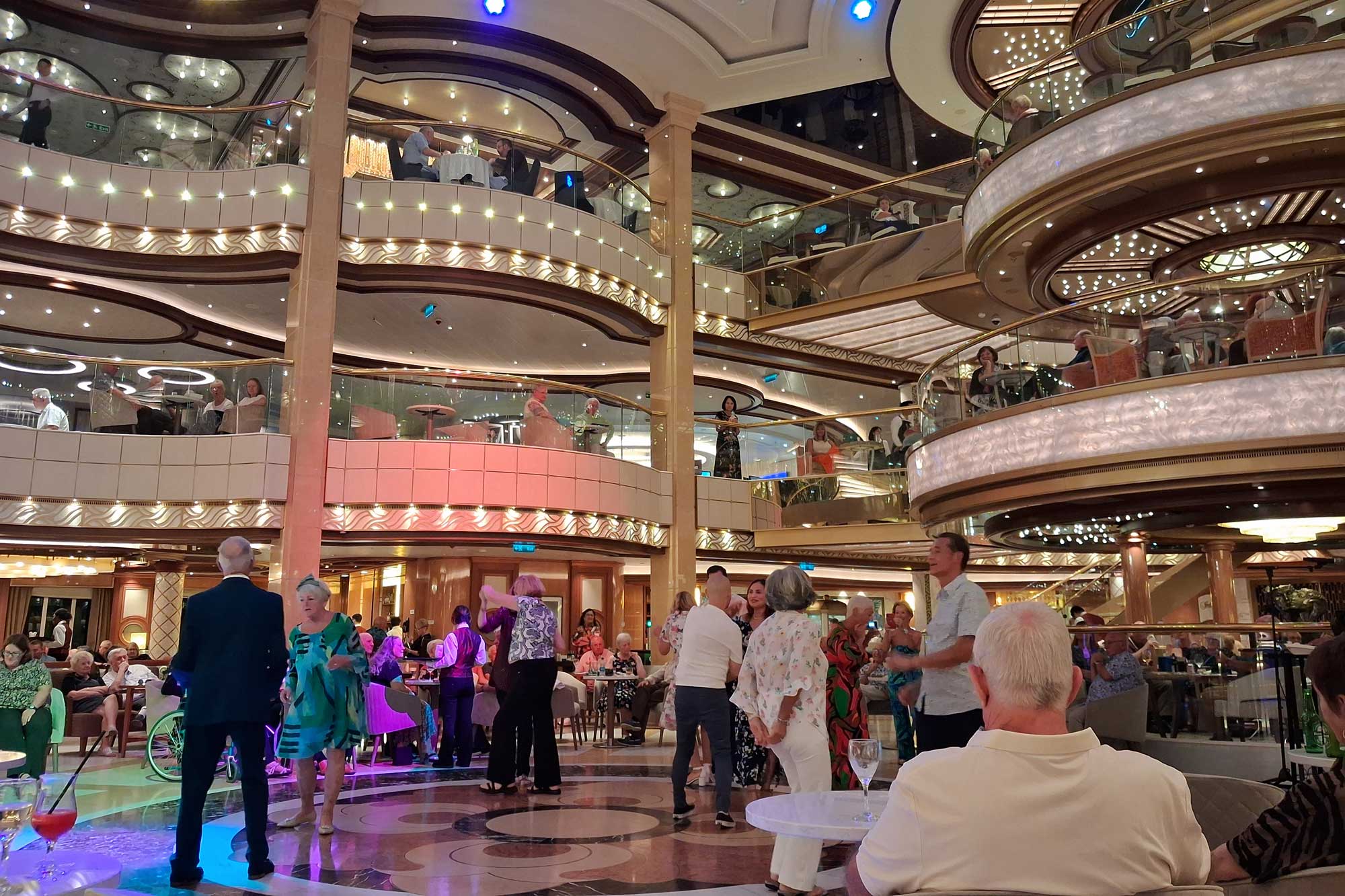
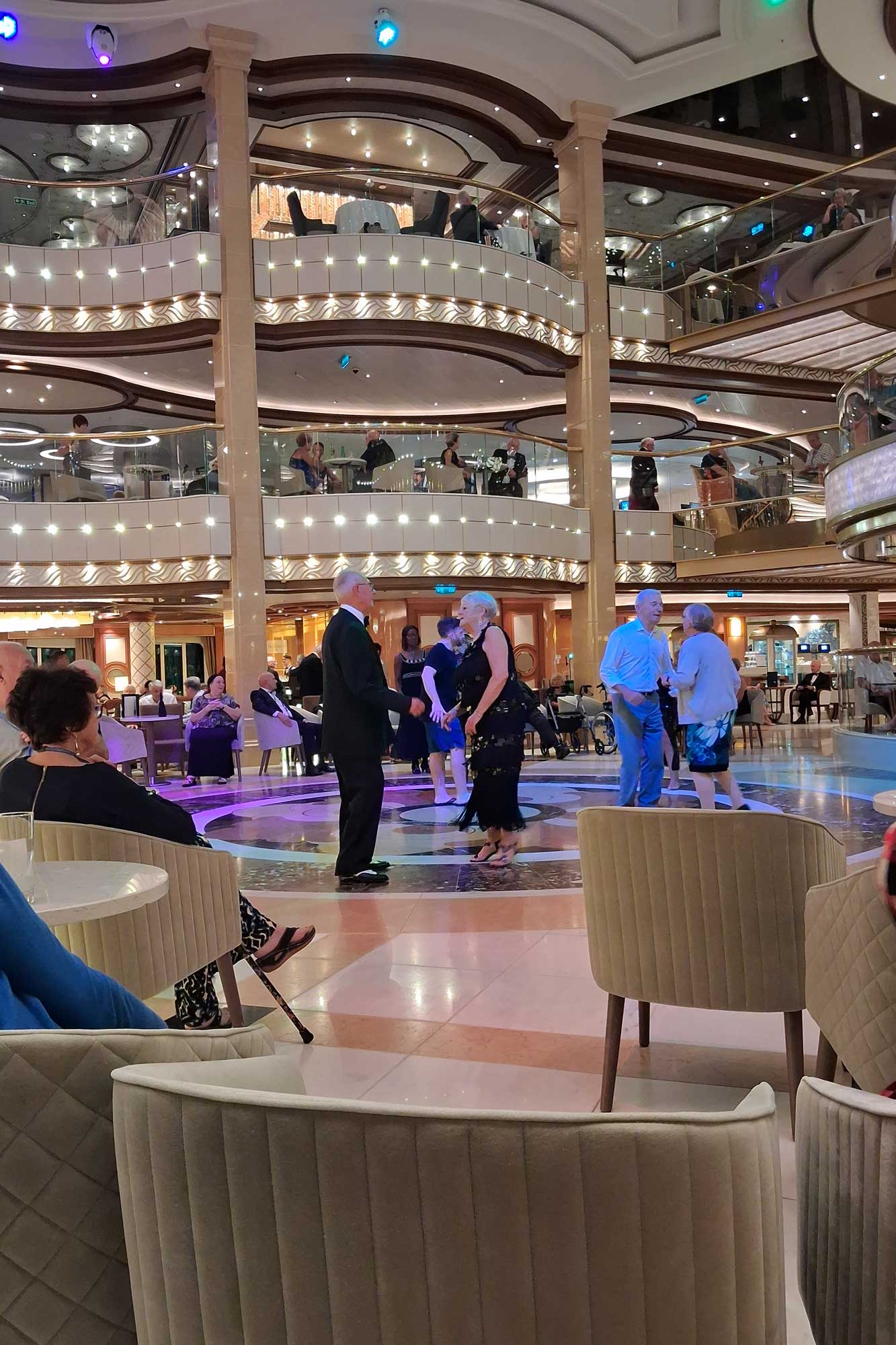
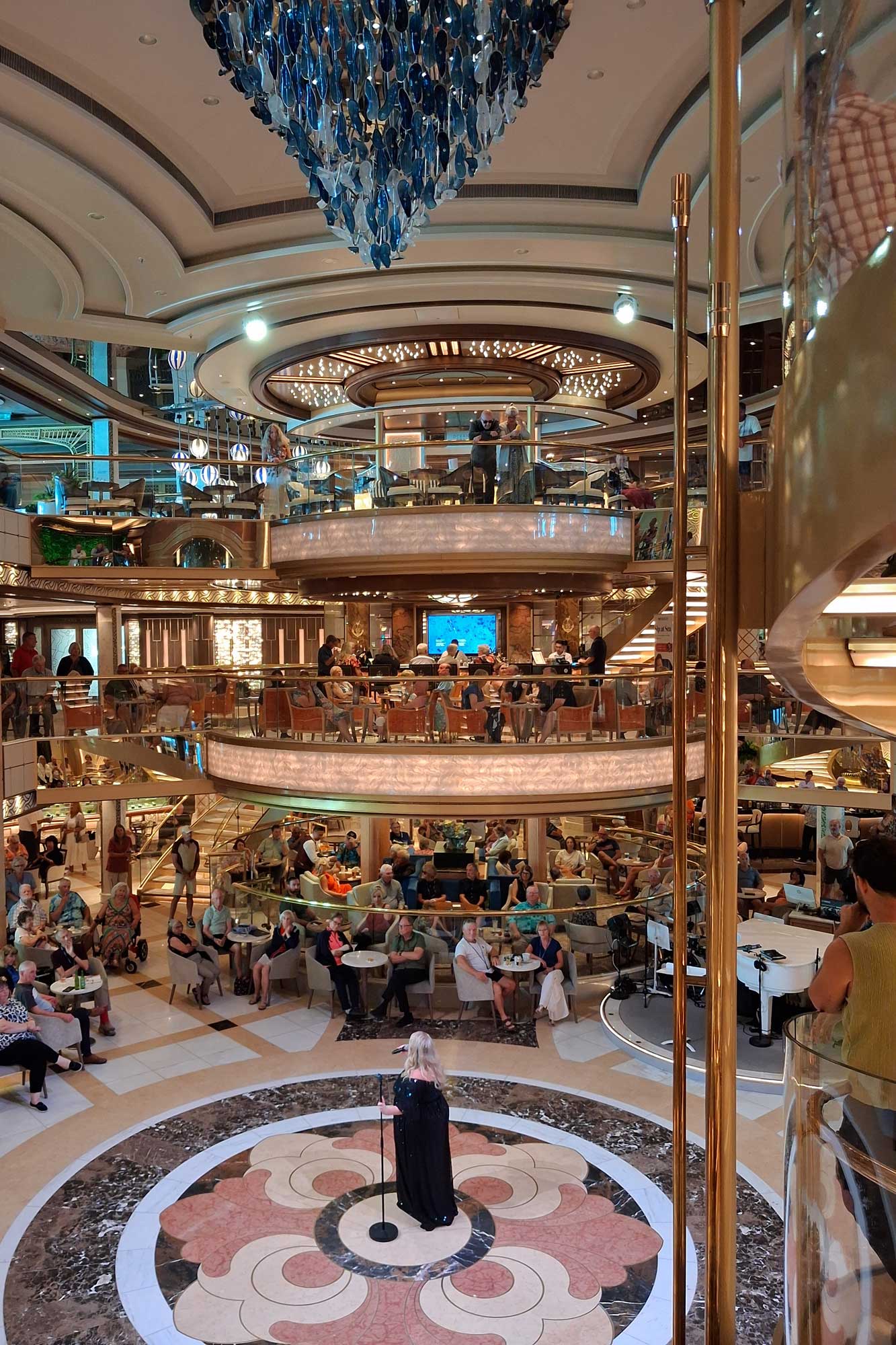
Each evening we get a sheet which lists the available activities the following day. The following two photos give an example of the sheets we get. This was the one we got issued with when we were about to go to Palermo. When we are in port there will be less activities than on a sea day, but, as you will see, there's still plenty of things going on around the ship even when most people (us included!) have gone off-board to look round the place we have docked for the day.
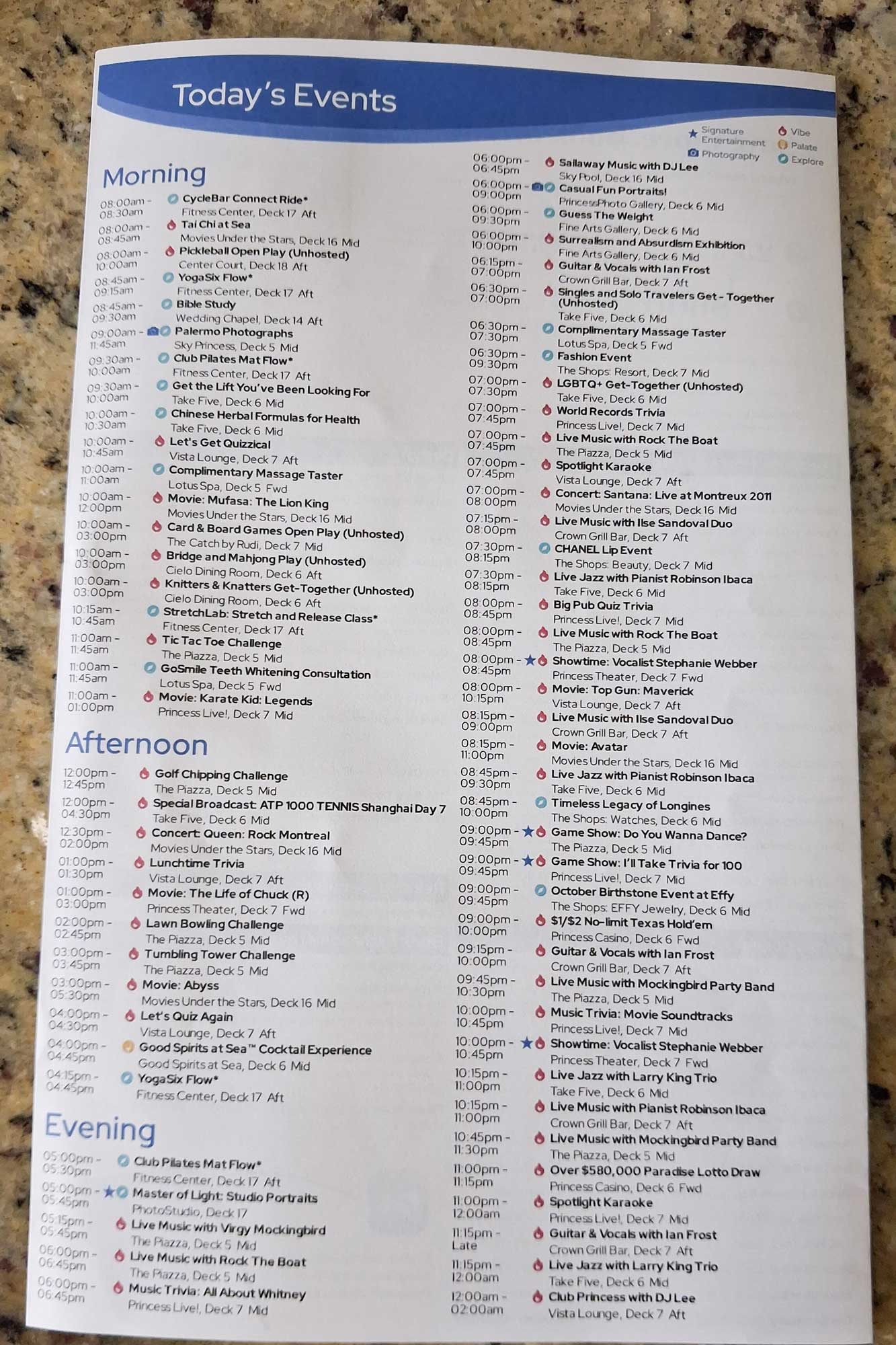
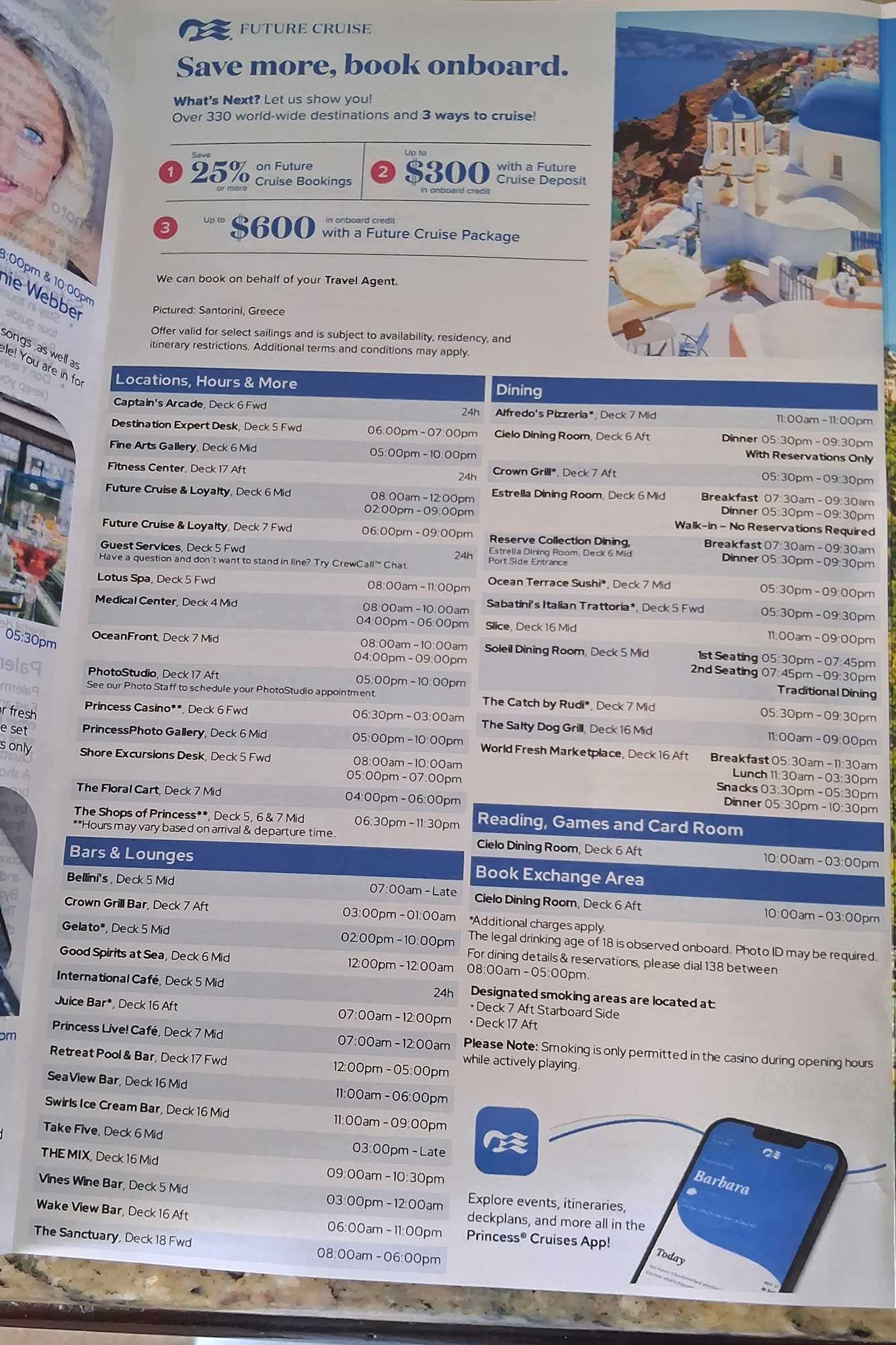
This morning we had a tug-of-war competition between the various departments of the ship. They were all determined to win as the winning team won $600 (second got $300 and third $100).
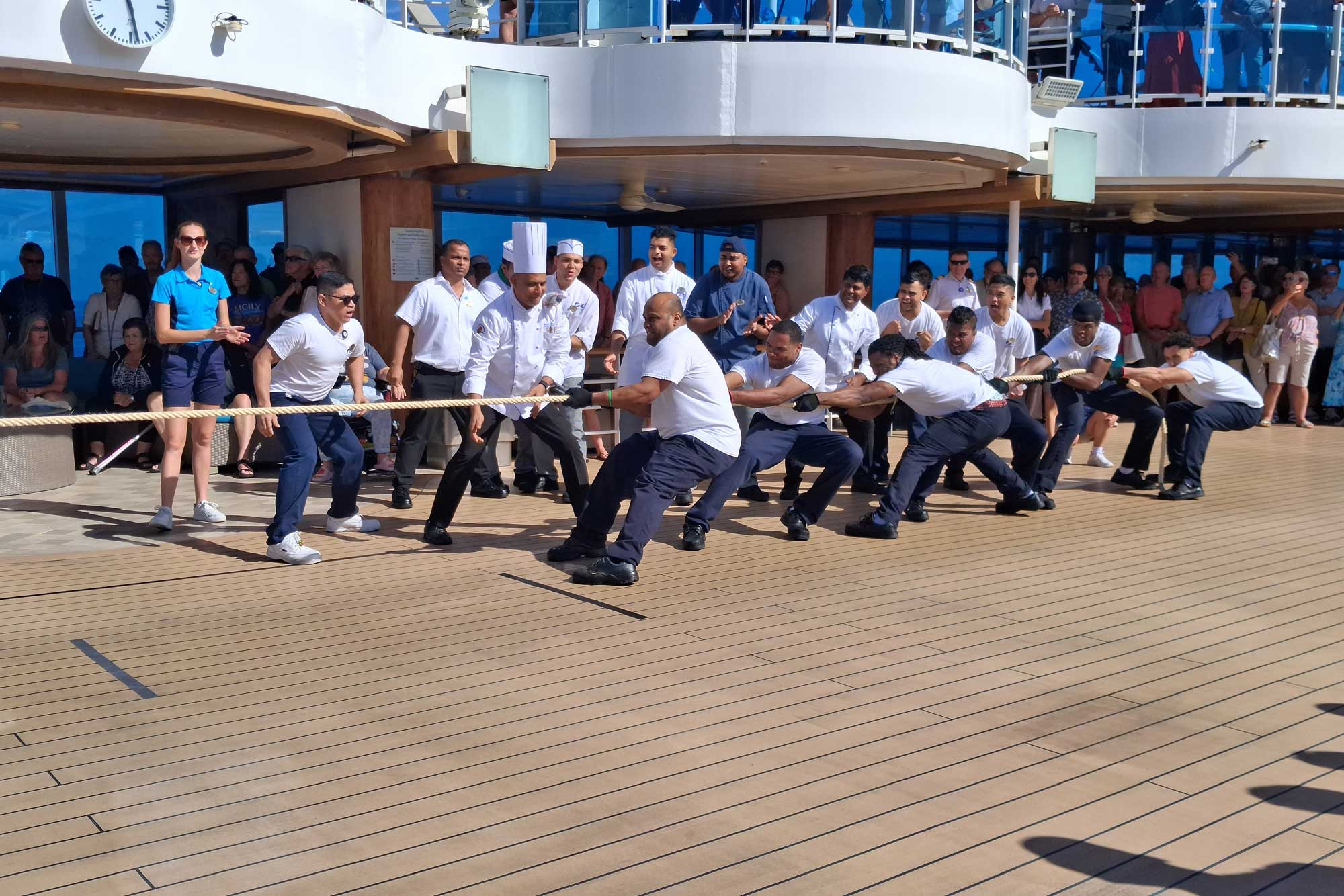
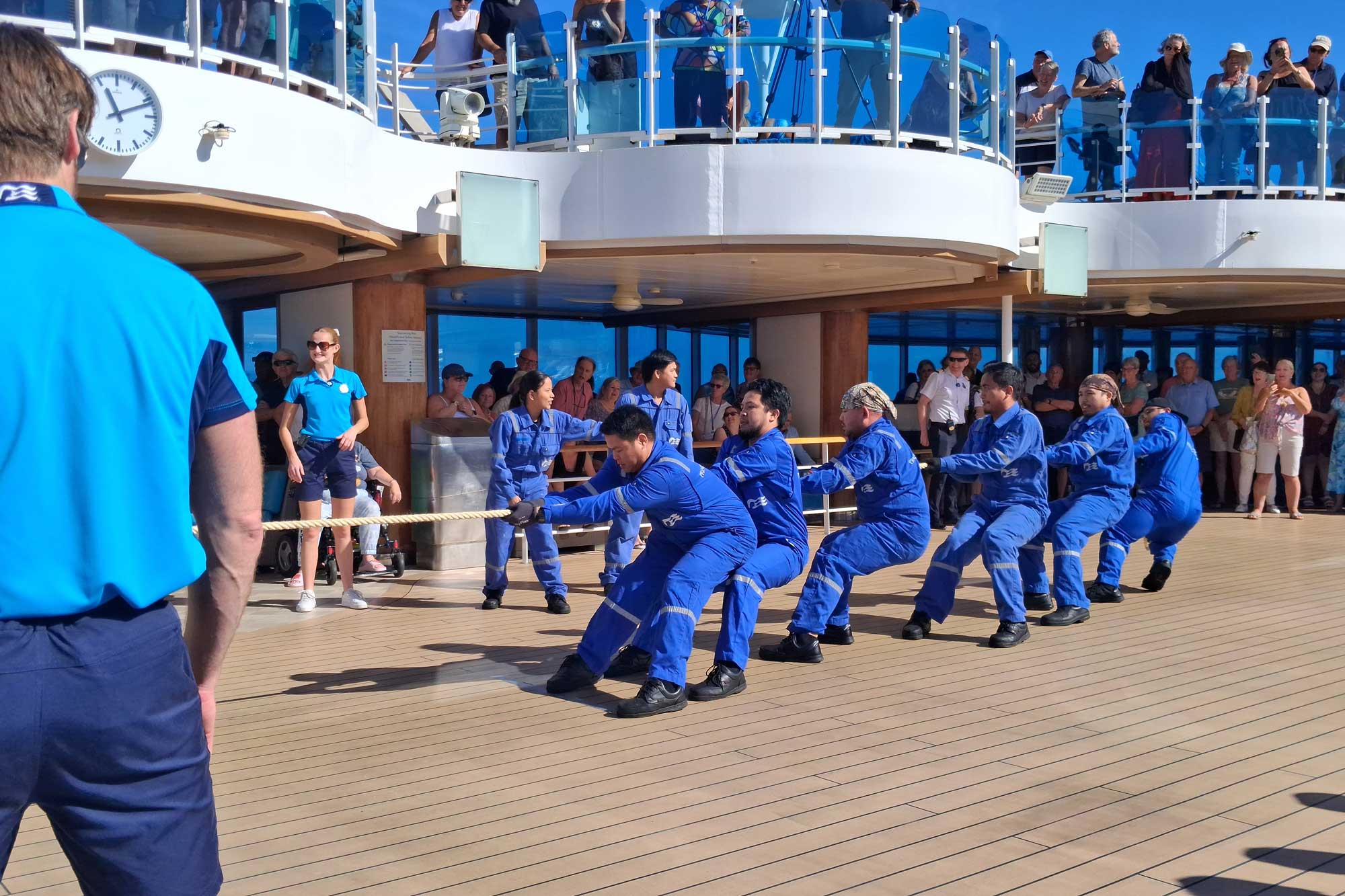
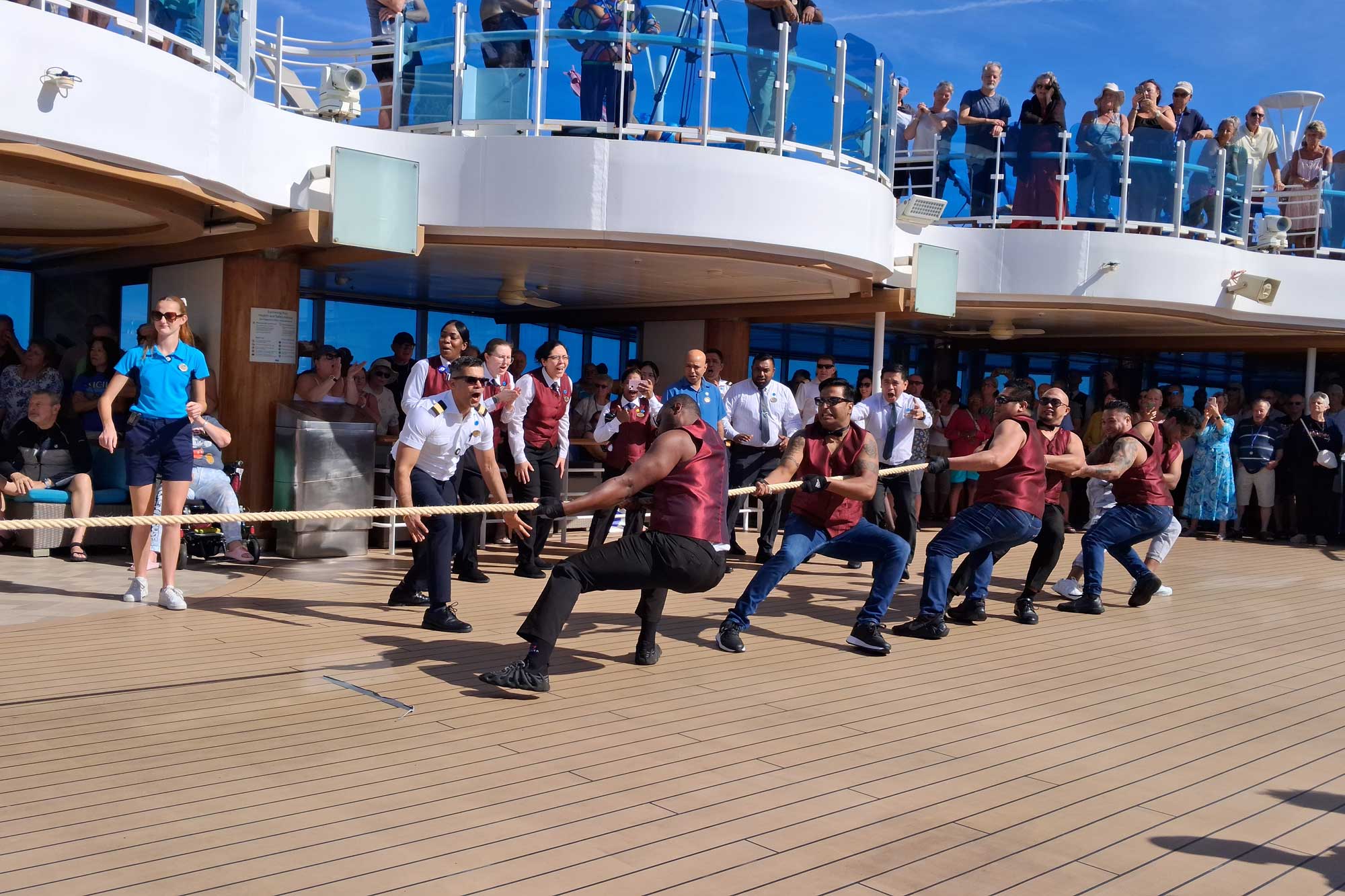
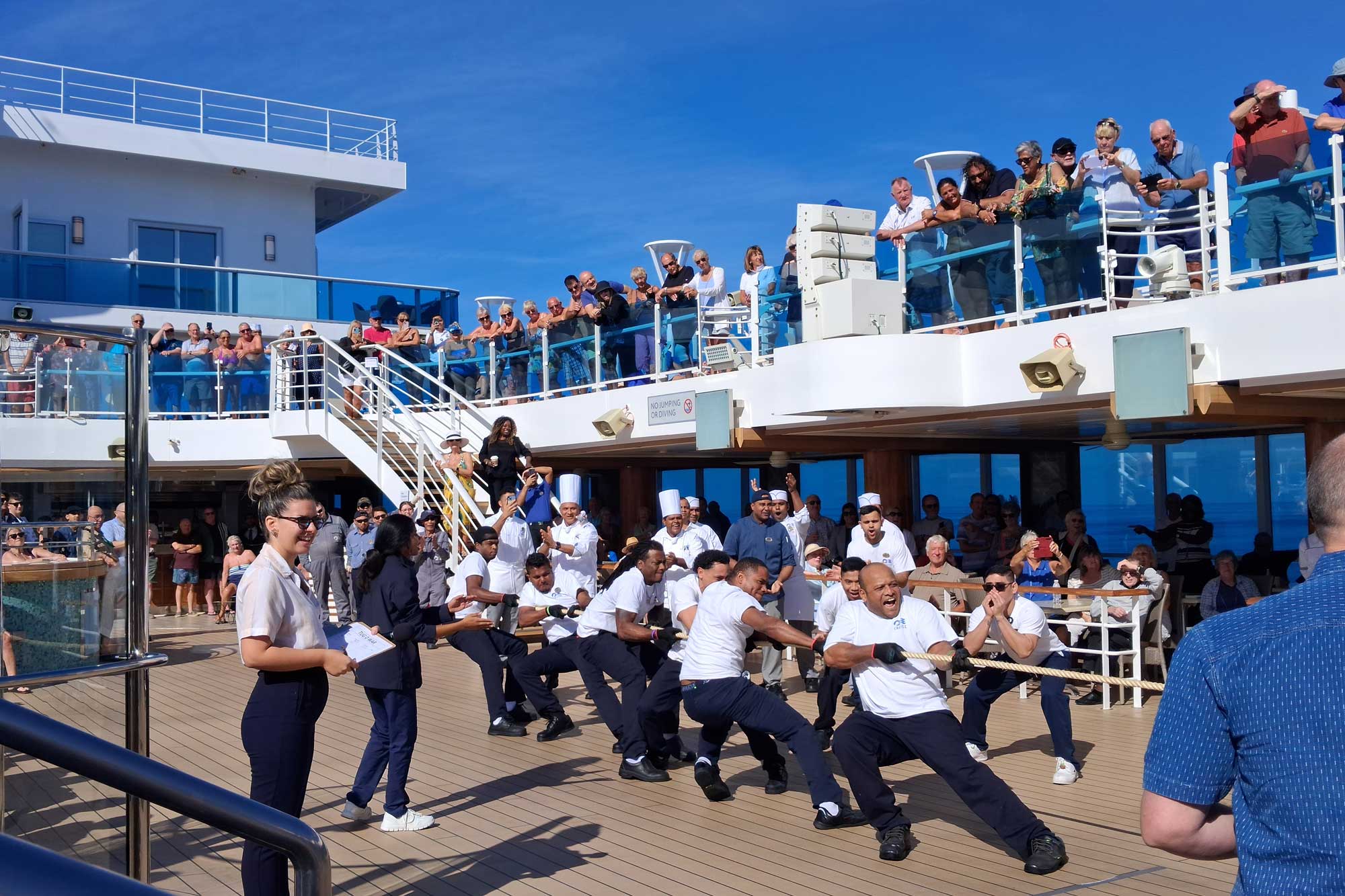
This is an ice cream bar. We sit here most evenings and have a game of backgammon before going to one or more of the shows or quizzes.
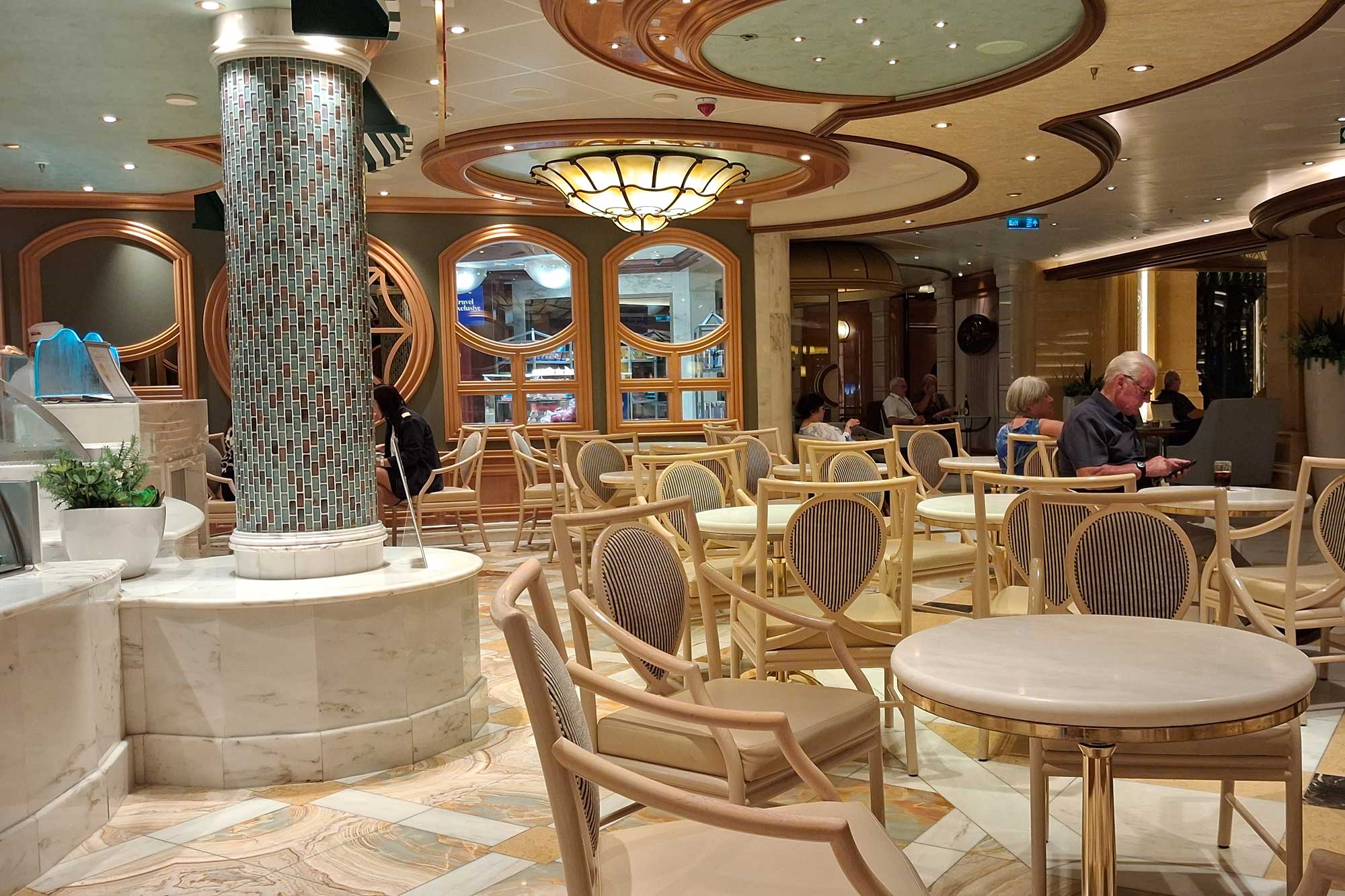
After two days at sea we finally arrived in Cadiz at about 7am this morning. We slept in though and didn't get off the ship until well after 9am.
Cadiz is supposedly the oldest continuously inhabited city in Europe. It has a very strategic position in the south-west of the Iberian peninsula and has been a major seaport of Spain for many centuries. Even in the present day Cadiz Bay is a major base for both the Spanish and United States' navies. Cadiz is also the port from which Christopher Columbus commenced his second and fourth voyages to the New World.
In British history, Cadiz is known Francis Drake "singeing the King of Spain's beard". This refers to an attack by Drake on Cadiz in 1587 during which much of the Spanish naval fleet was destroyed and which had the effect of delaying for a year the attempted invasion of England by the Spanish Armada (1588).
Modern day Cadiz was very pleasant. The streets were cobbled and largely traffic-free and there were numerous plazas where there were either markets, restaurants and cafes, or indeed both. What made it particularly attractive was the layout of the city. Basically the old part of Cadiz is surrounded by water on nearly all sides. It's a bit like a fist on the end of an arm of land. This means that it is very manageable to walk from the coast on one side of Cadiz to the coast on the opposite side. So all the shops, cafe's, markets and touristy spots were all easily within walking distance.
We headed first of all to the central market (Mercado Central de Abastos de Cadiz) and then on to the Teatro Romano - an Ancient Roman theatre.
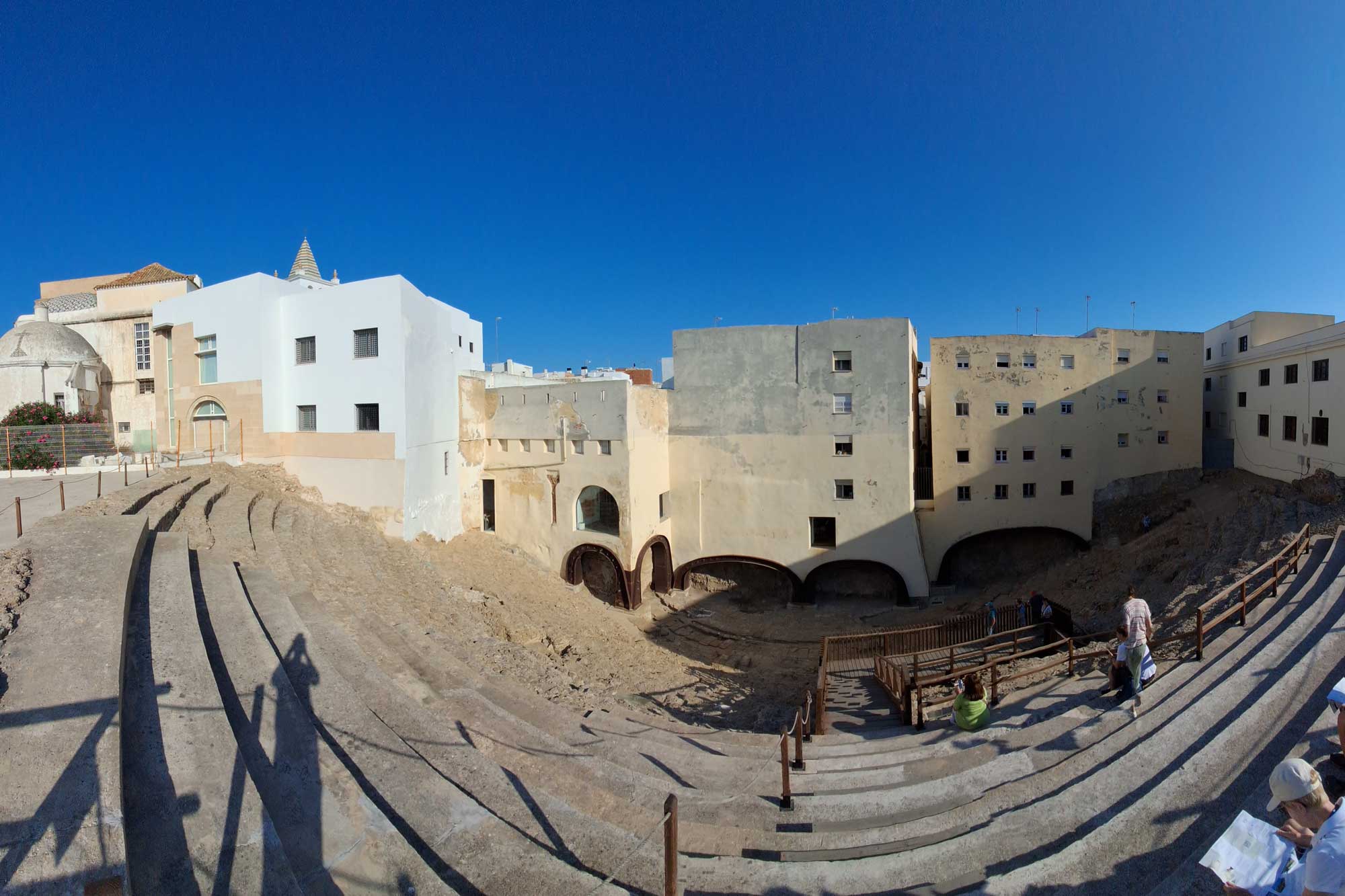
This was an interesting place because its remains weren't discovered until 1980. A wharehouse had been built on top of it and it was only when the wharehouse was demolished that it was realised that there were some Roman remains beneath. Further excavations uncovered perhaps around a third of the theatre but the rest lies buried below the other buildings in the neighbourhood that had been adjacent to the wharehouse.
Because of the way it had been built over, the preservation of the stone sitting area is not the best but nevertheless it is a remarkable relic of the culture of Ancient Rome.
Here is what it might have looked like in its heyday:
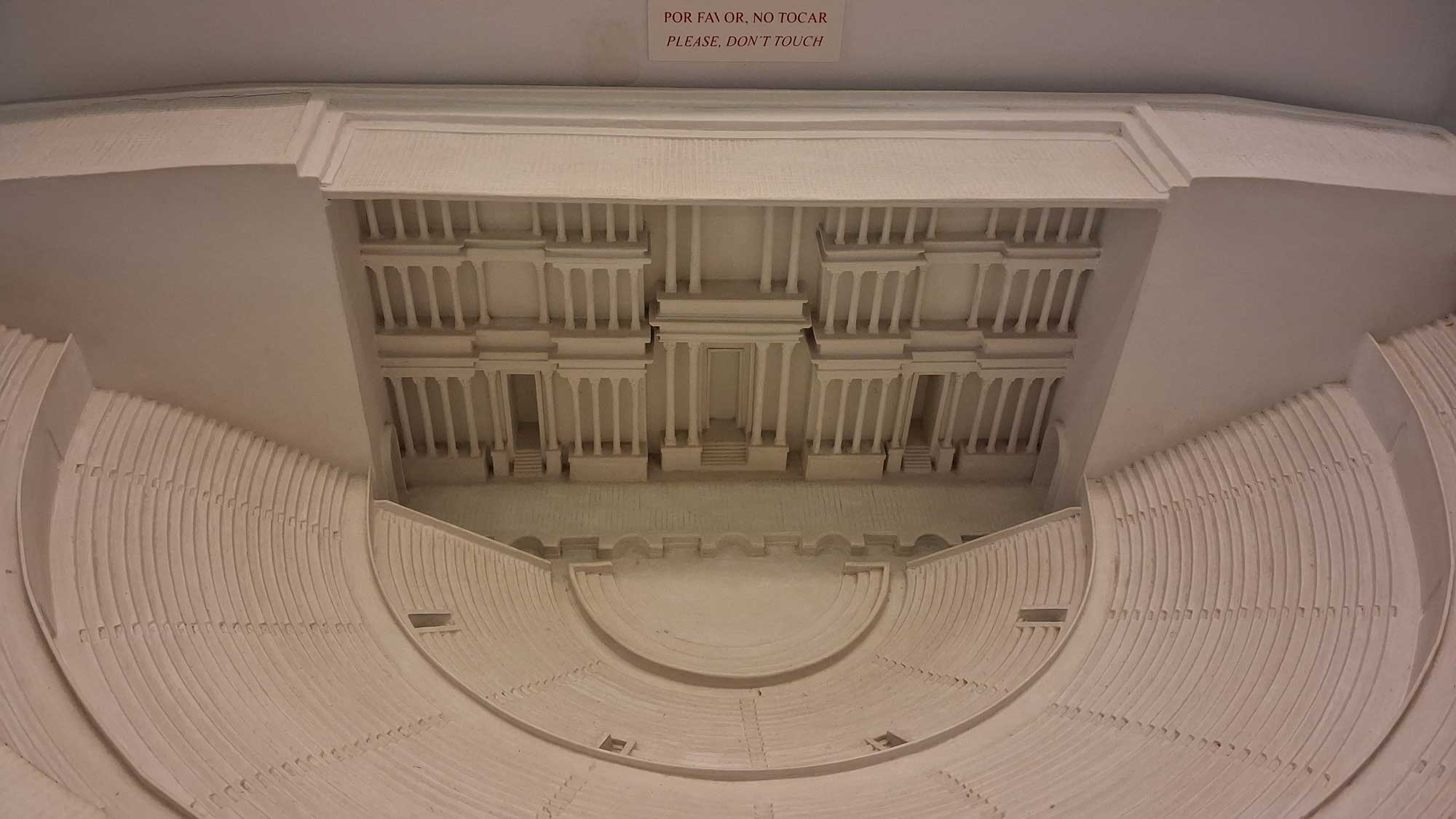
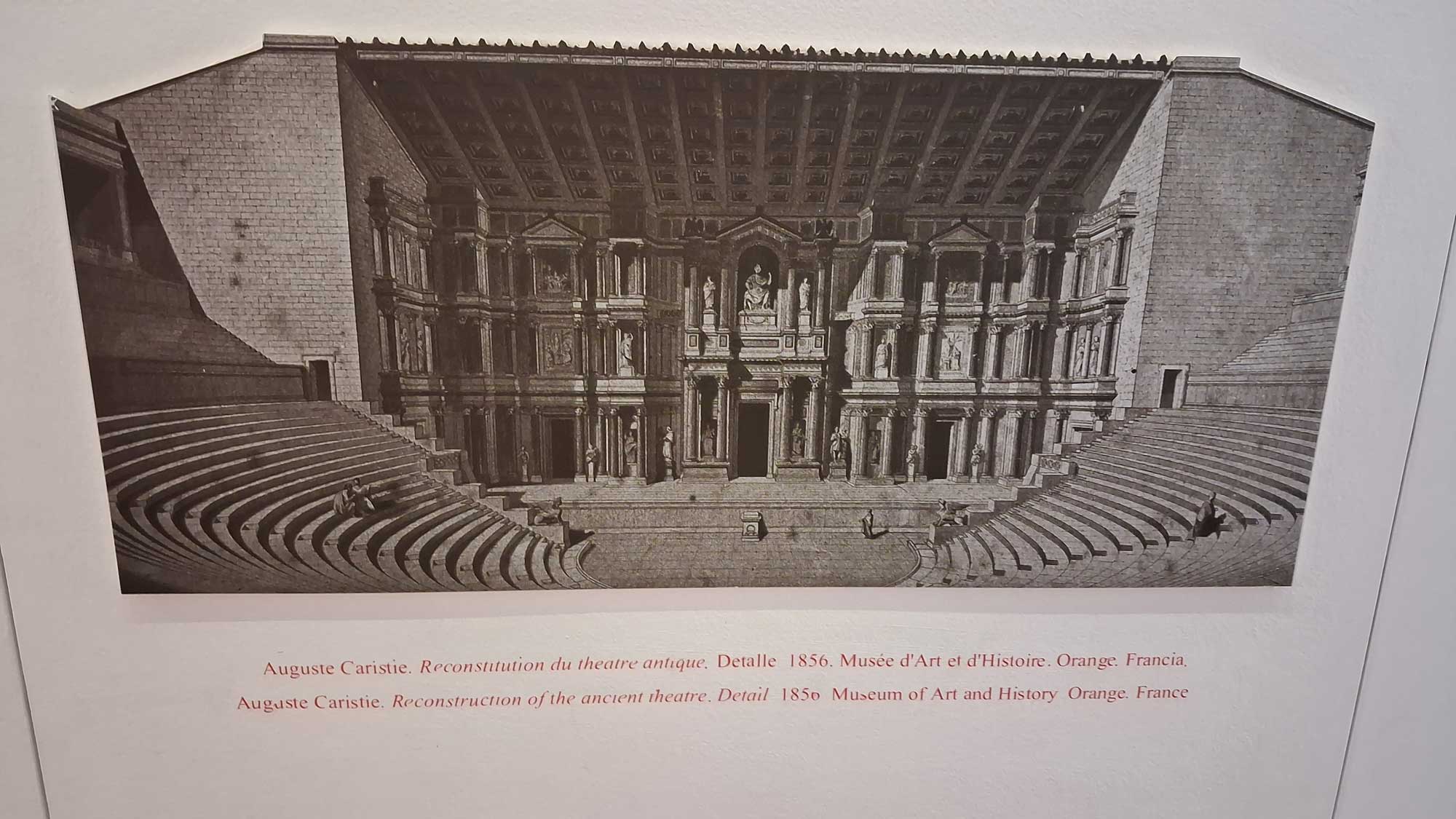
A typical plaza in Cadiz:
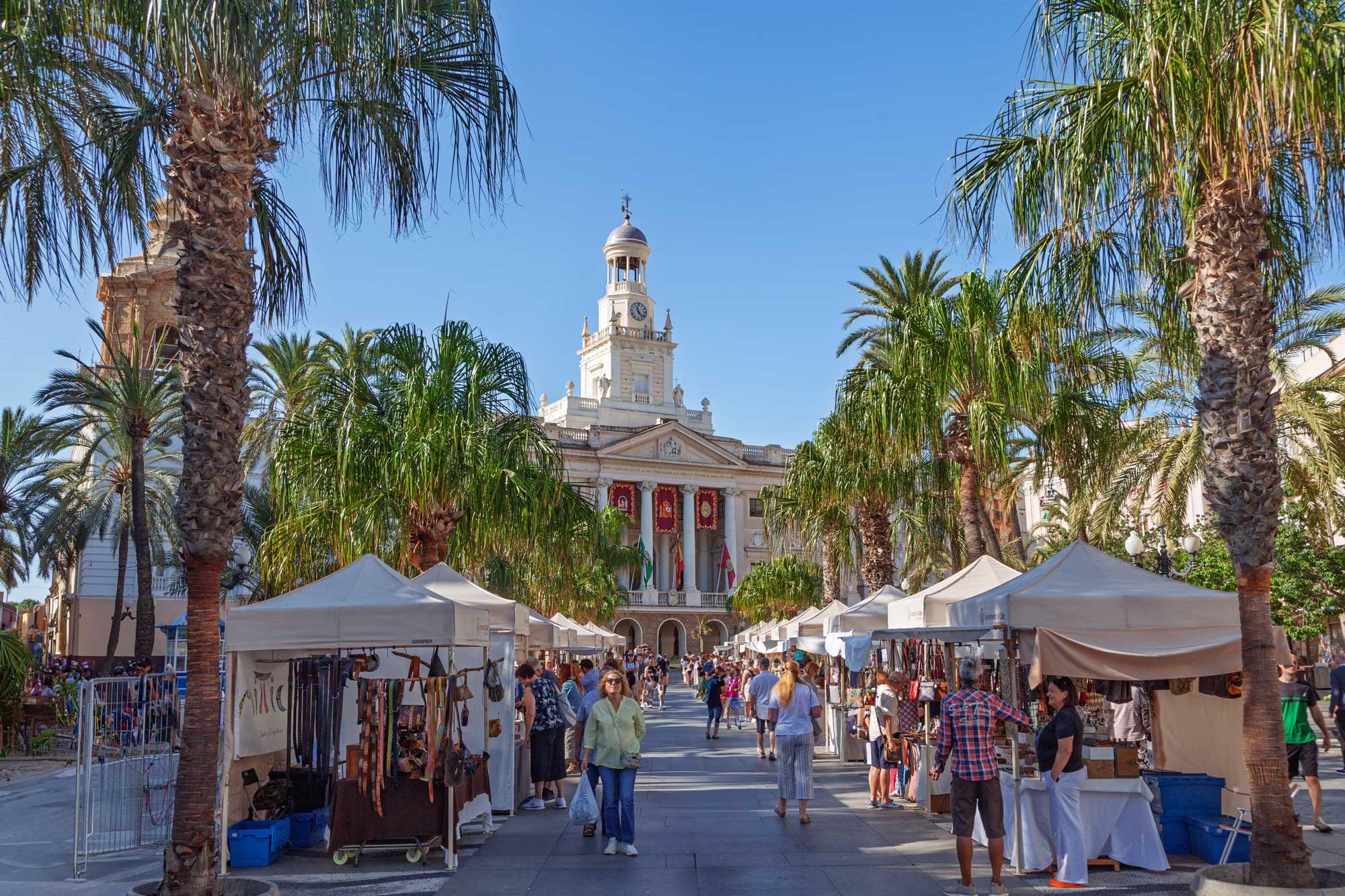
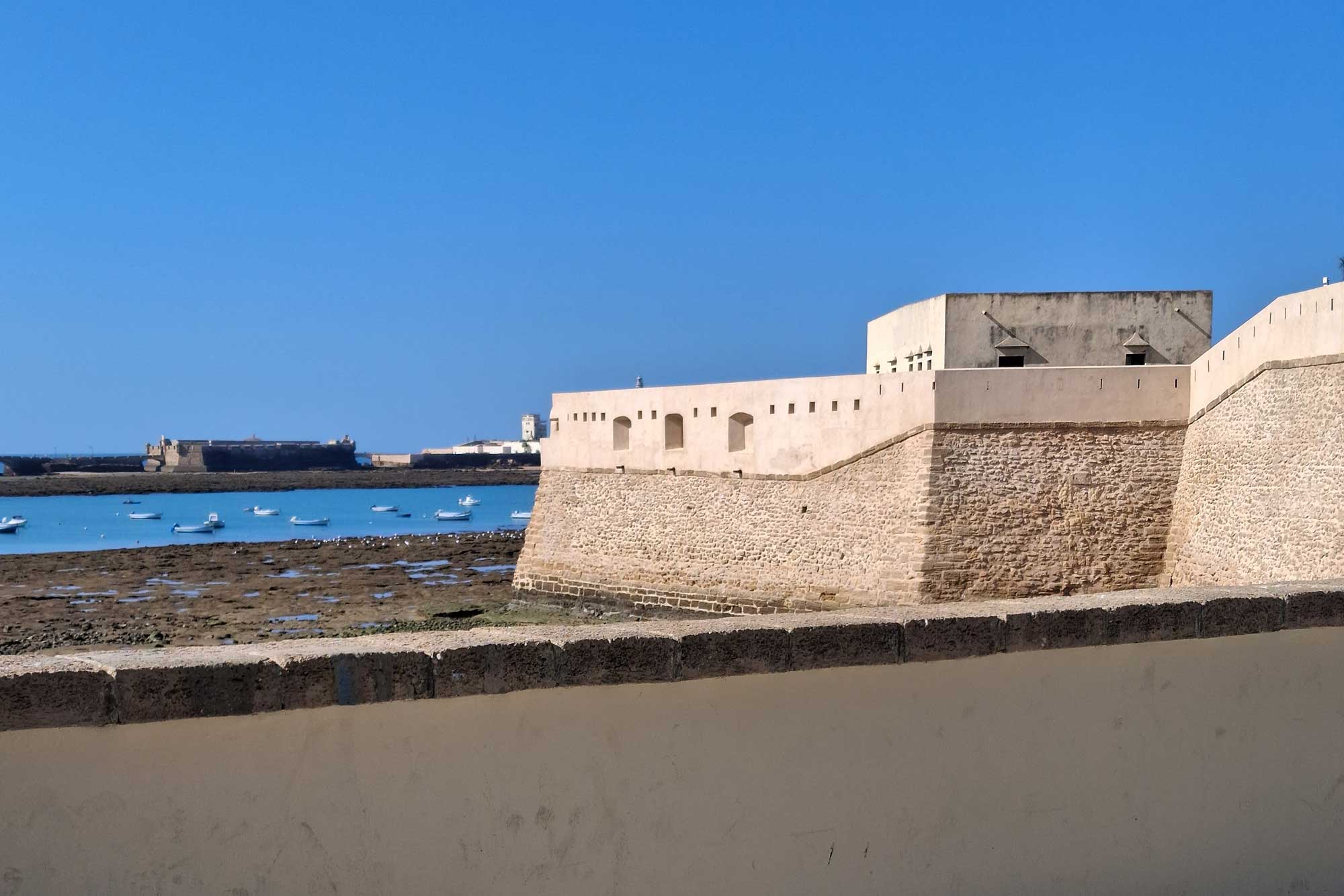
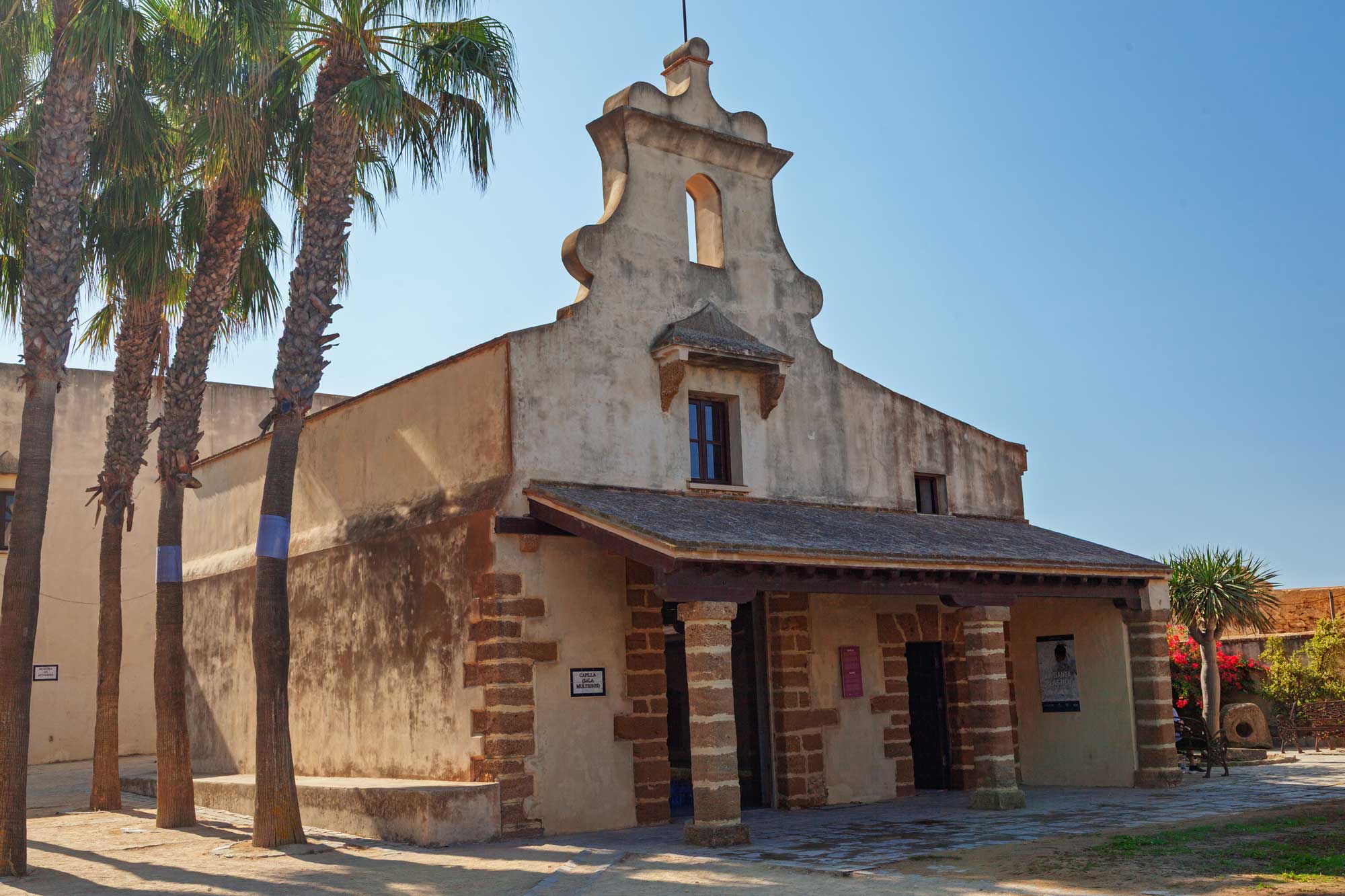
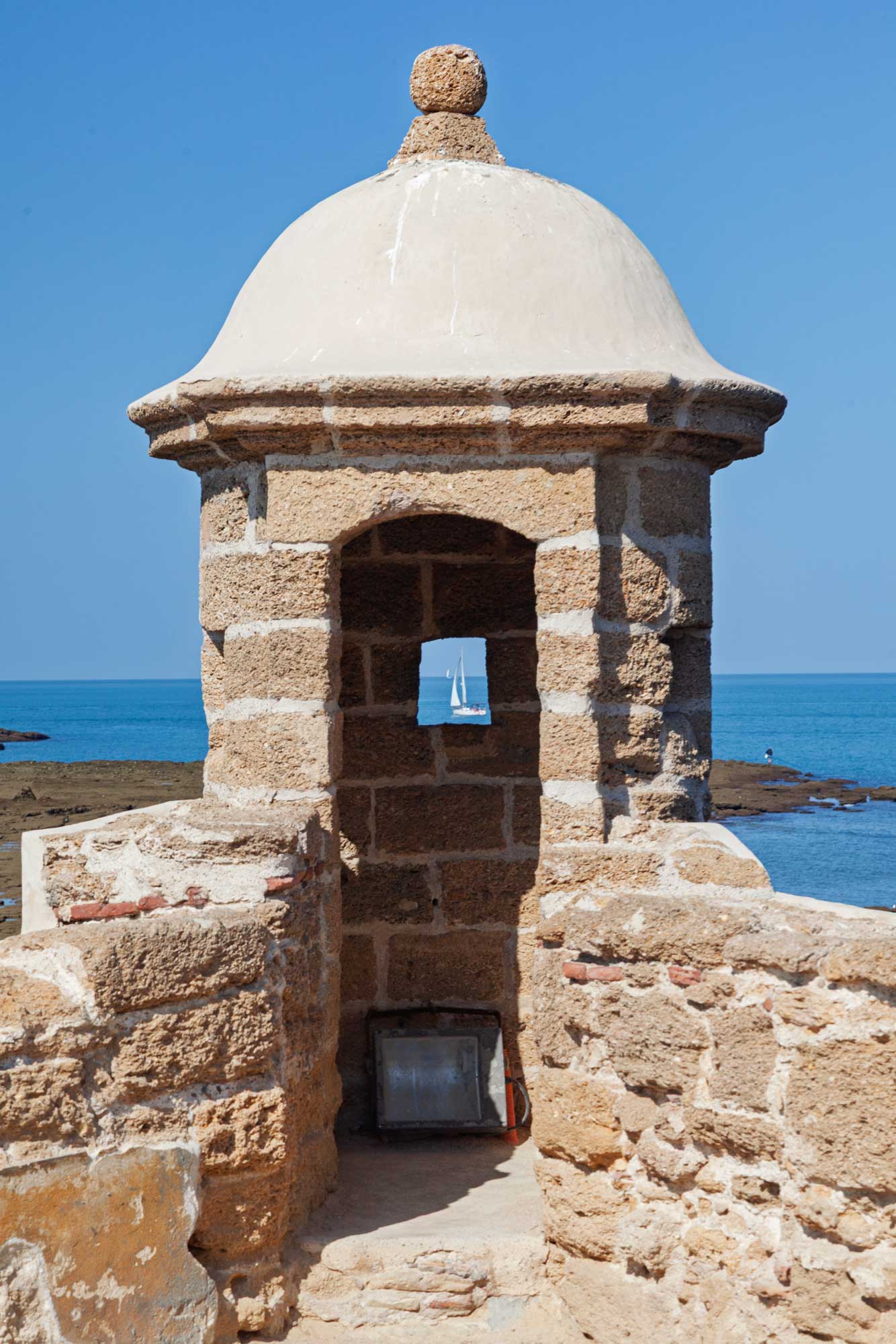
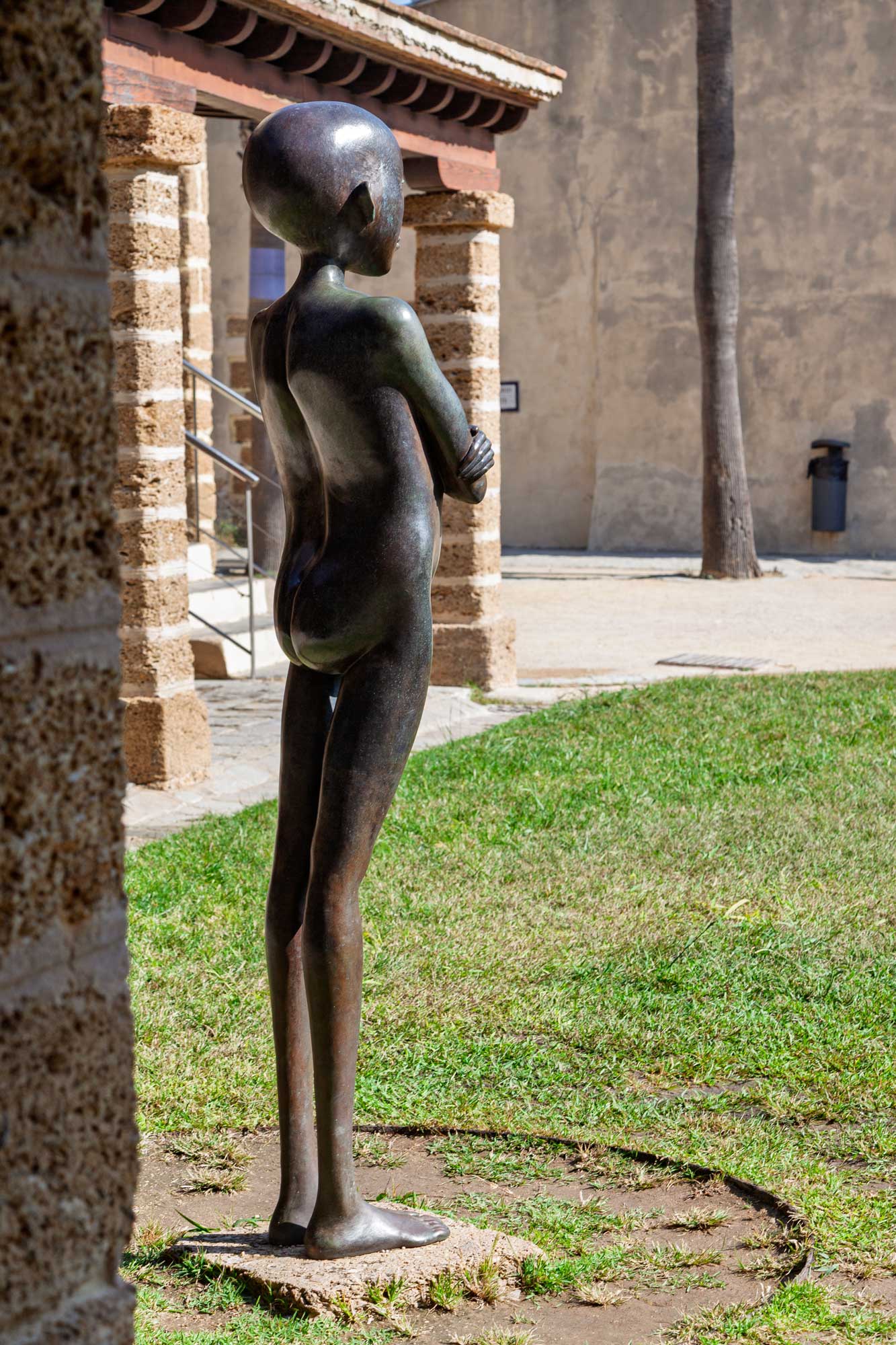
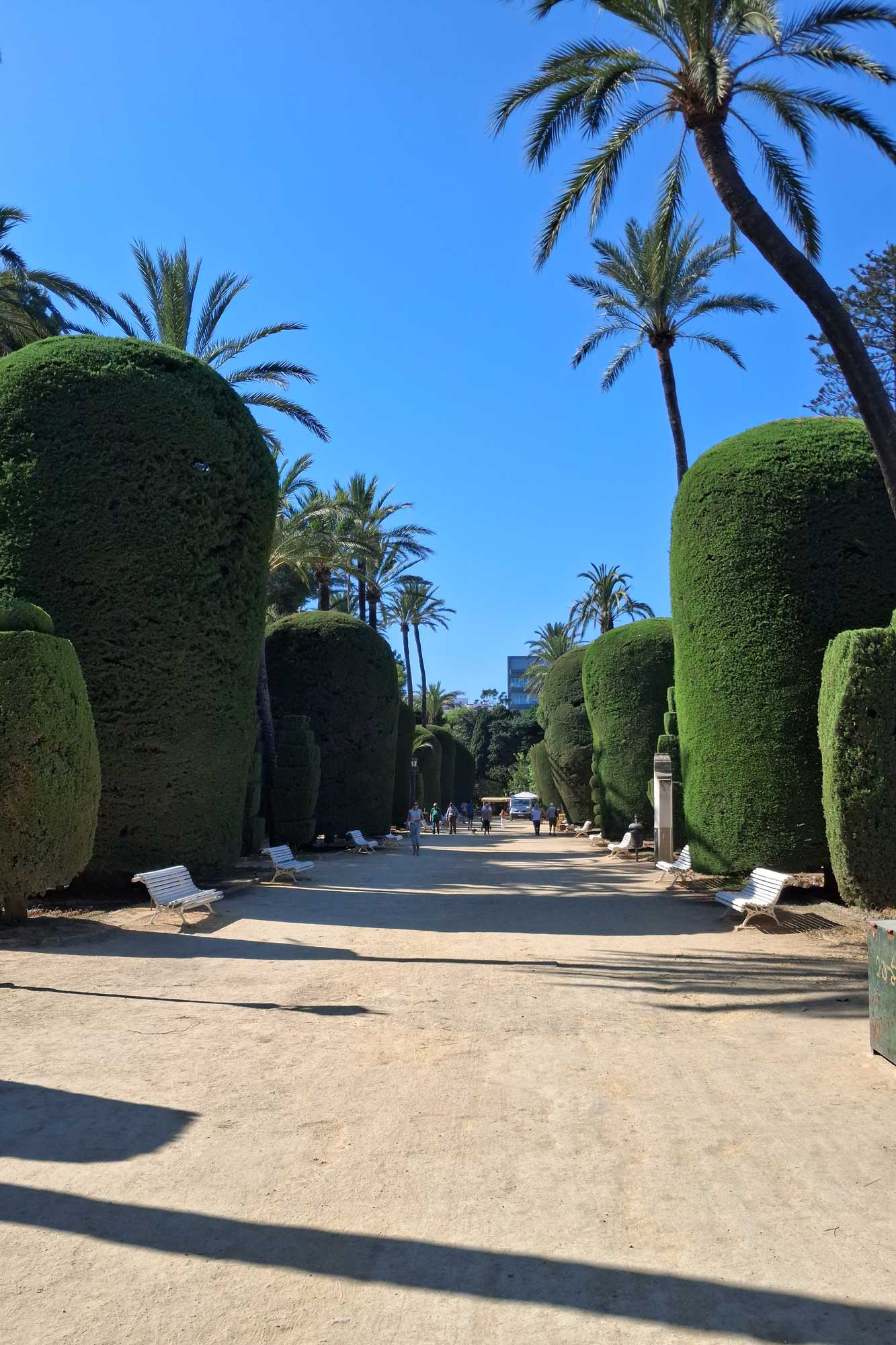
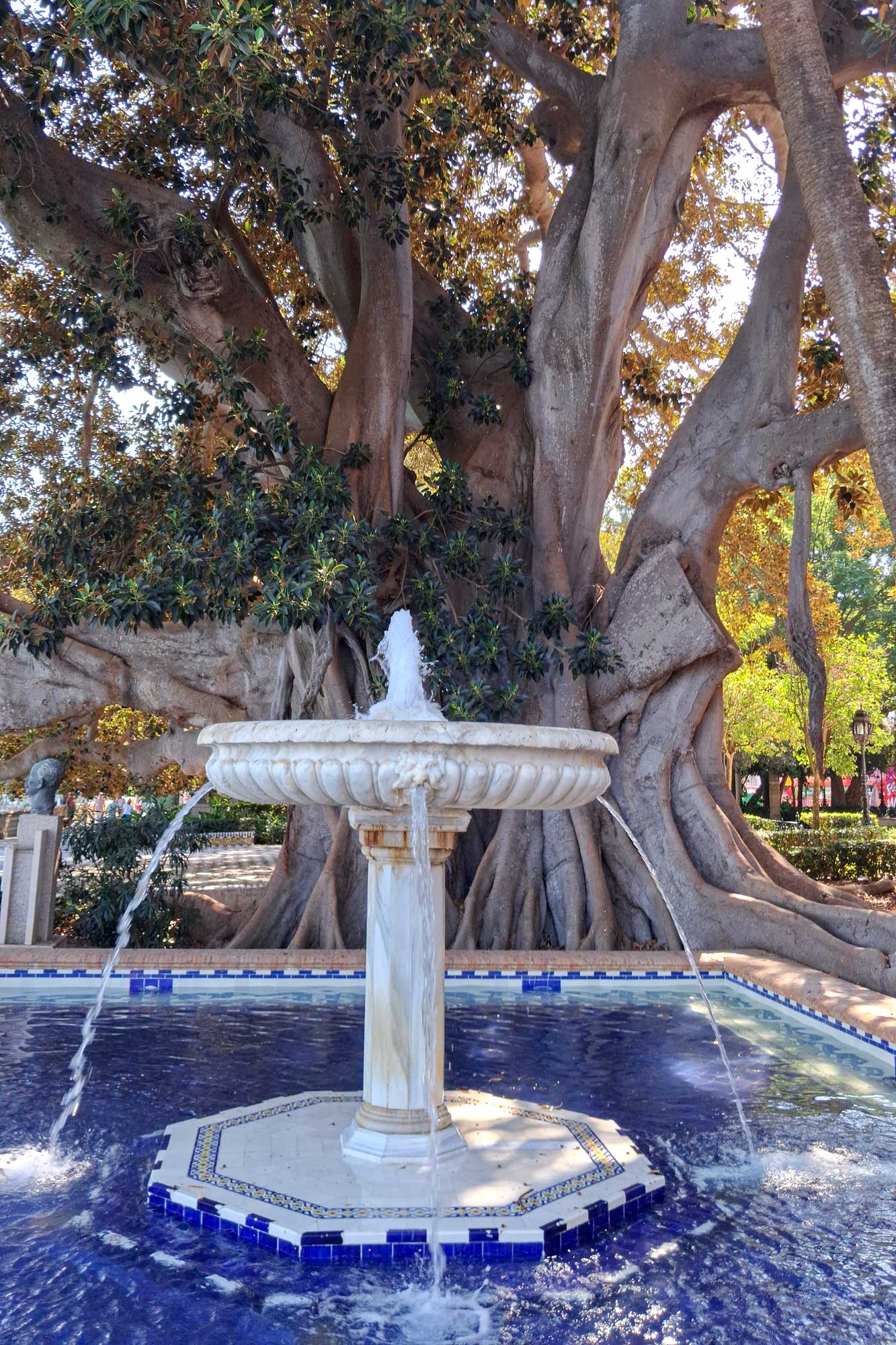
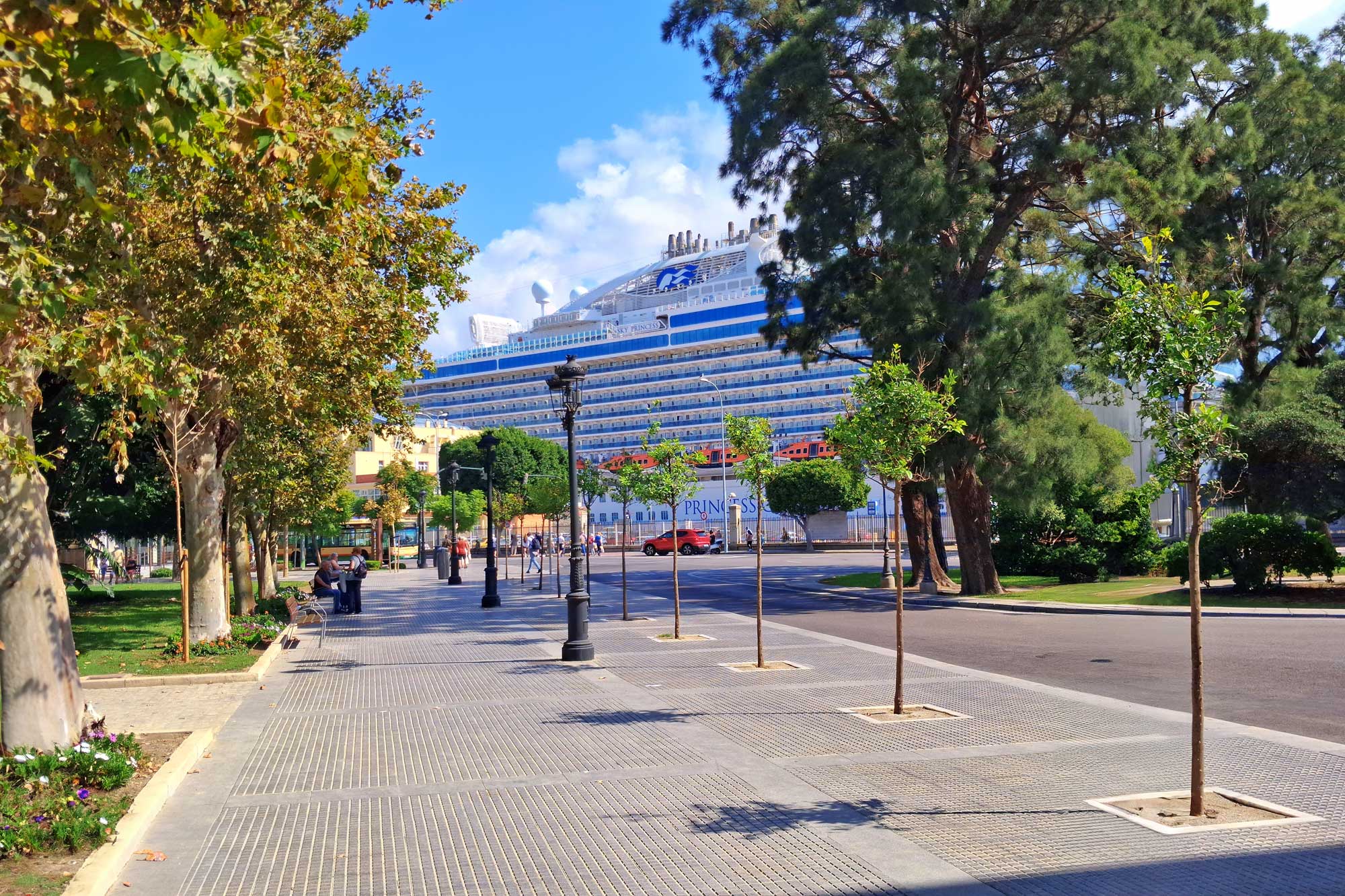
Well, we've finally arrived at our last port of call before returning to Southampton. Only two days at sea after this!
Lisbon is where we have been today. I must admit, we didn't rush to get out as we made the most of the extra hour in bed as a result of our clocks returning to the same time as England.
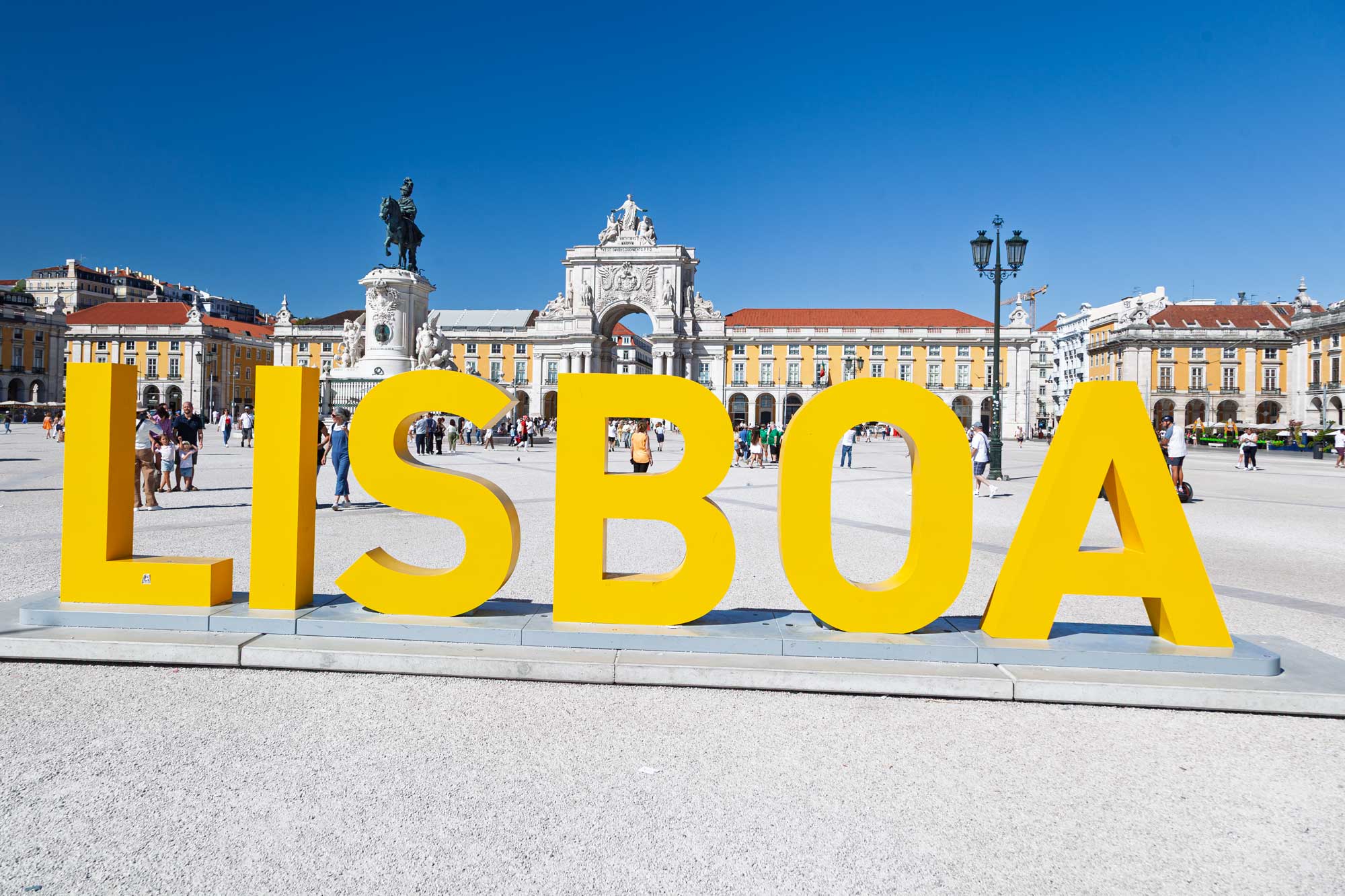
After we had eventually got up and had our breakfast, we decided that our principal destination for the day would be Castelo de Sao Jorge which is a castle that since the time of the Arab occupation right through to the post-Columbus era, was the centre of Lisbon. It's strategically placed on a high hill and originally contained much of the city within it's walls. Nowadays the city has sprawled out in all directions and it's actually hard to spot the castle from the main shopping areas and plazas down on the plain between the castle and the coast.
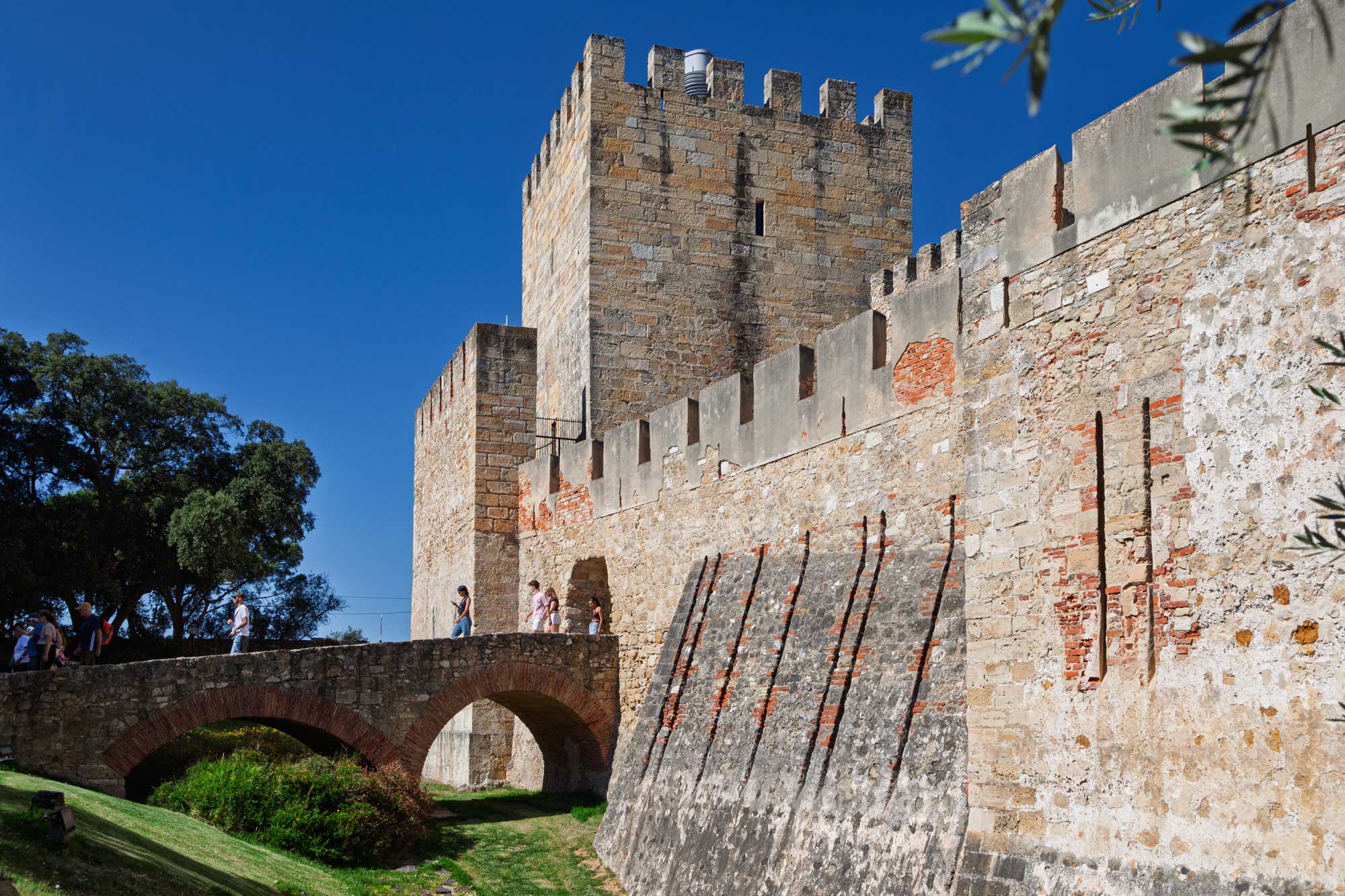
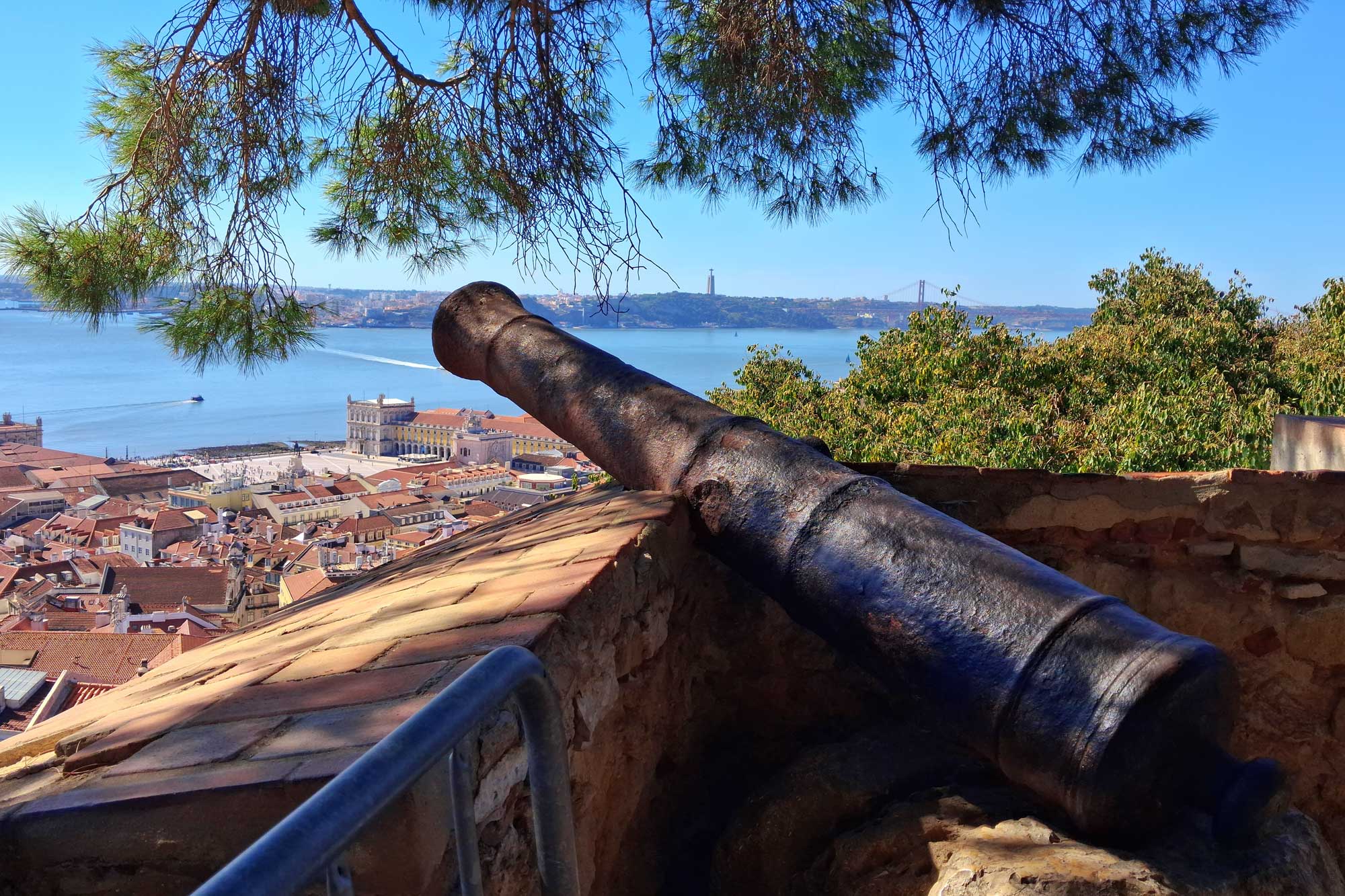
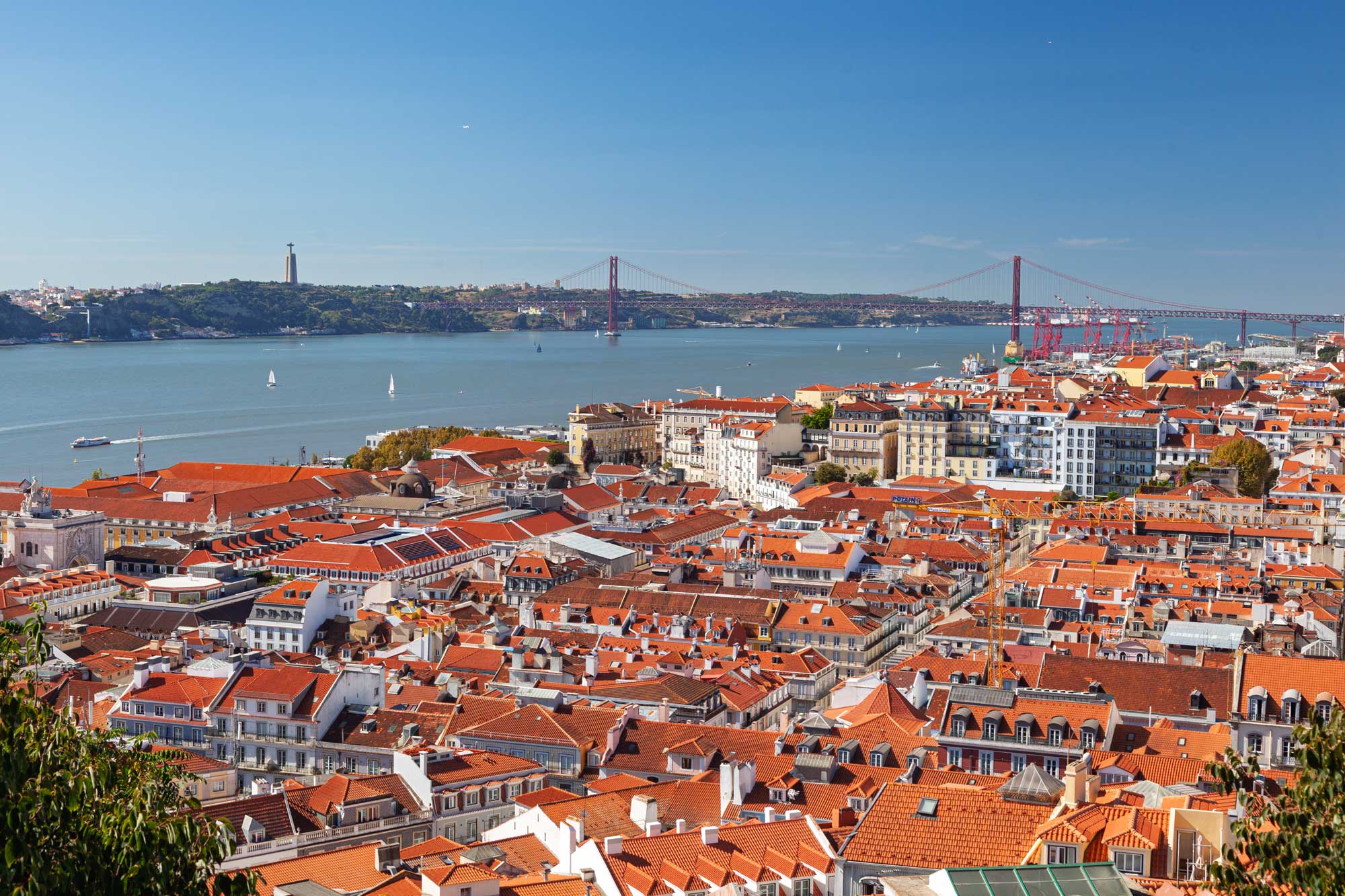
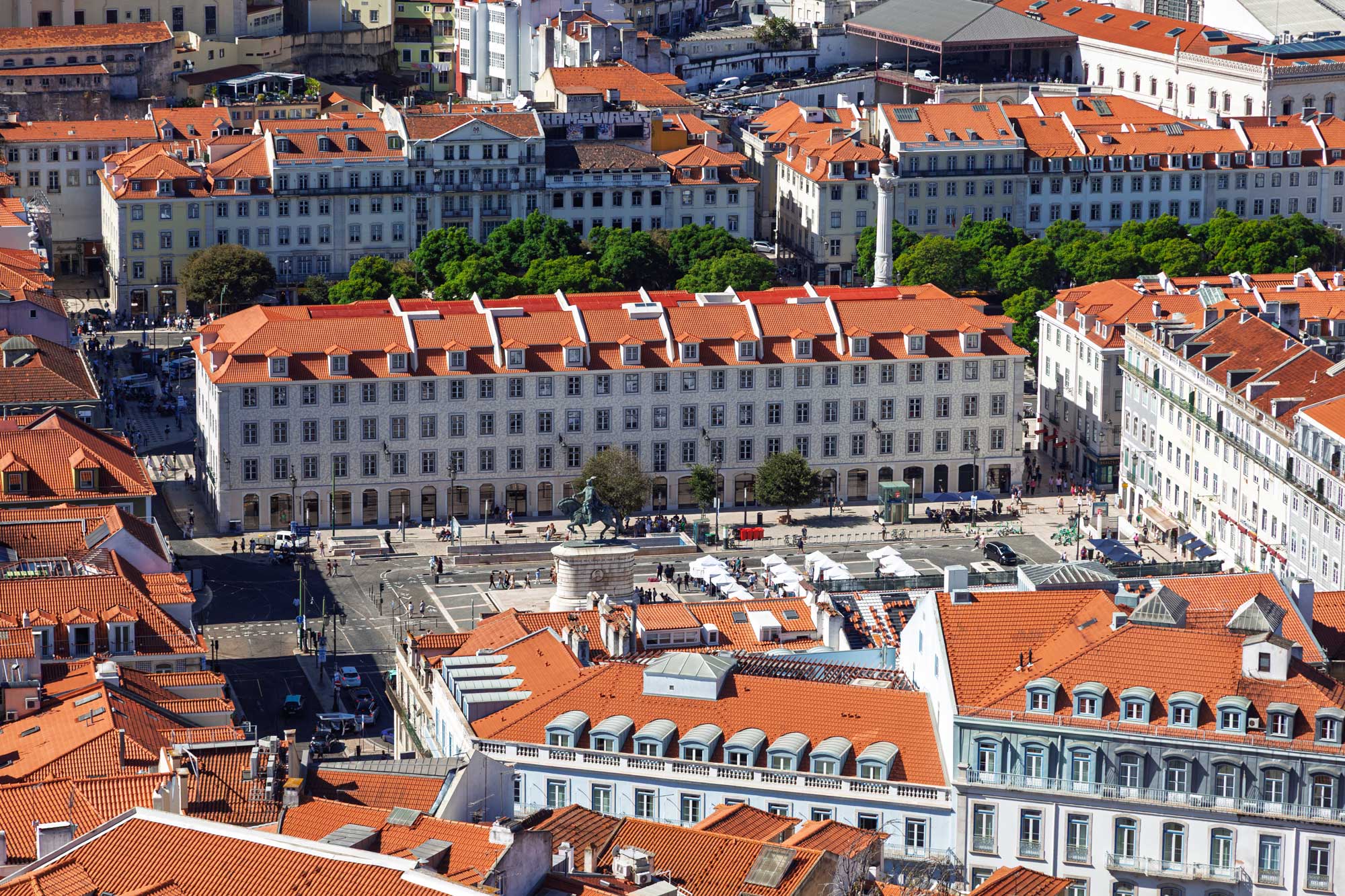
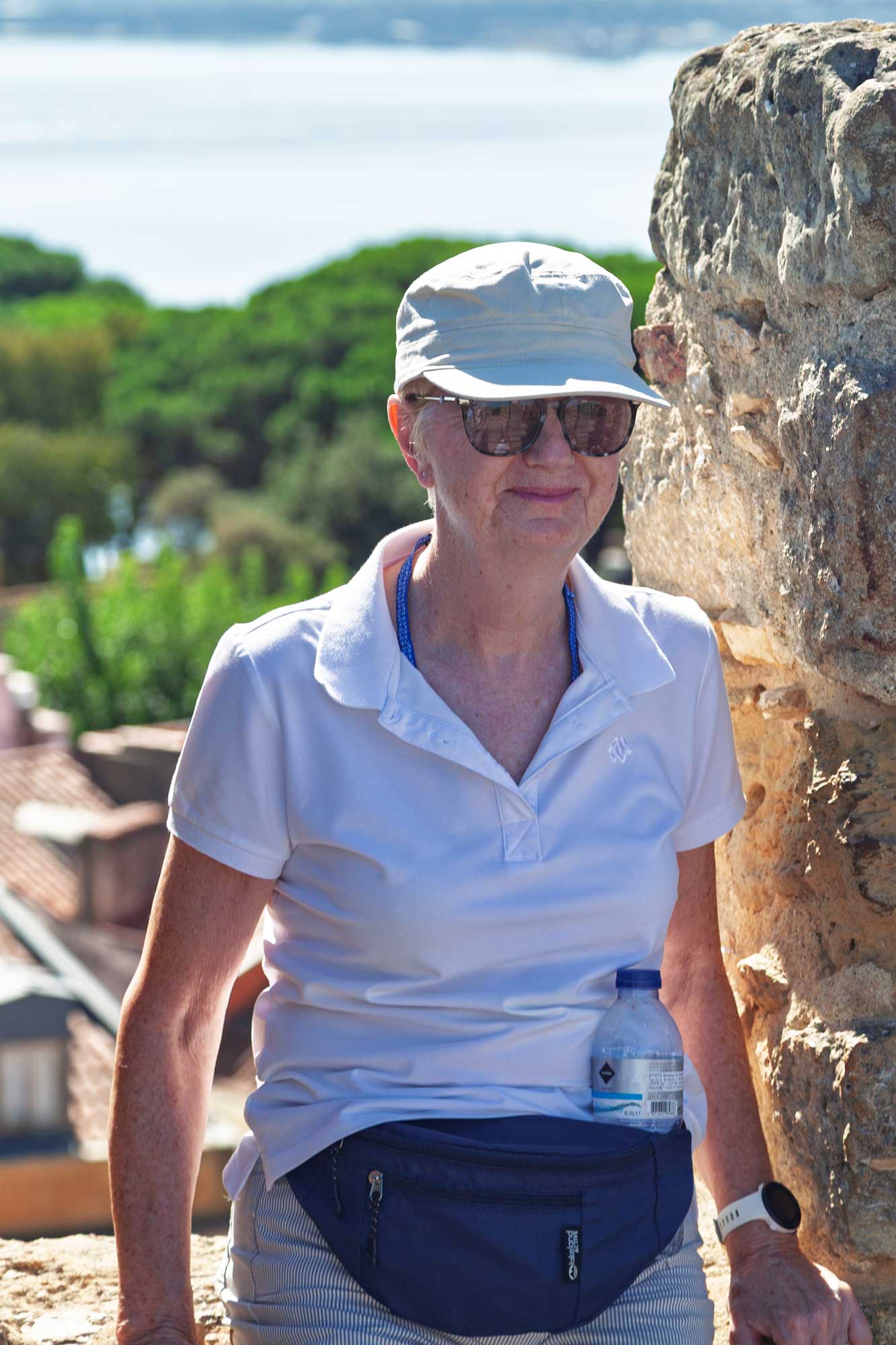
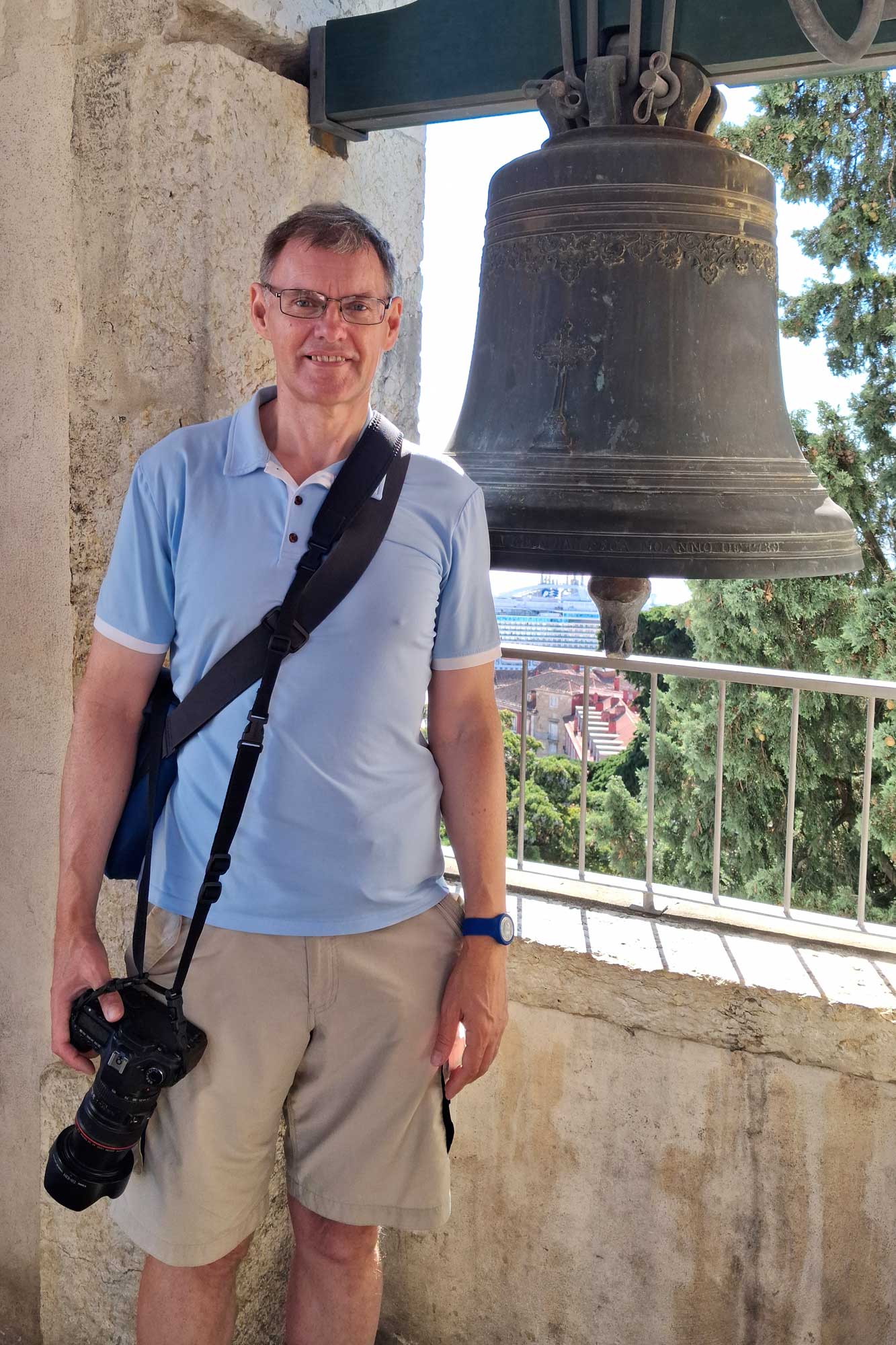
Then we walked back through the centre to the ship, stopping on the way to get something to drink and to try some of the local food (Portugese Tarts)
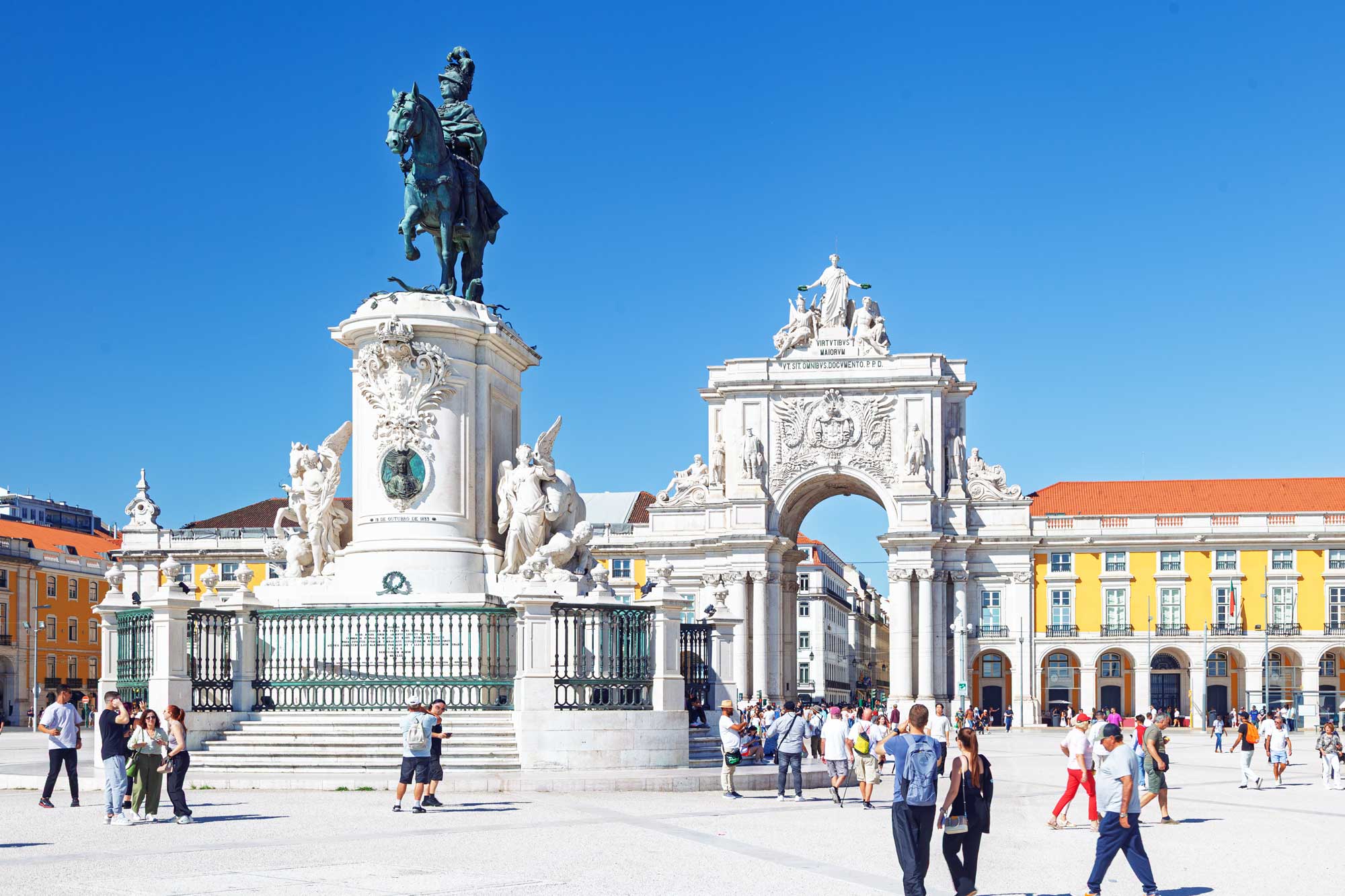
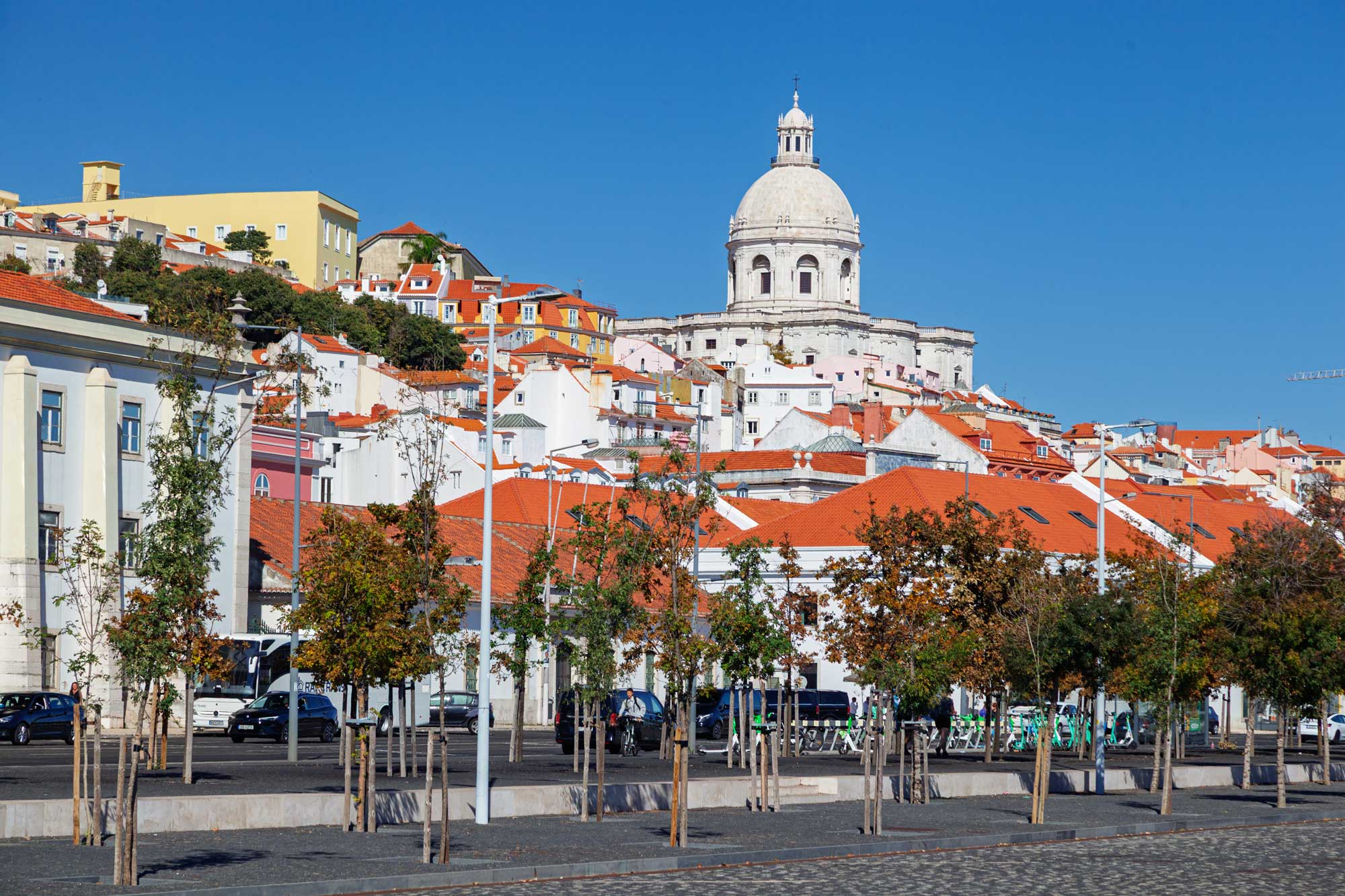
So that is it so far as ports of call are concerned. I may post some more photos from around the ship in the final two days.
I thought it might be interesting though to give my ranking of the places we've visited. Of course this is very much a subjective choice and lots of others will disagree vociferously with my view. Also, the fact that a port may appear low down on my list doesn't mean that I didn't enjoy the time there. It just didn't impress me as much as those listed above it.
From the ports I've enjoyed the most to the least, my ranking is:
1. Istanbul
2. Rhodes
3. Rome
4. Pompeii
5. Athens
6. Chania
7. Malaga
8. Pisa
9. Valetta
10. Lisbon
11. Cadiz
12. Mykonos
13. Heraklion
14. Barcelona
15. Vigo
16. Palermo
17. Kusadasi
I did get round to taking some general photos of the ship on our final sea day before docking in Southampton early the following day. The first one is from The World Fresh Market which, as I've mentioned previously is the place which serves a buffet style menu and therefore where it's not so necessary to dress formally. The photo just shows the area where you can get hot or cold drinks to have with your meal.
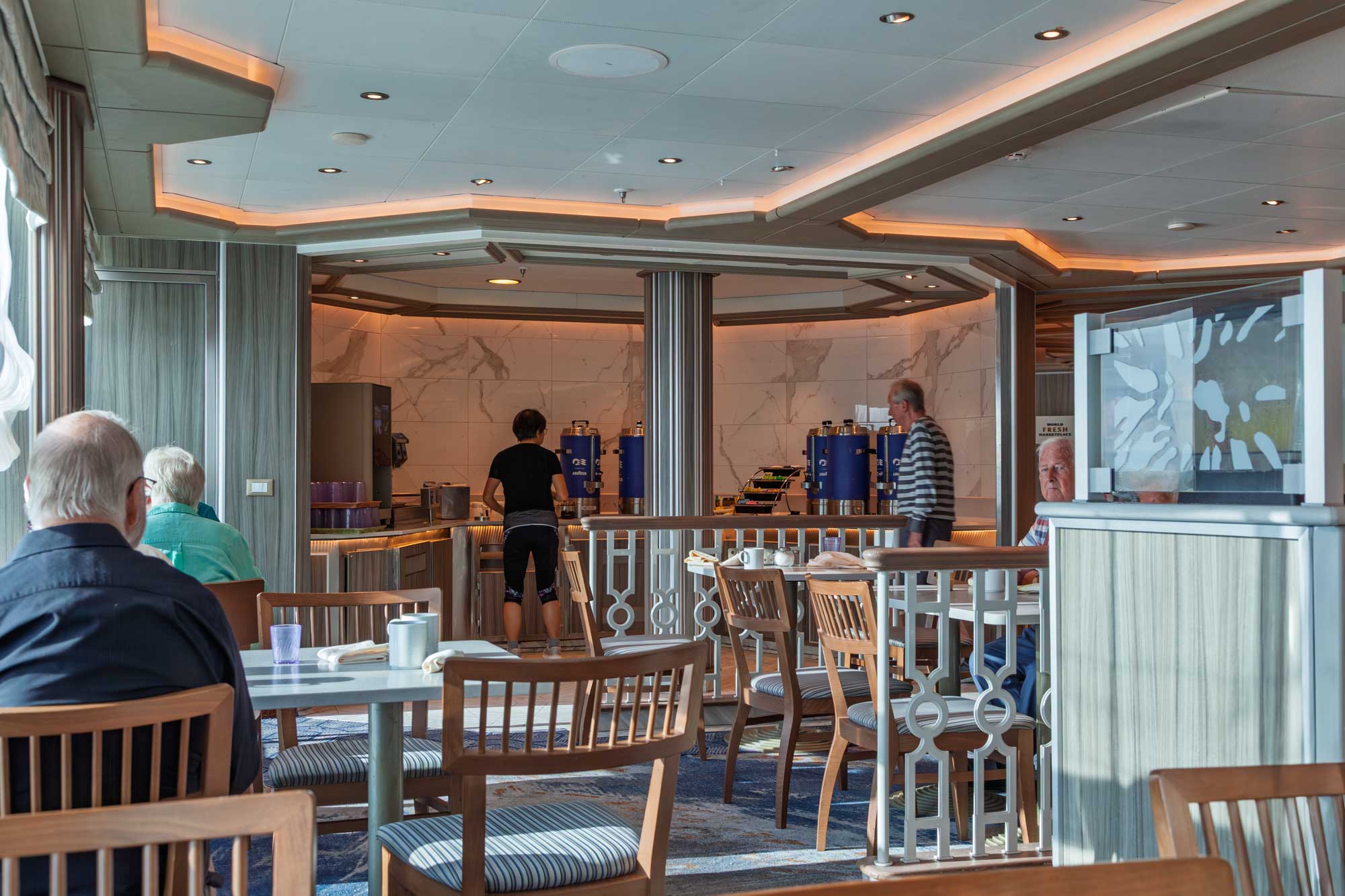
The ship has five table tennis tables. Four of these are outdoors near to the two main swimming pools. They are shielded from the wind though so they are perfectly playable. However, when we sailed to Canada last year on this same ship, we happened to find a tennis table indoors which is an area set aside for the youth. However, as there were very few under-18s on our cruise we found, as we did last year, that the table was free for us to play on. Also we seemed to be the only people onboard that knew about it (until I happended to give our secret away to another couple who were keen enough on table tennis to have brought their own bats along with them). We therefore played mainly on the indoor table. Whether we played outdoors or indoors, the result was usually the same ... Pat won!! We played matches of the best of 3 games on any day that we were fit to play. We finished the cruise on a score of 12-3 in Pat's favour.
(I got my own back at Backgammon ... I defeated Pat by exactly the same score: 12-3)
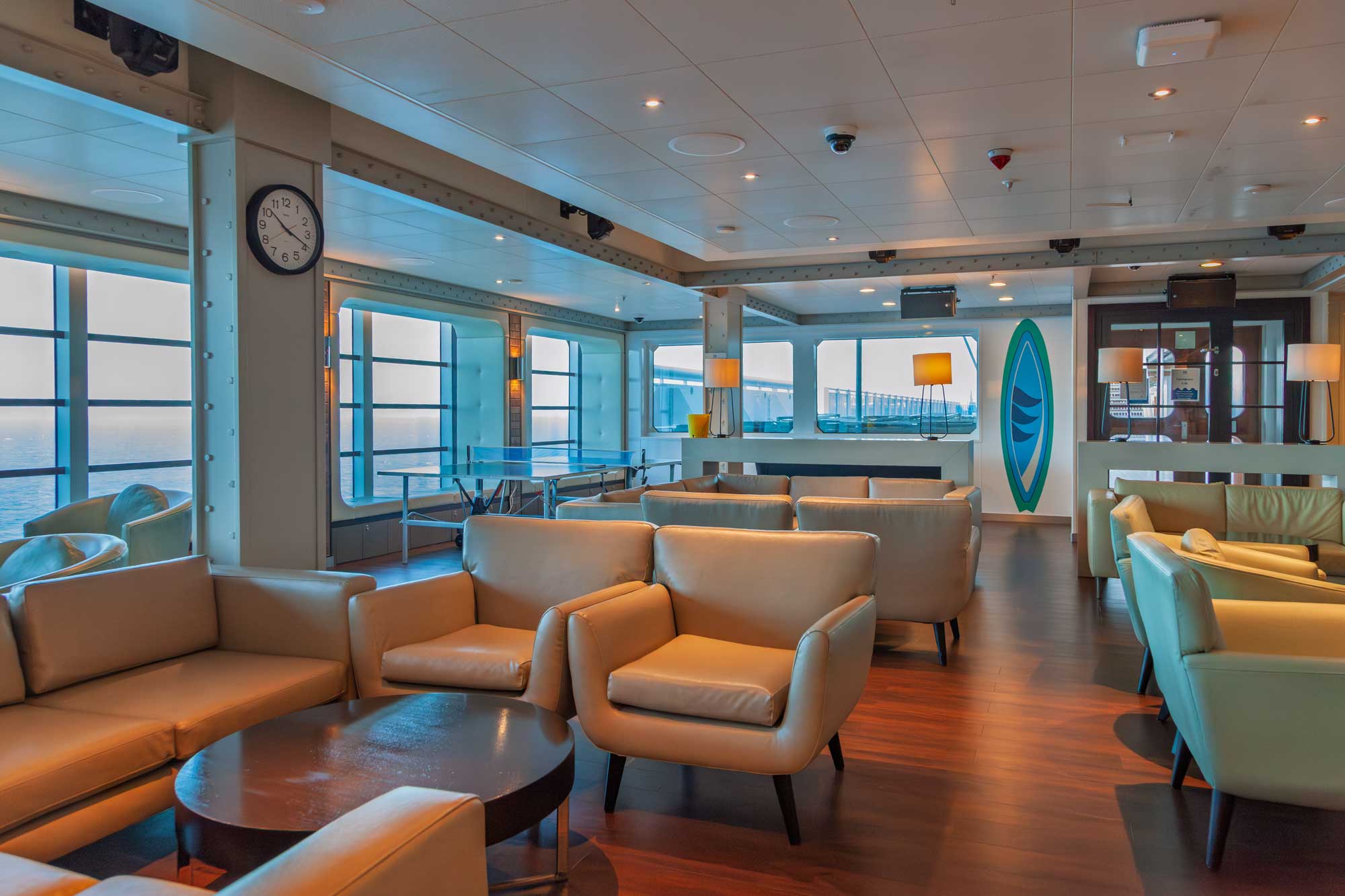
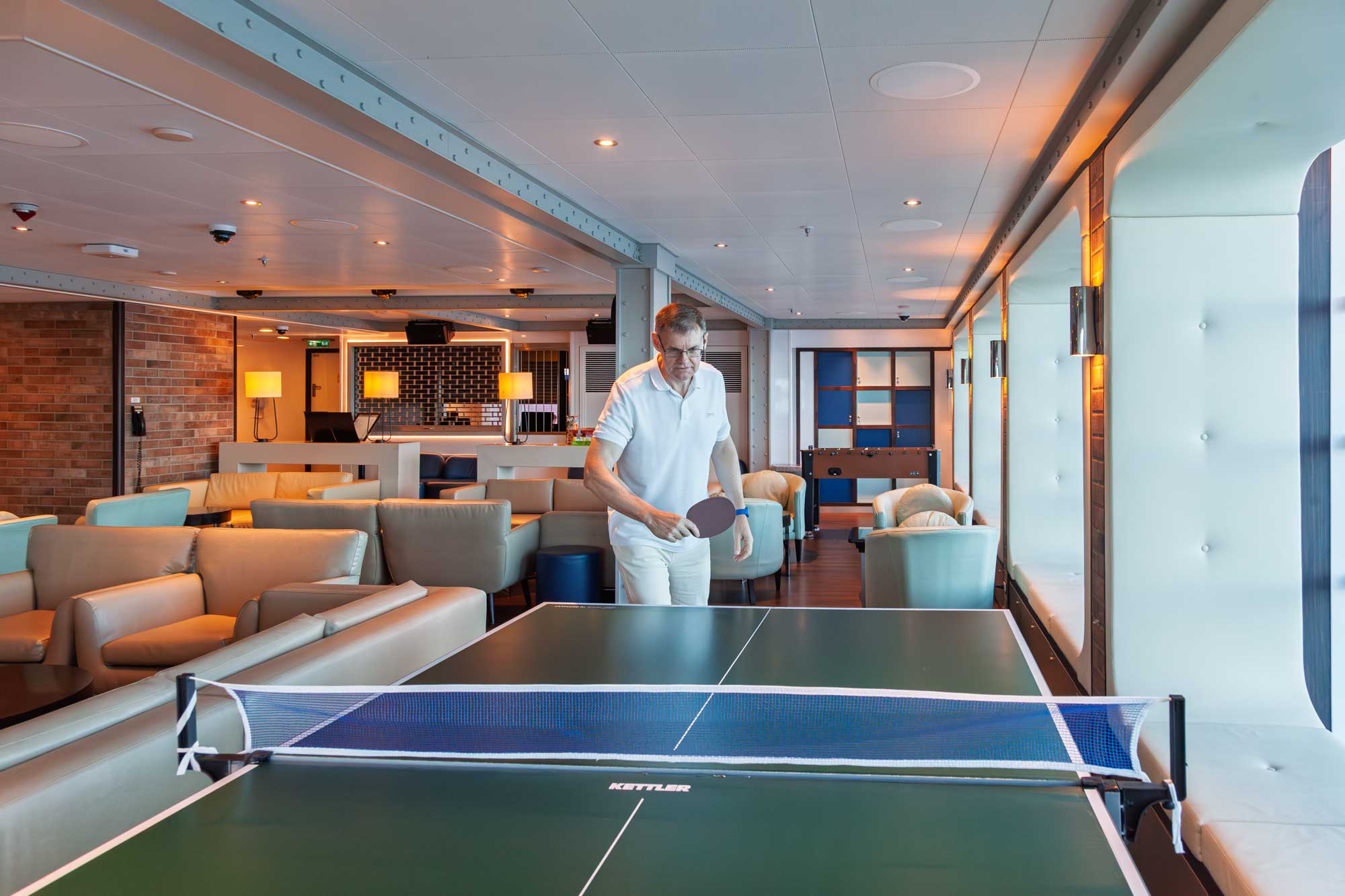
A couple of the crew onboard:
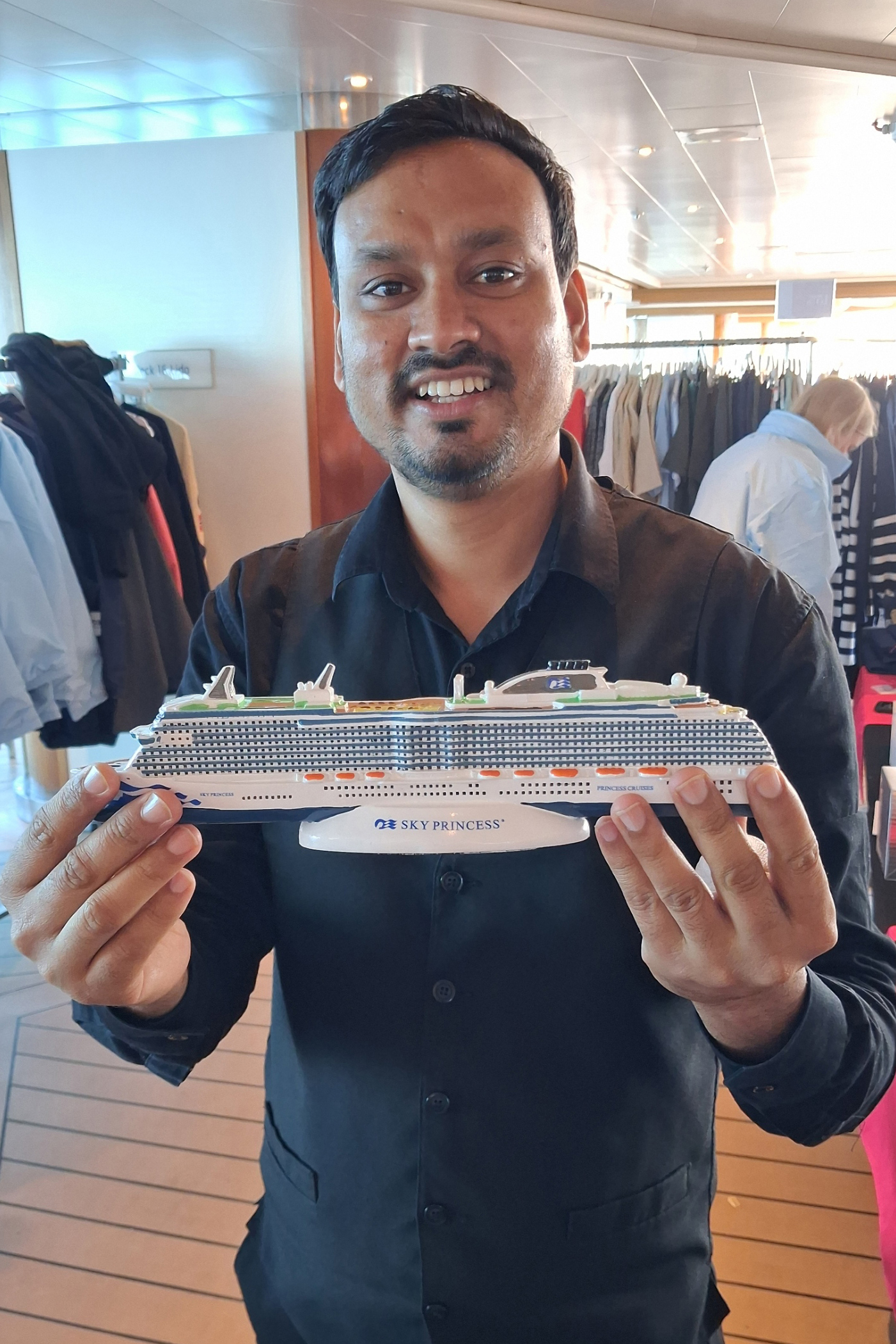
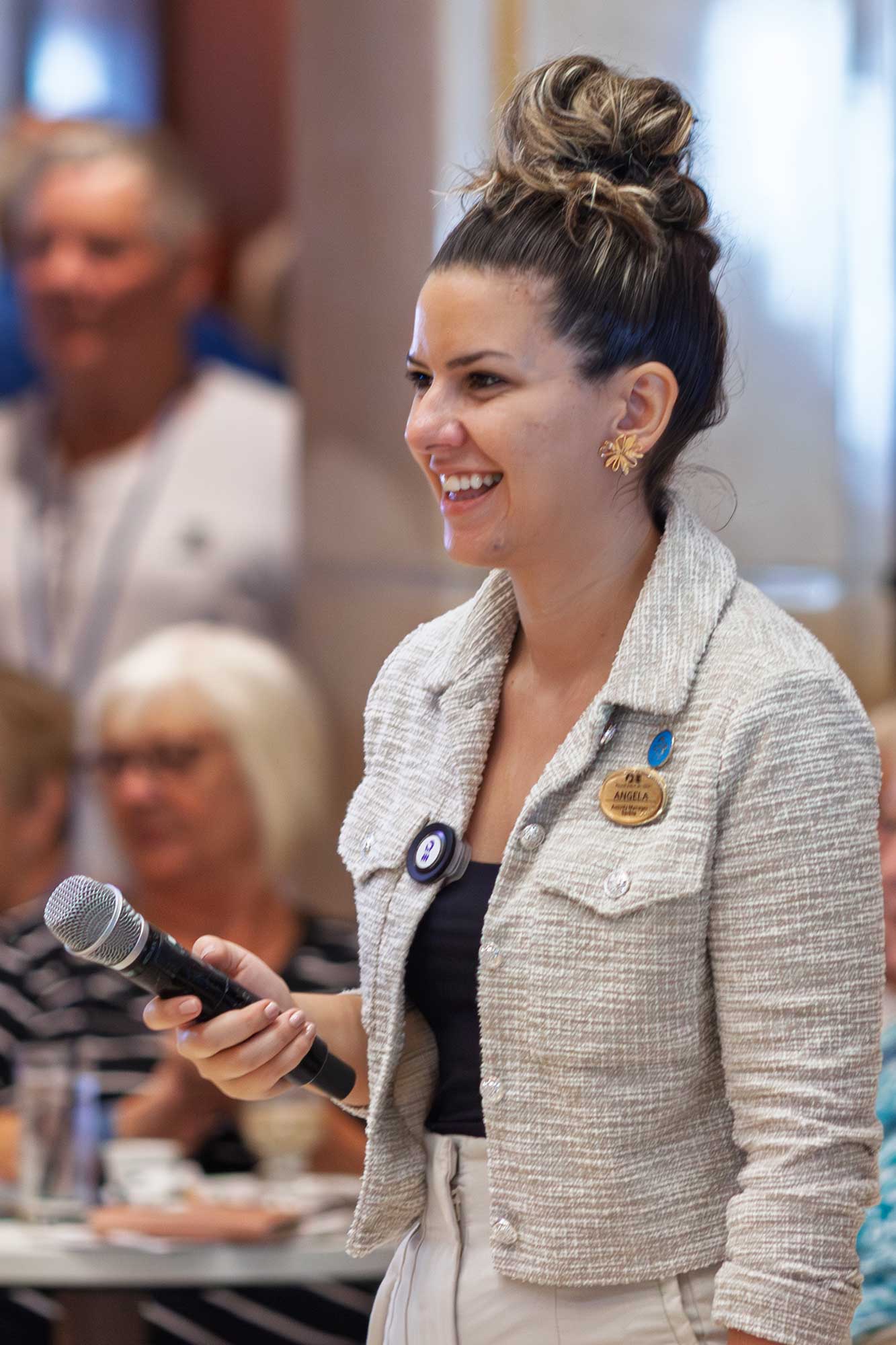
A farewell party/parade took place in the Piazza which was attended by a lot of the crew members:
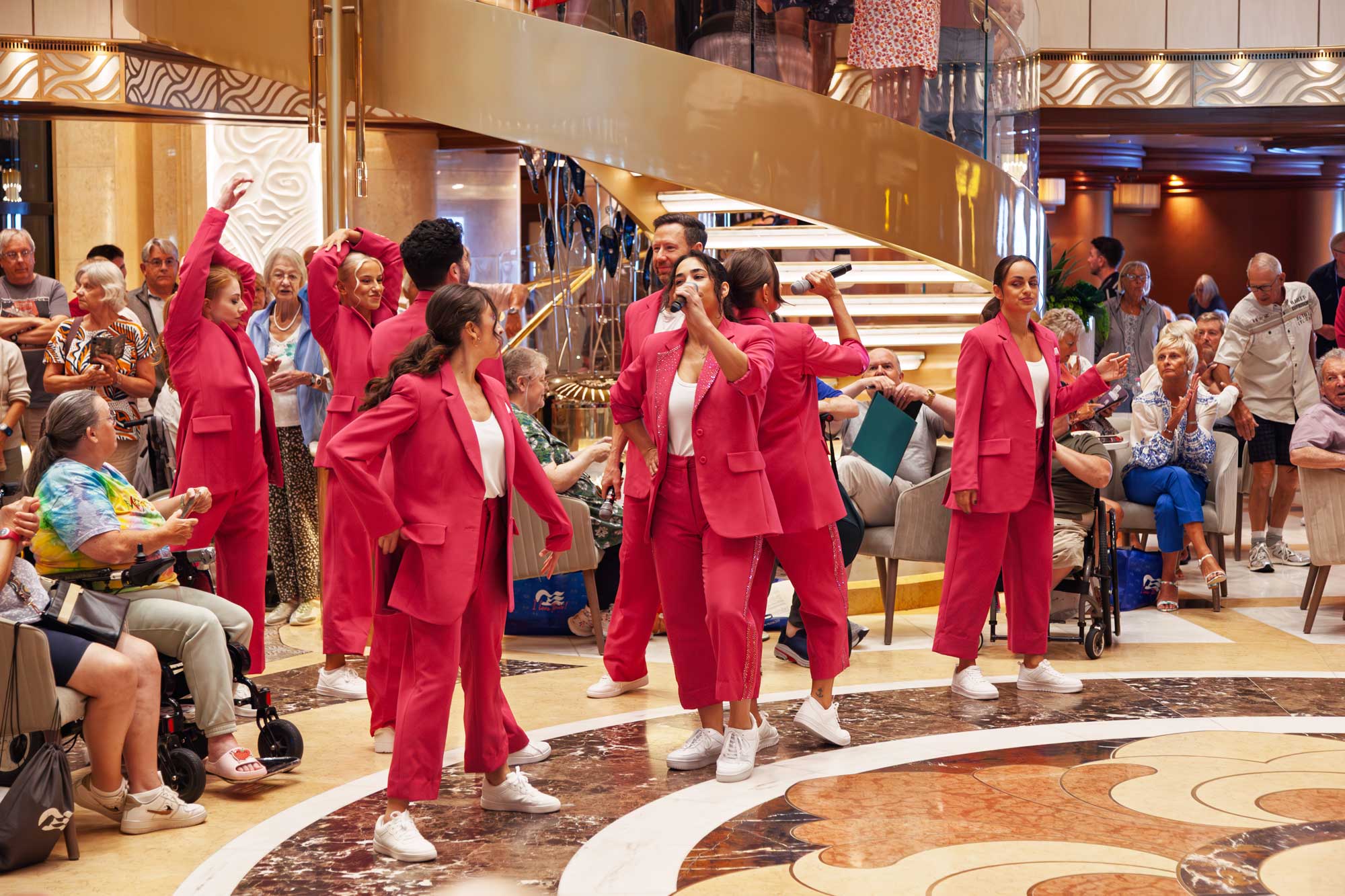
This is our cruise director, Matt. He was responsible for all the daily events and shows in the evening. He was quite a comedian himself. He did an excellent job!
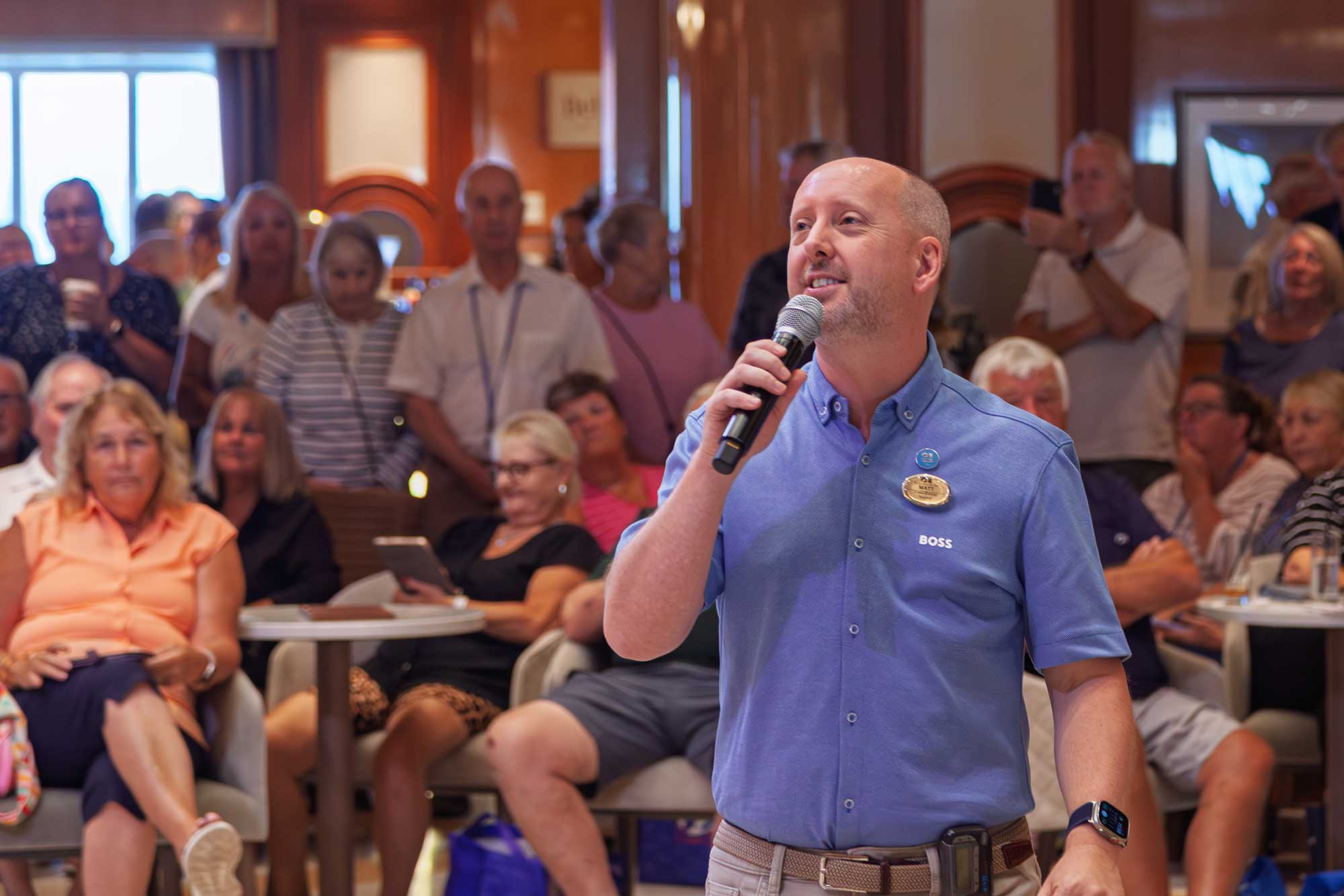
The next photo shows the cabin stewards in the parade. The cabin steward for our room (L217) throughout the journey was Winston, who was very efficient, accomodating and friendly. He's the guy in the middle.
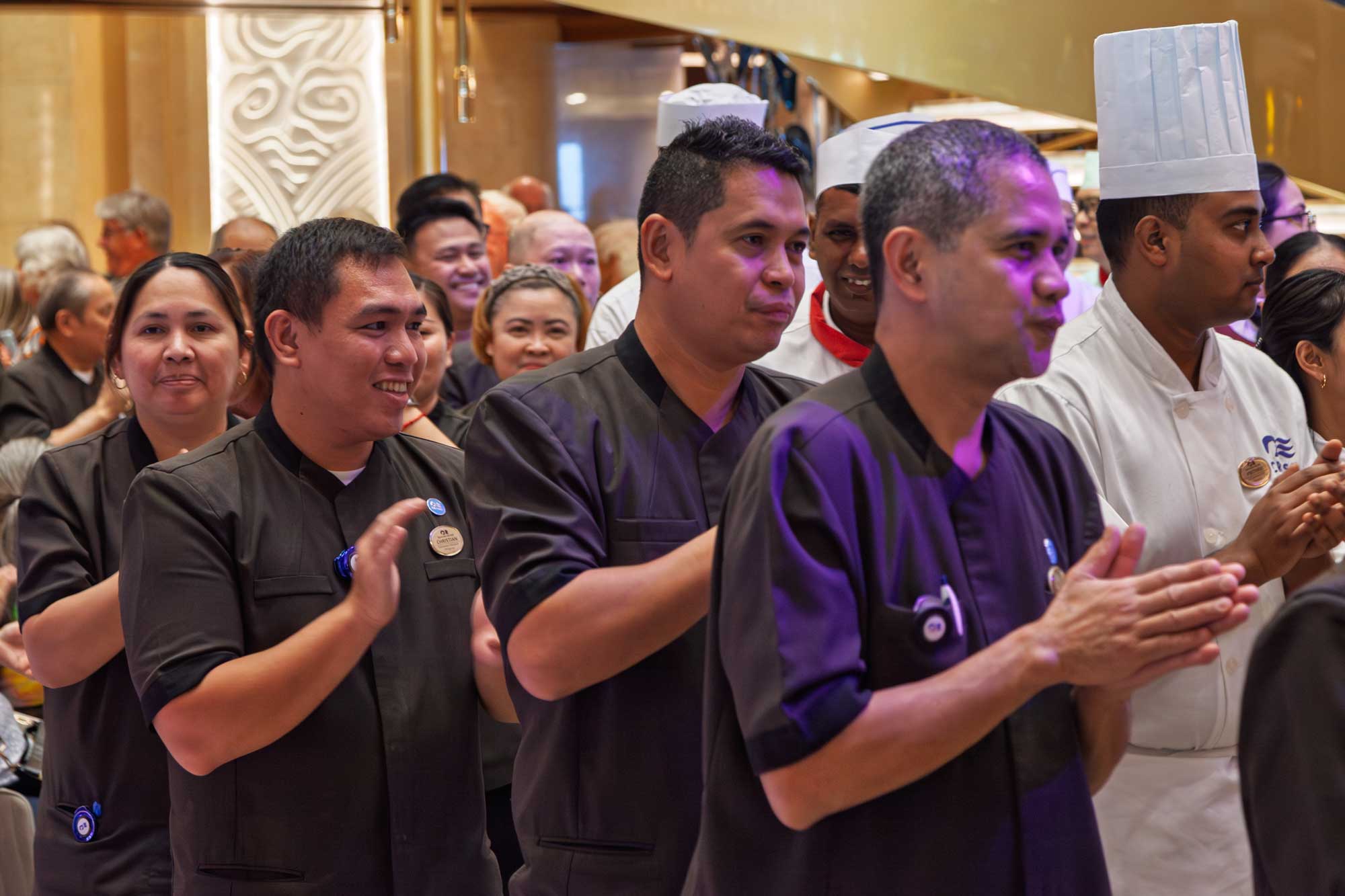
The guy with the microphone was our captain for the journey from Istanbul to Southampton.
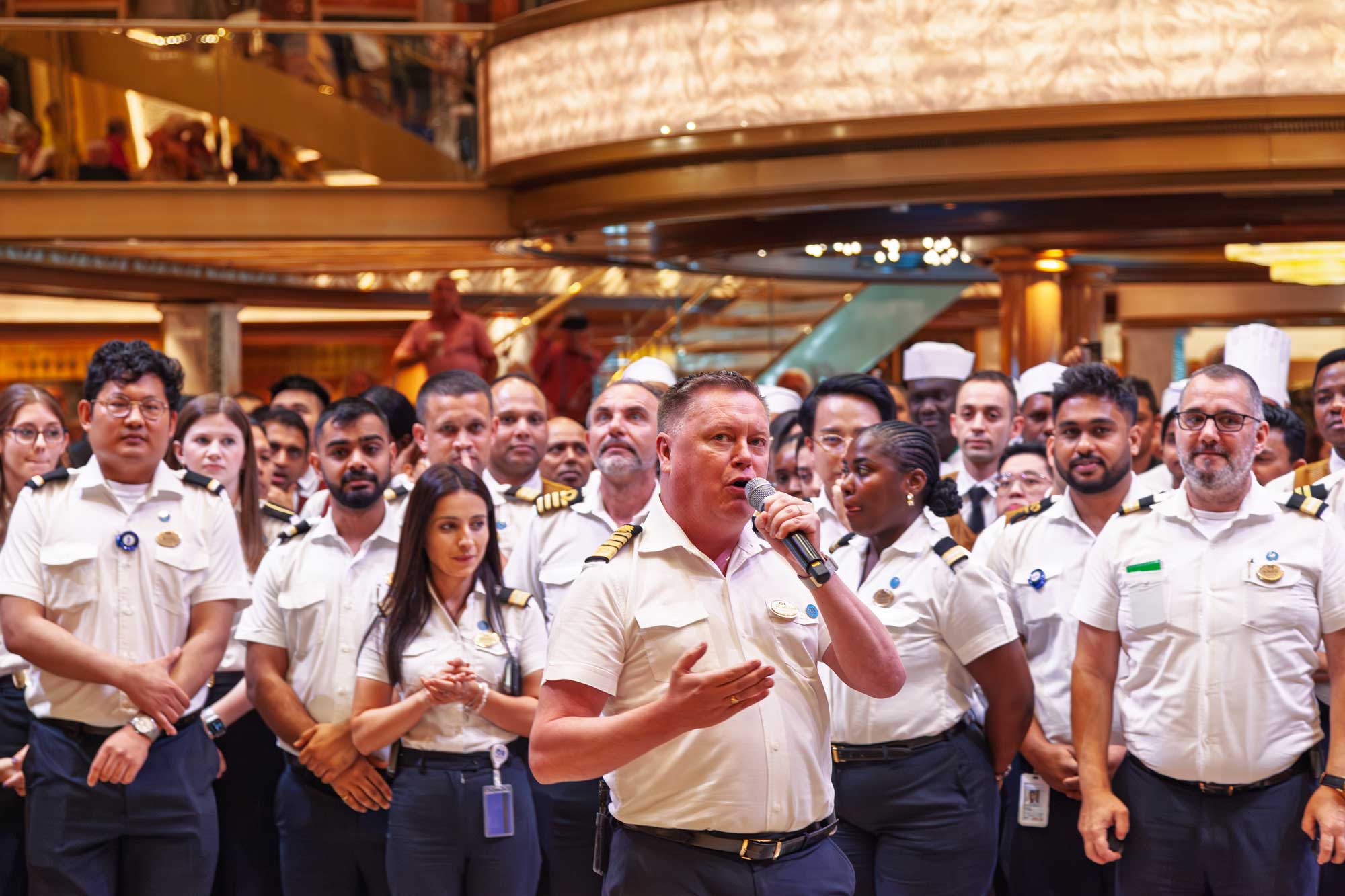
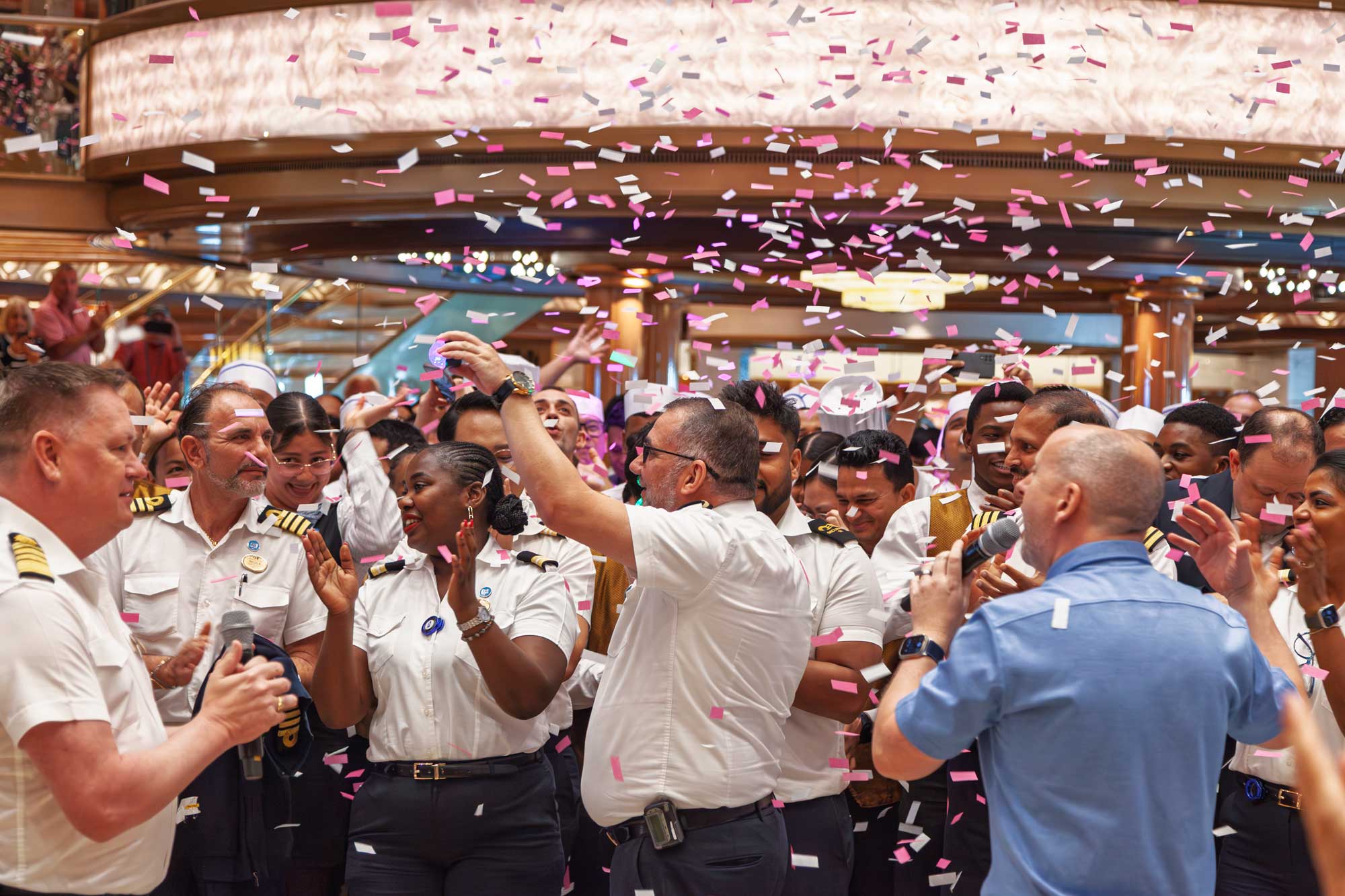
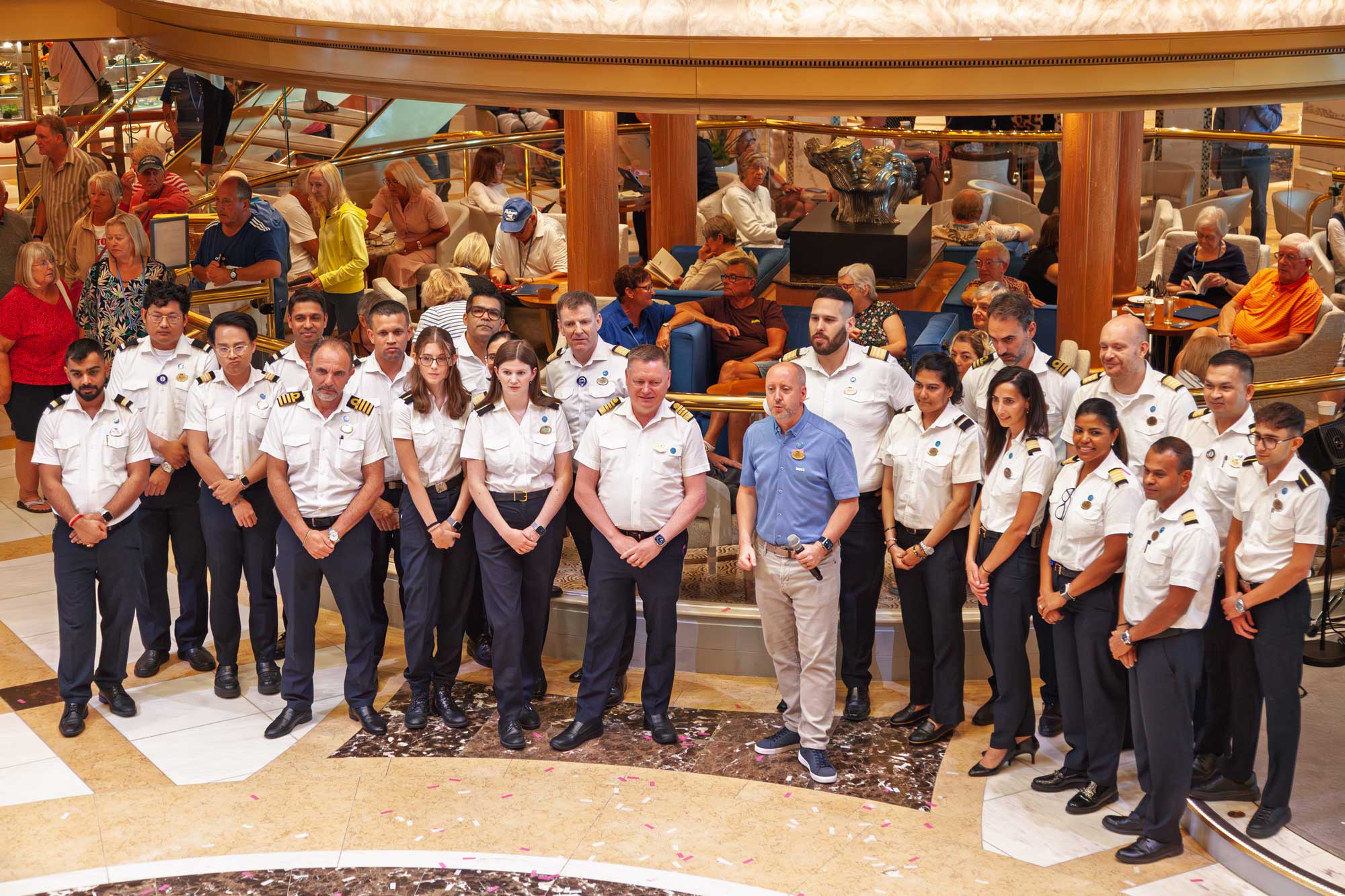
Next are a couple of photos of The Vista Lounge. There are a couple of theatres on board. The main one is the Princess Theatre where the main productions take place. It holds 922 guests and the shows are performed twice each night (sometimes three times for very popular acts). The Vista Lounge is much smaller but still holds a couple of hundred people. It makes for much more intimate performances. Quite often the main acts will perform there a couple of nights after playing in the Princess Theatre.
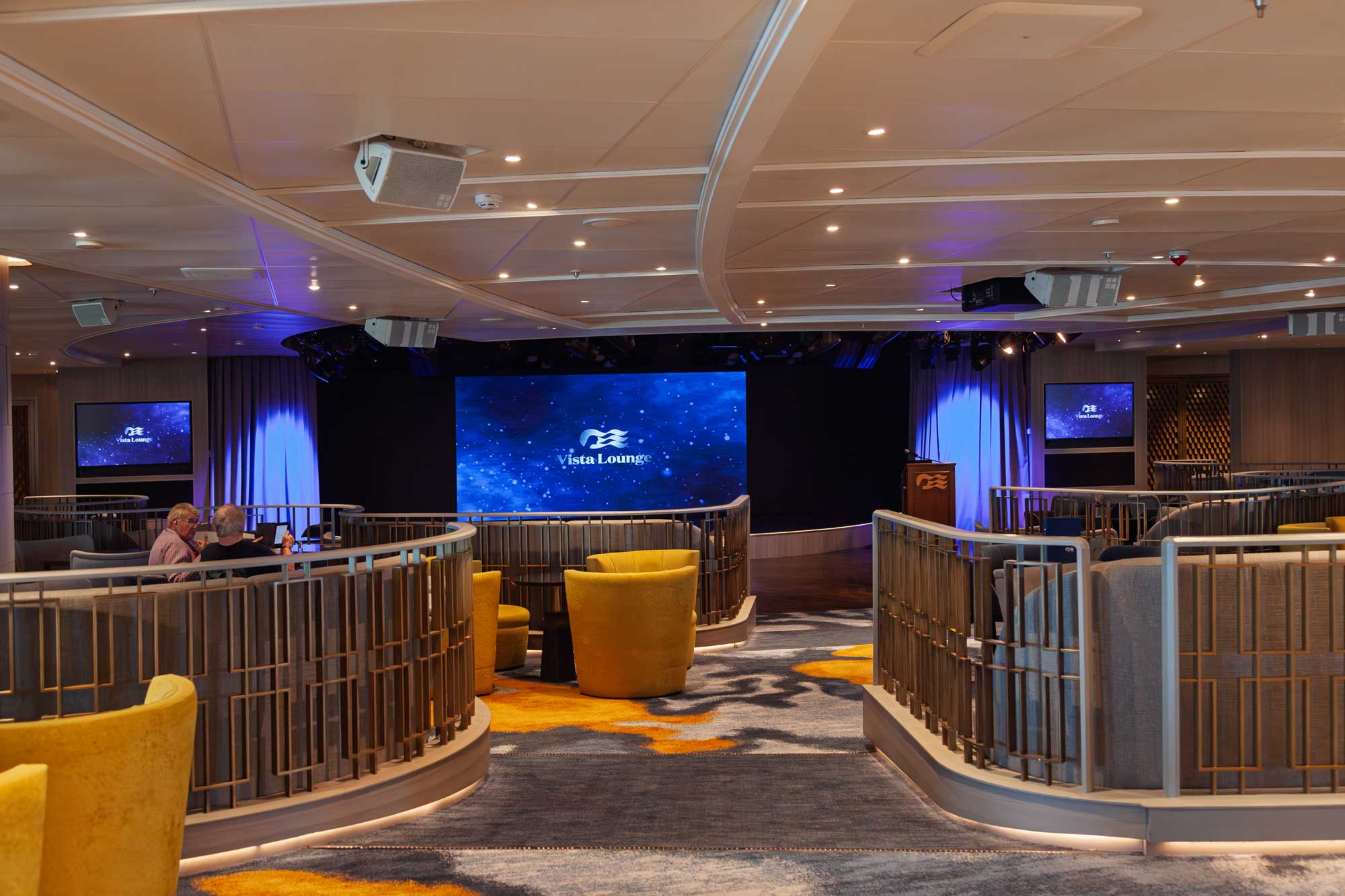
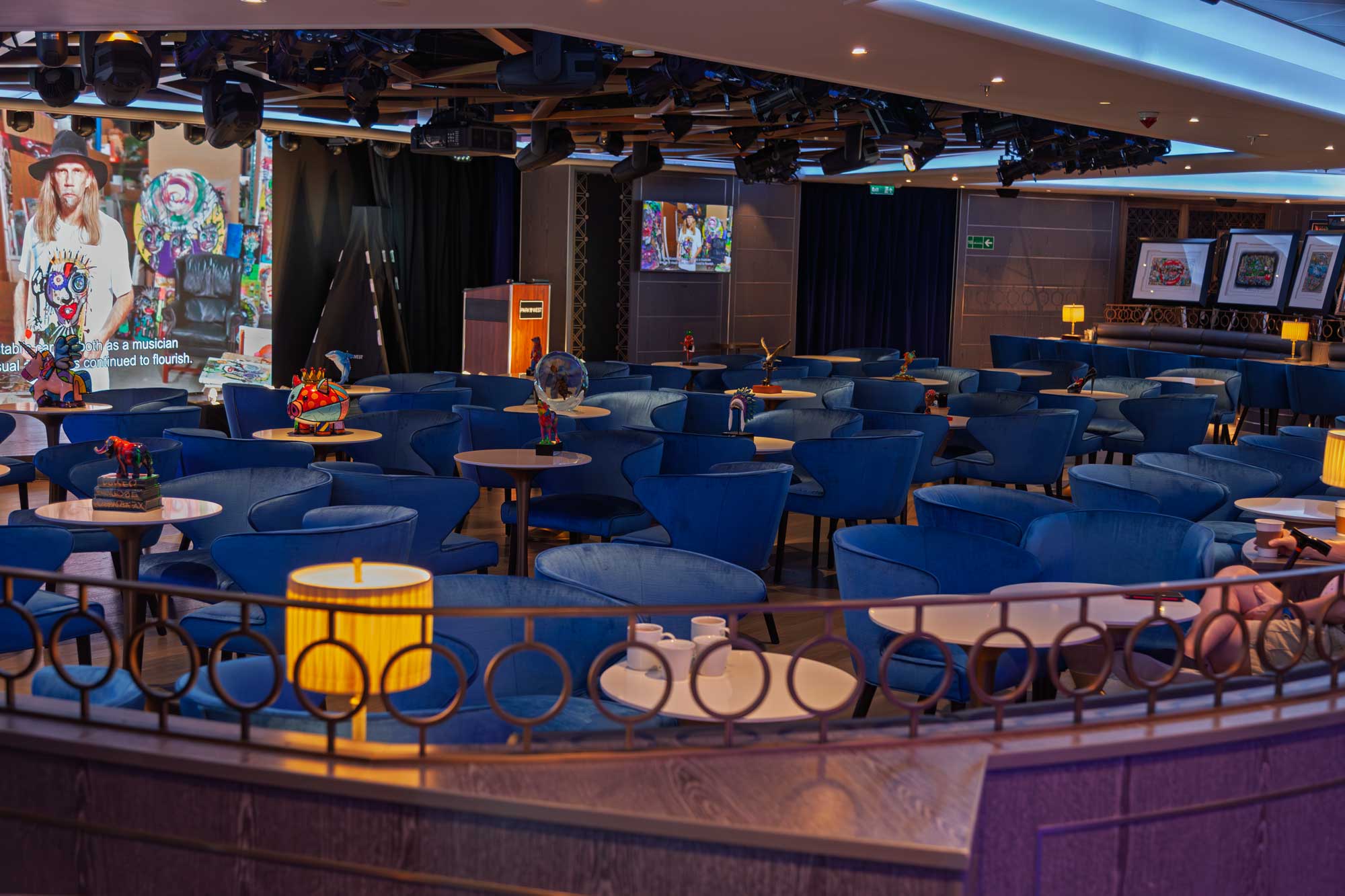
One of the many bars onboard:
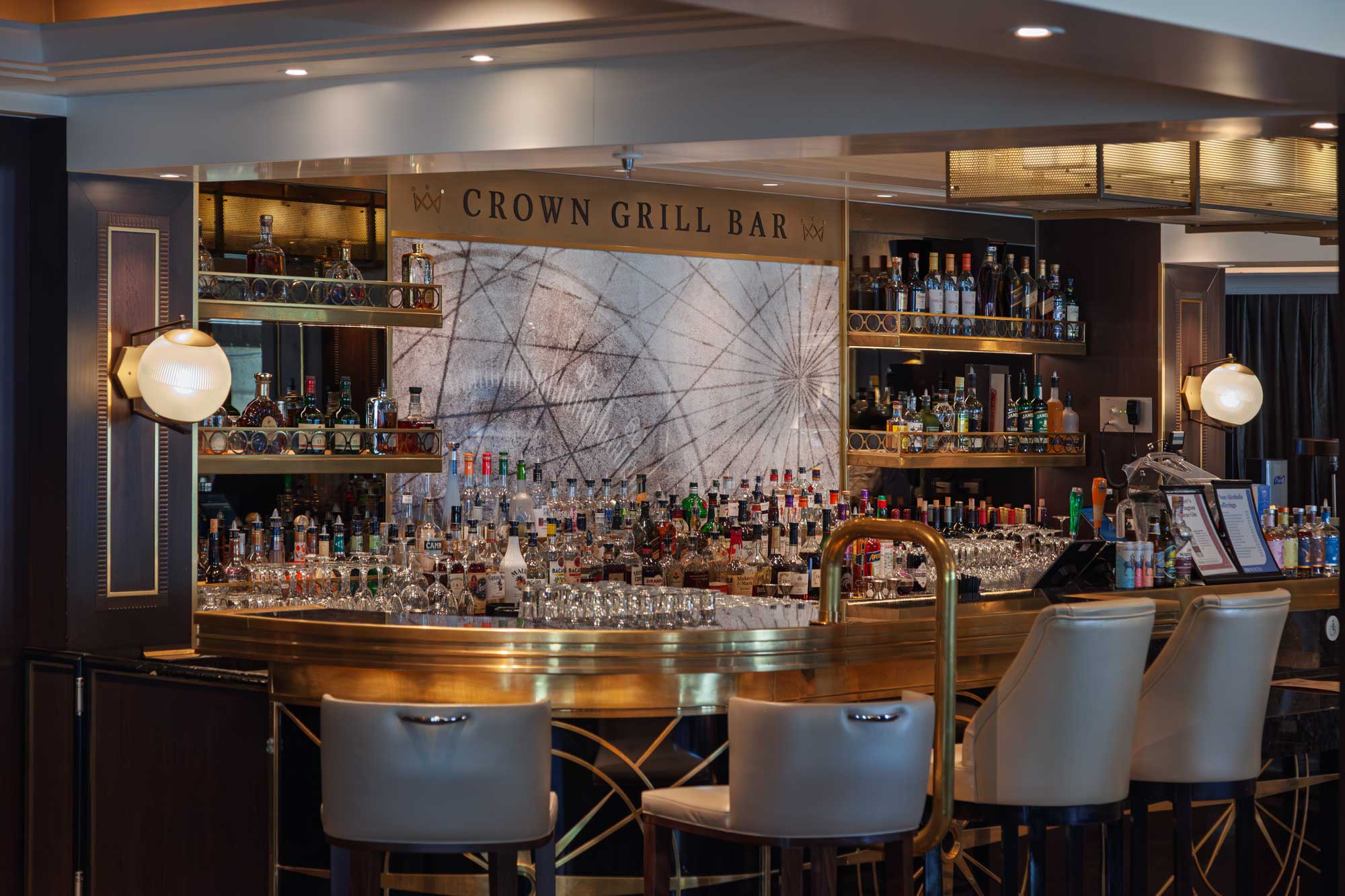
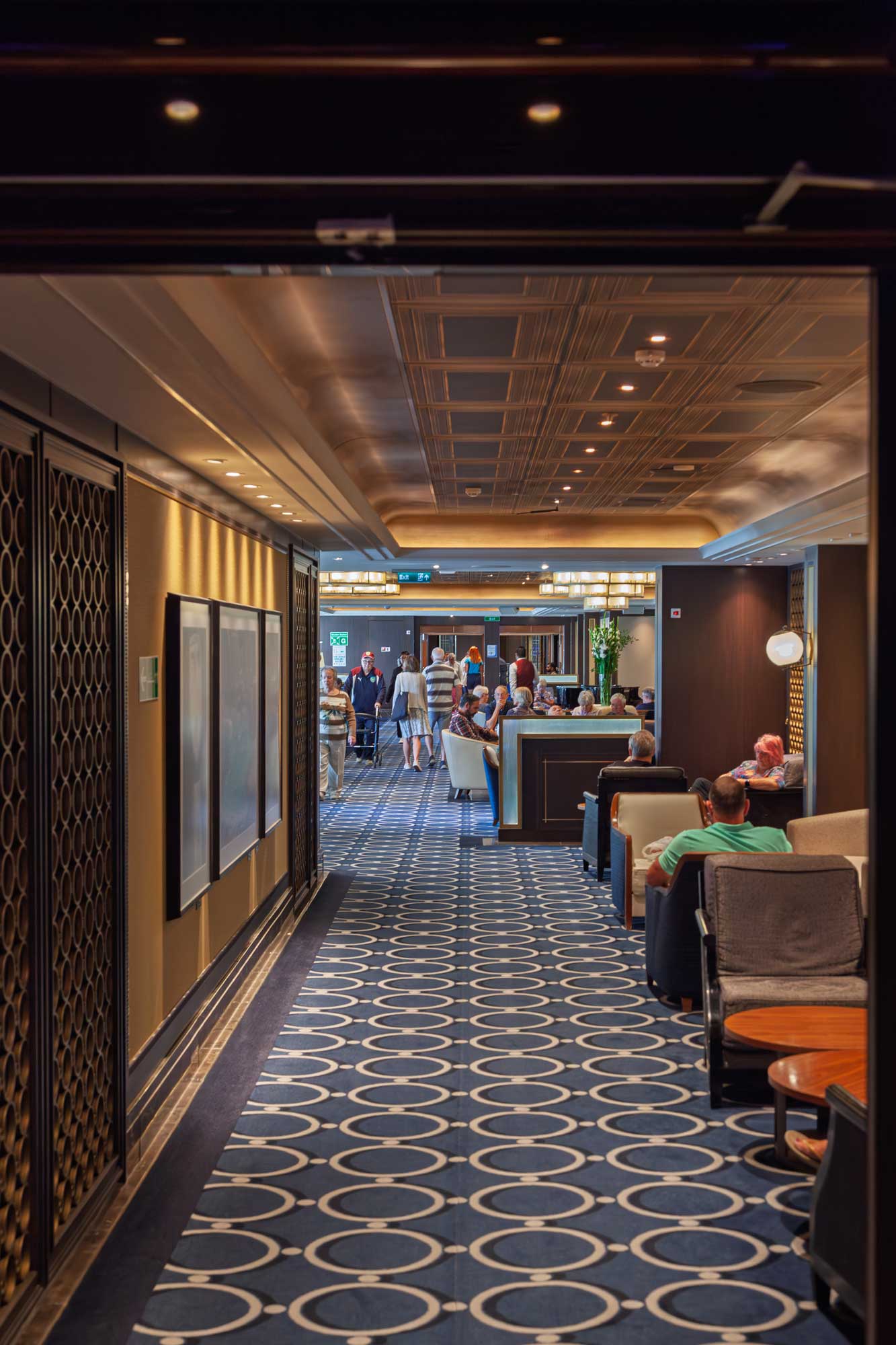
One of the other bands (Mockingbird) who played regularly in the Piazza in the evening. They joined the ship in Istanbul. They were on the ship for our last trip too but the line-up was a little different:
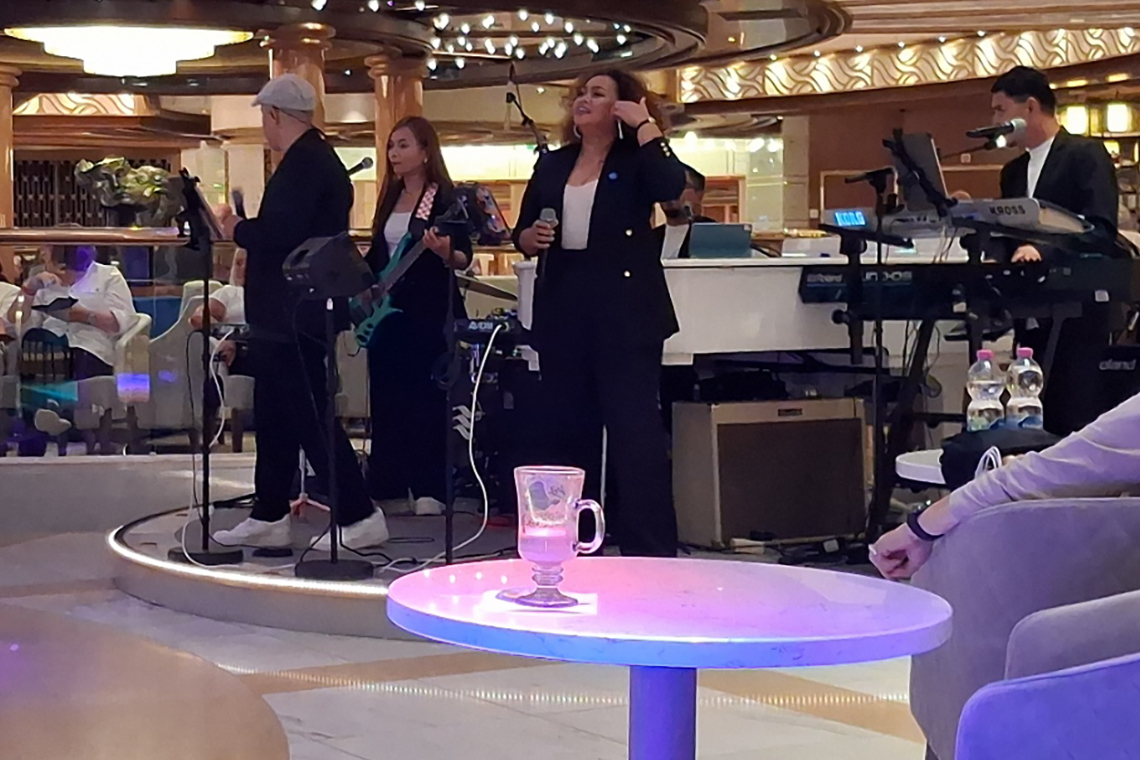
Until the next time:
